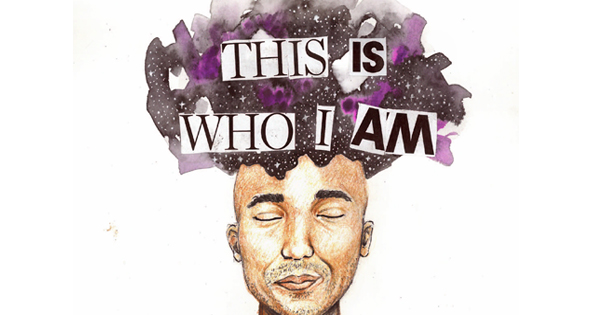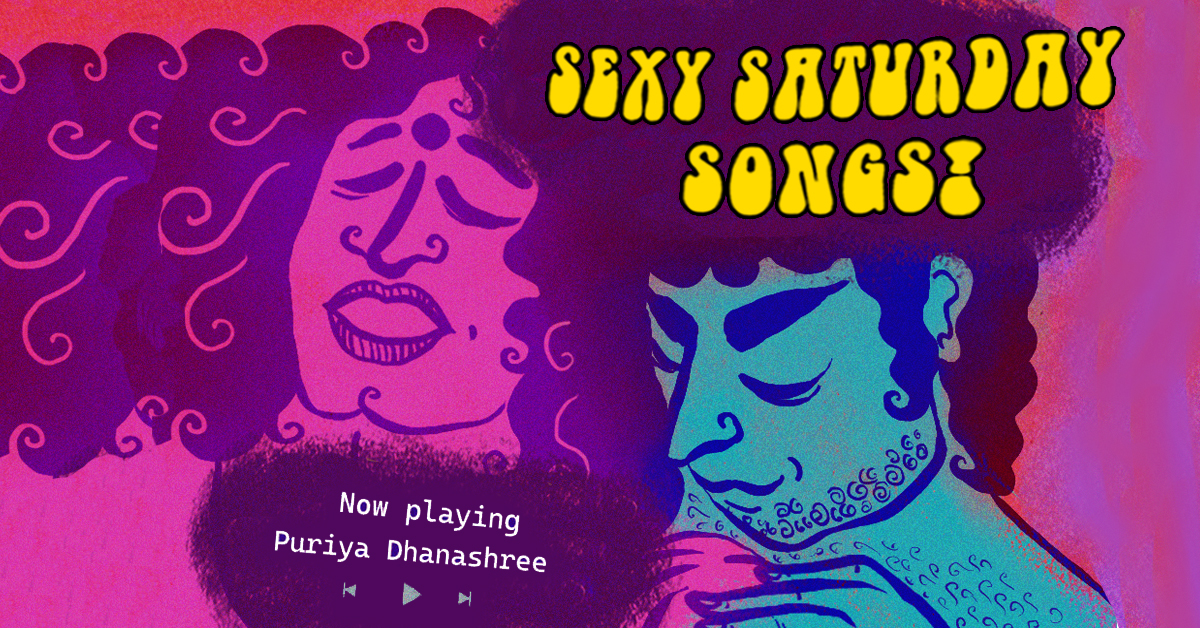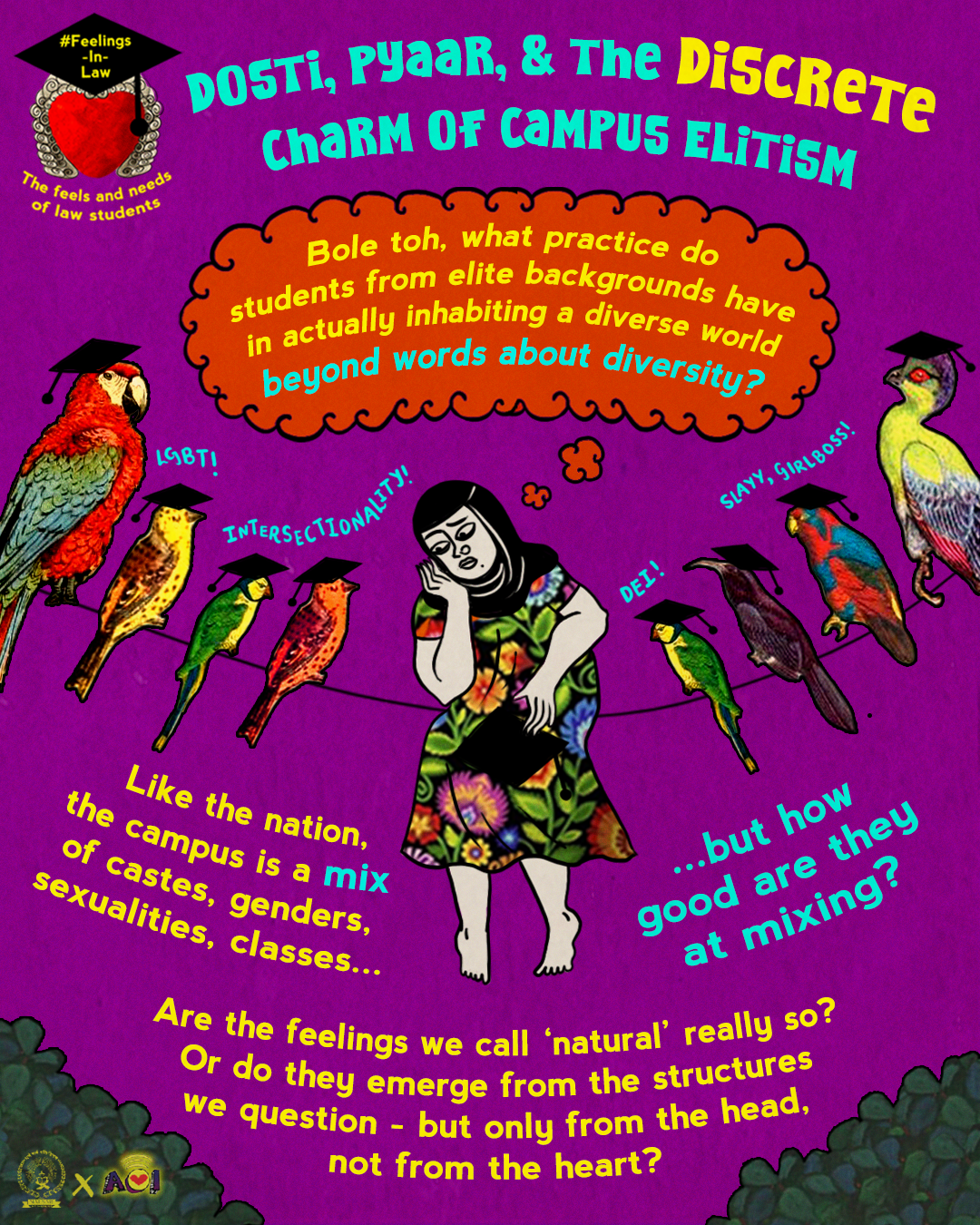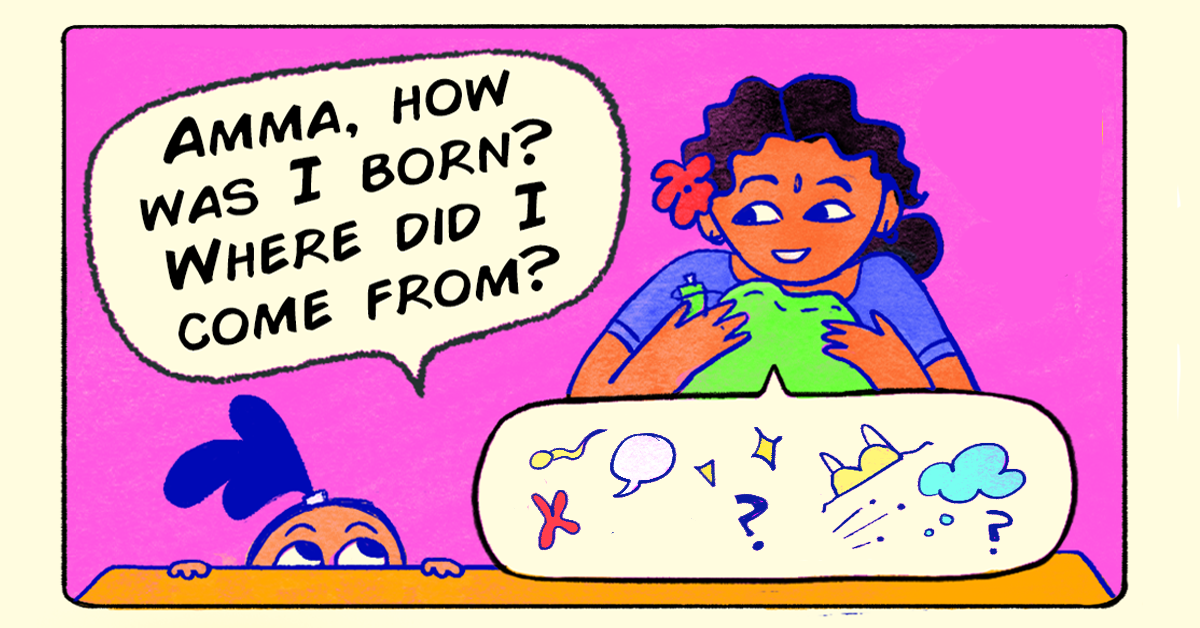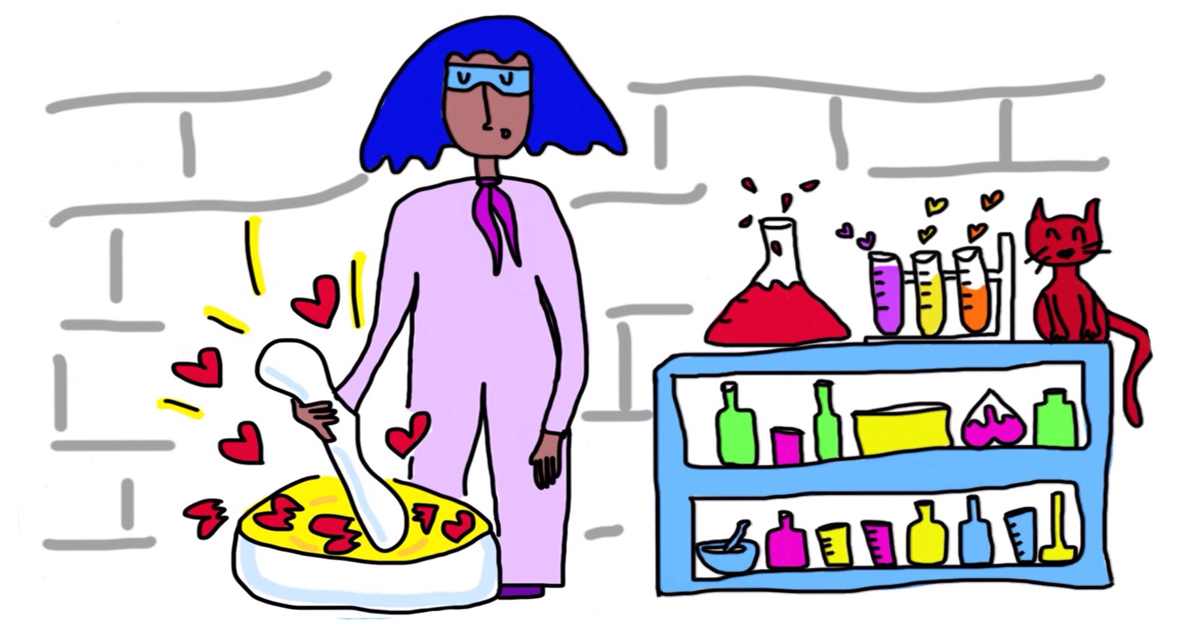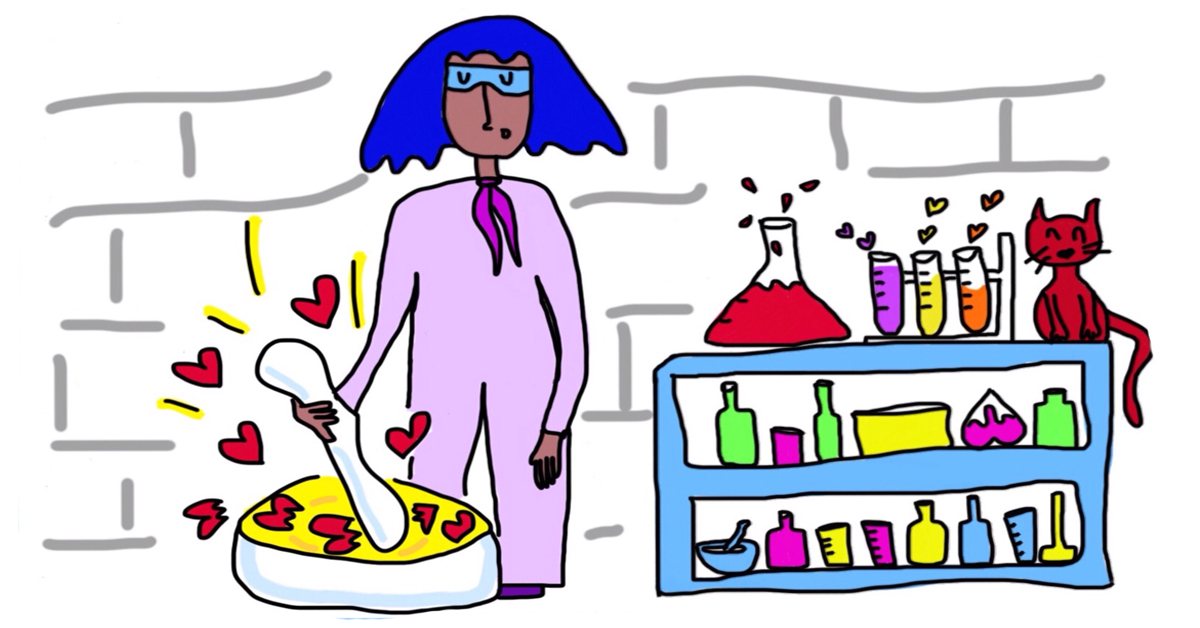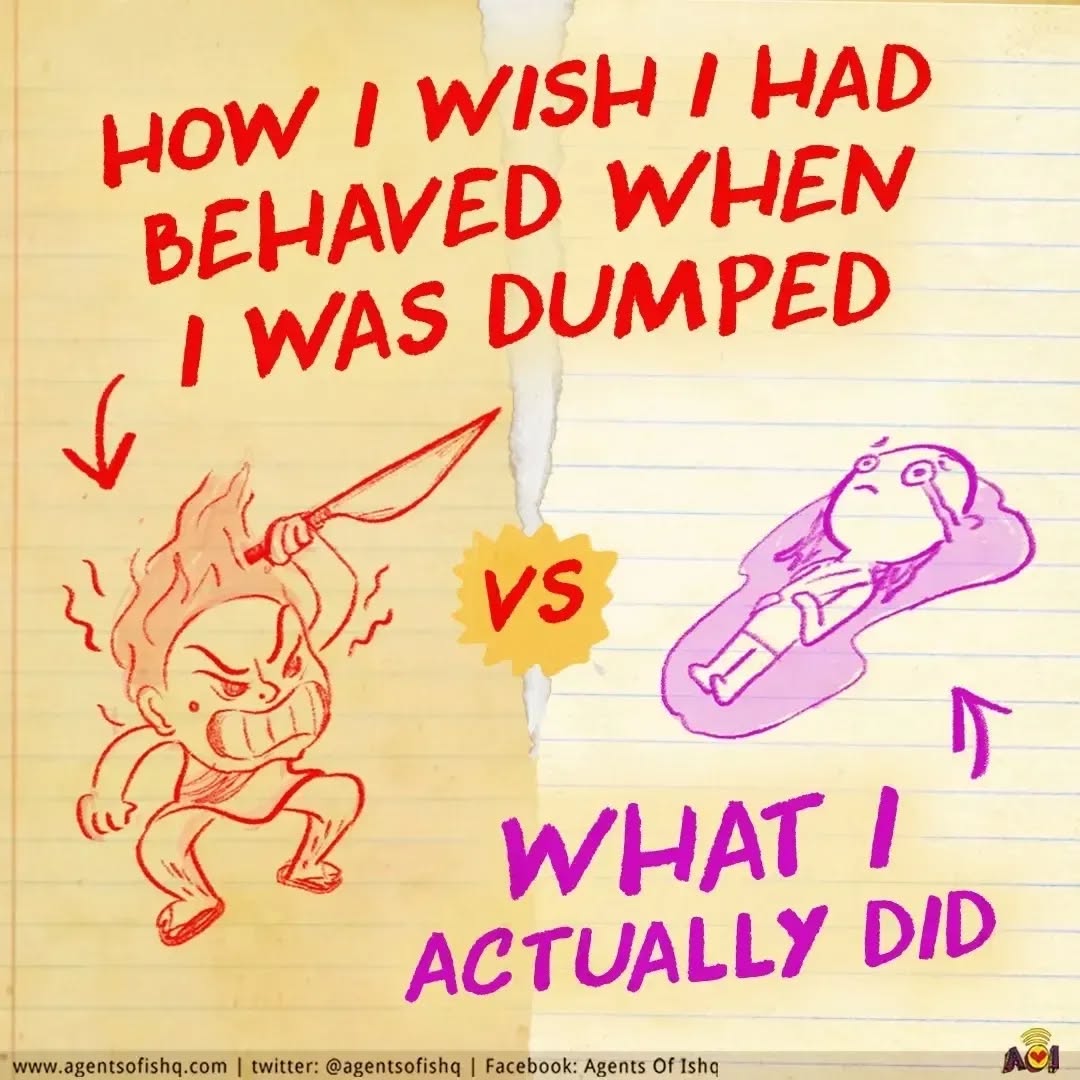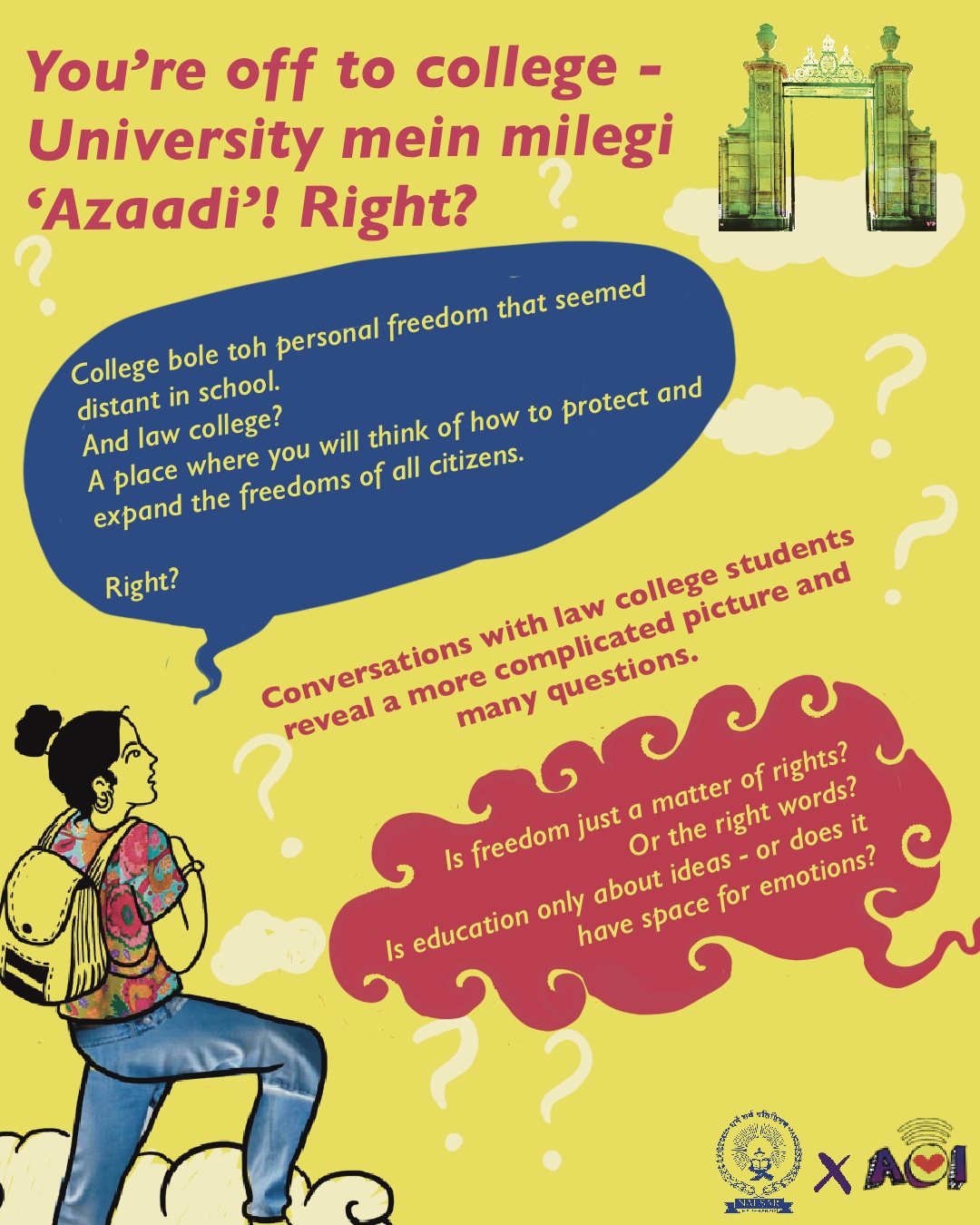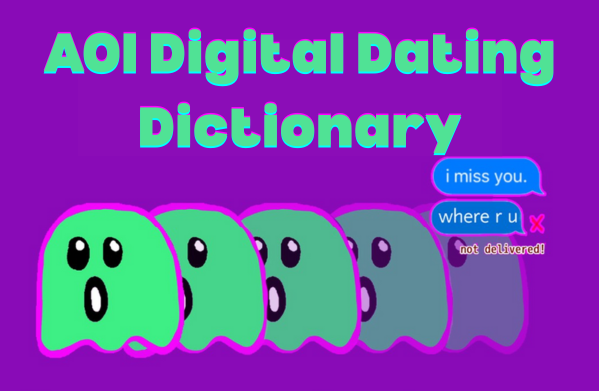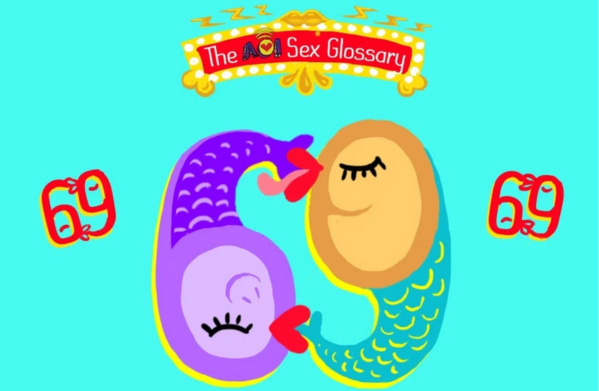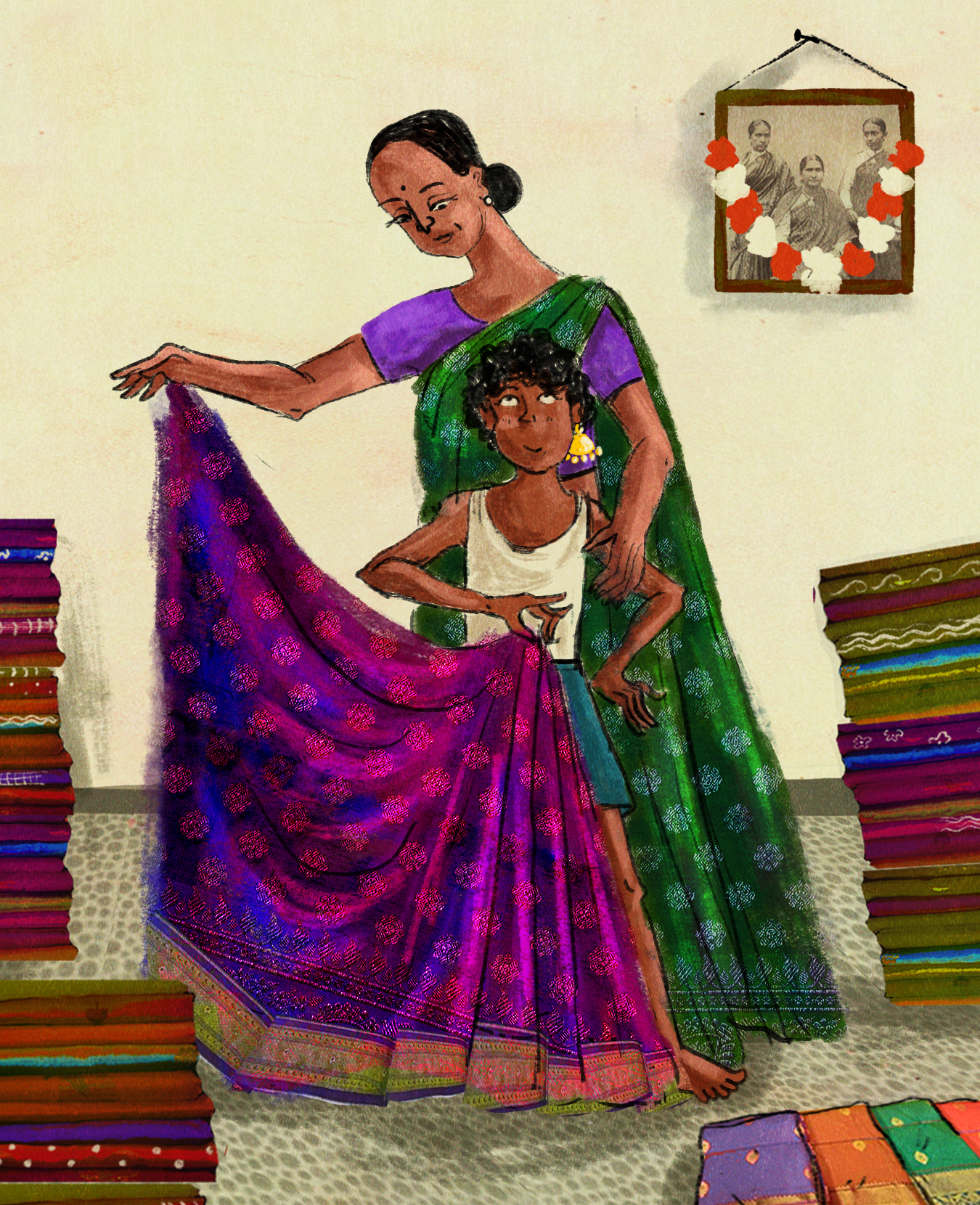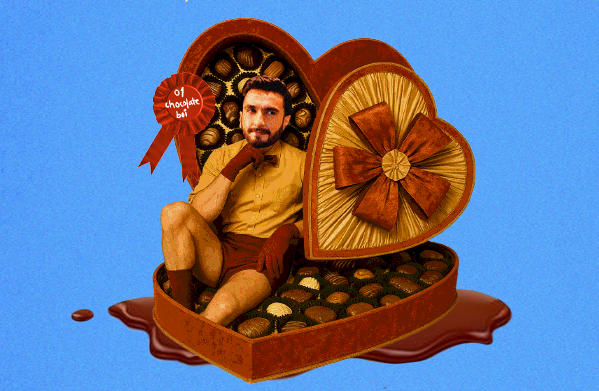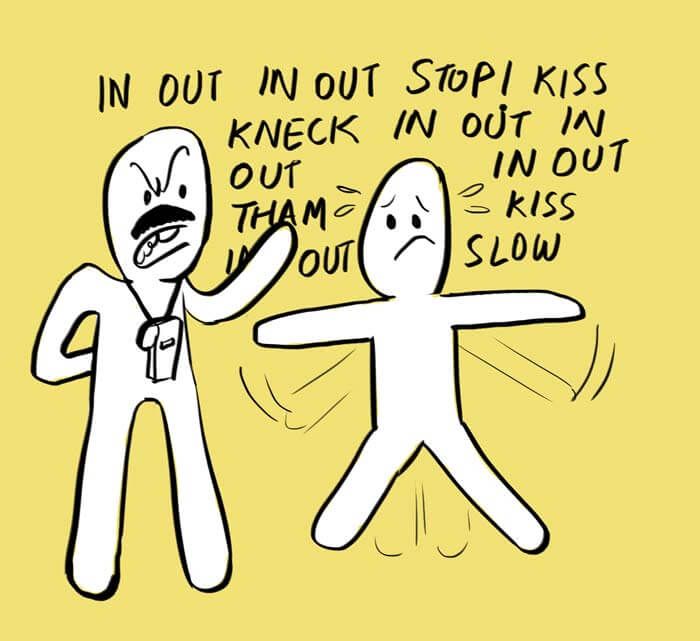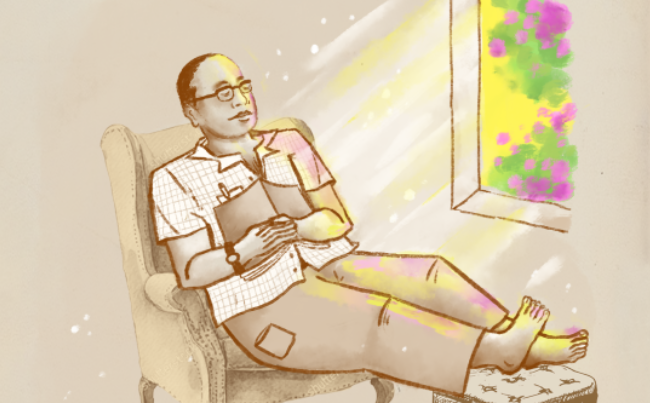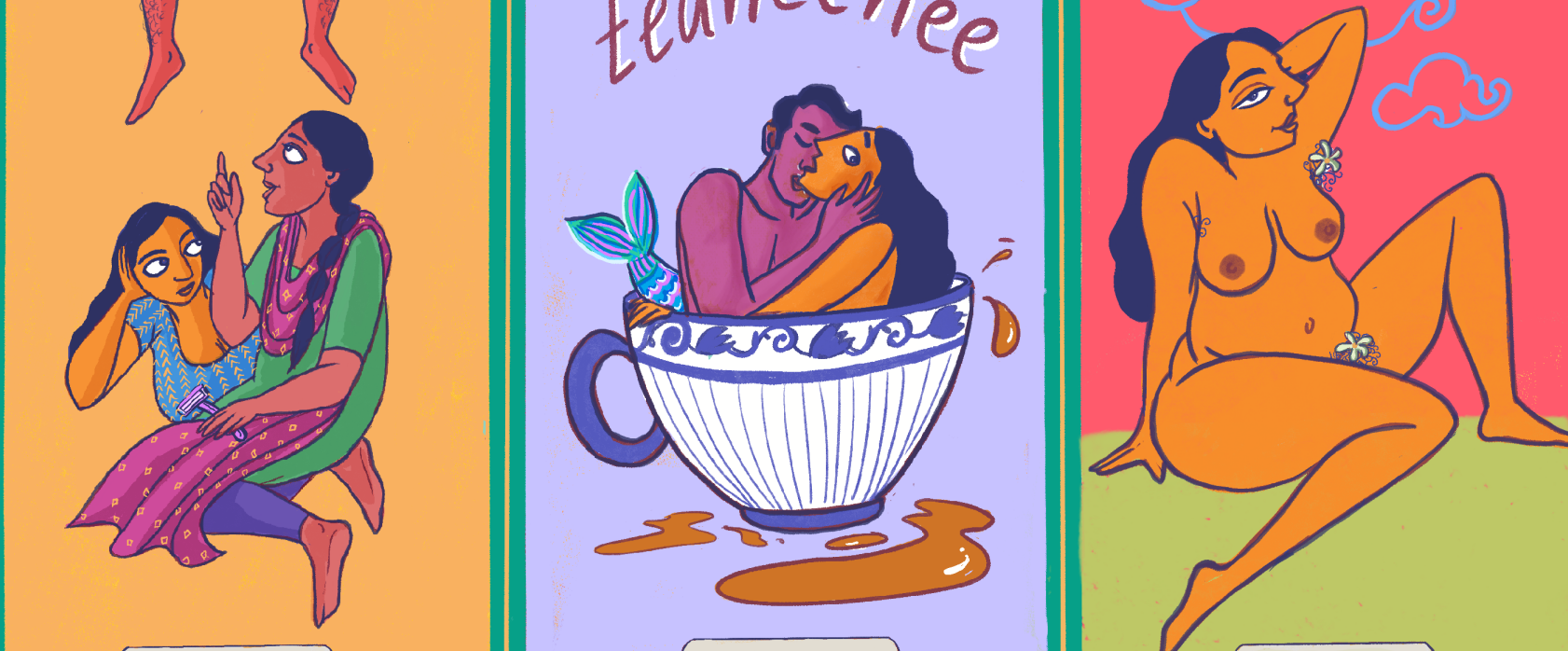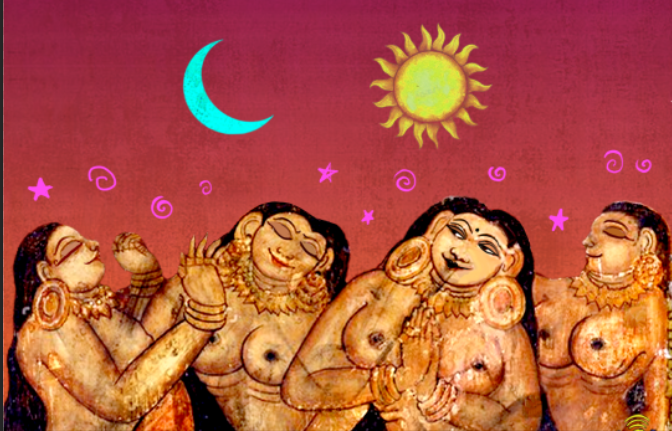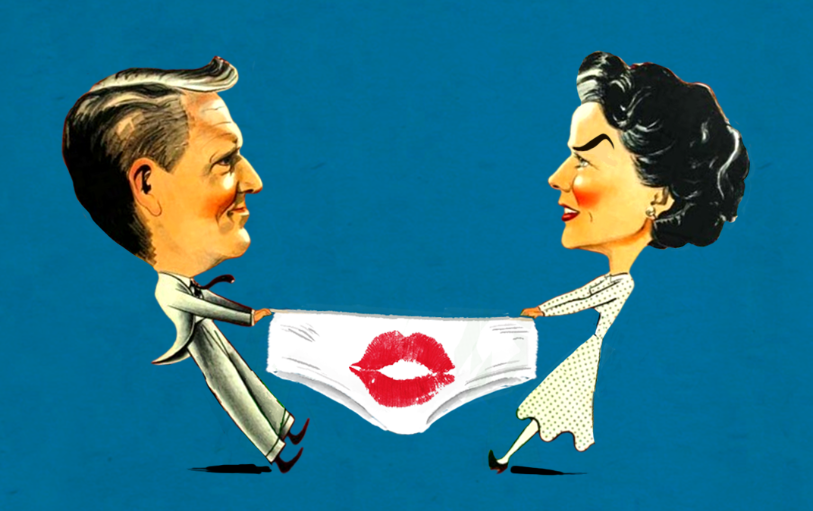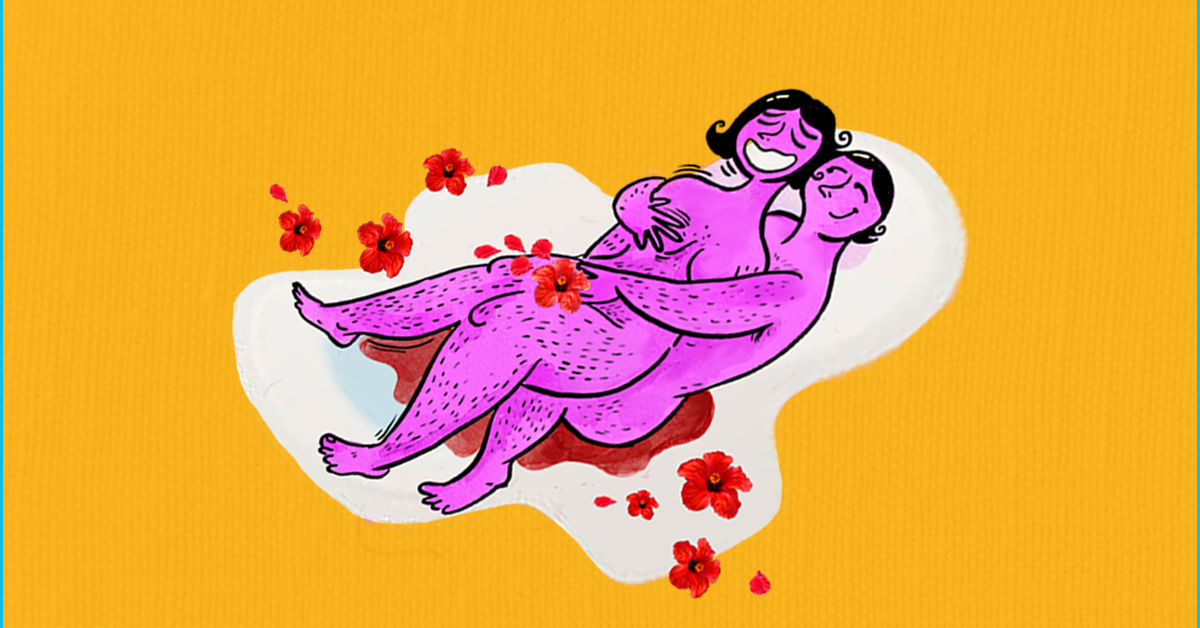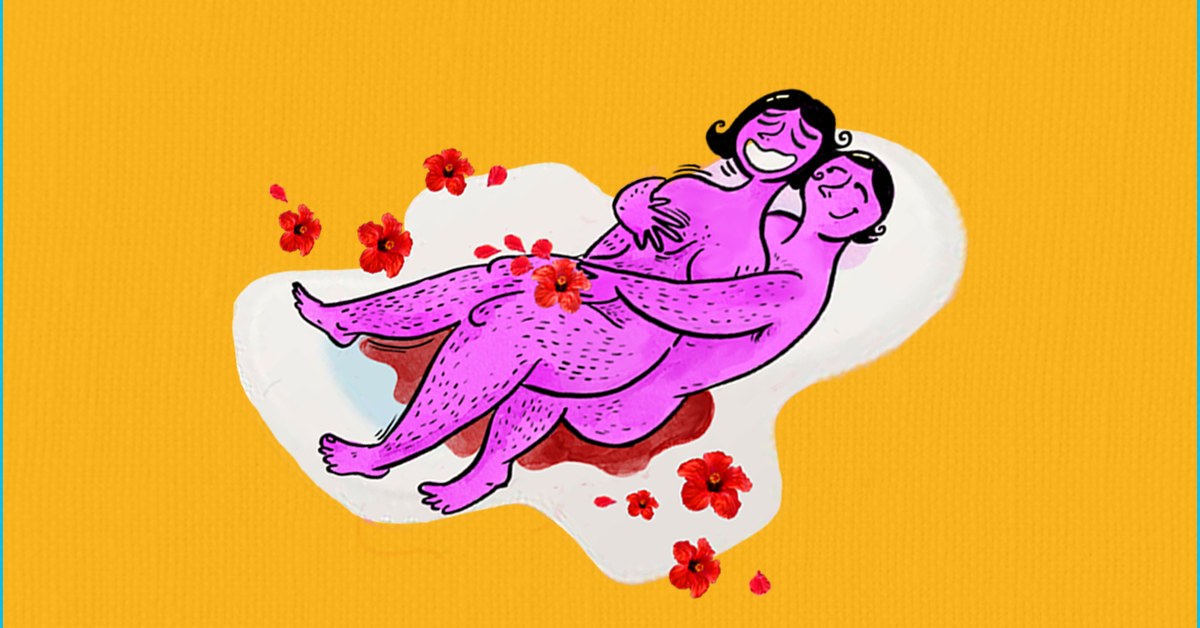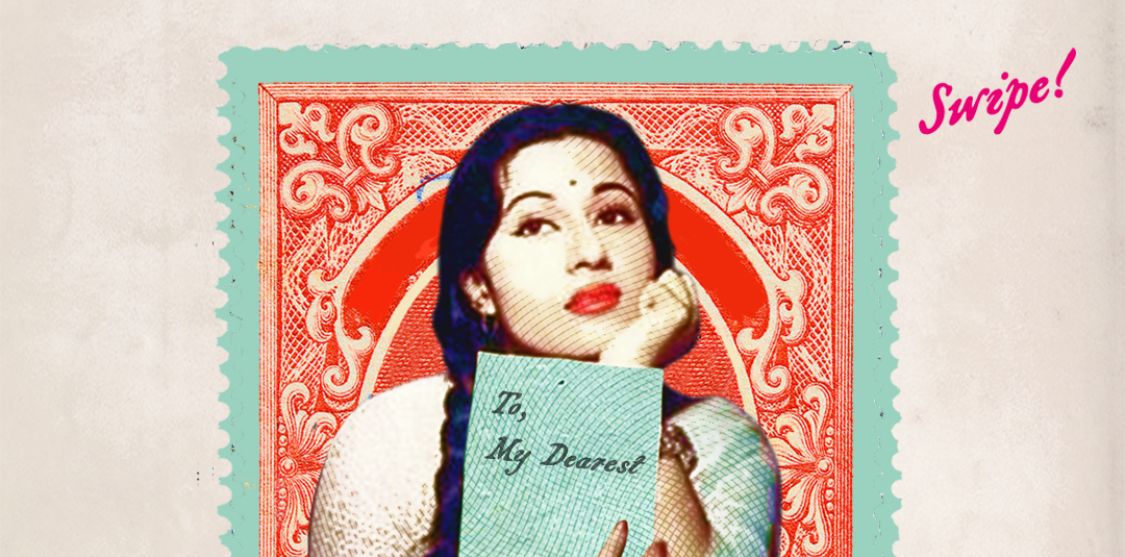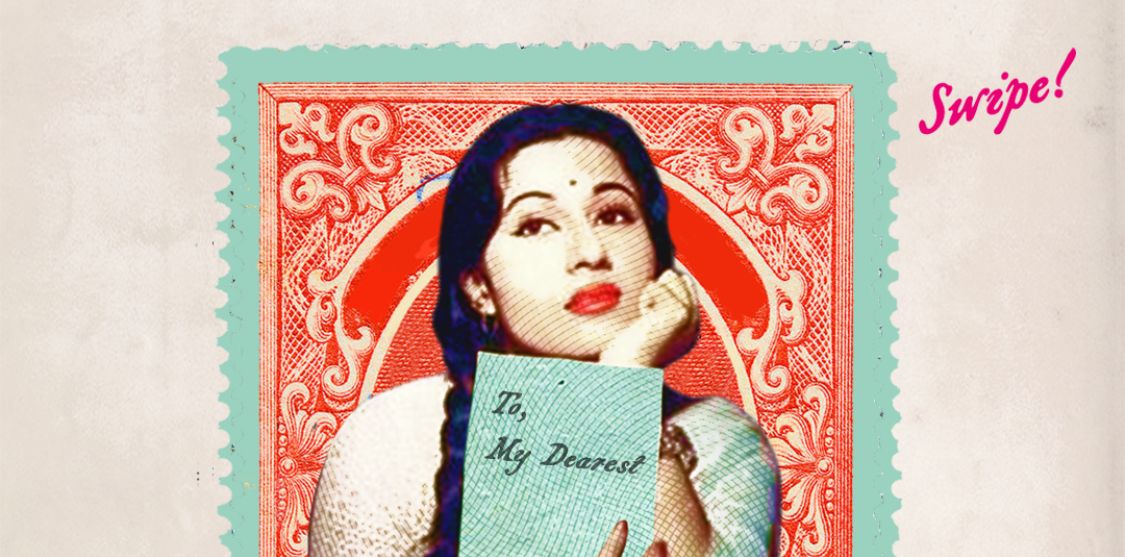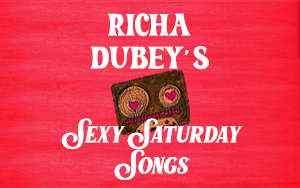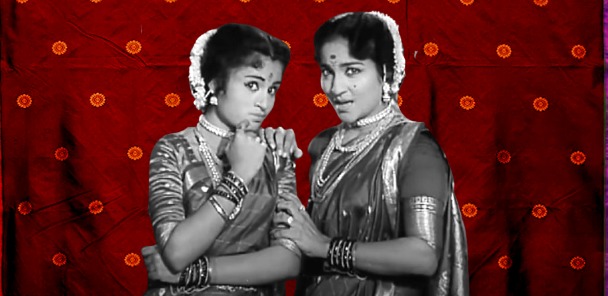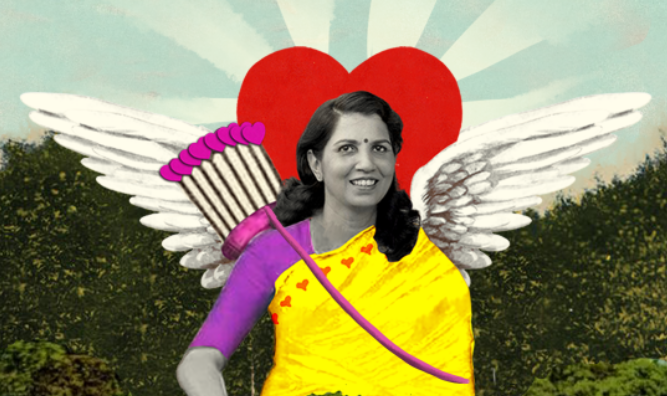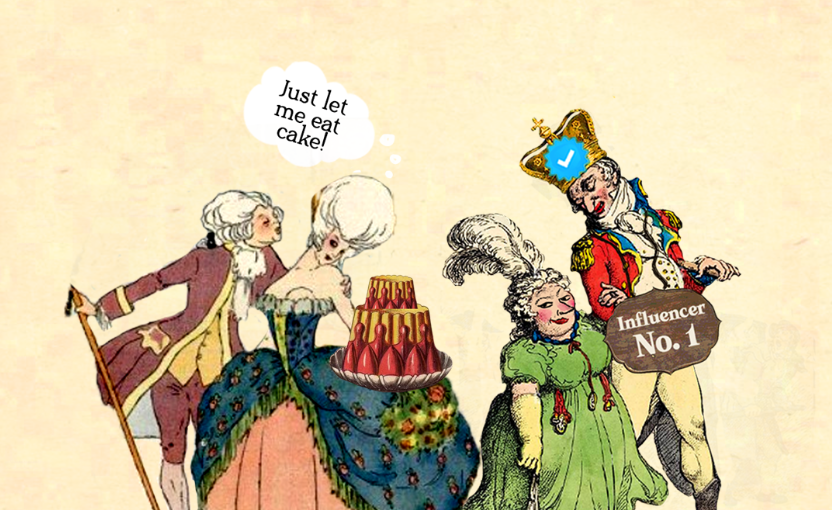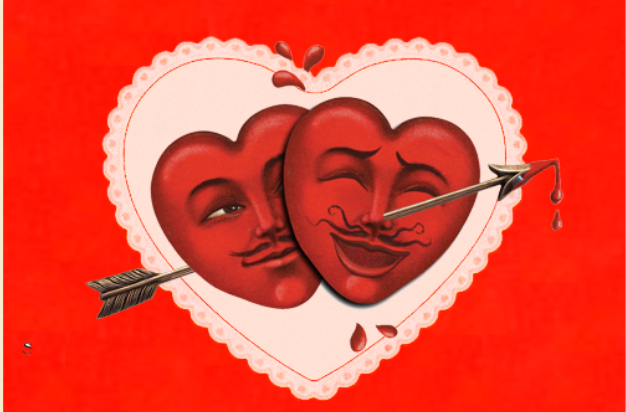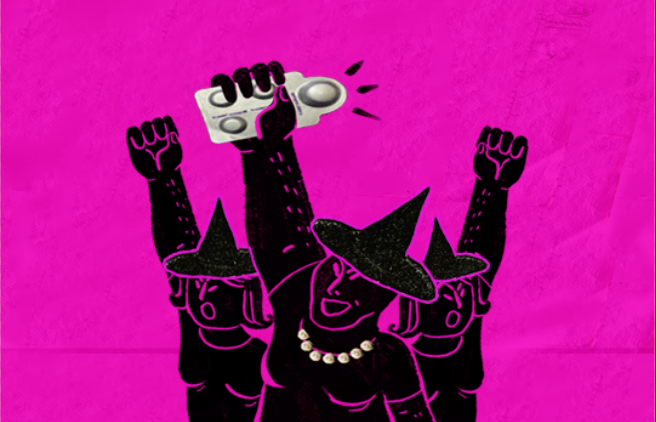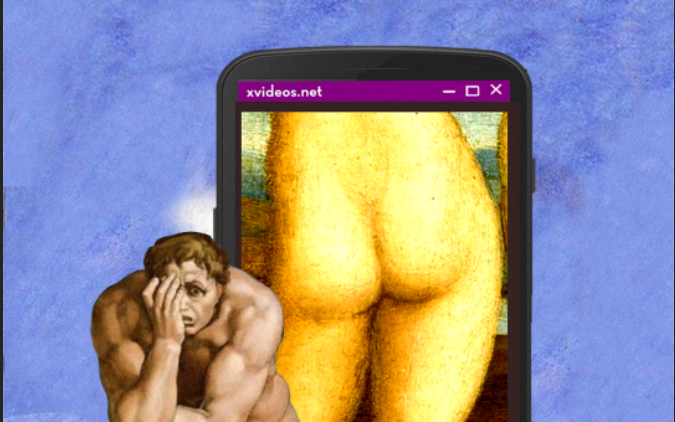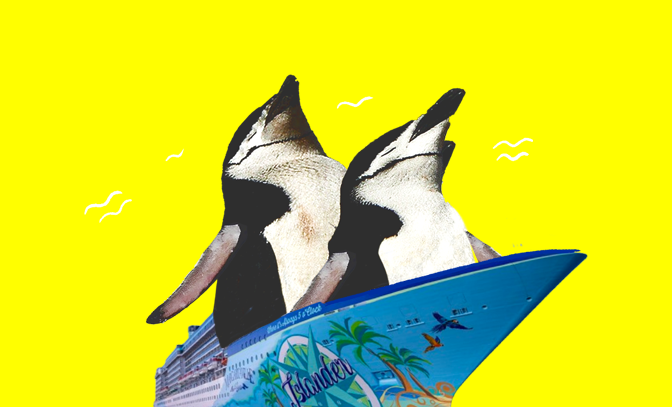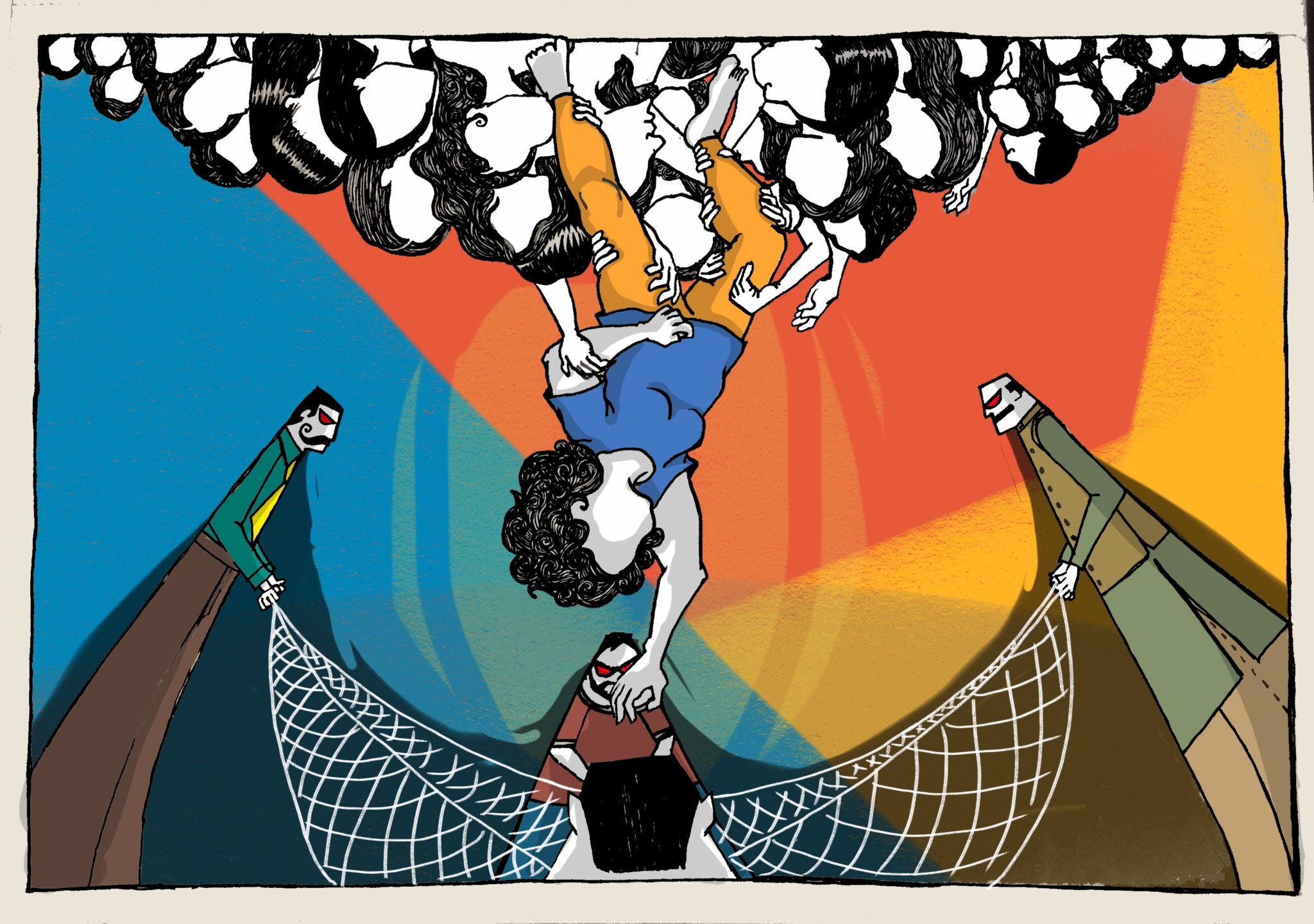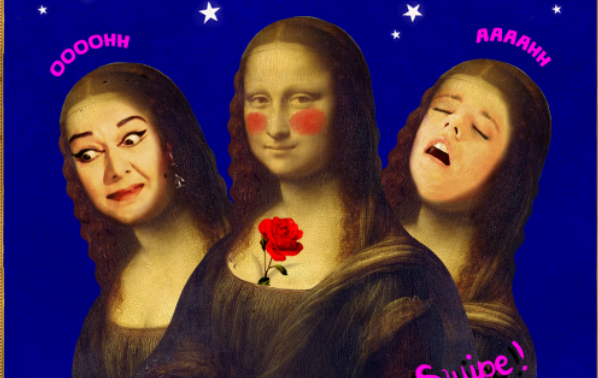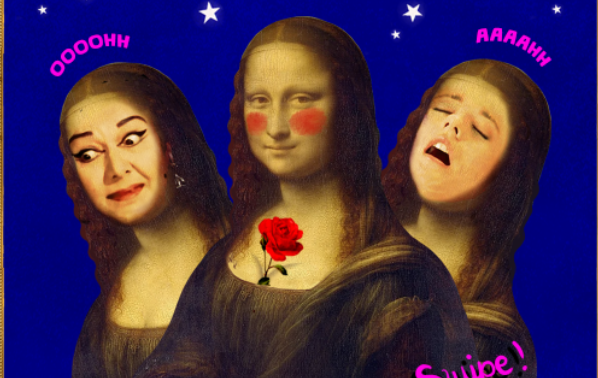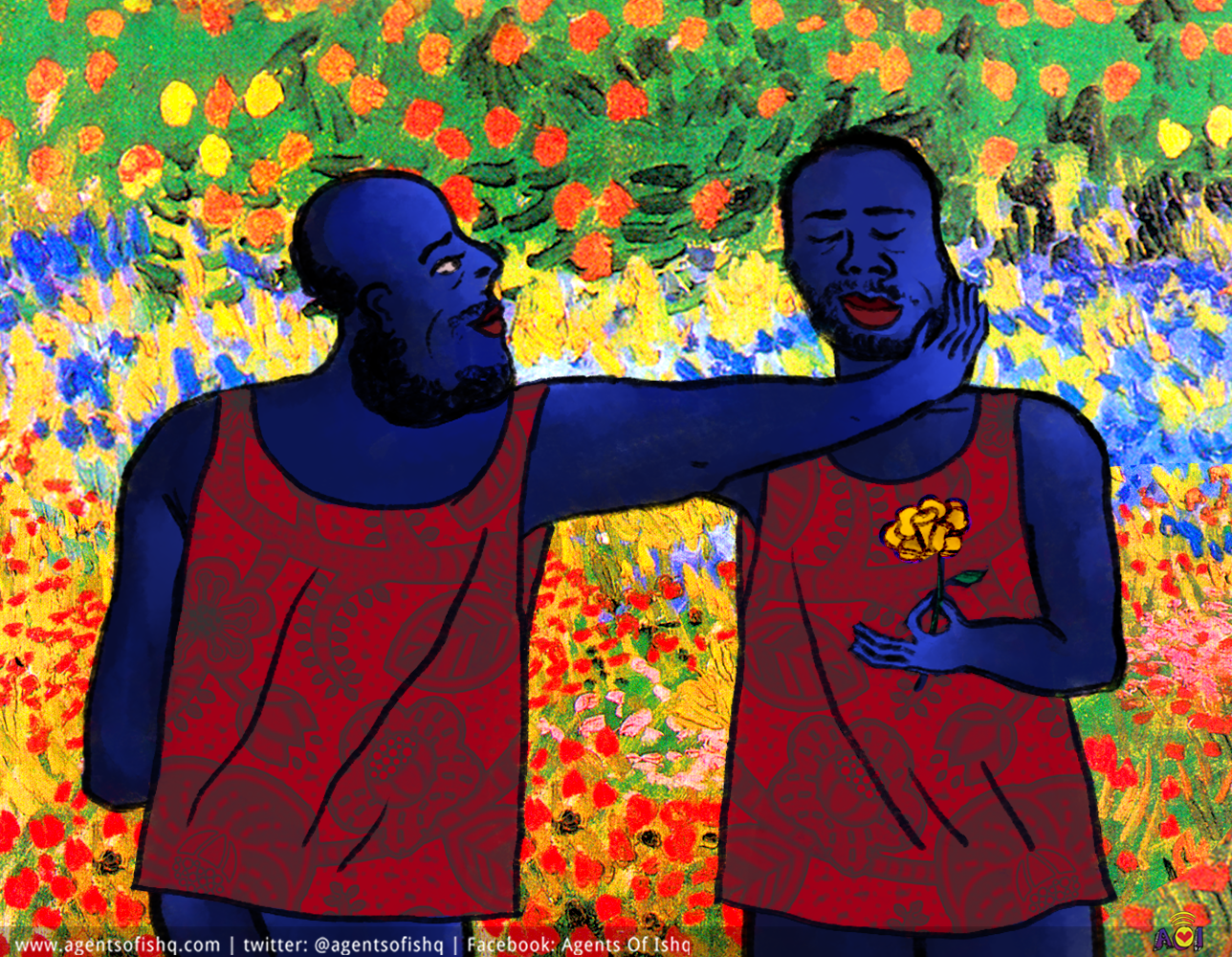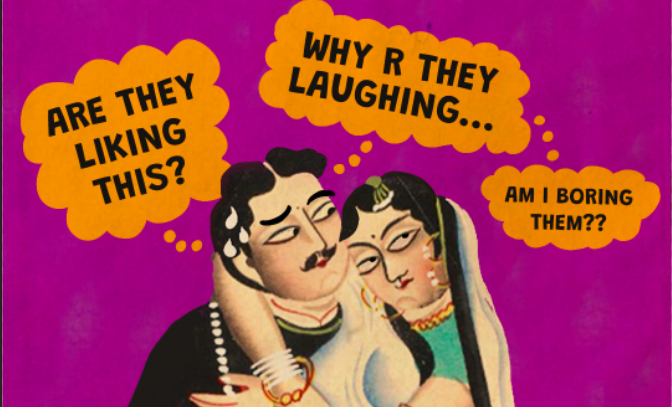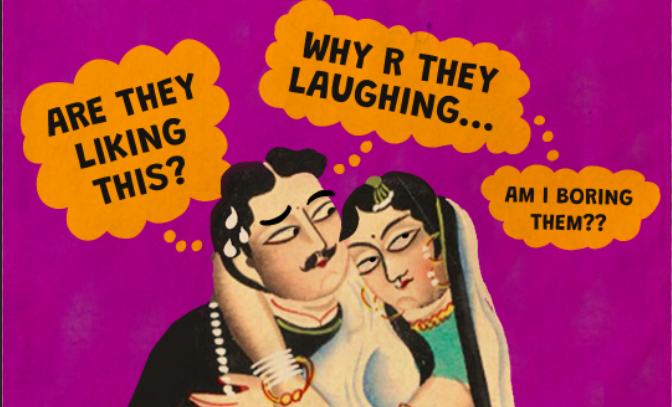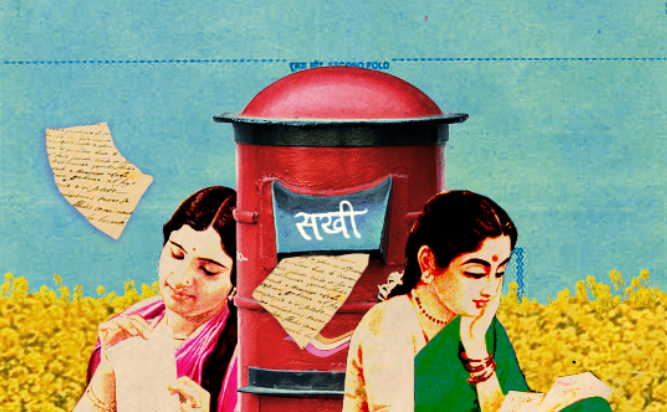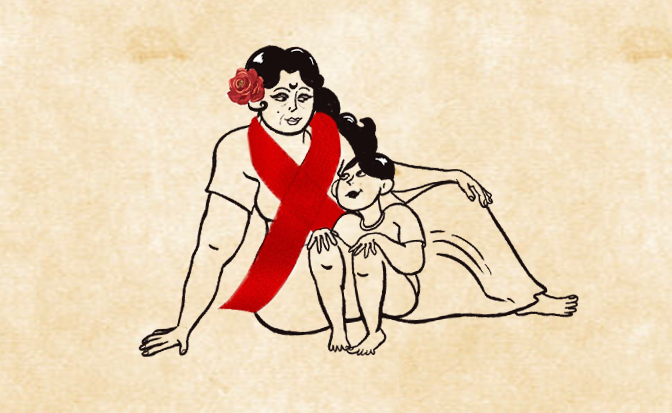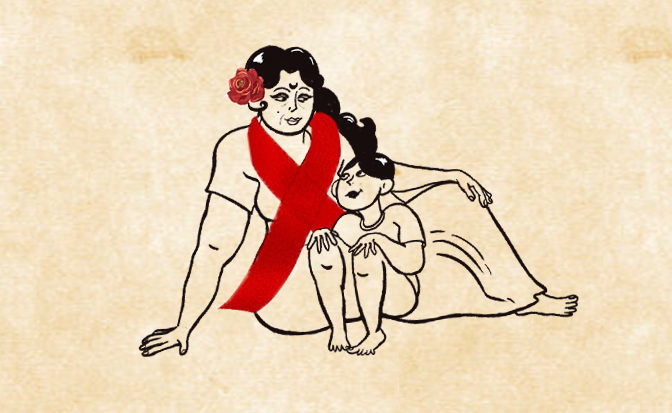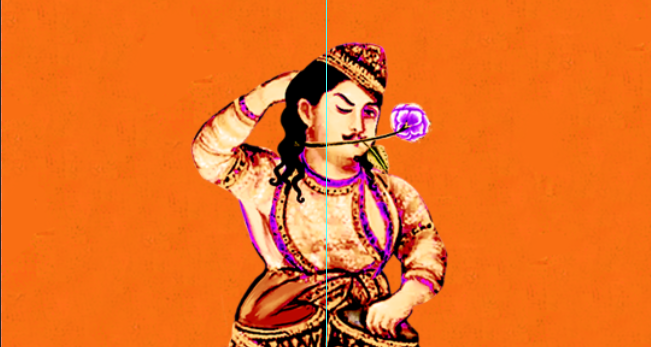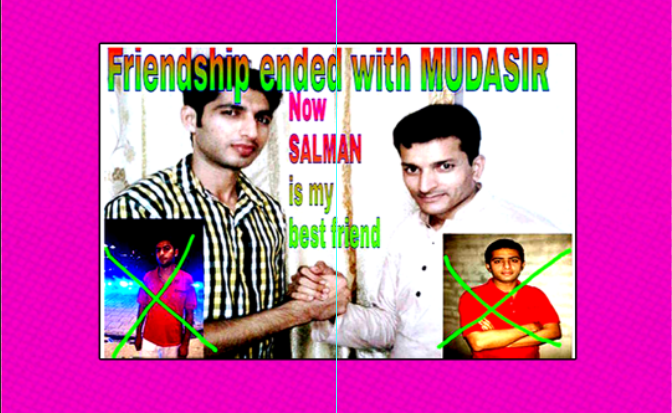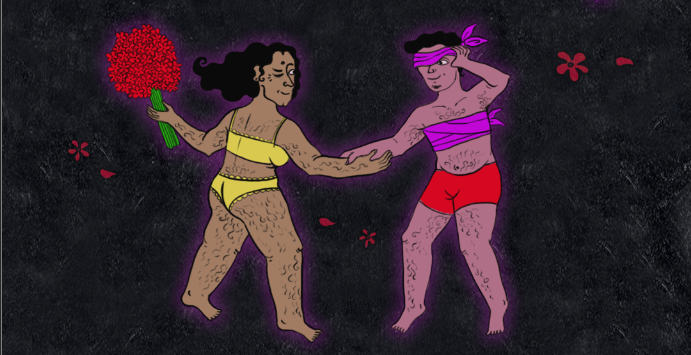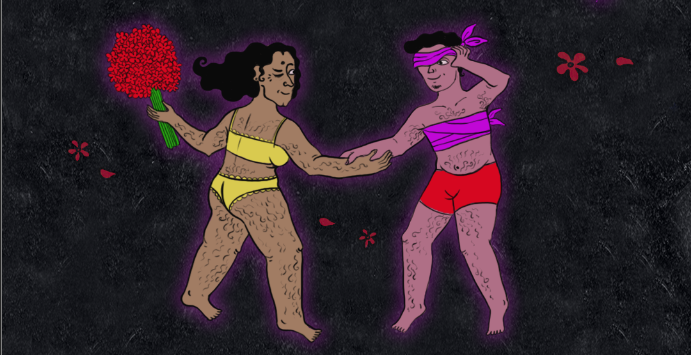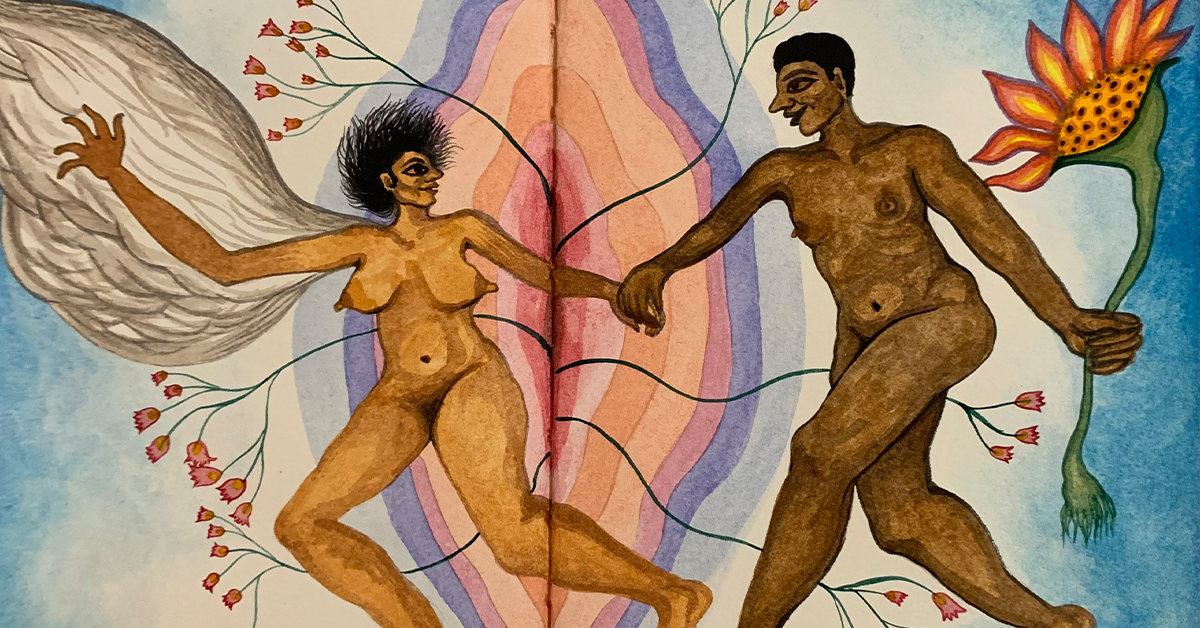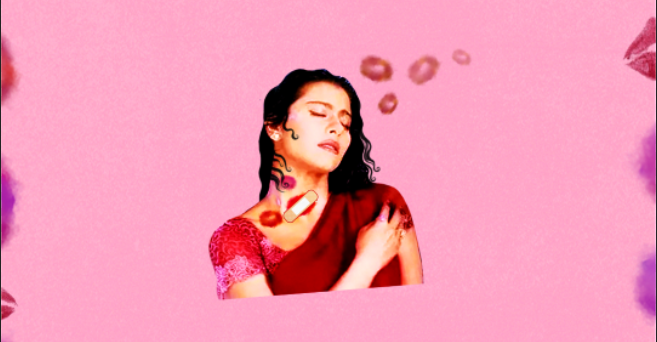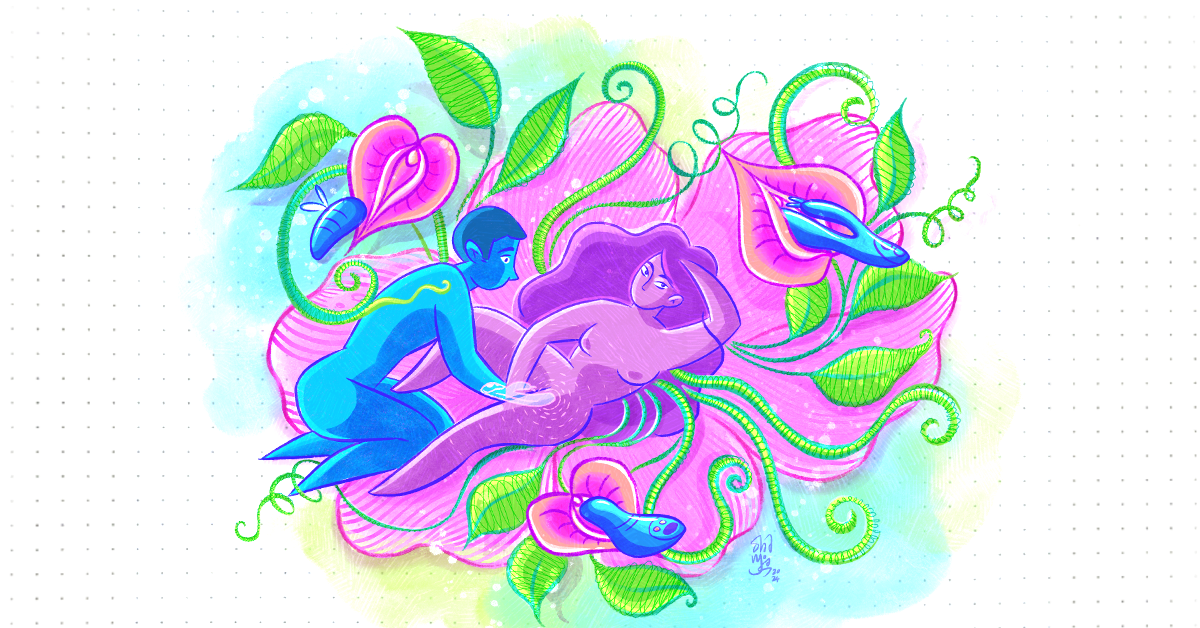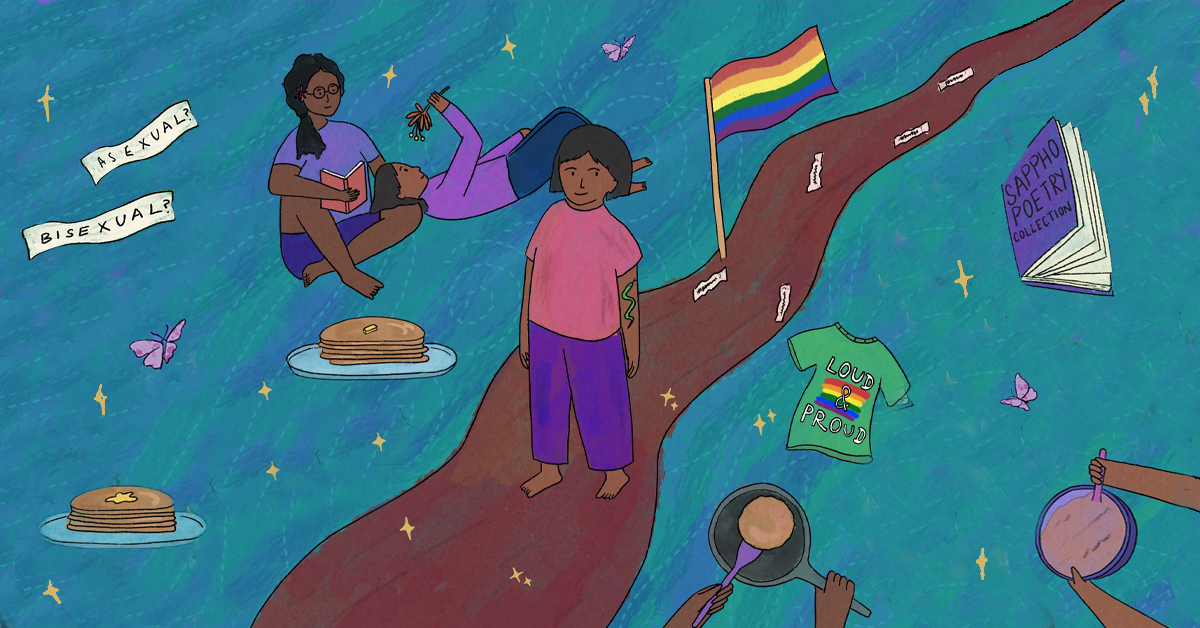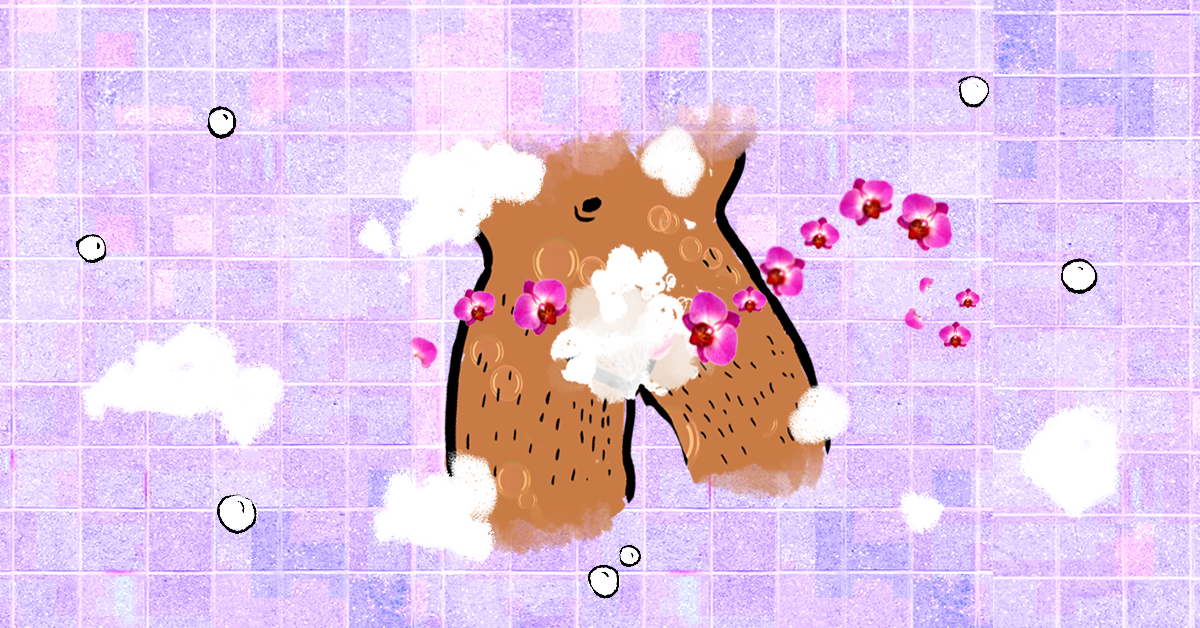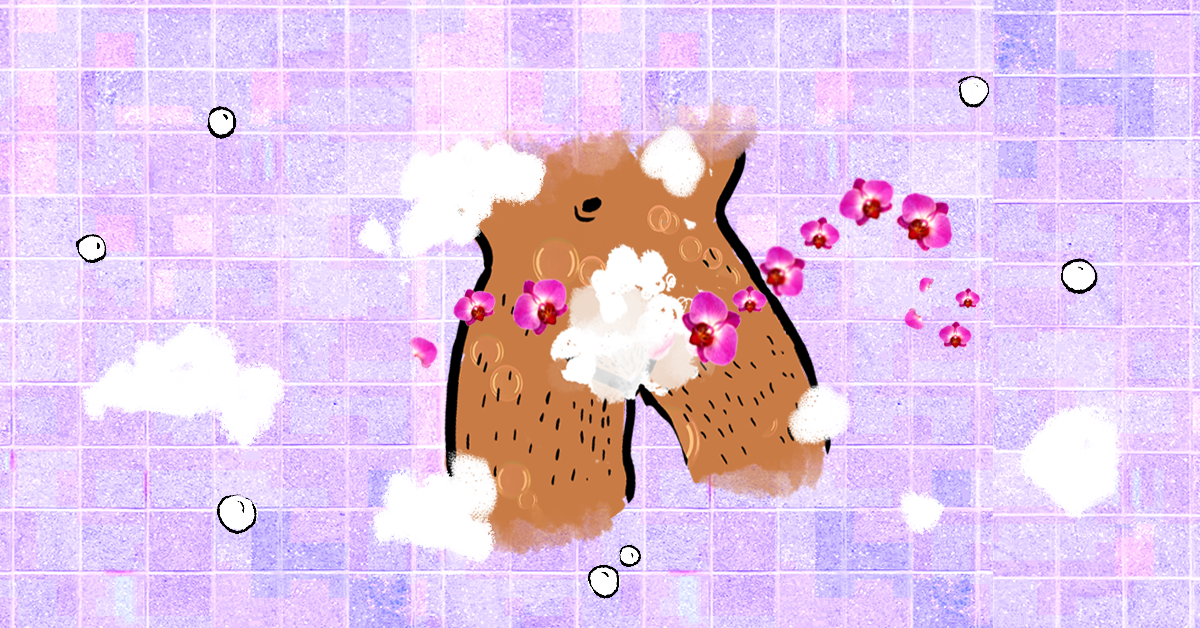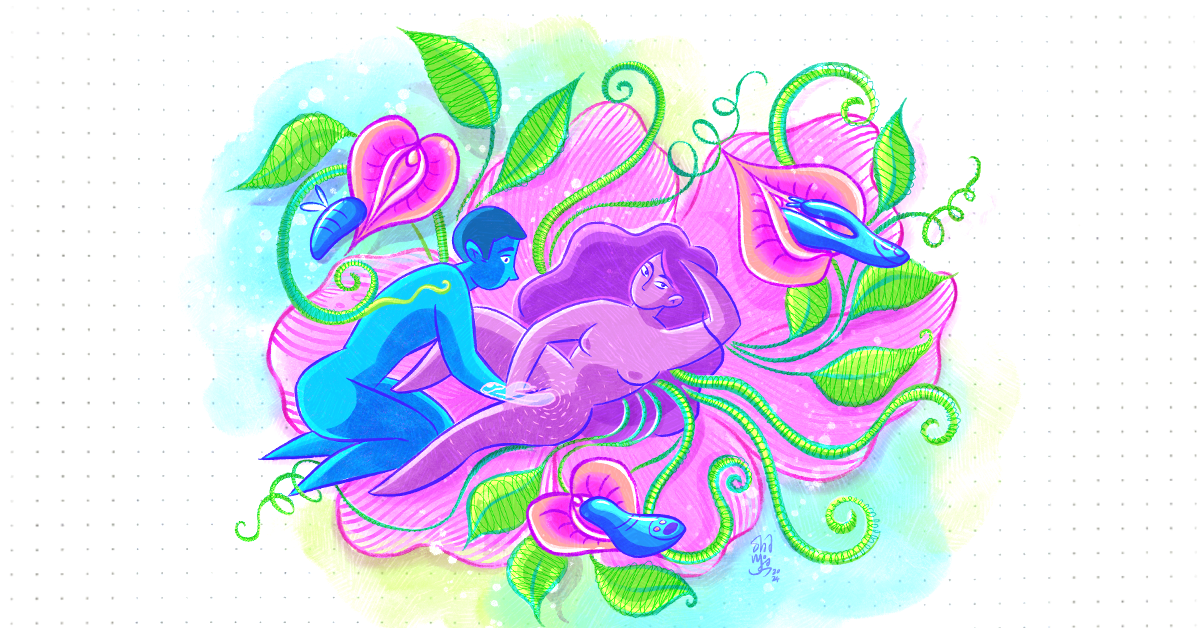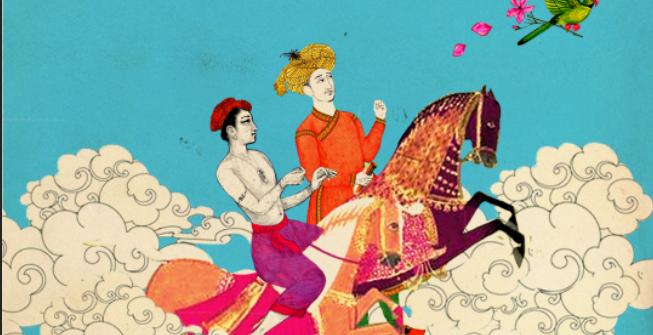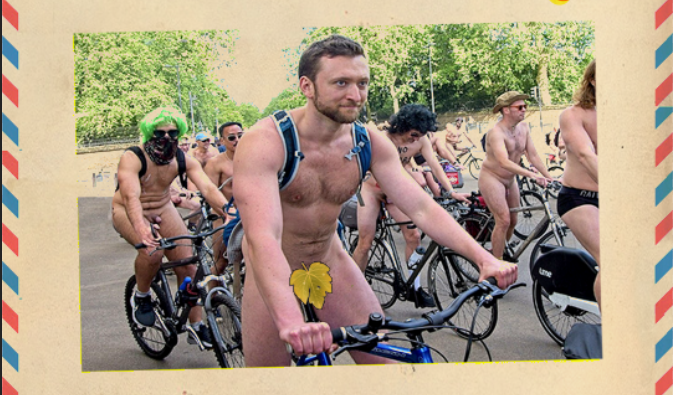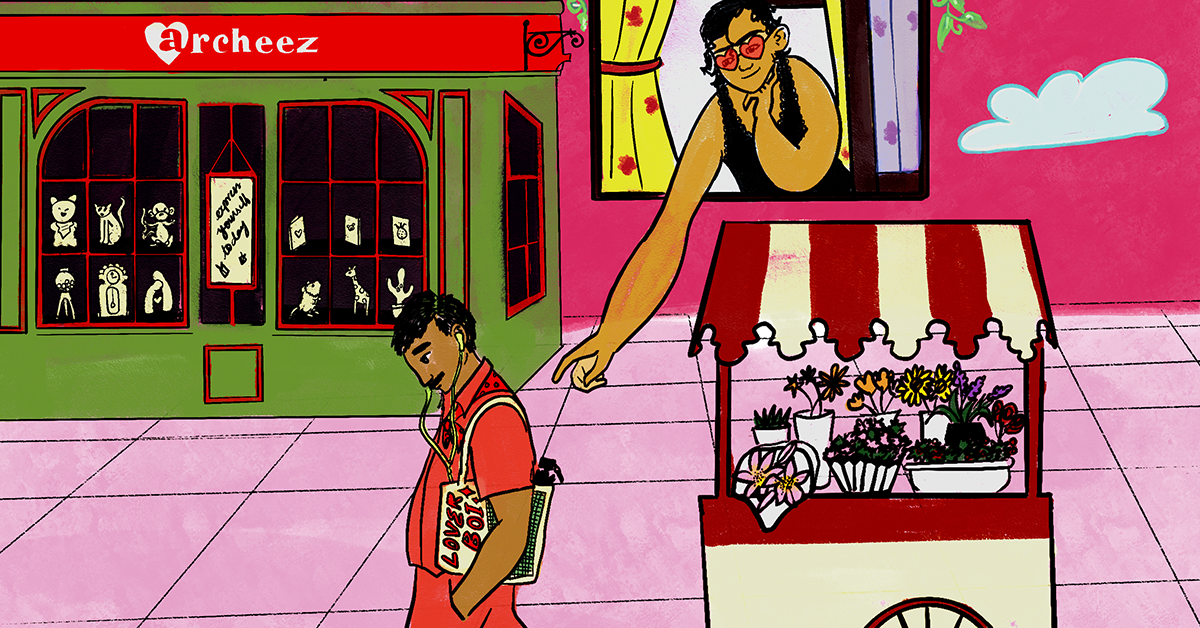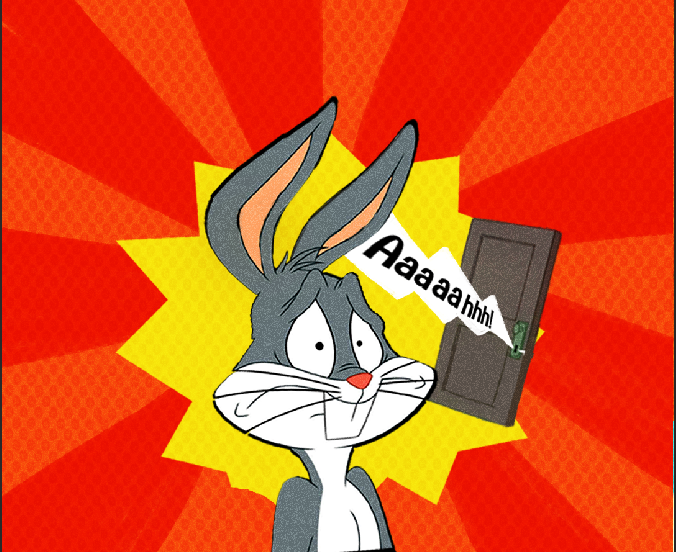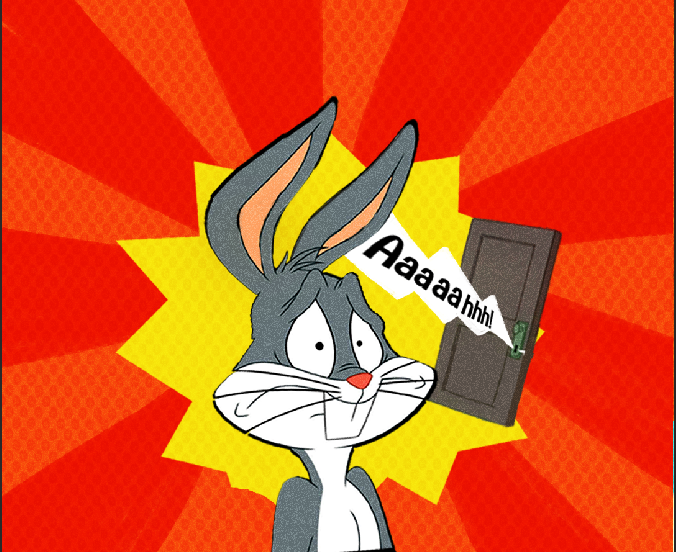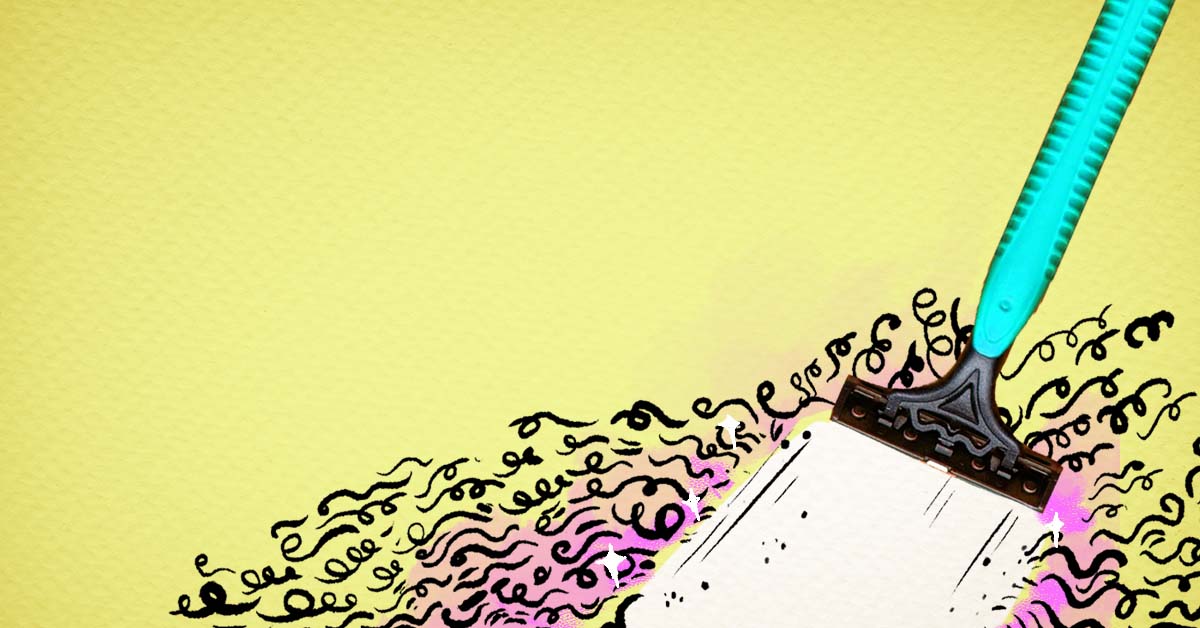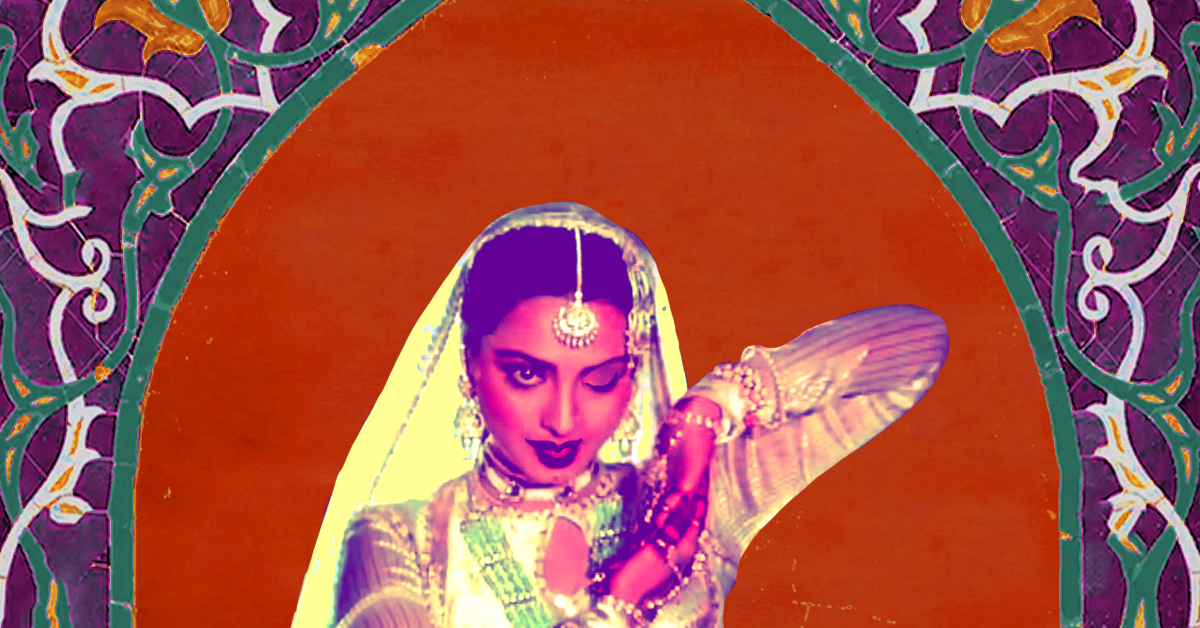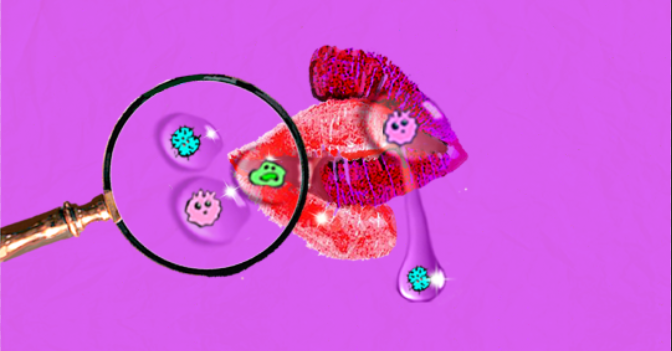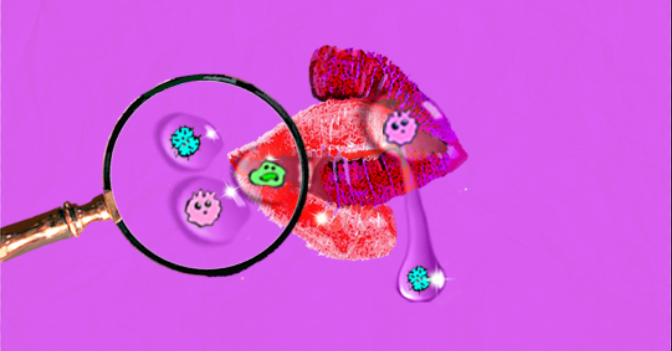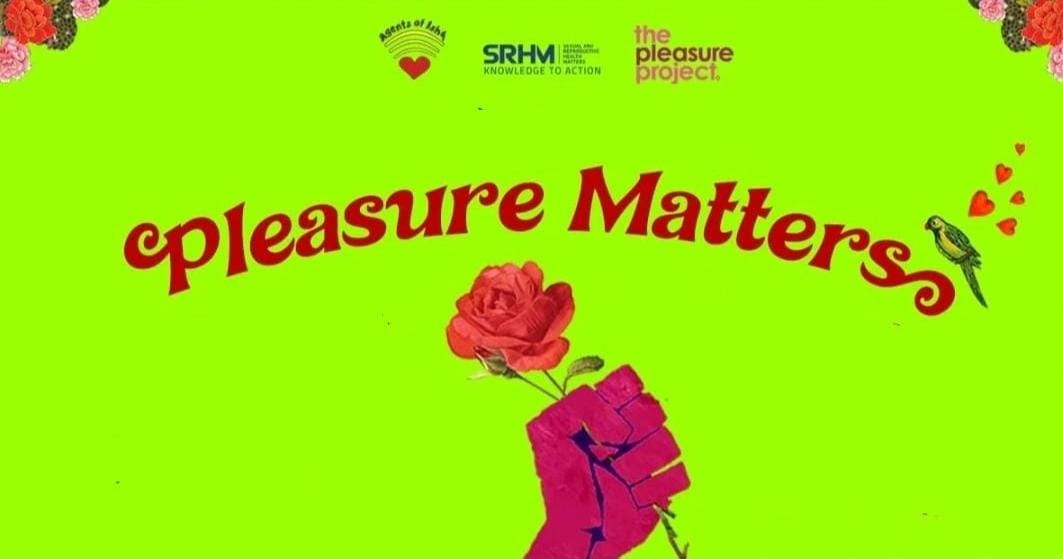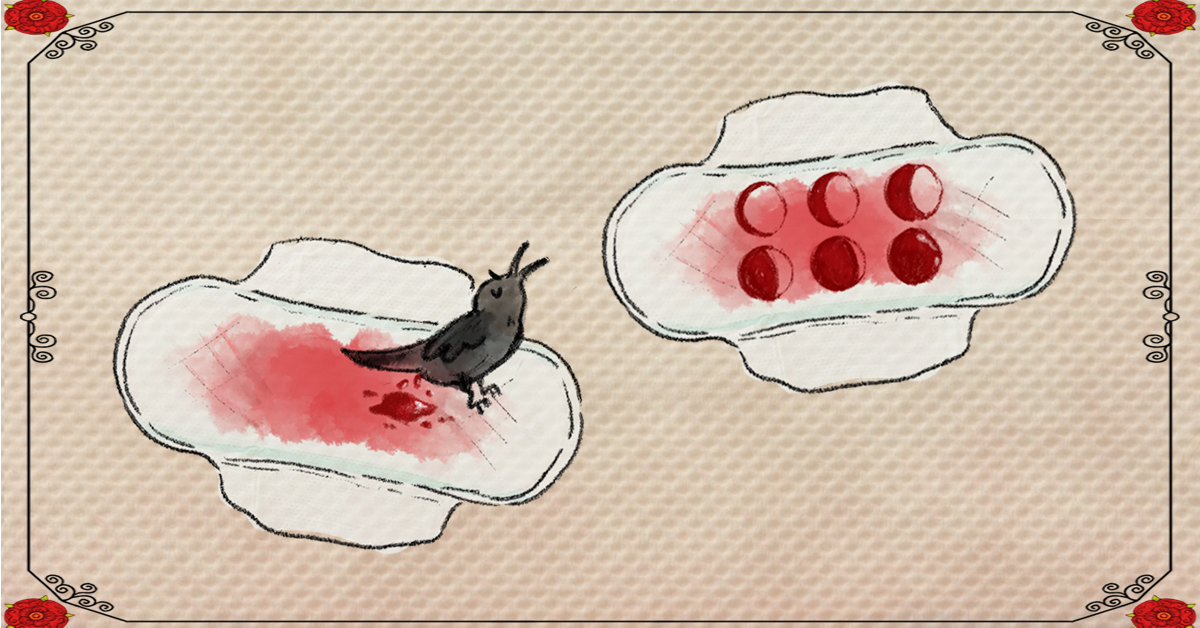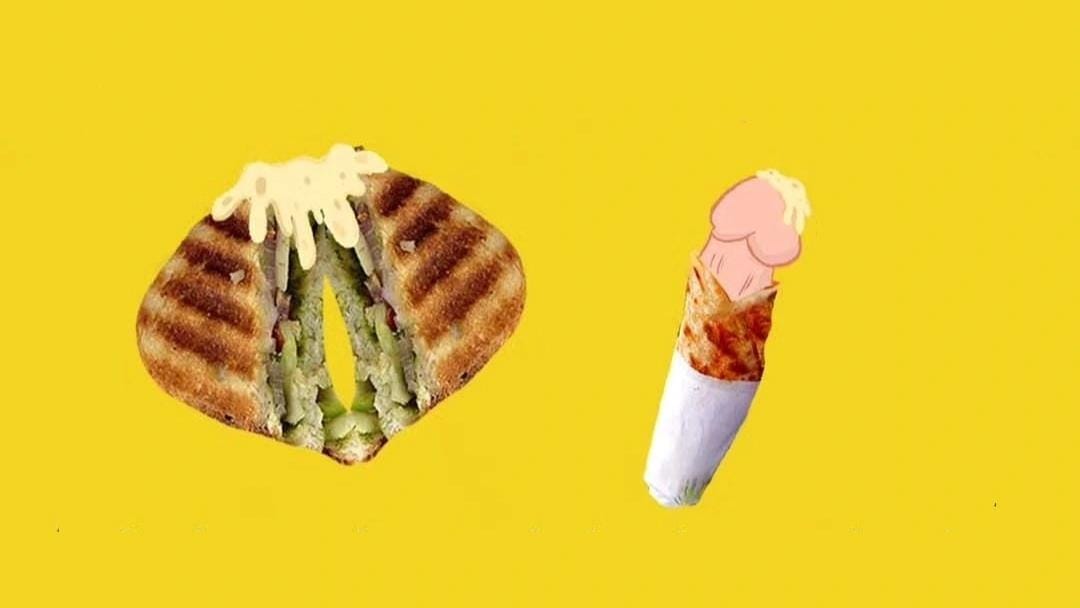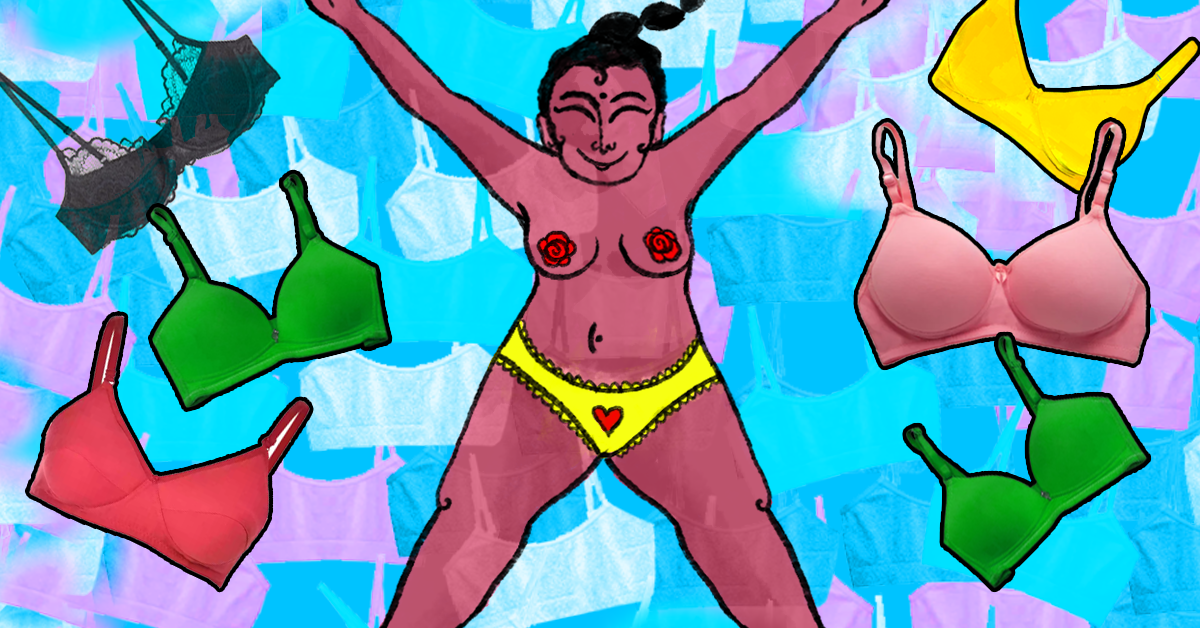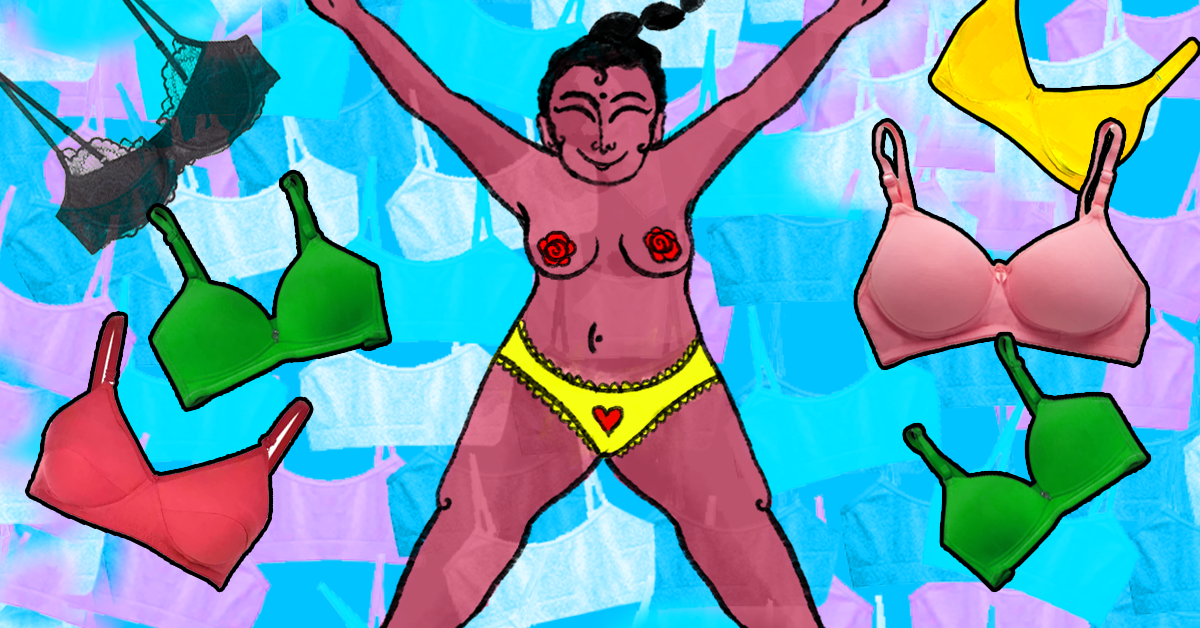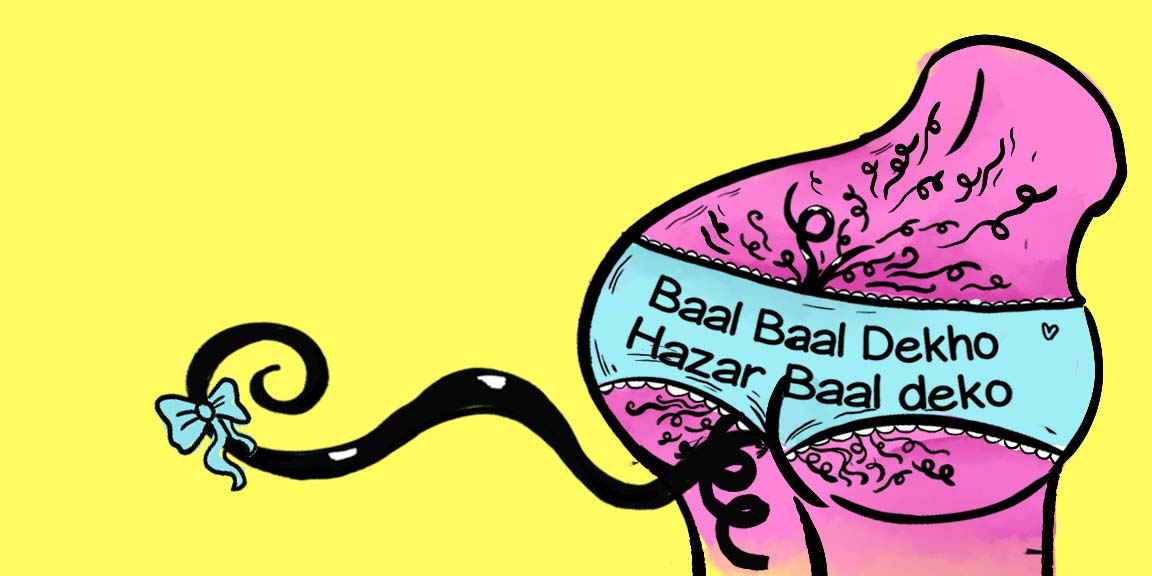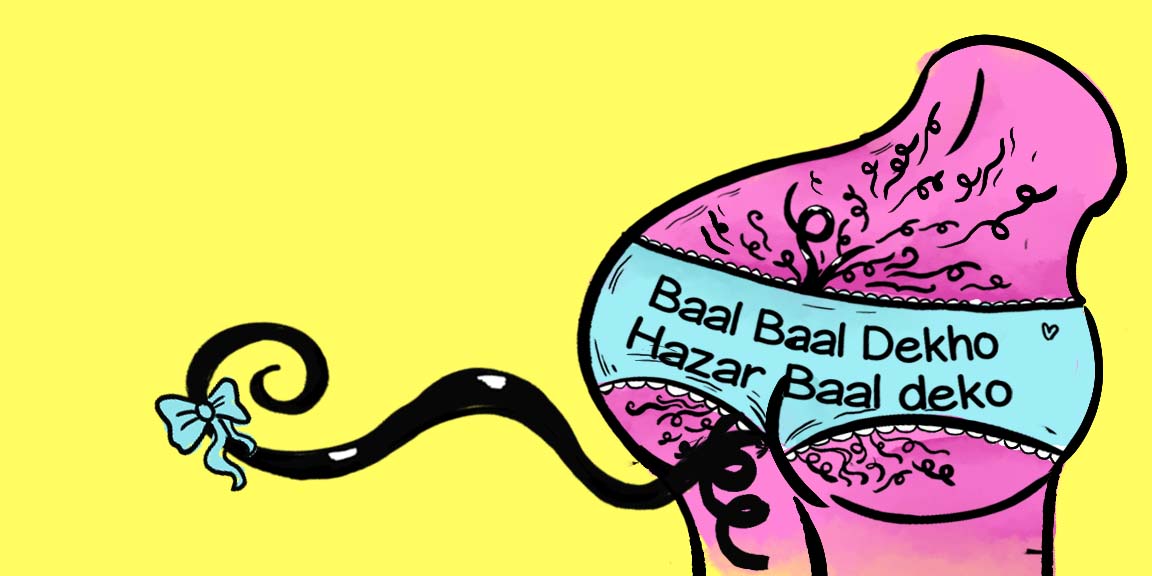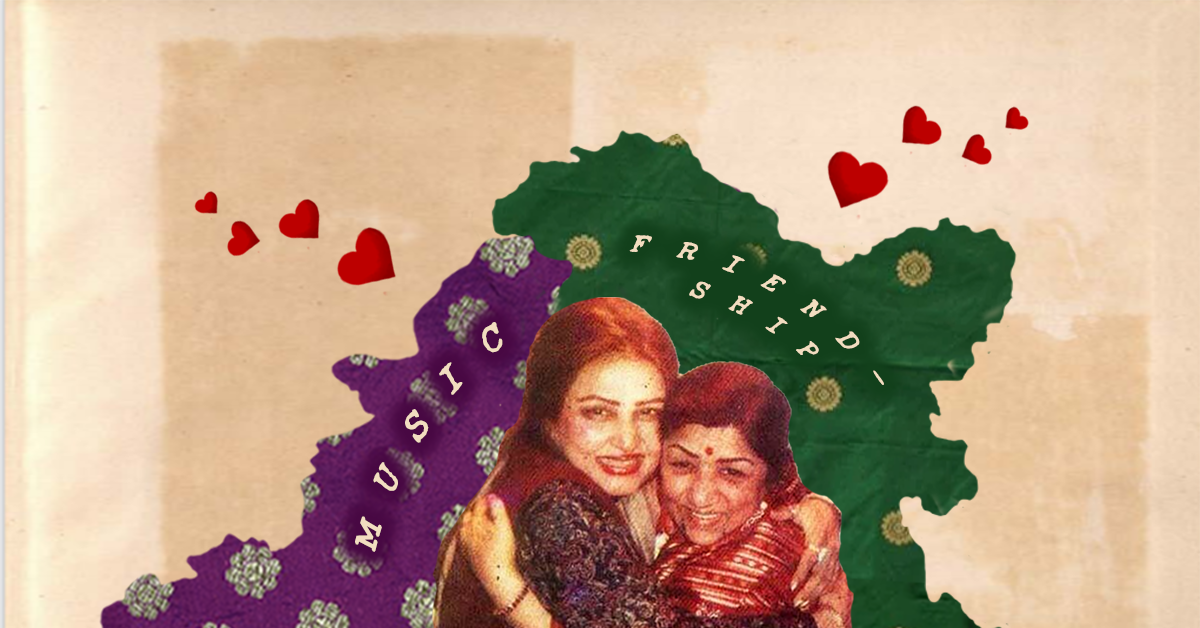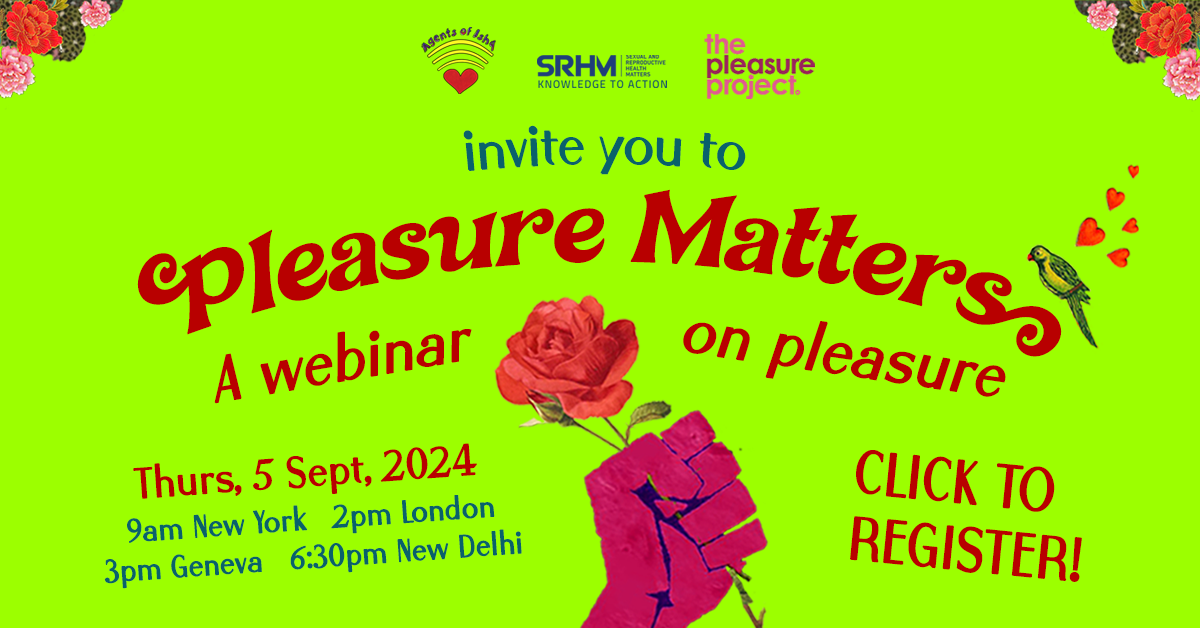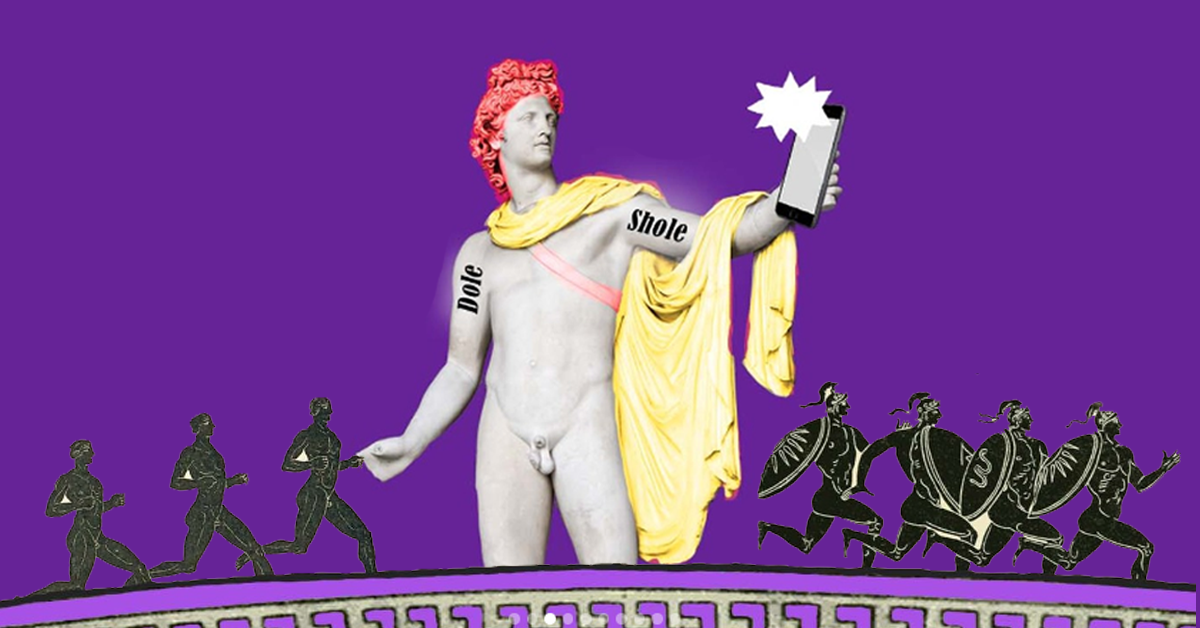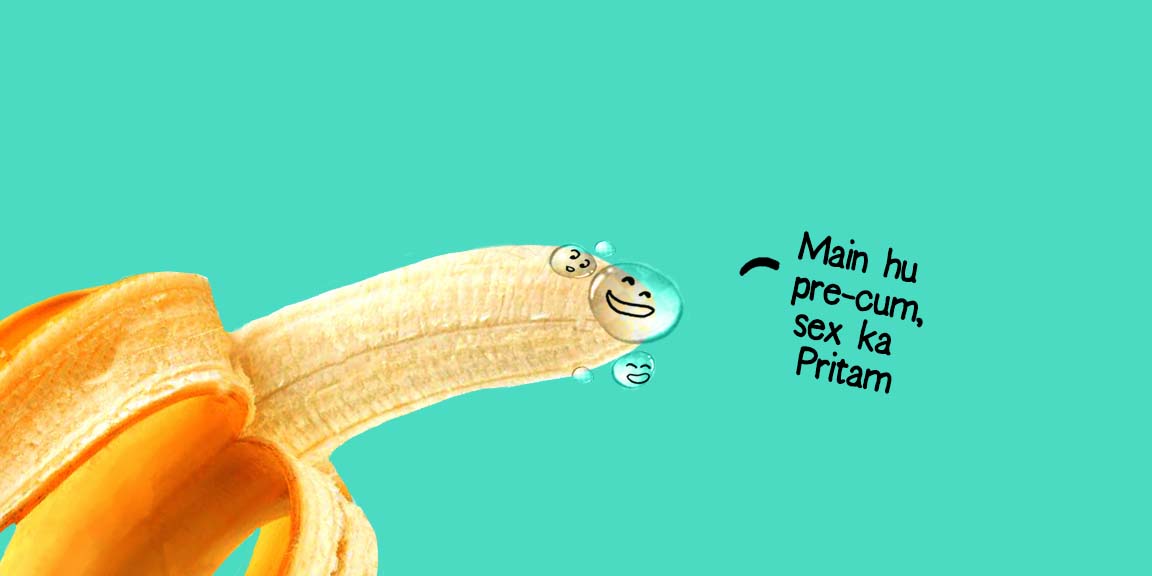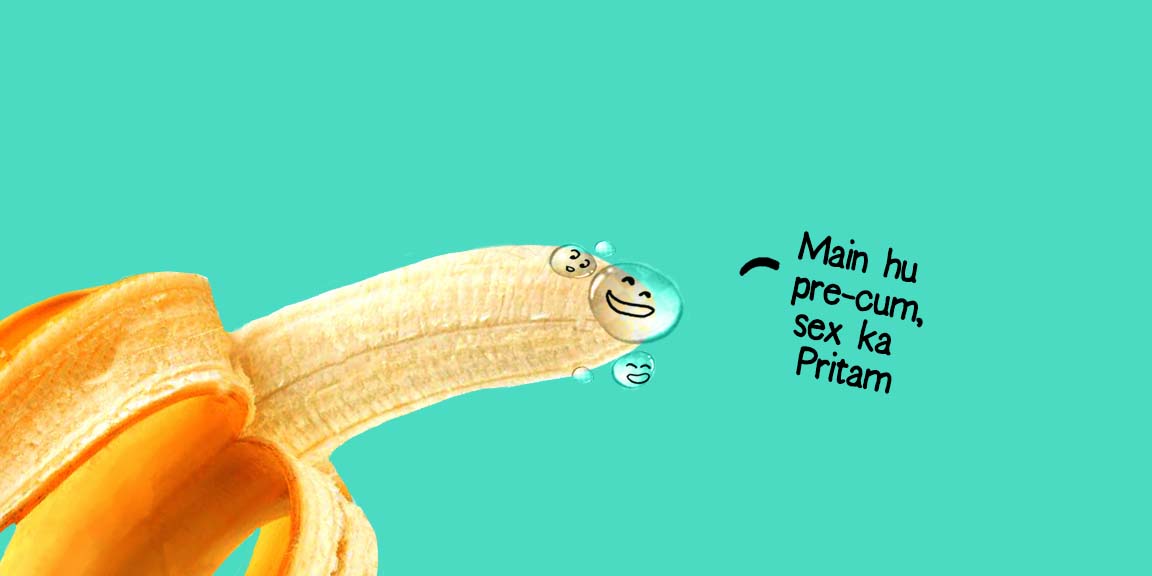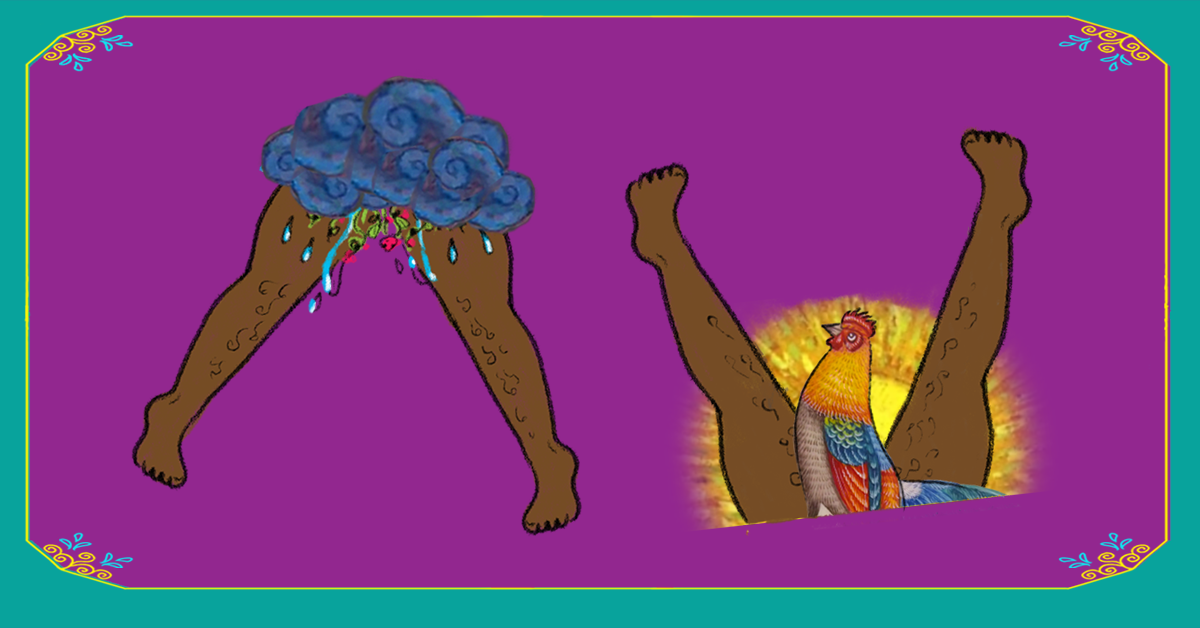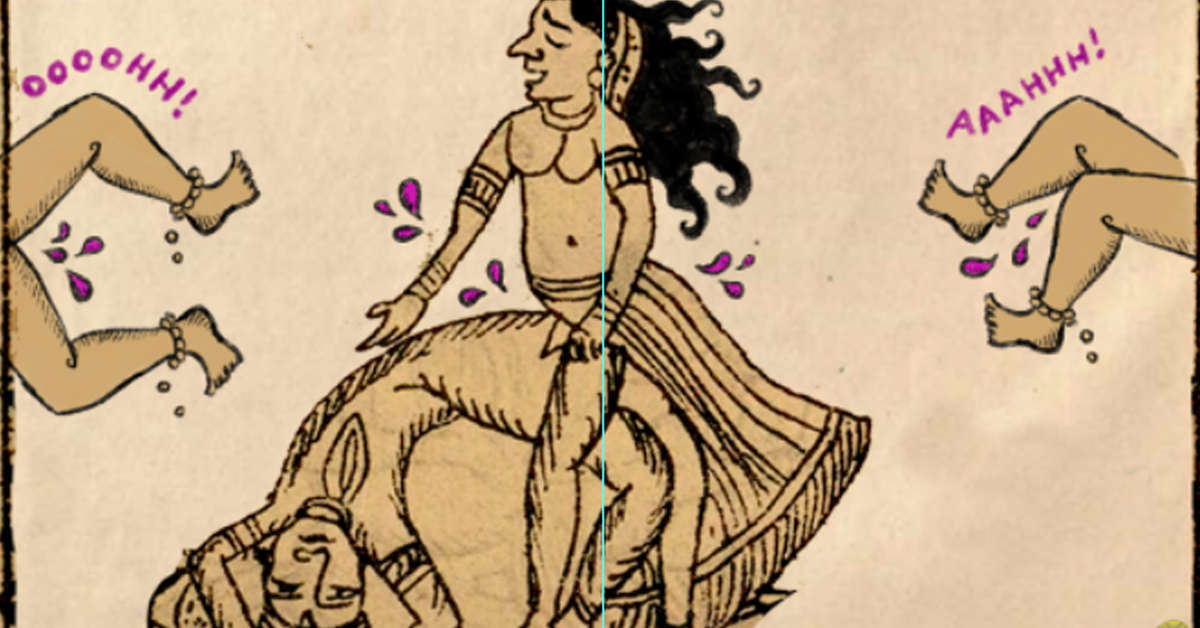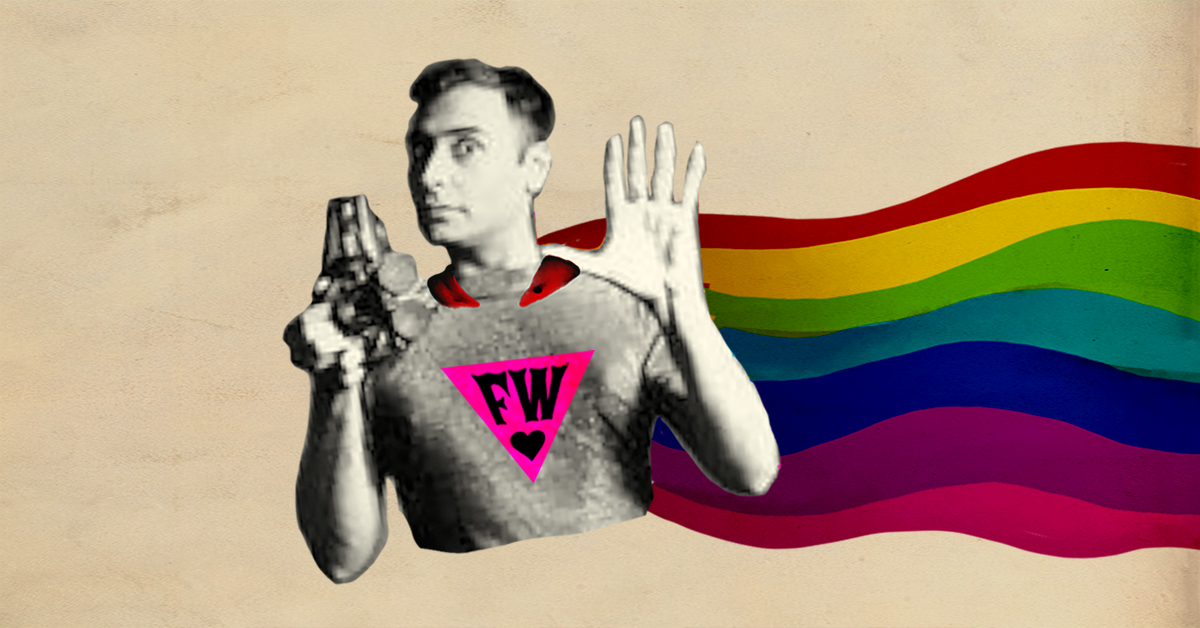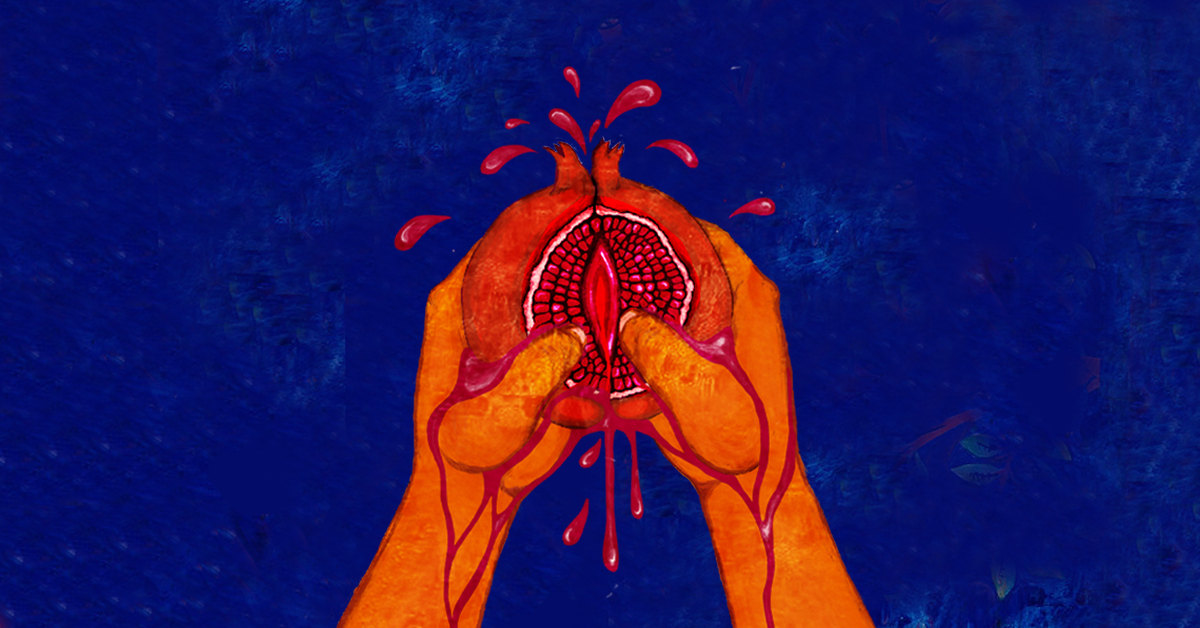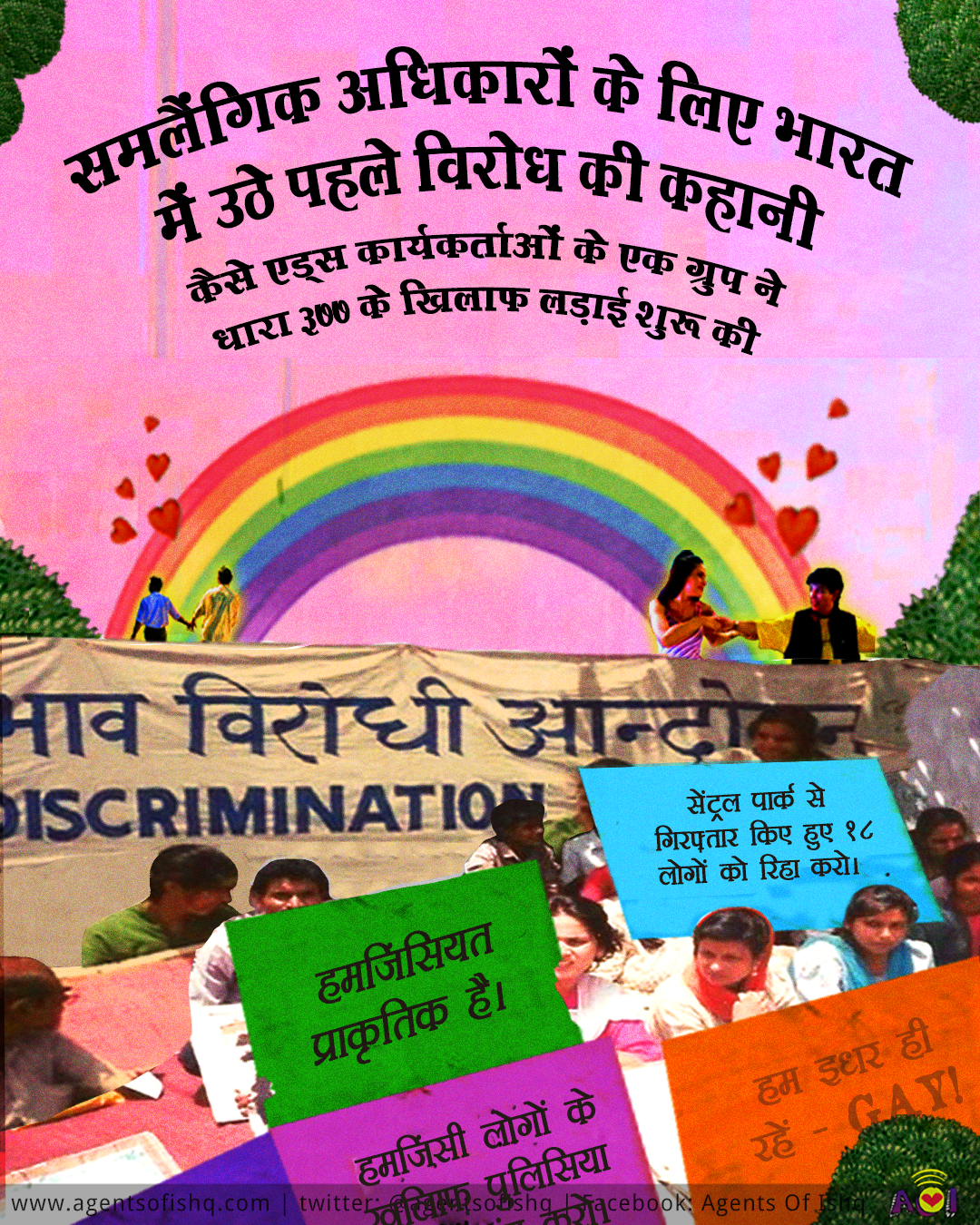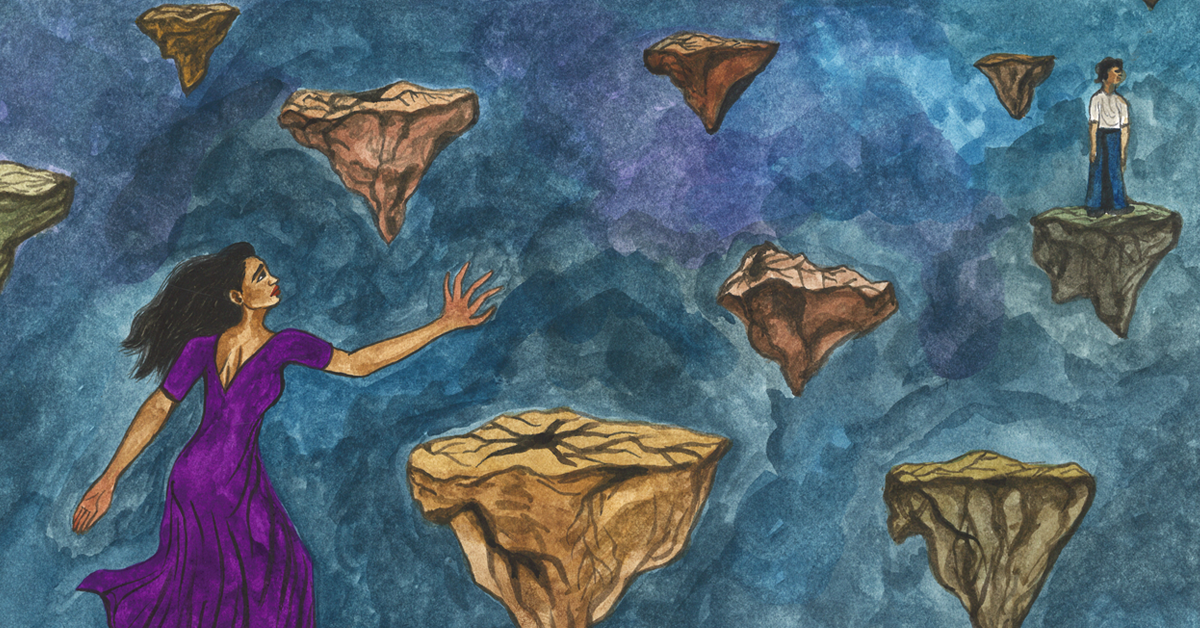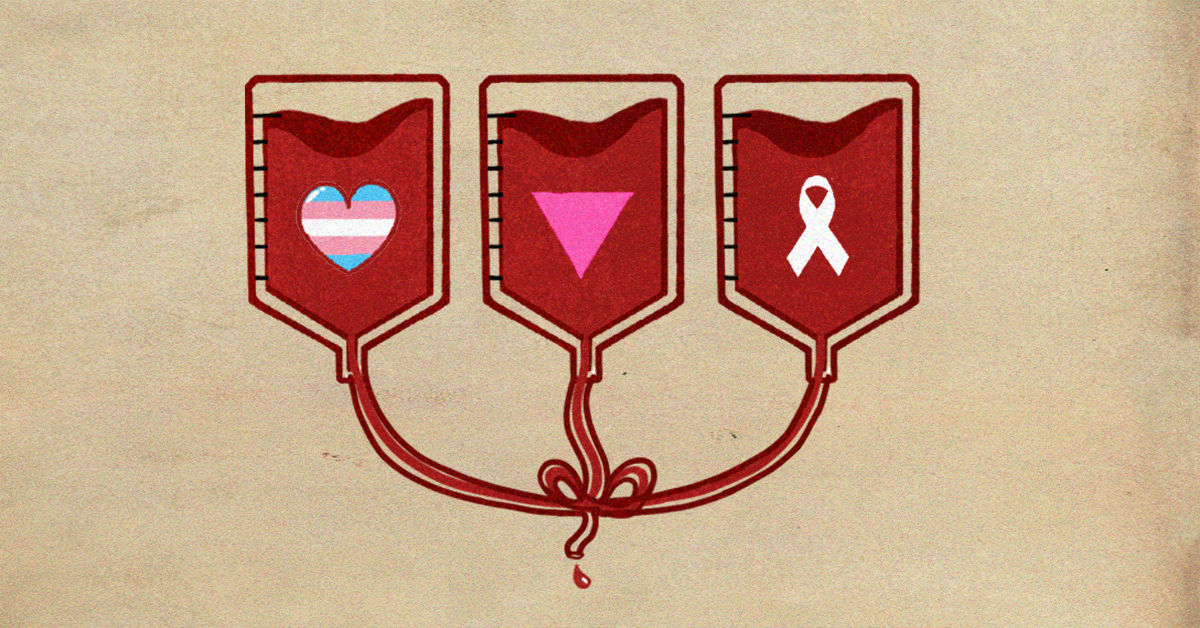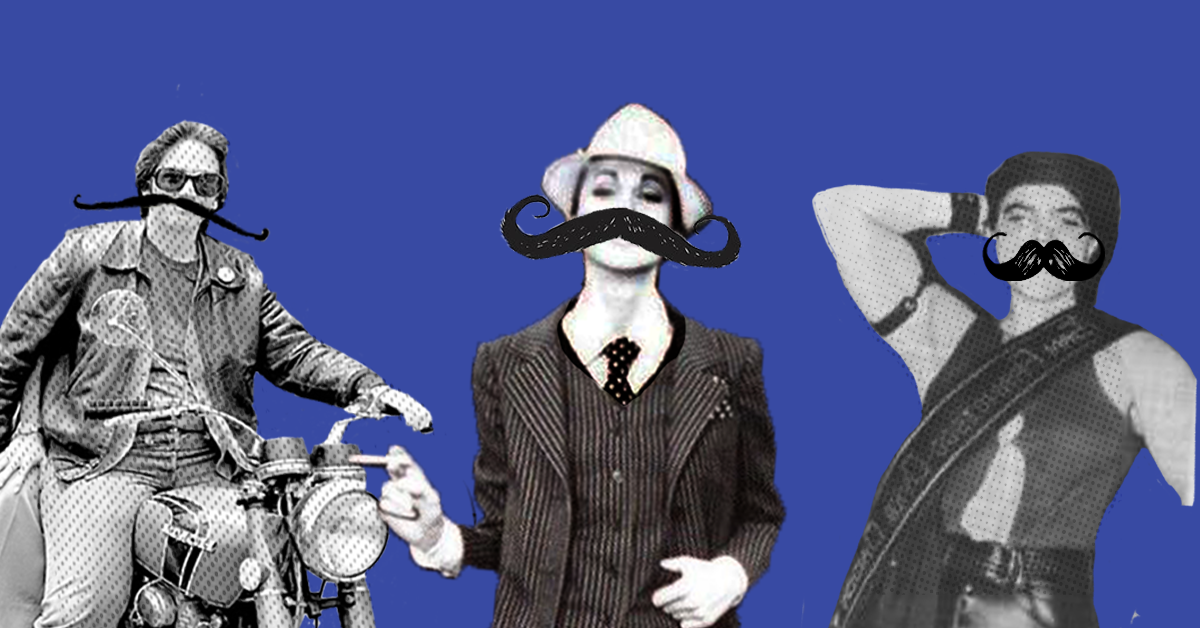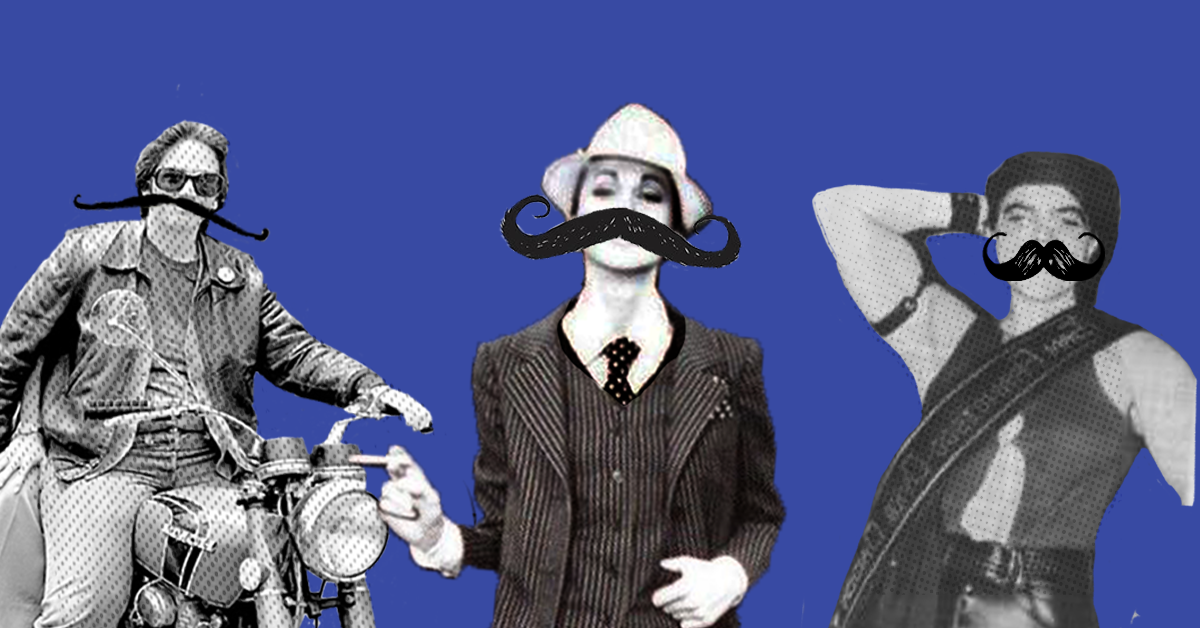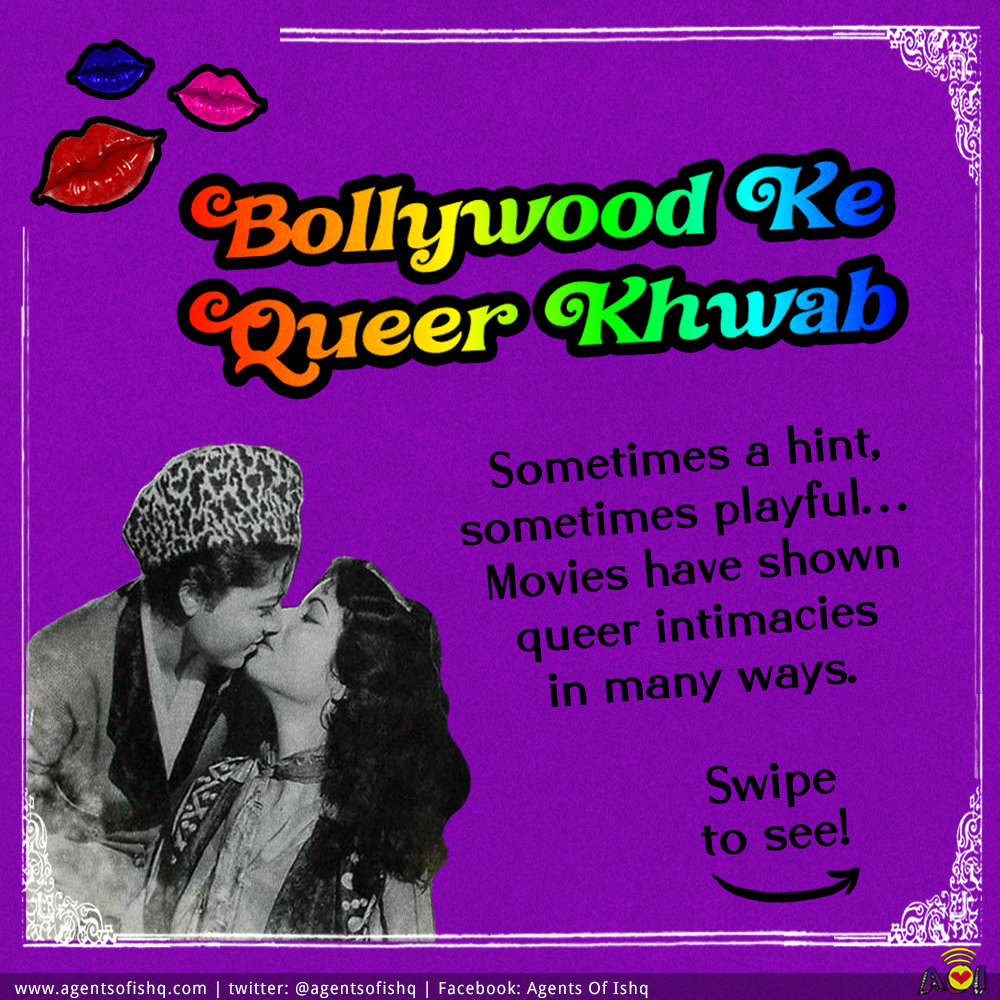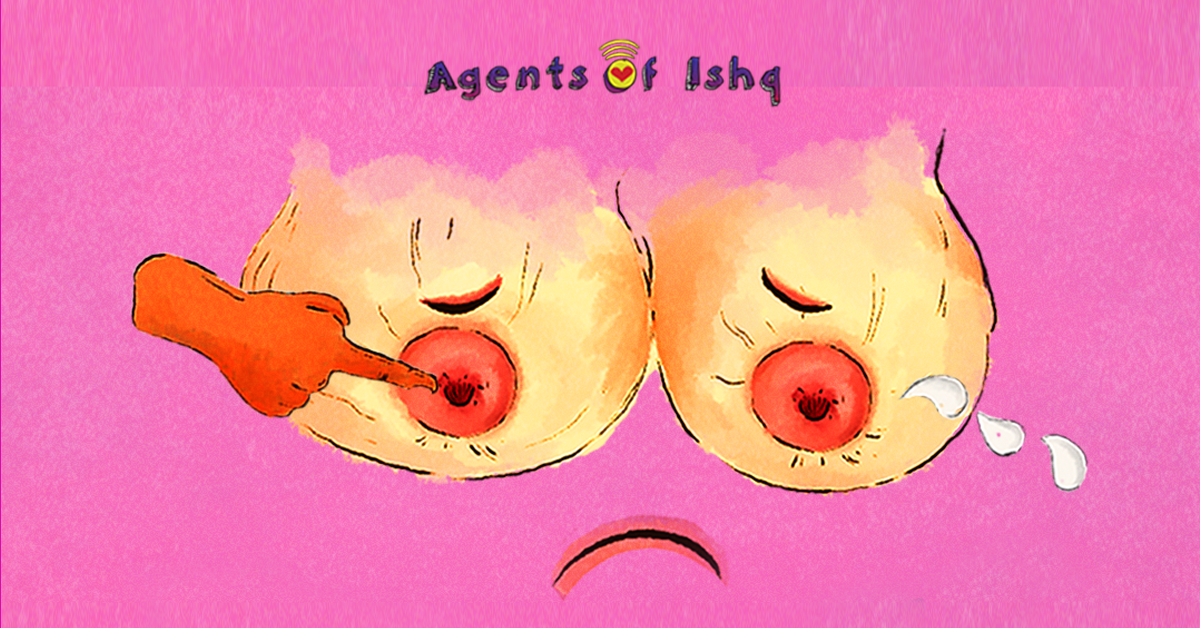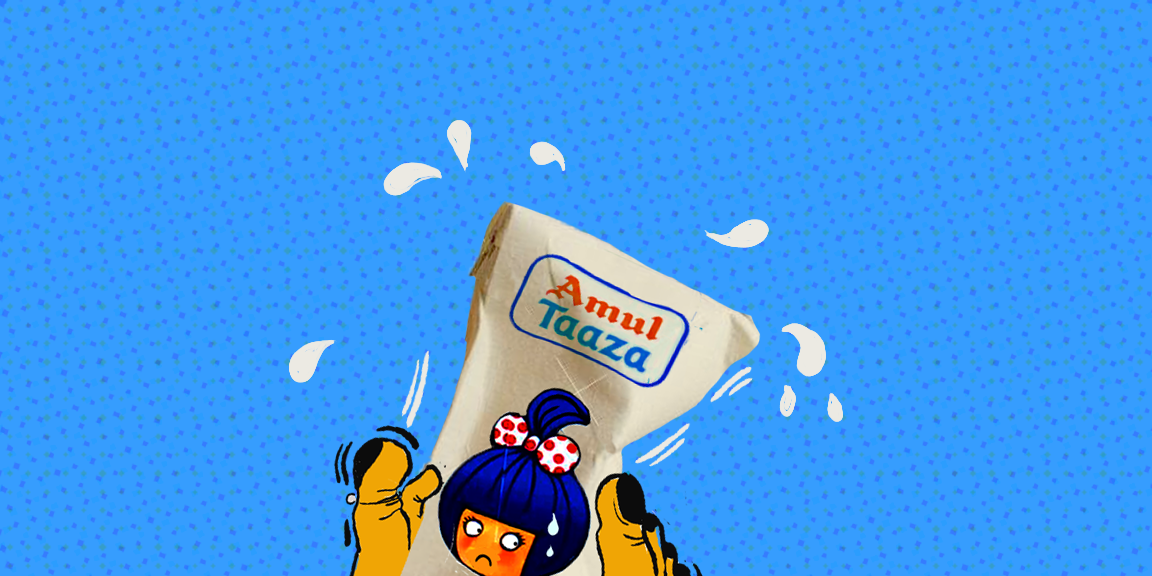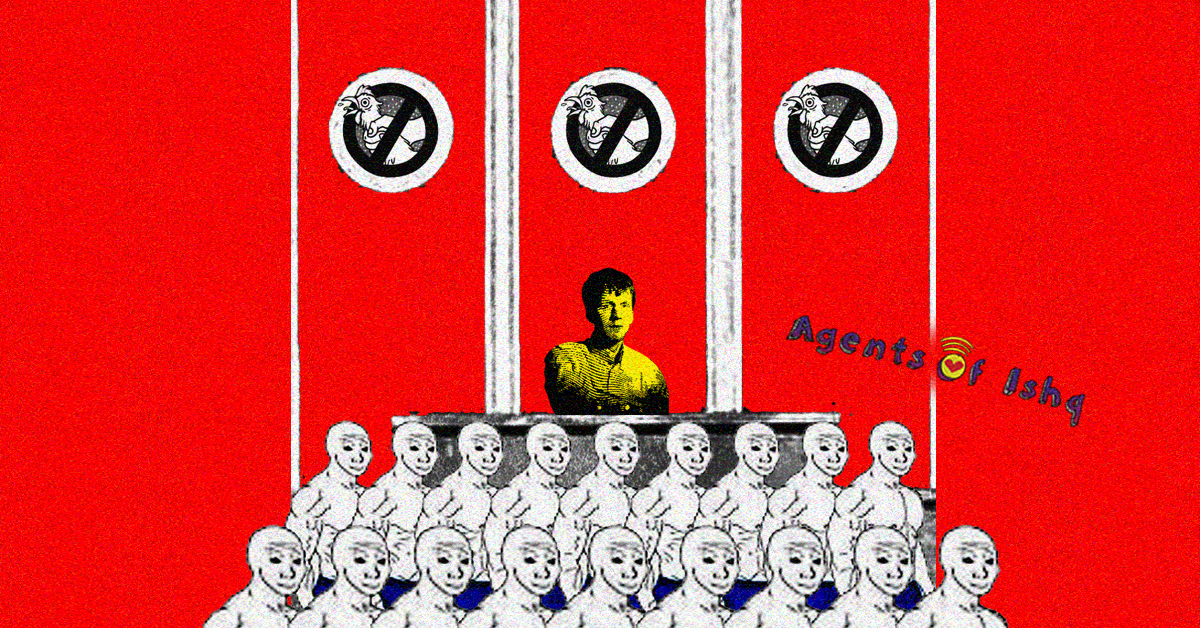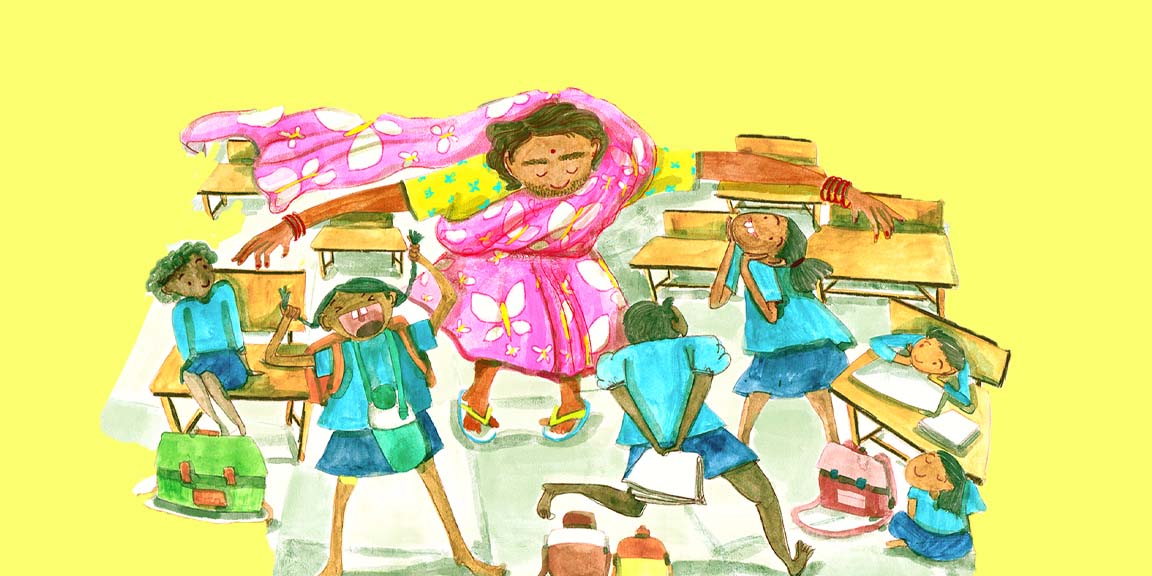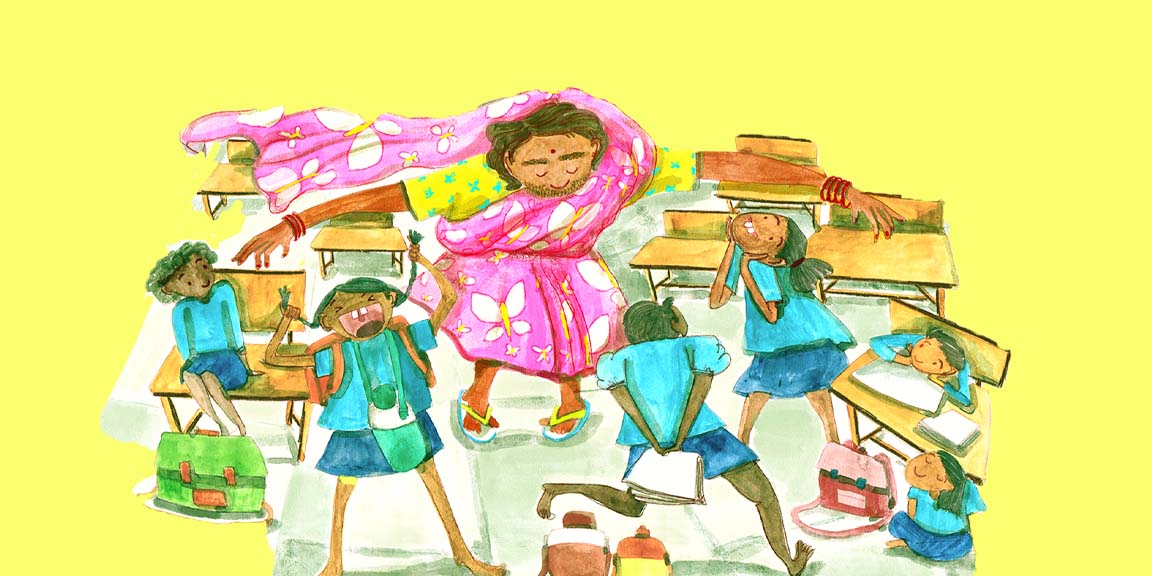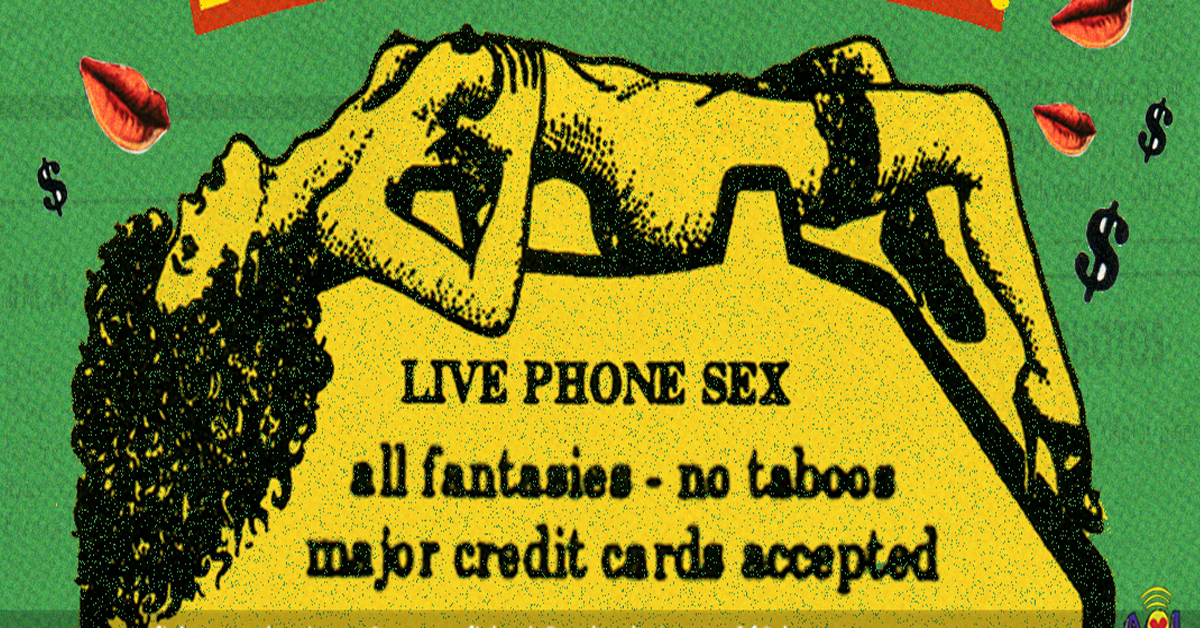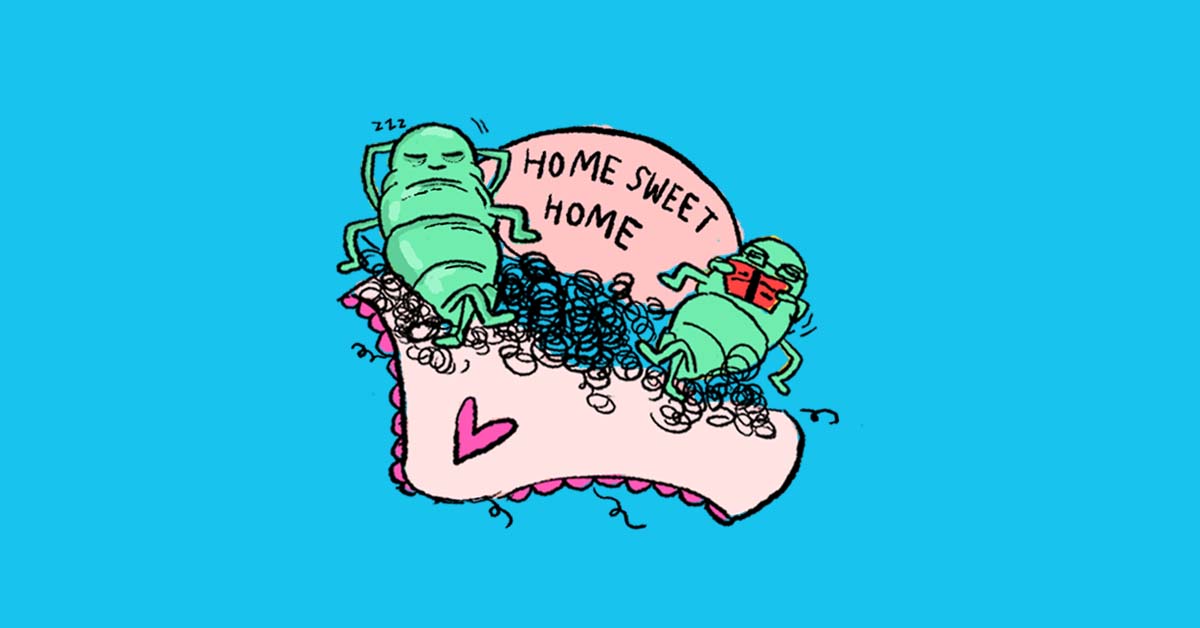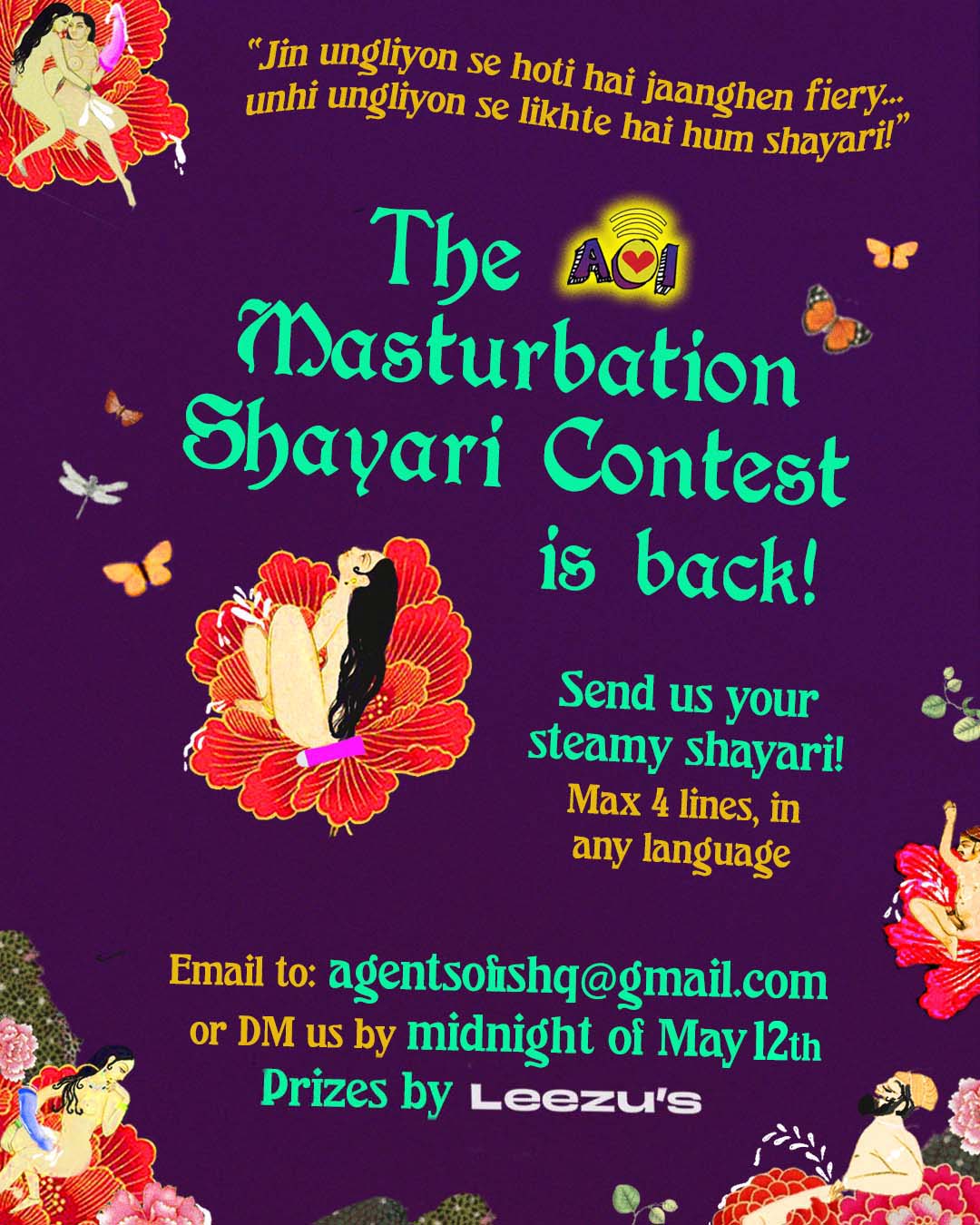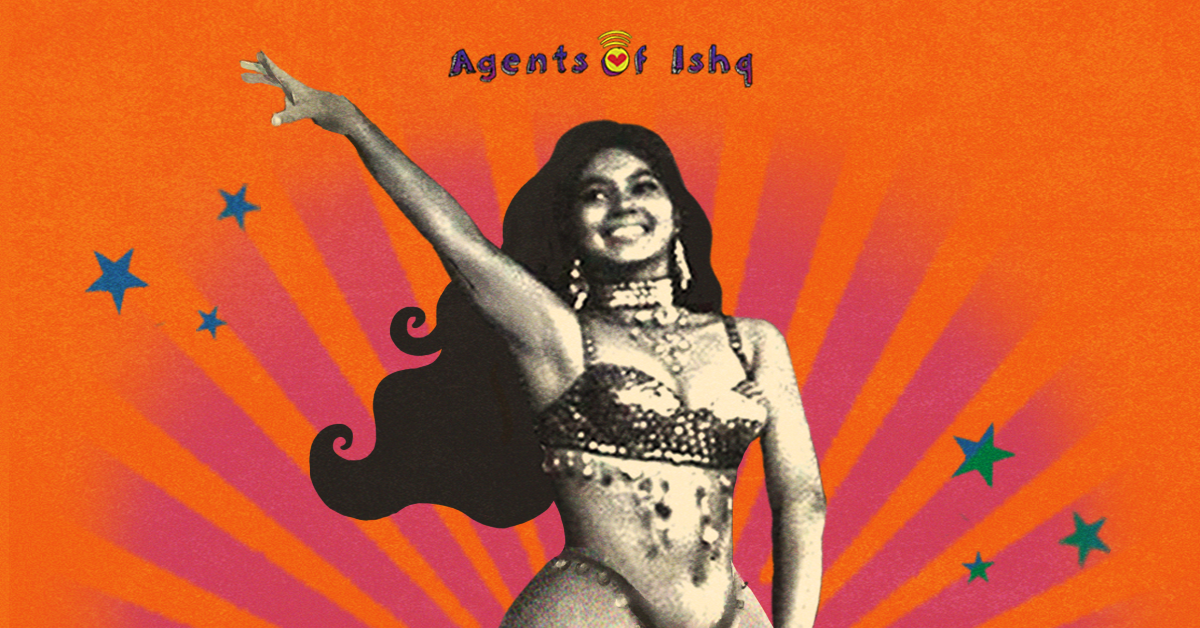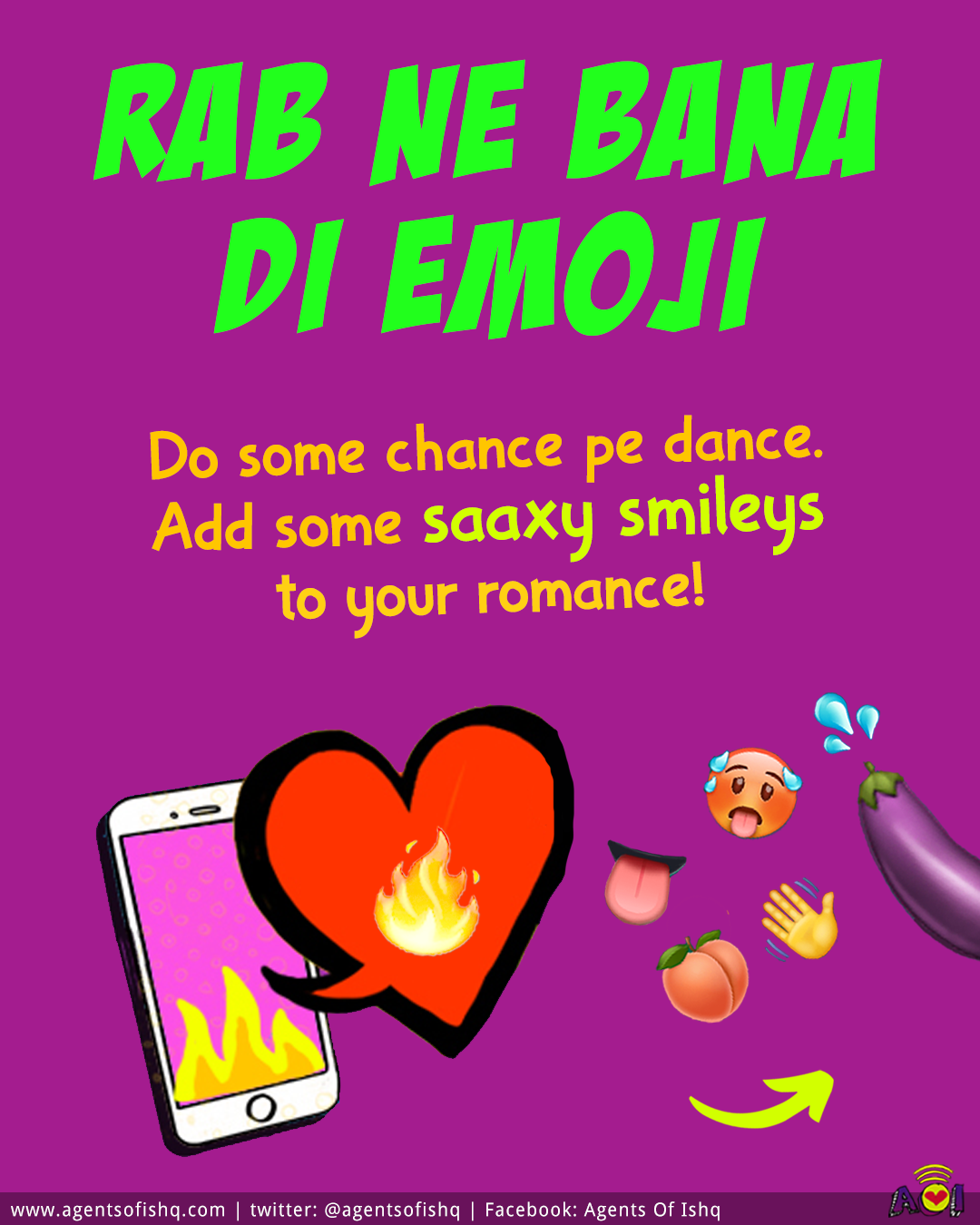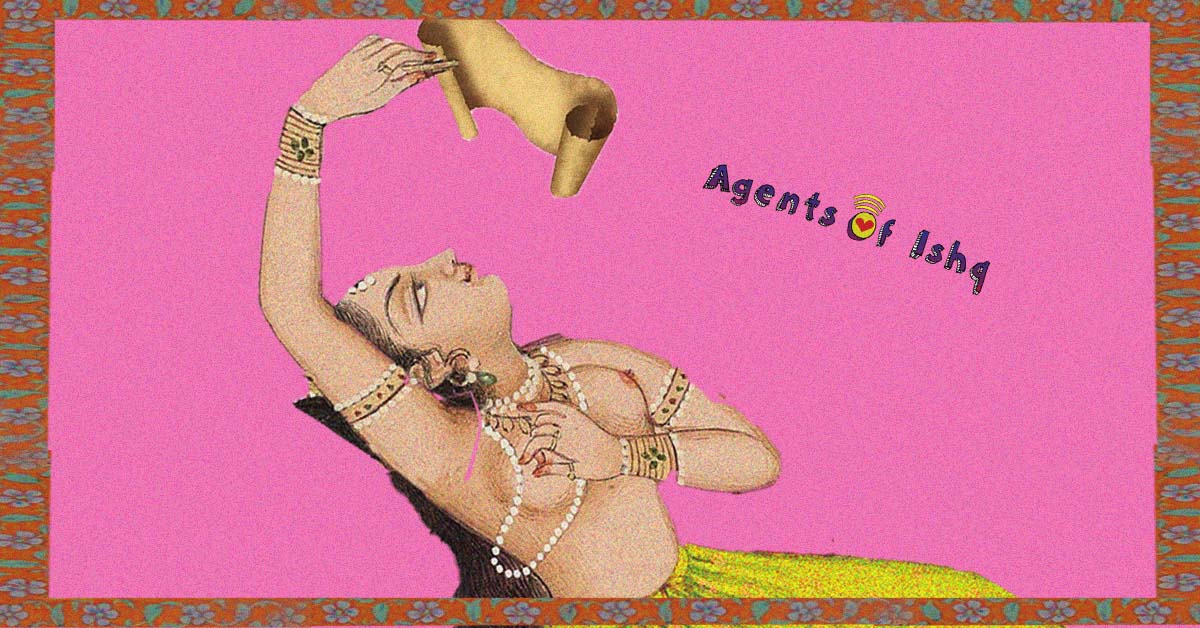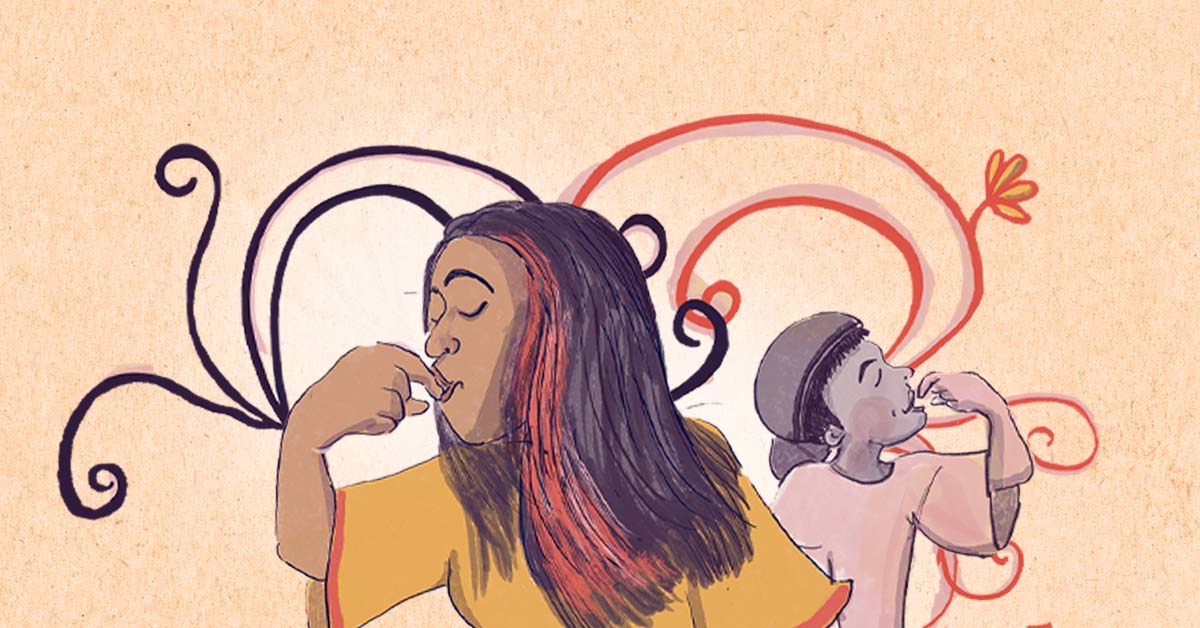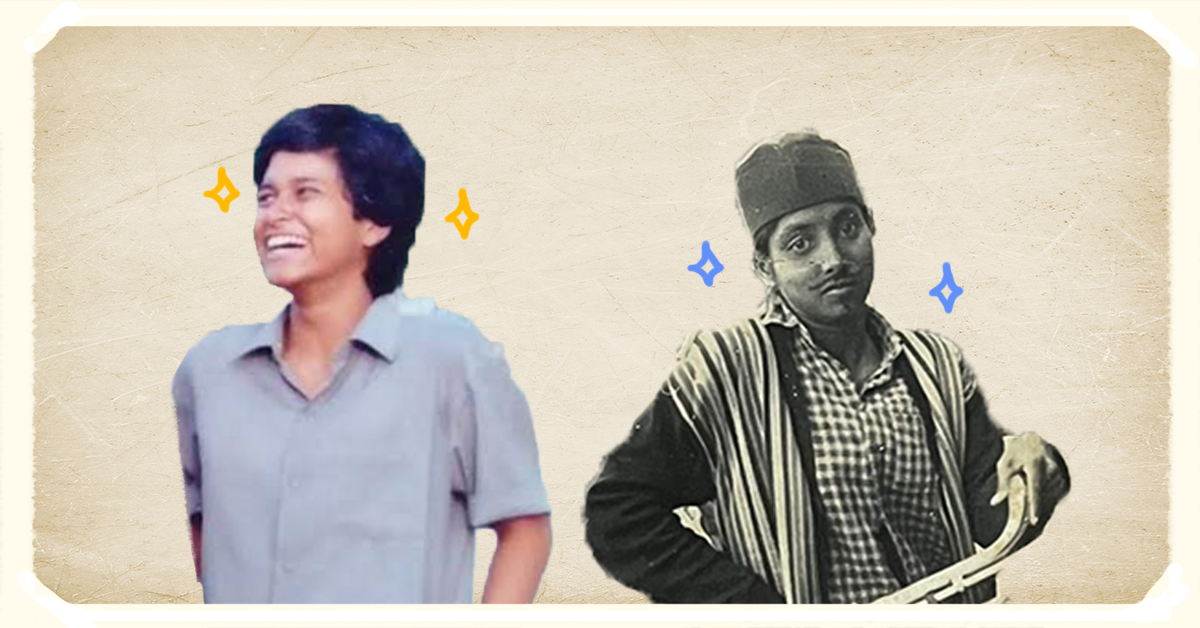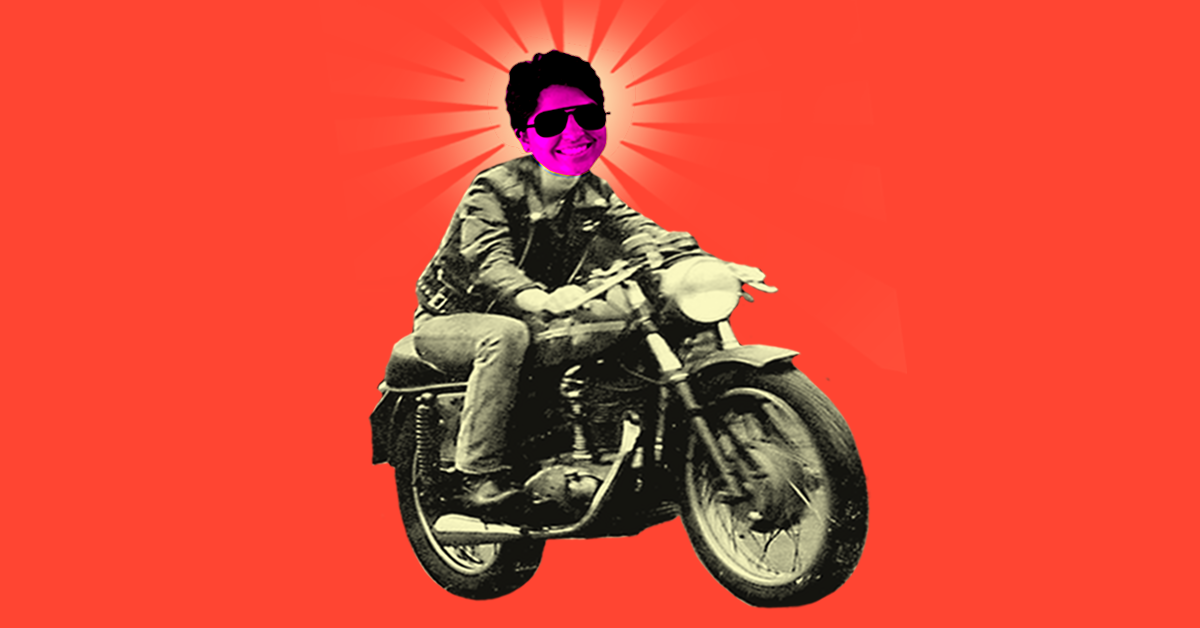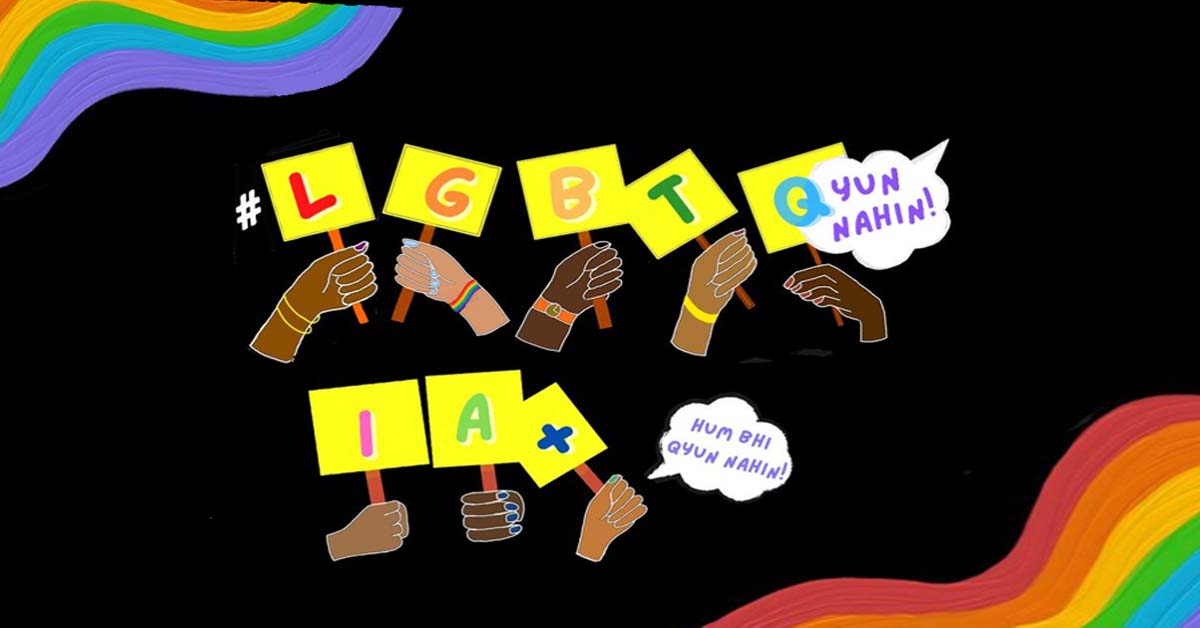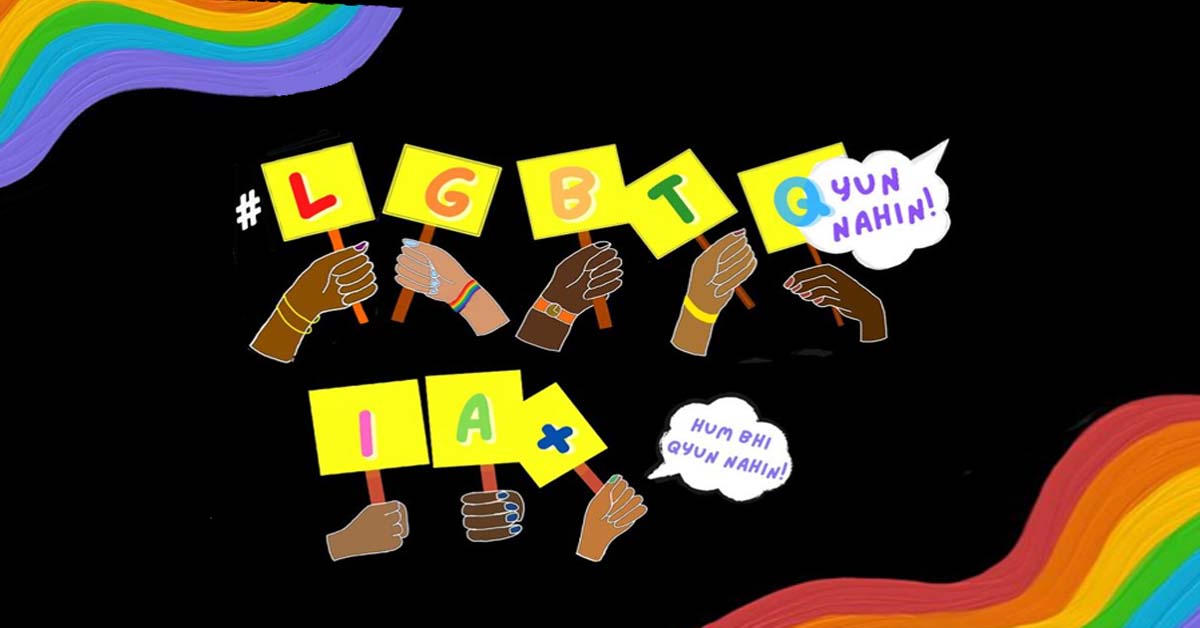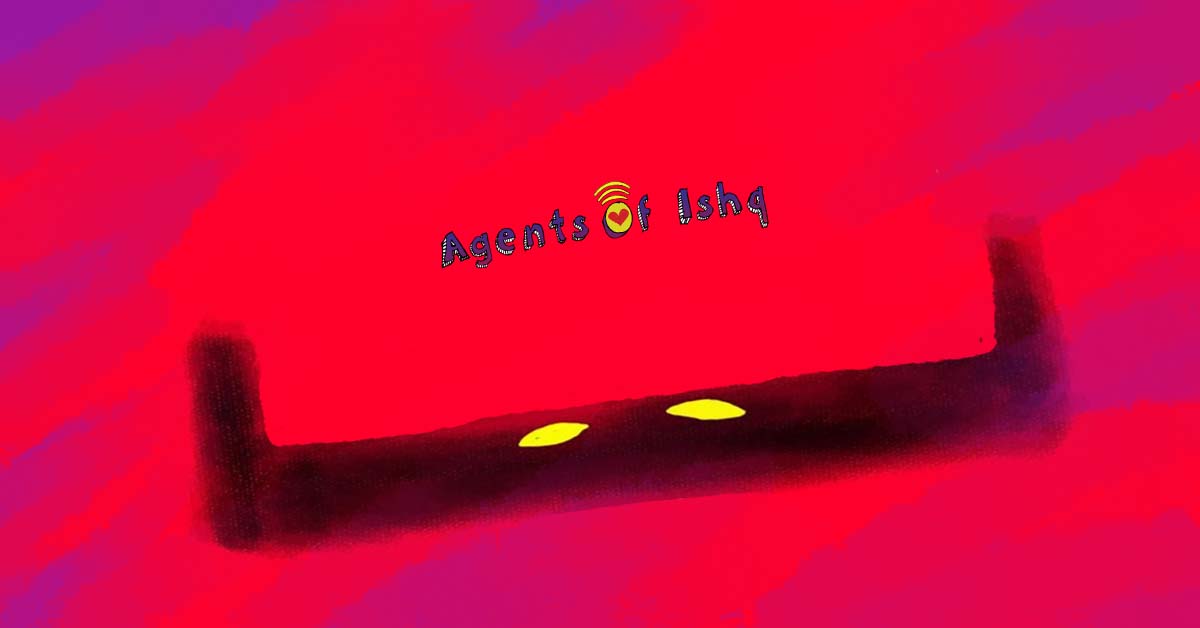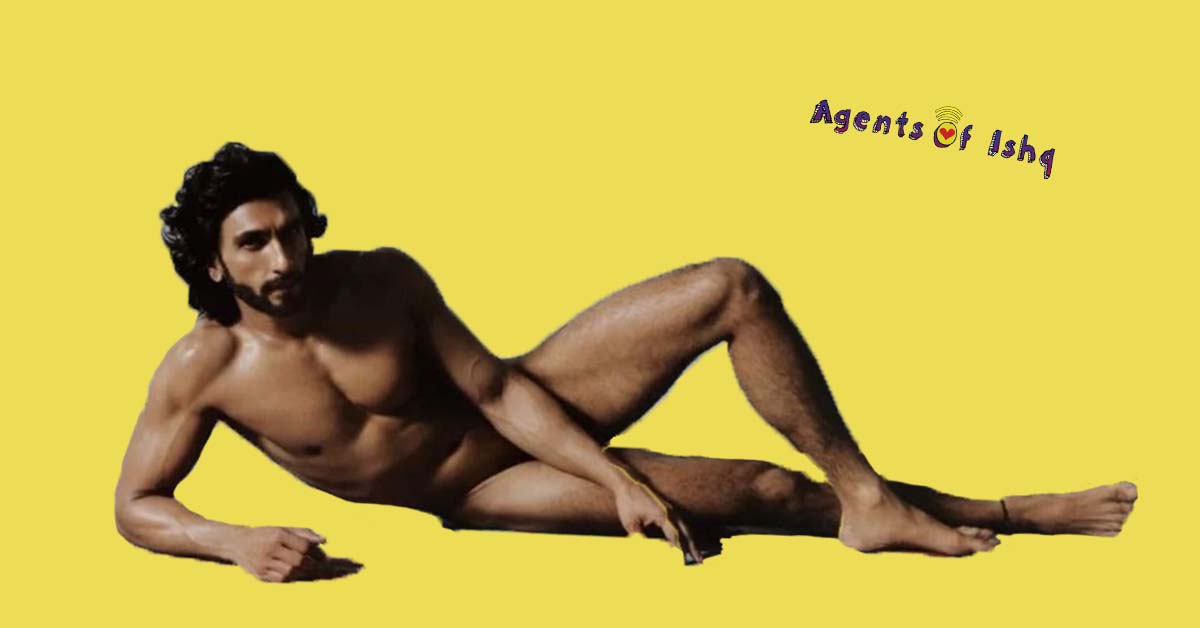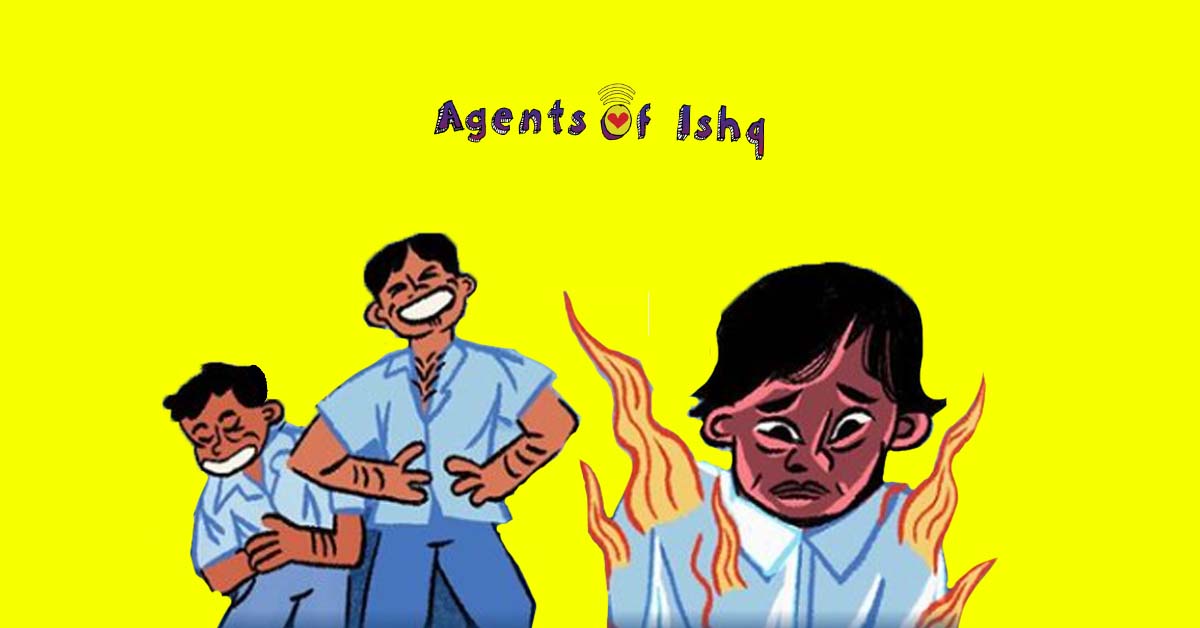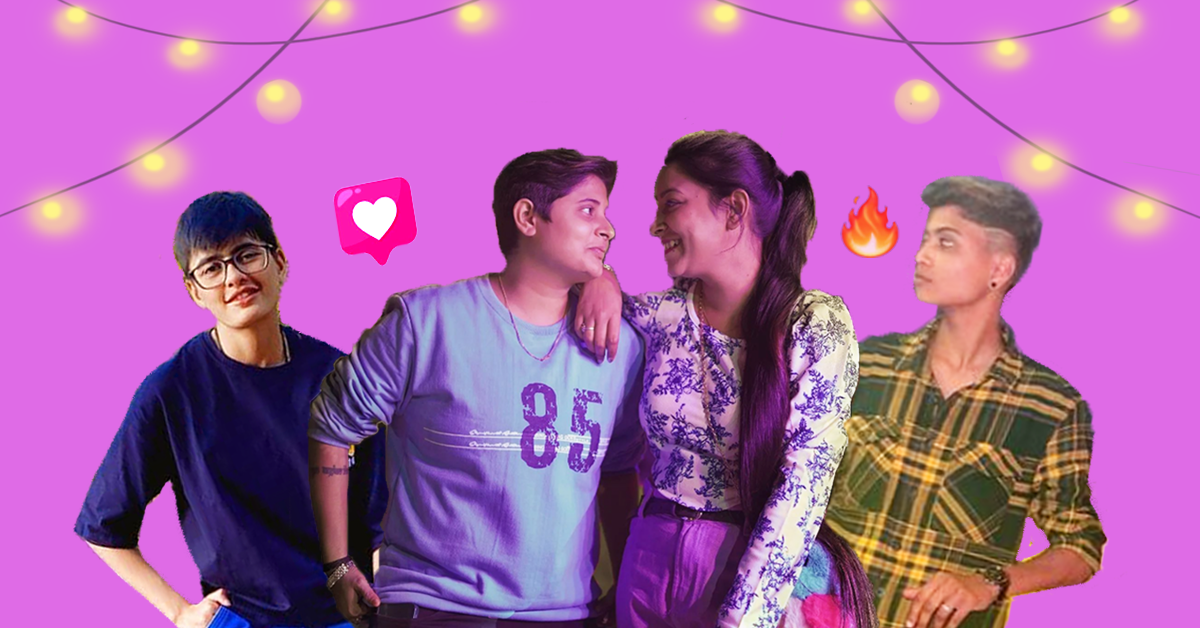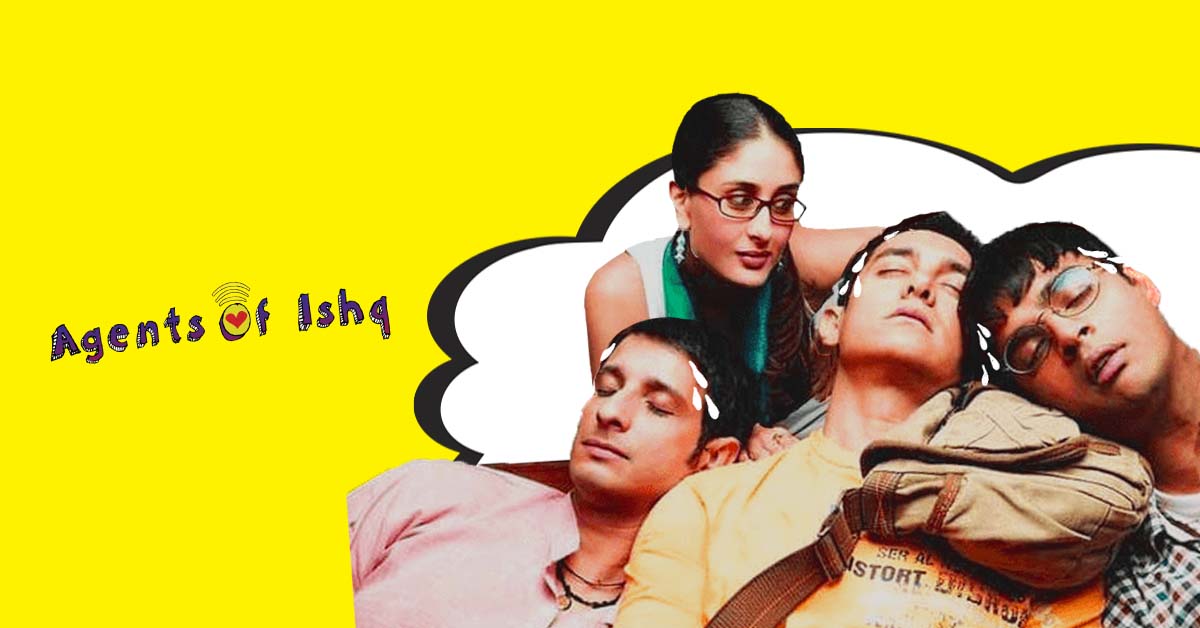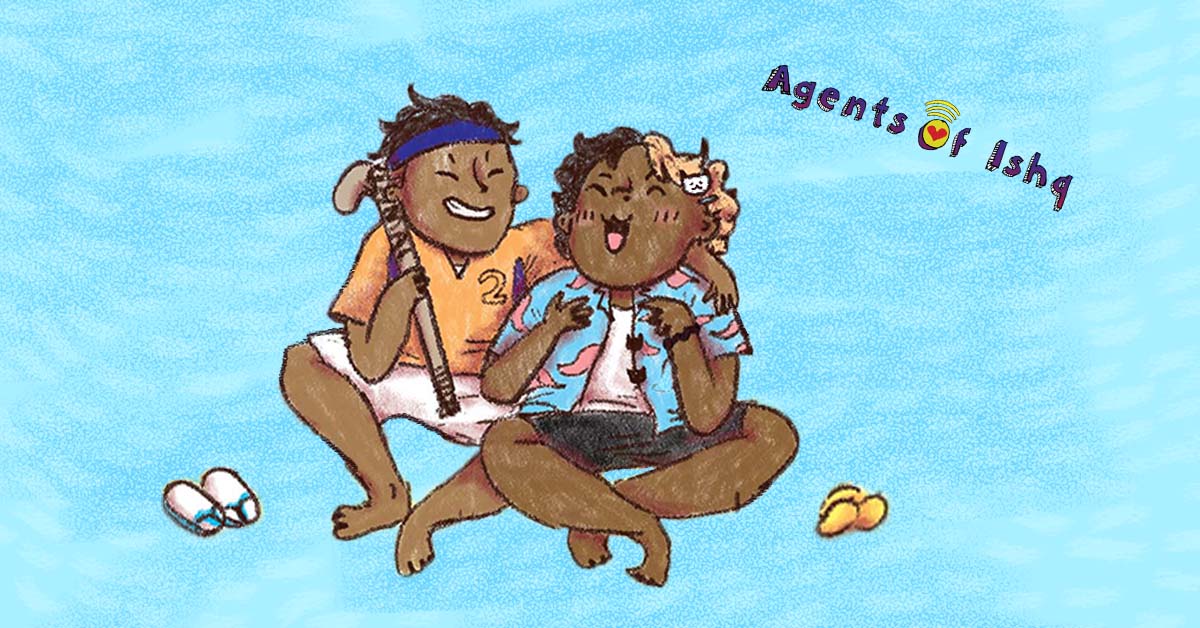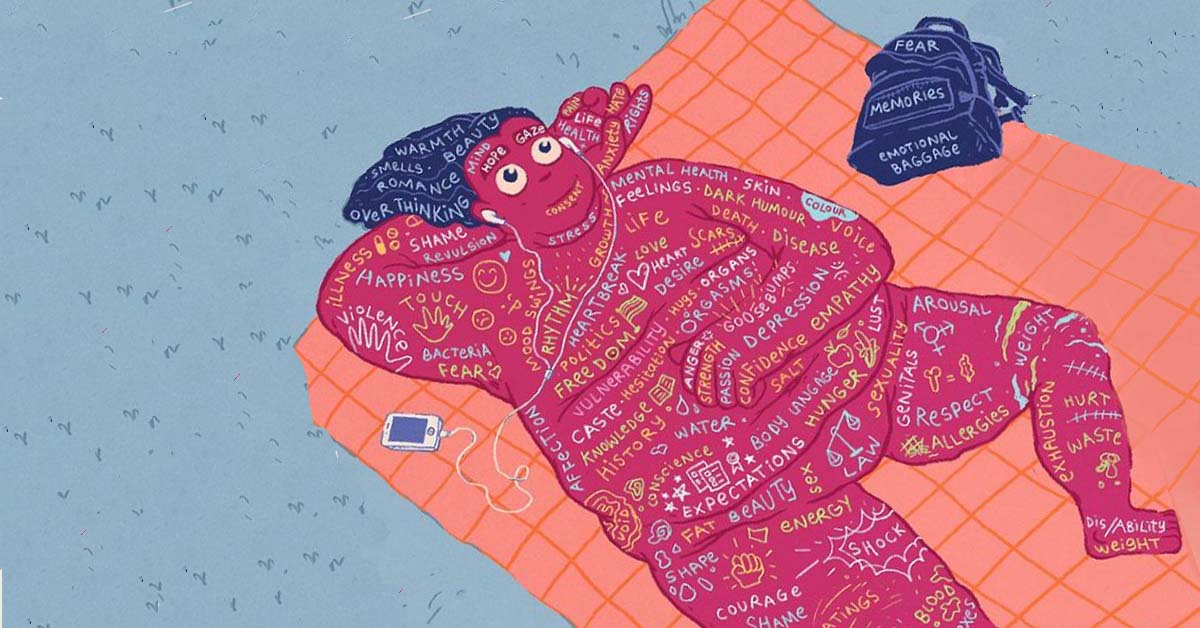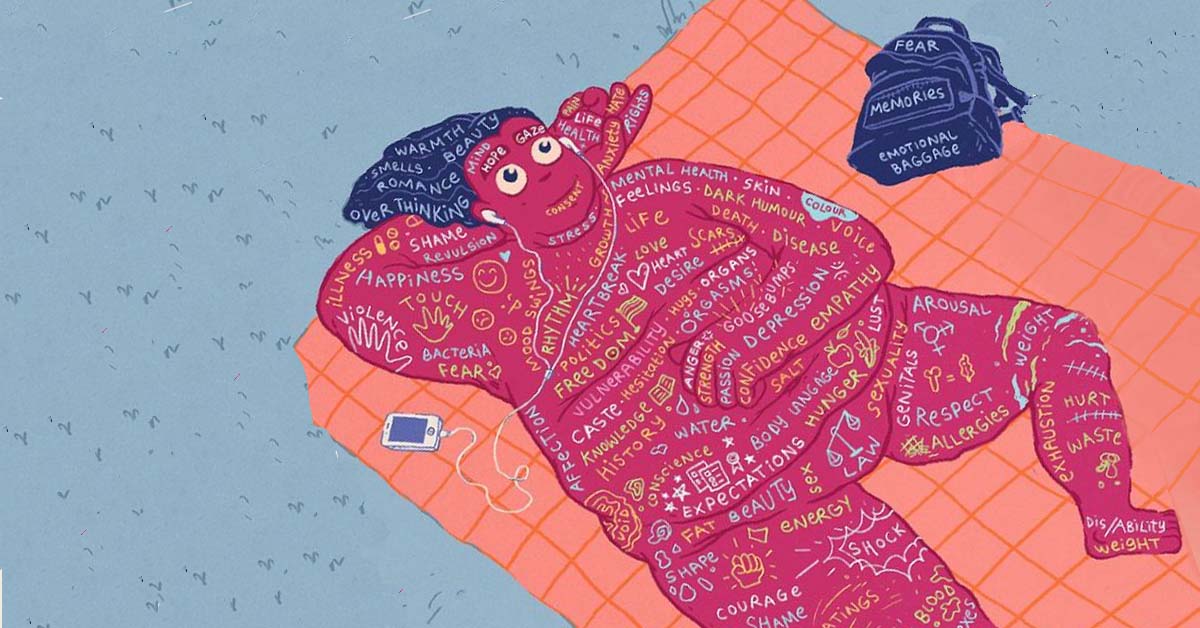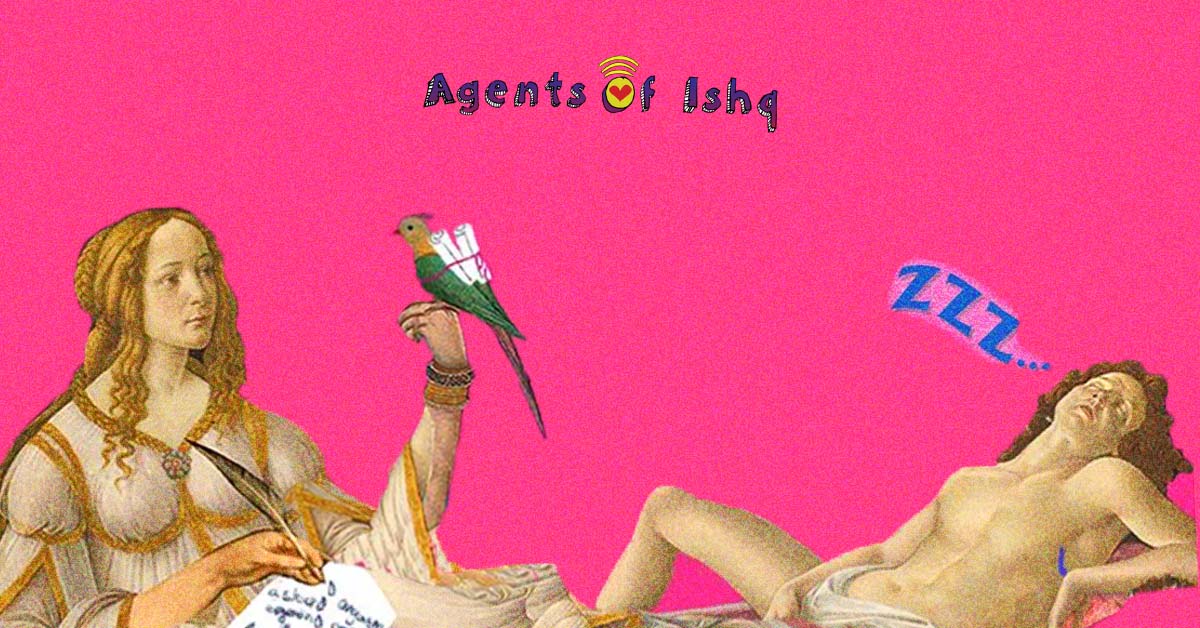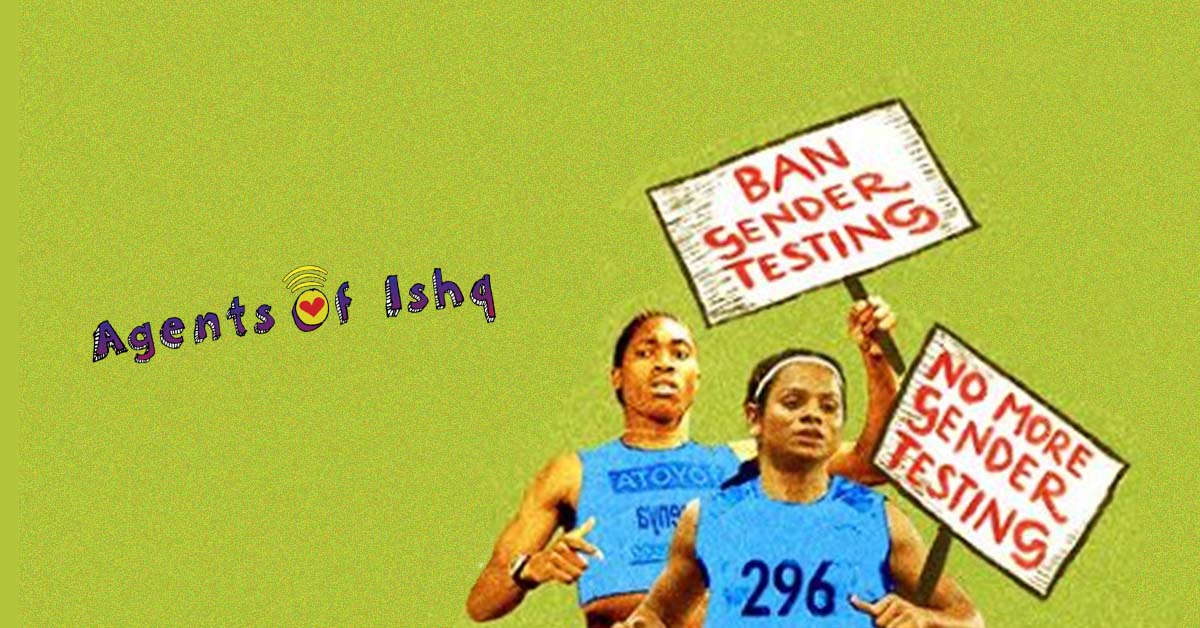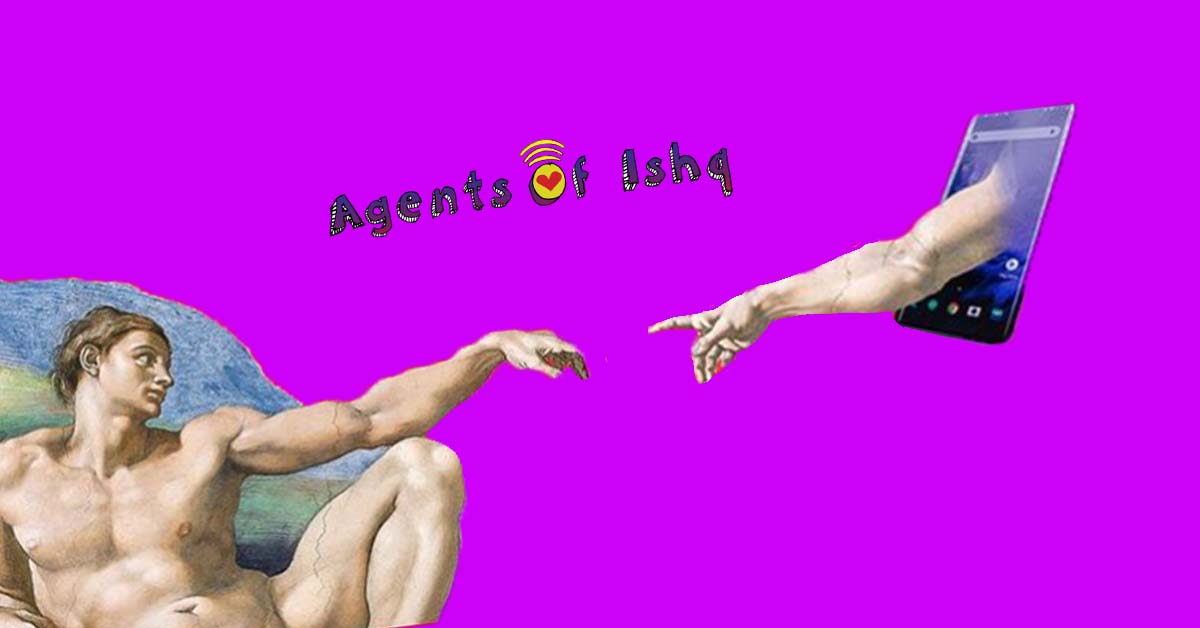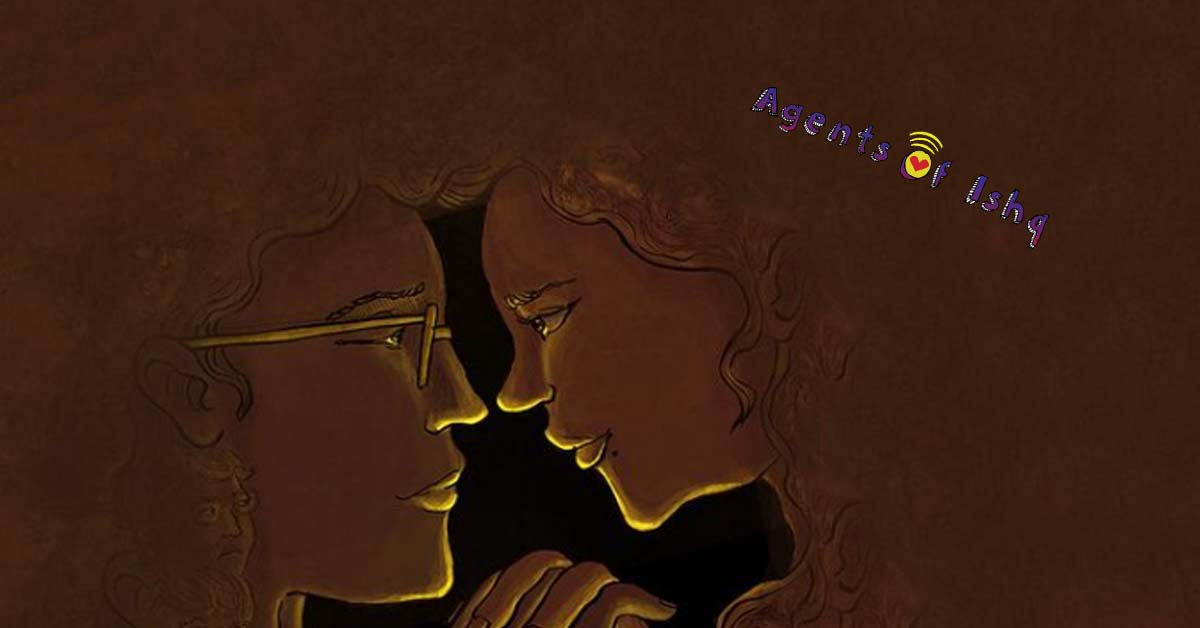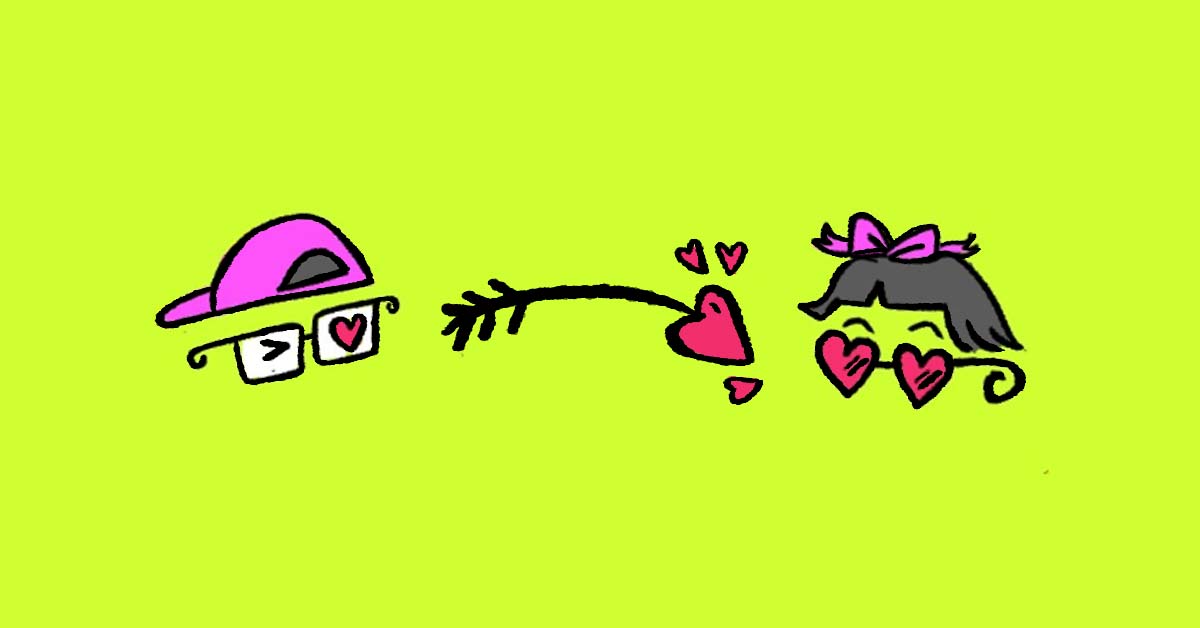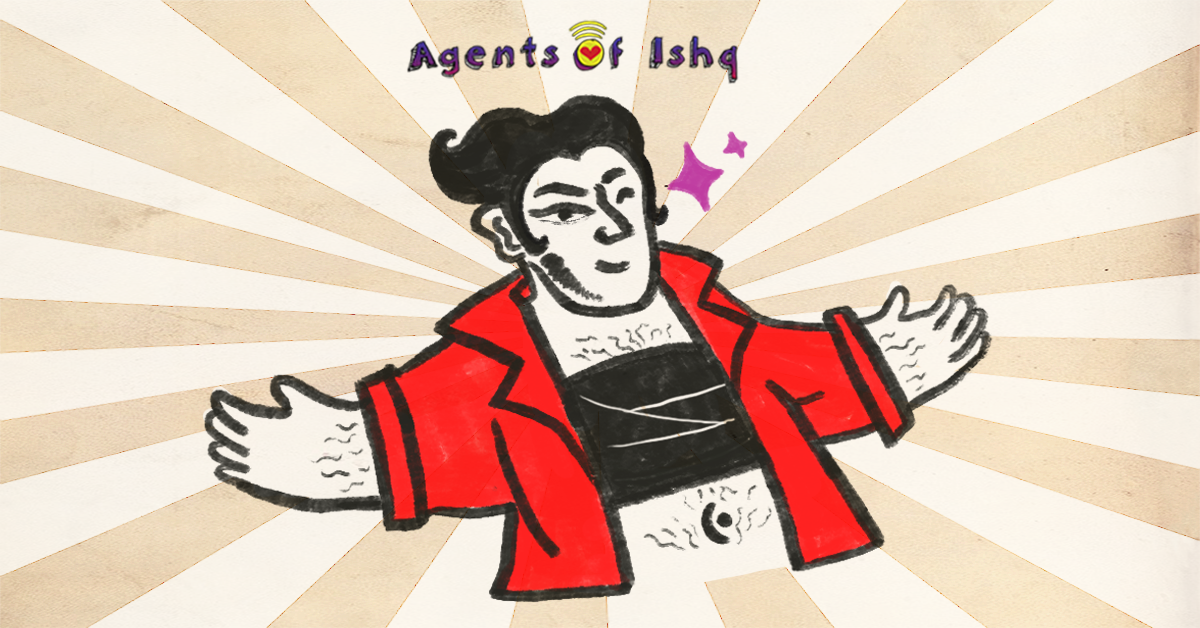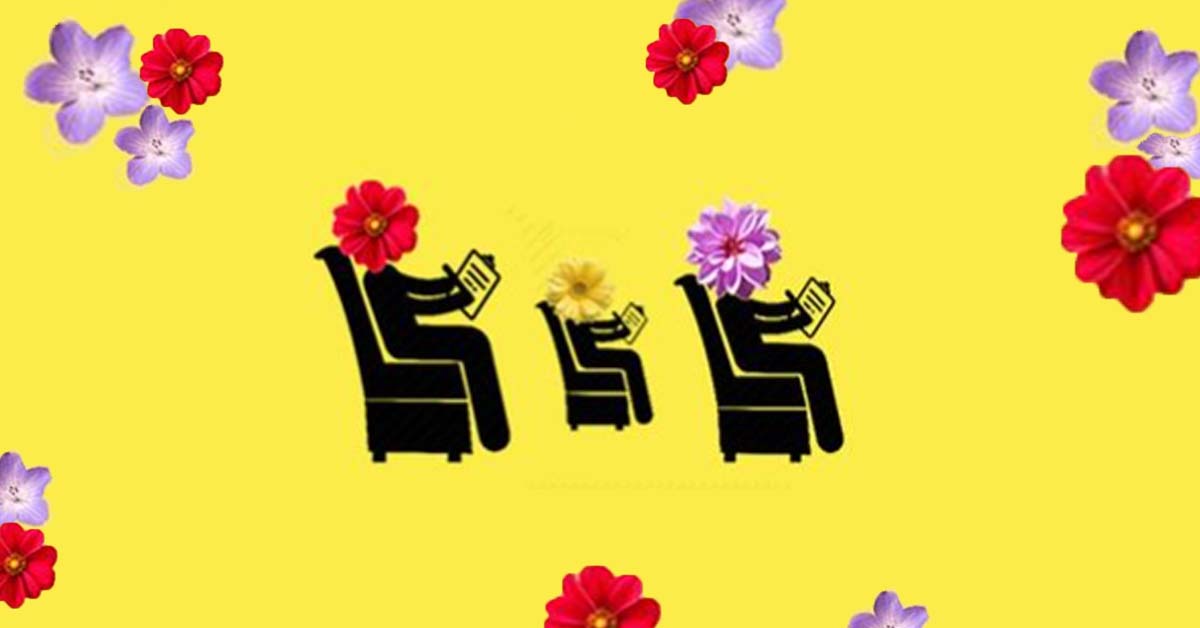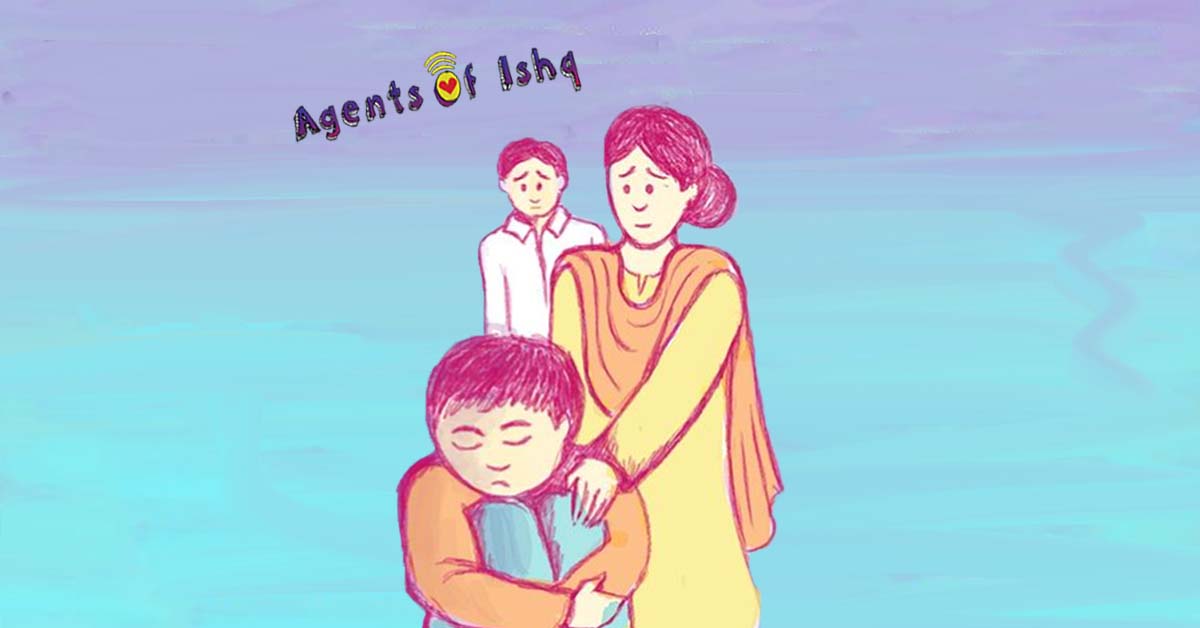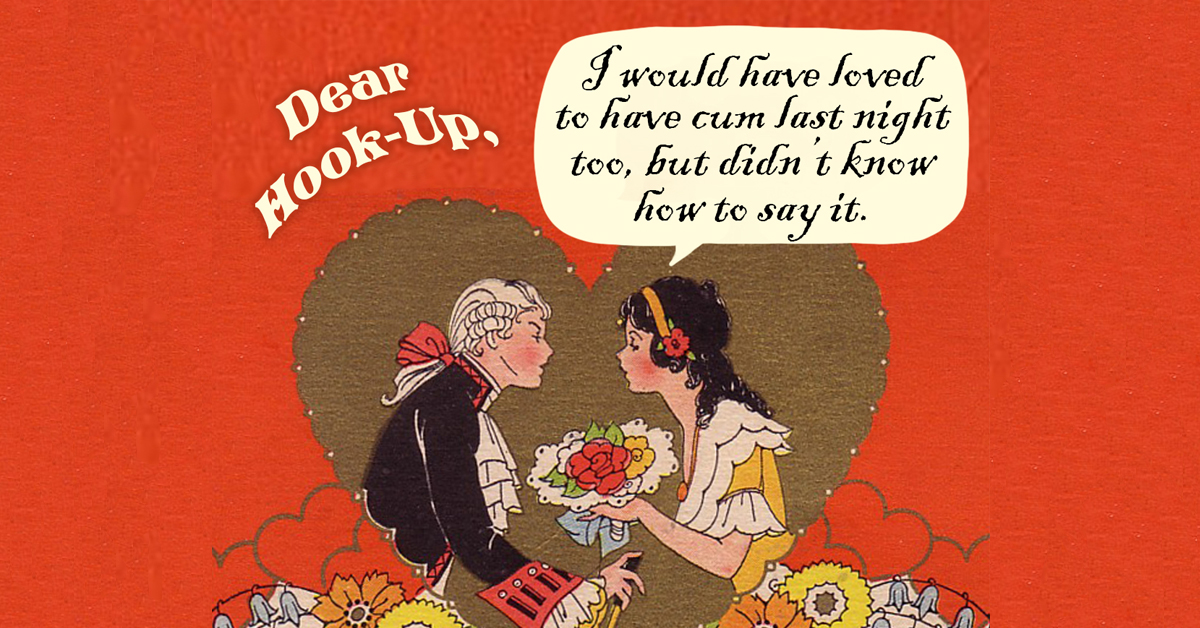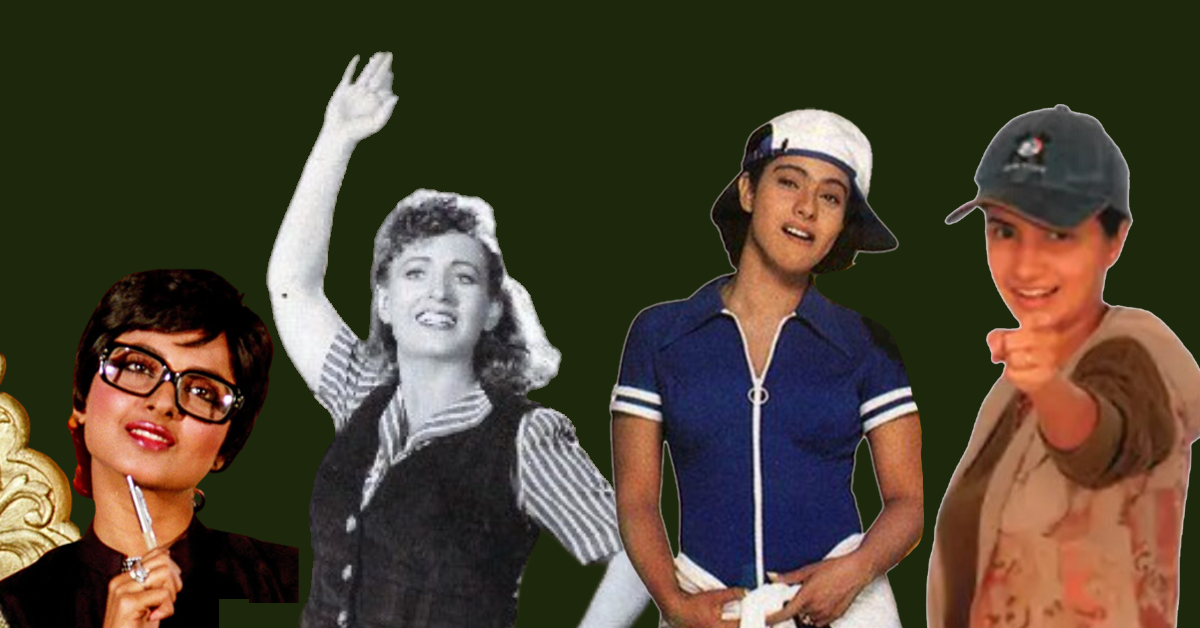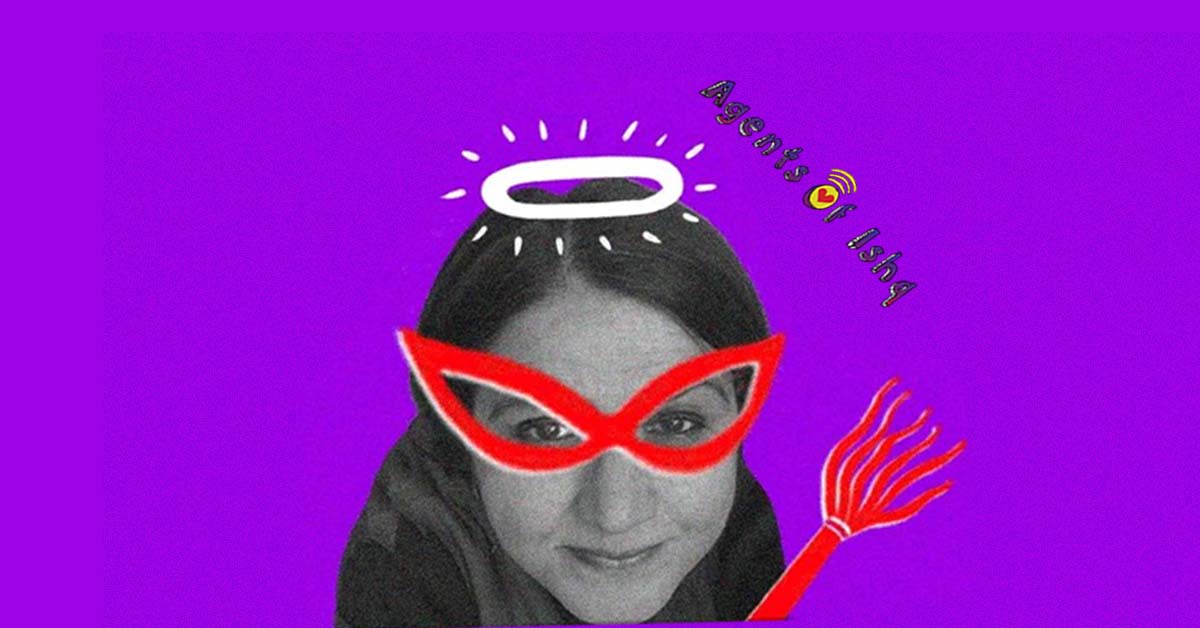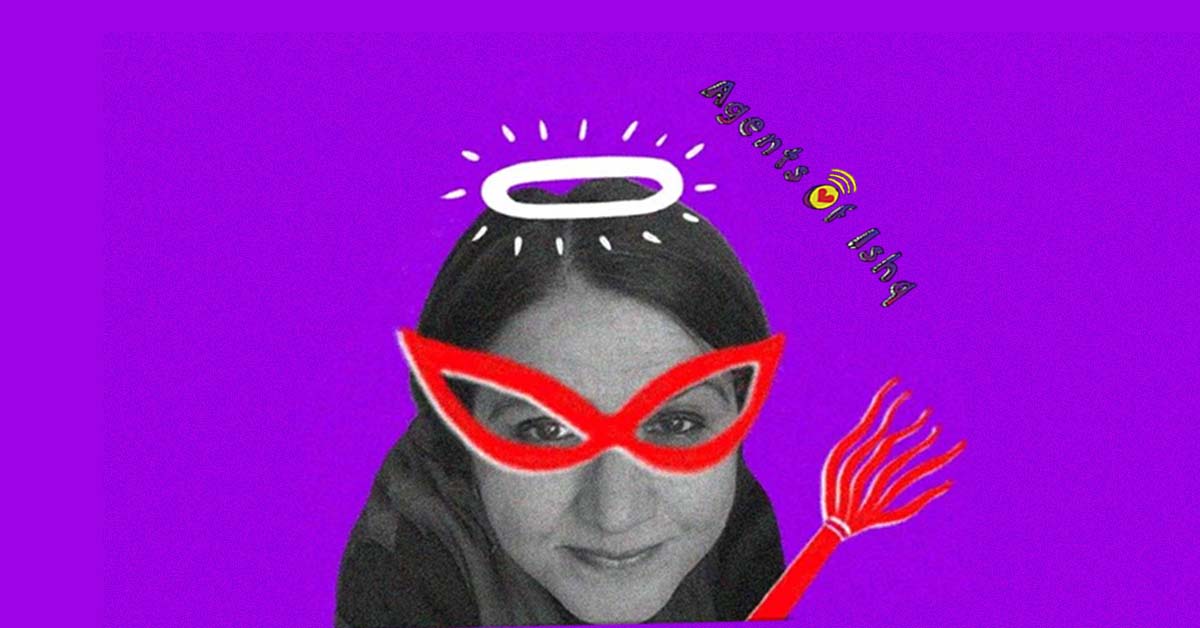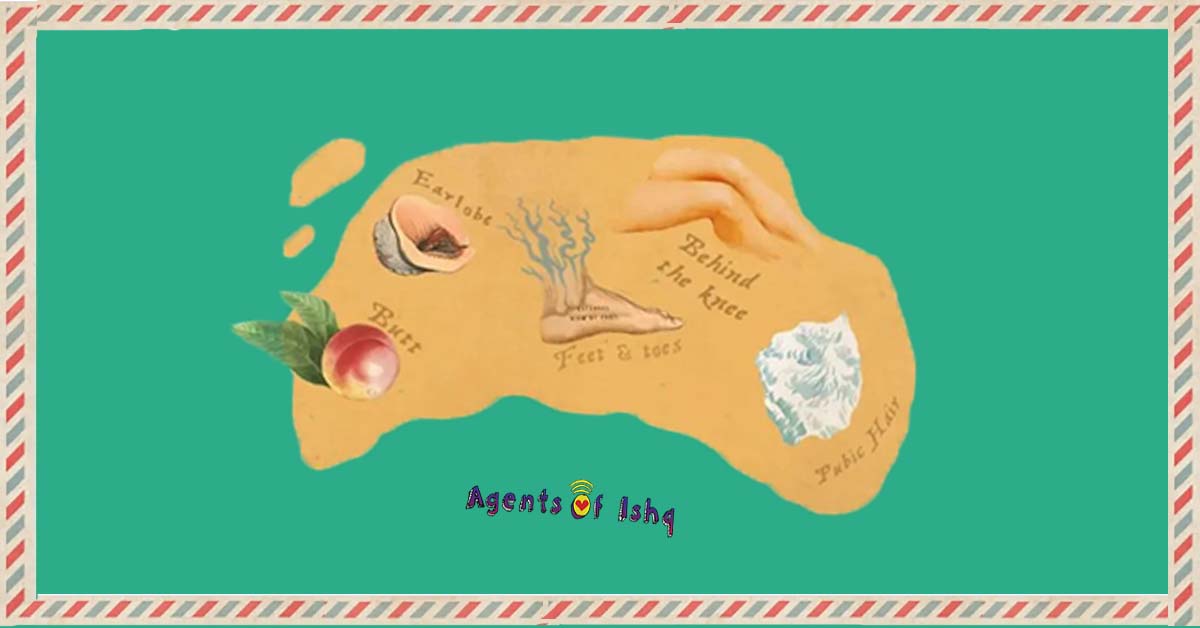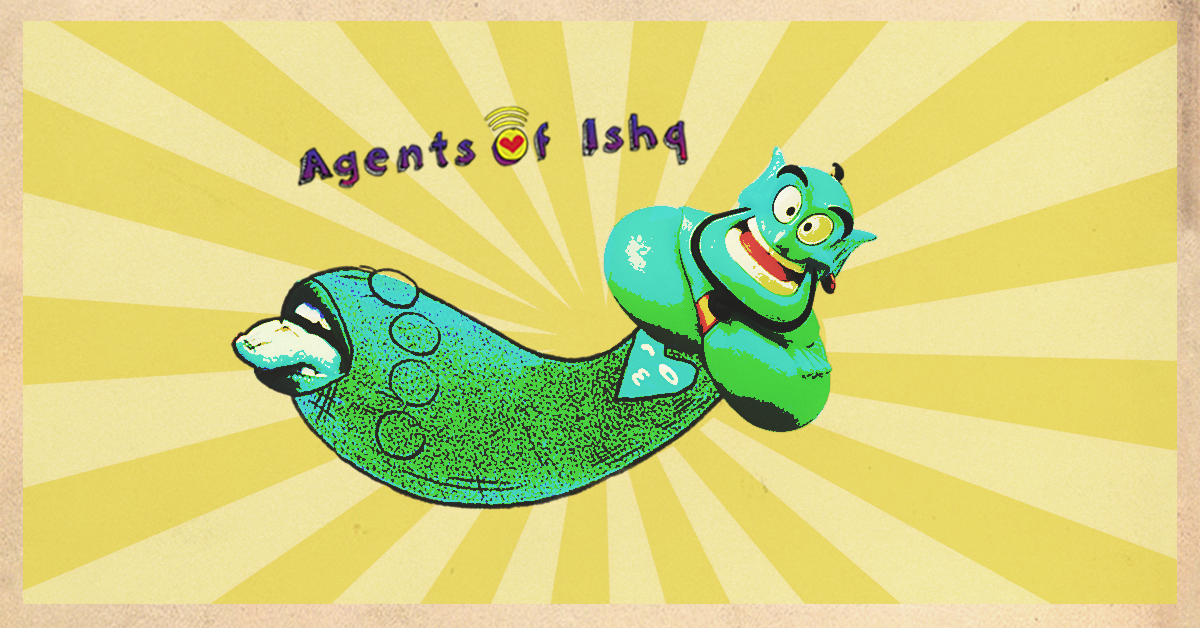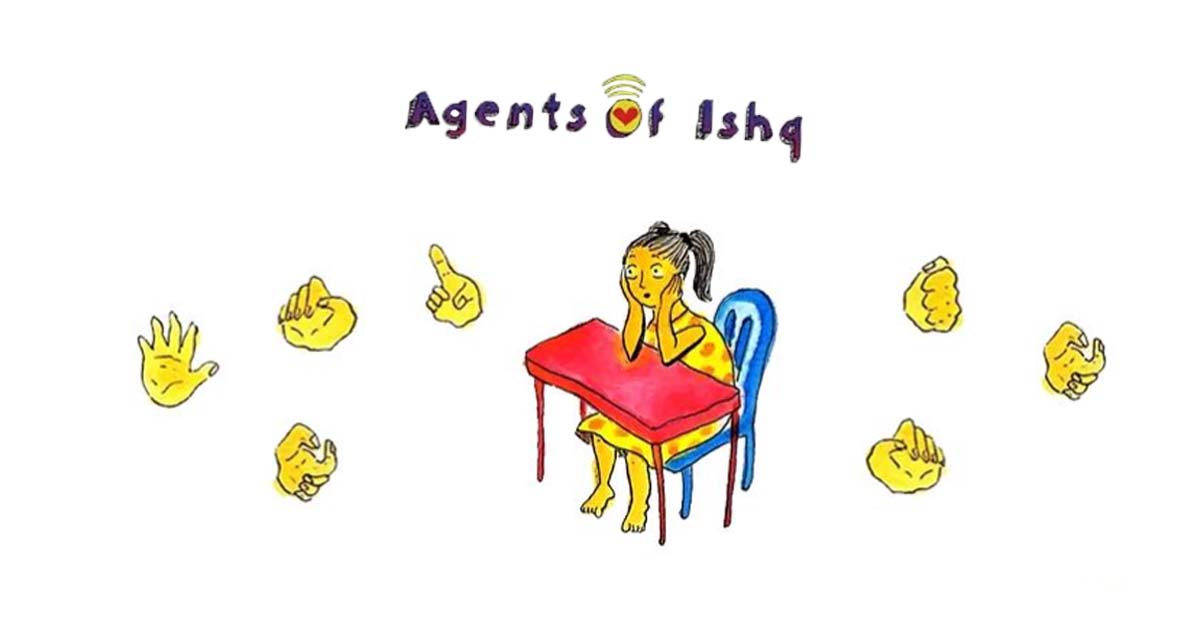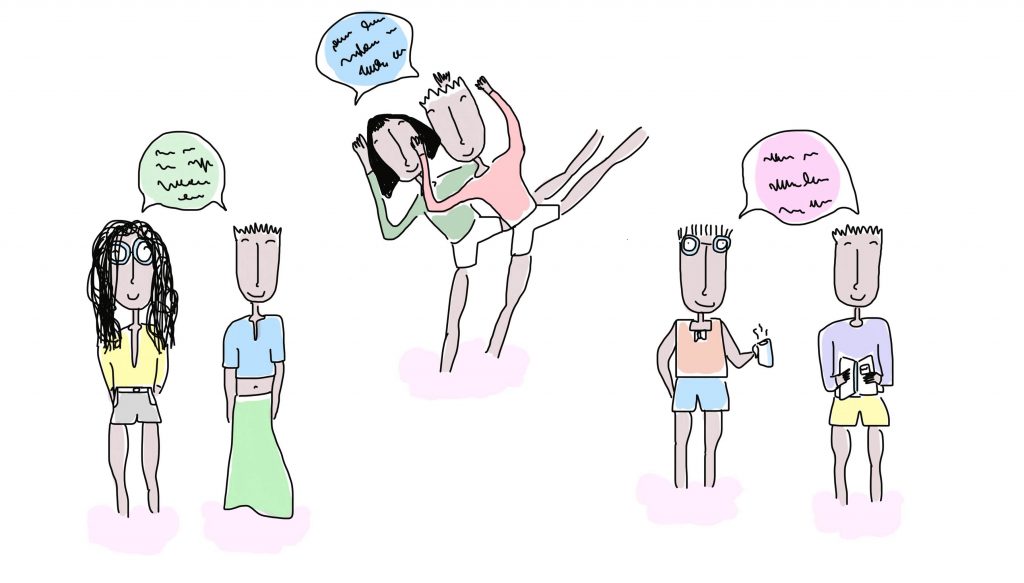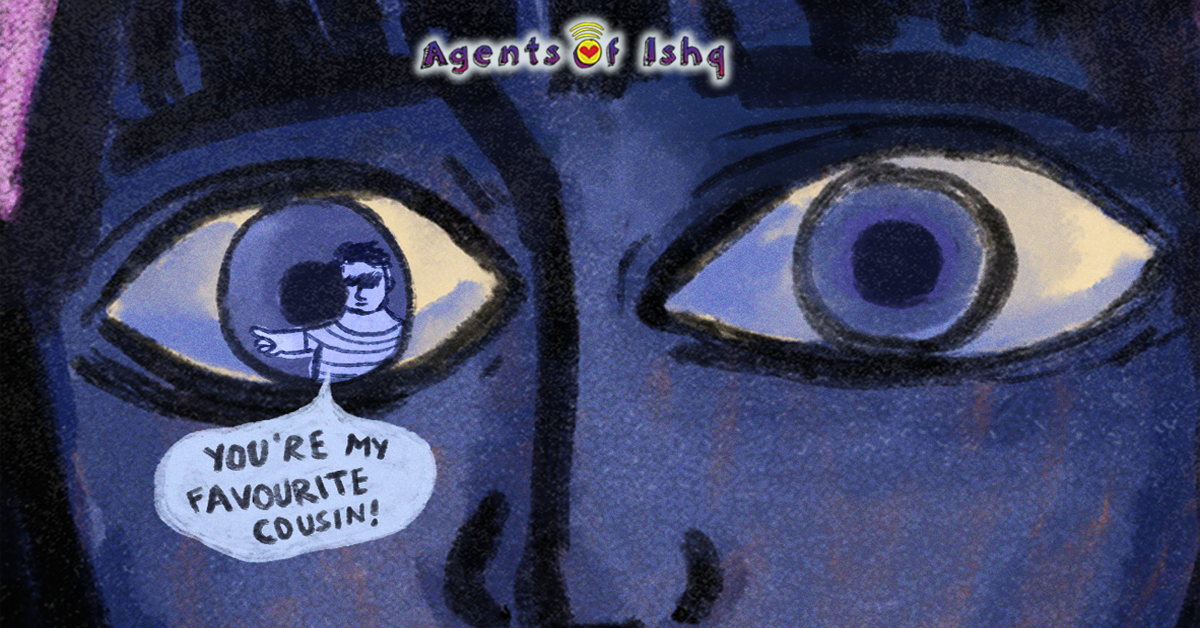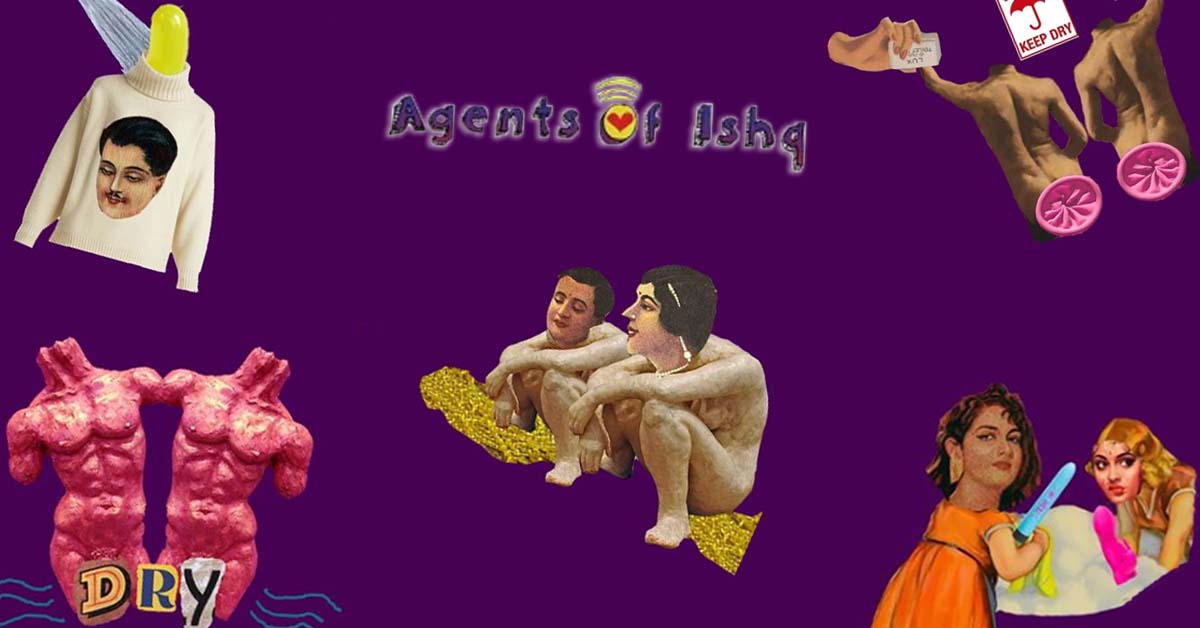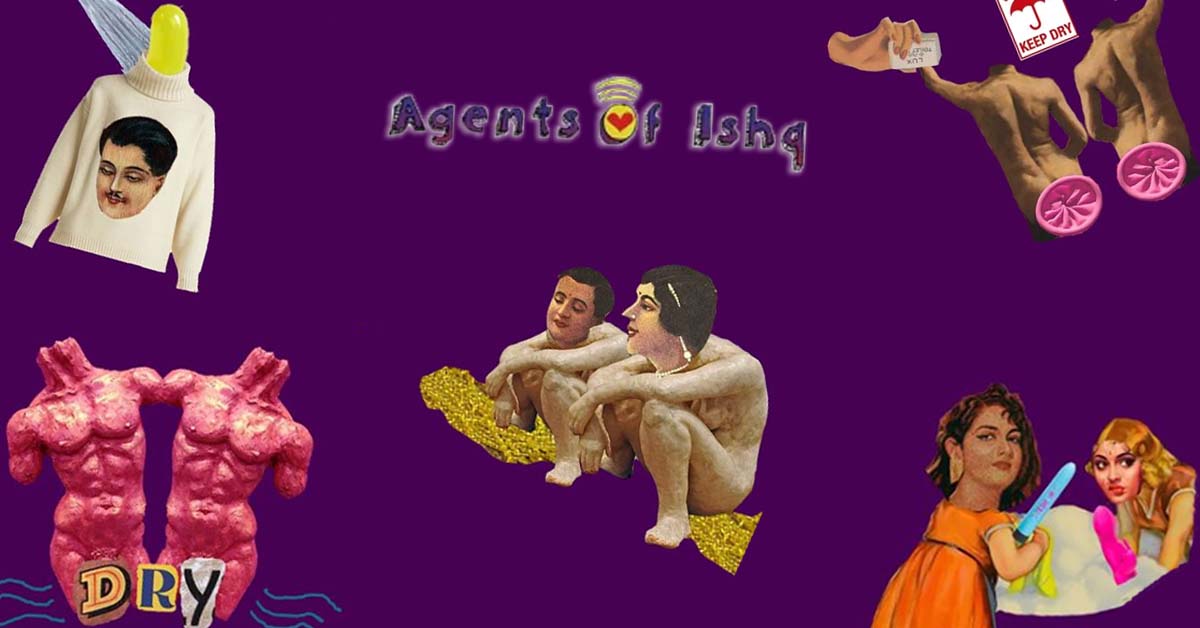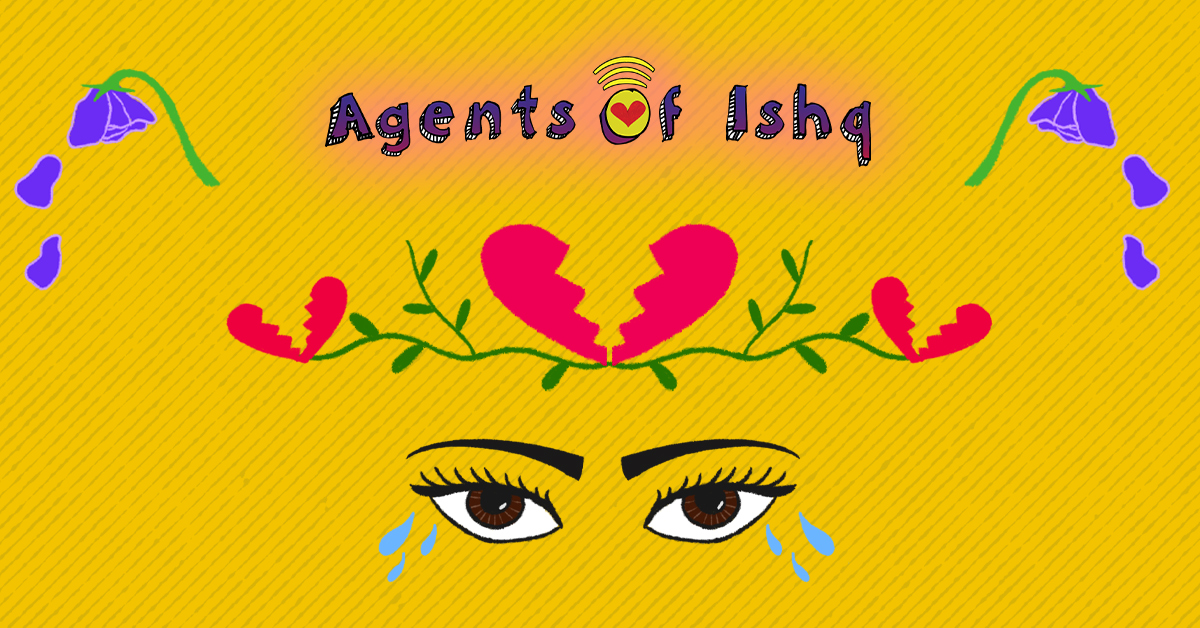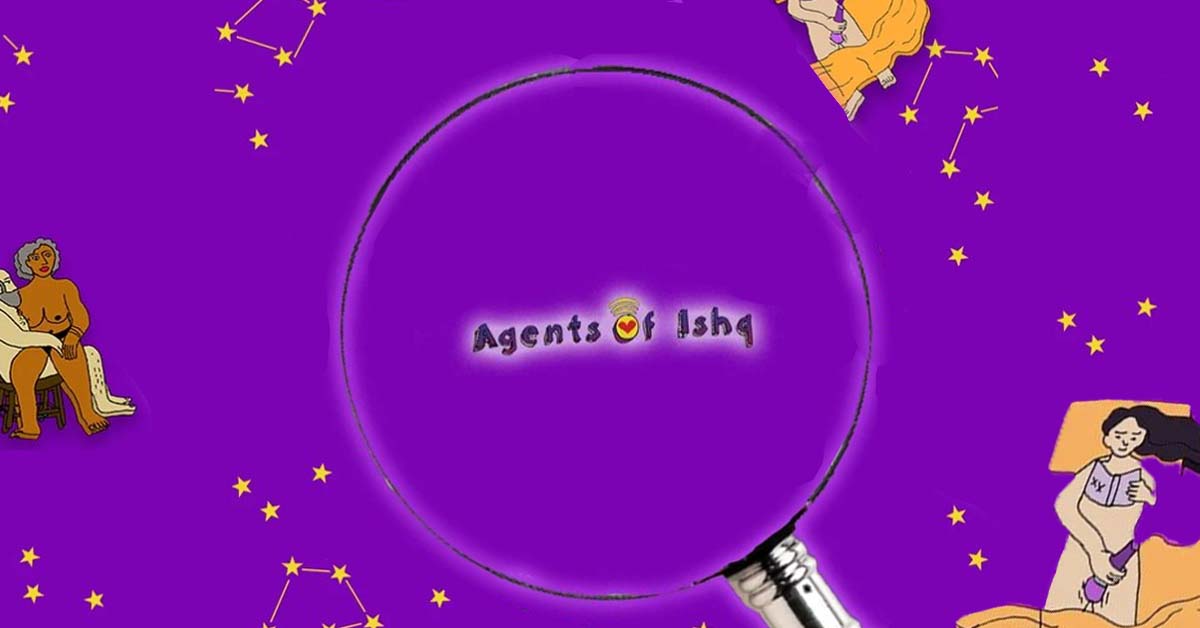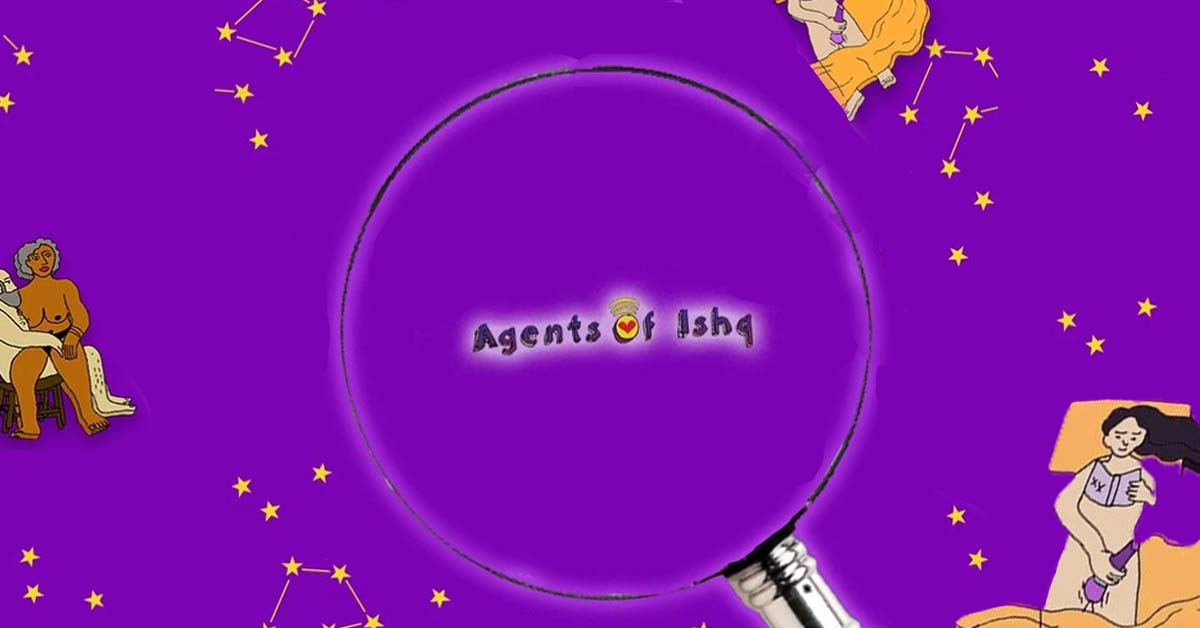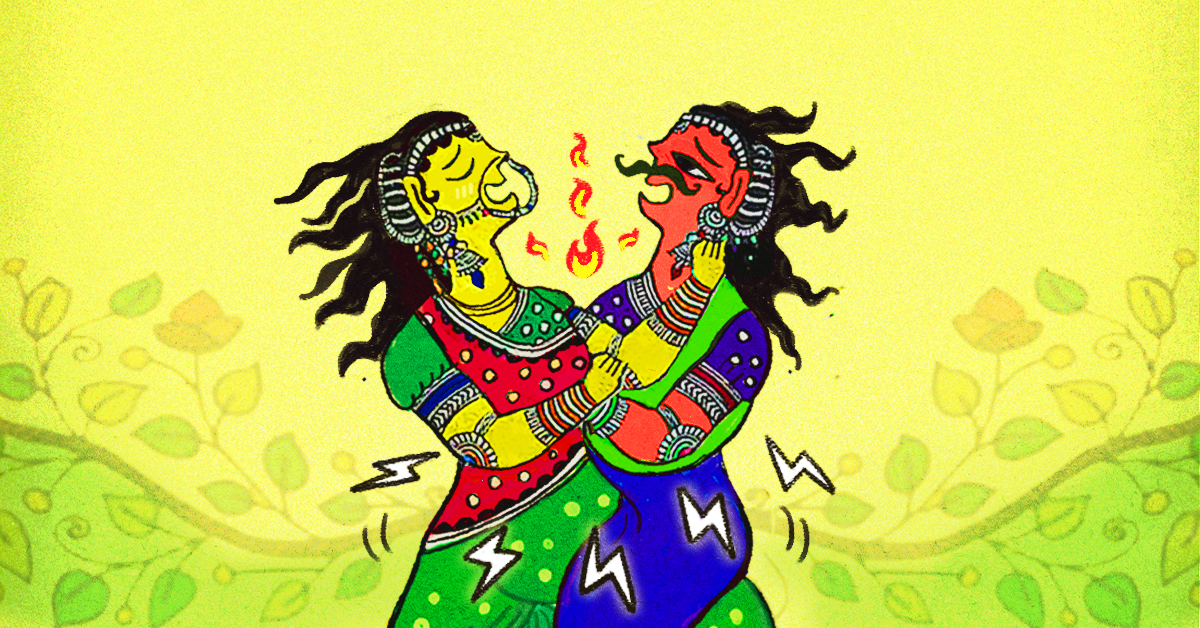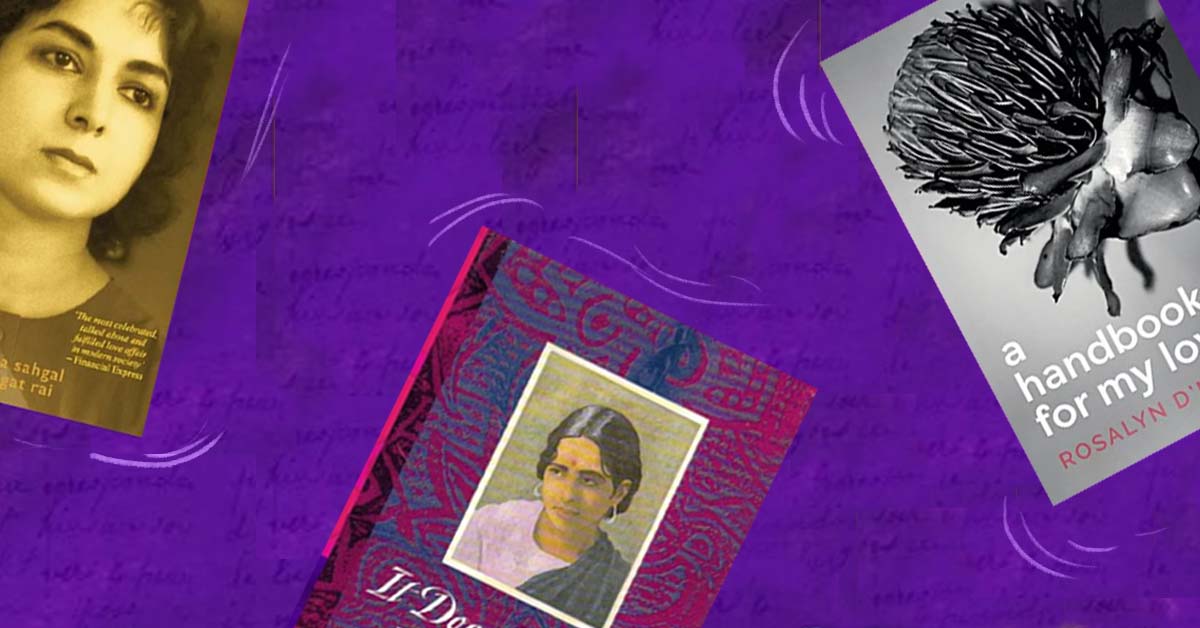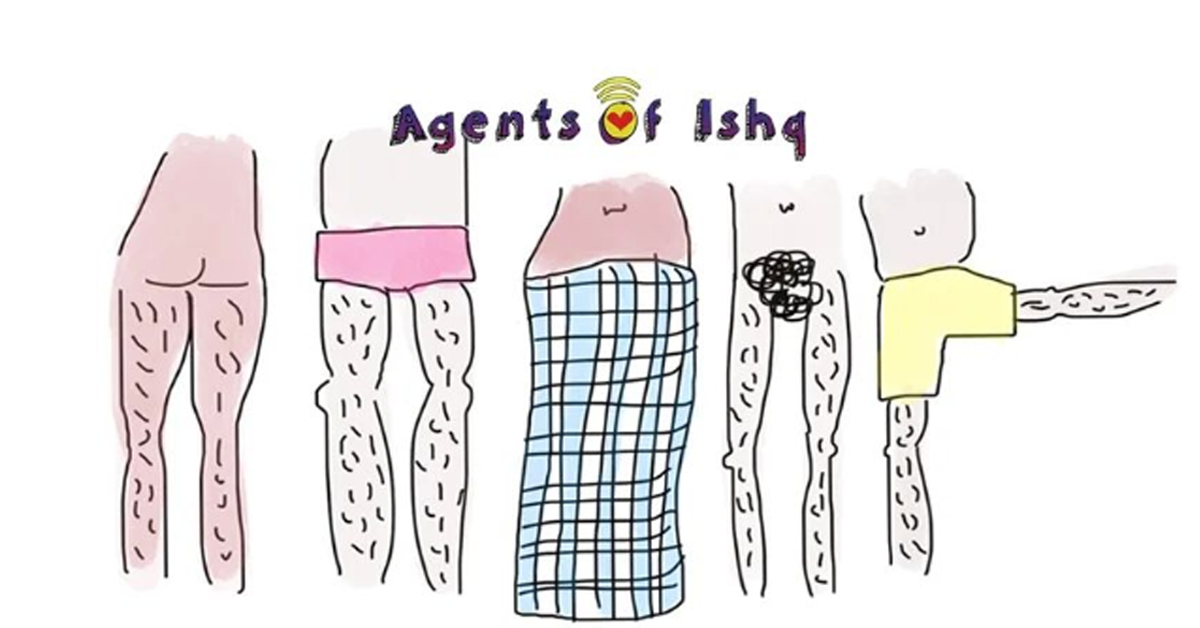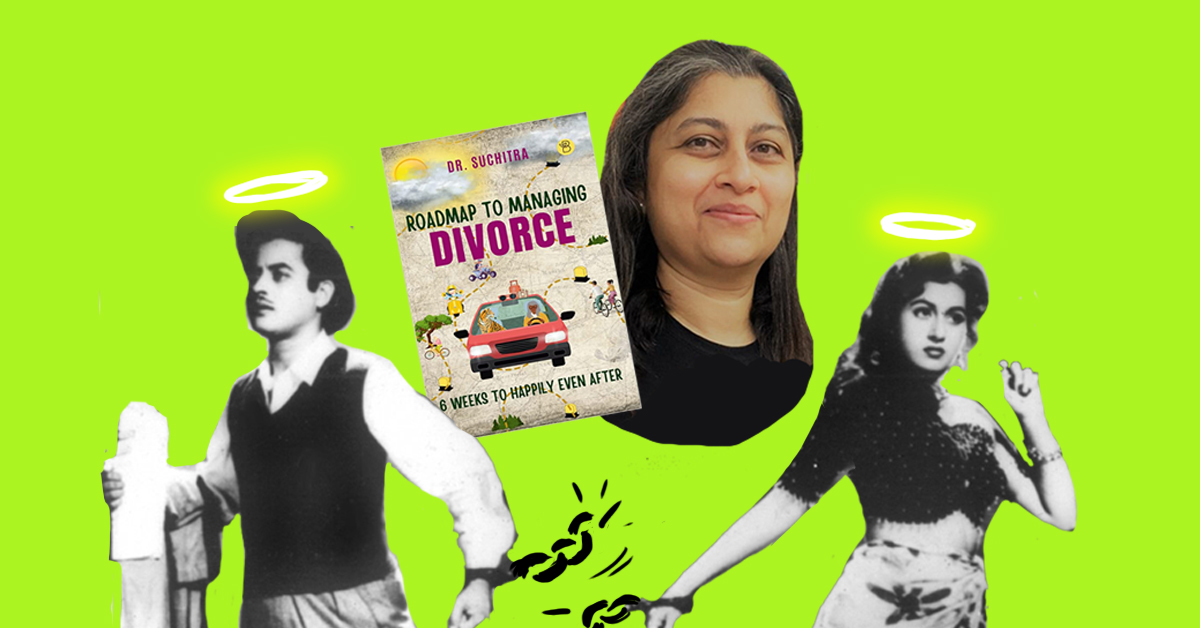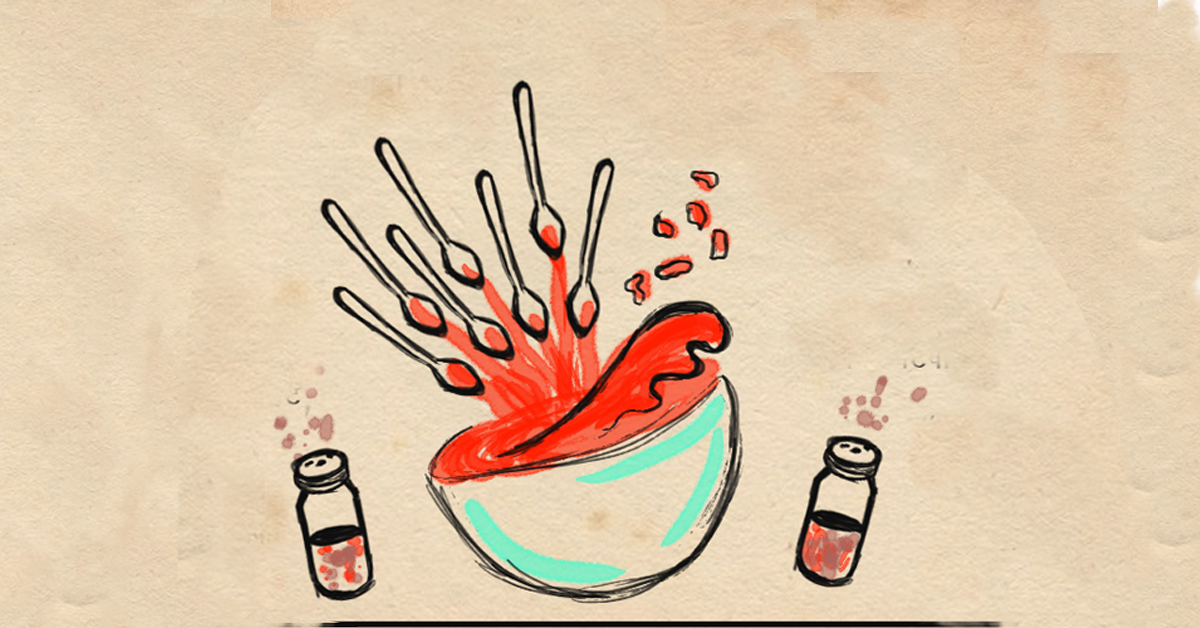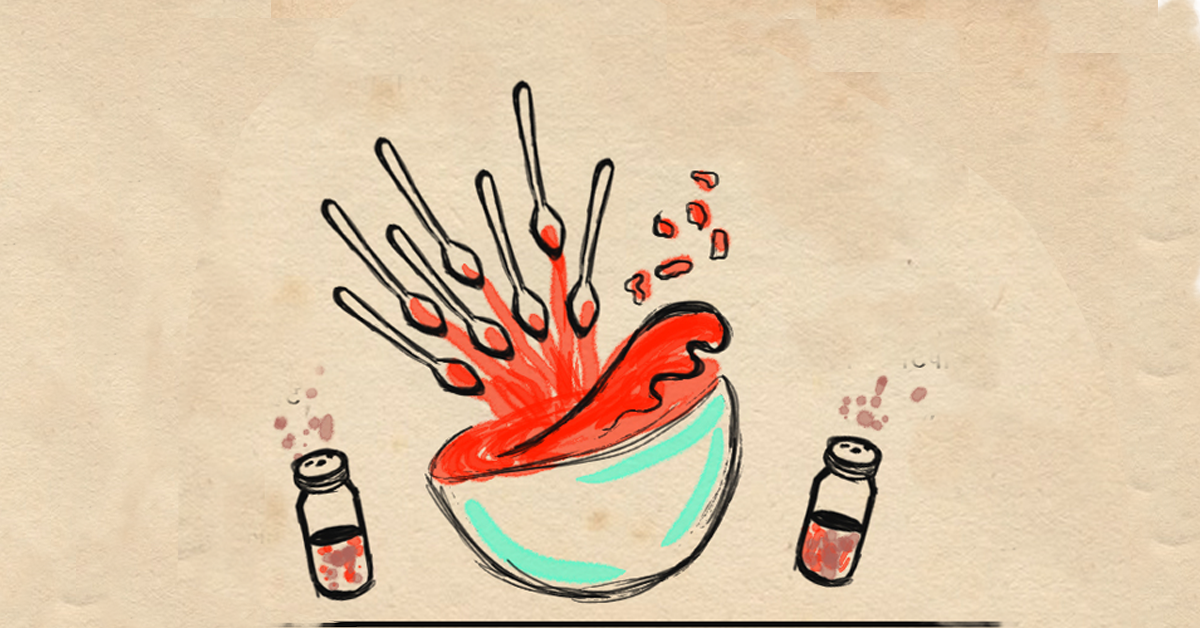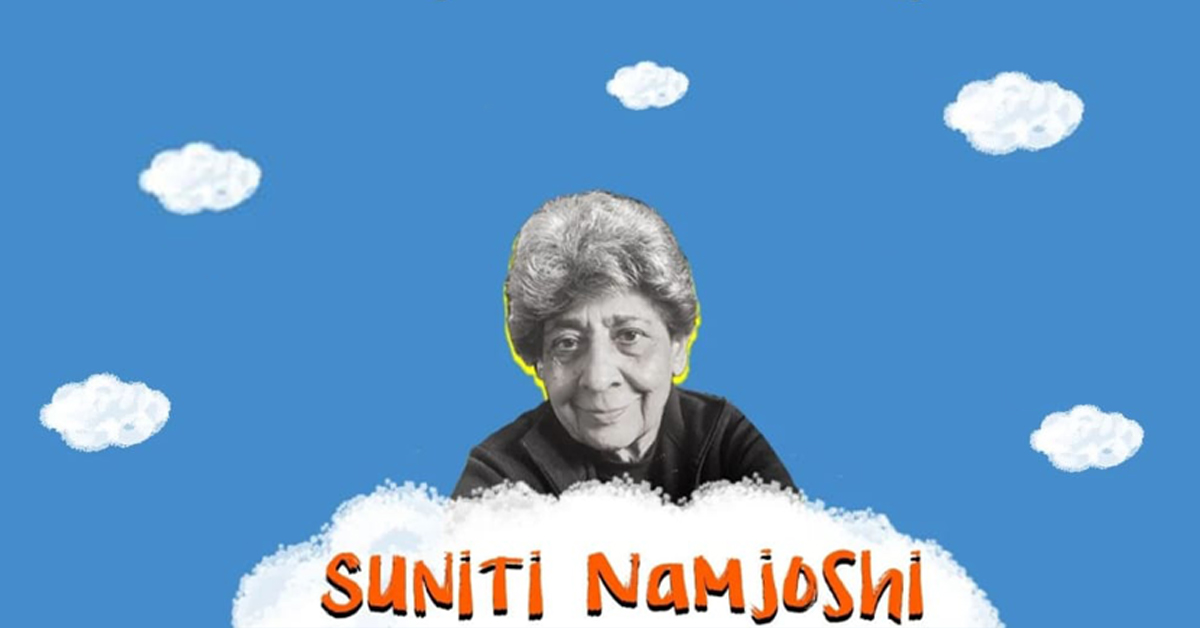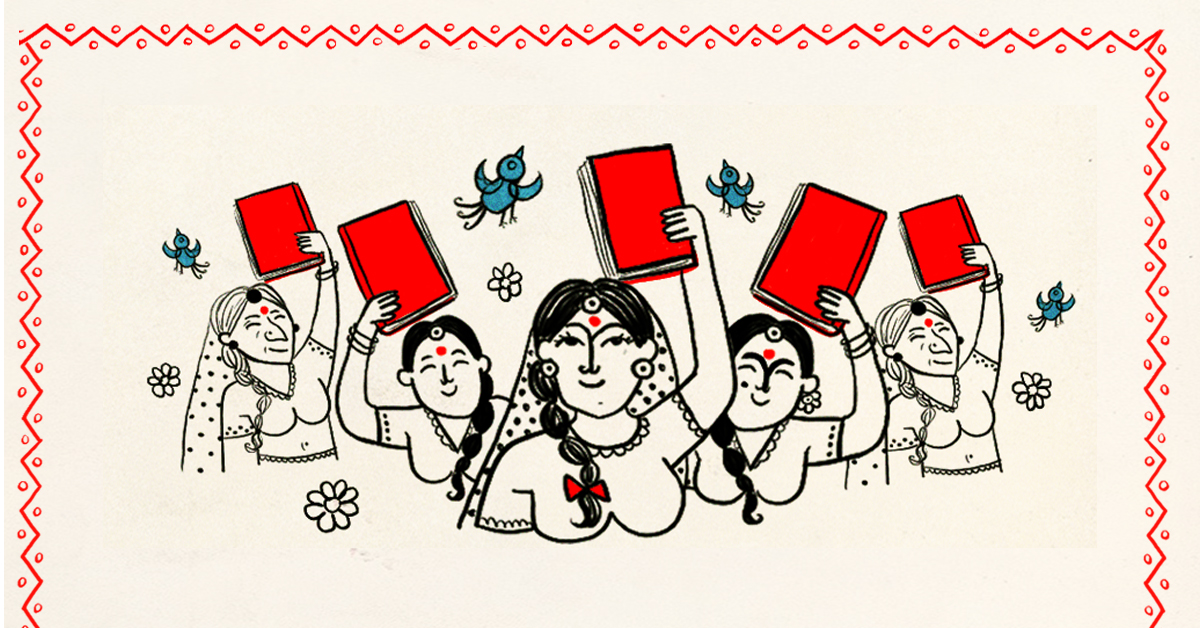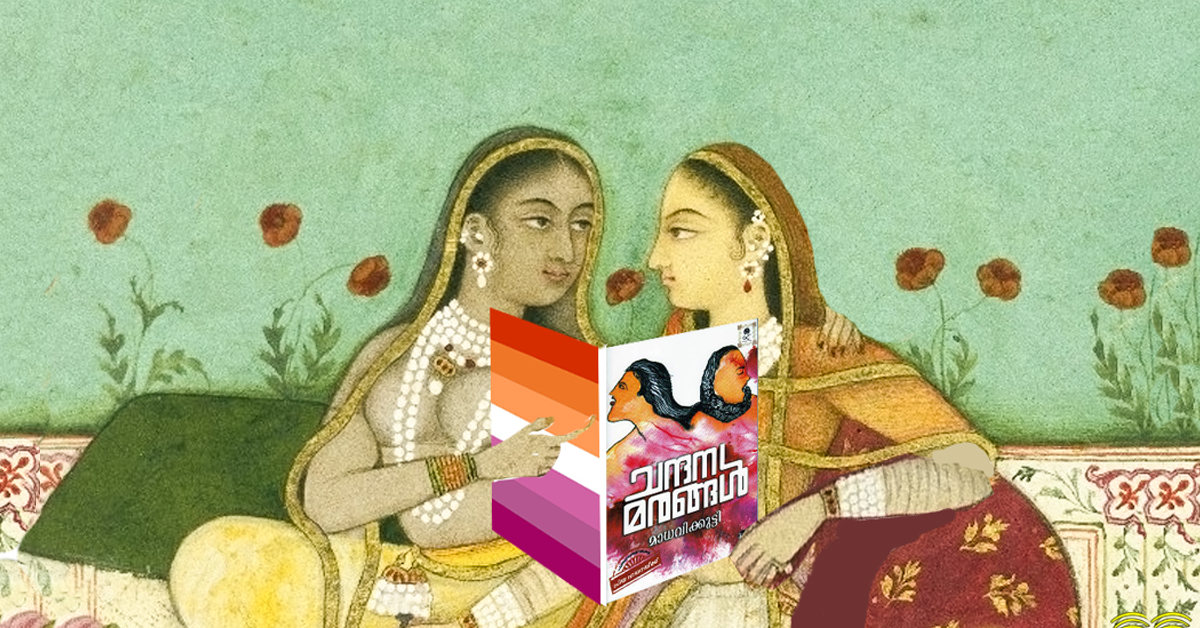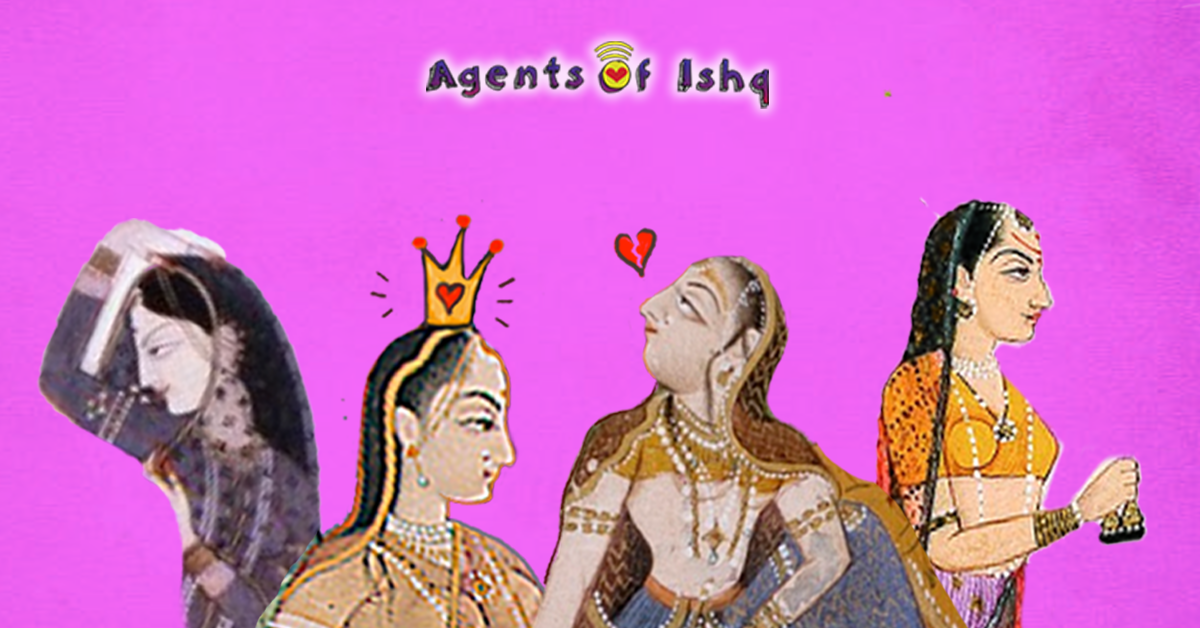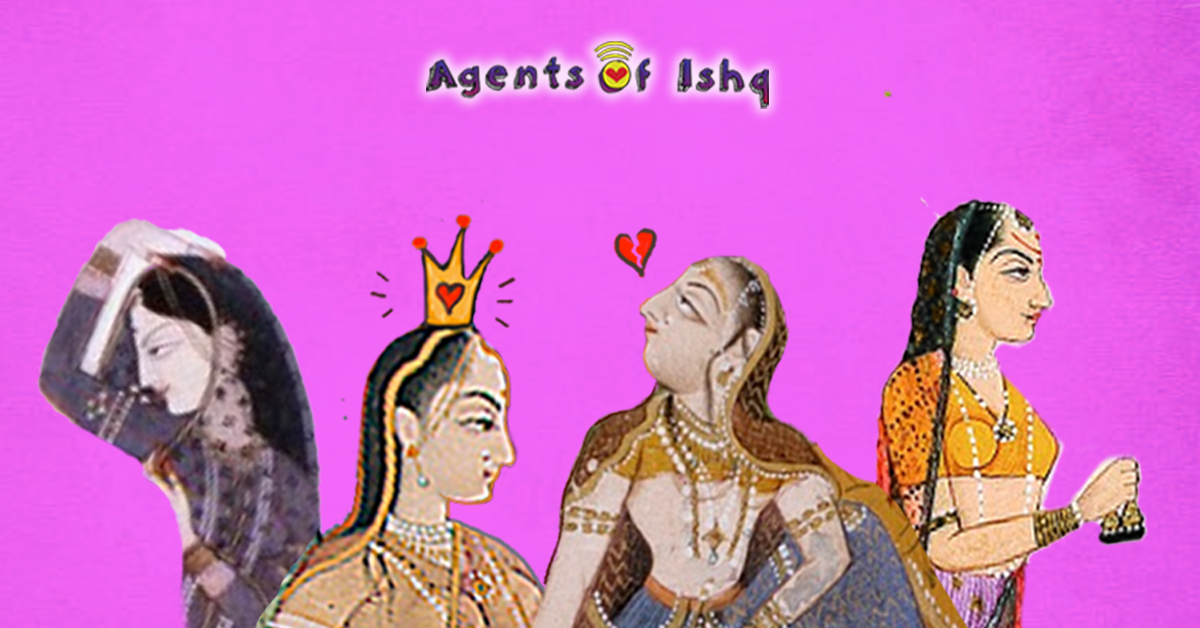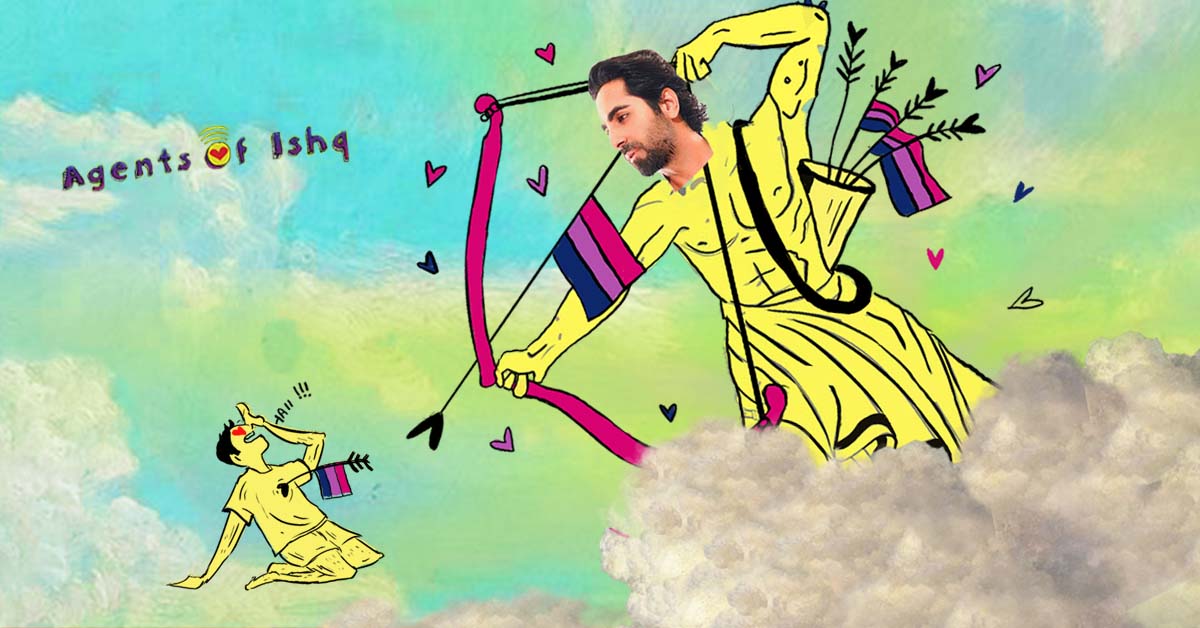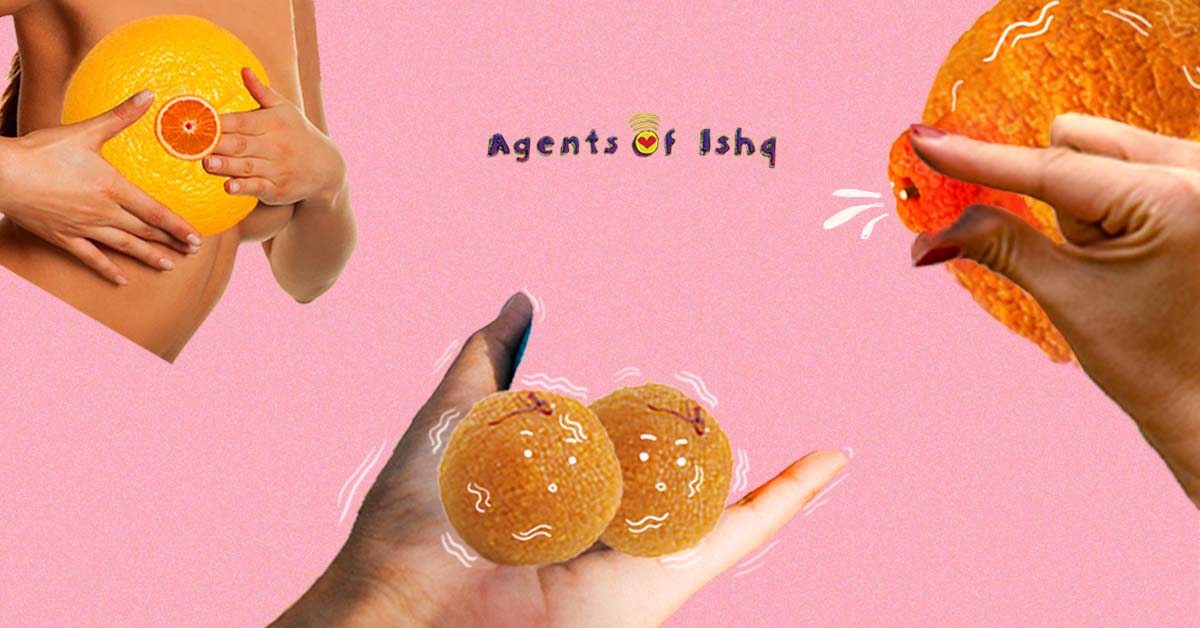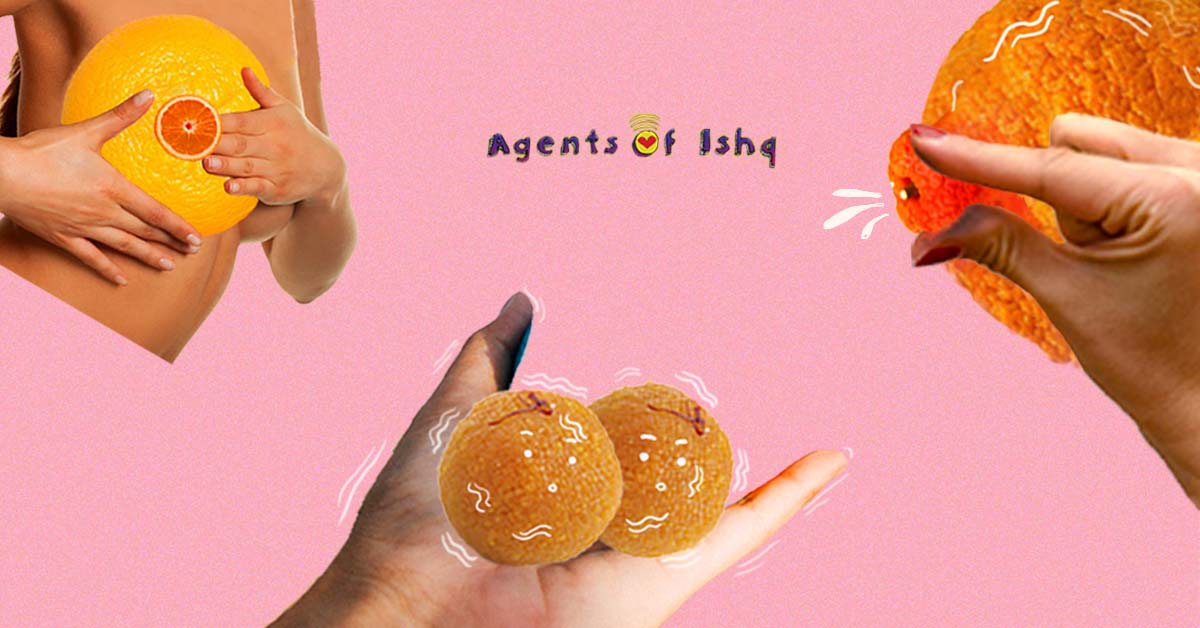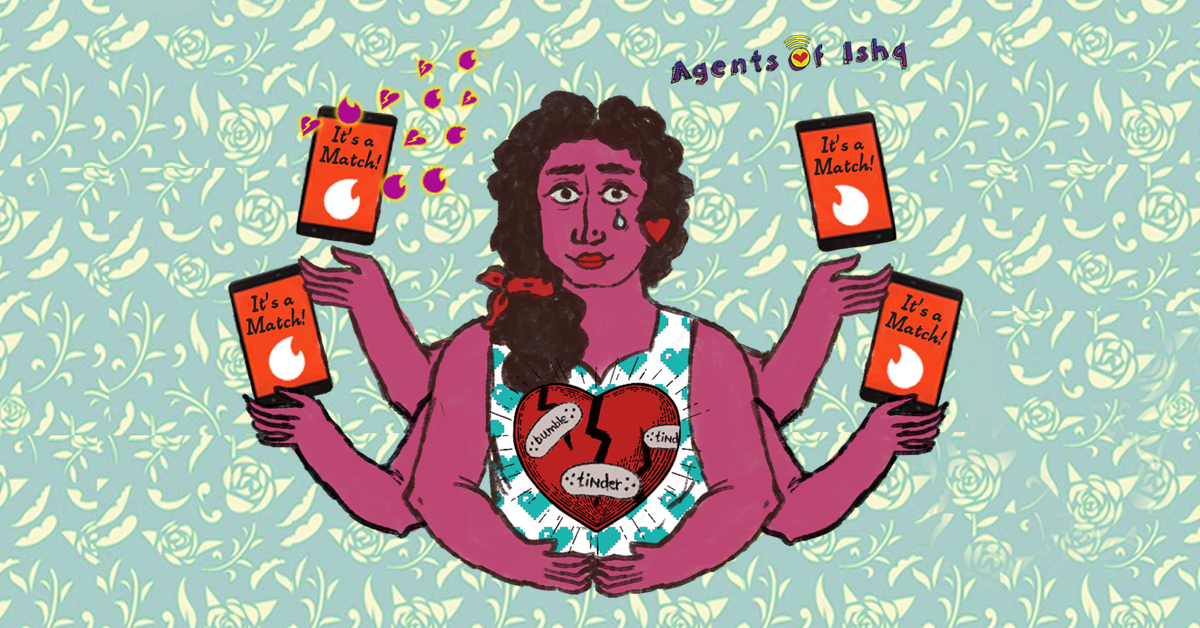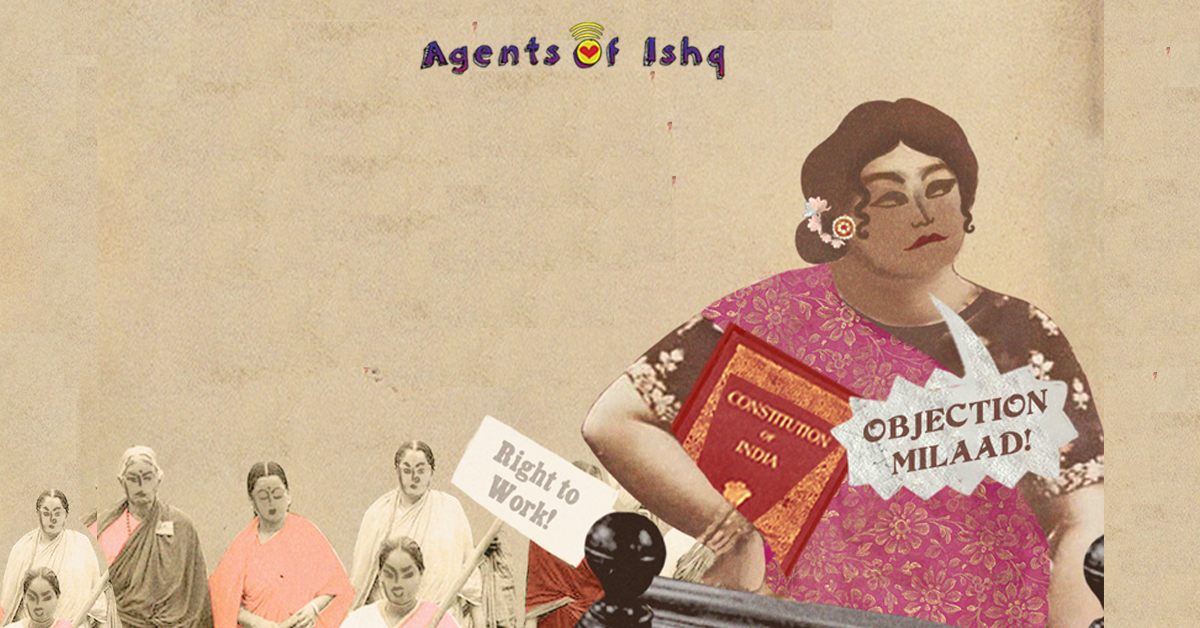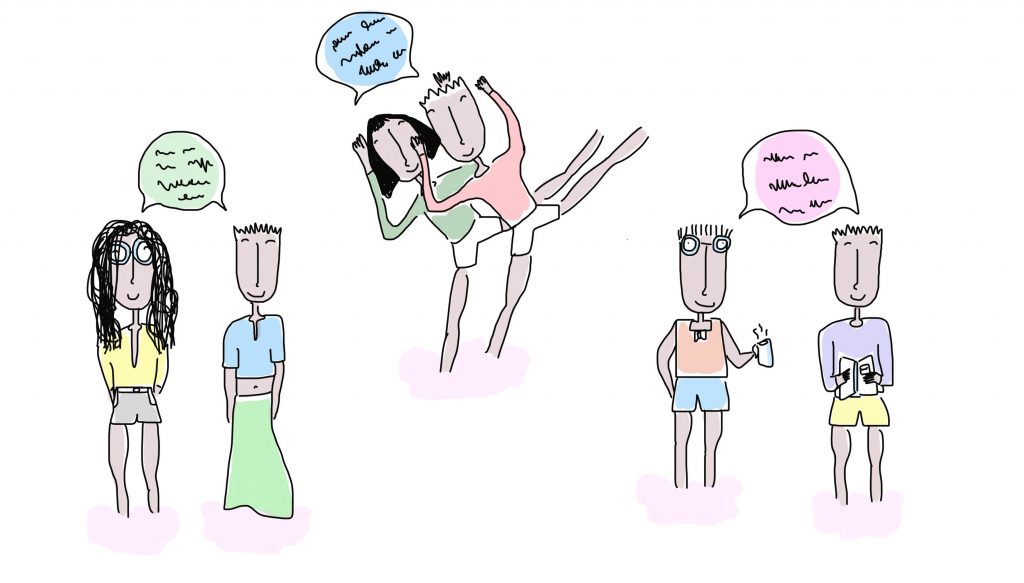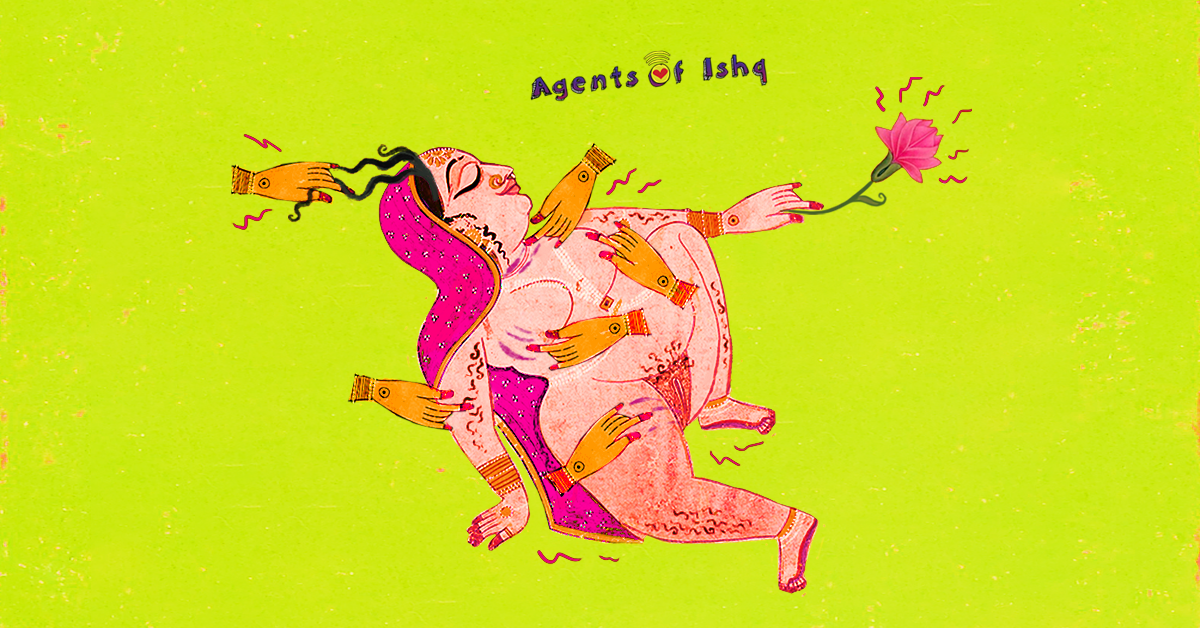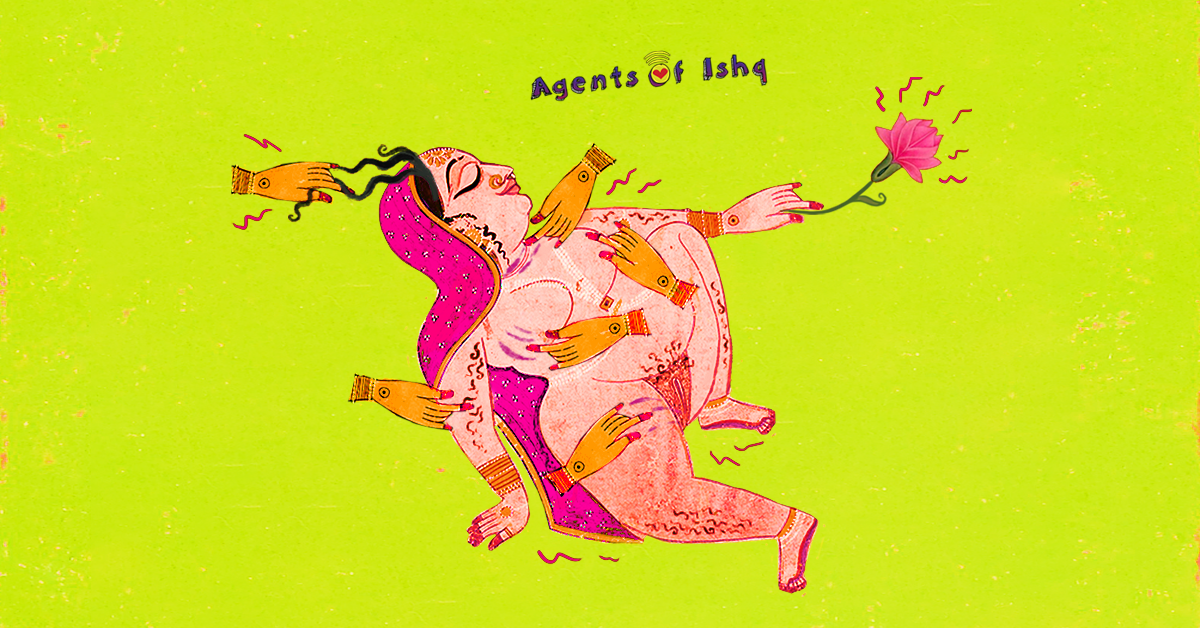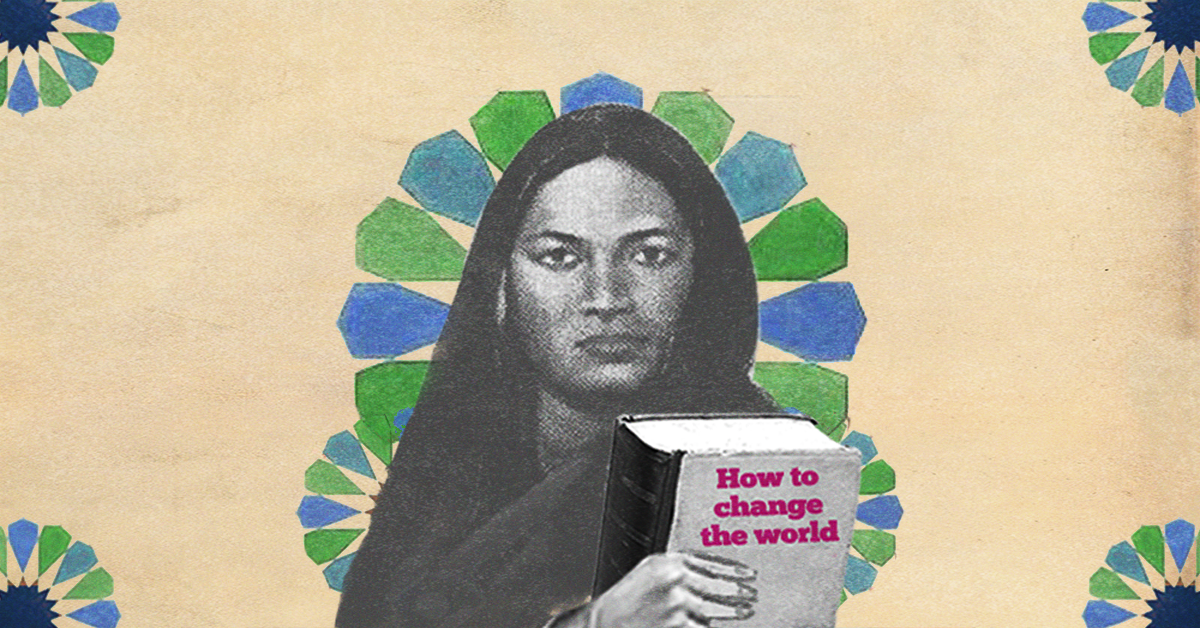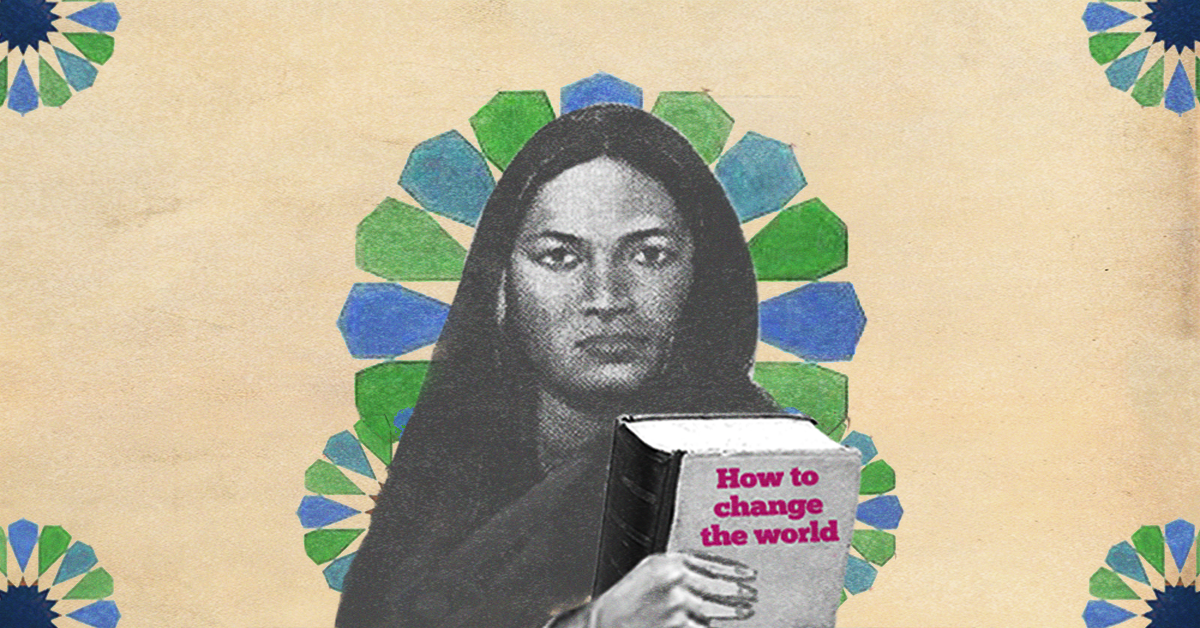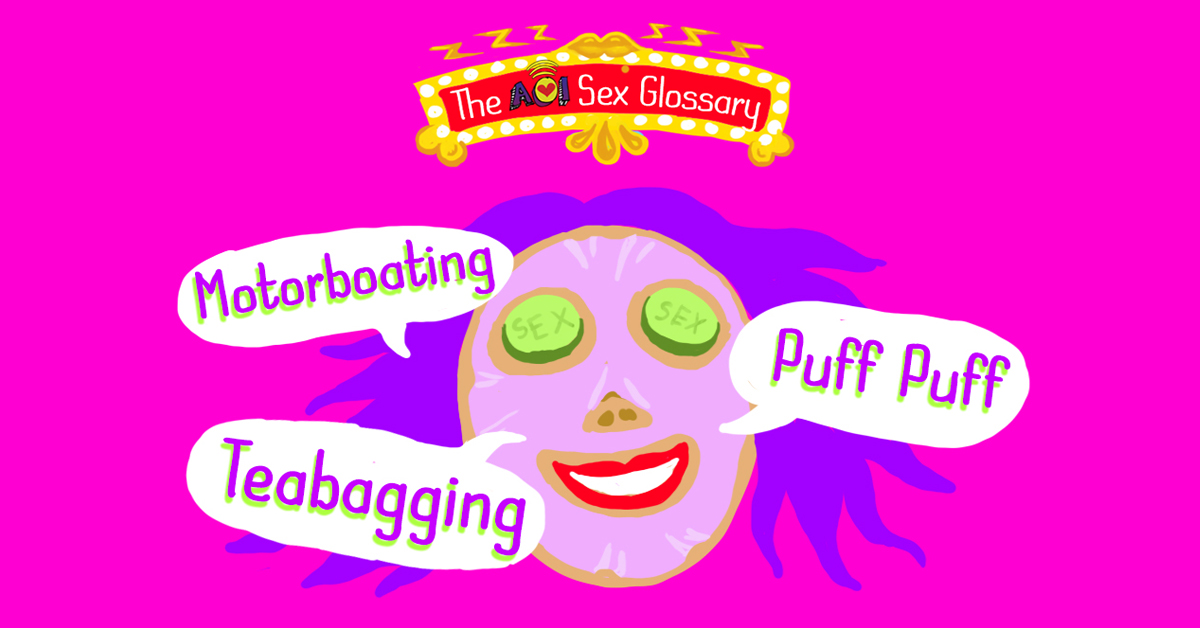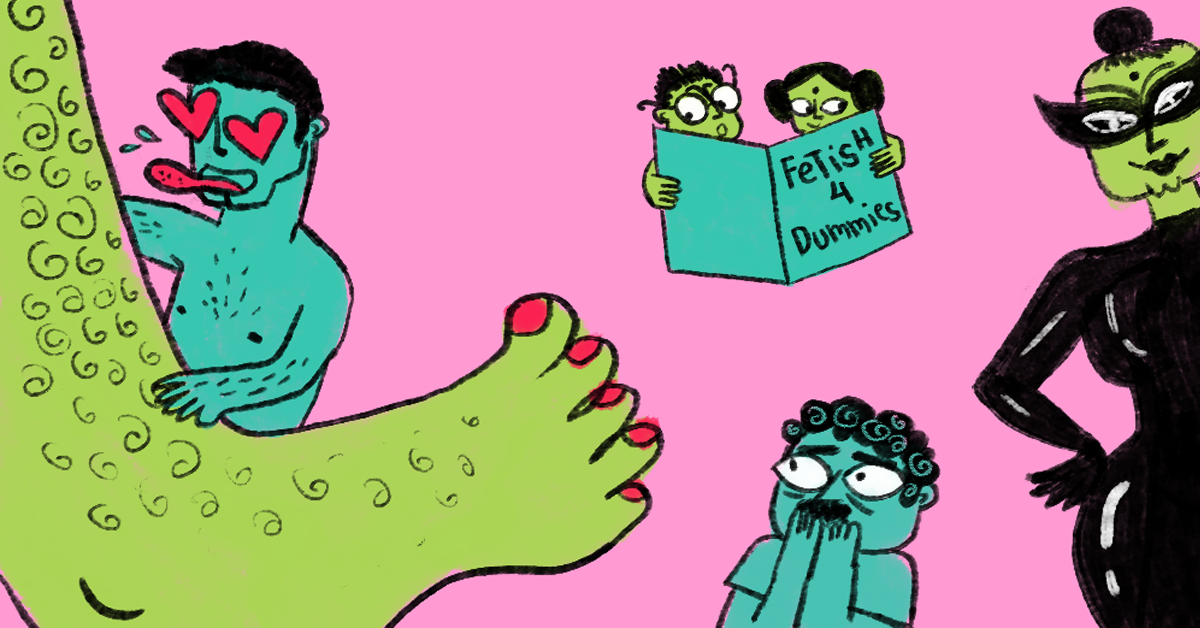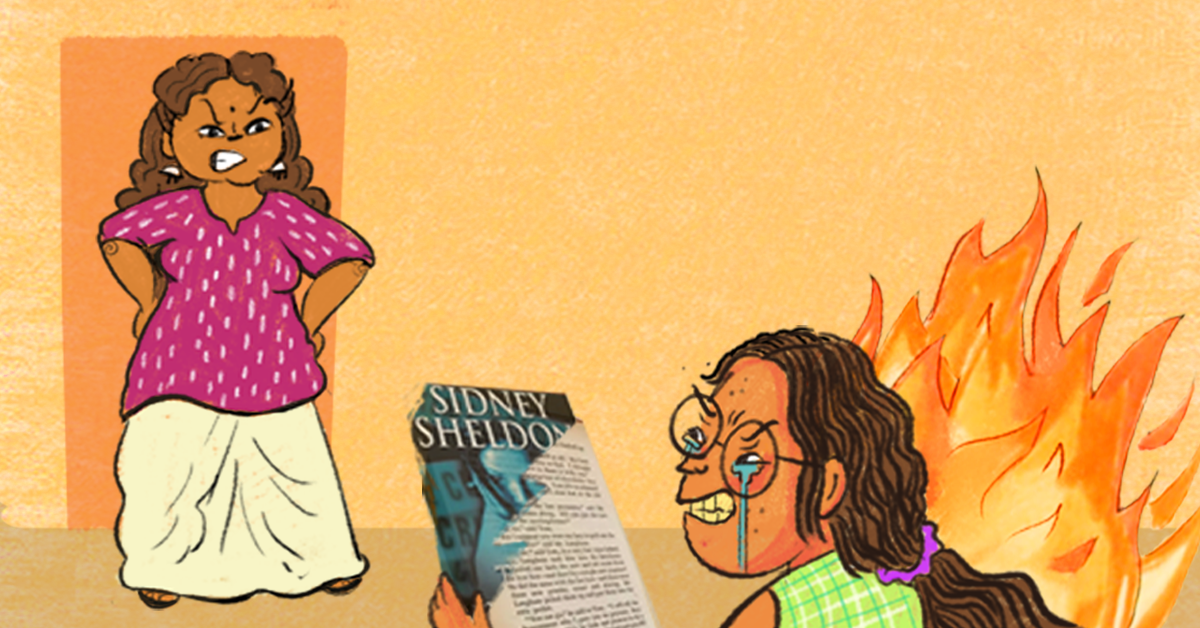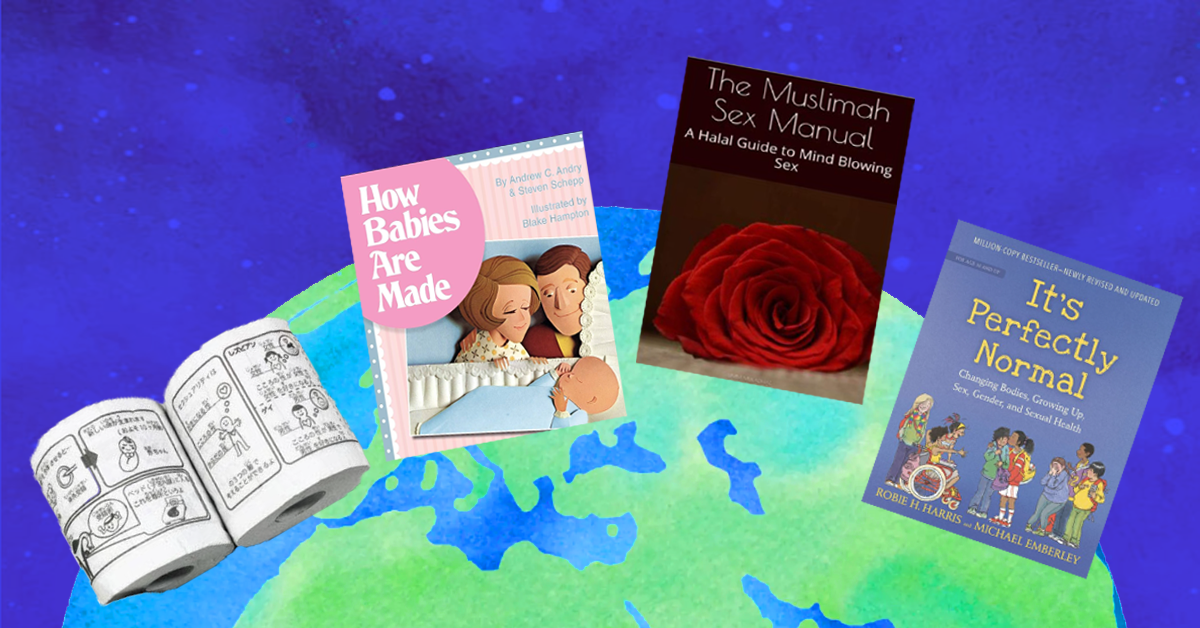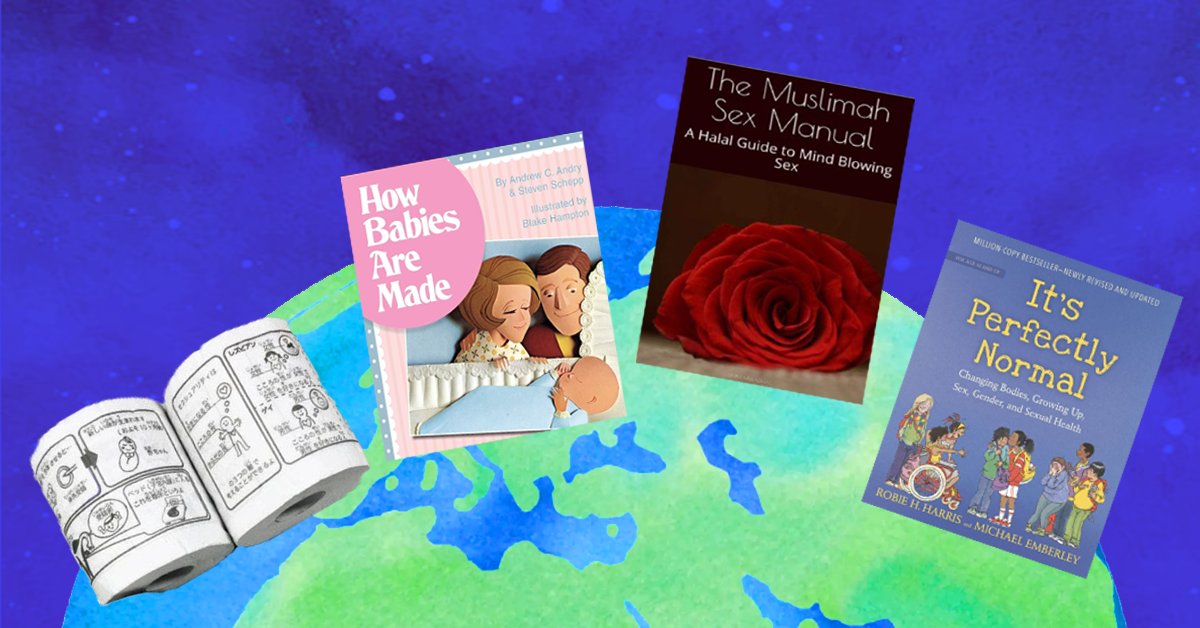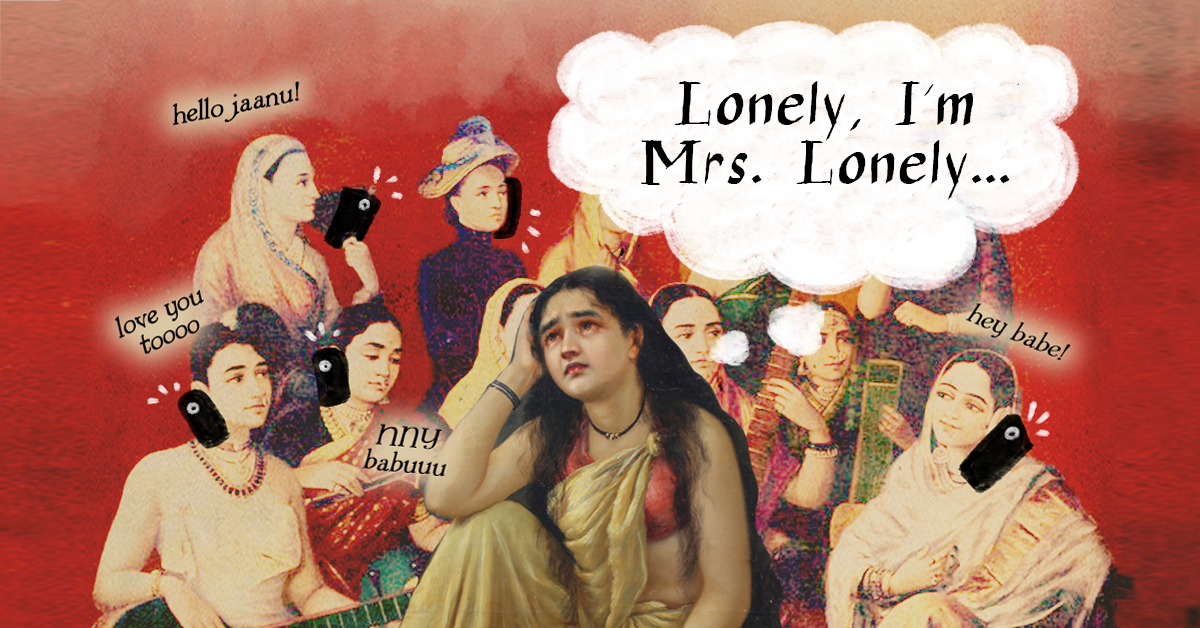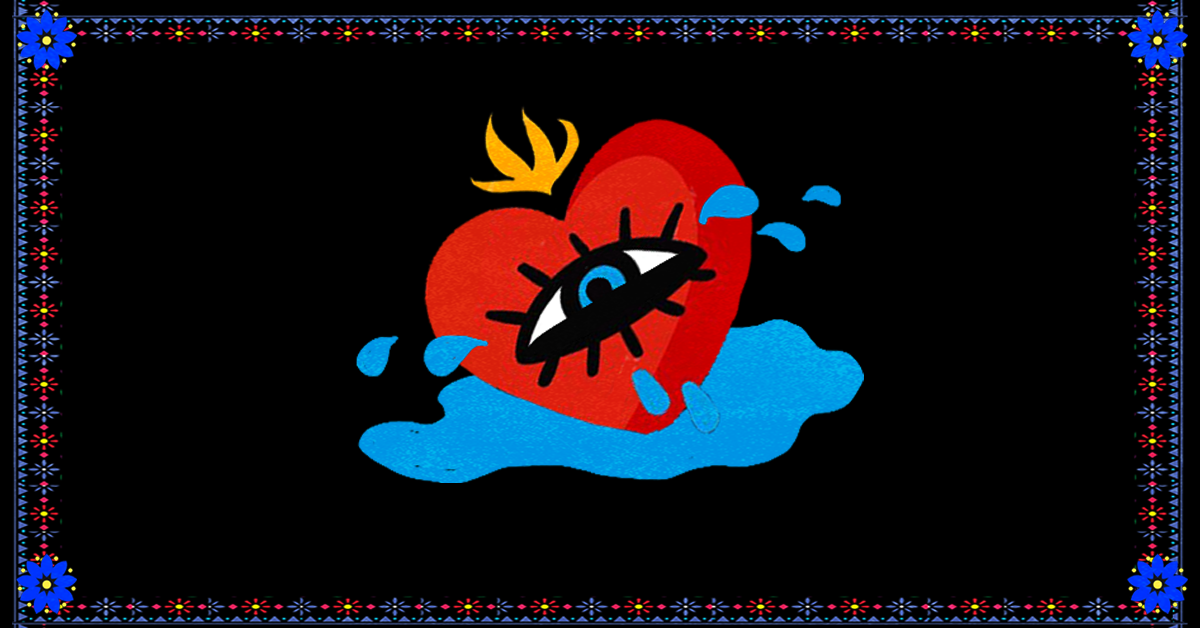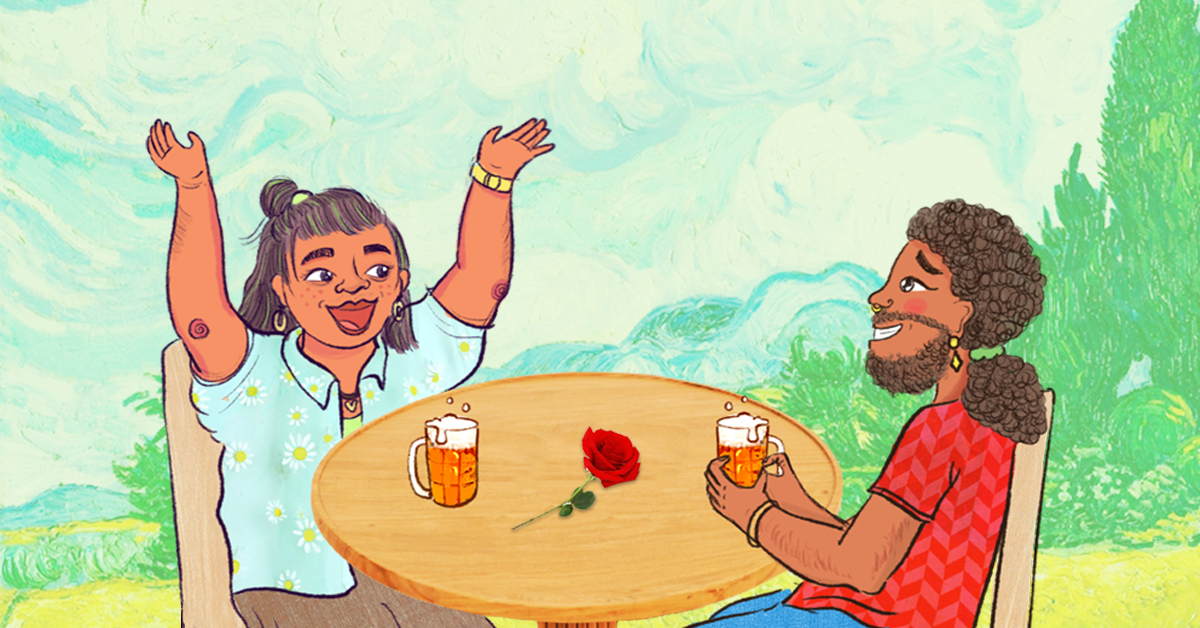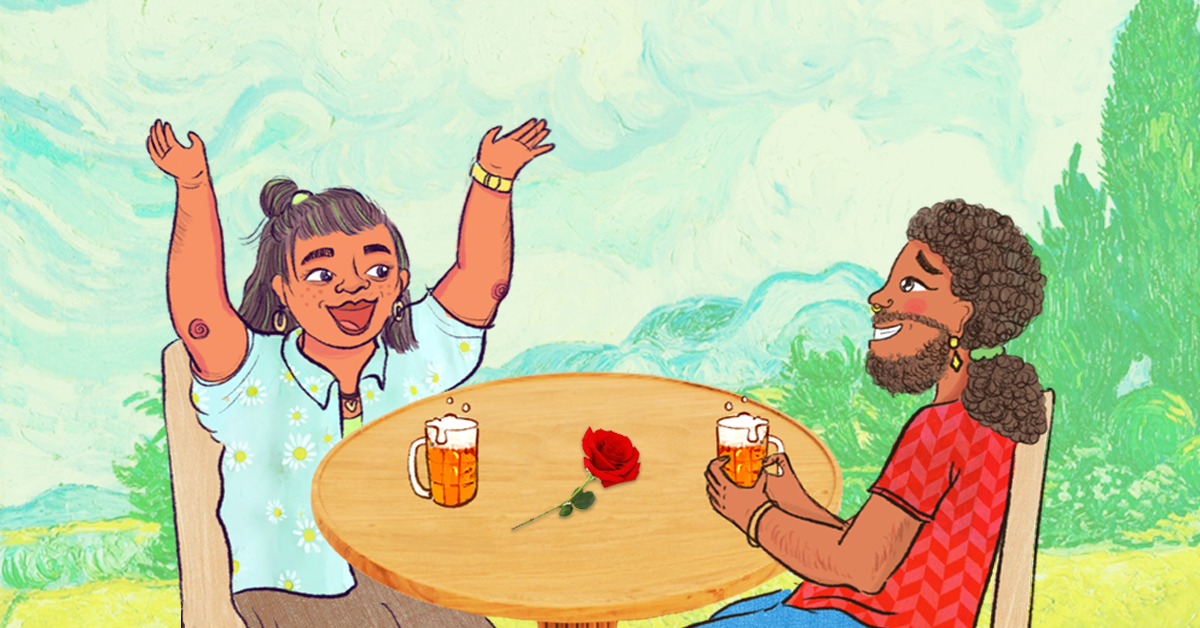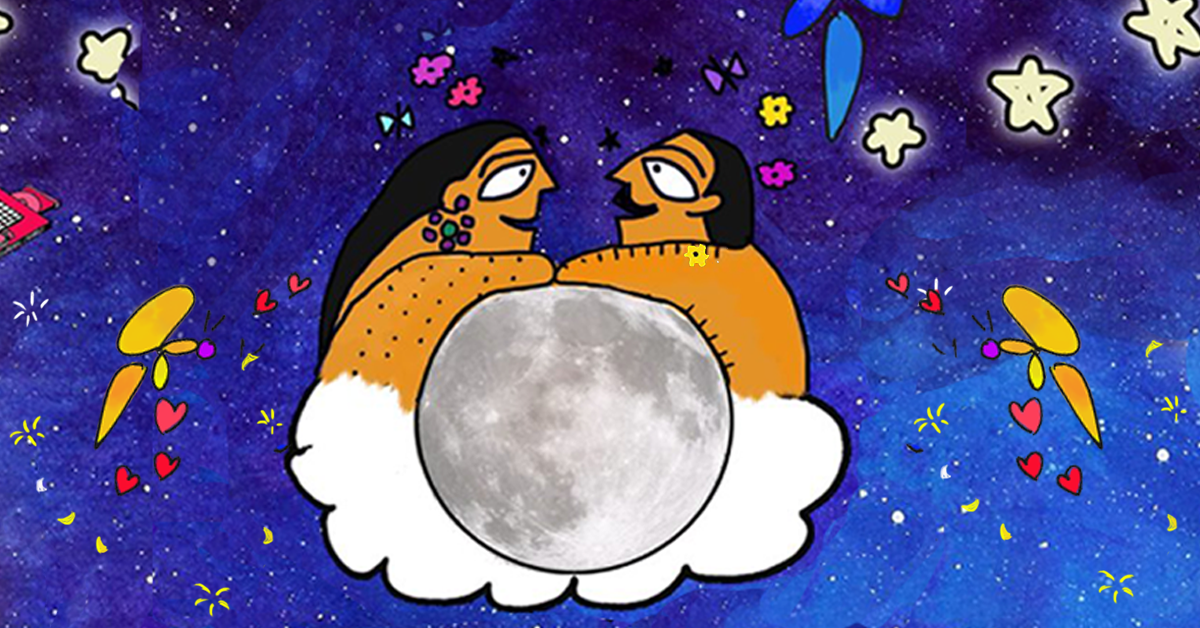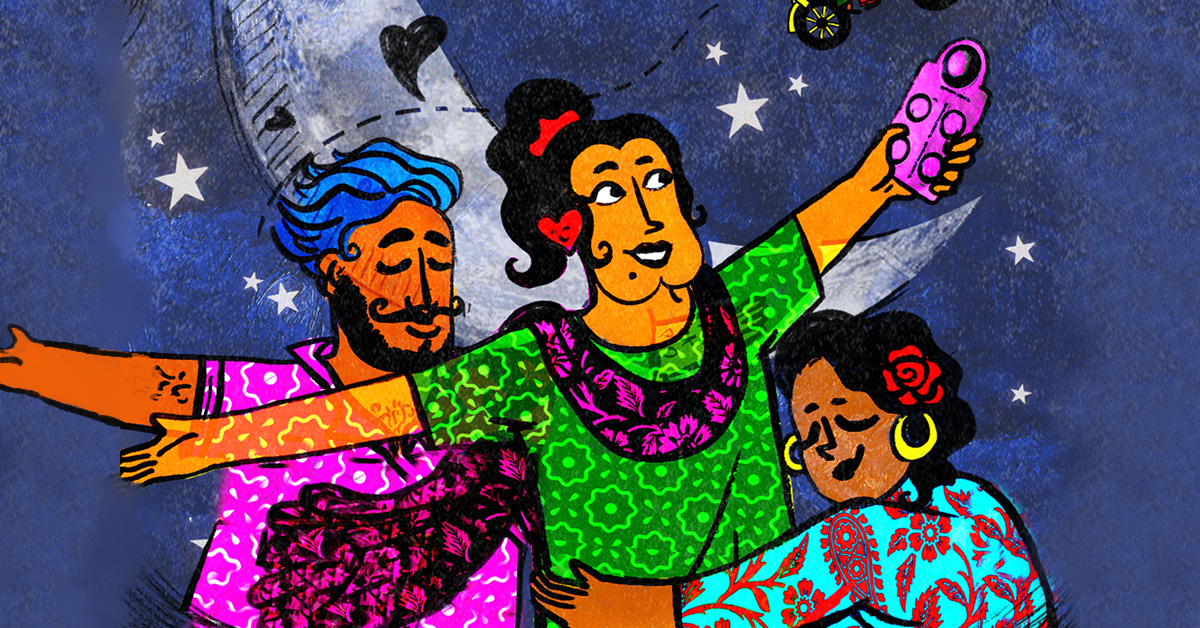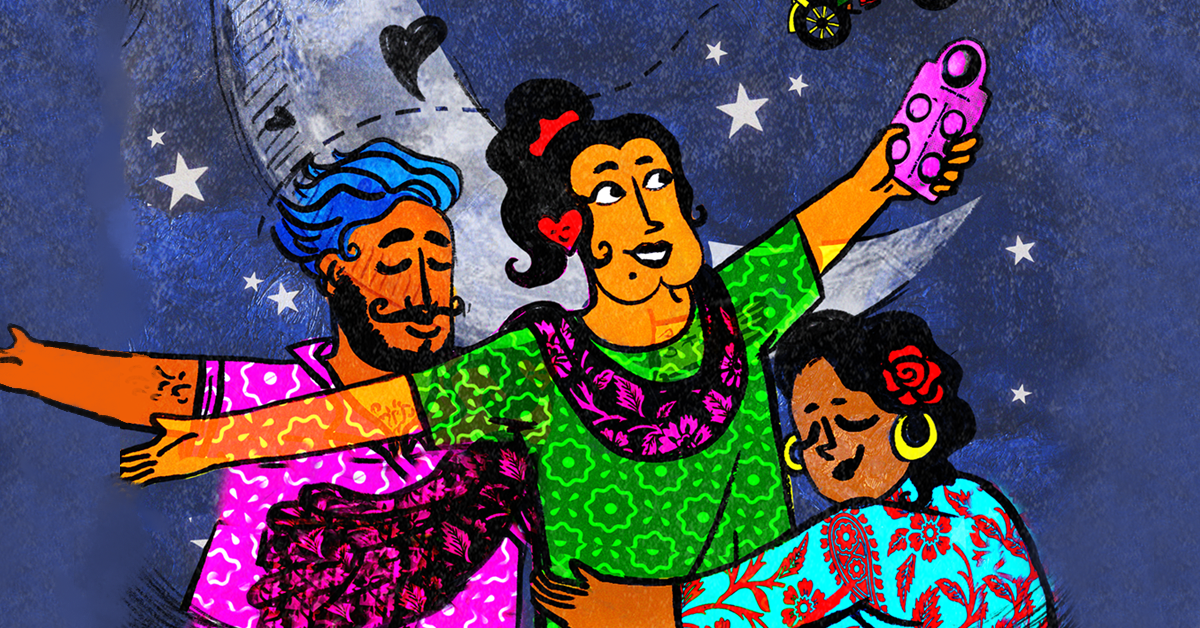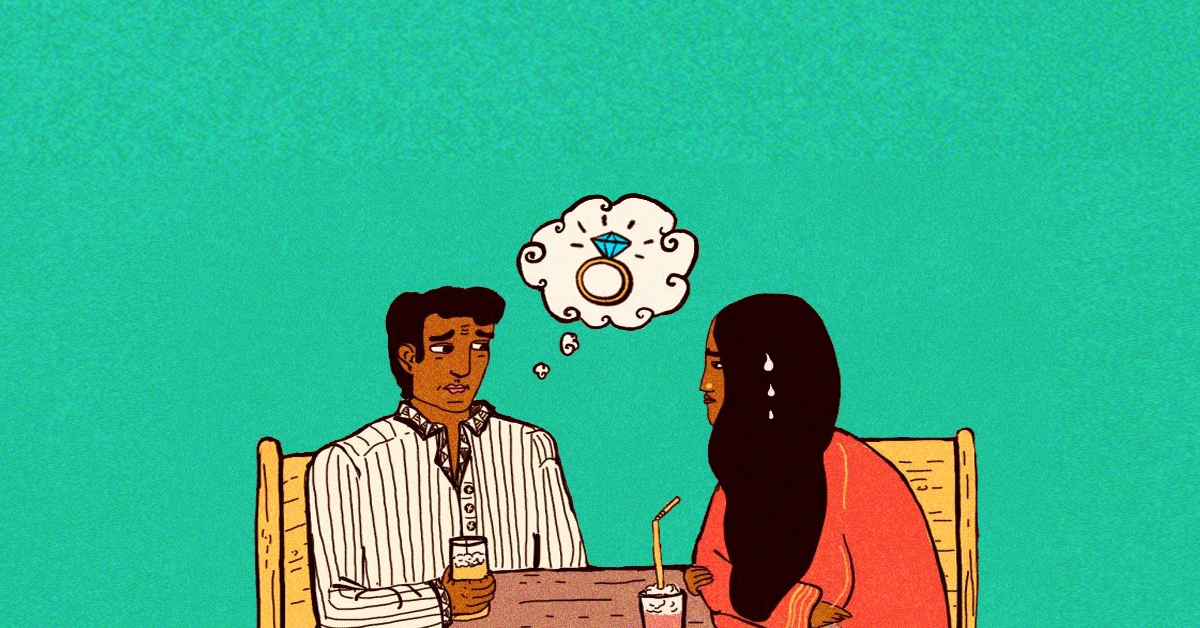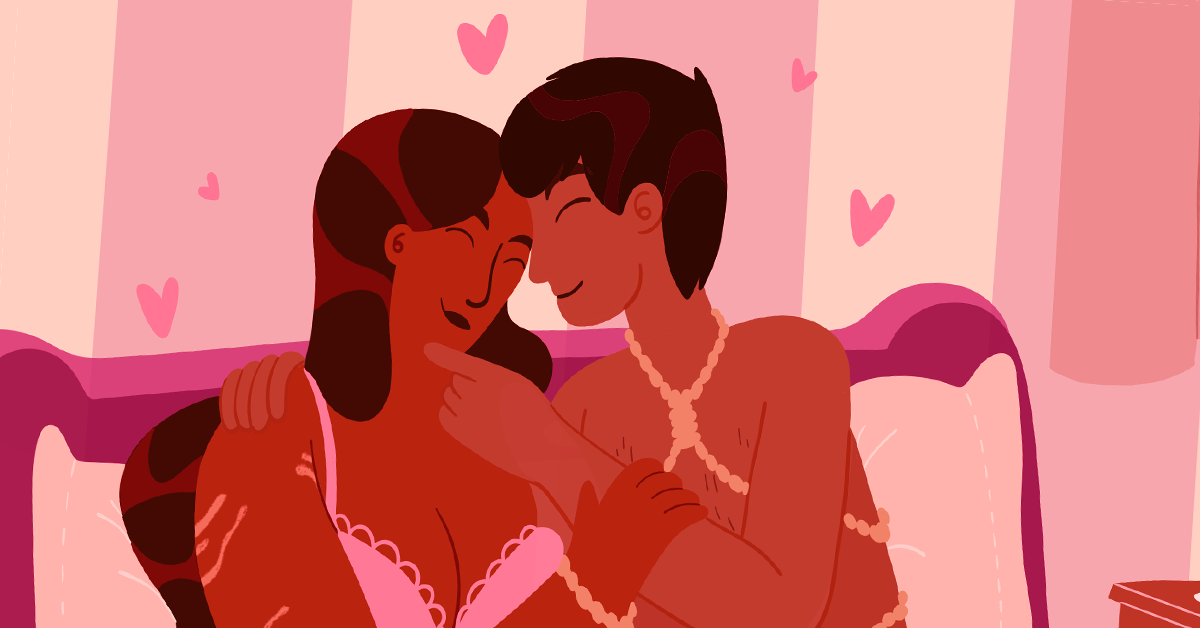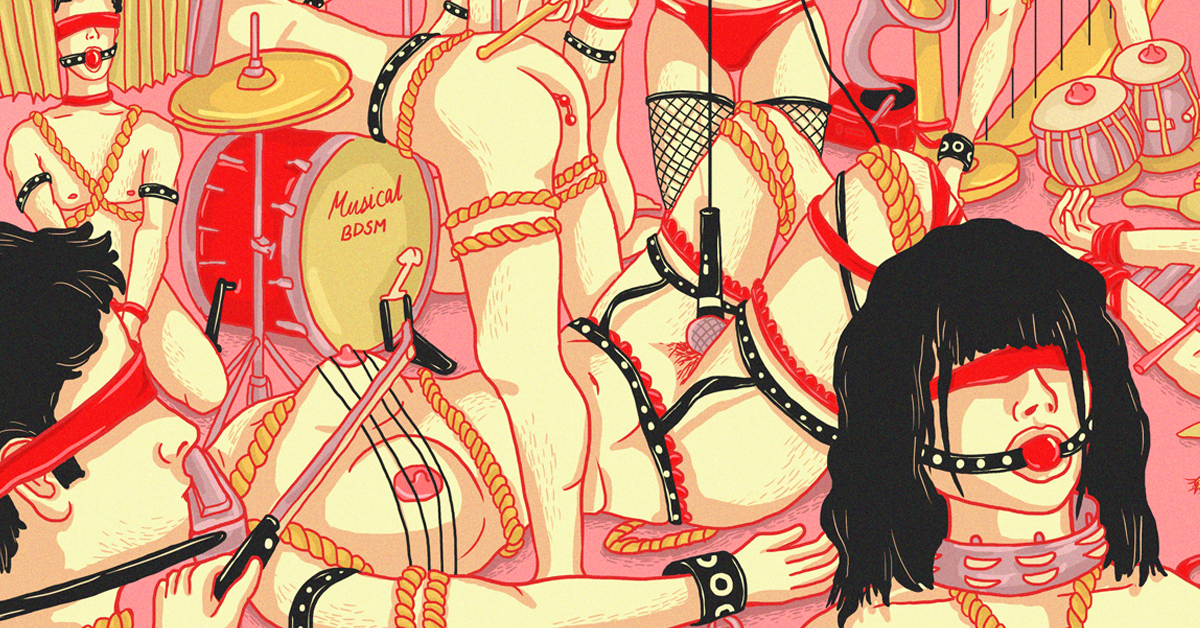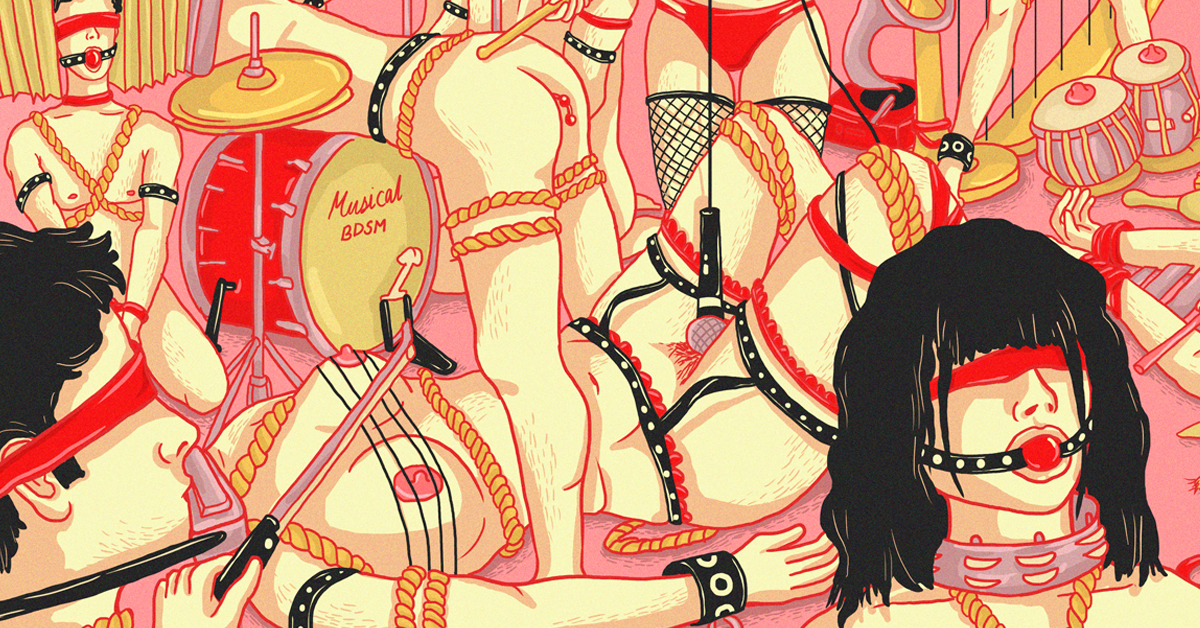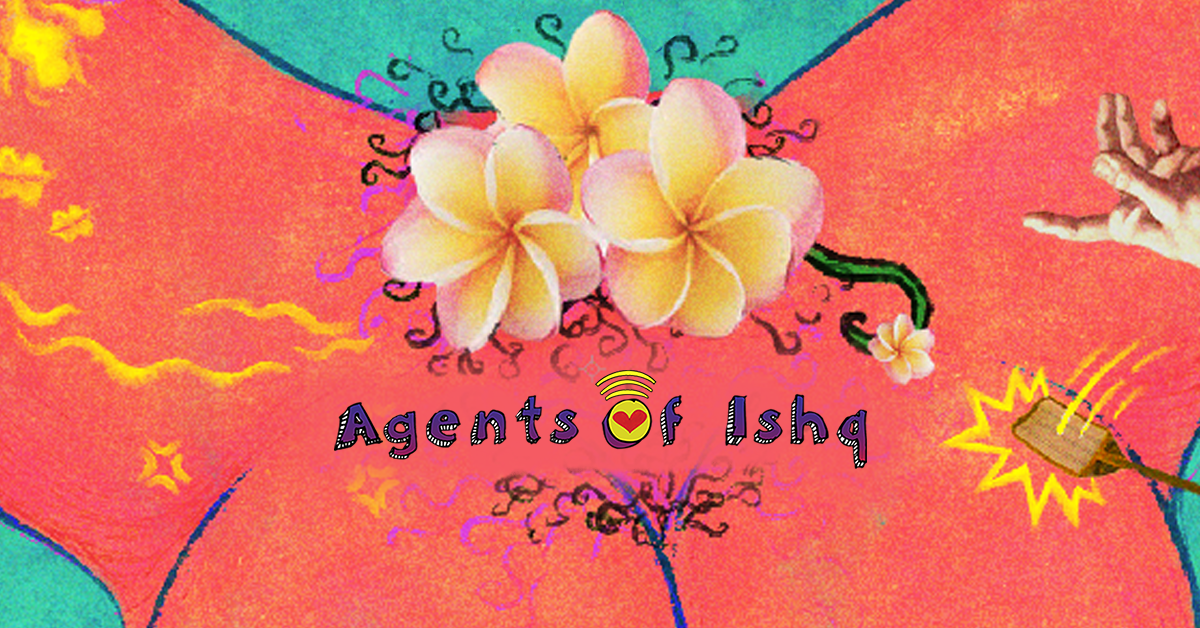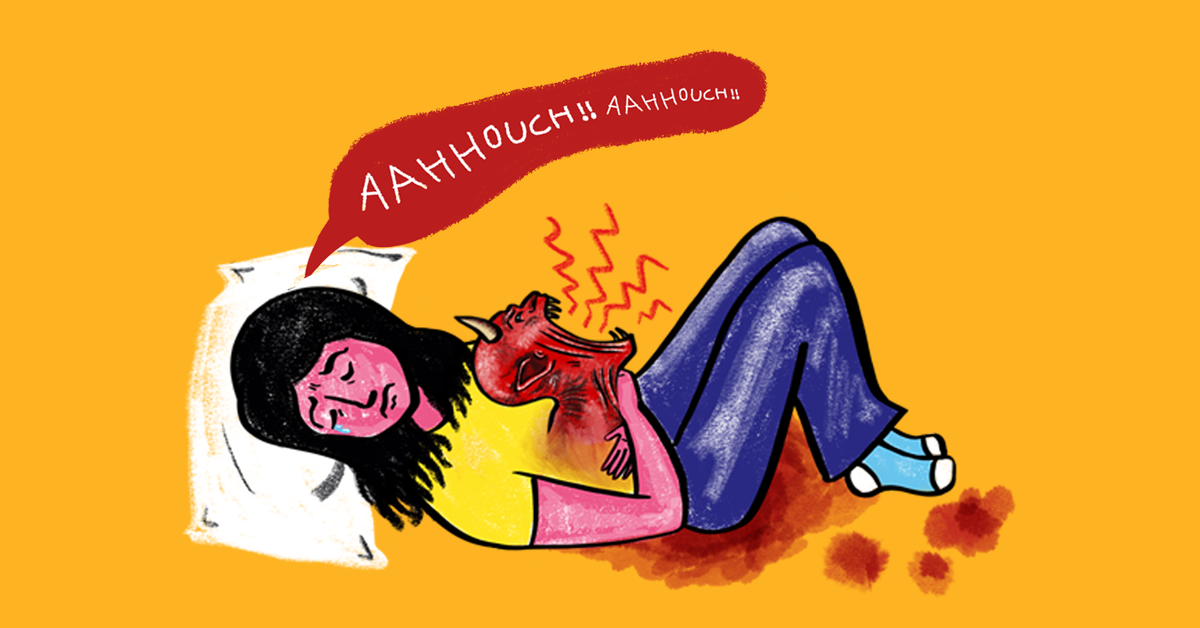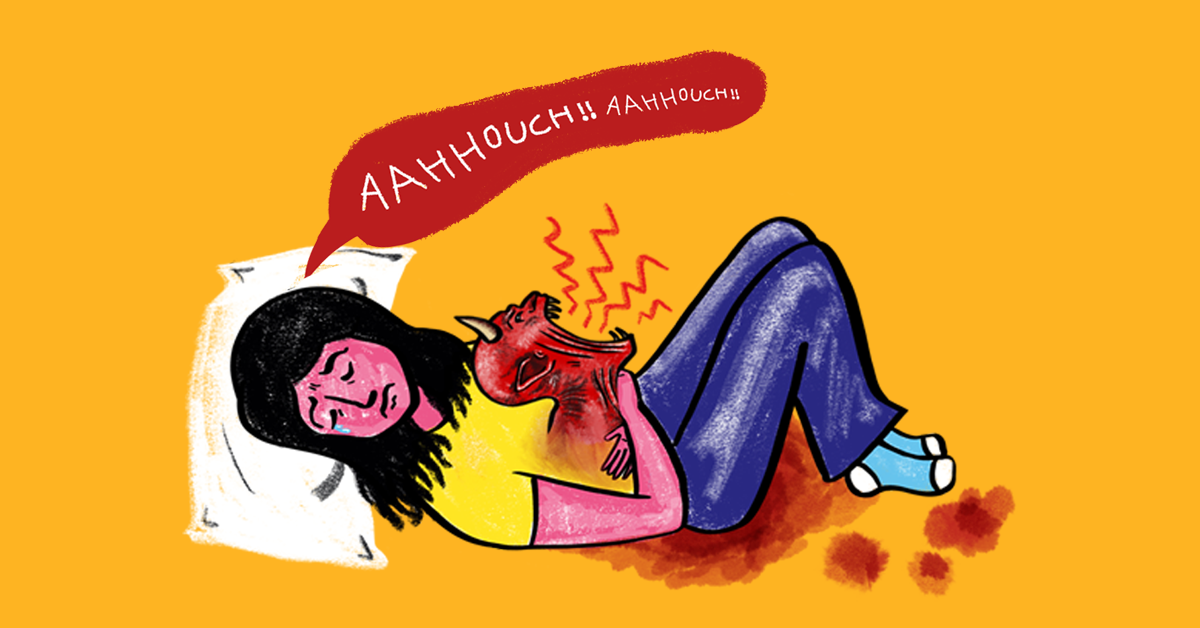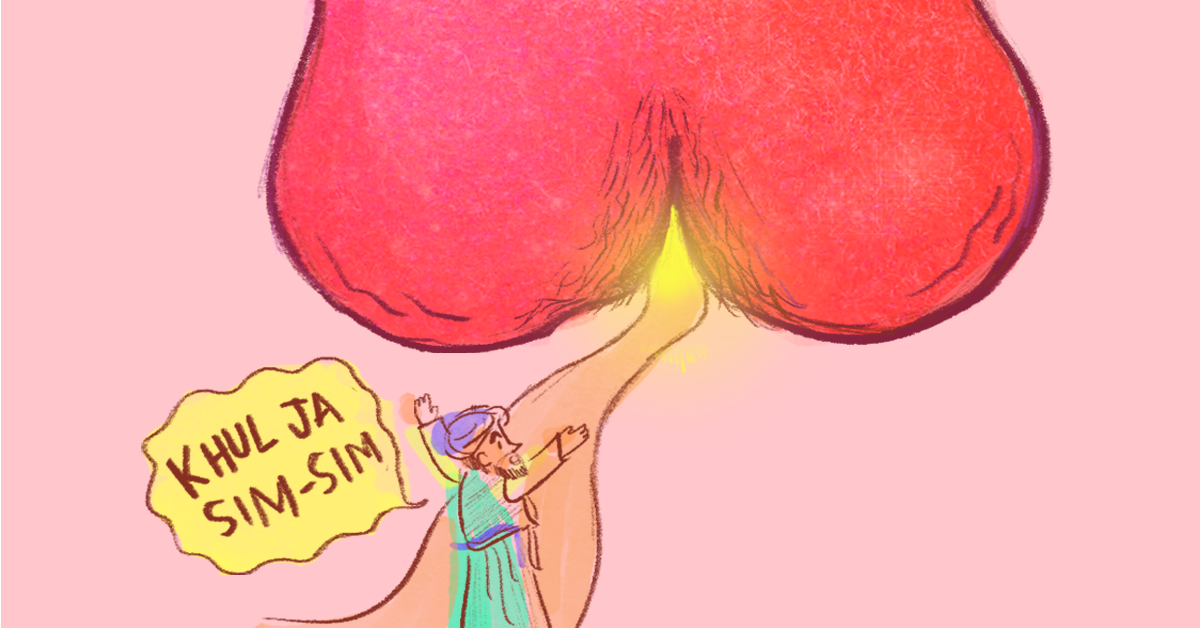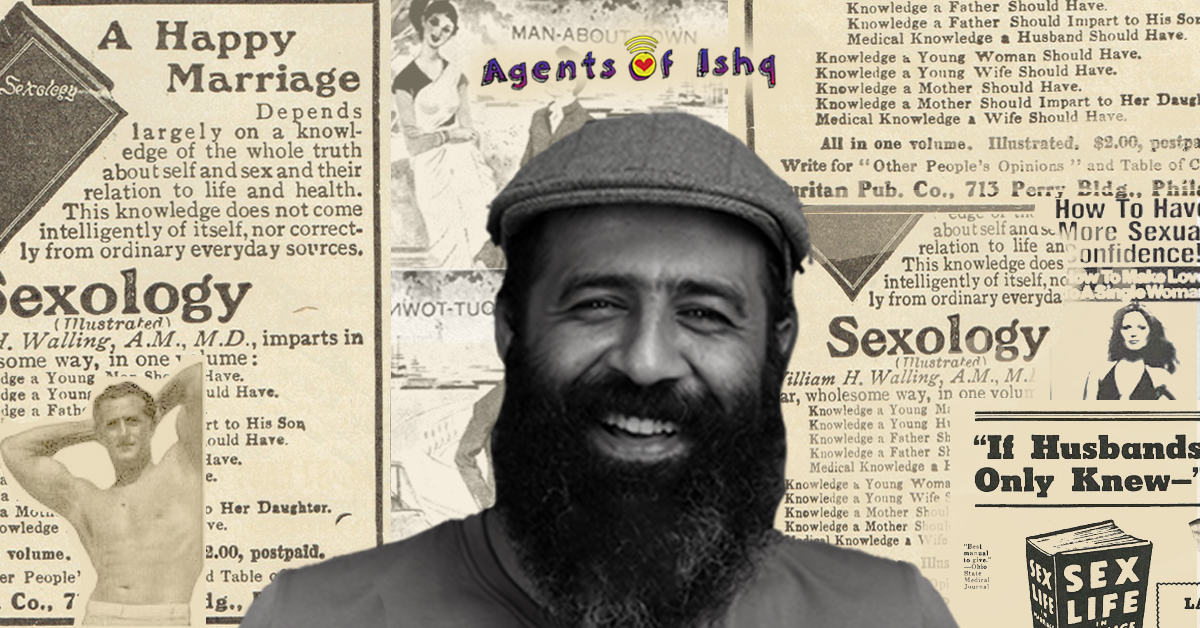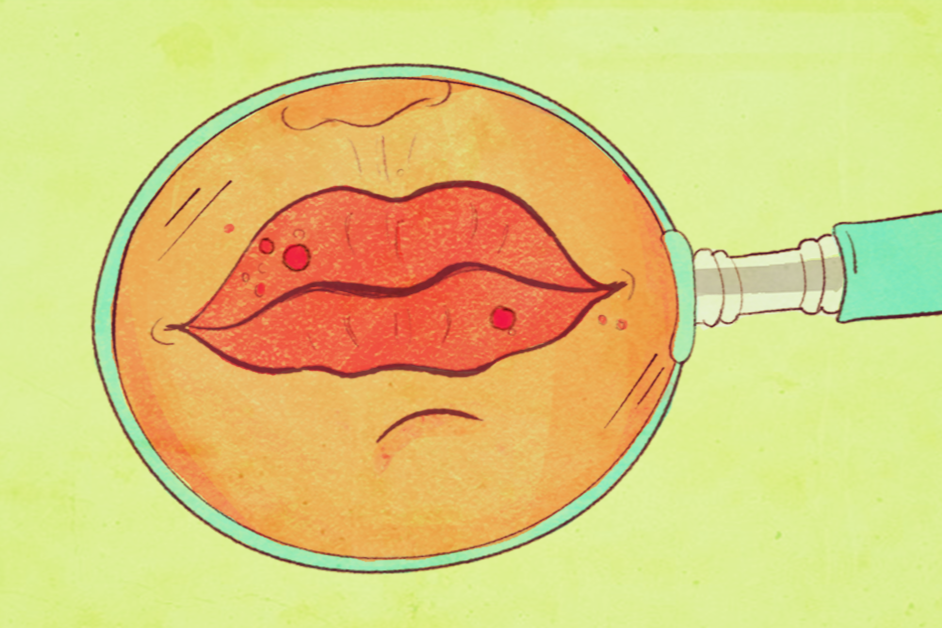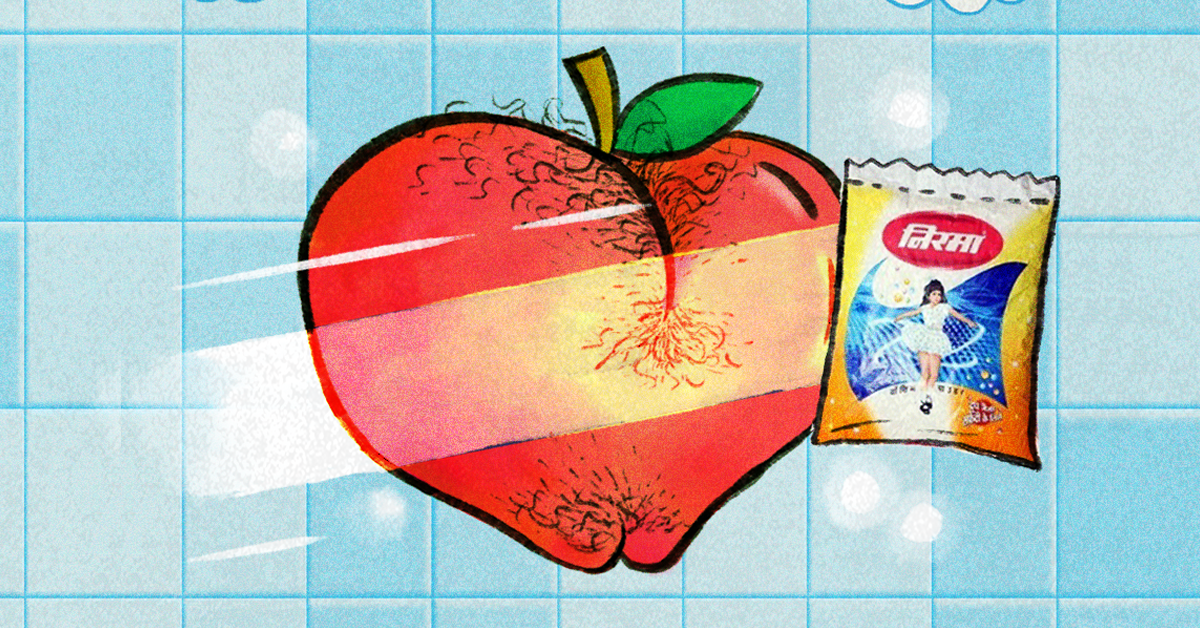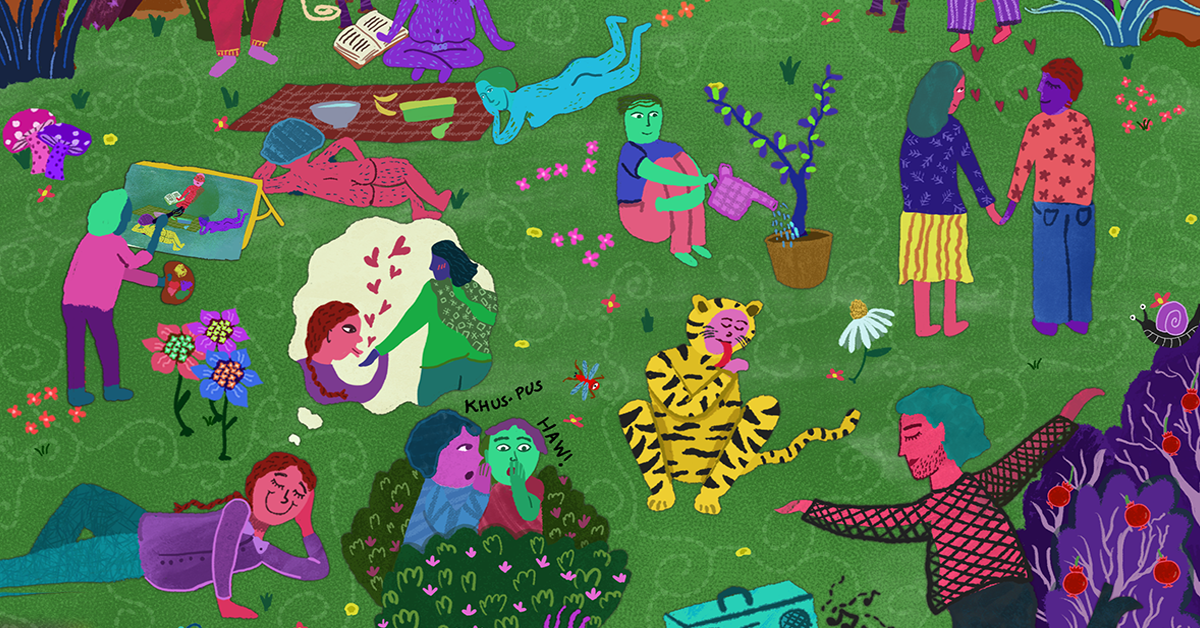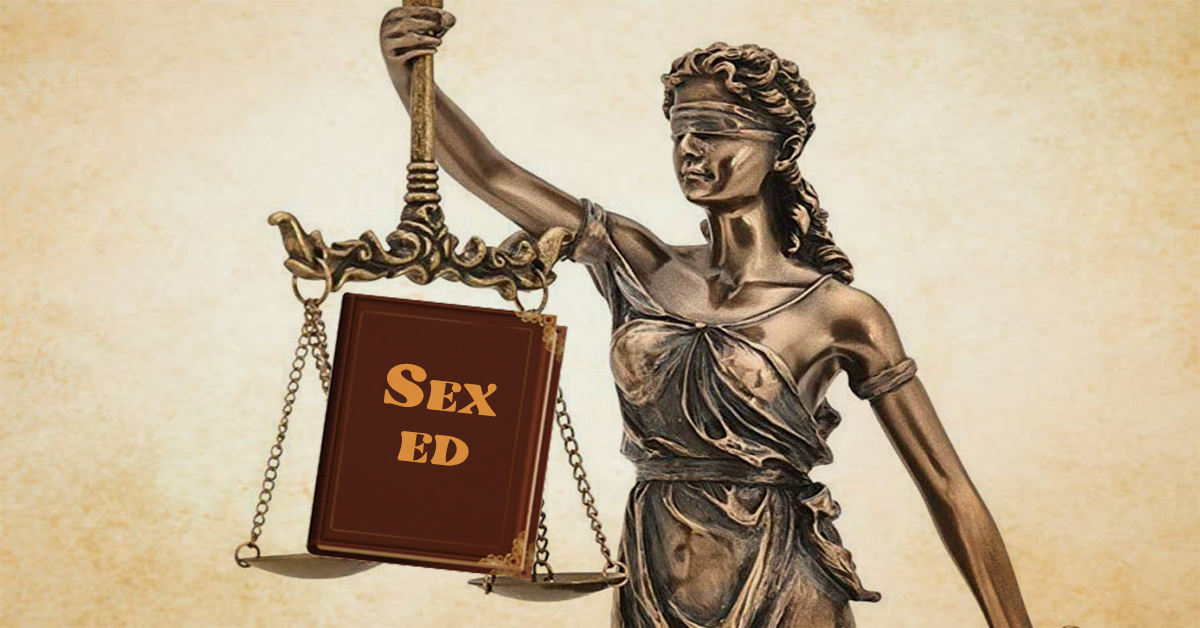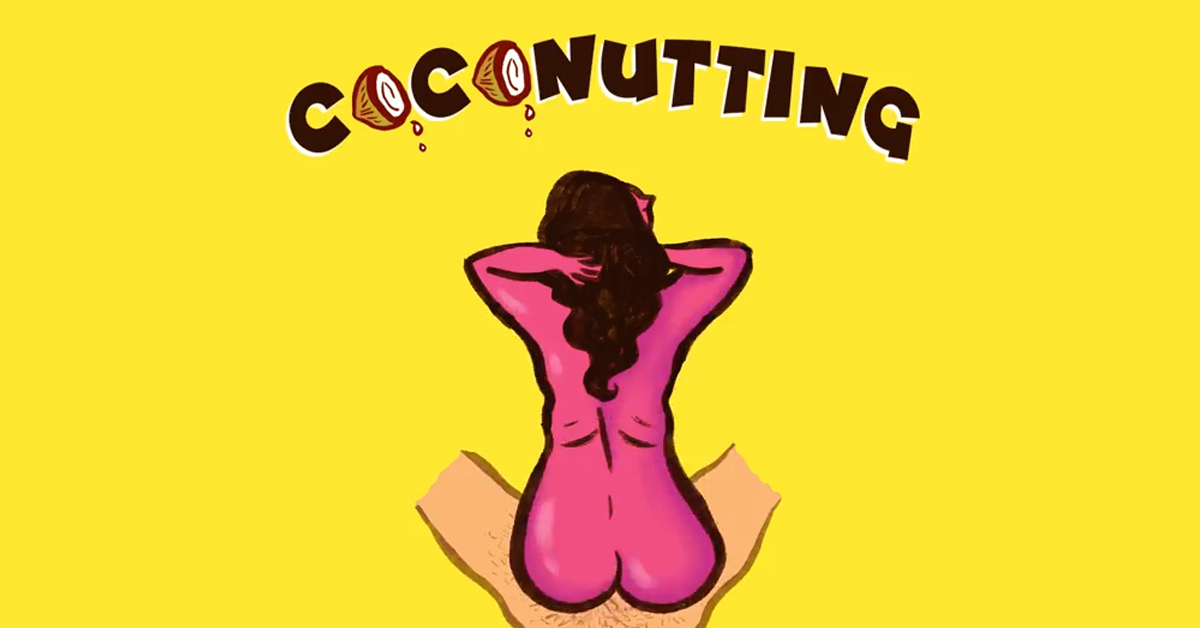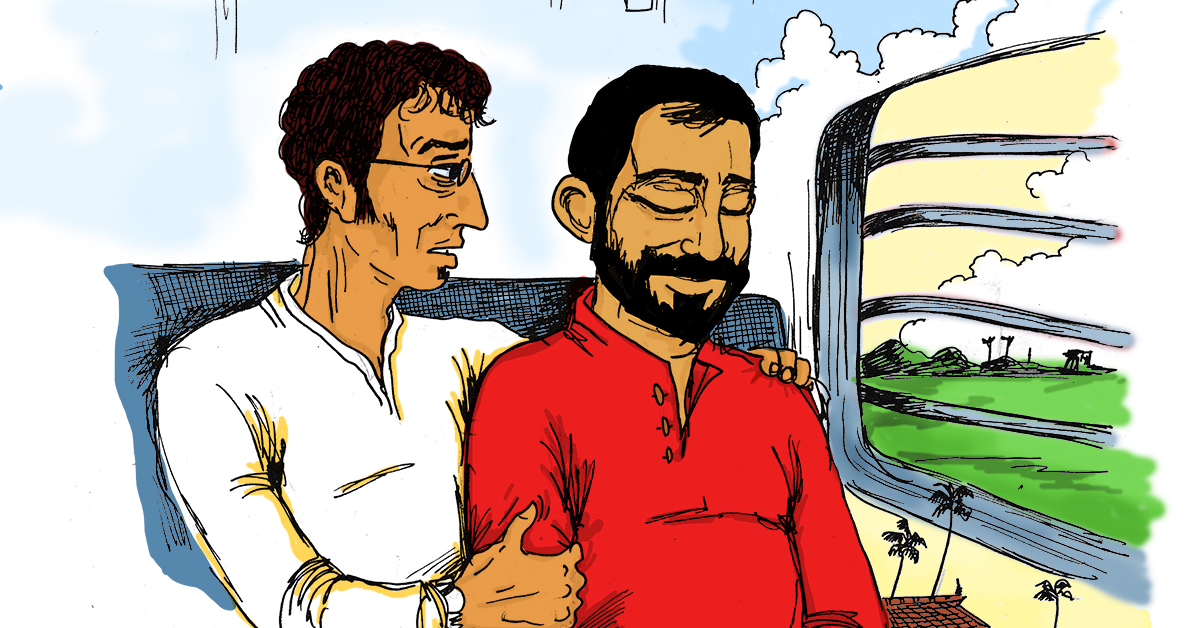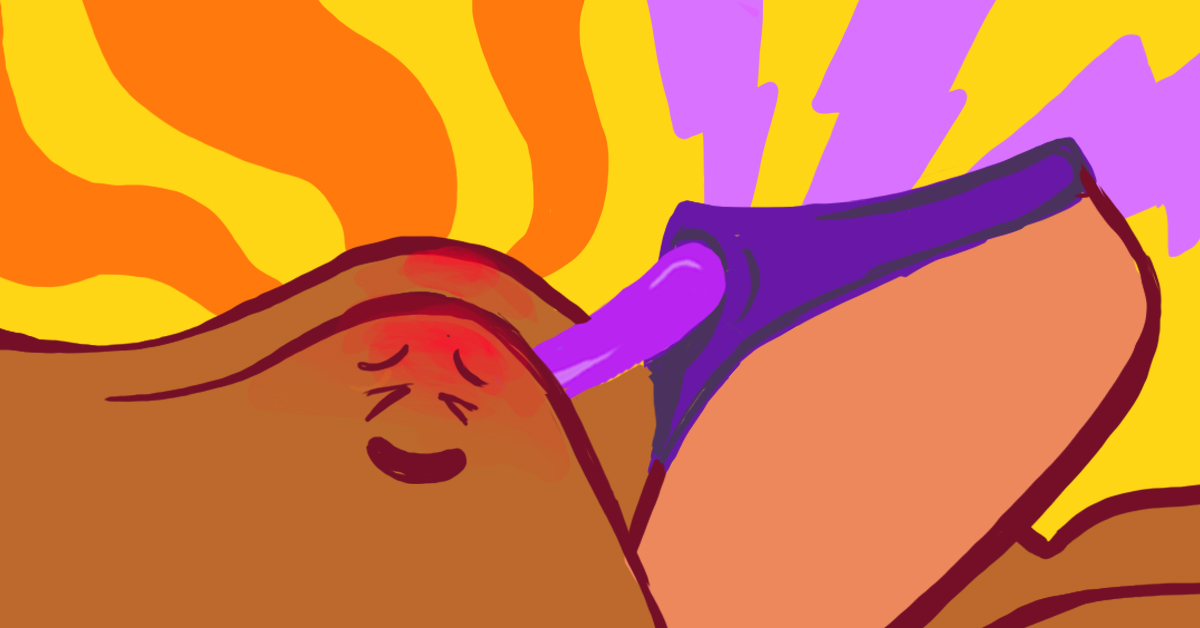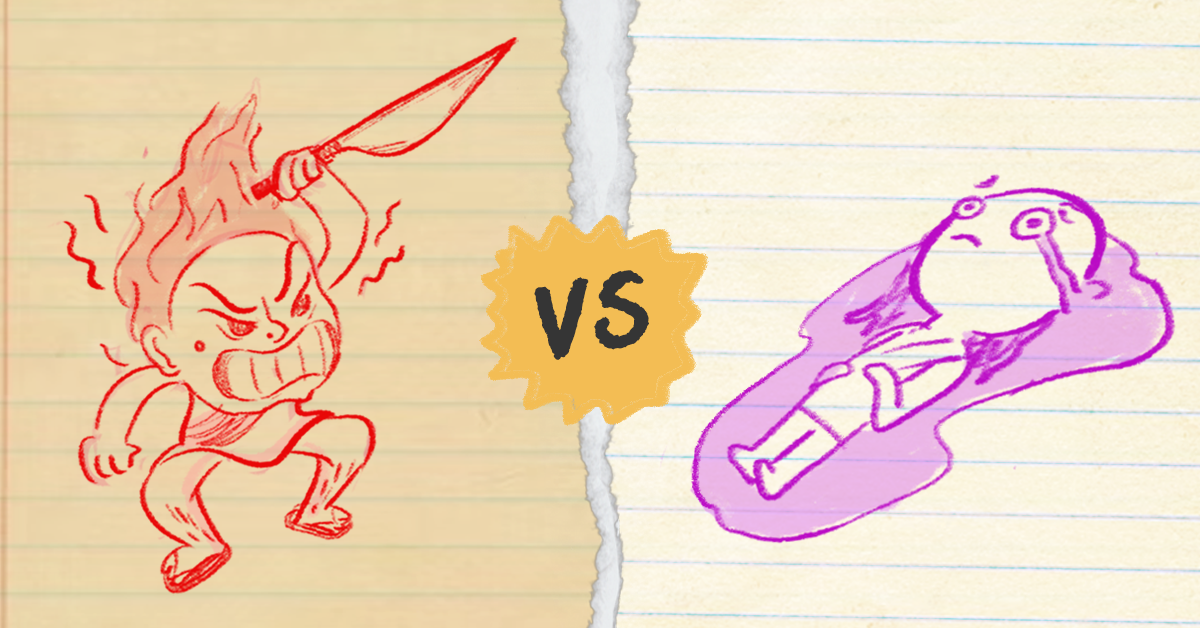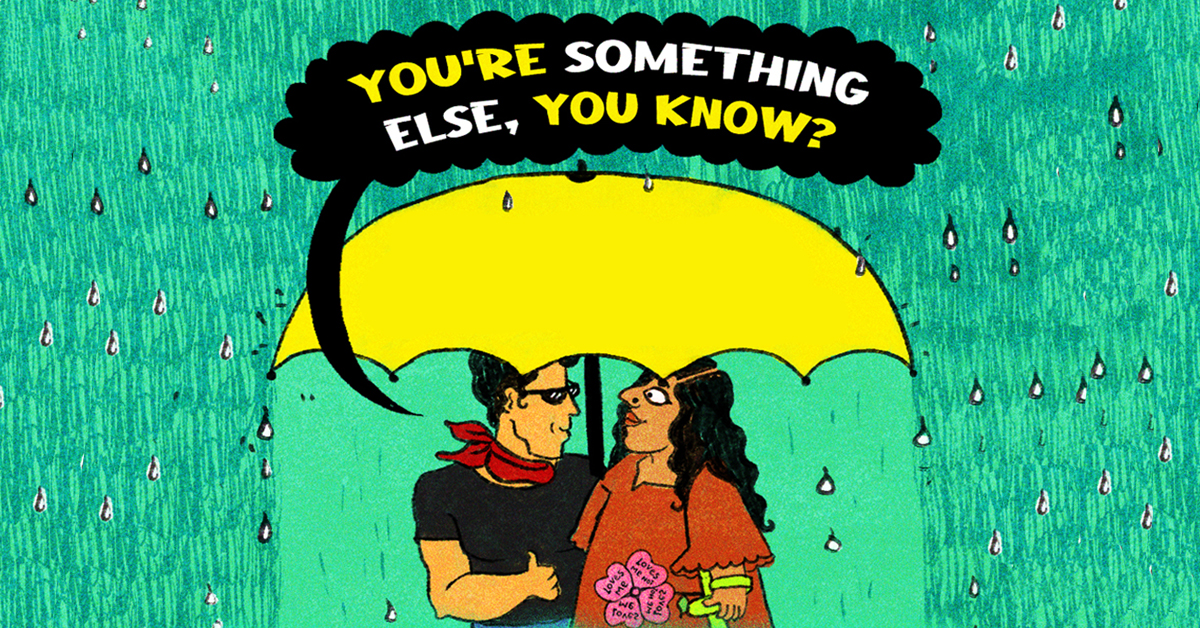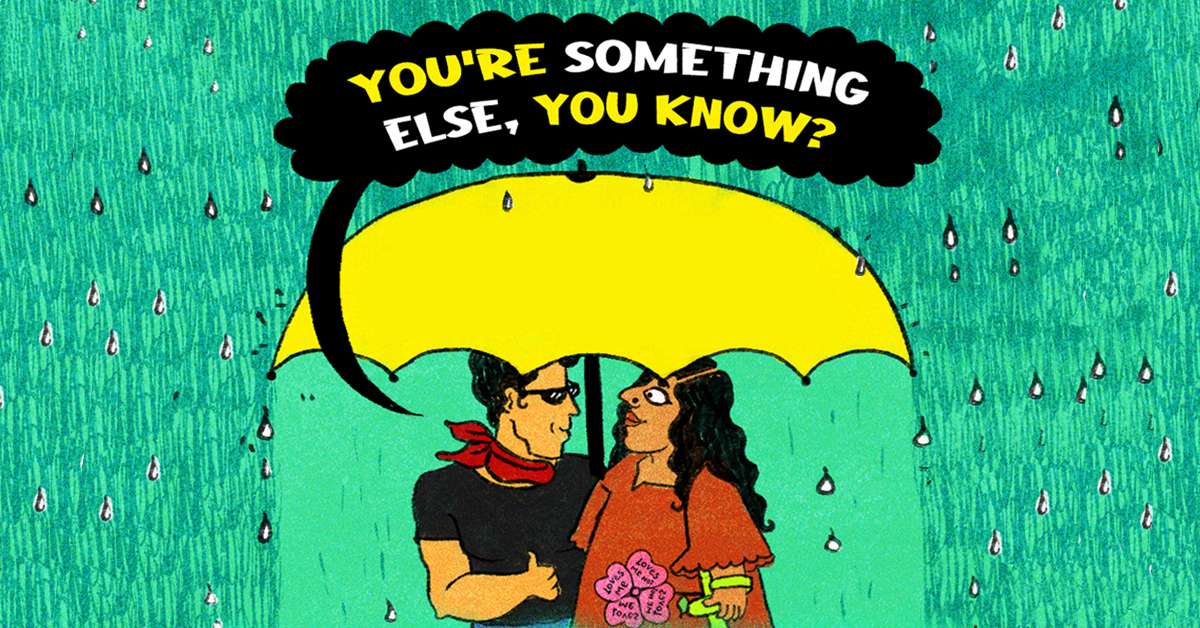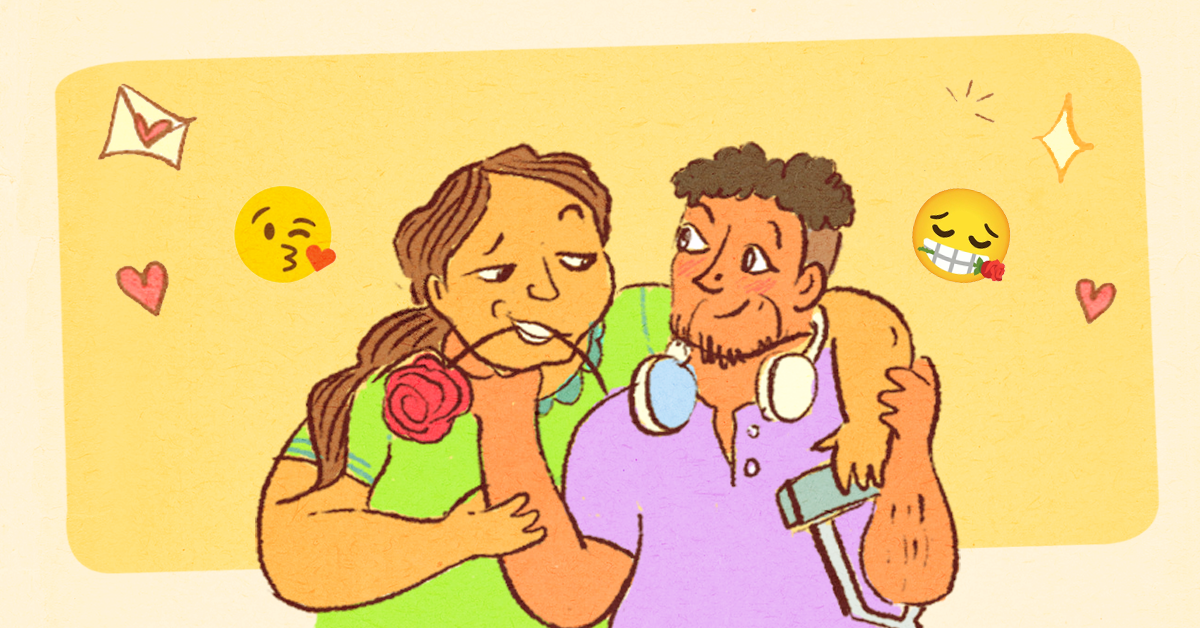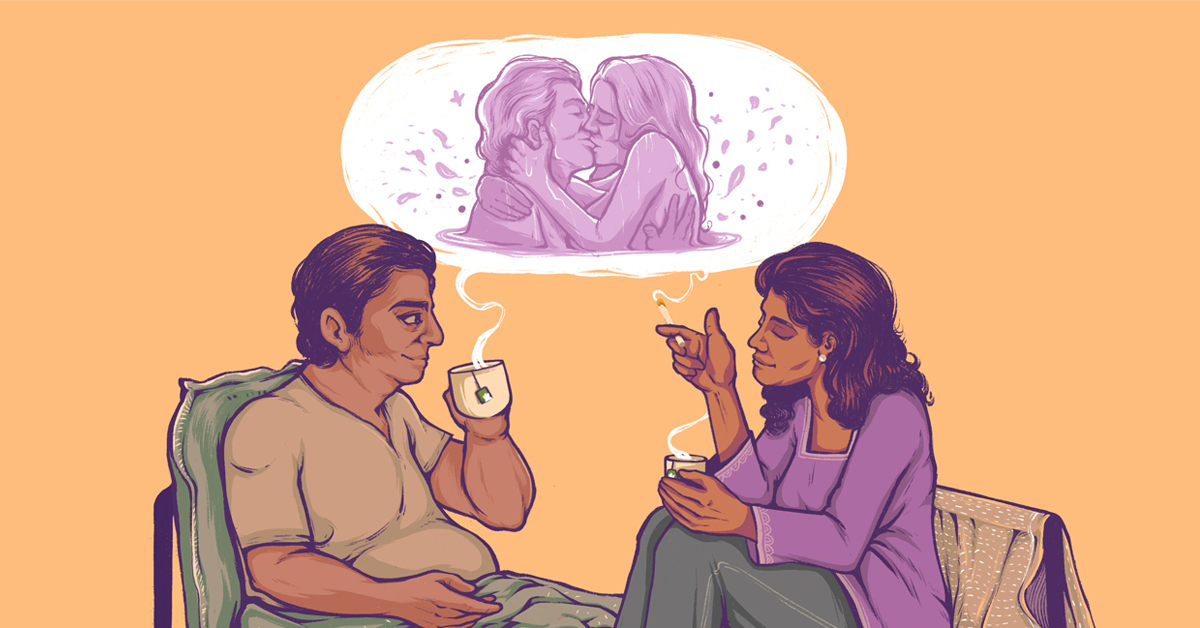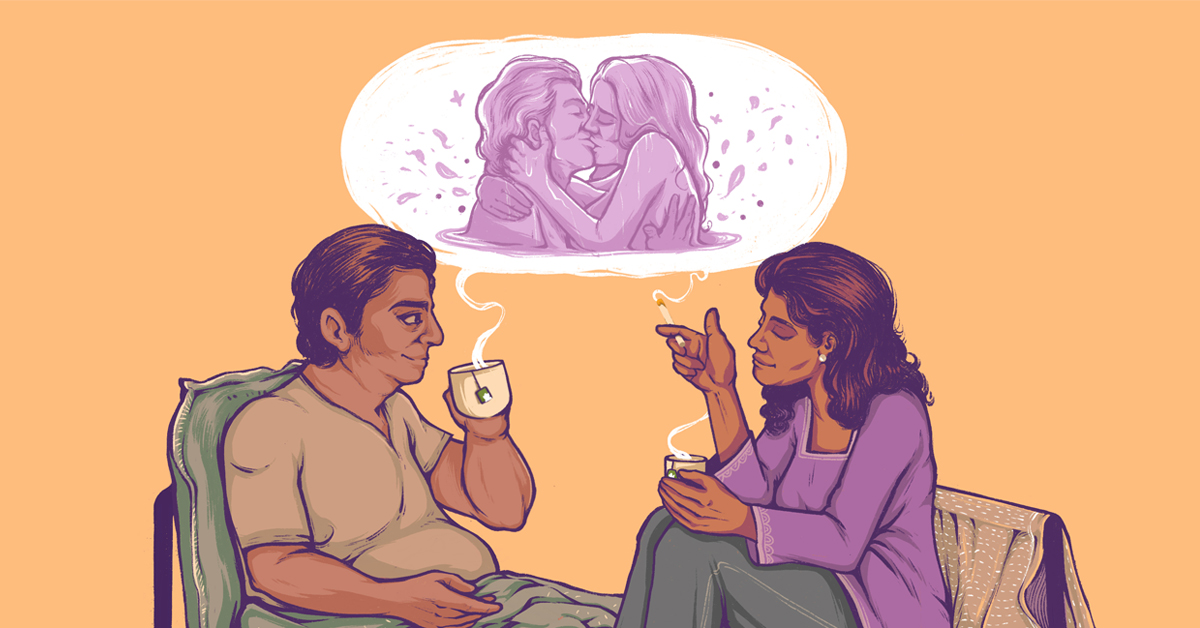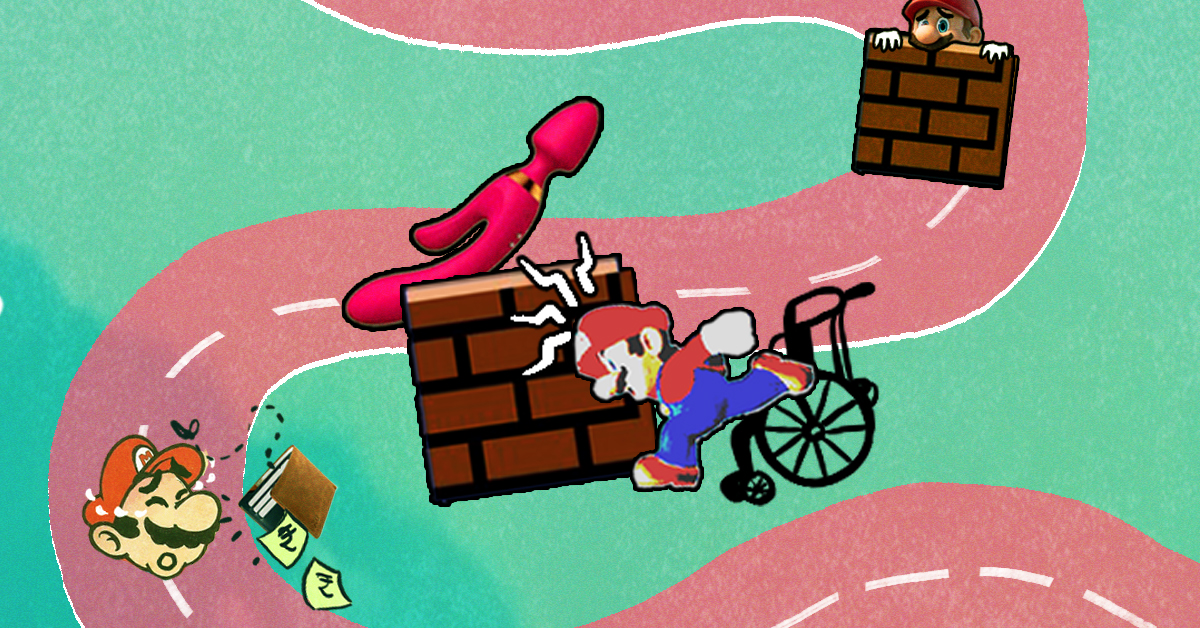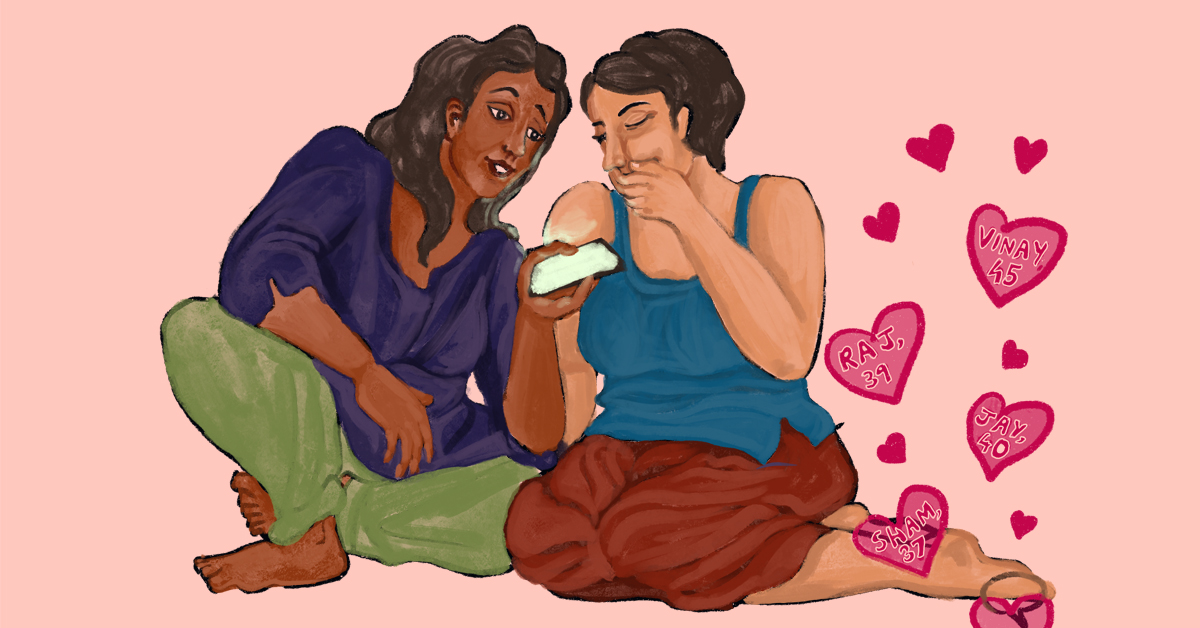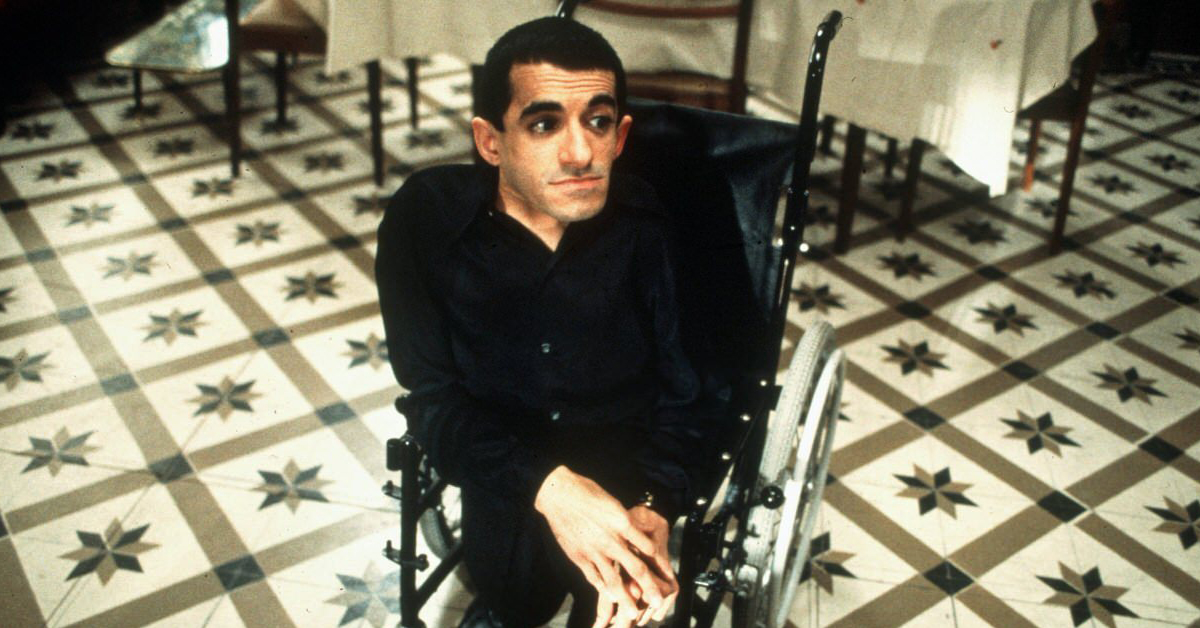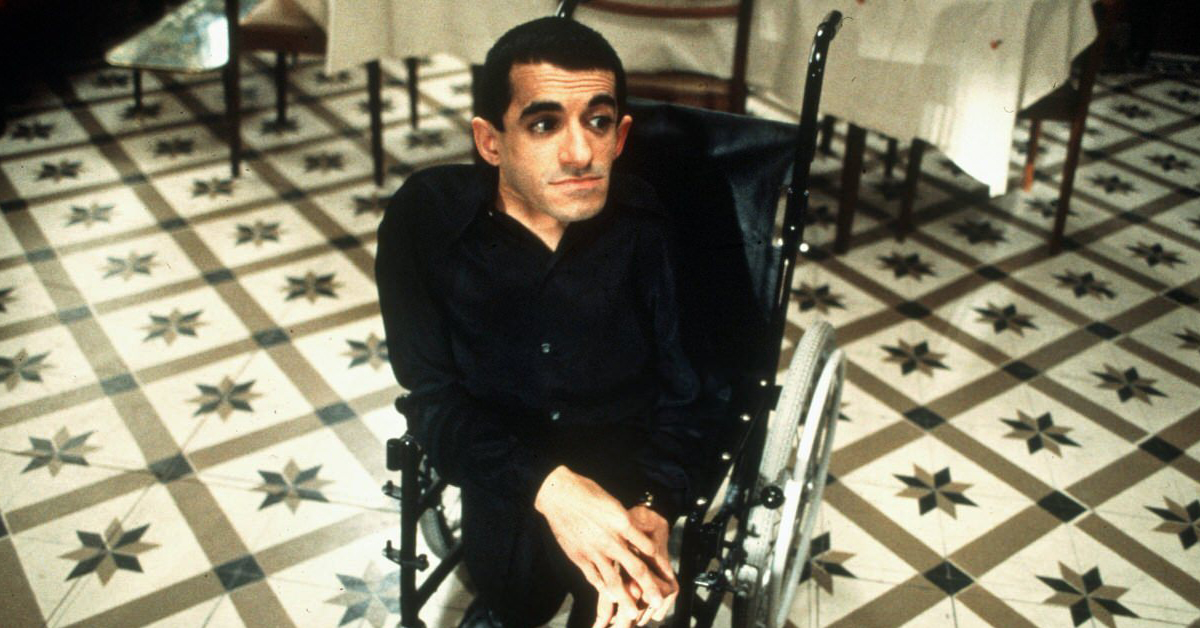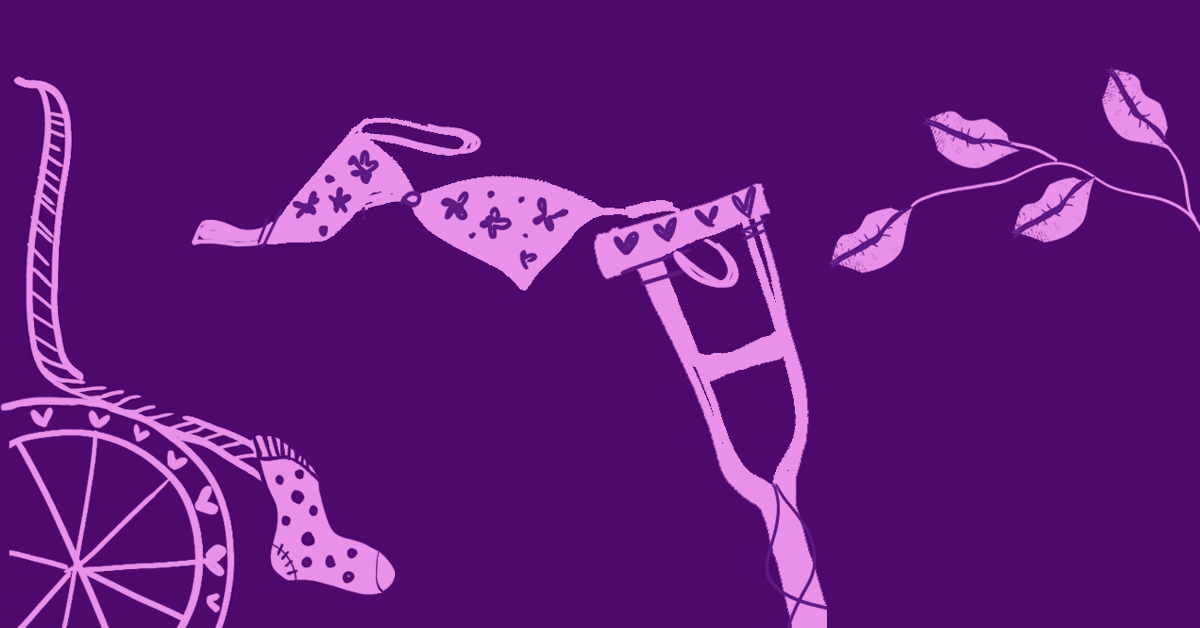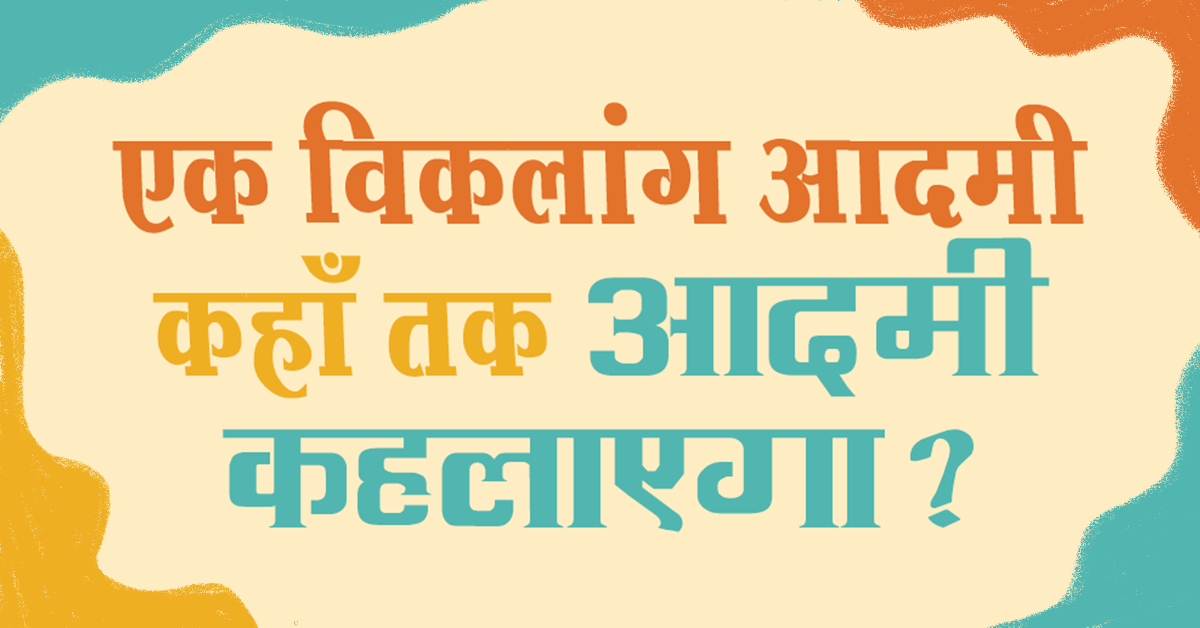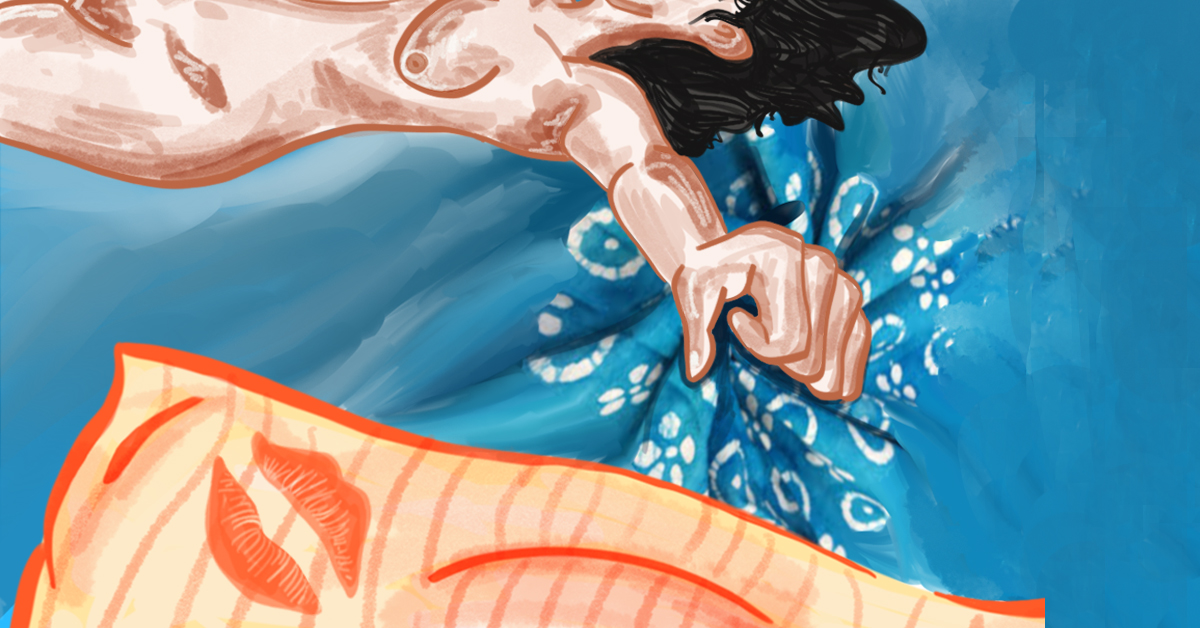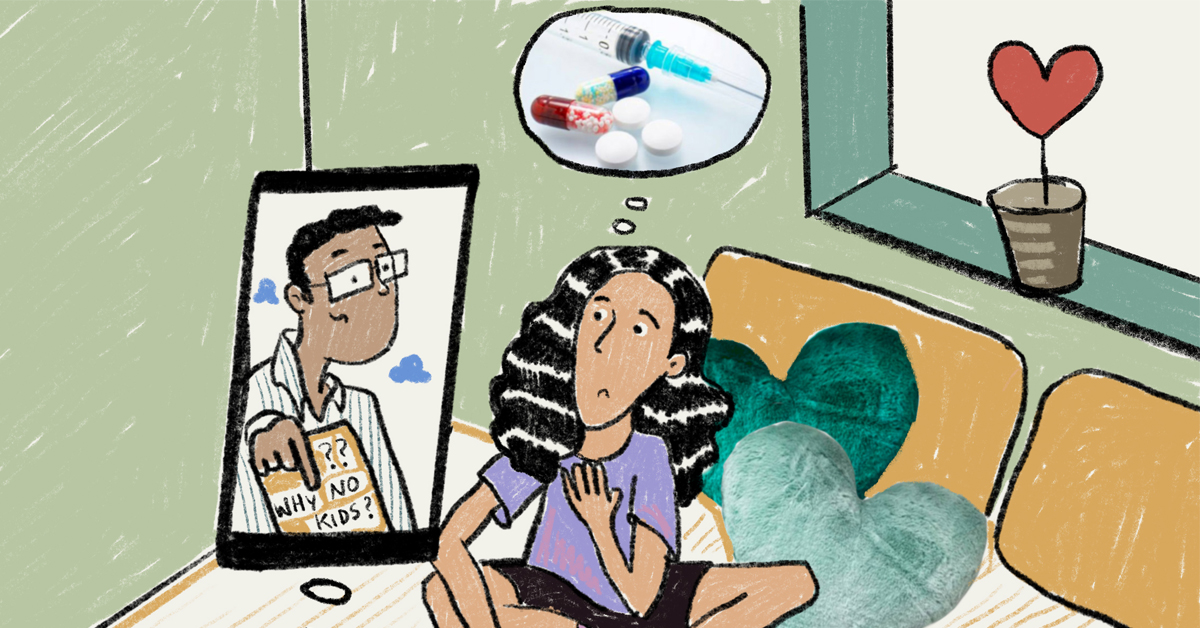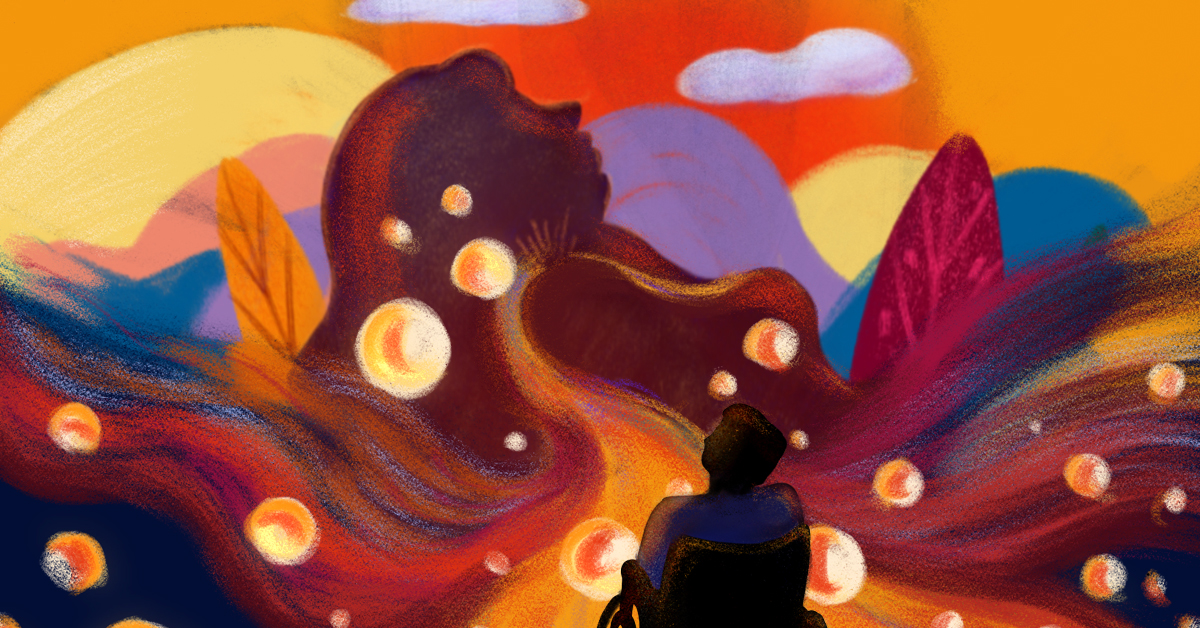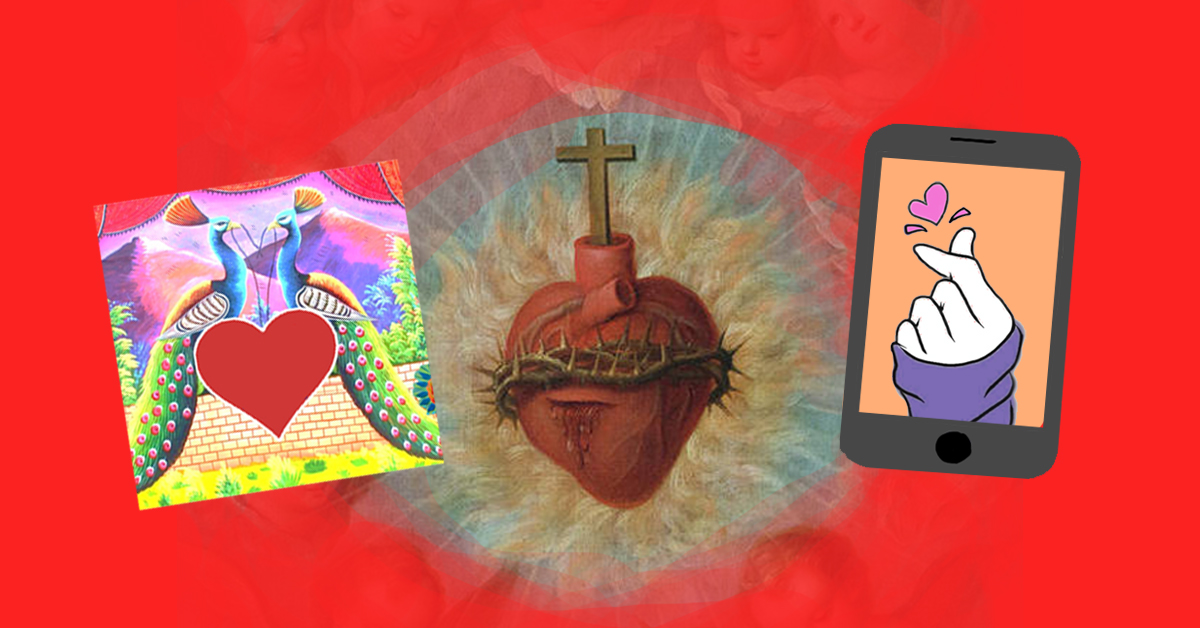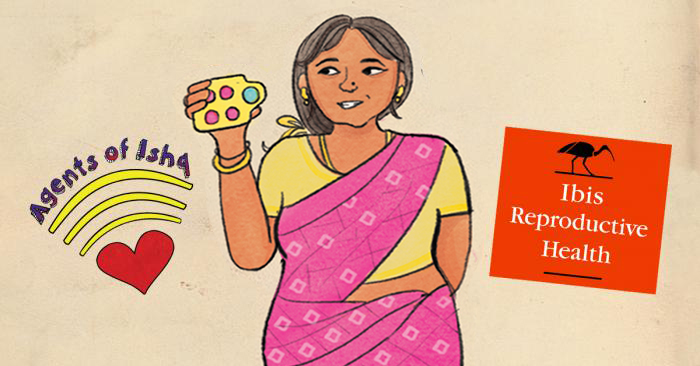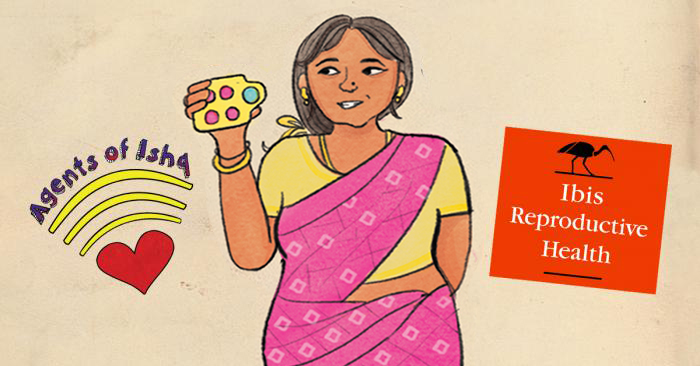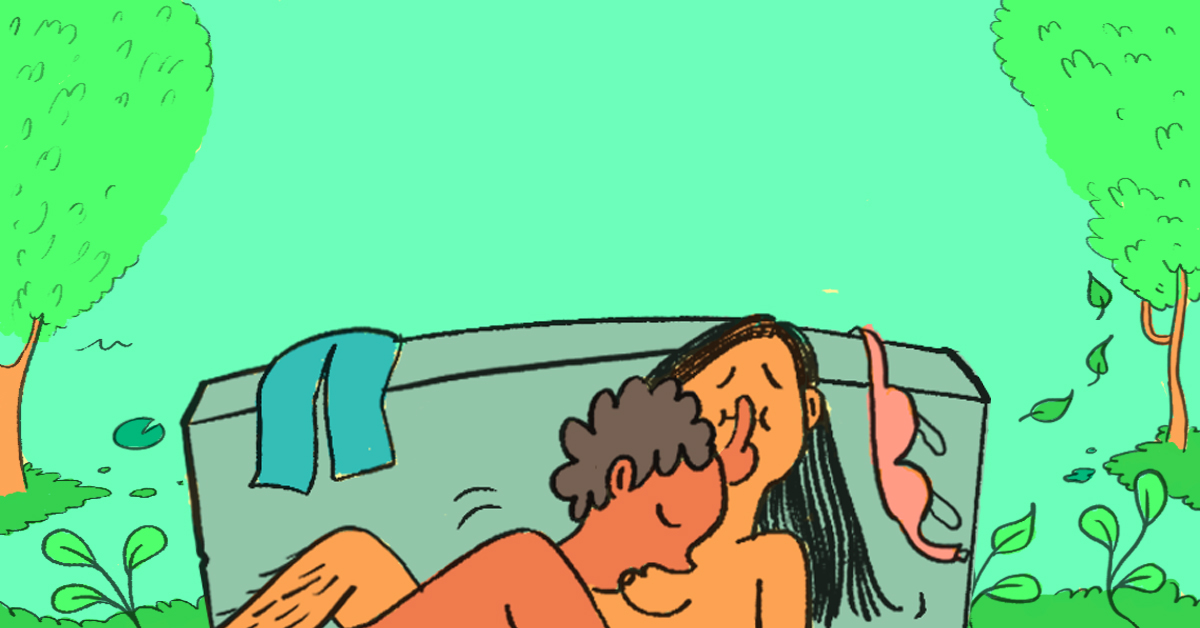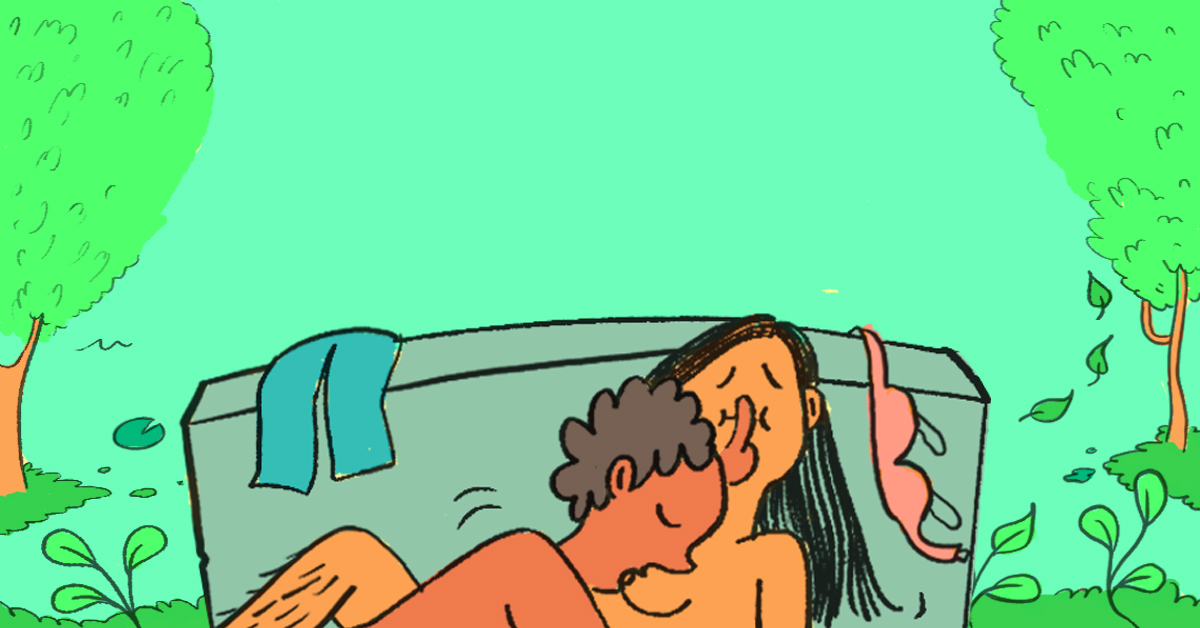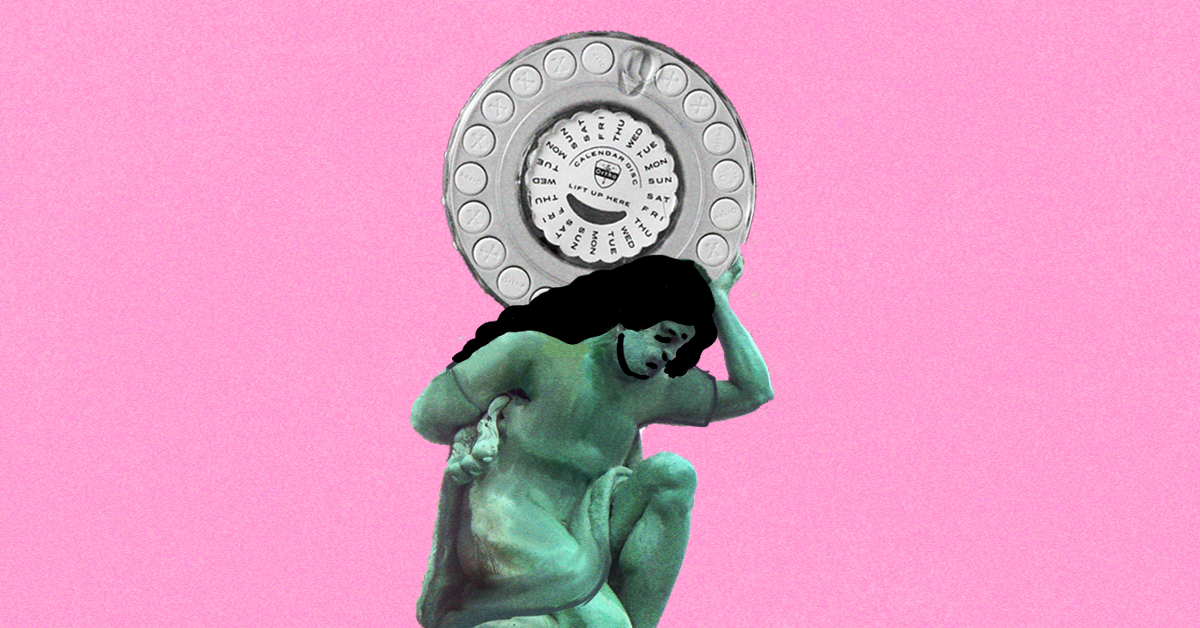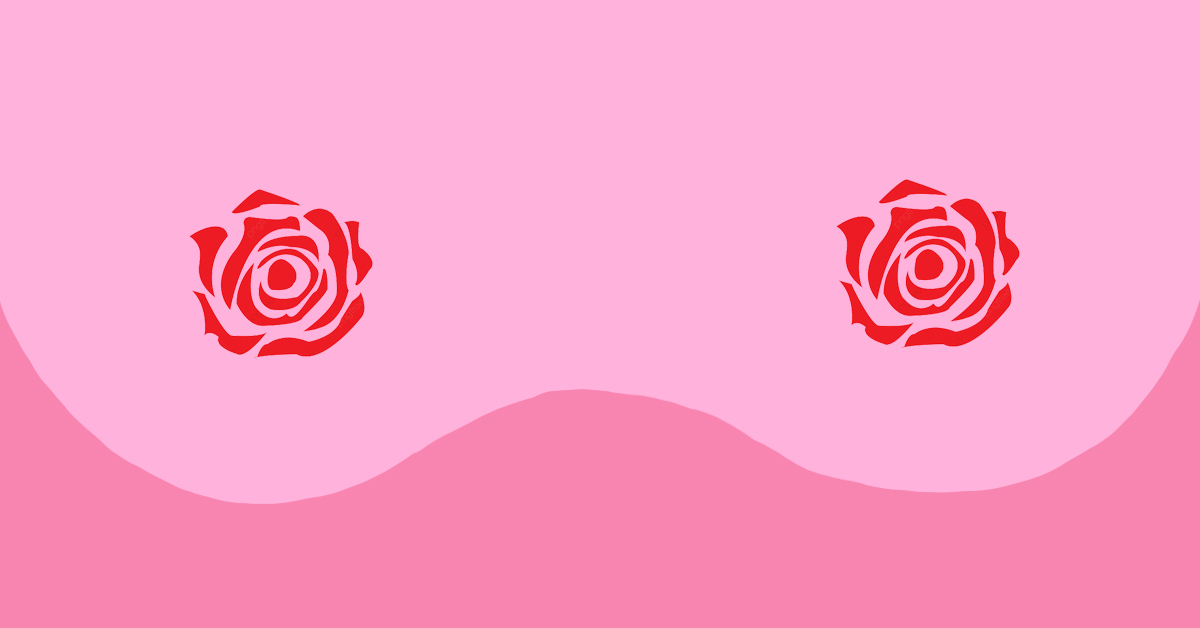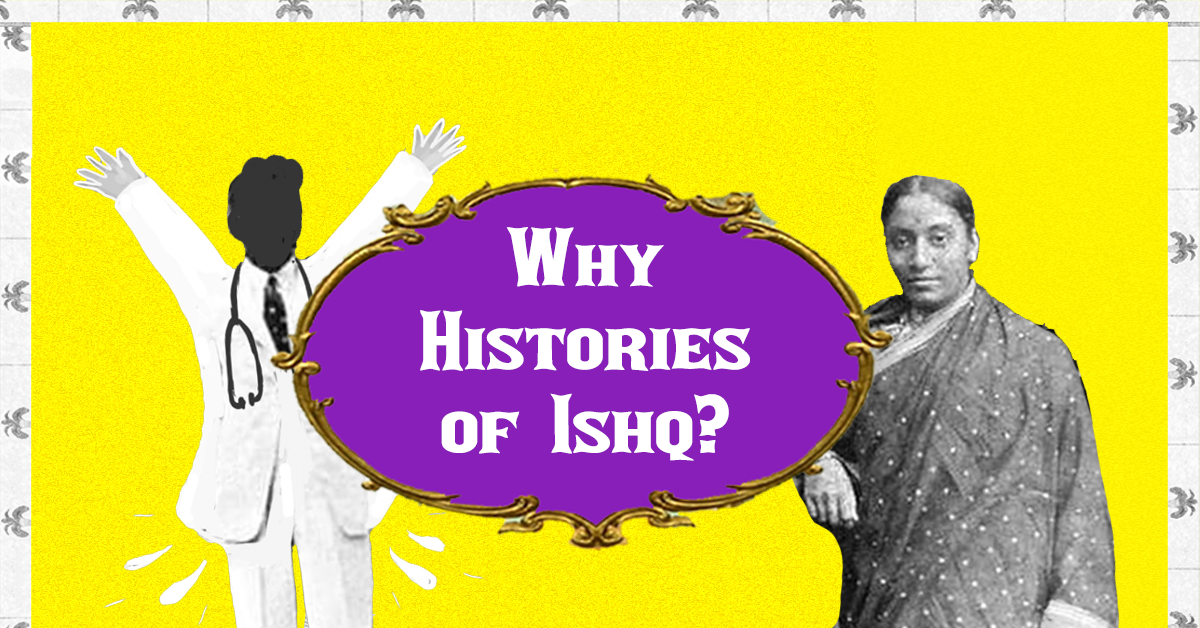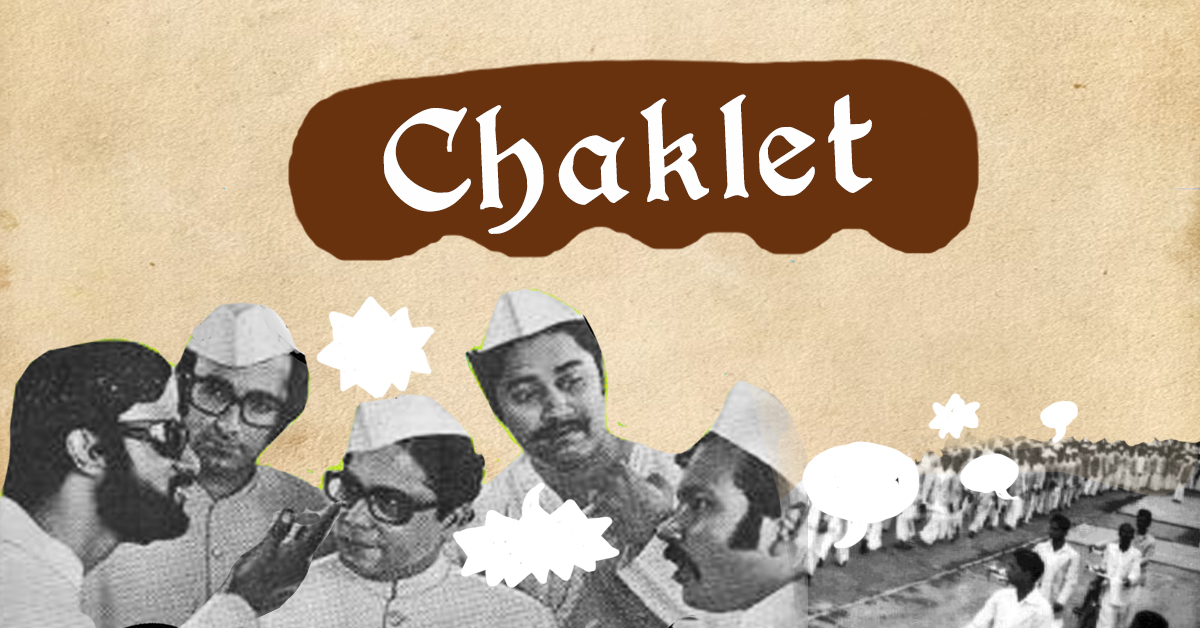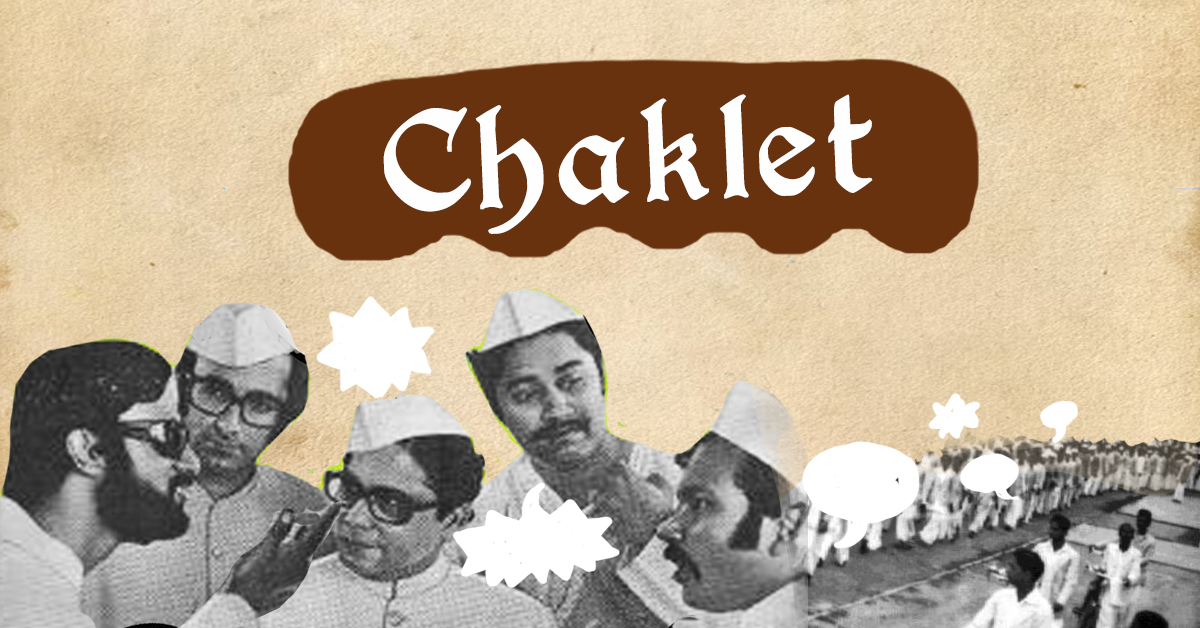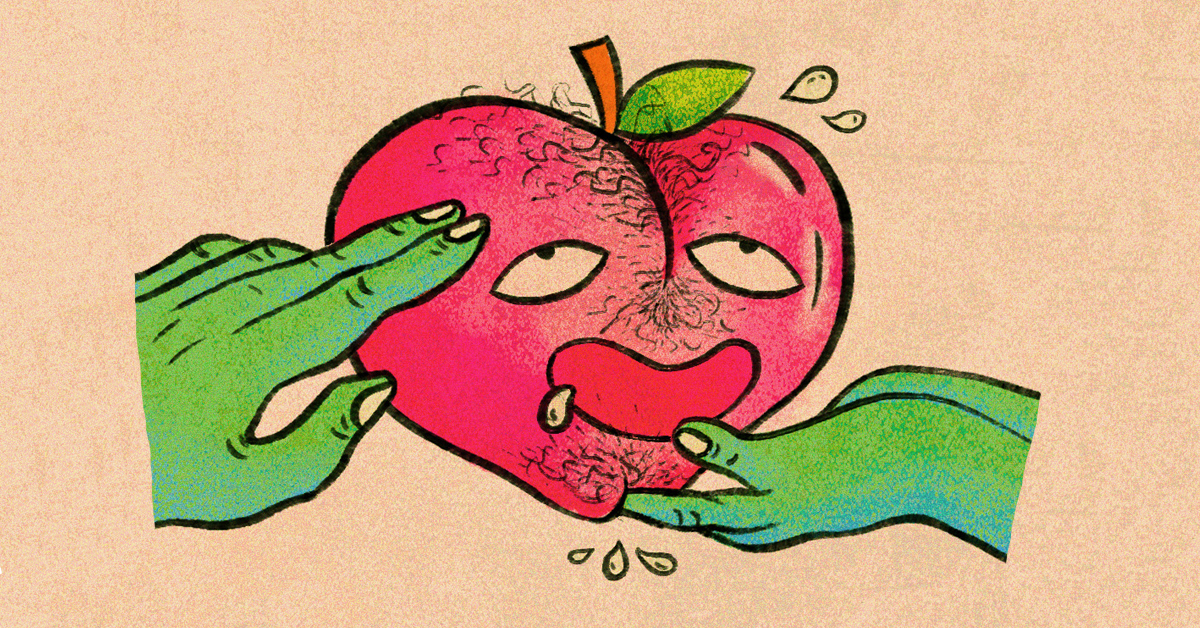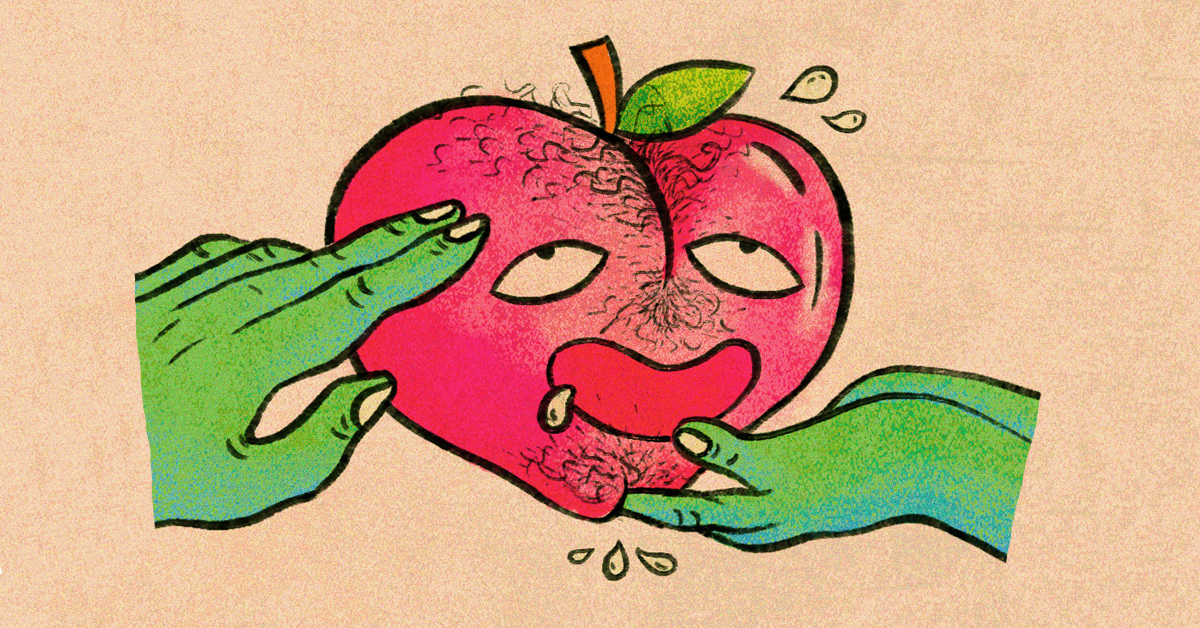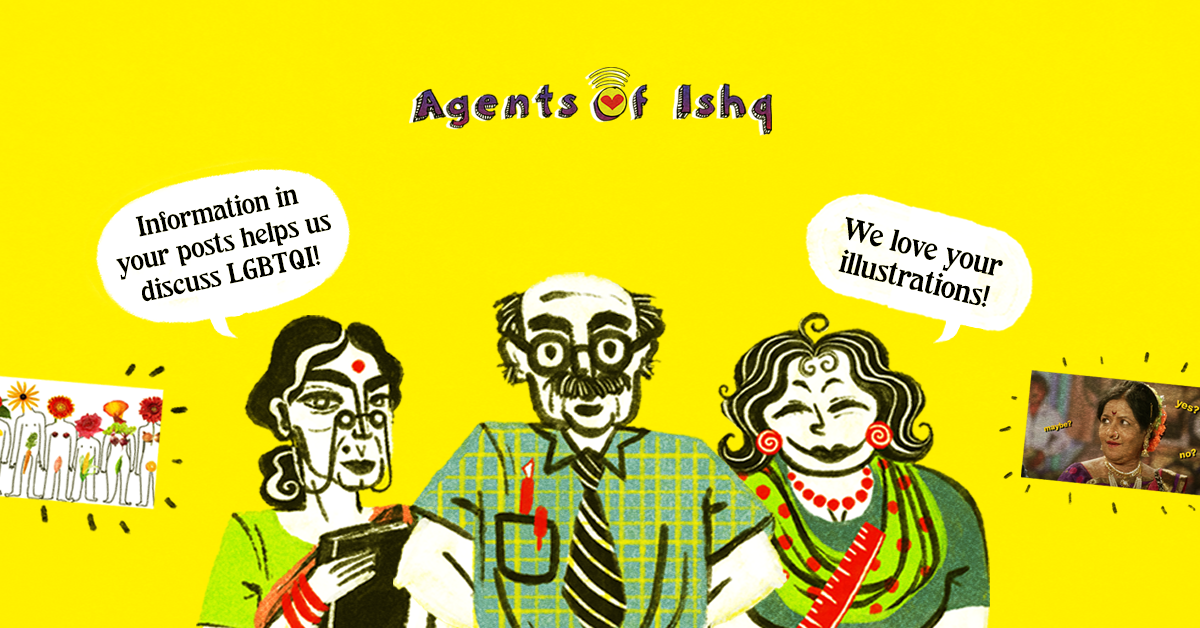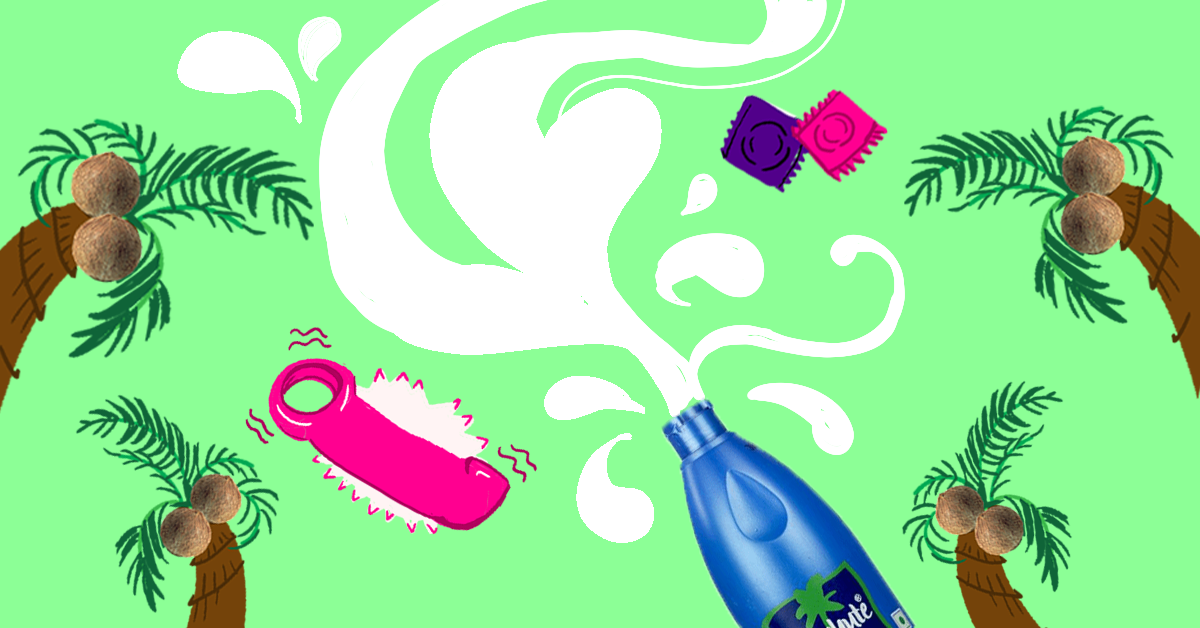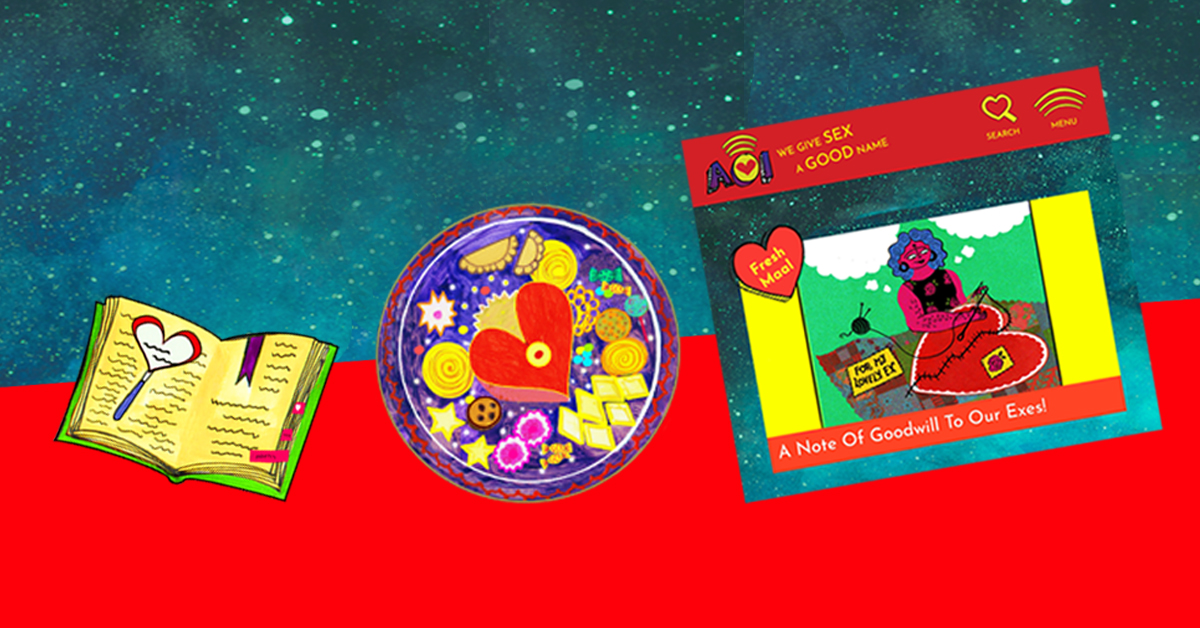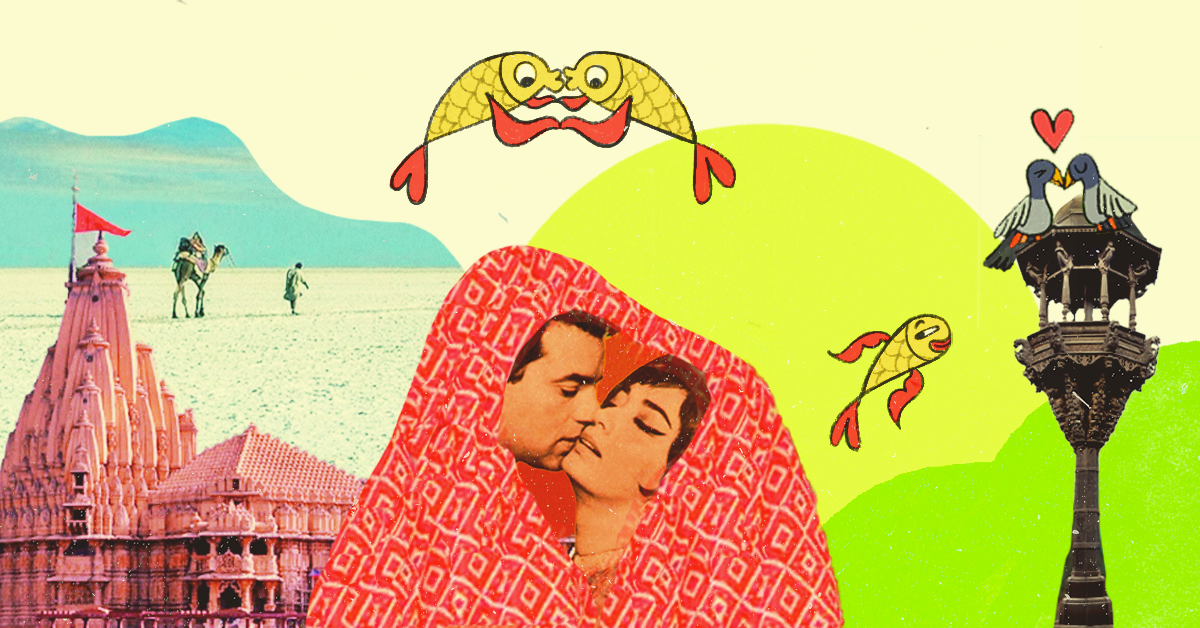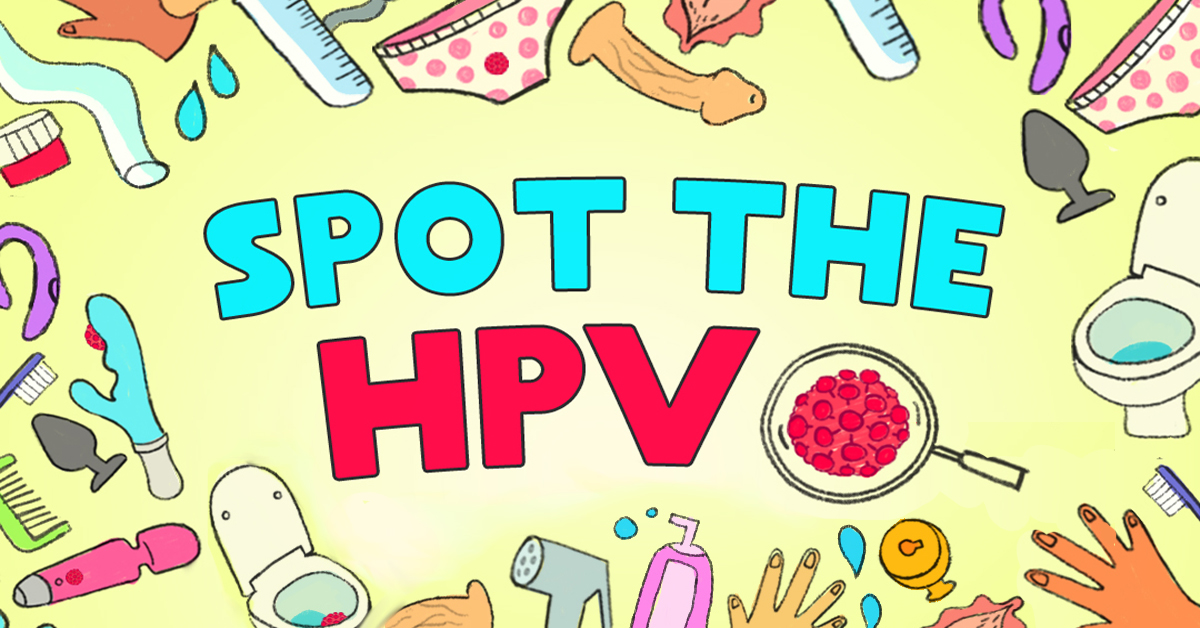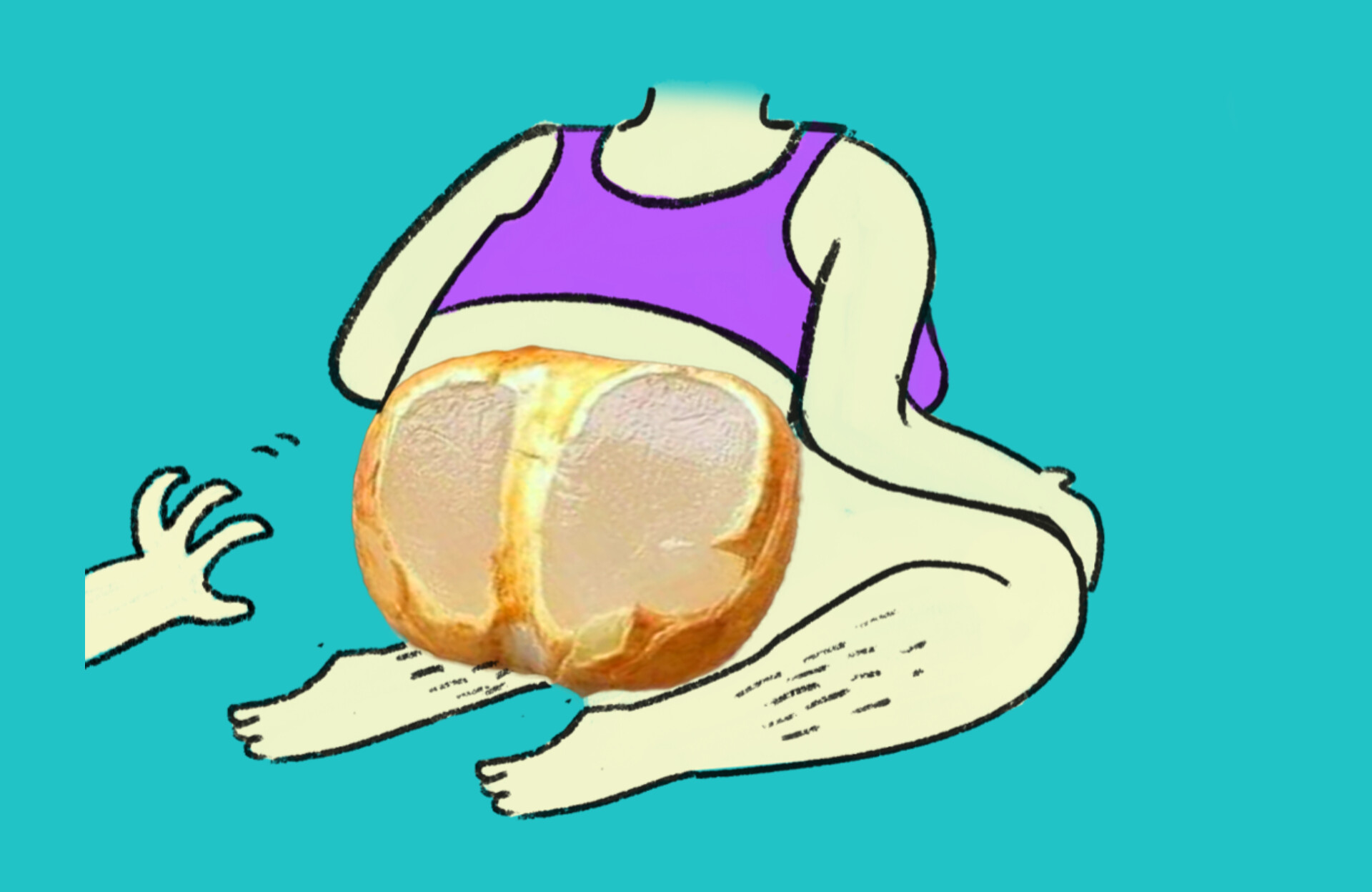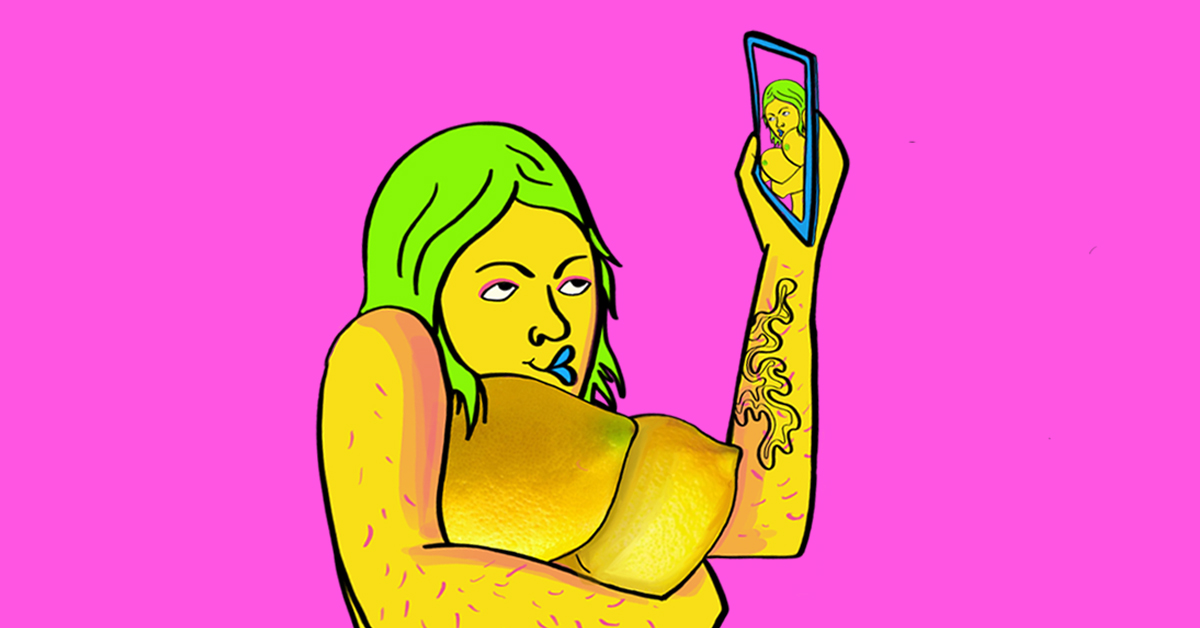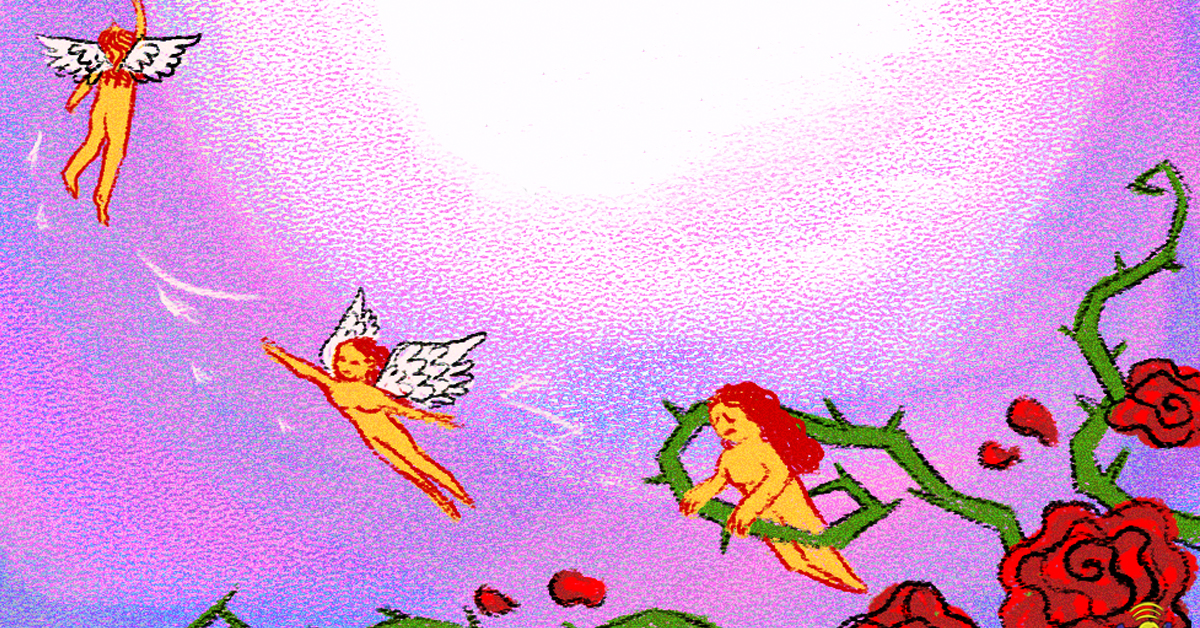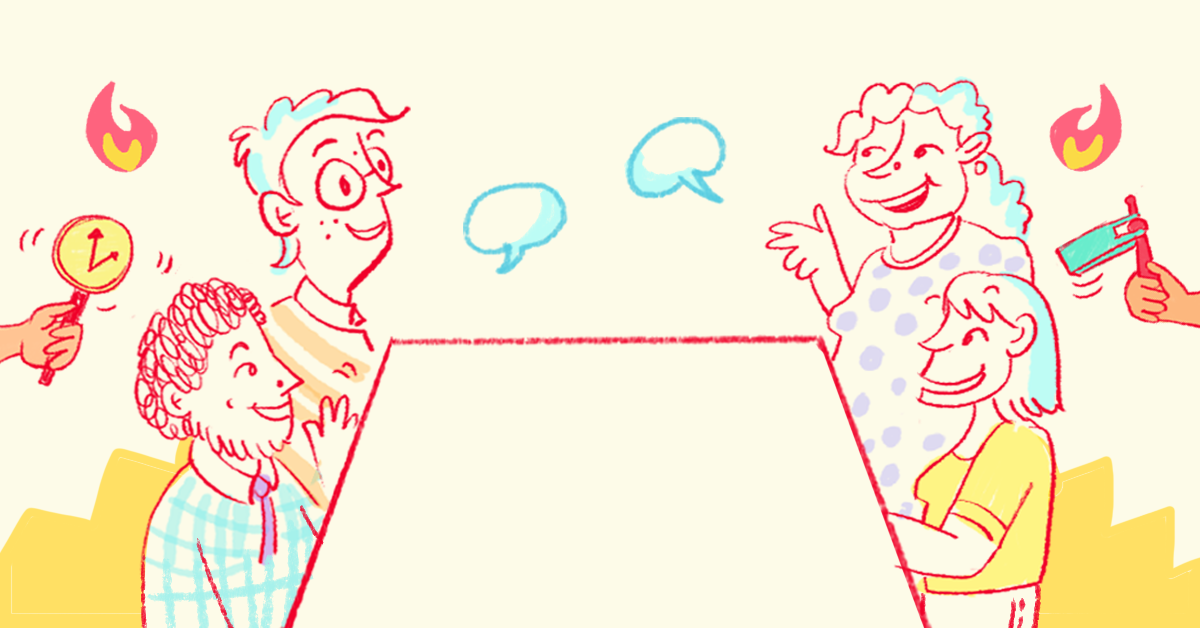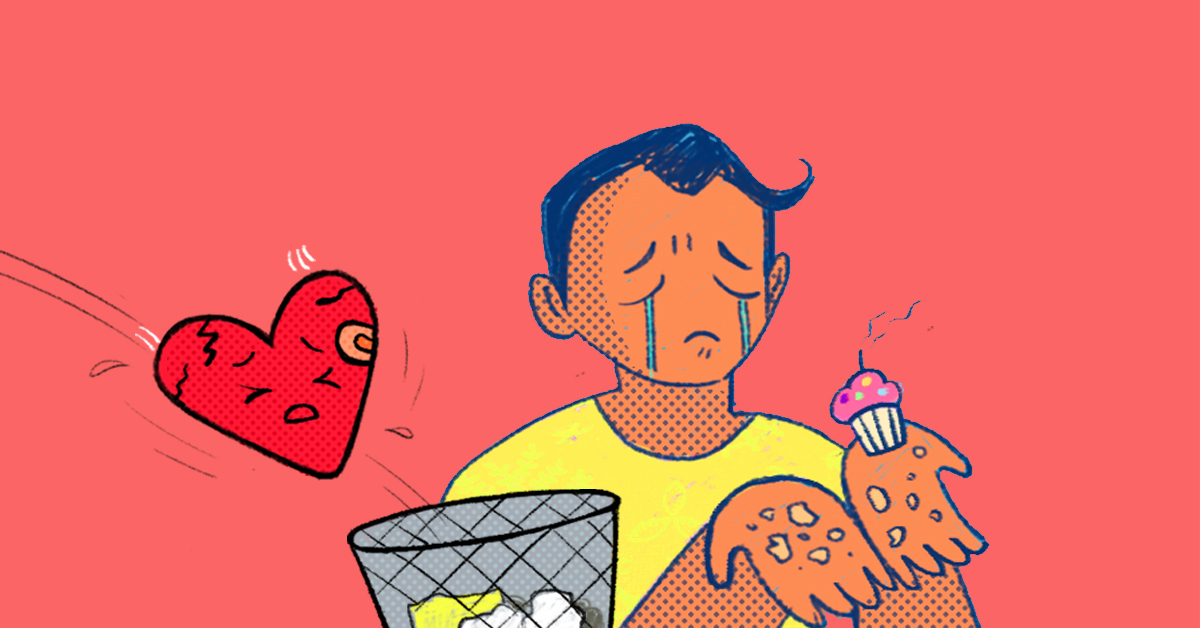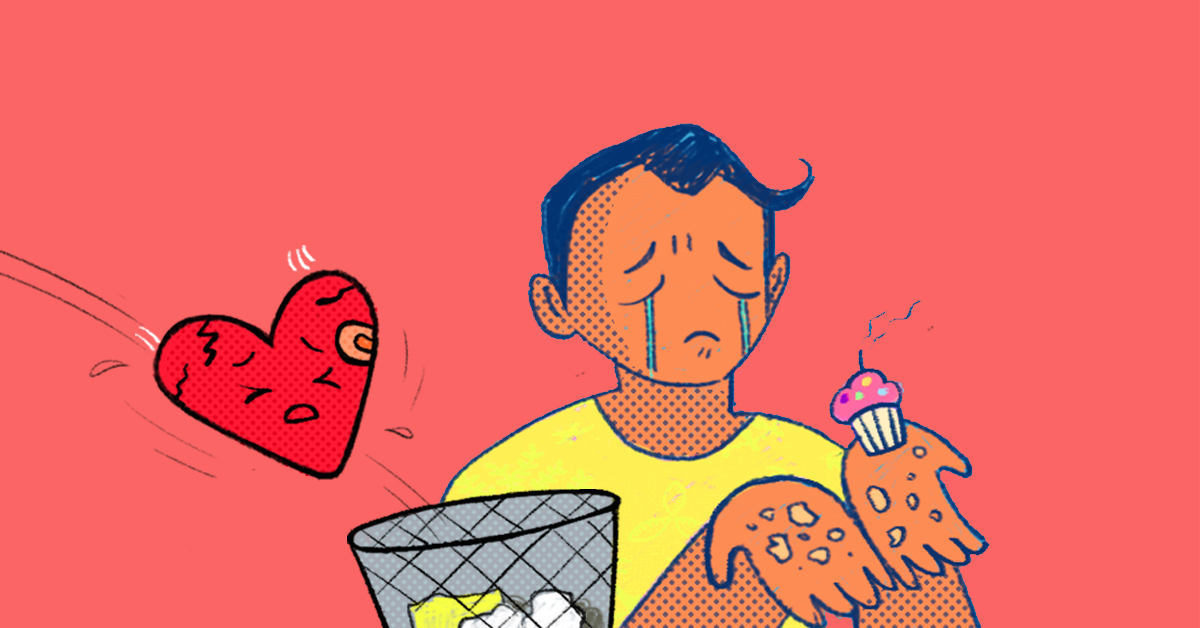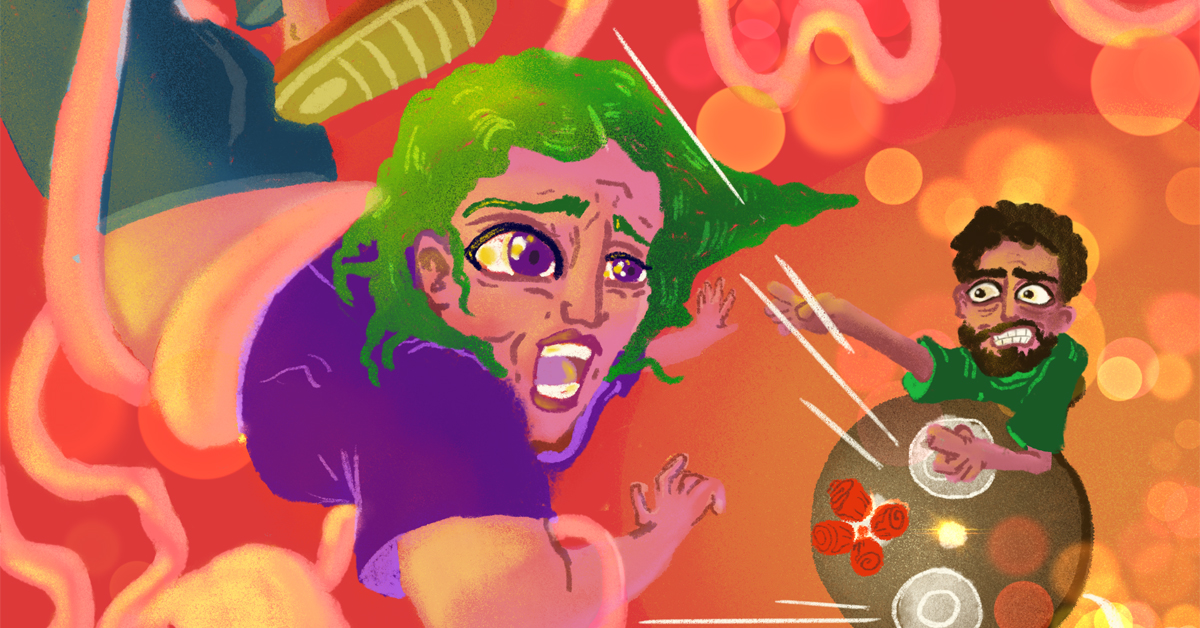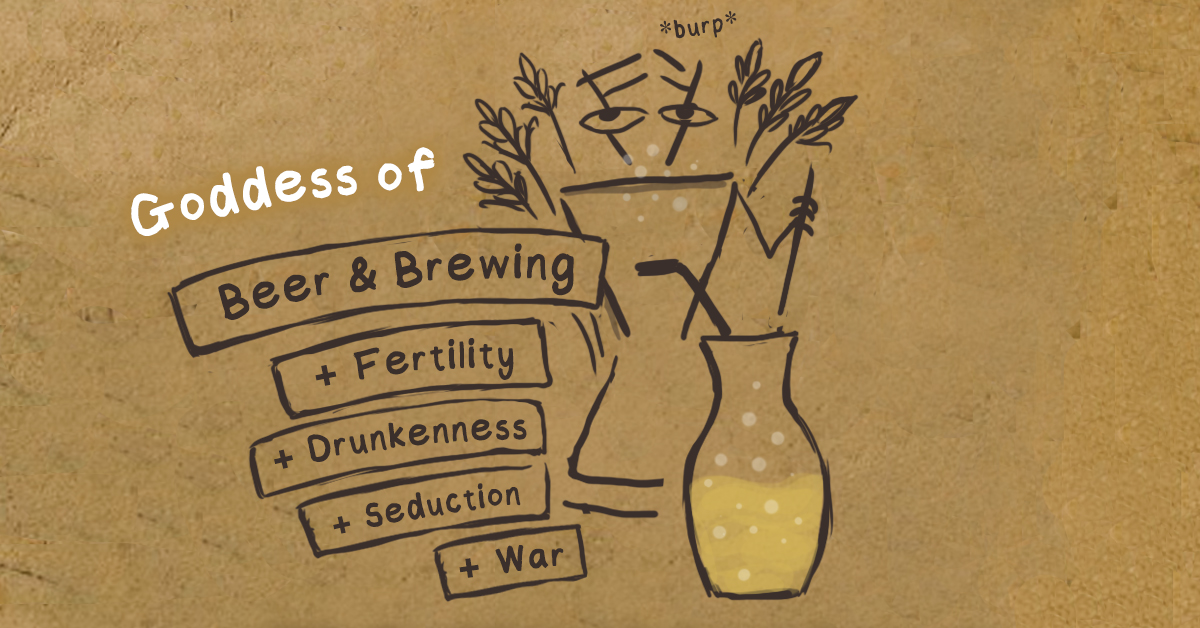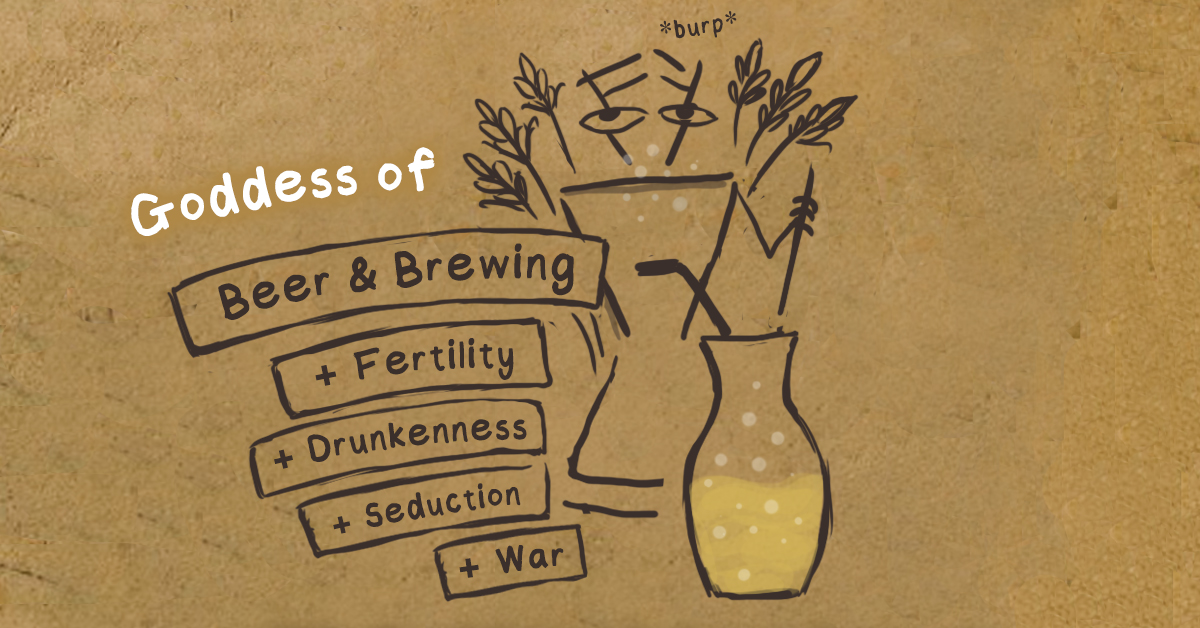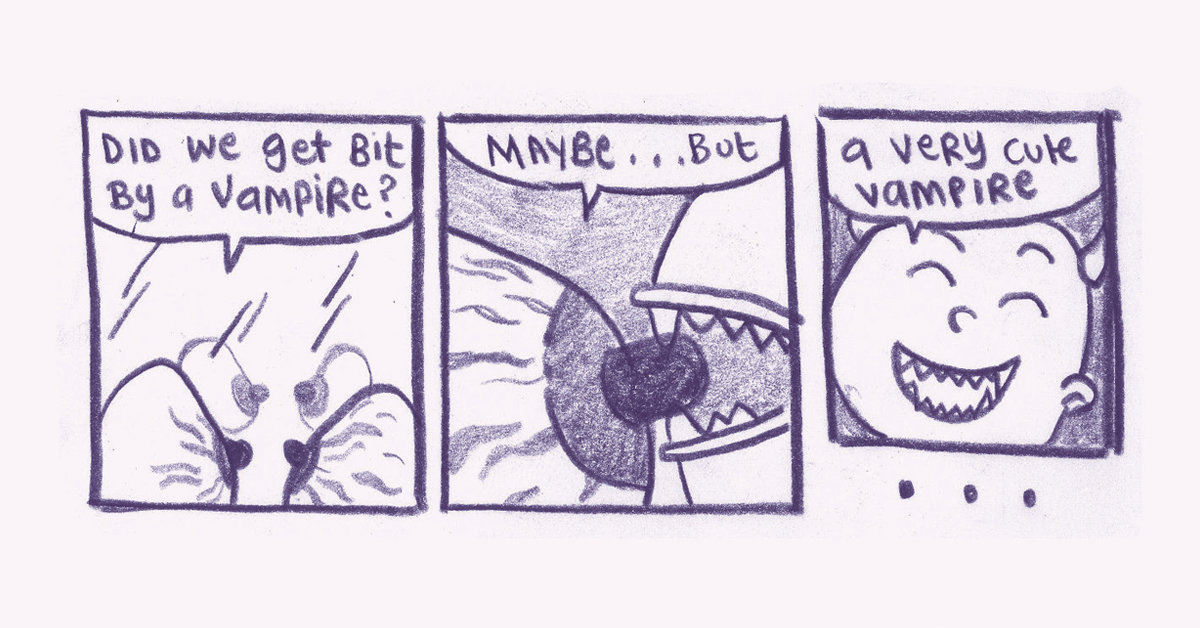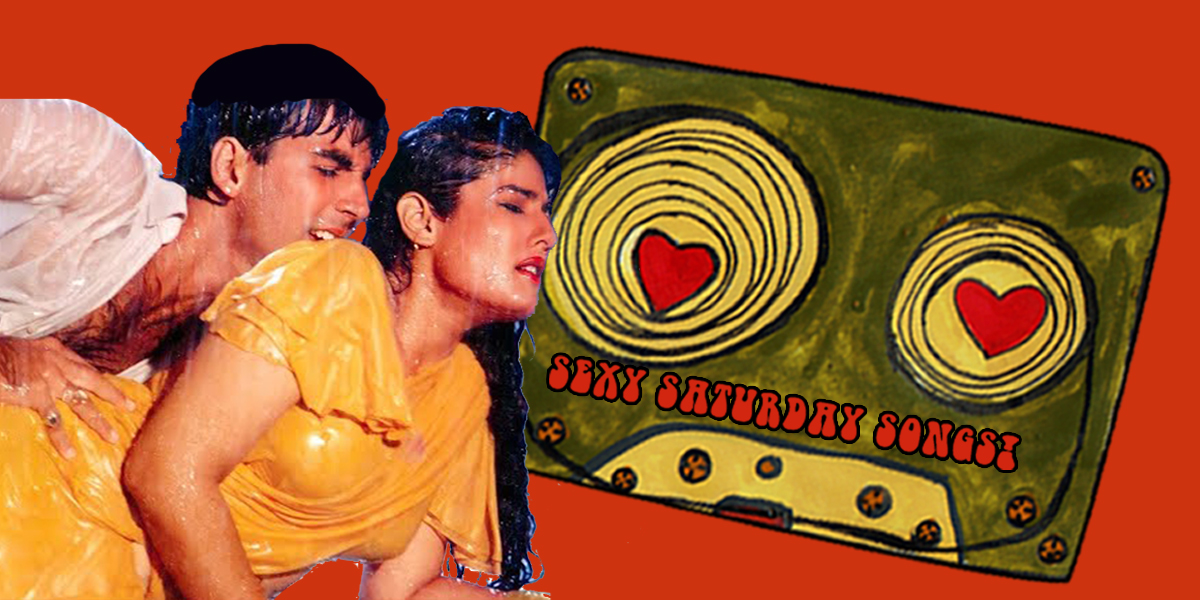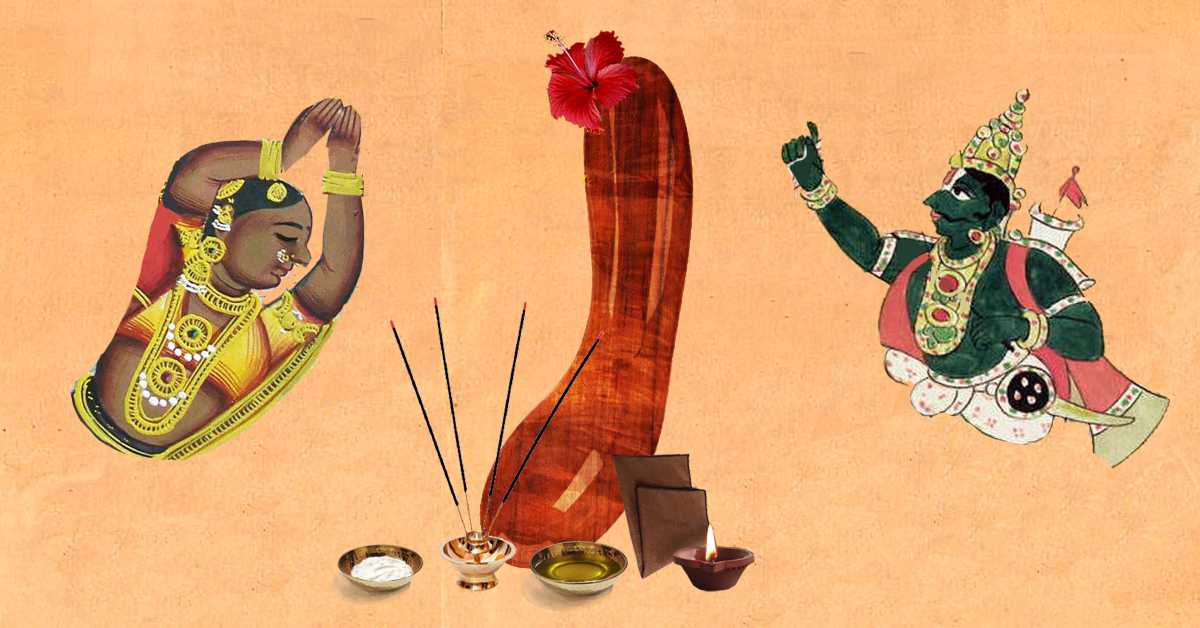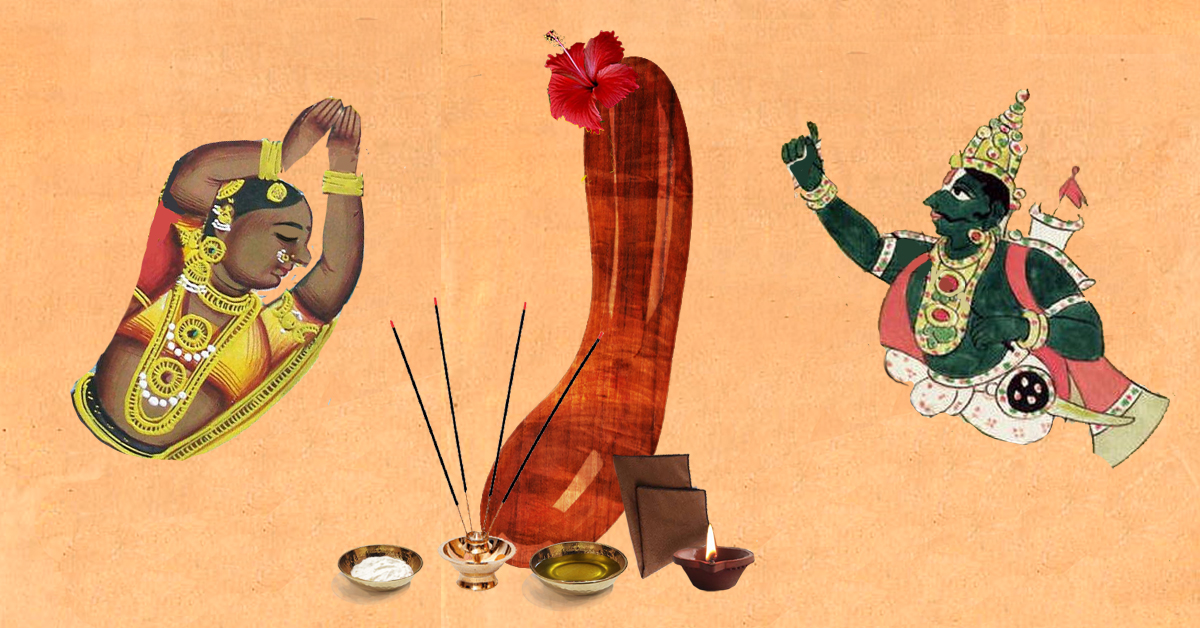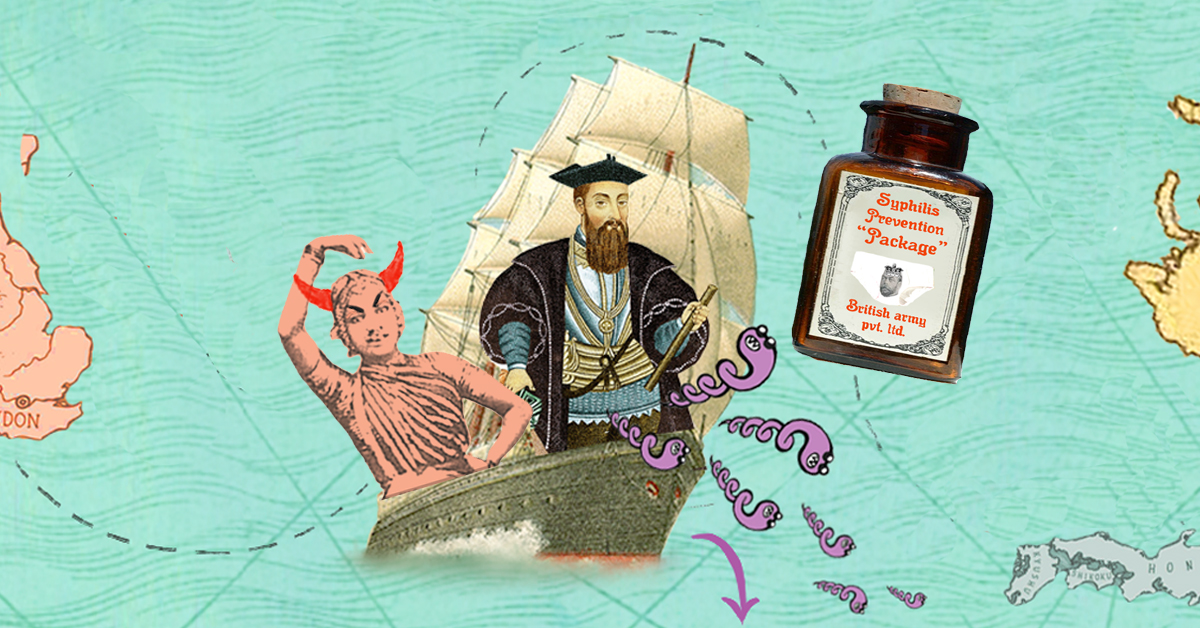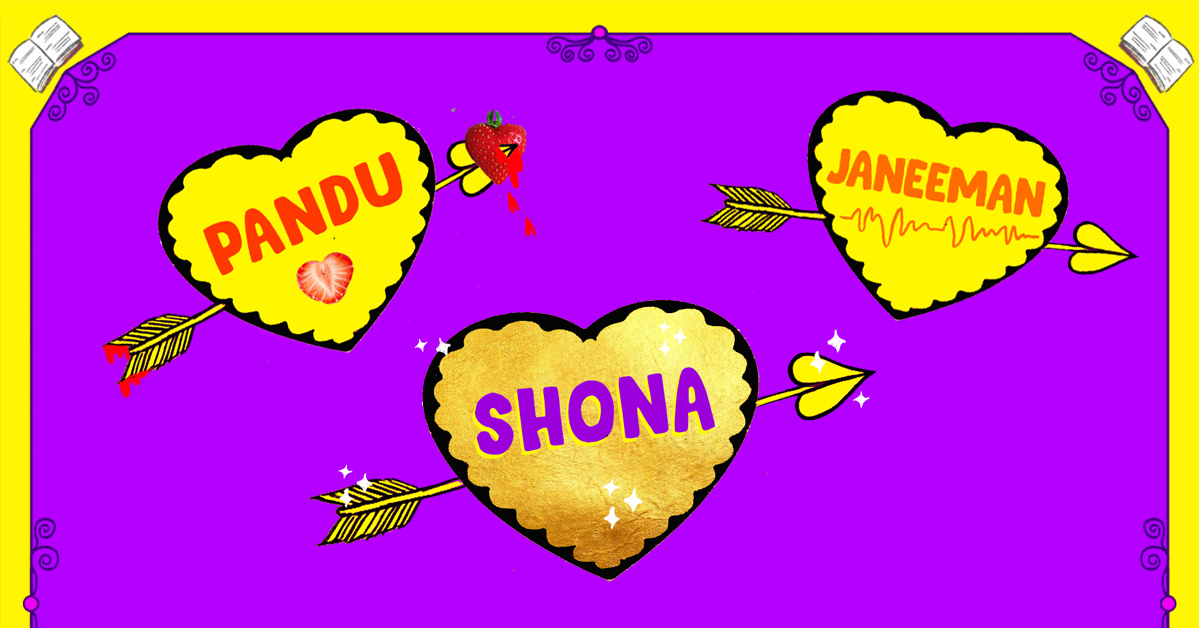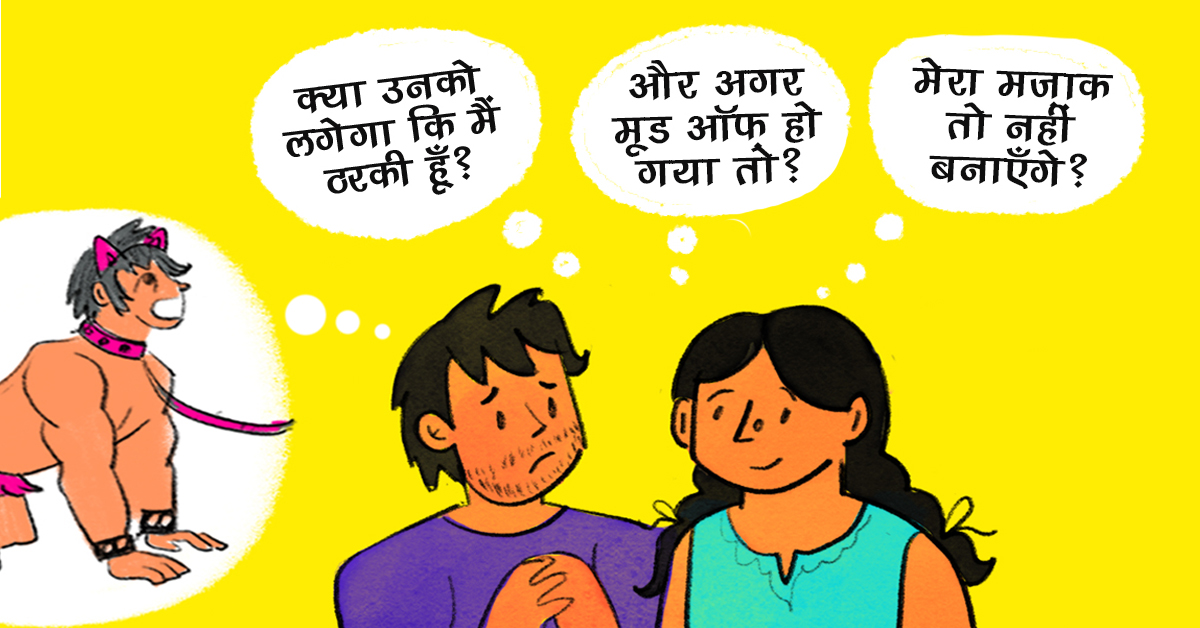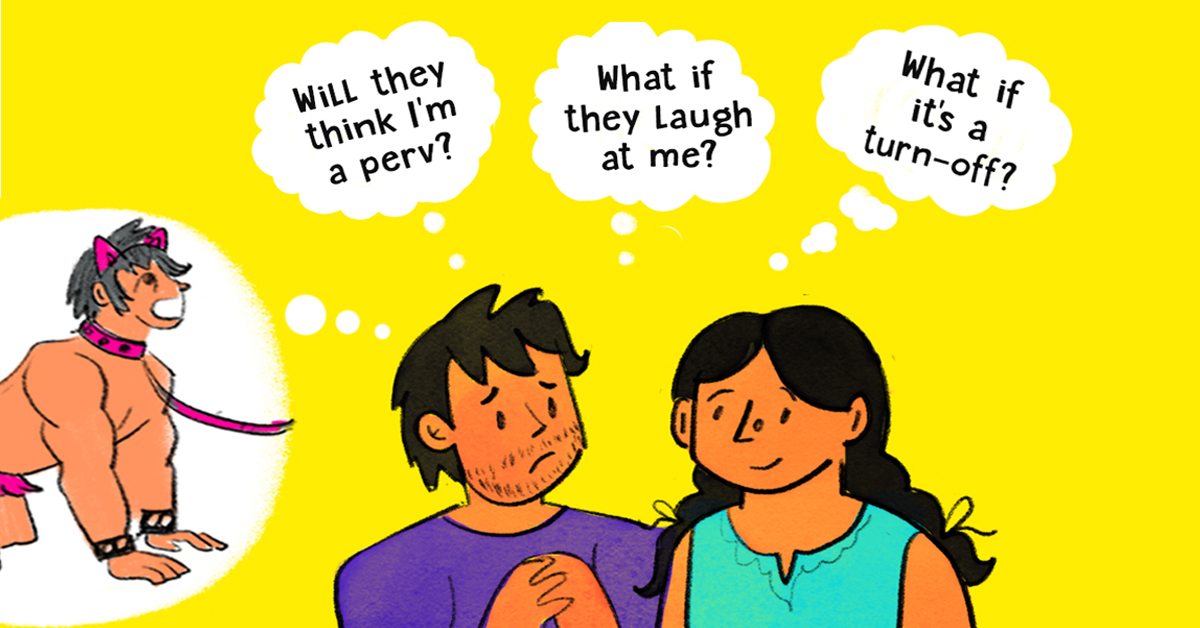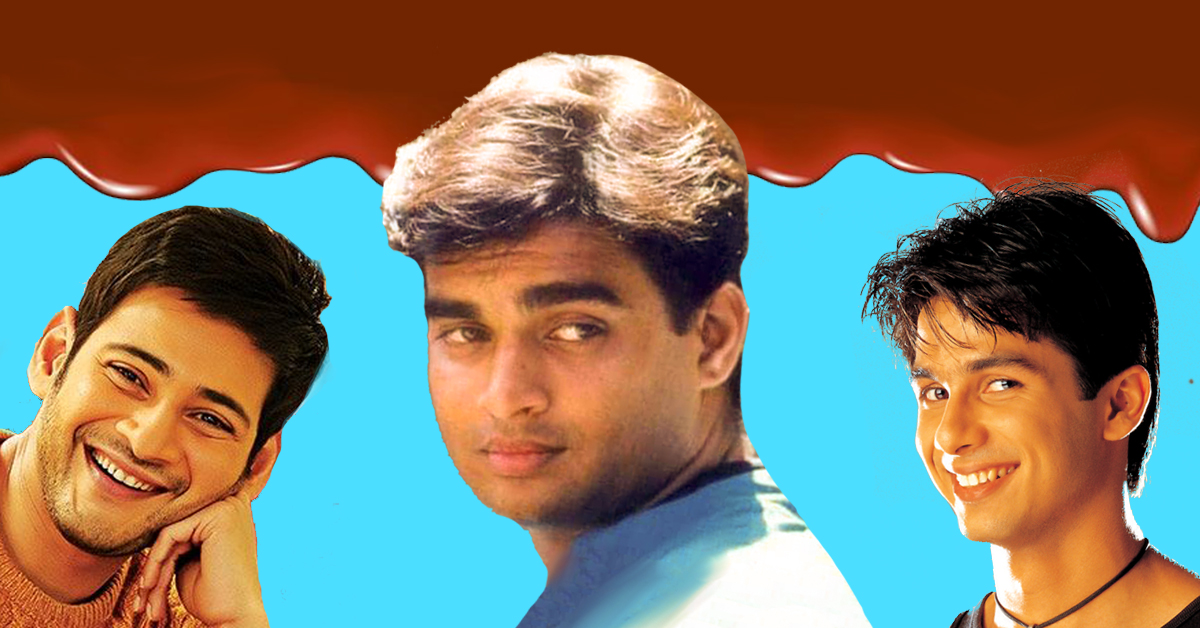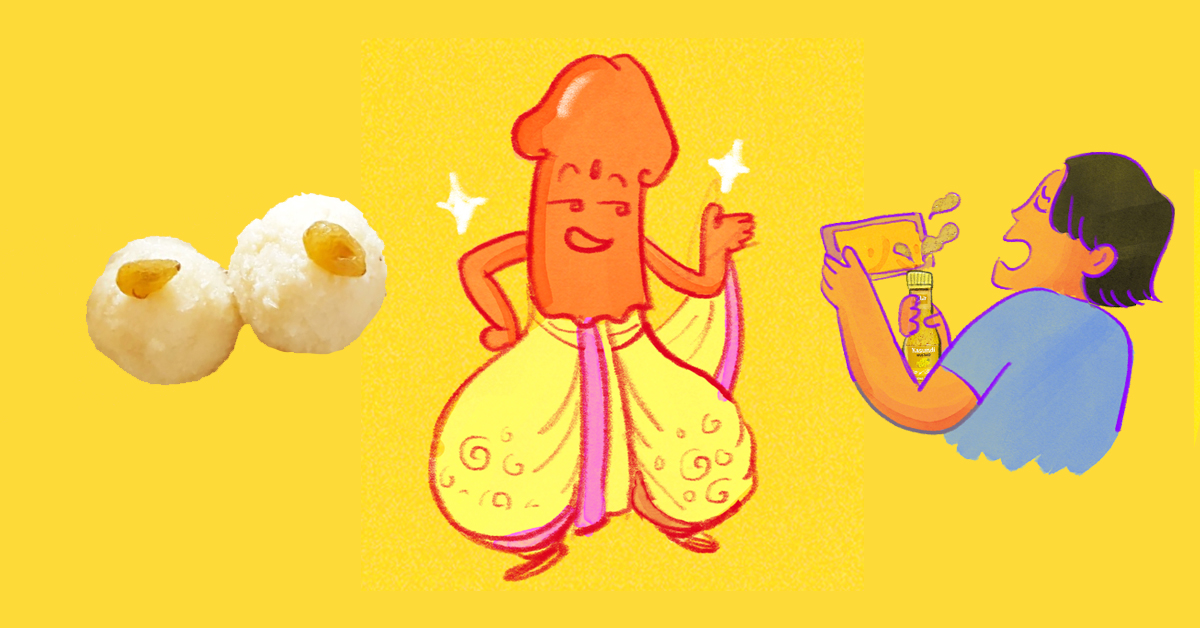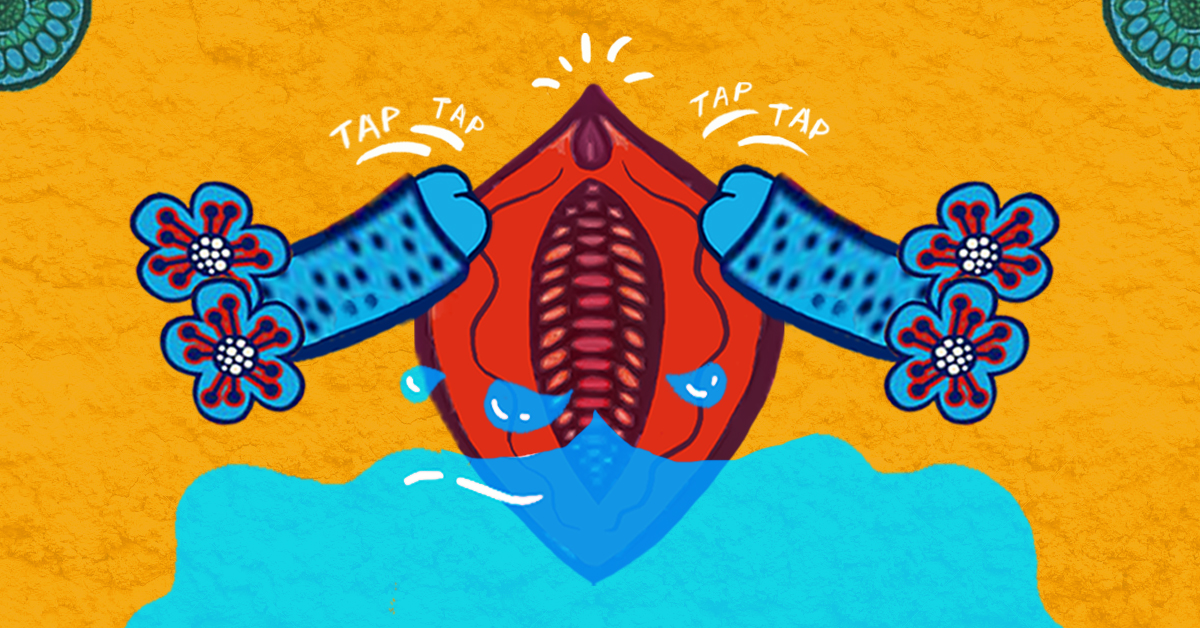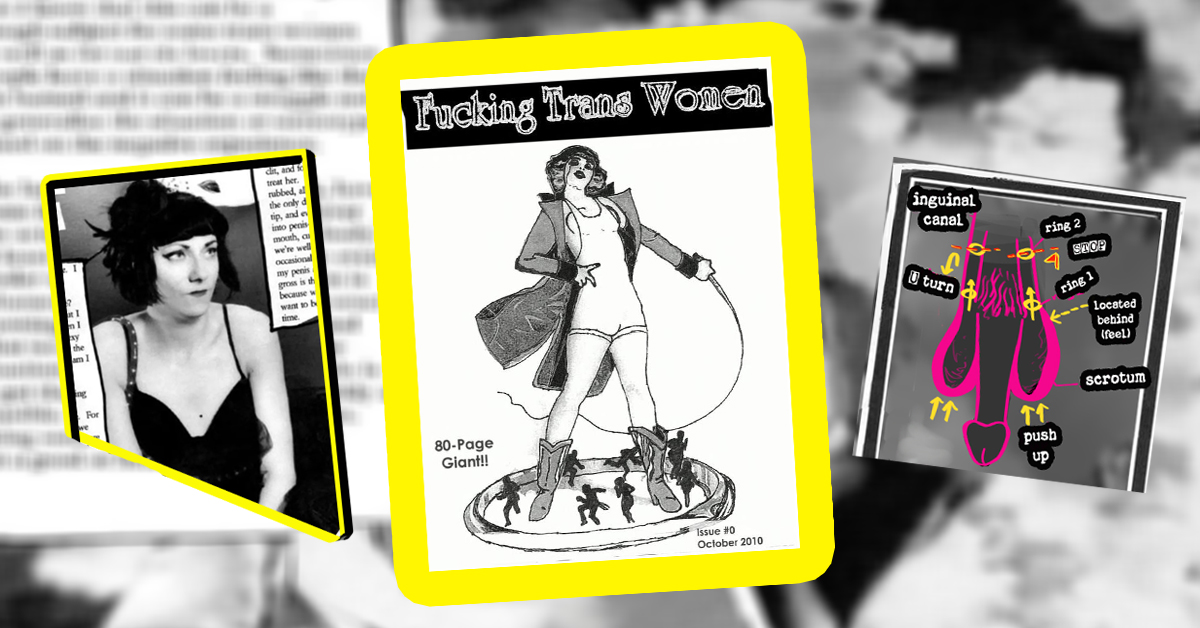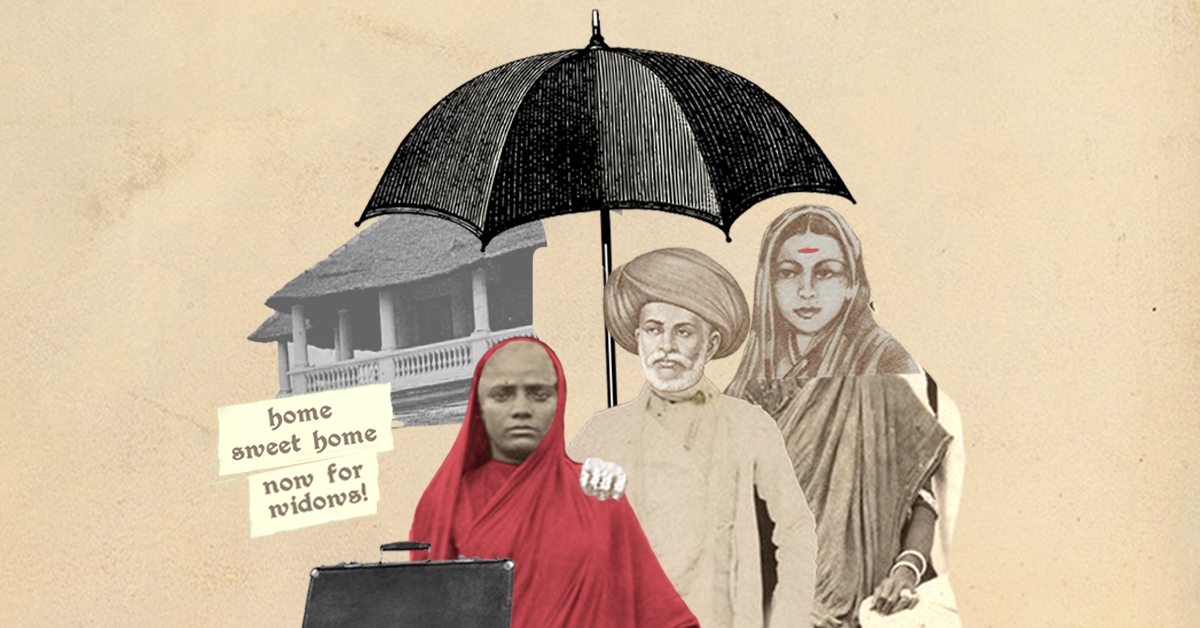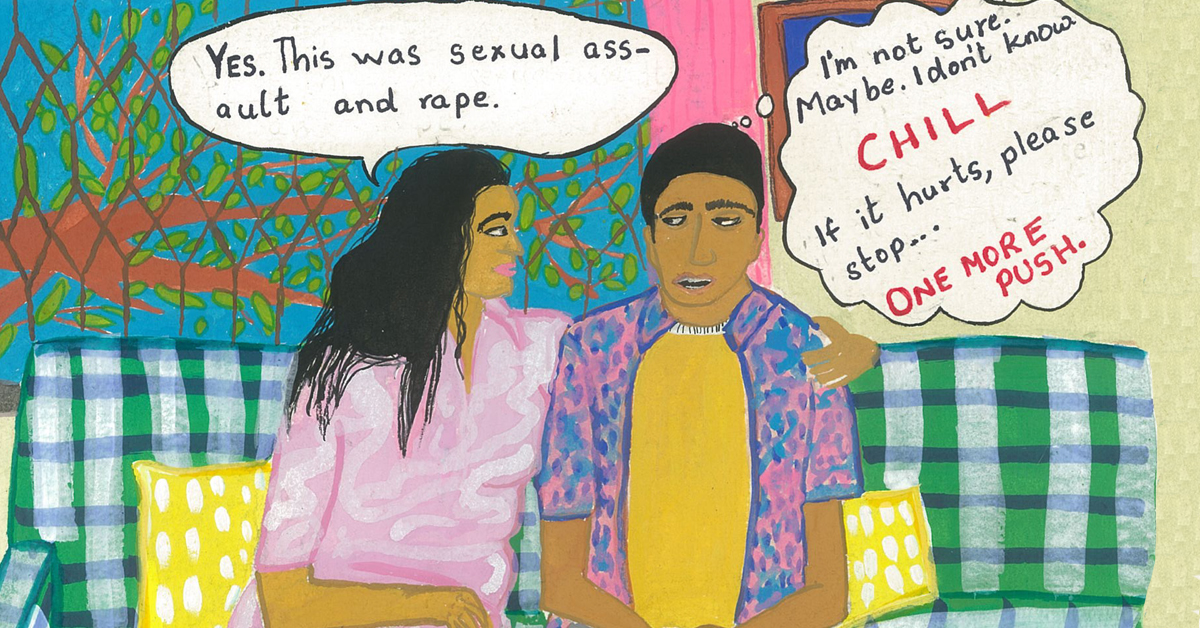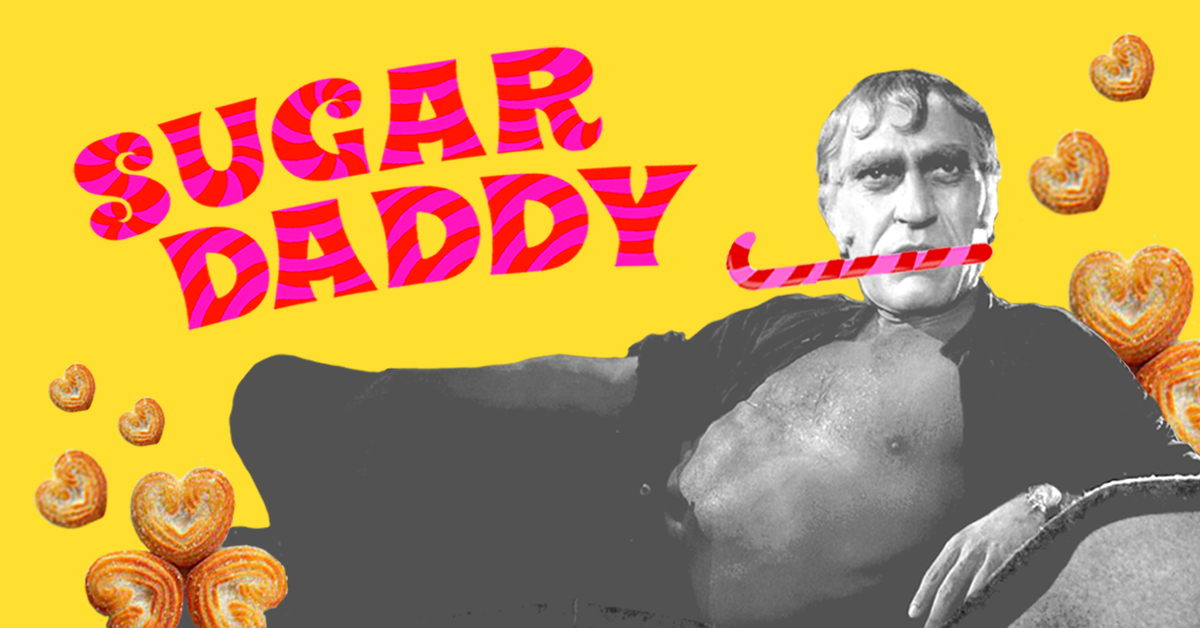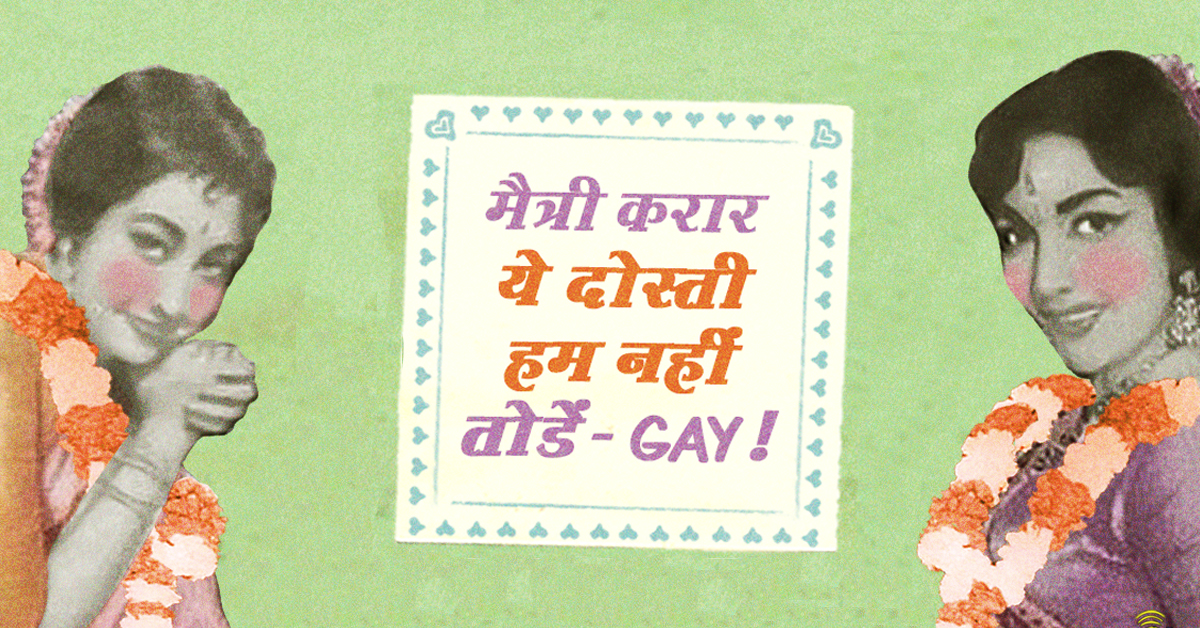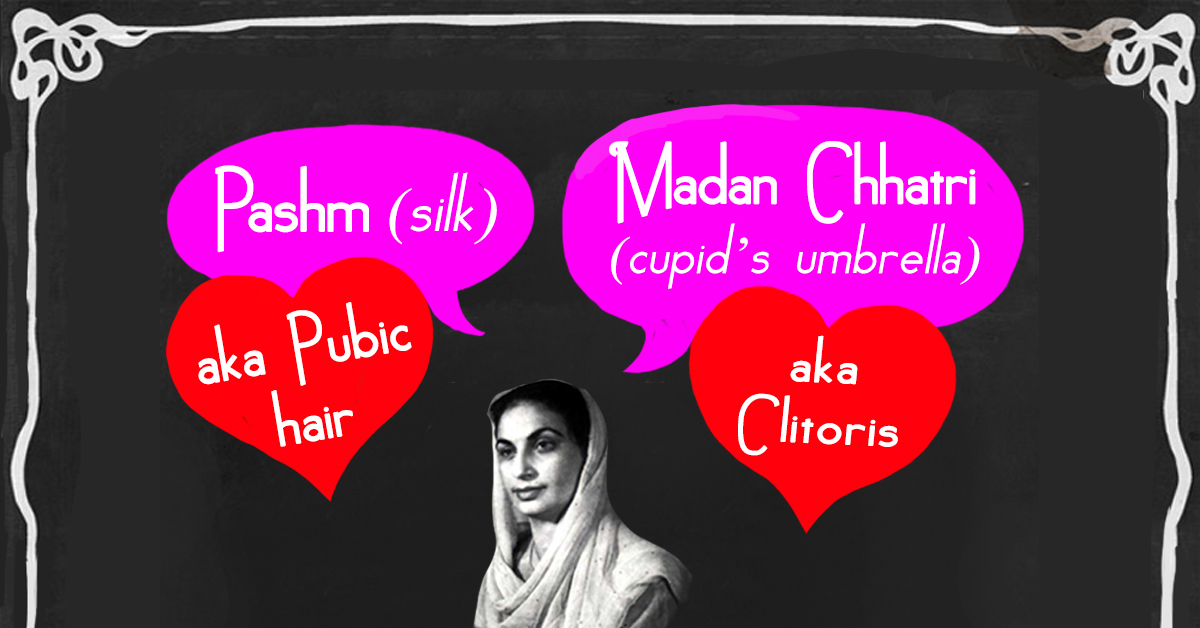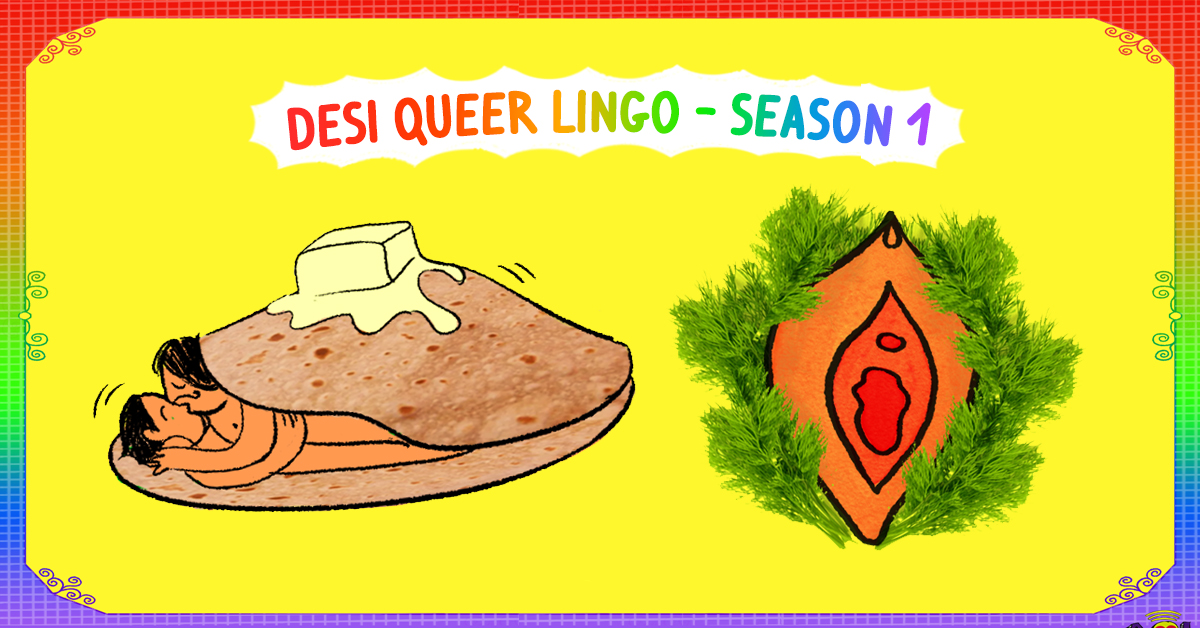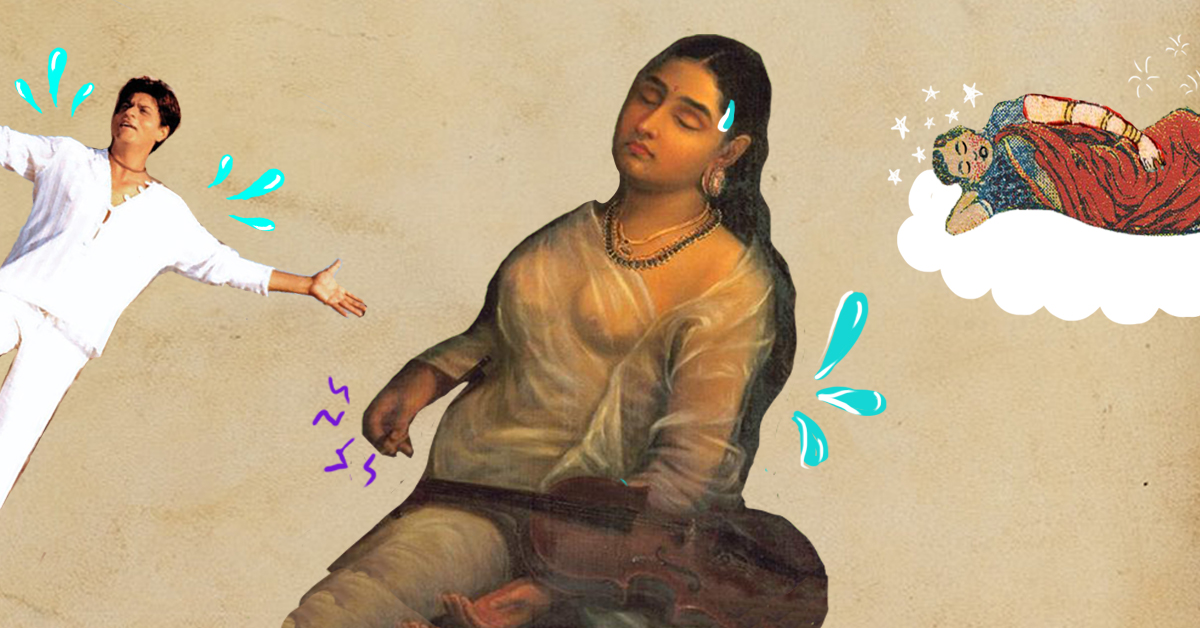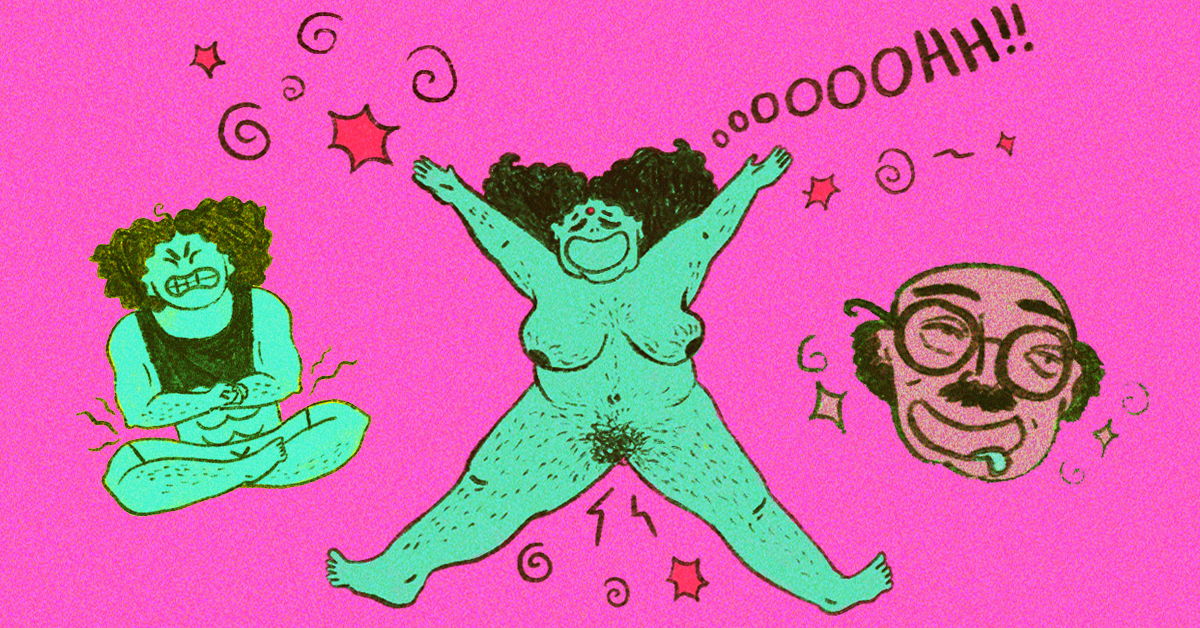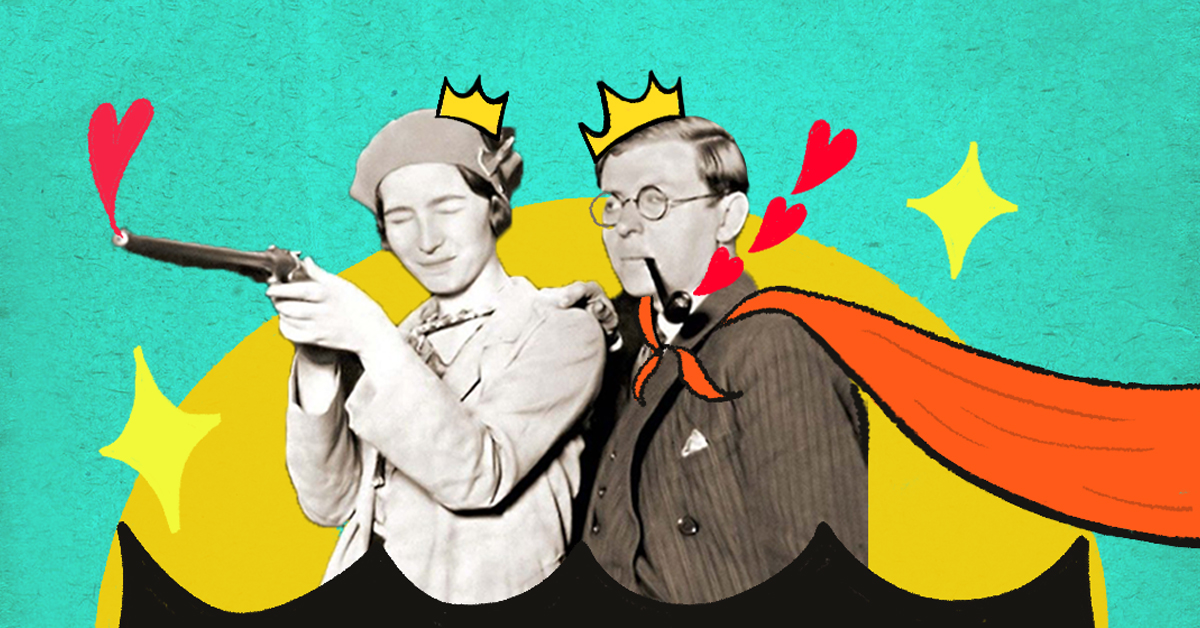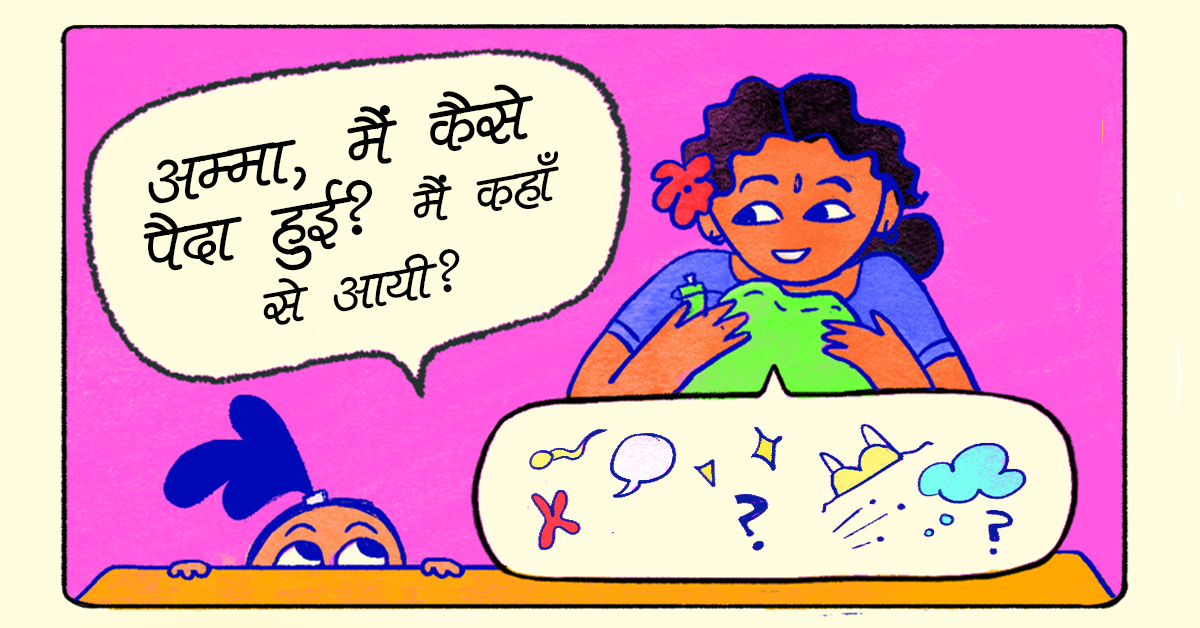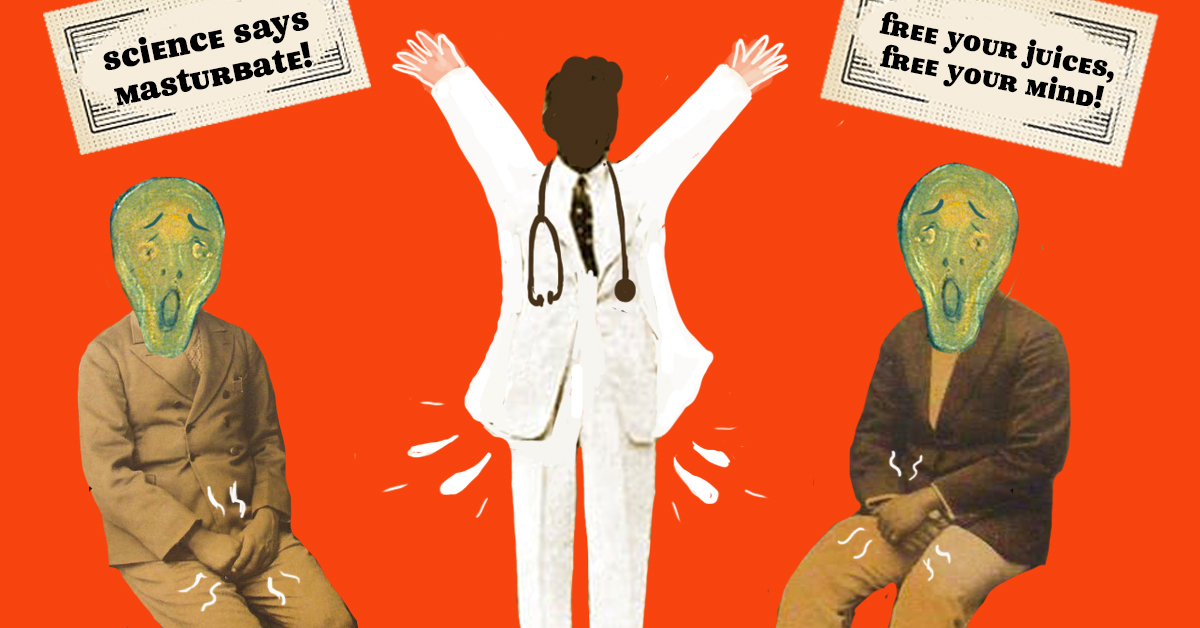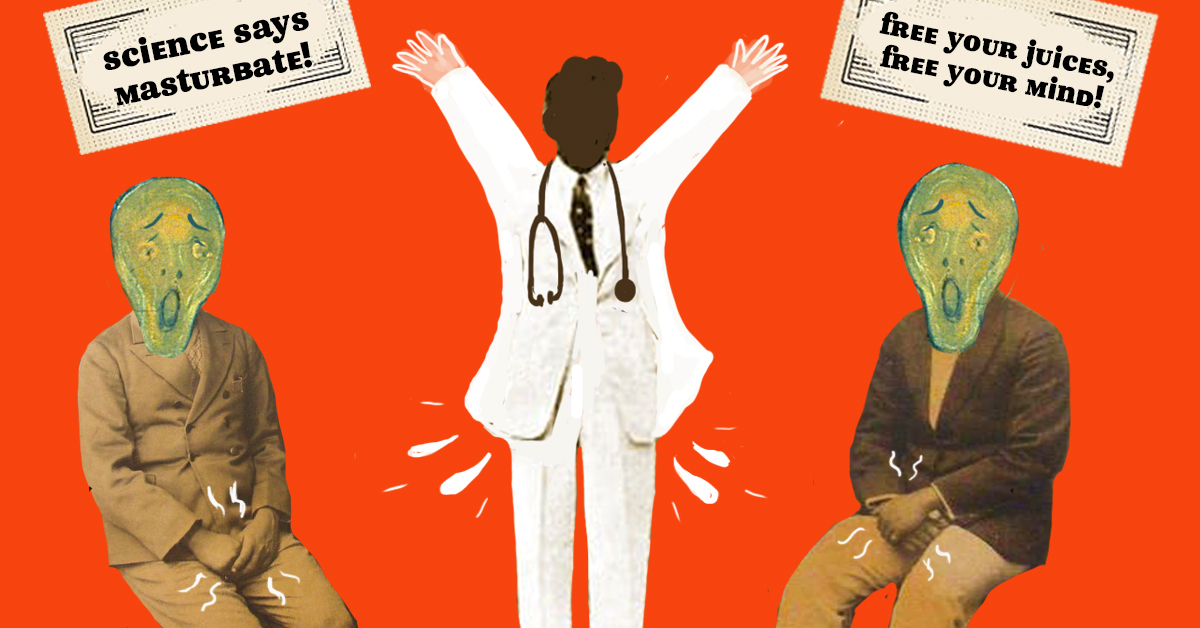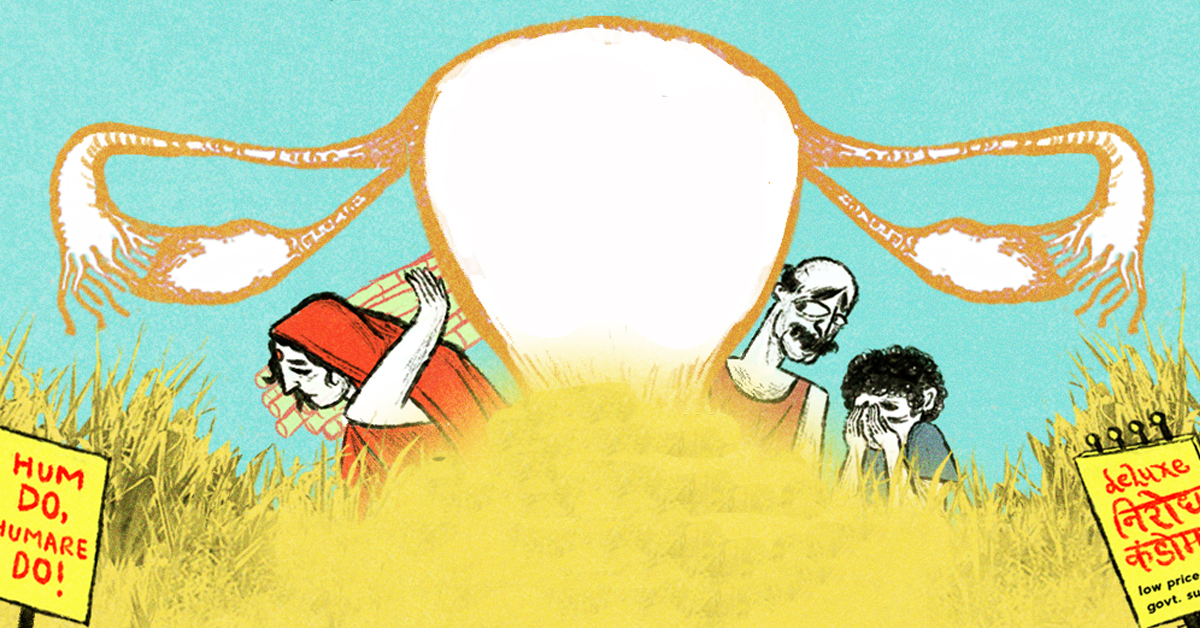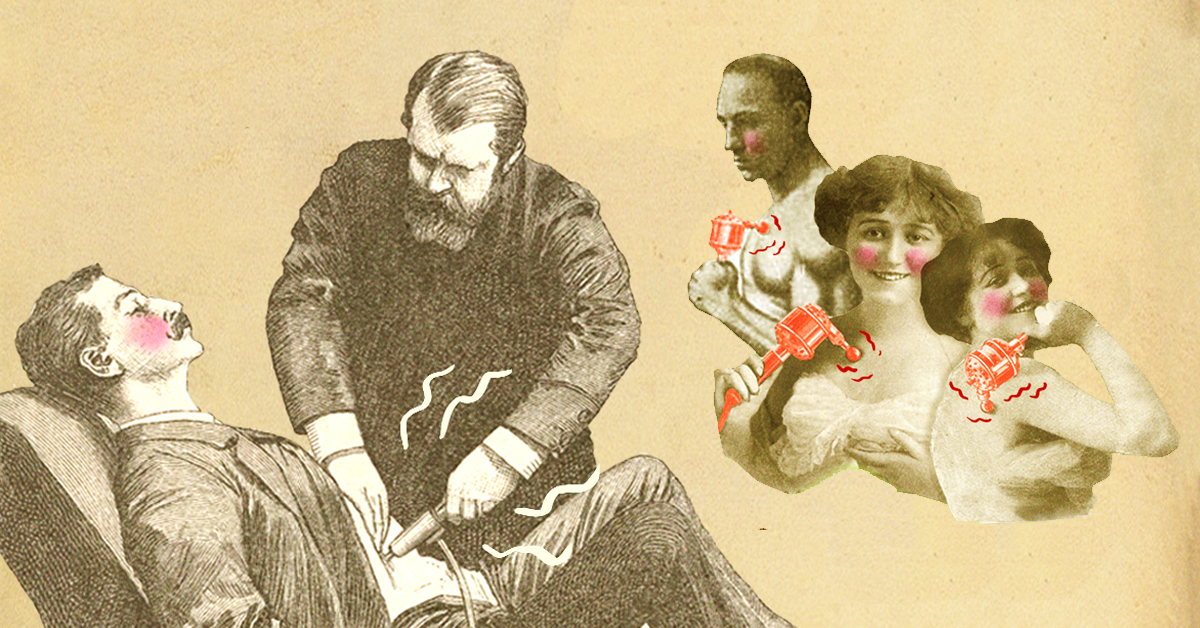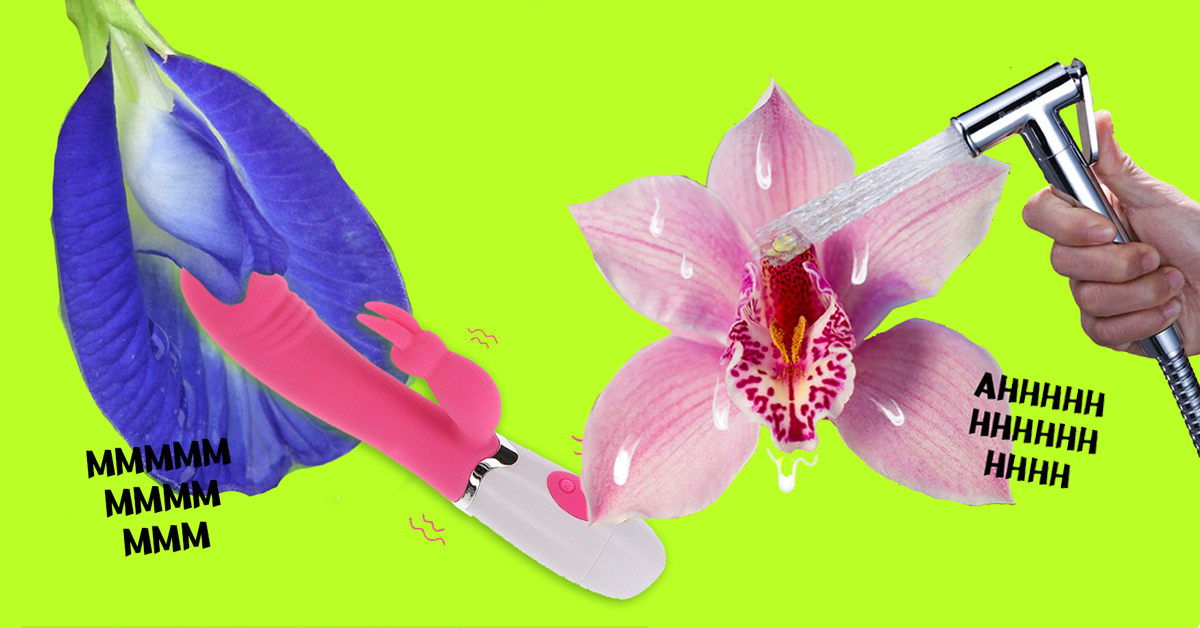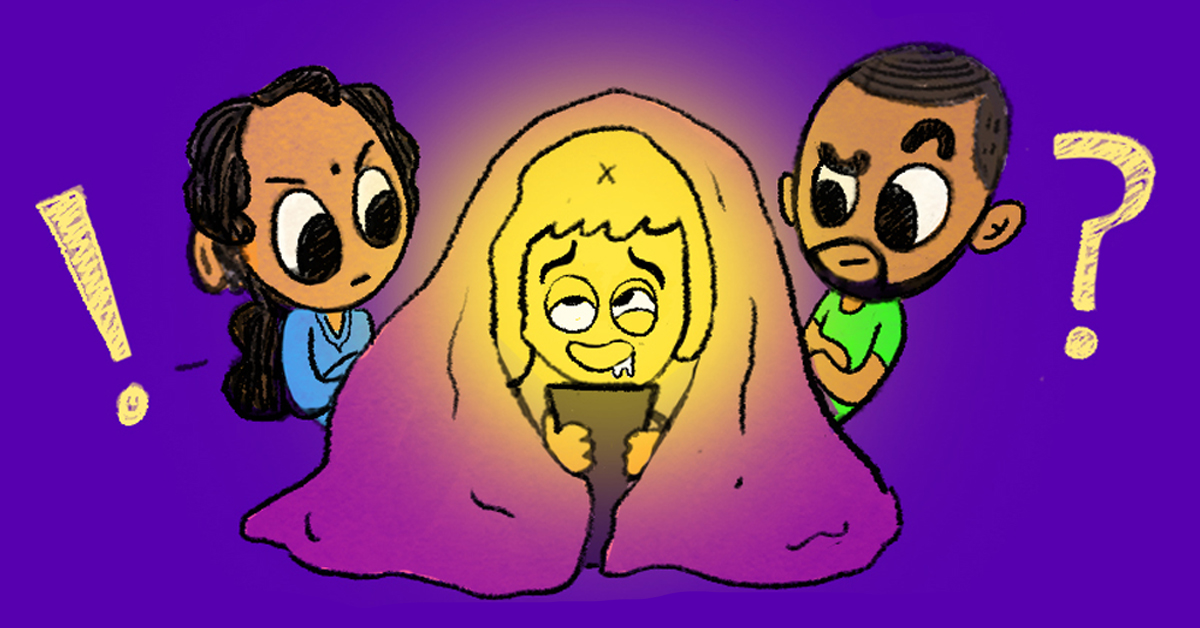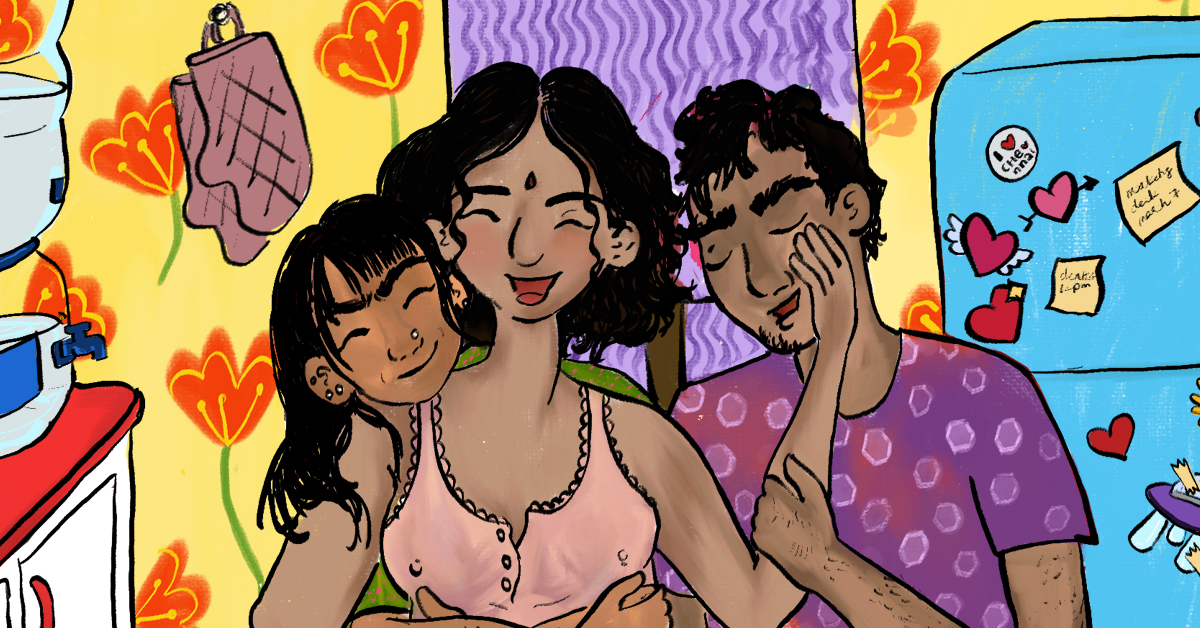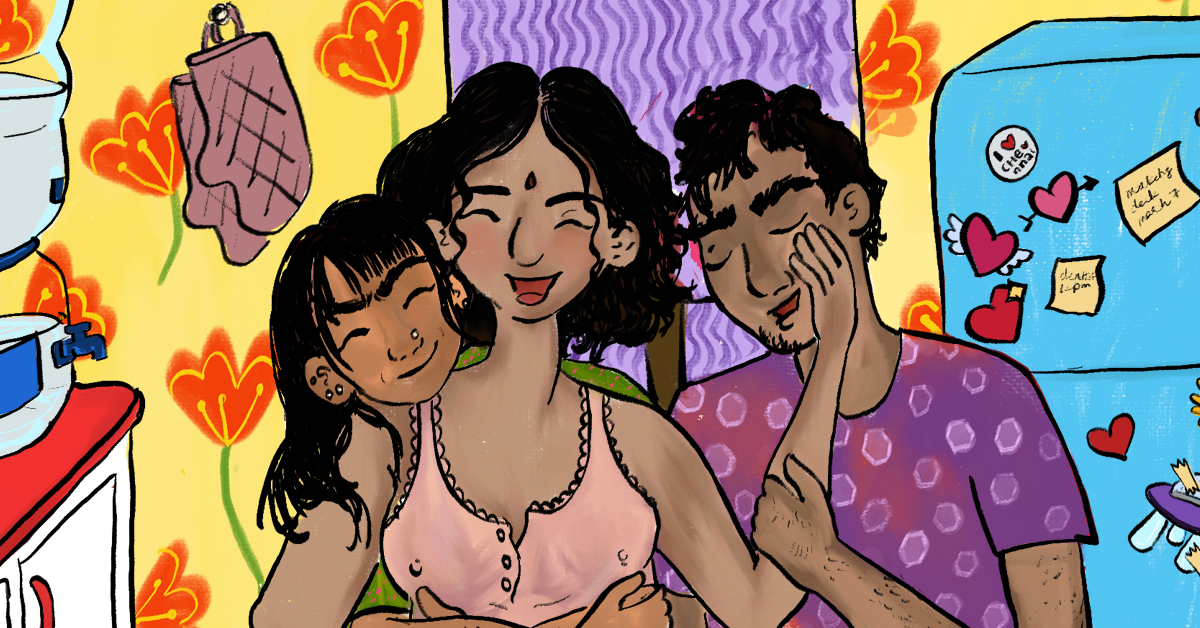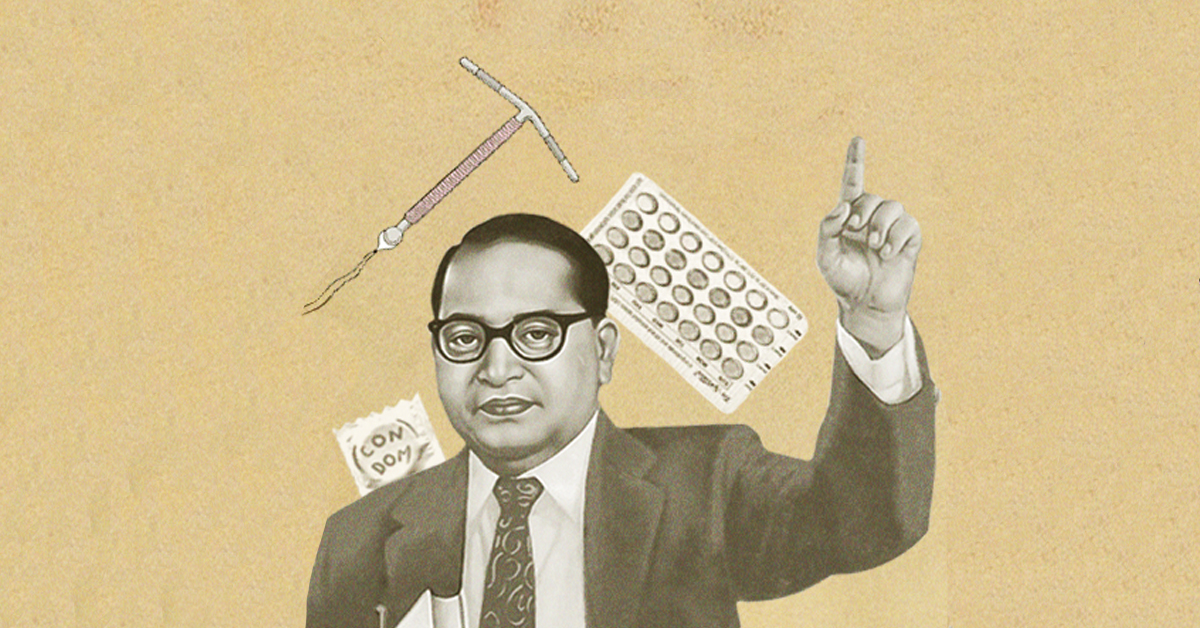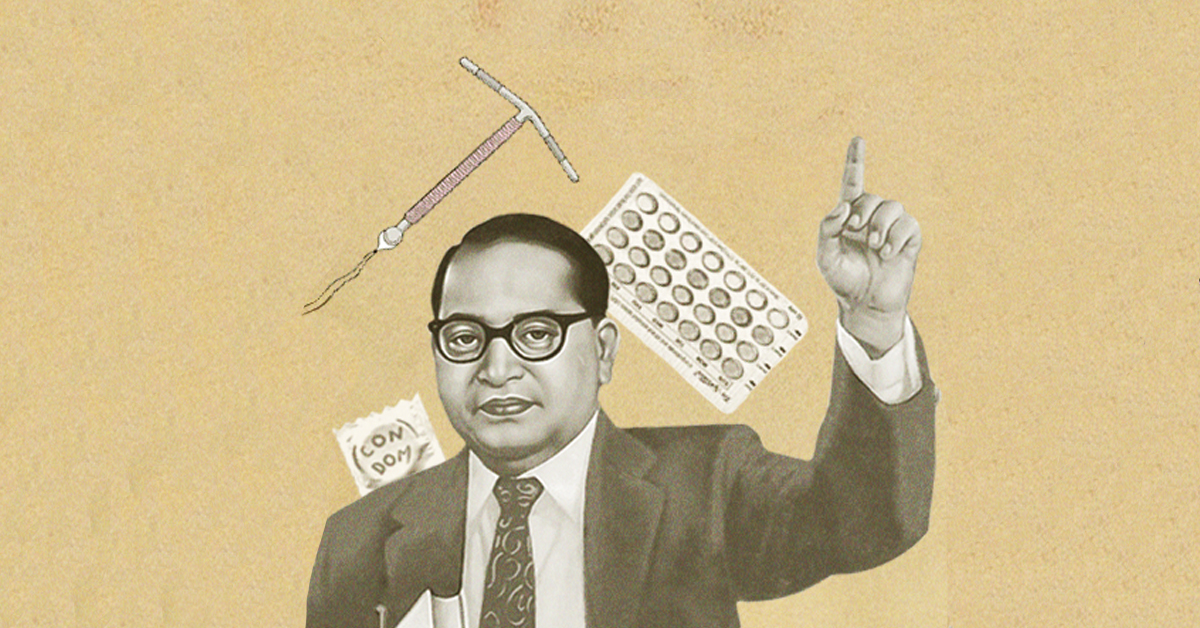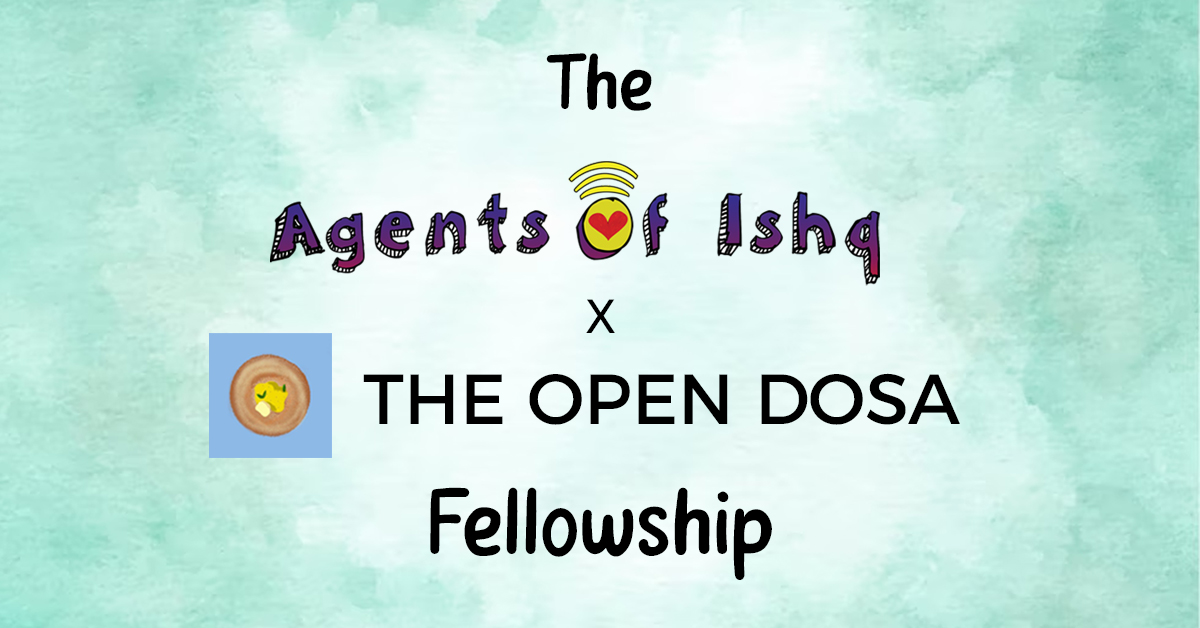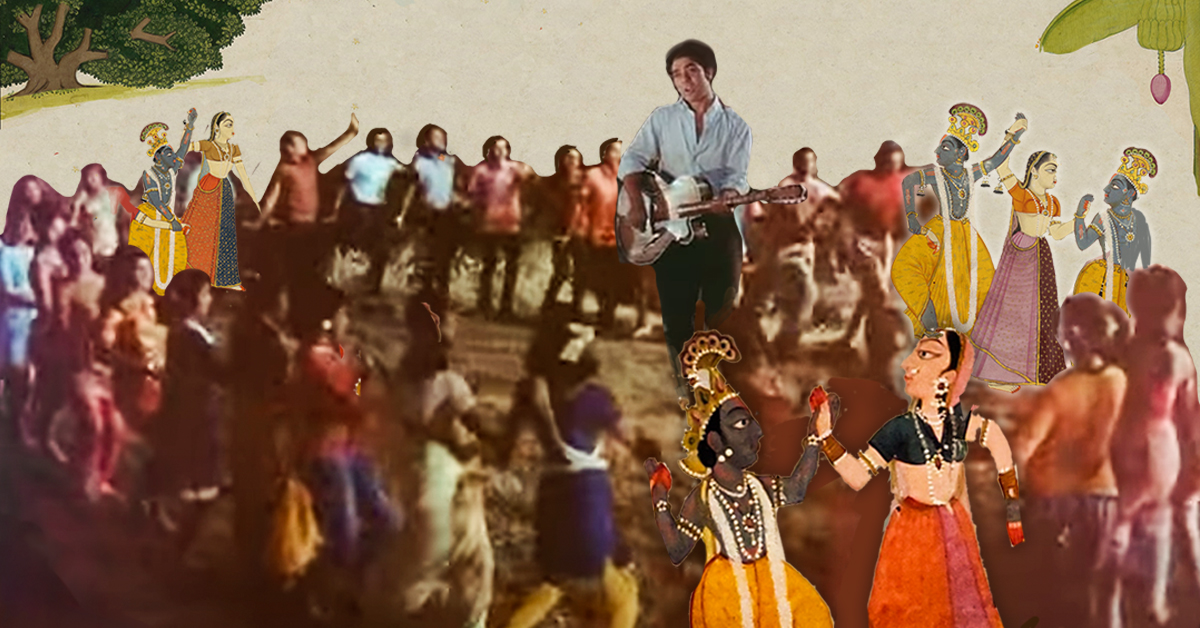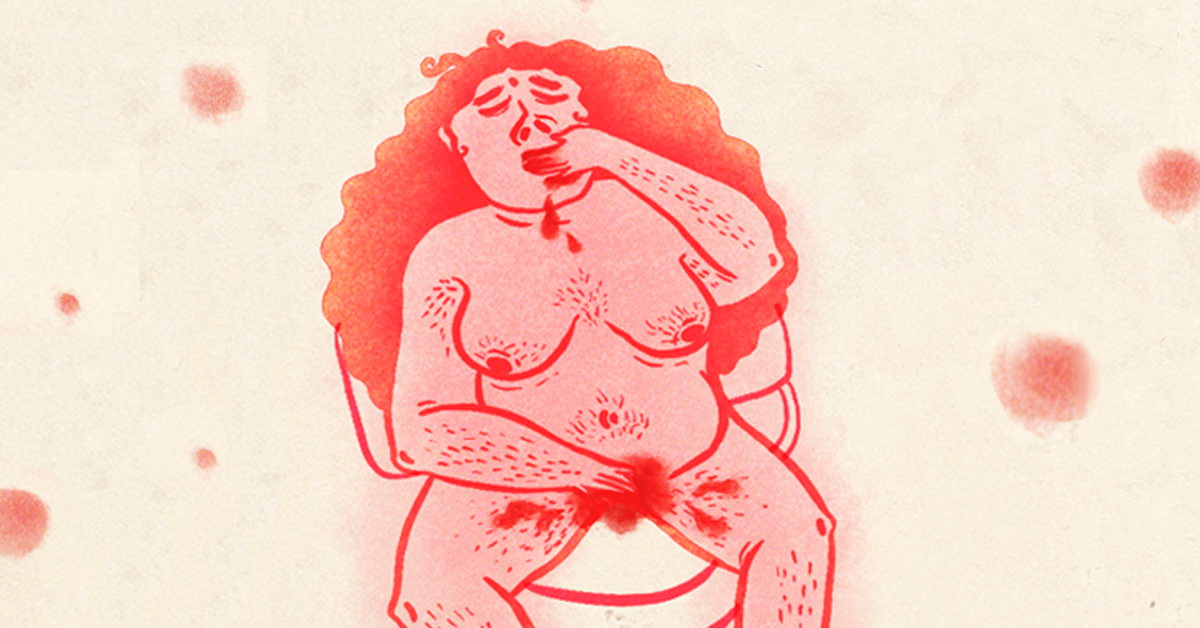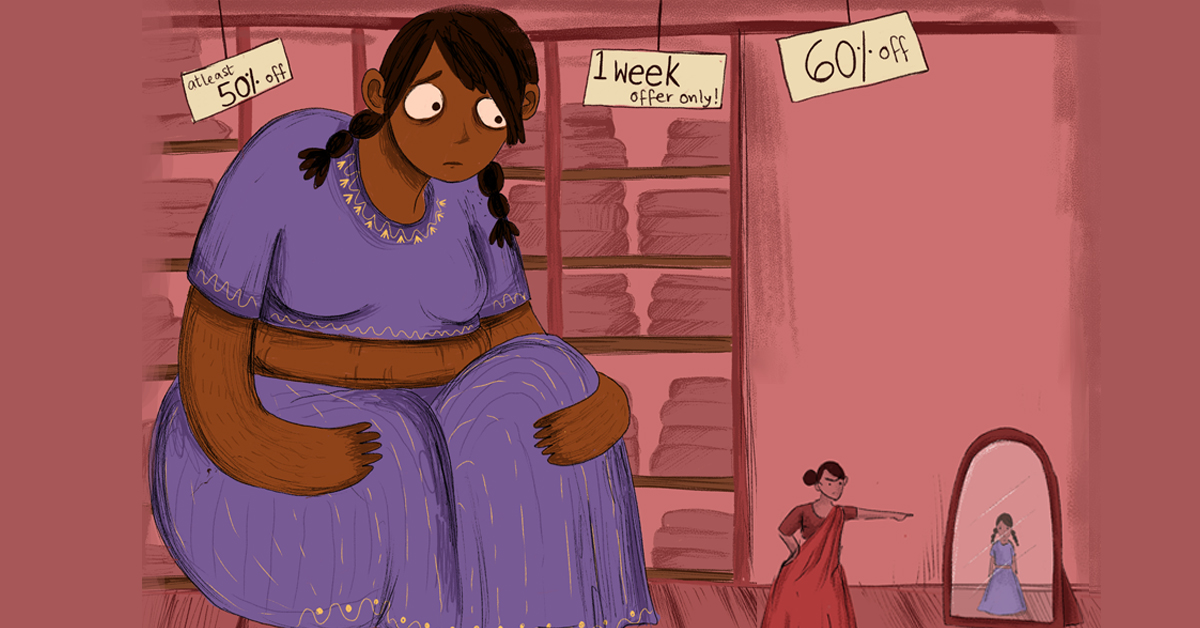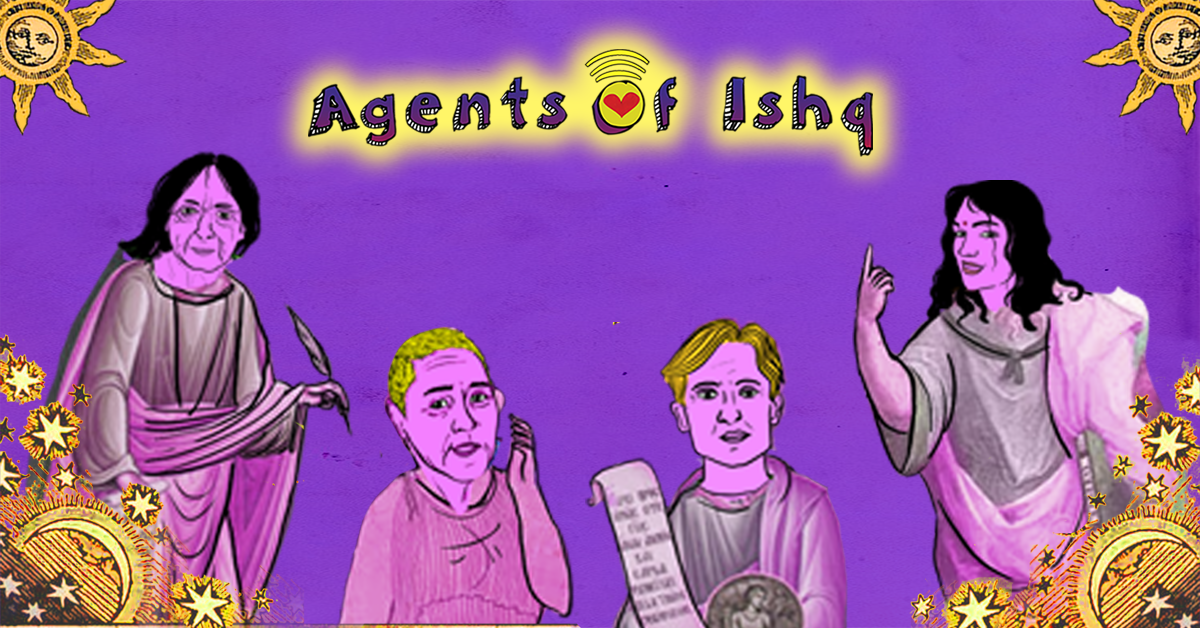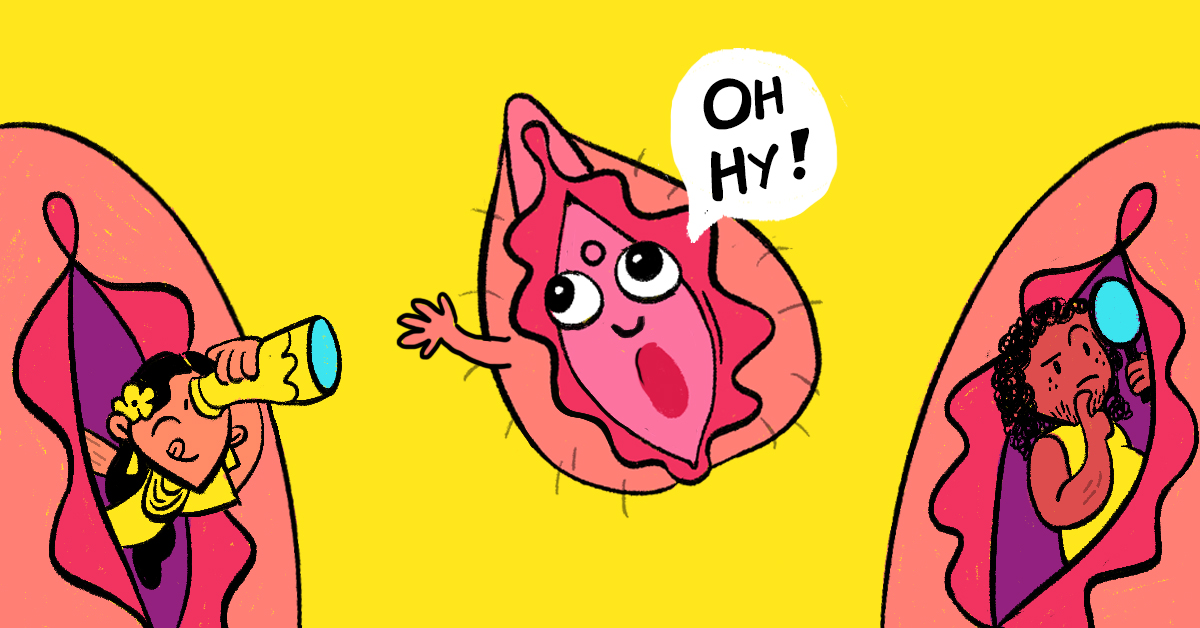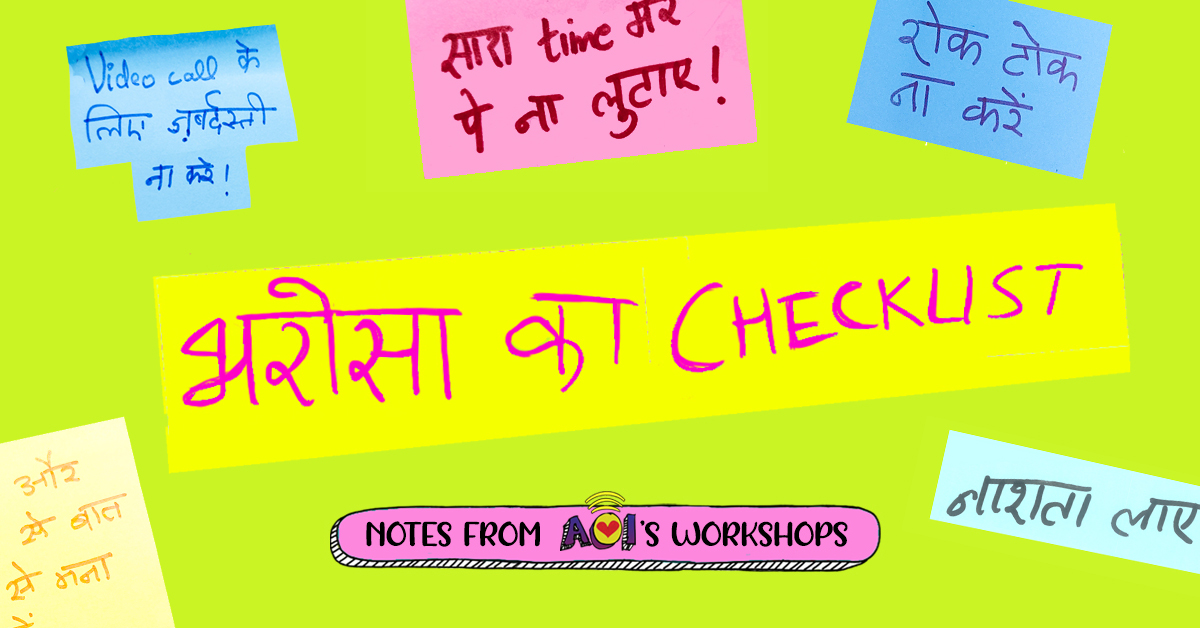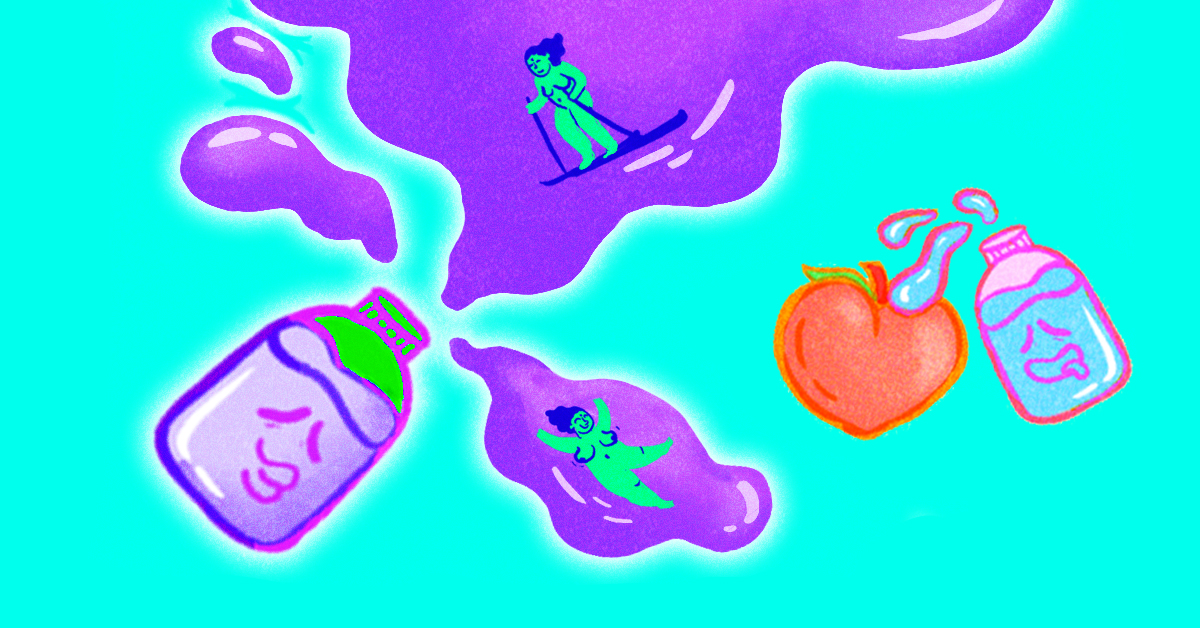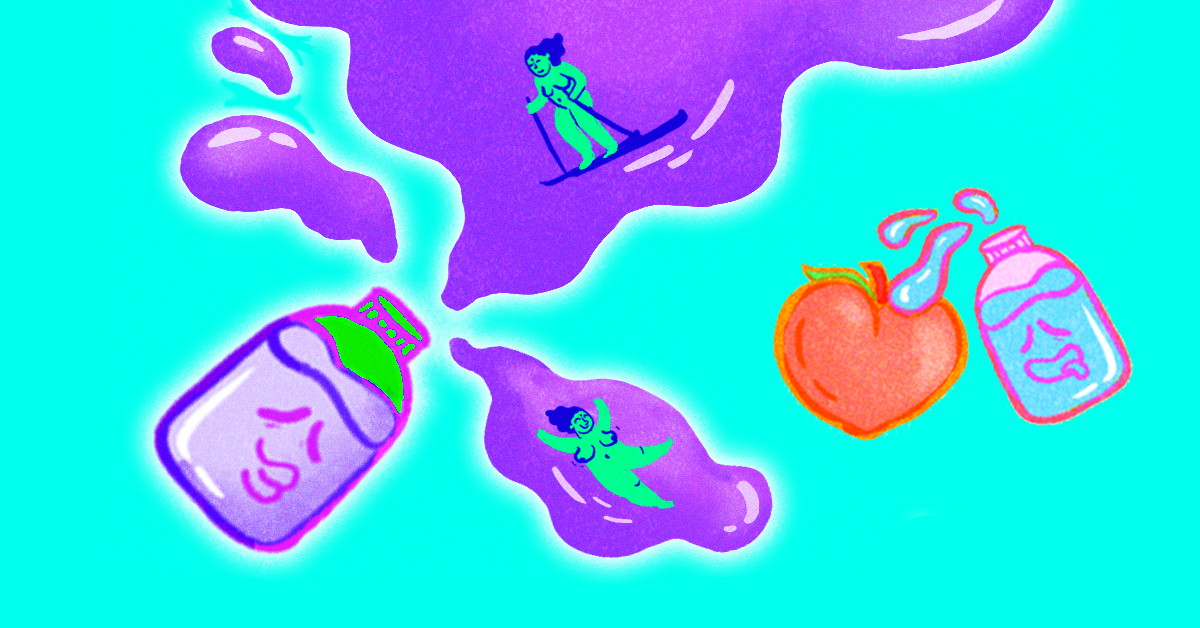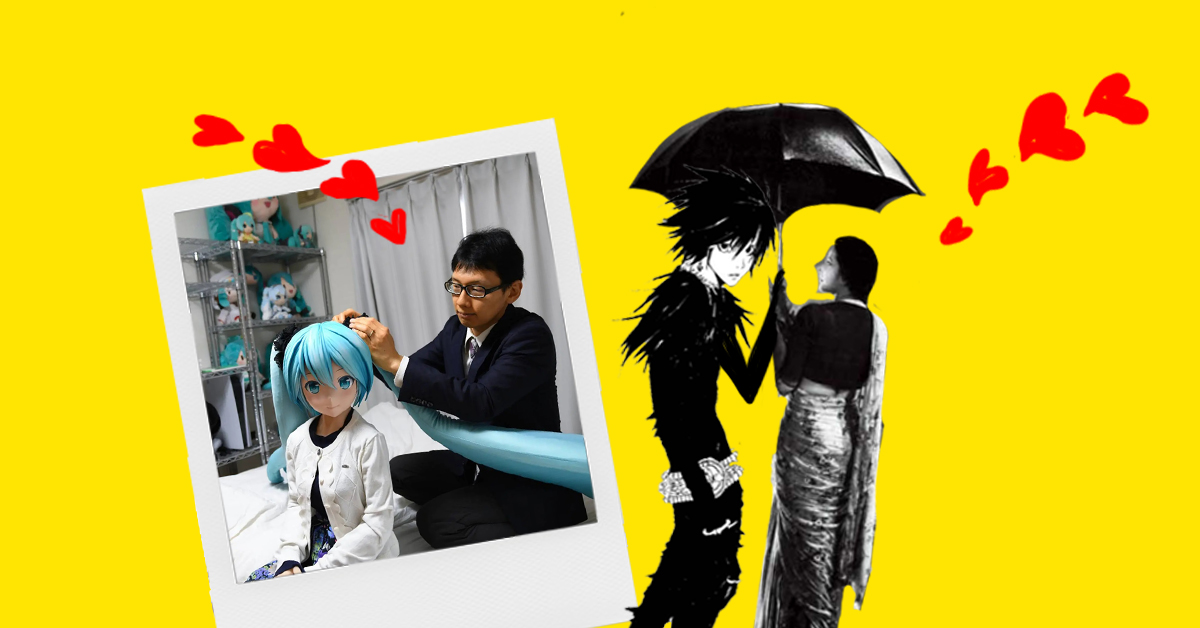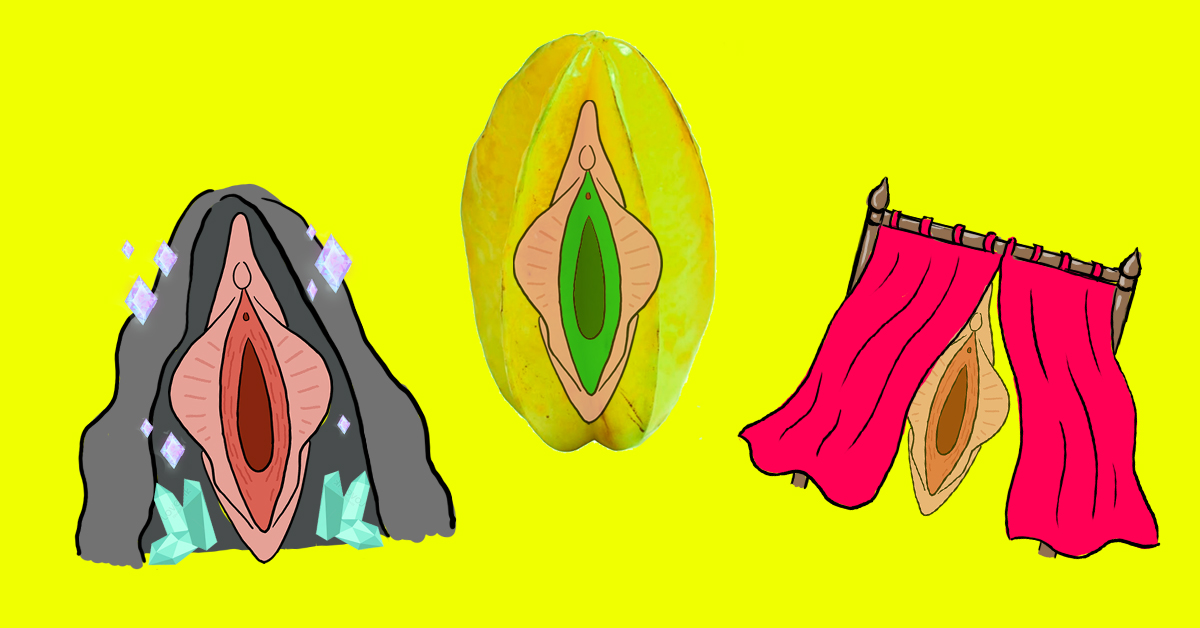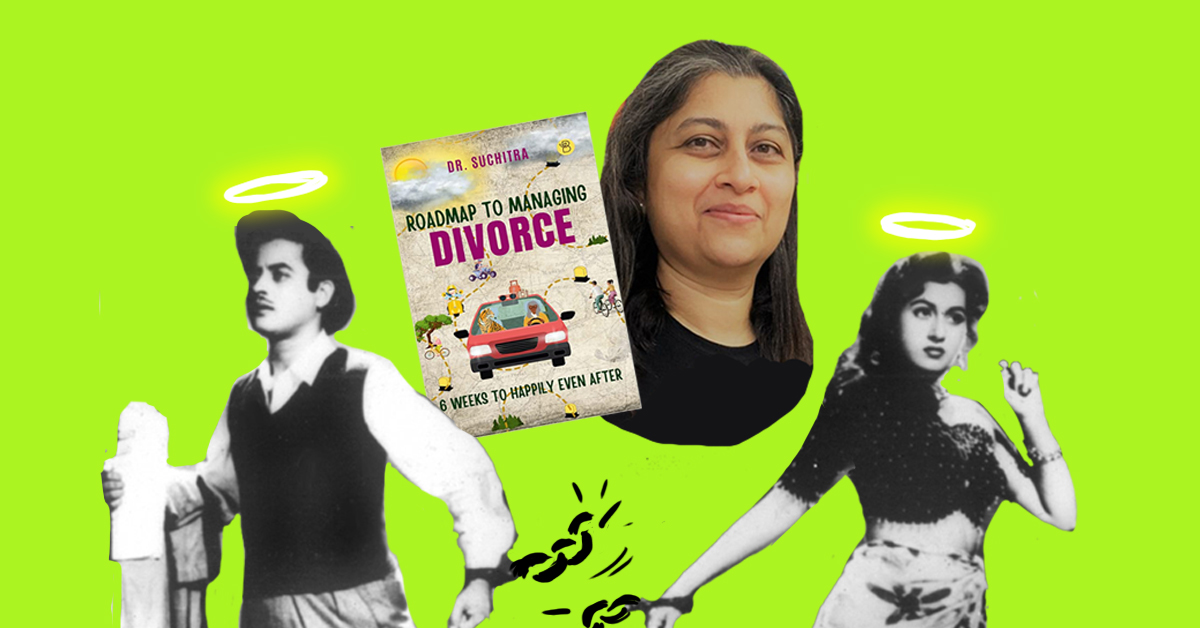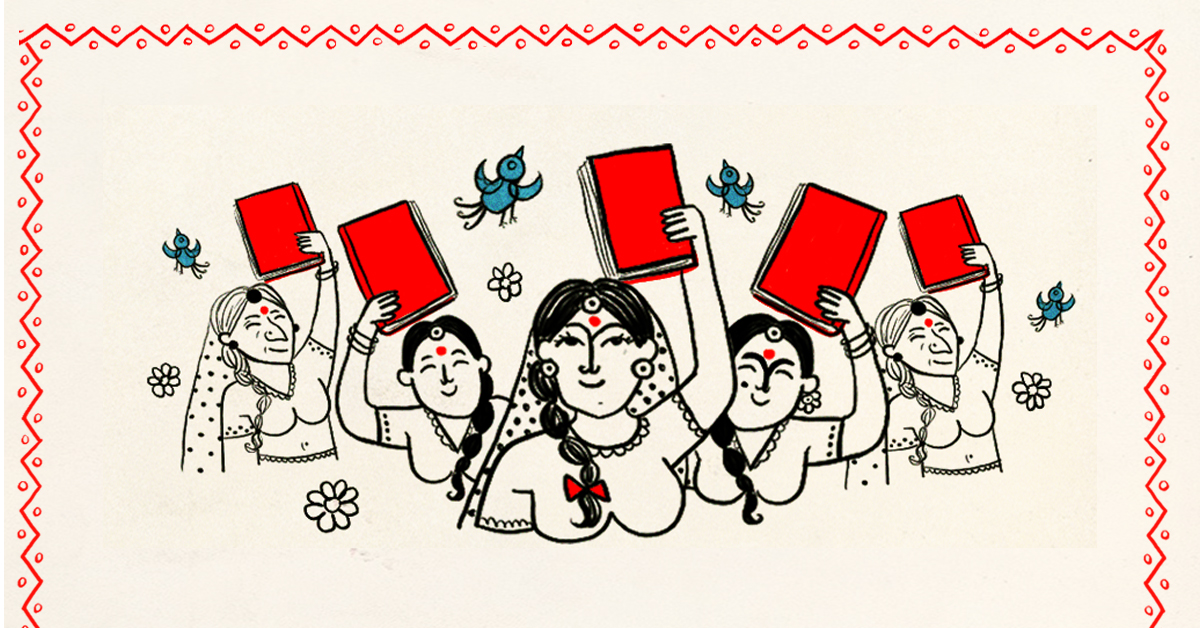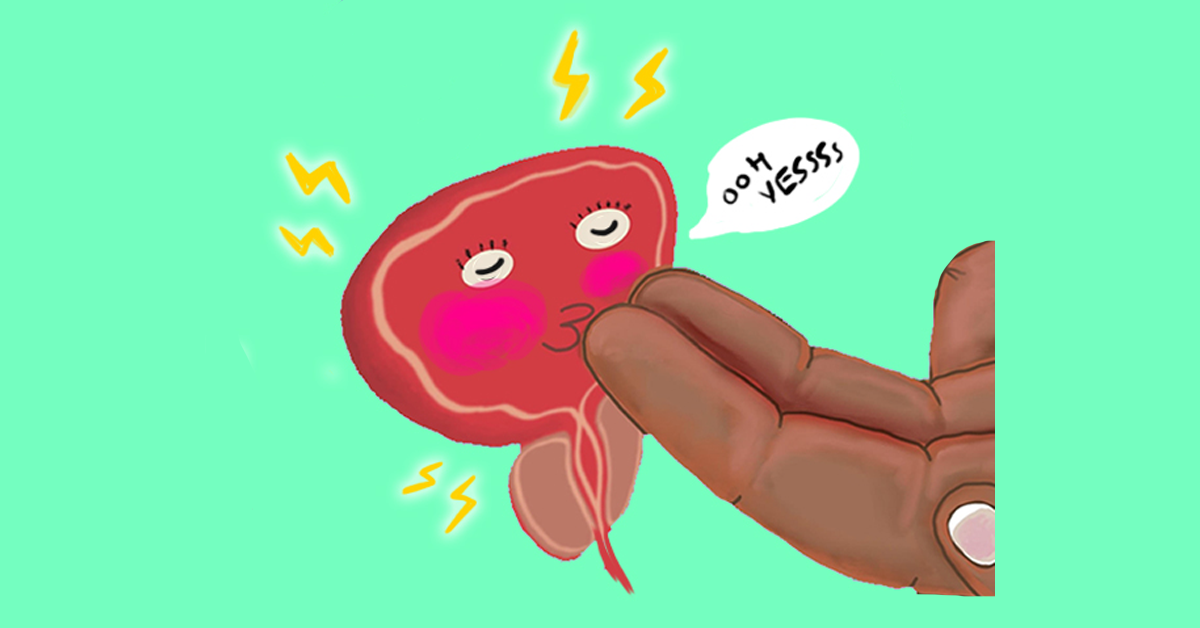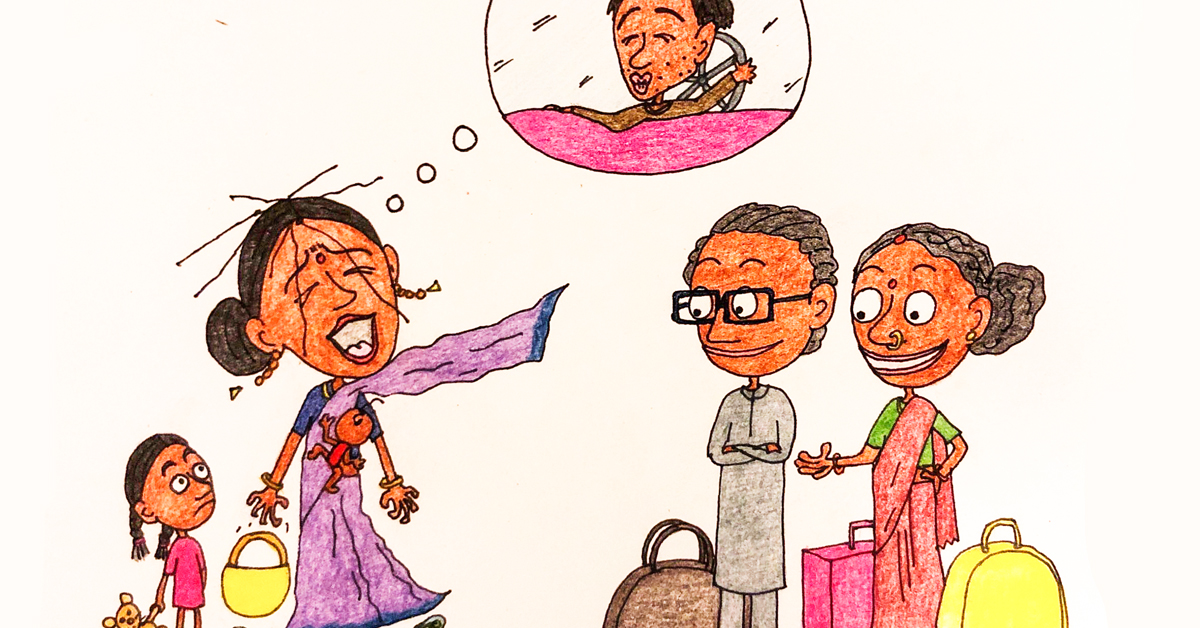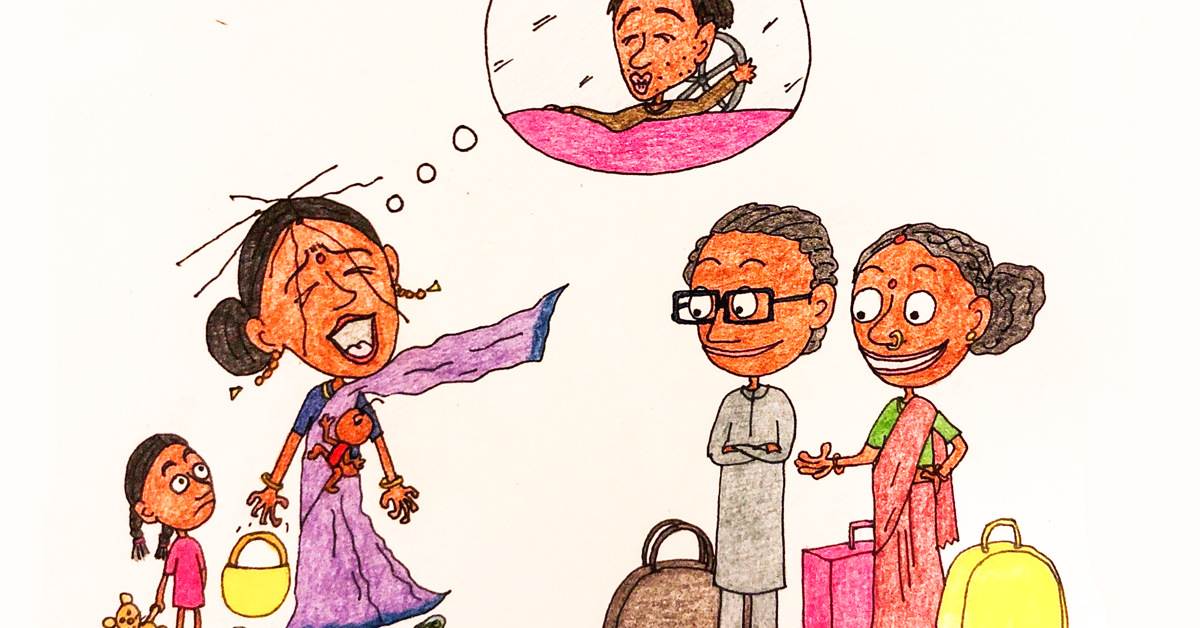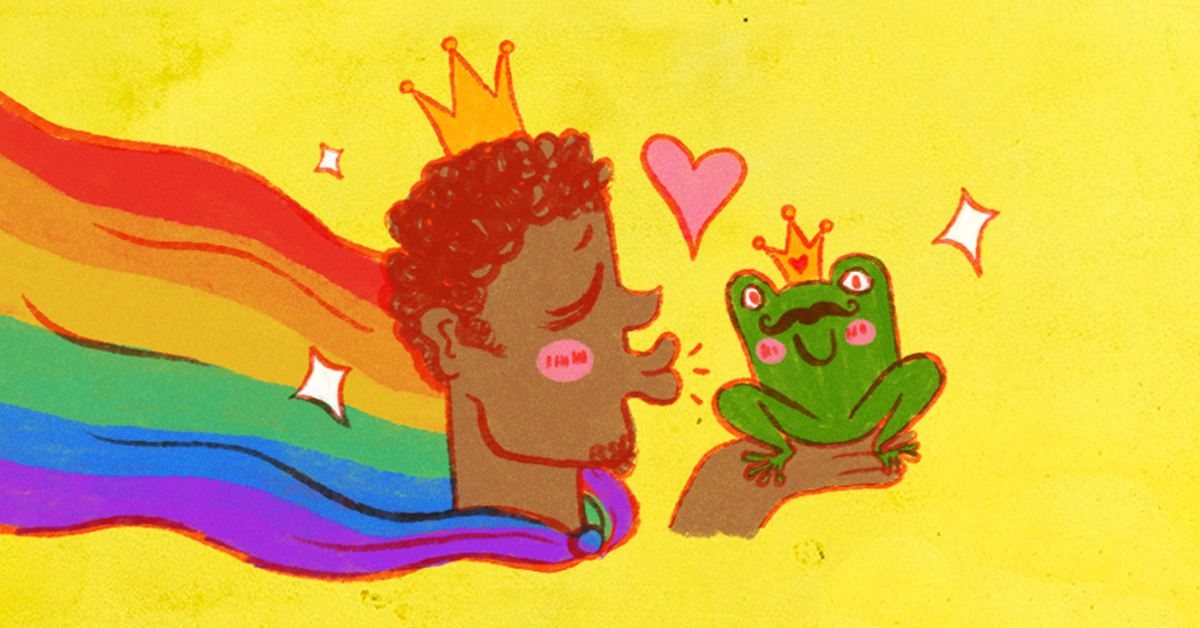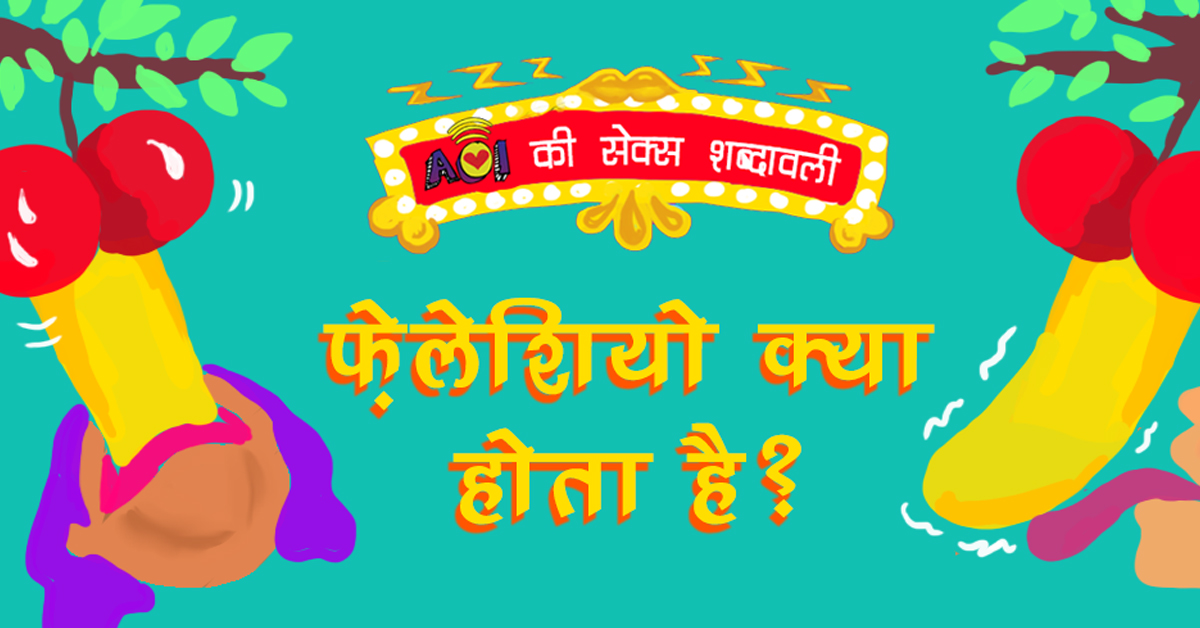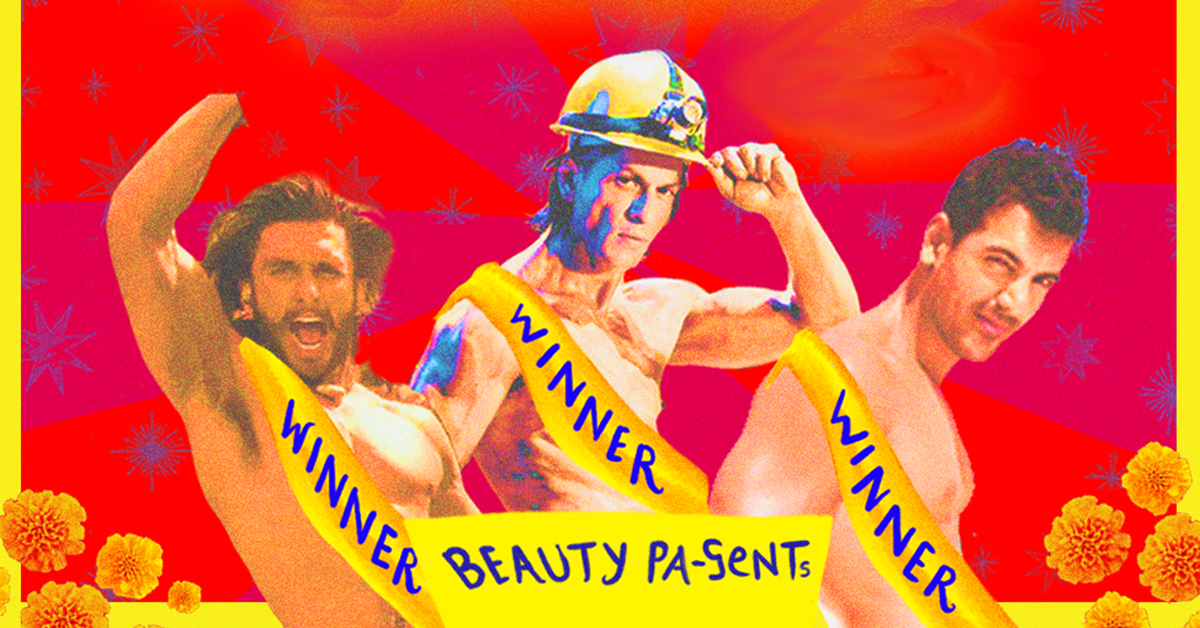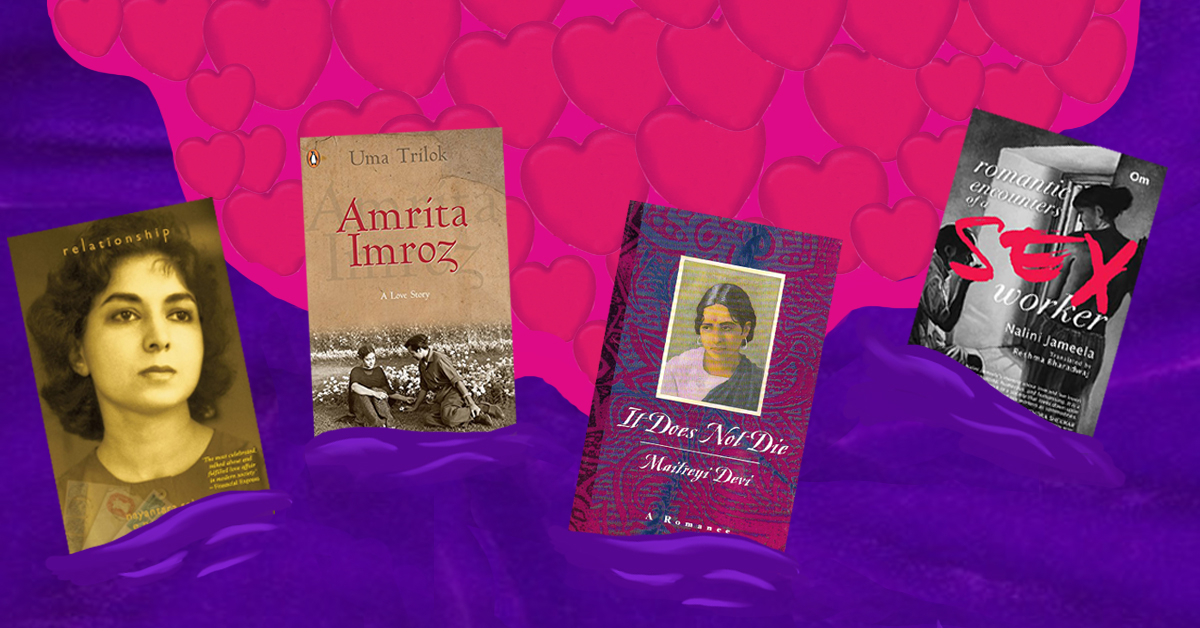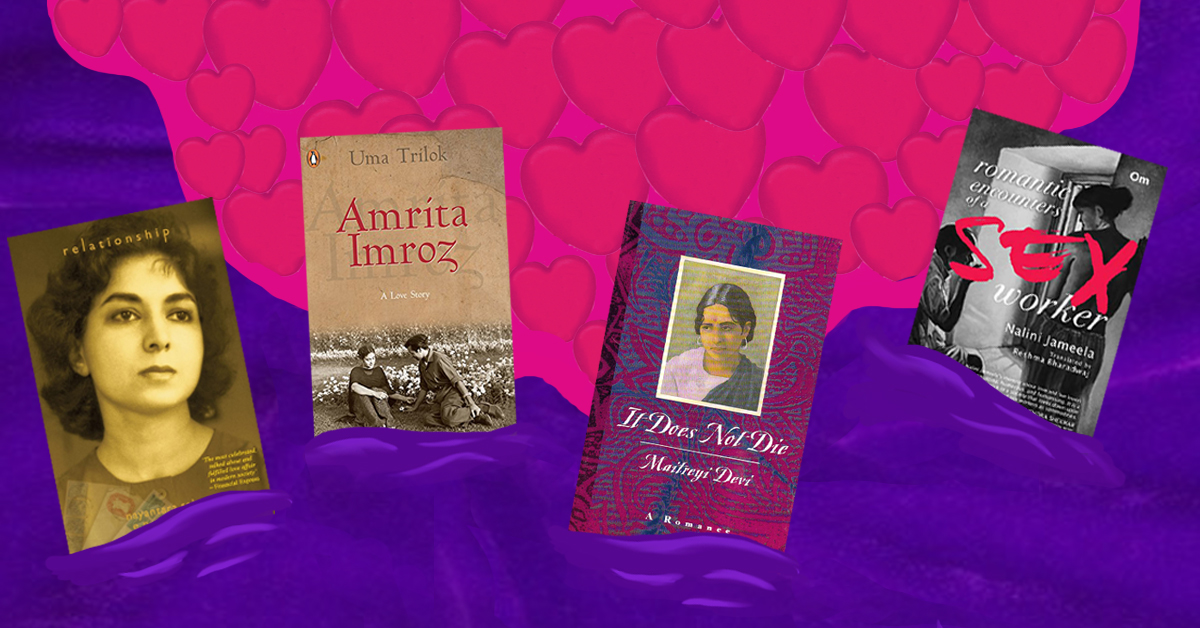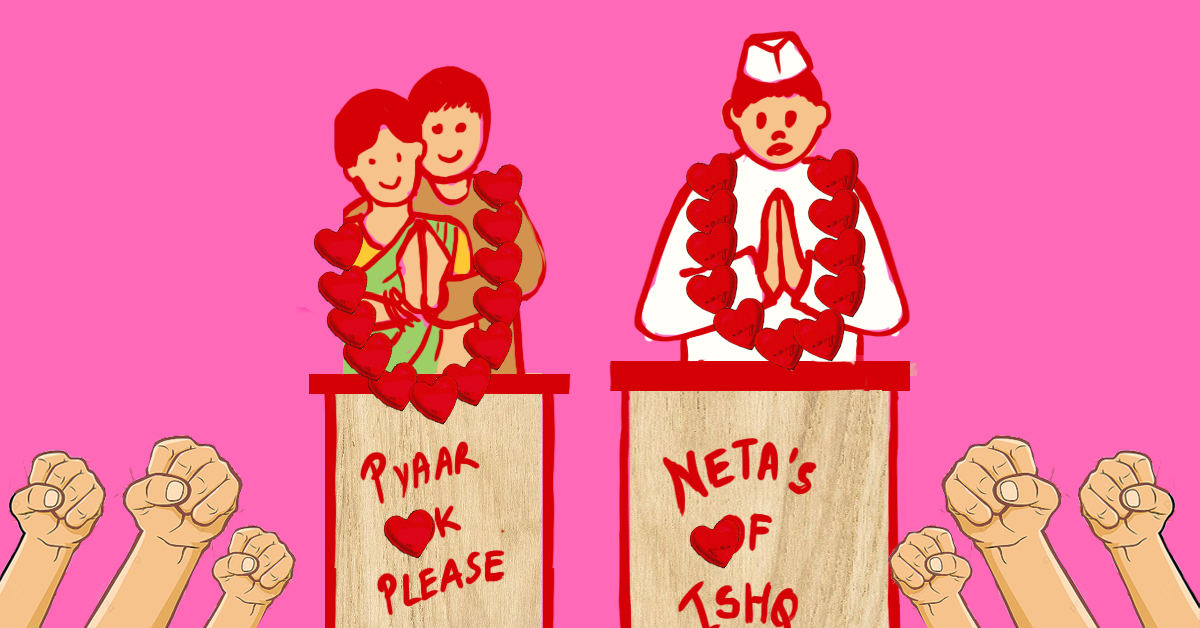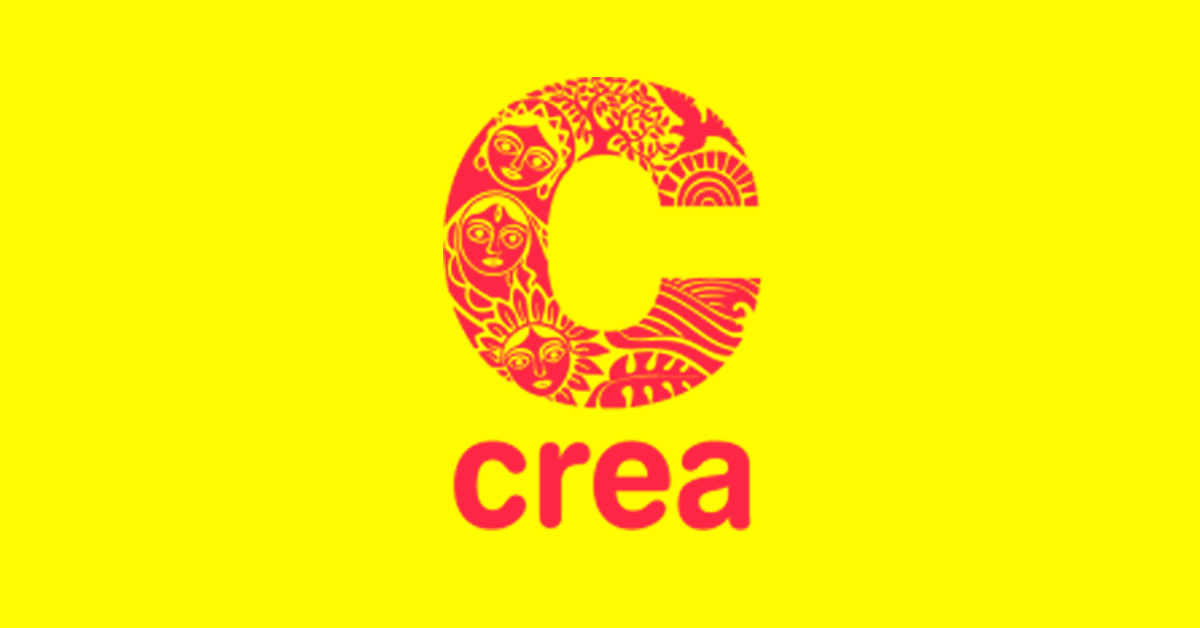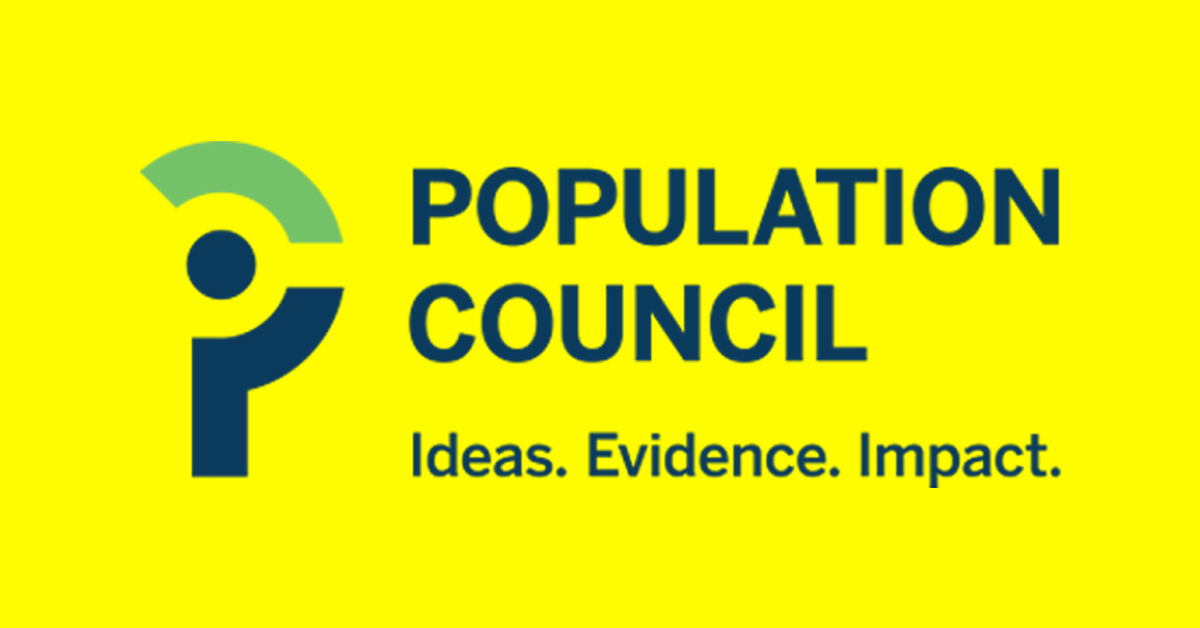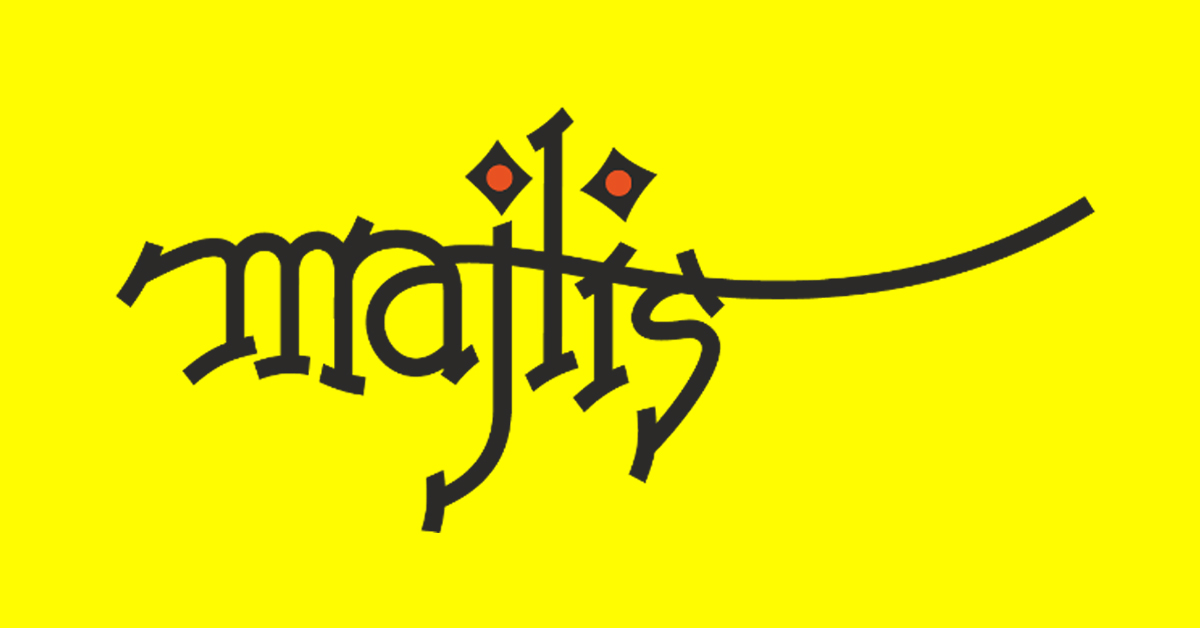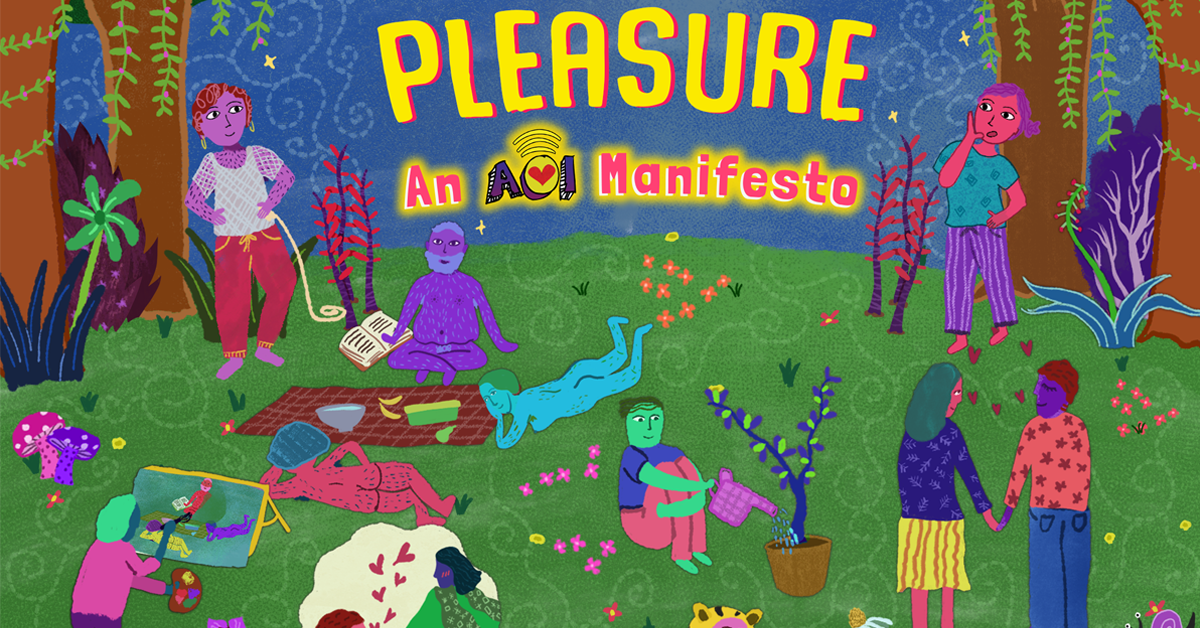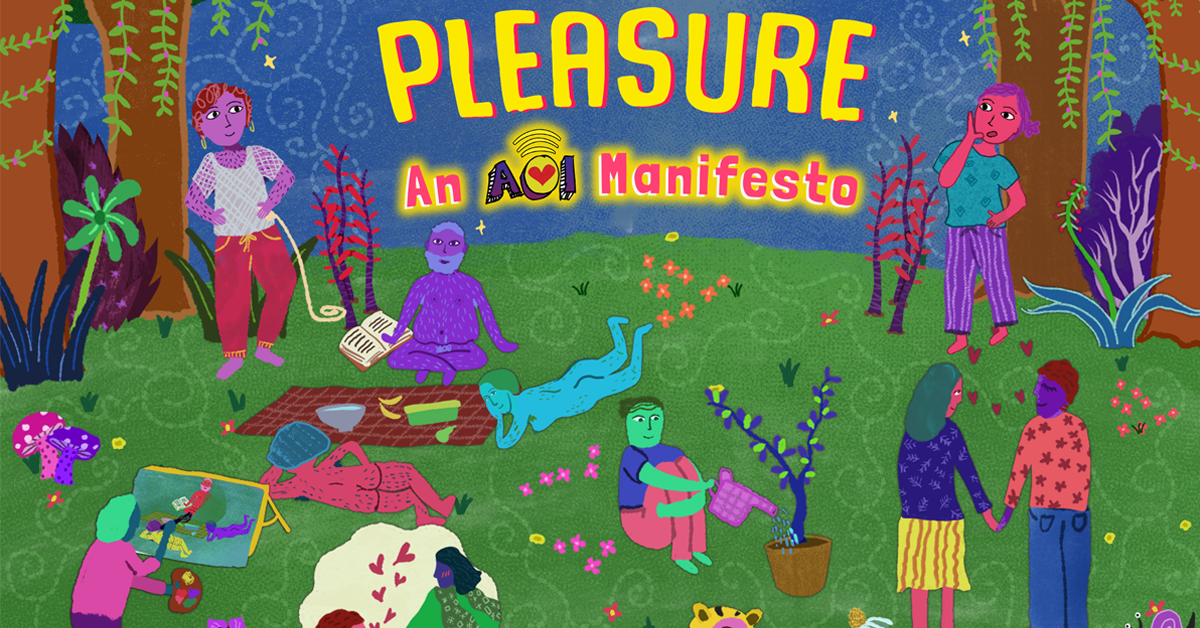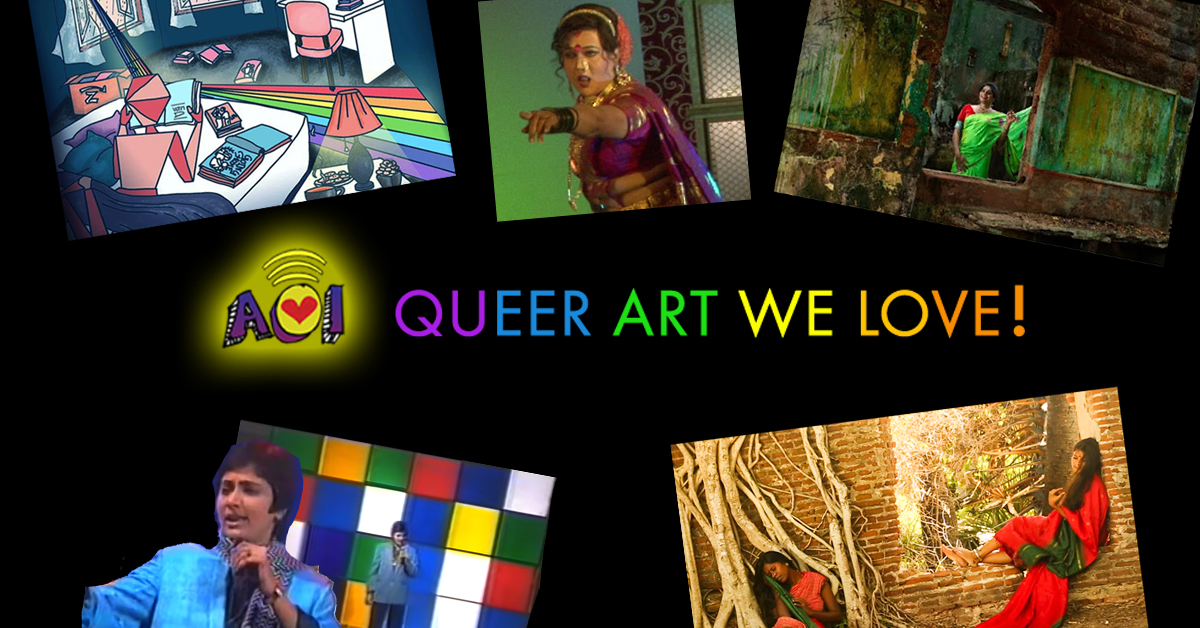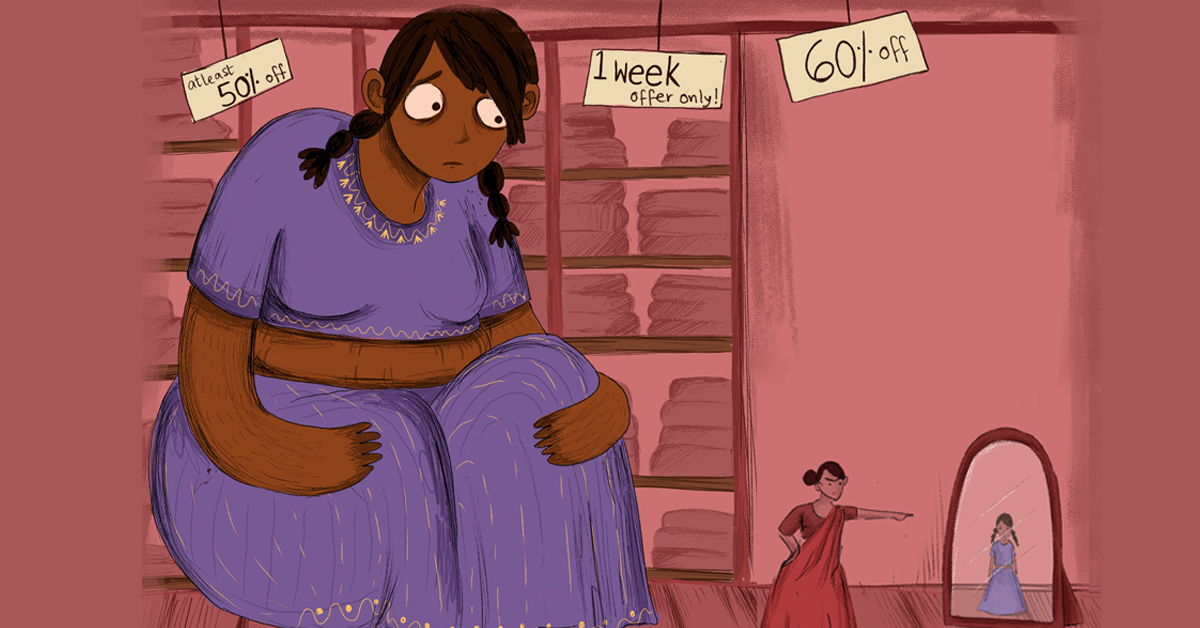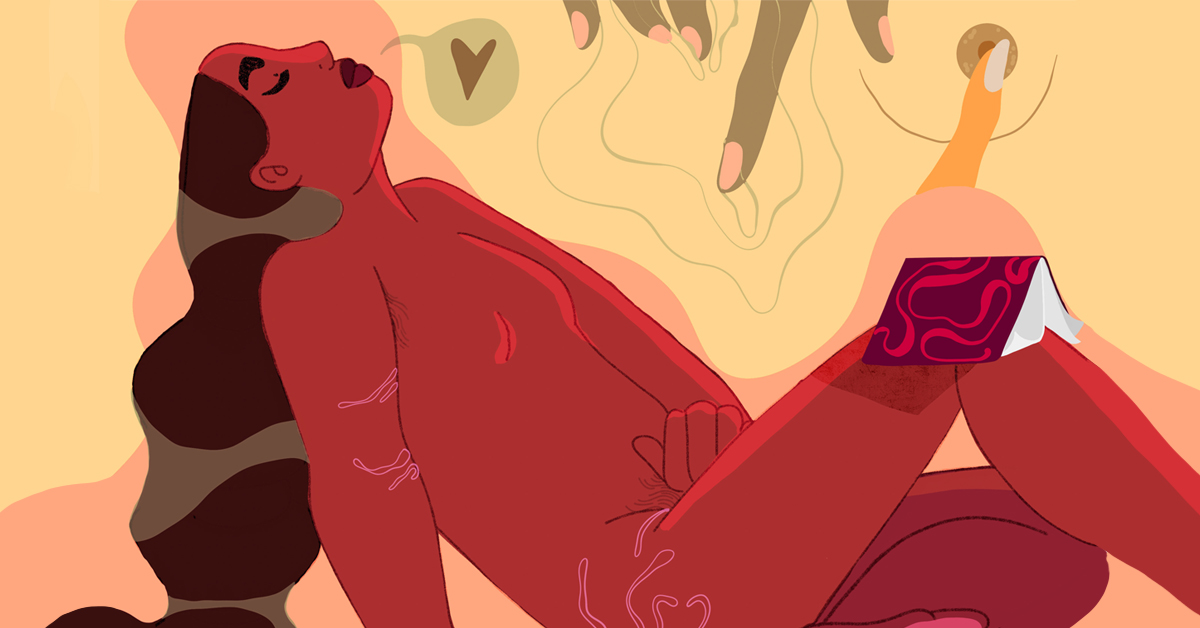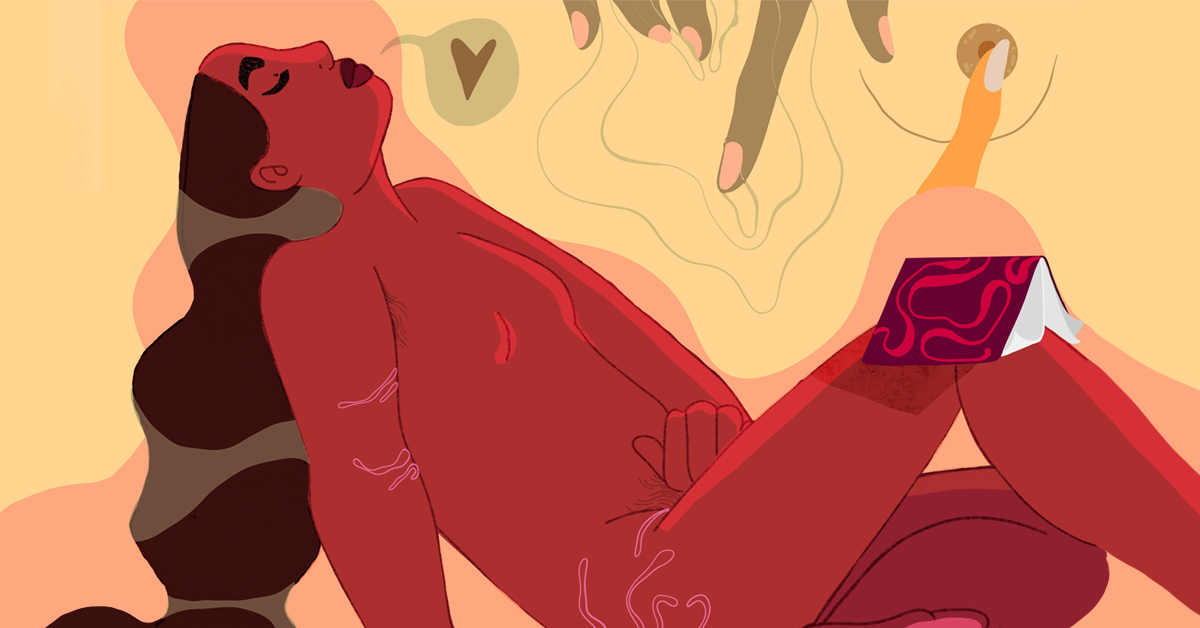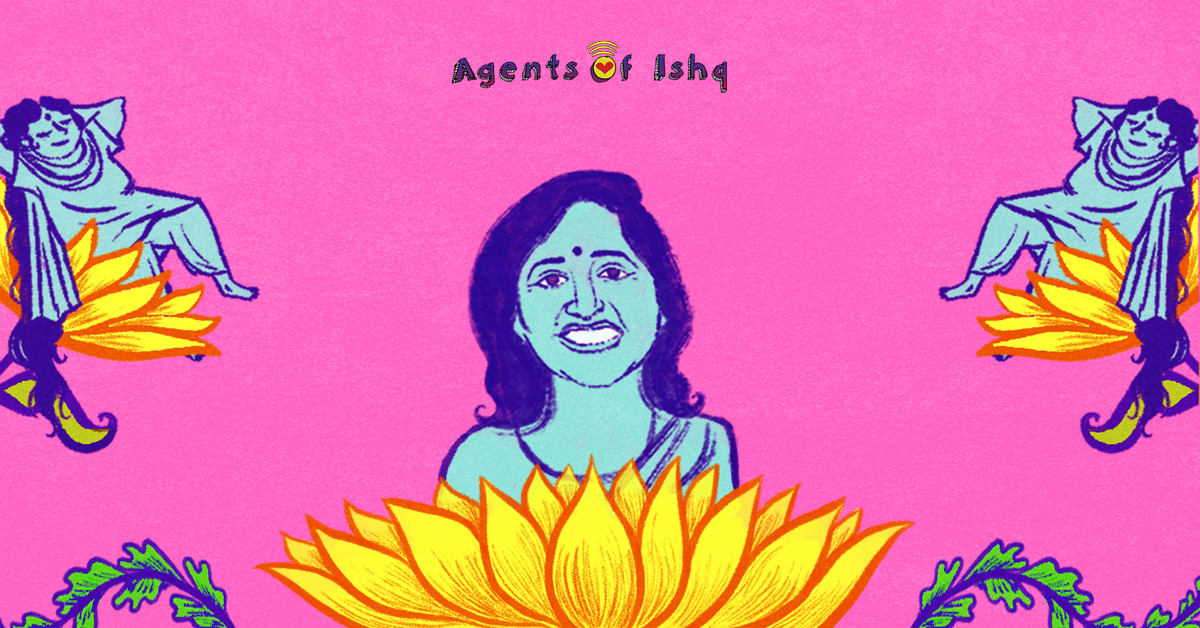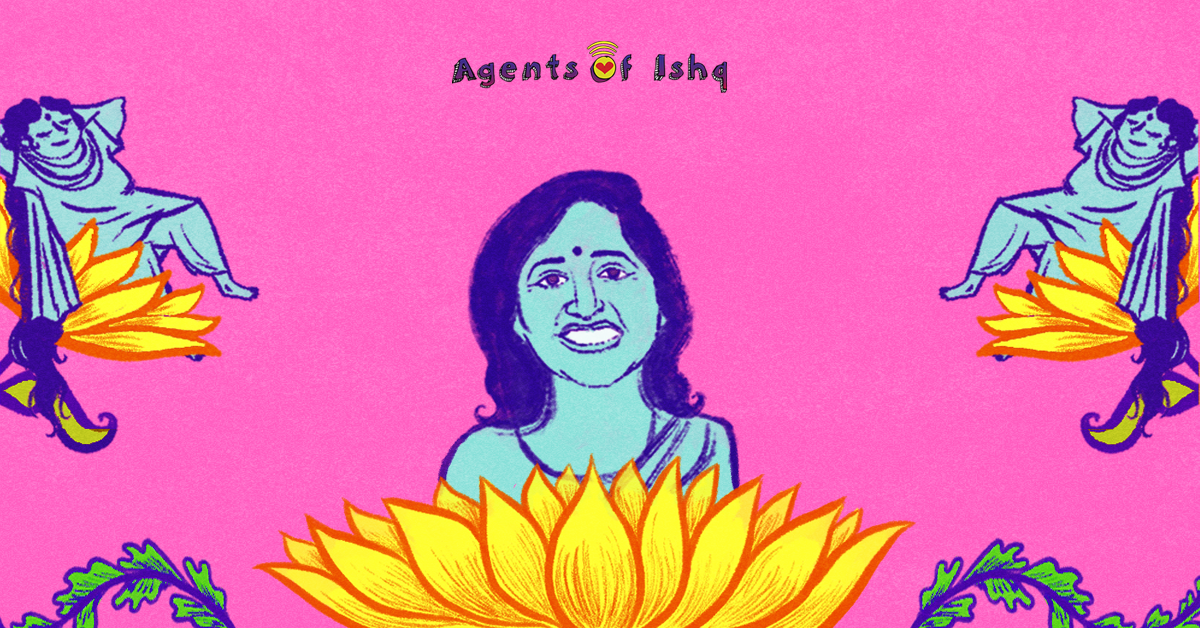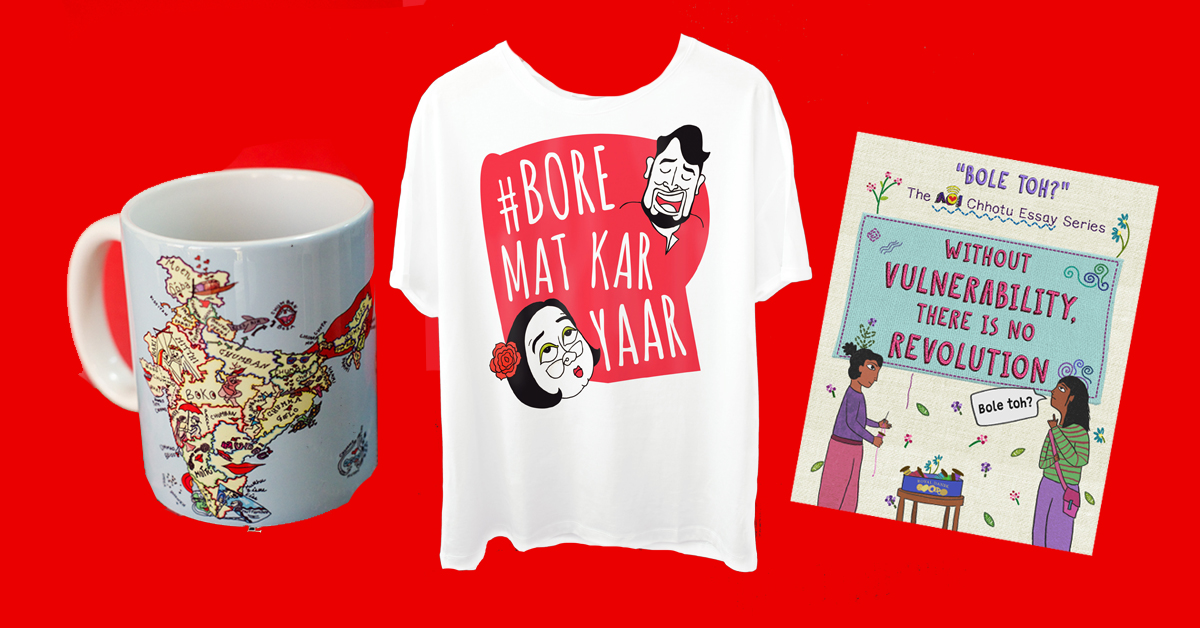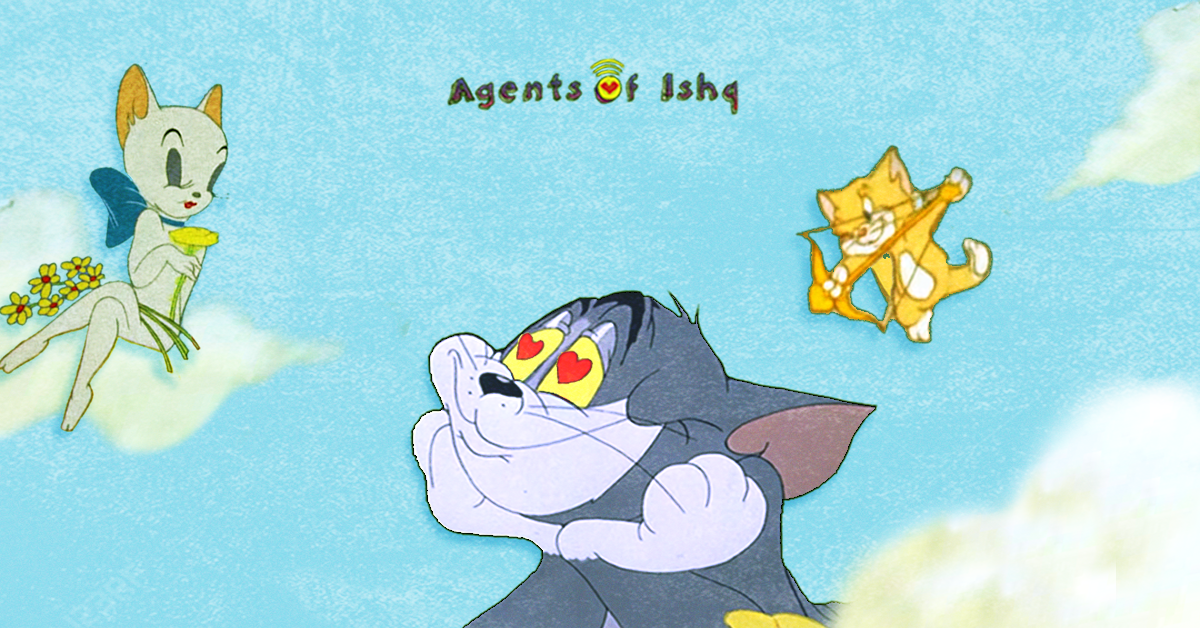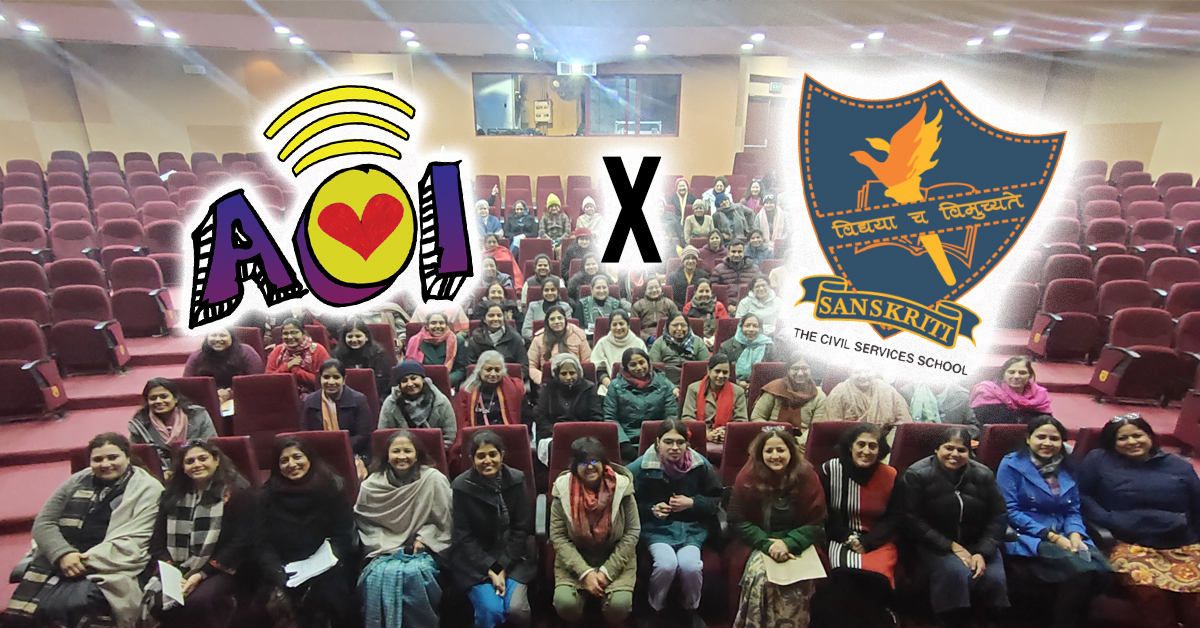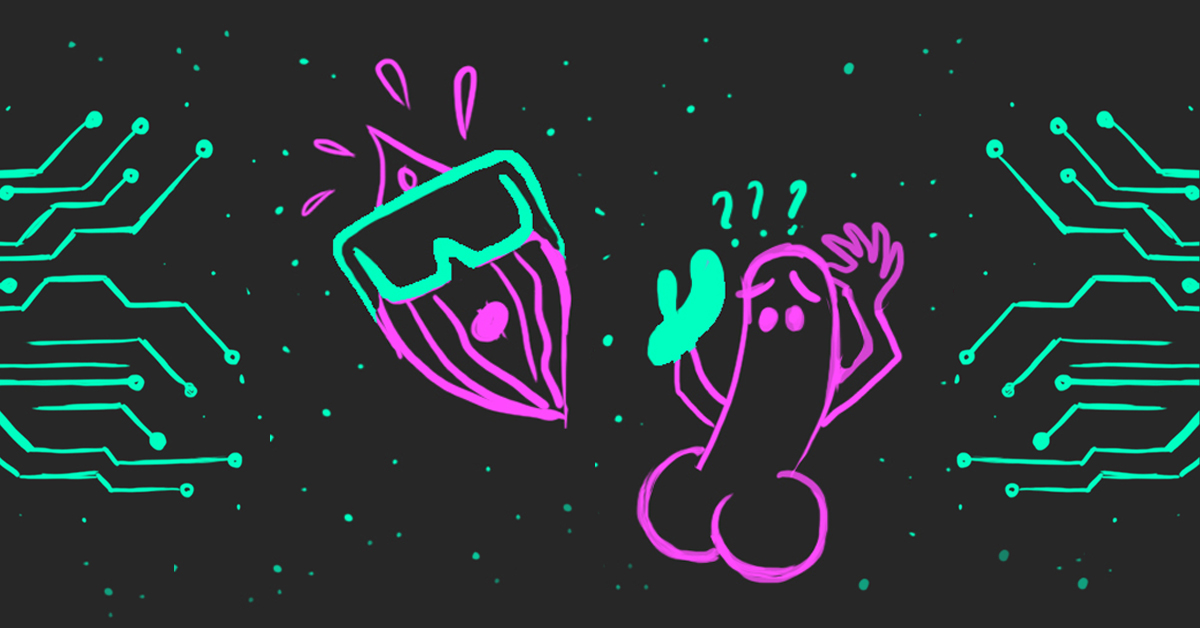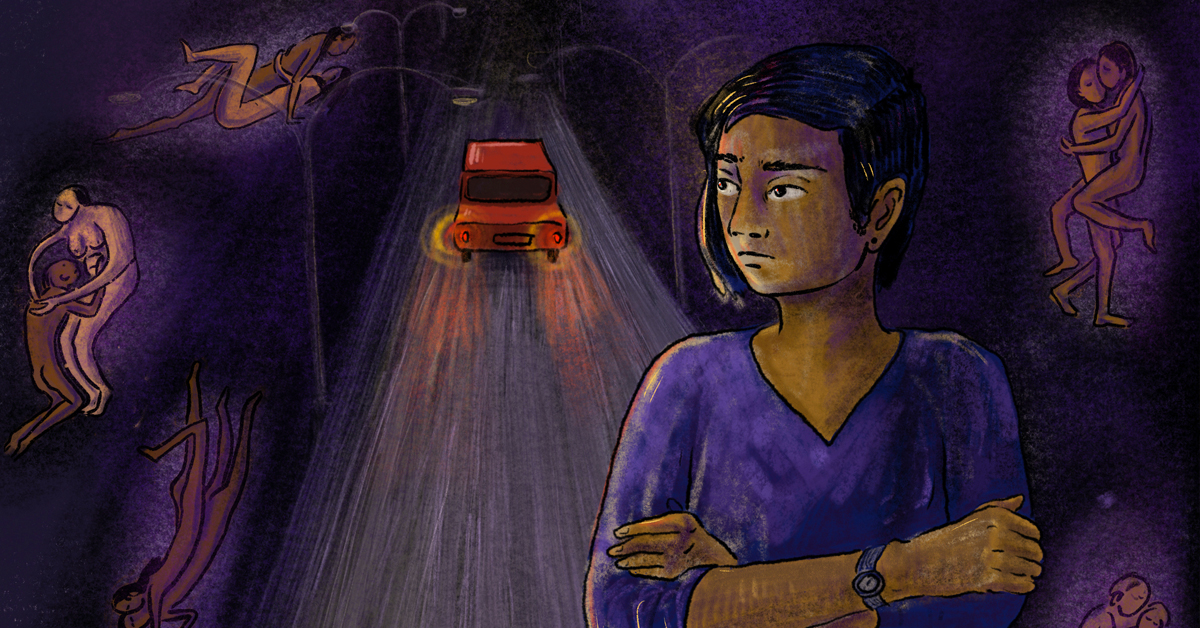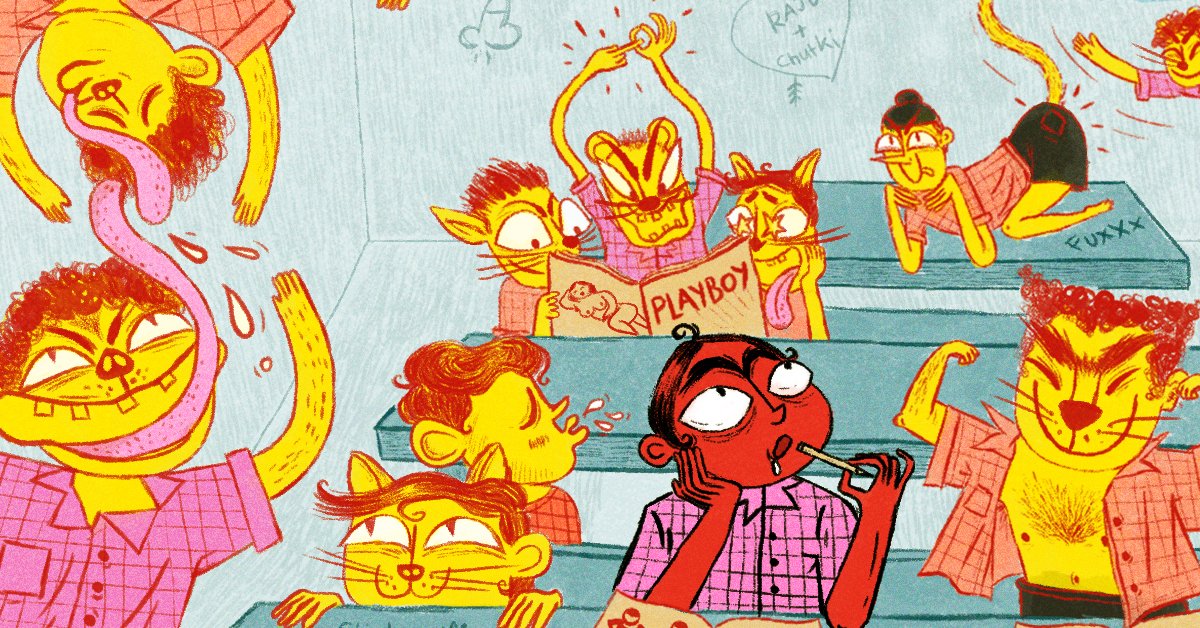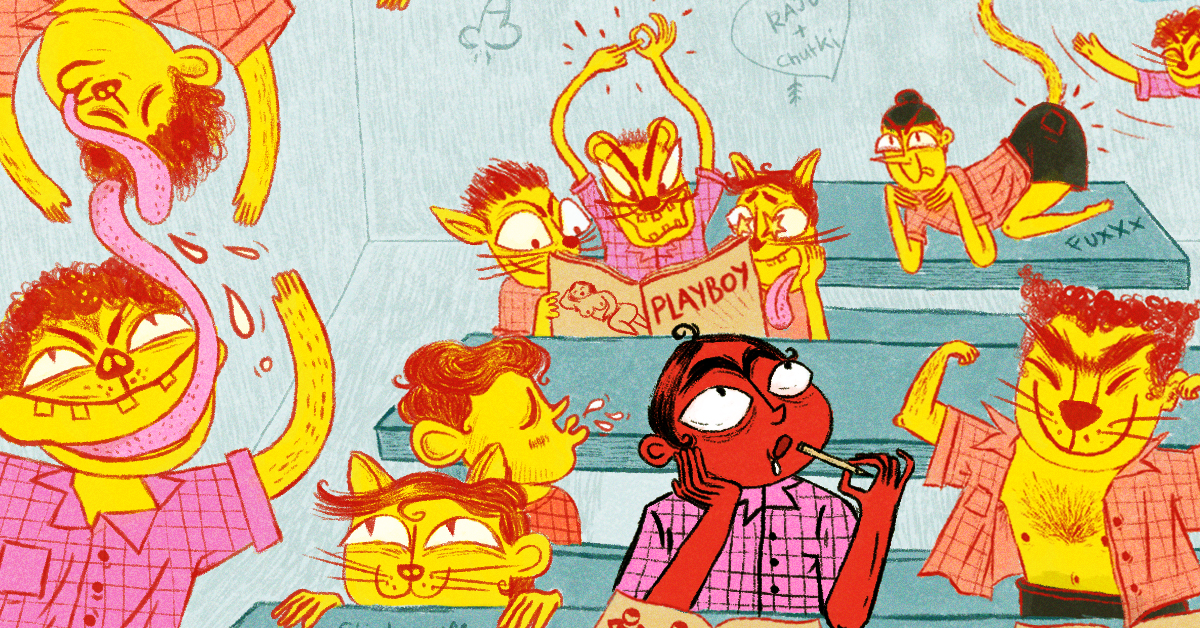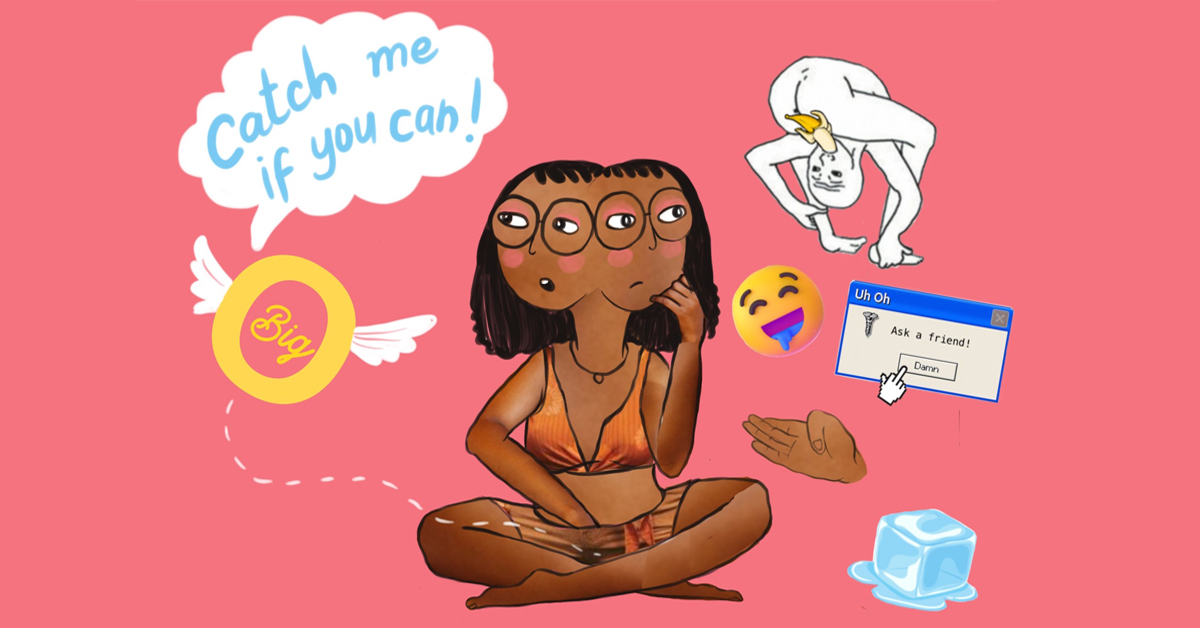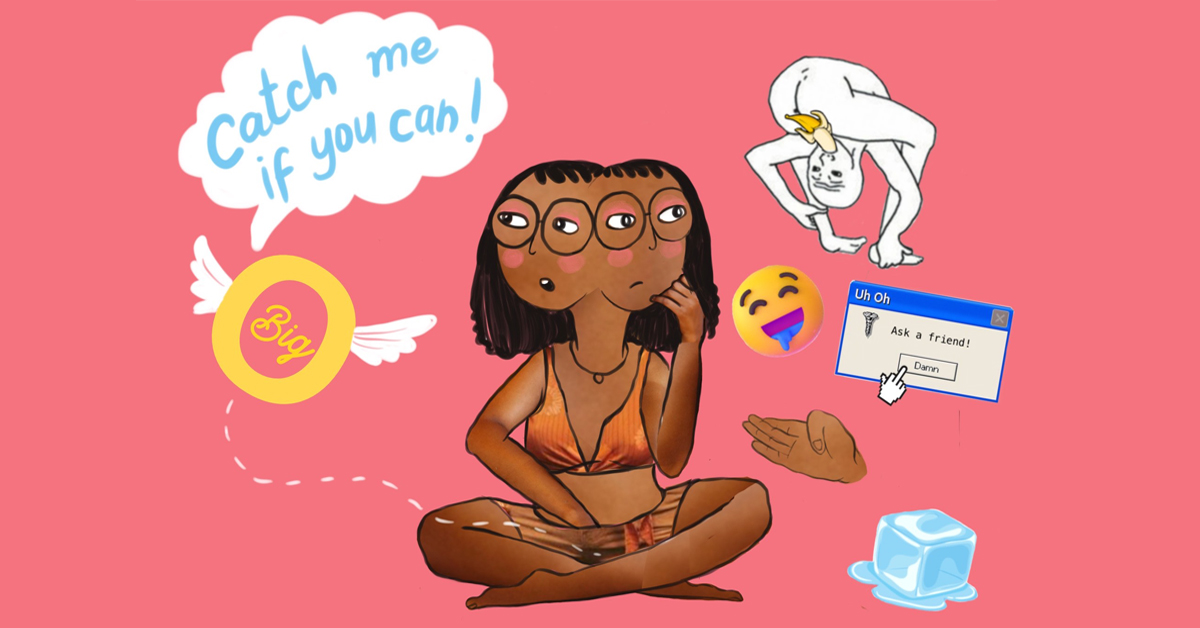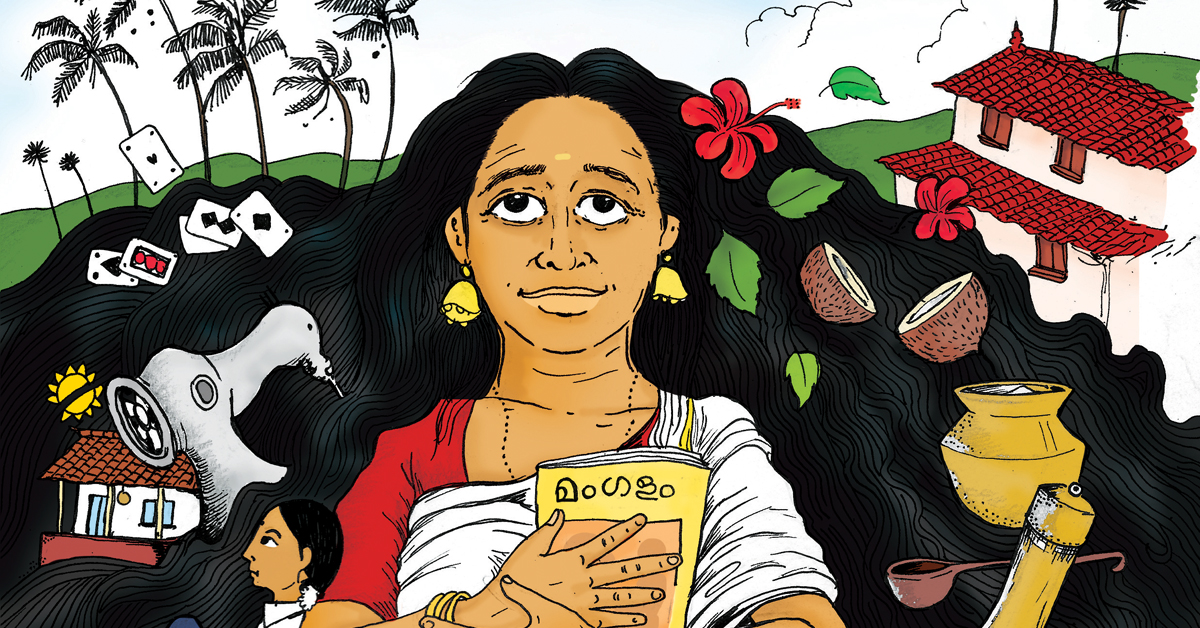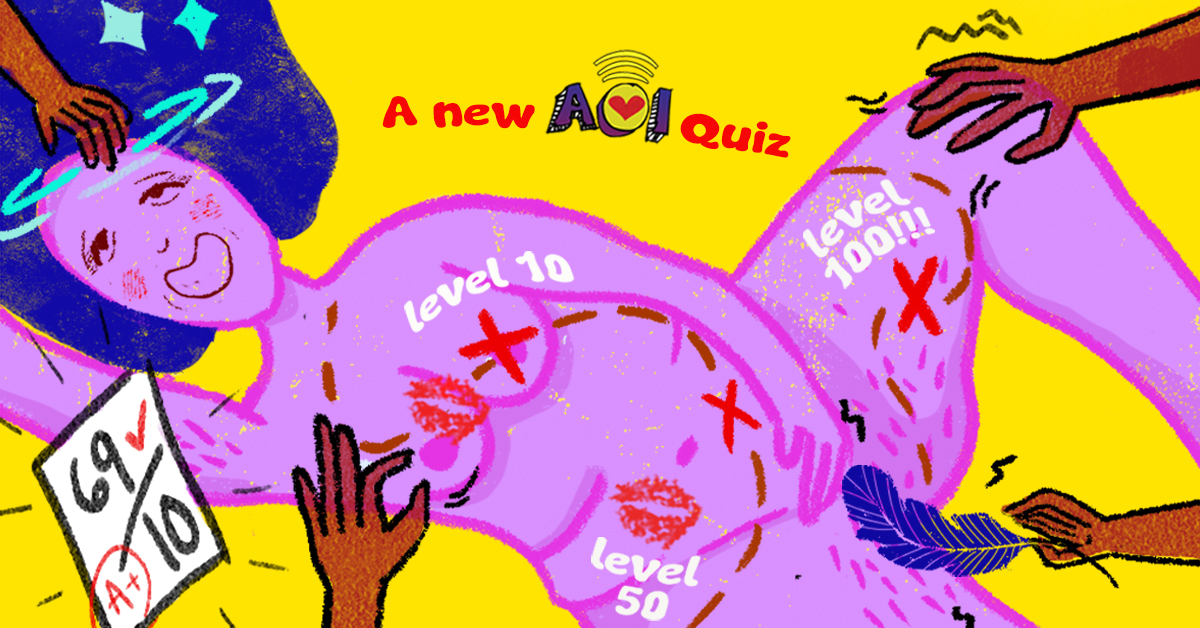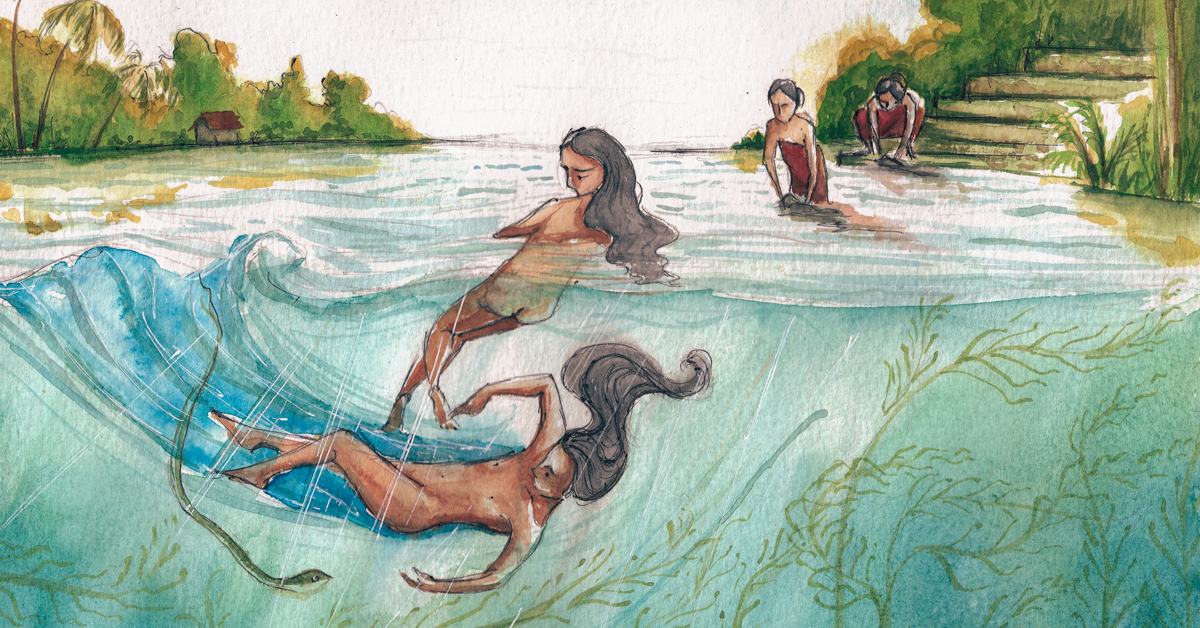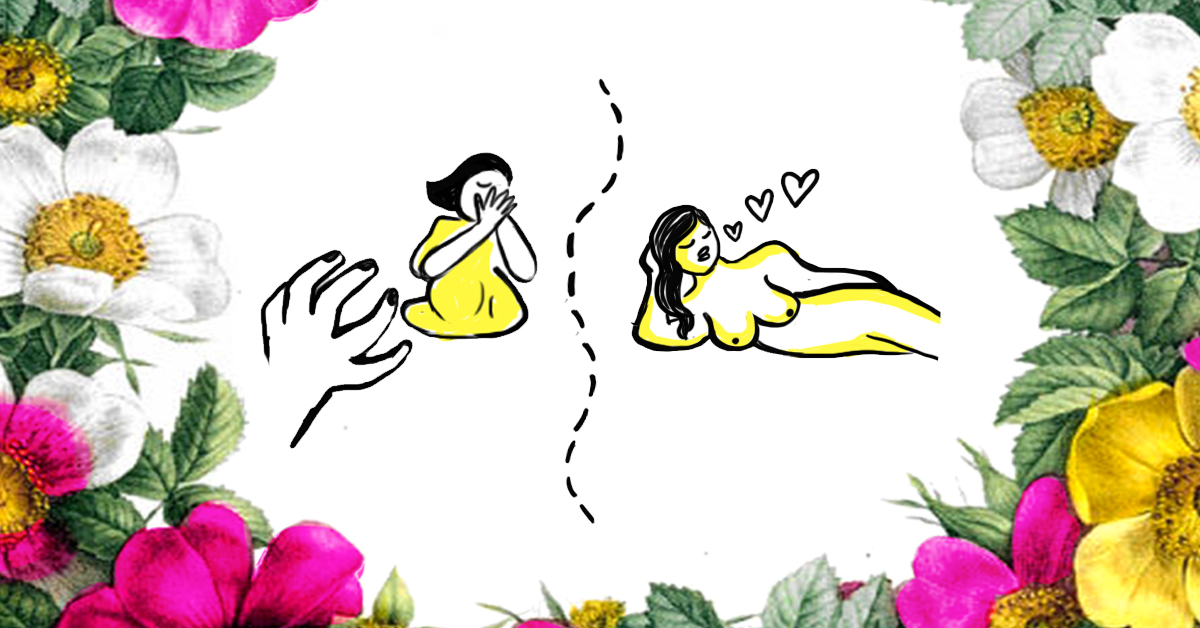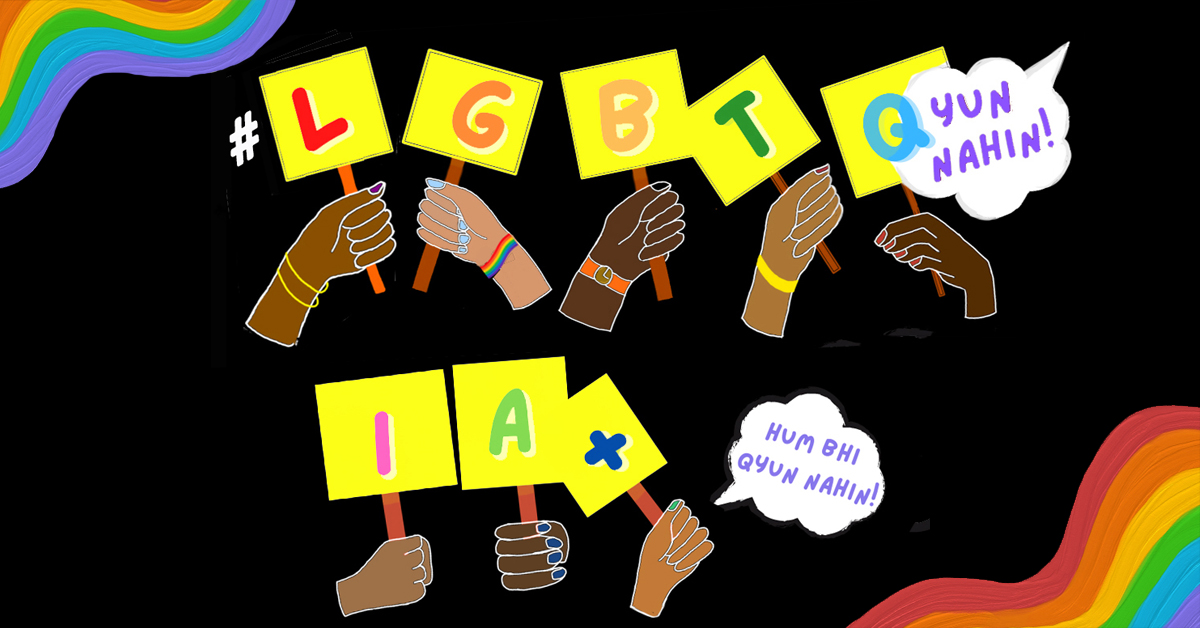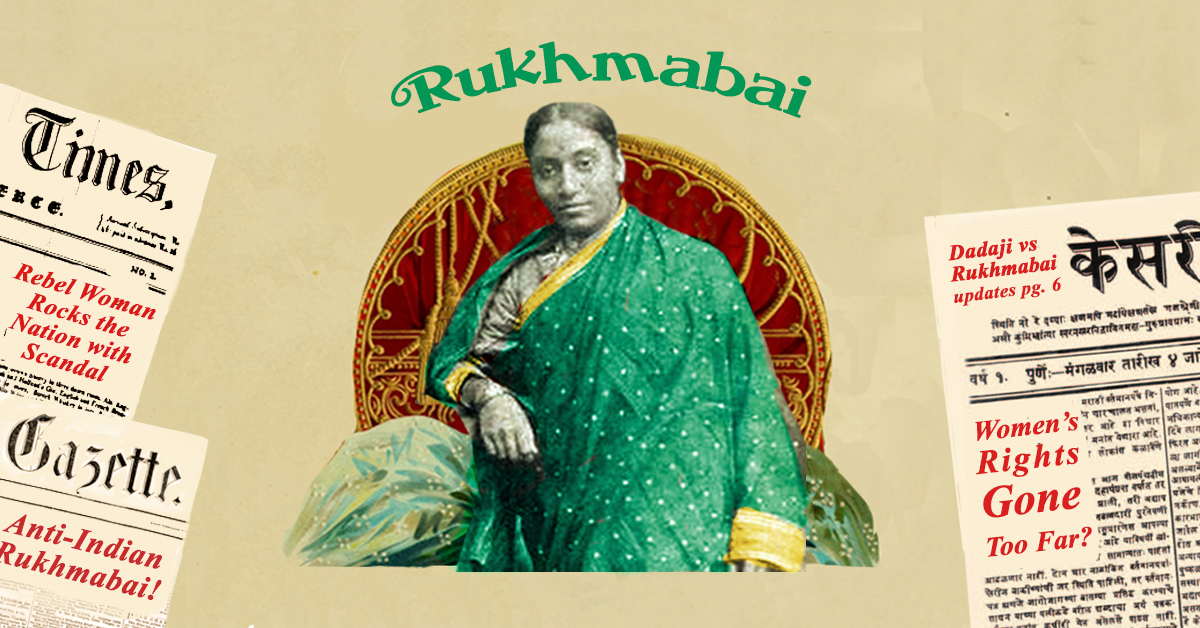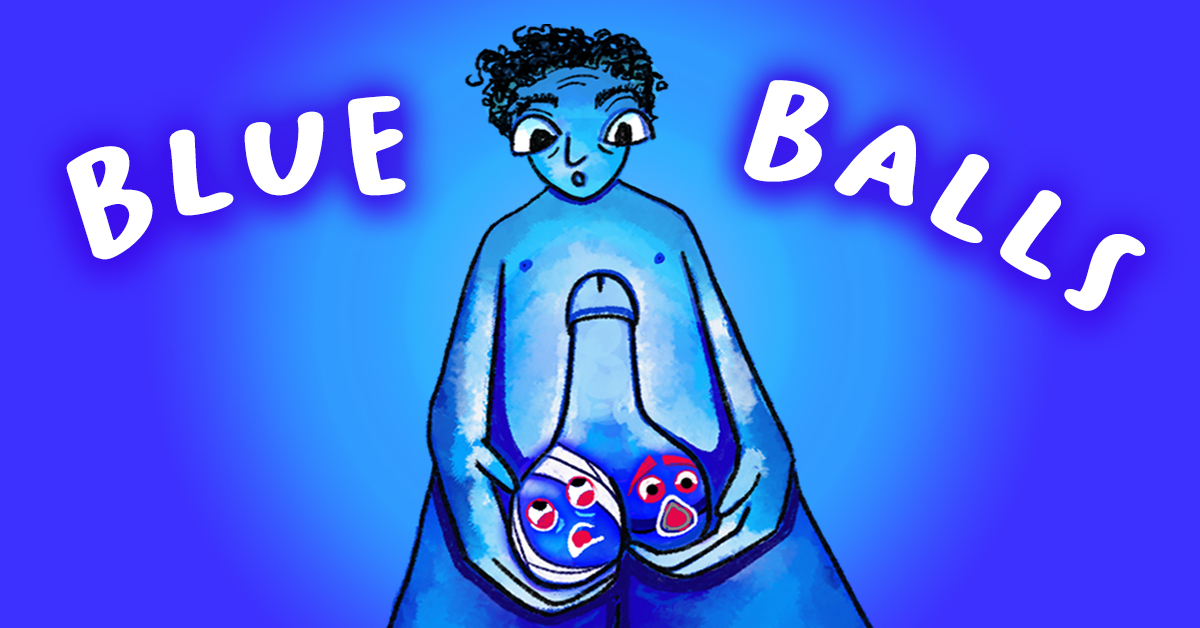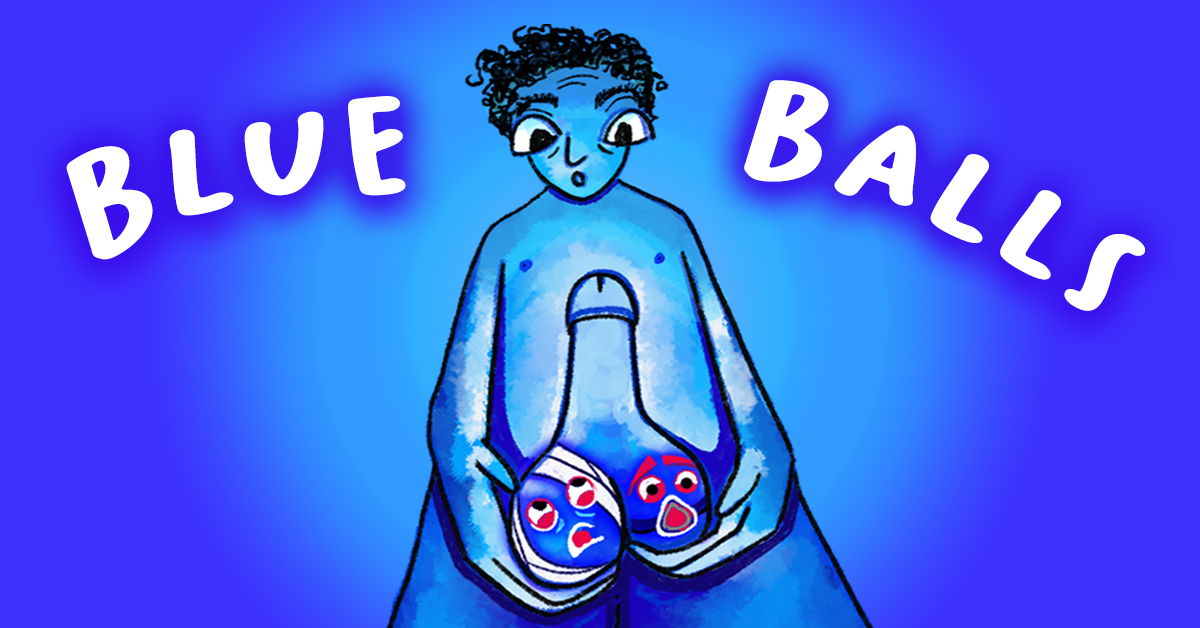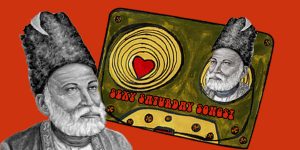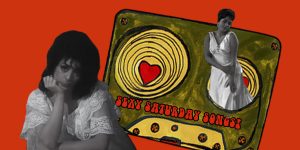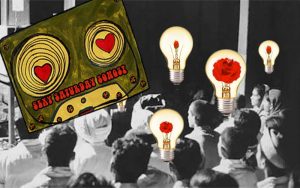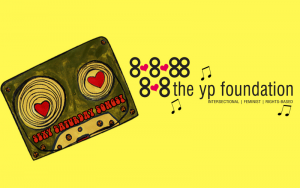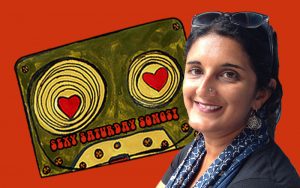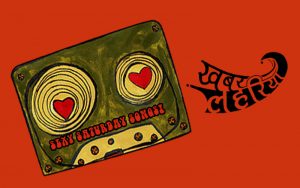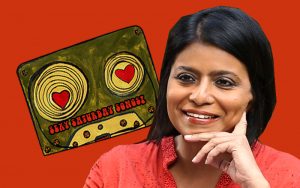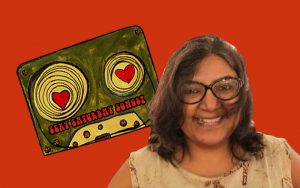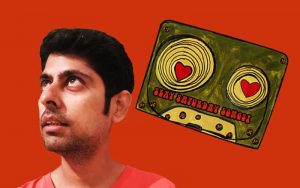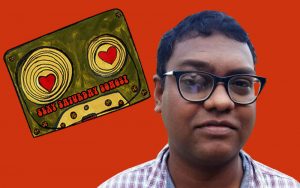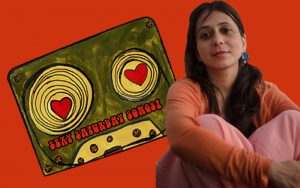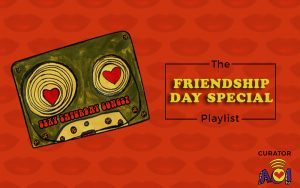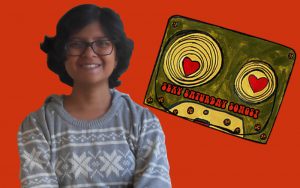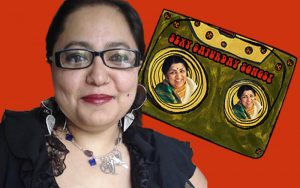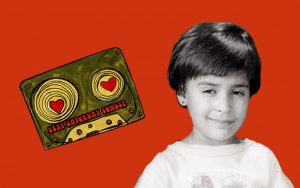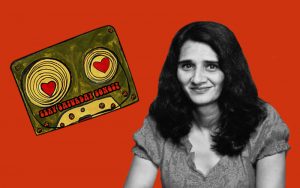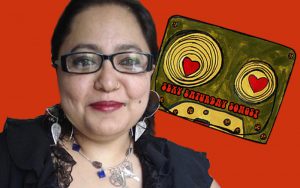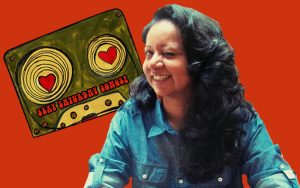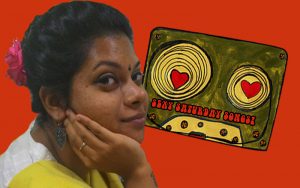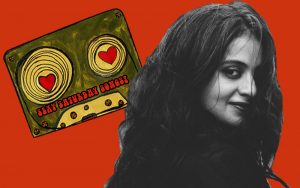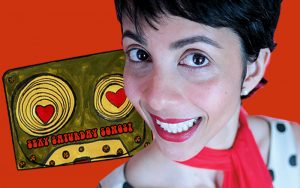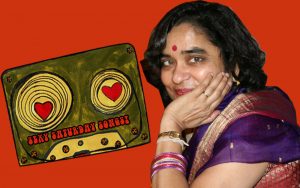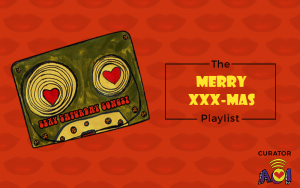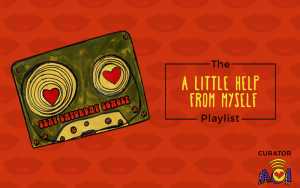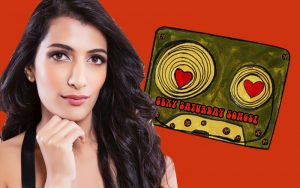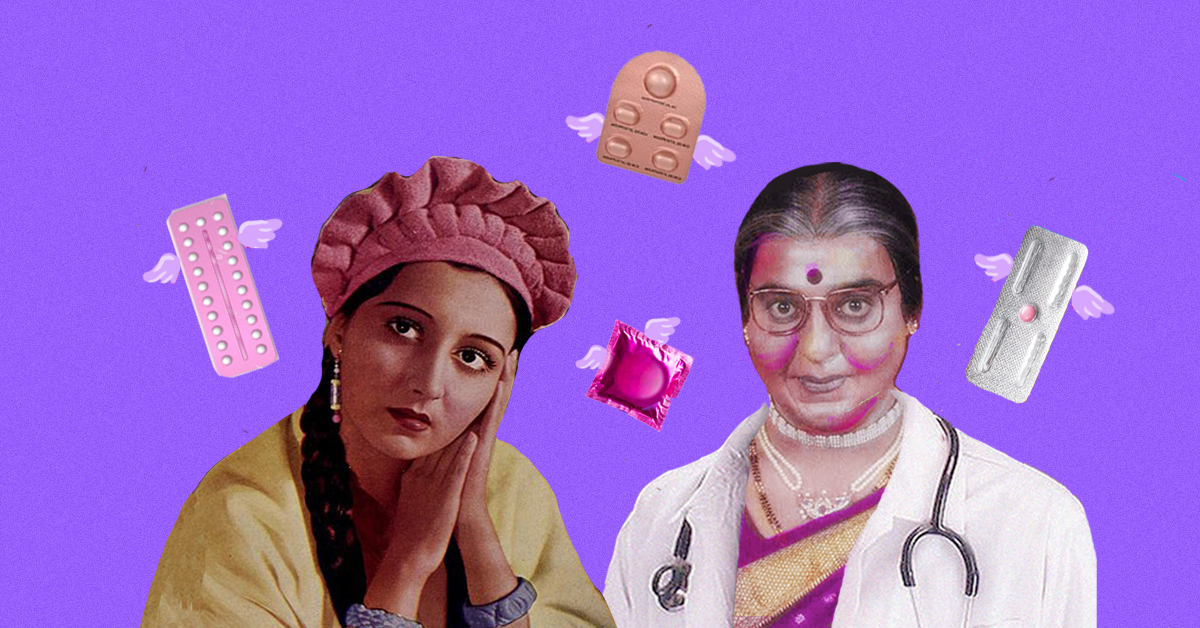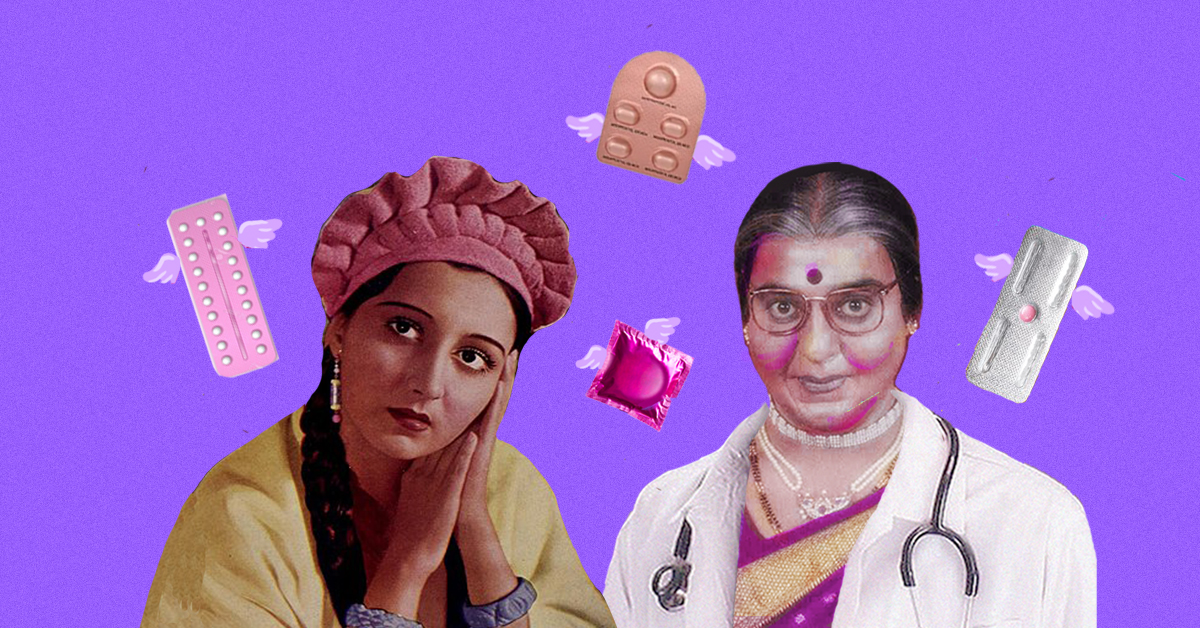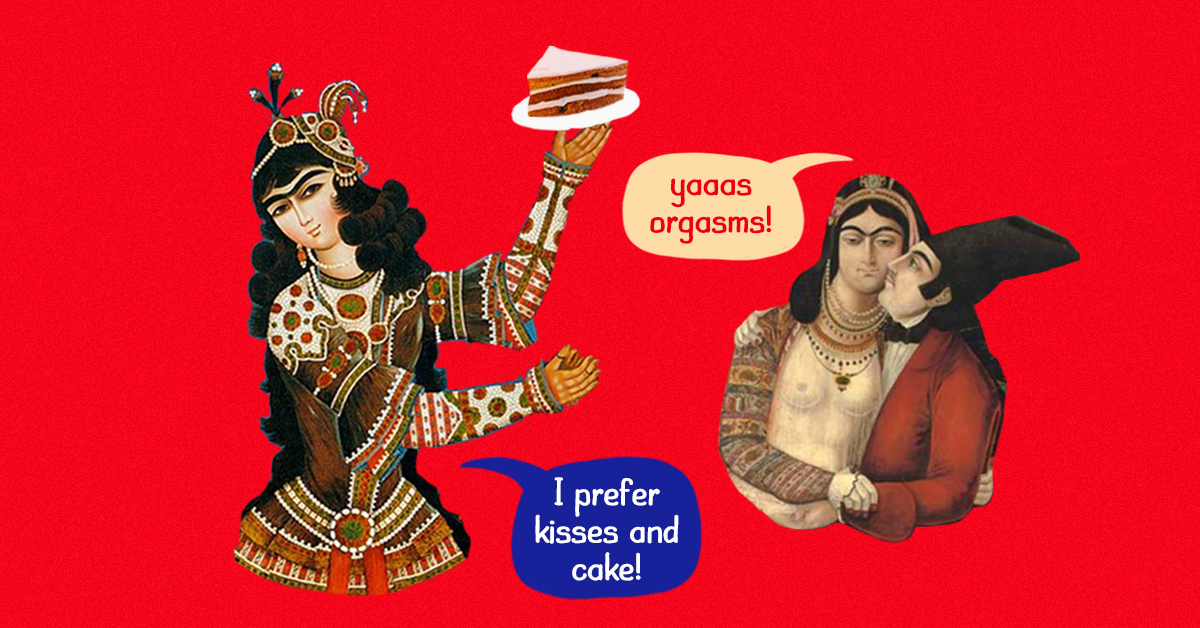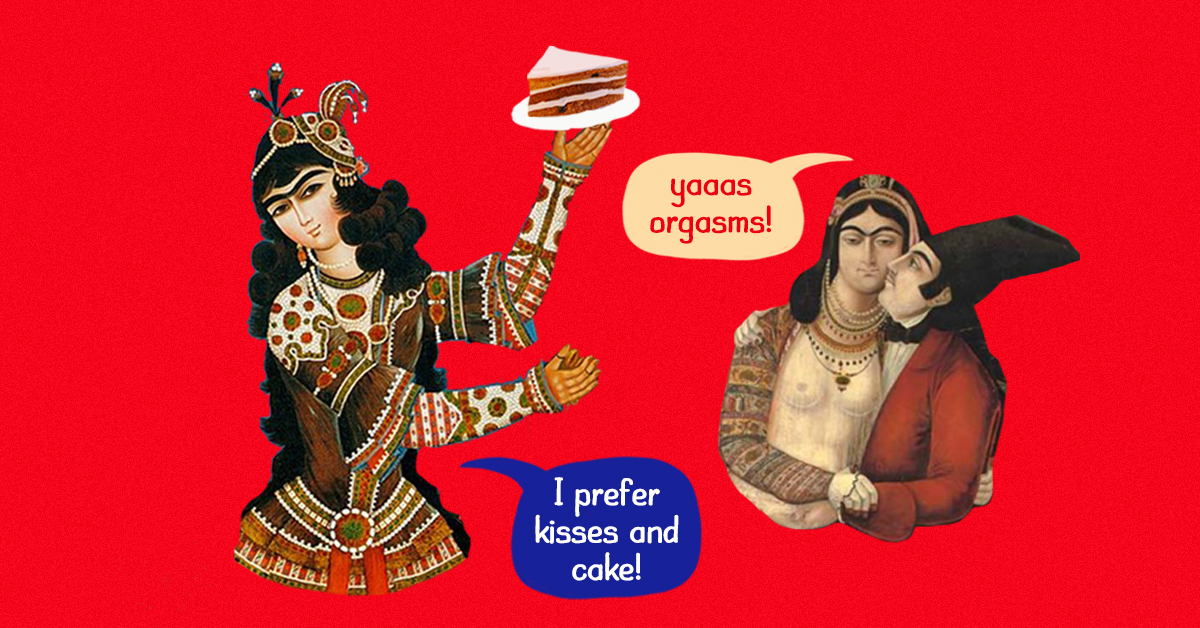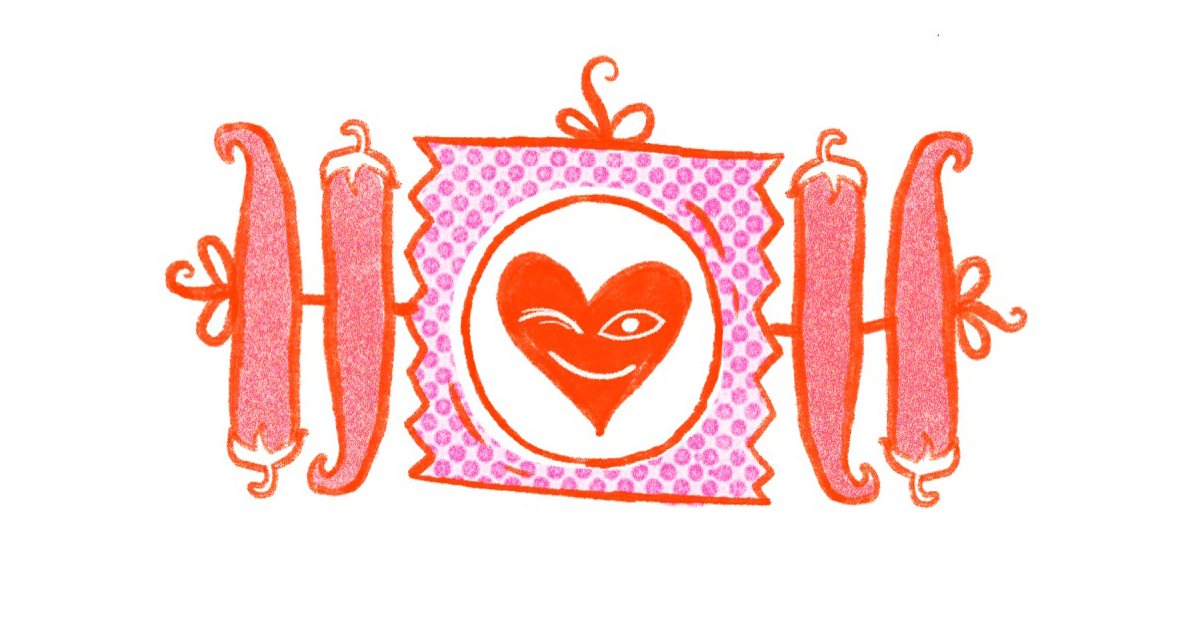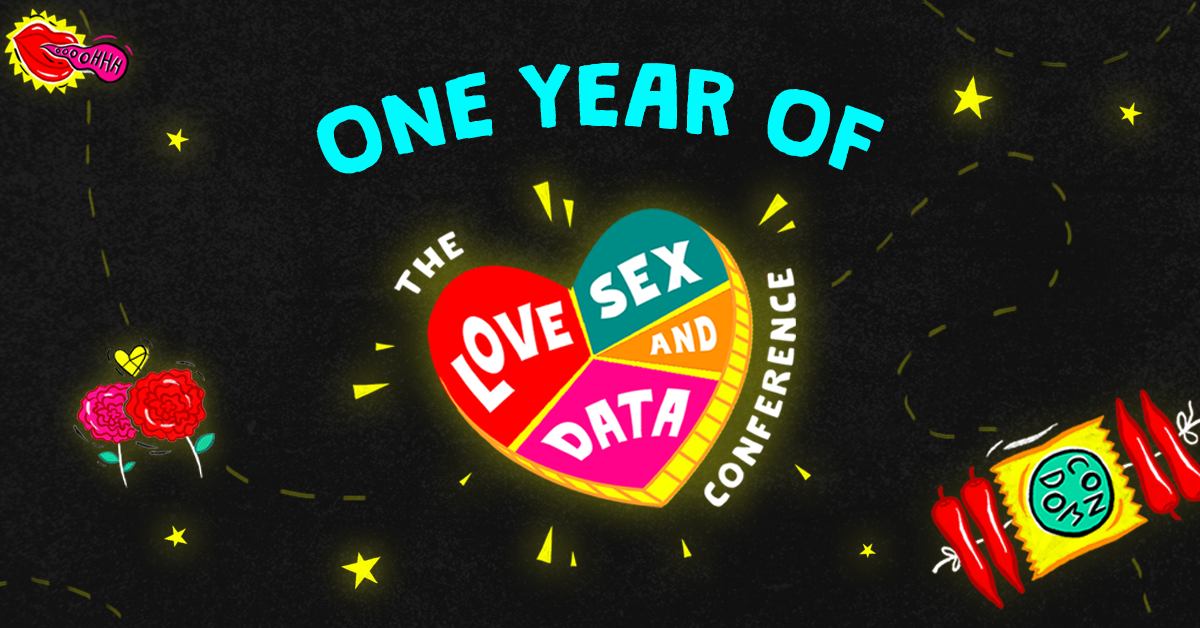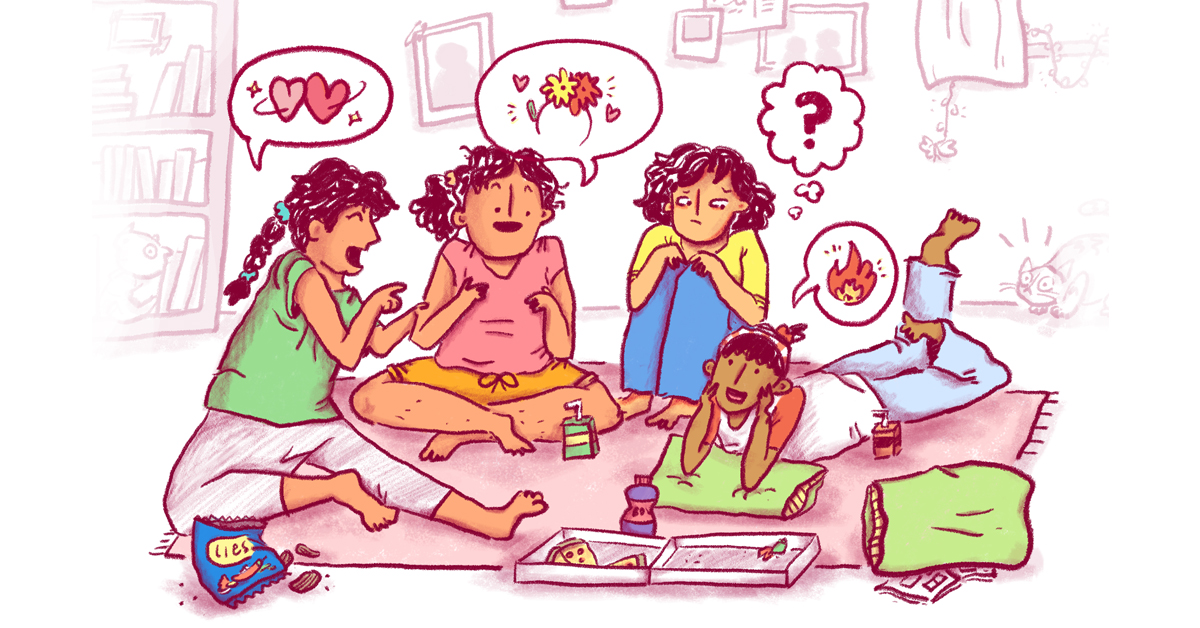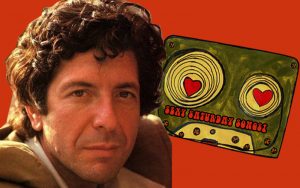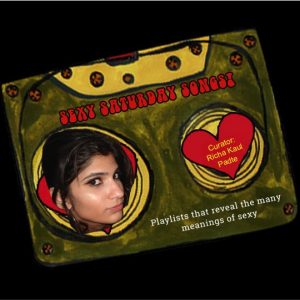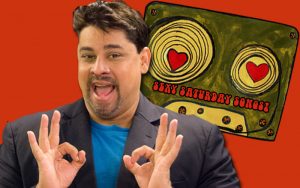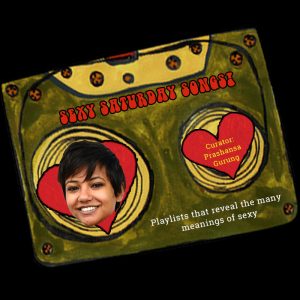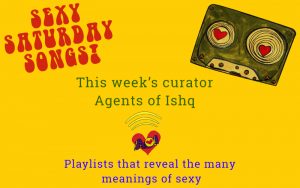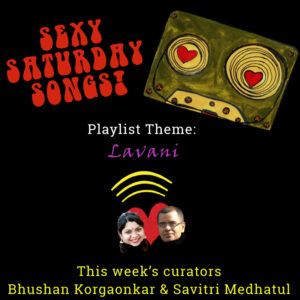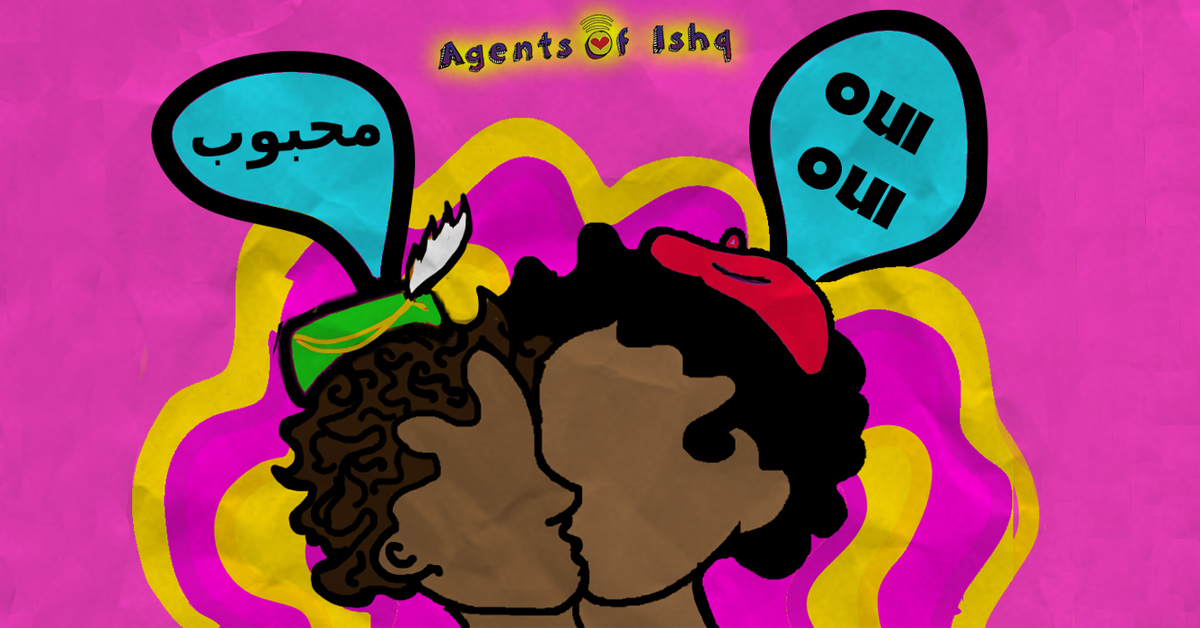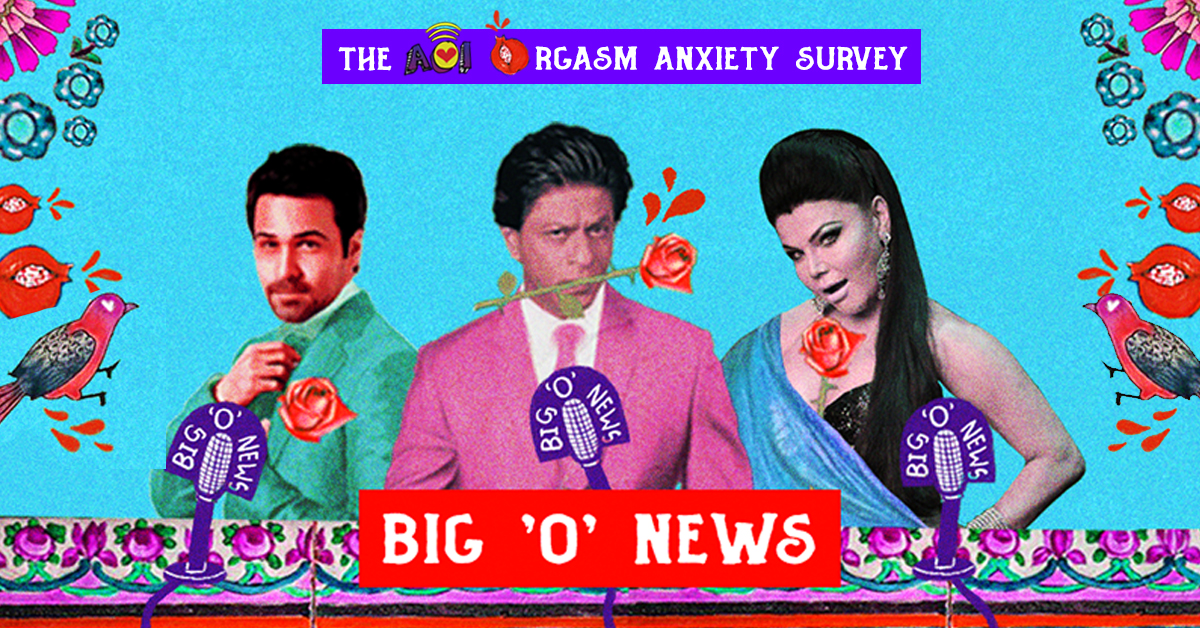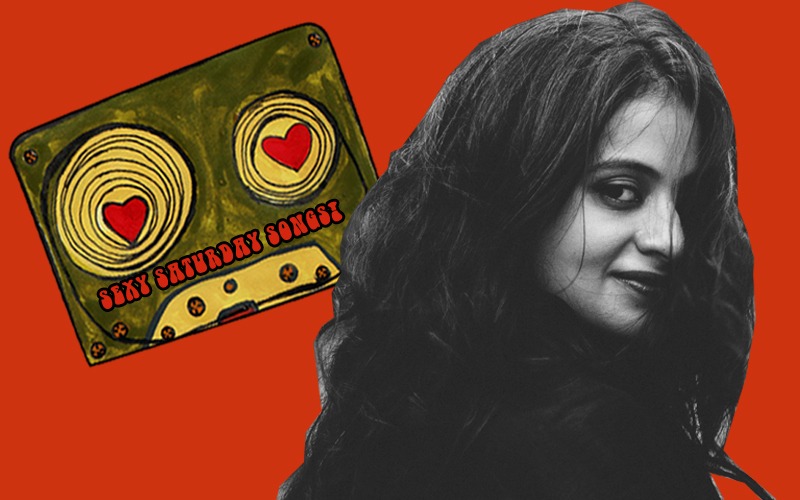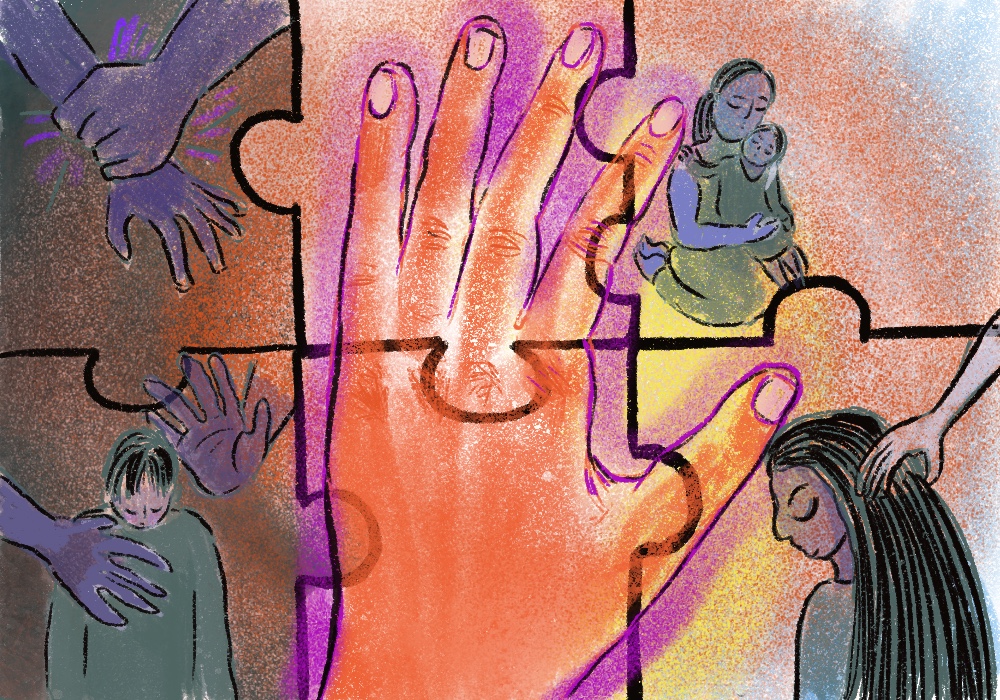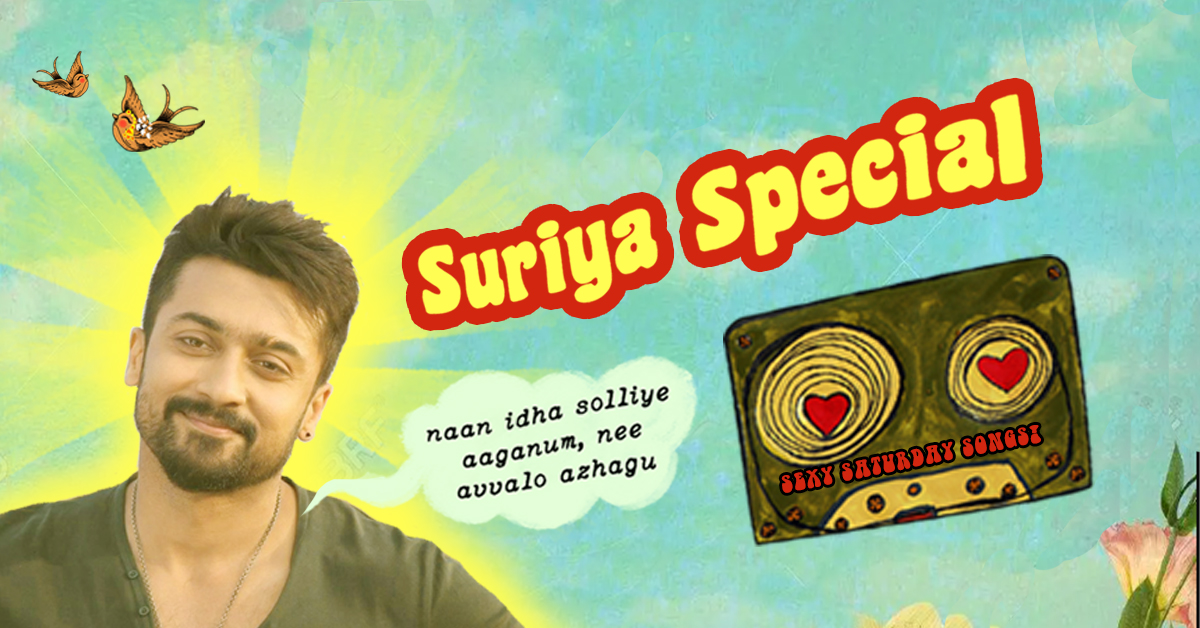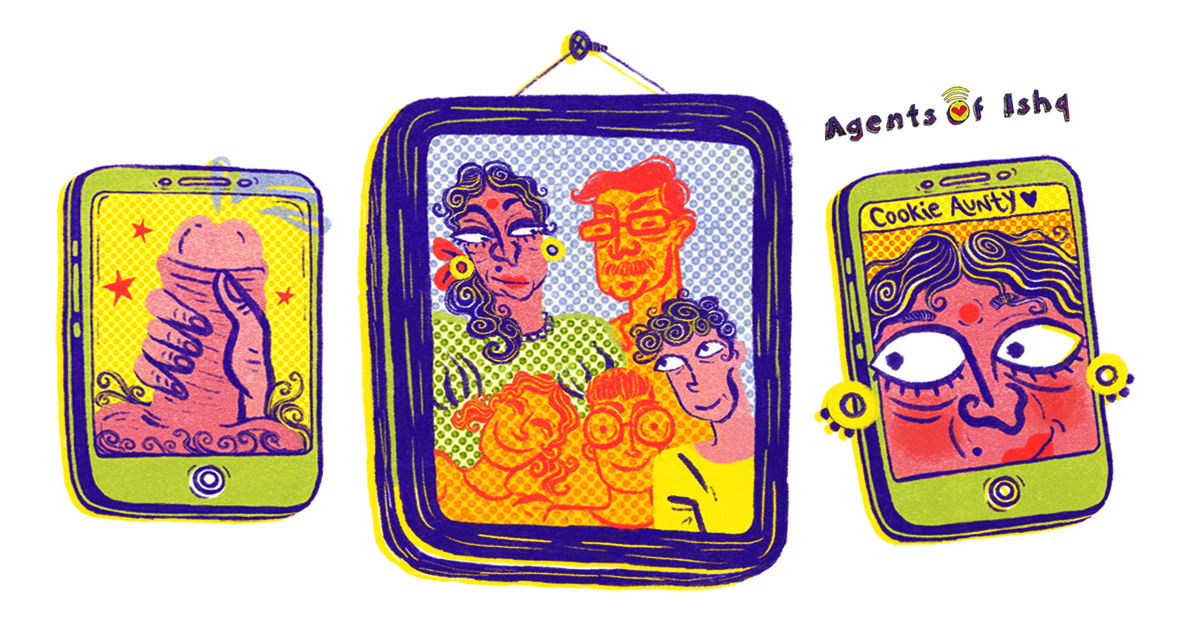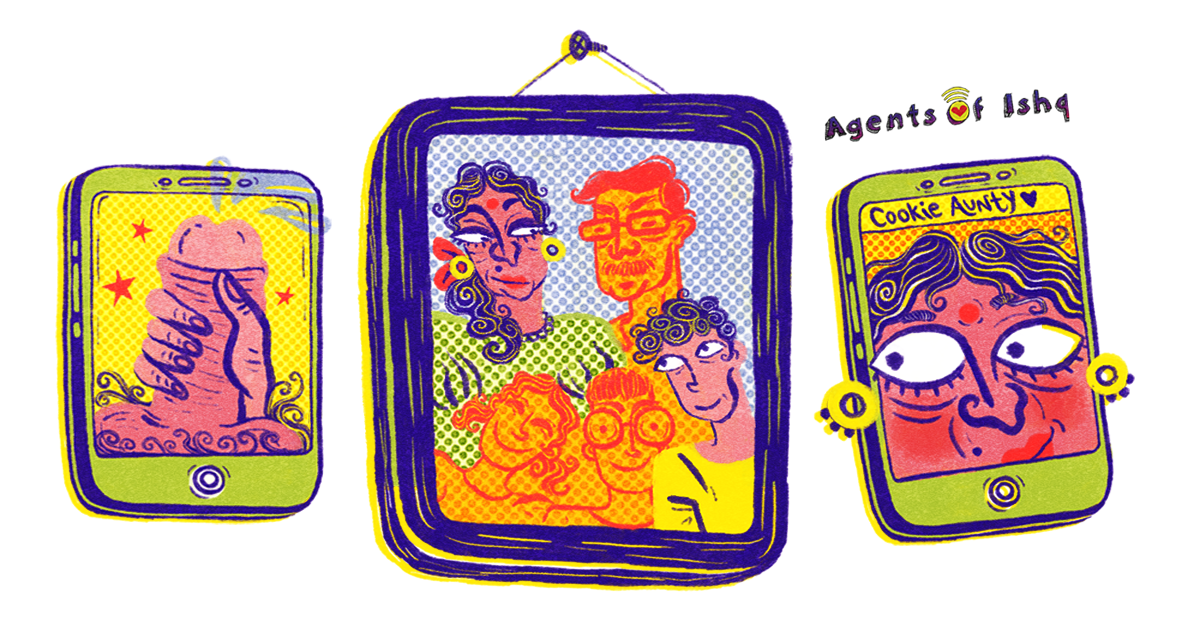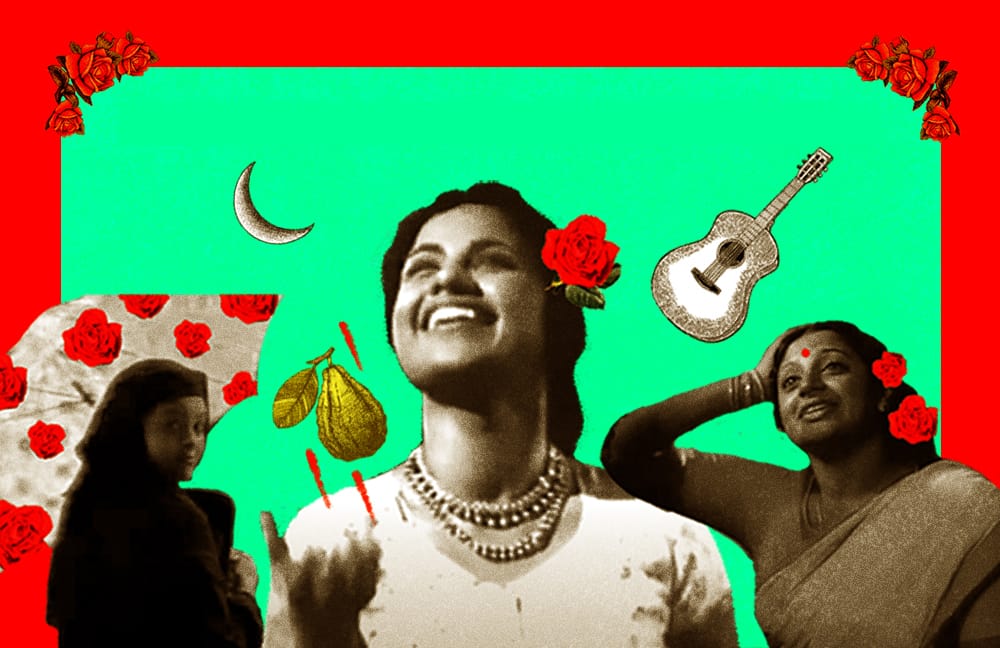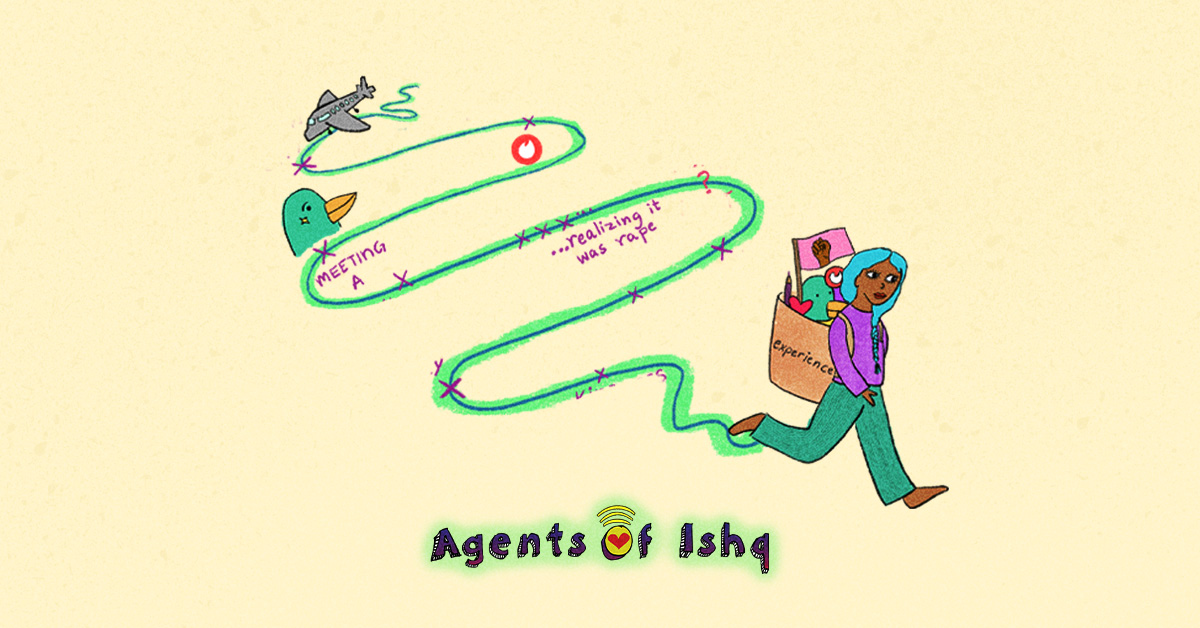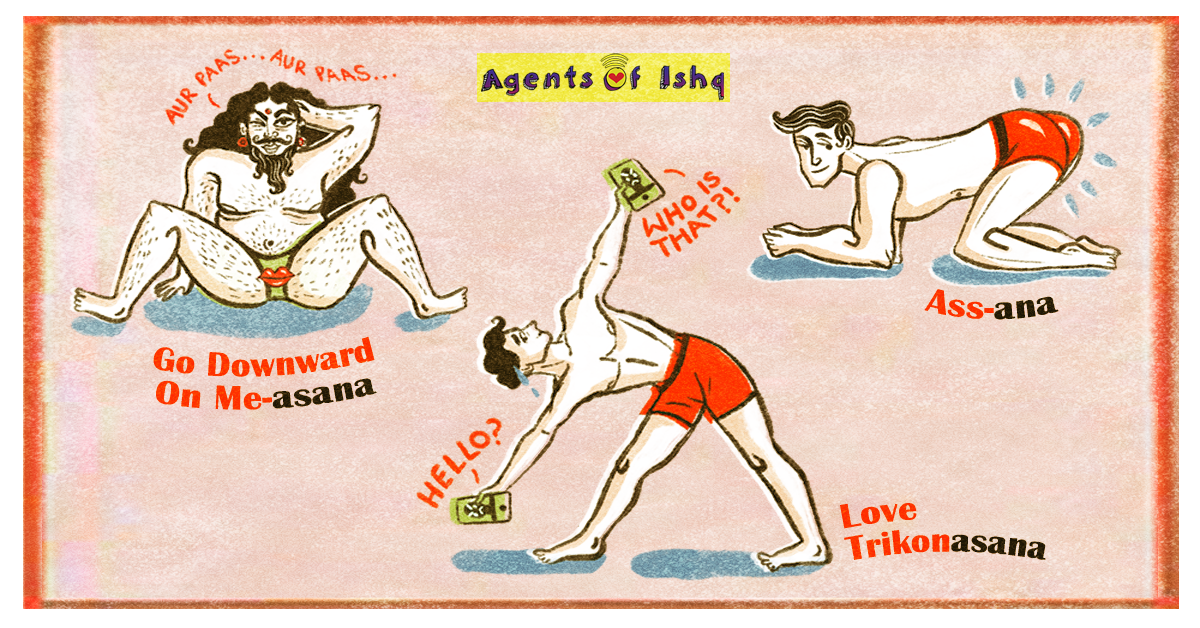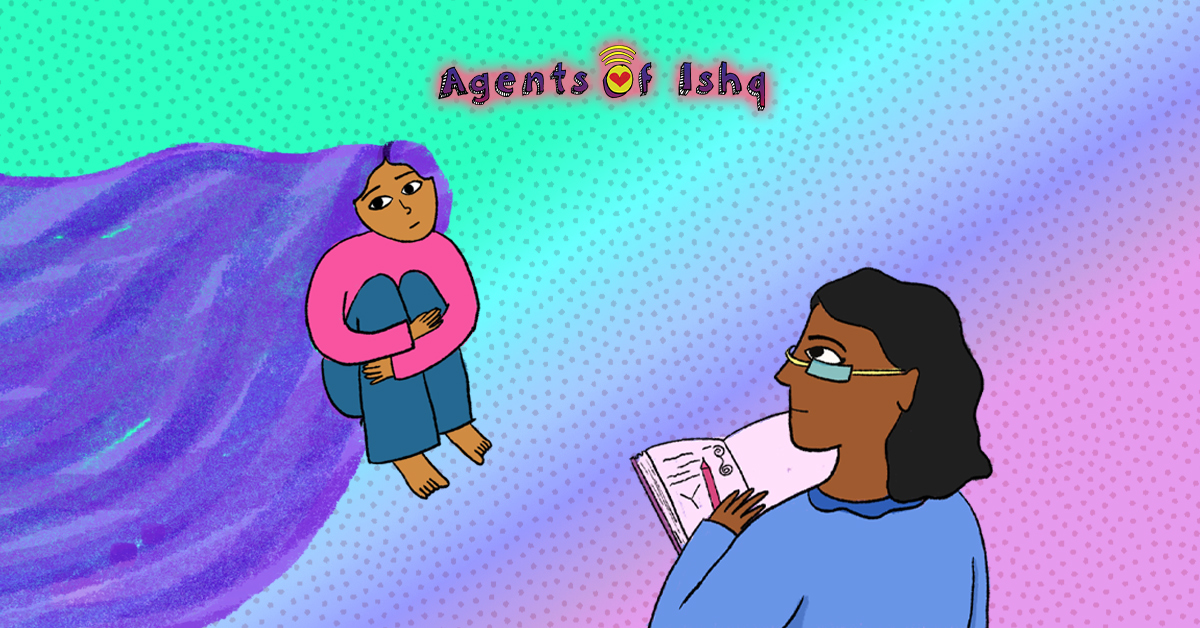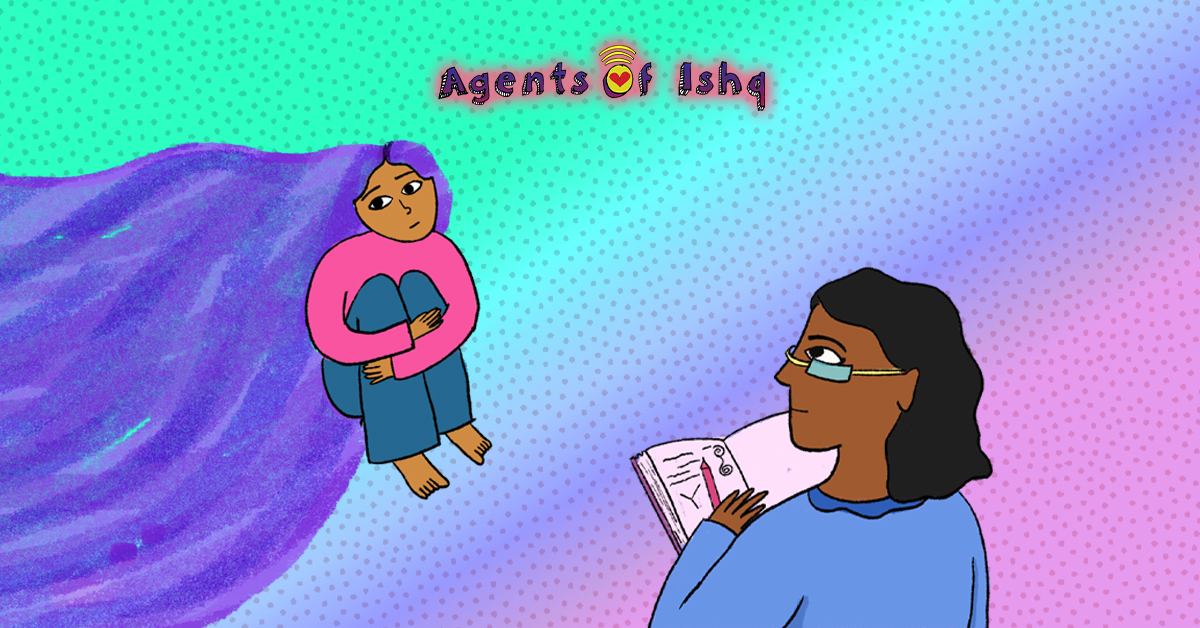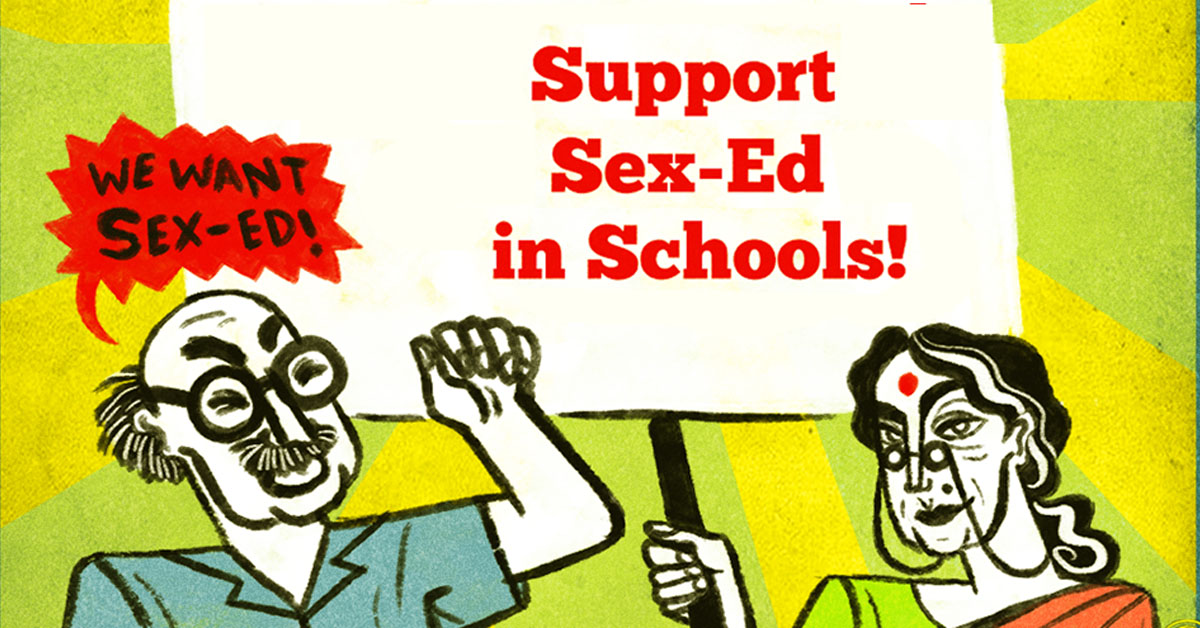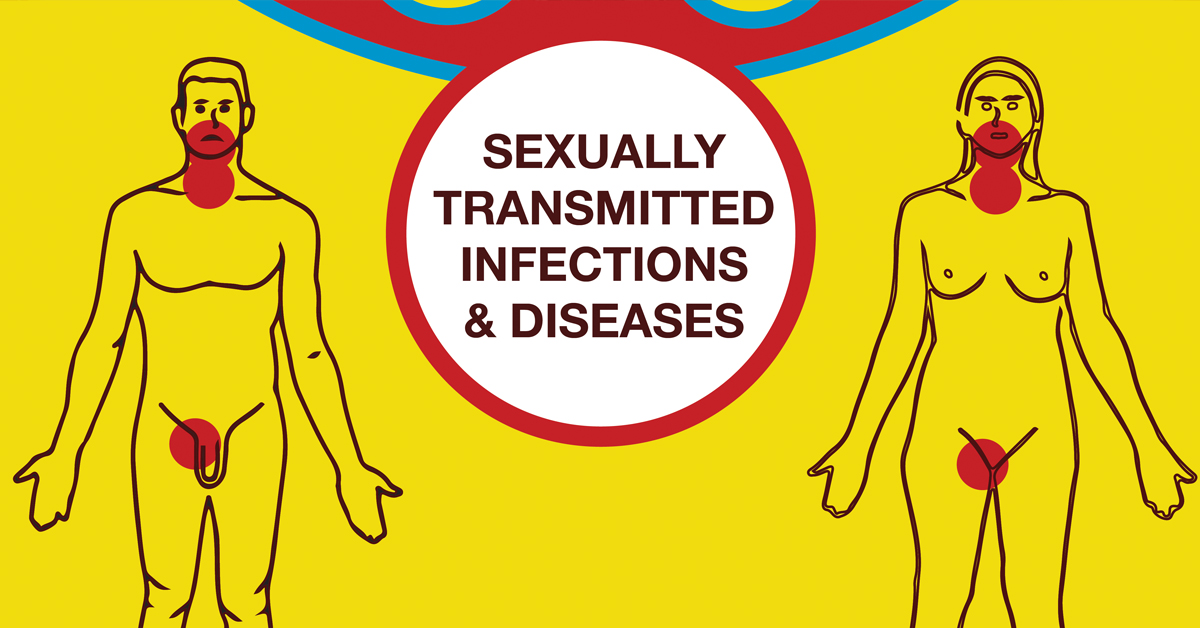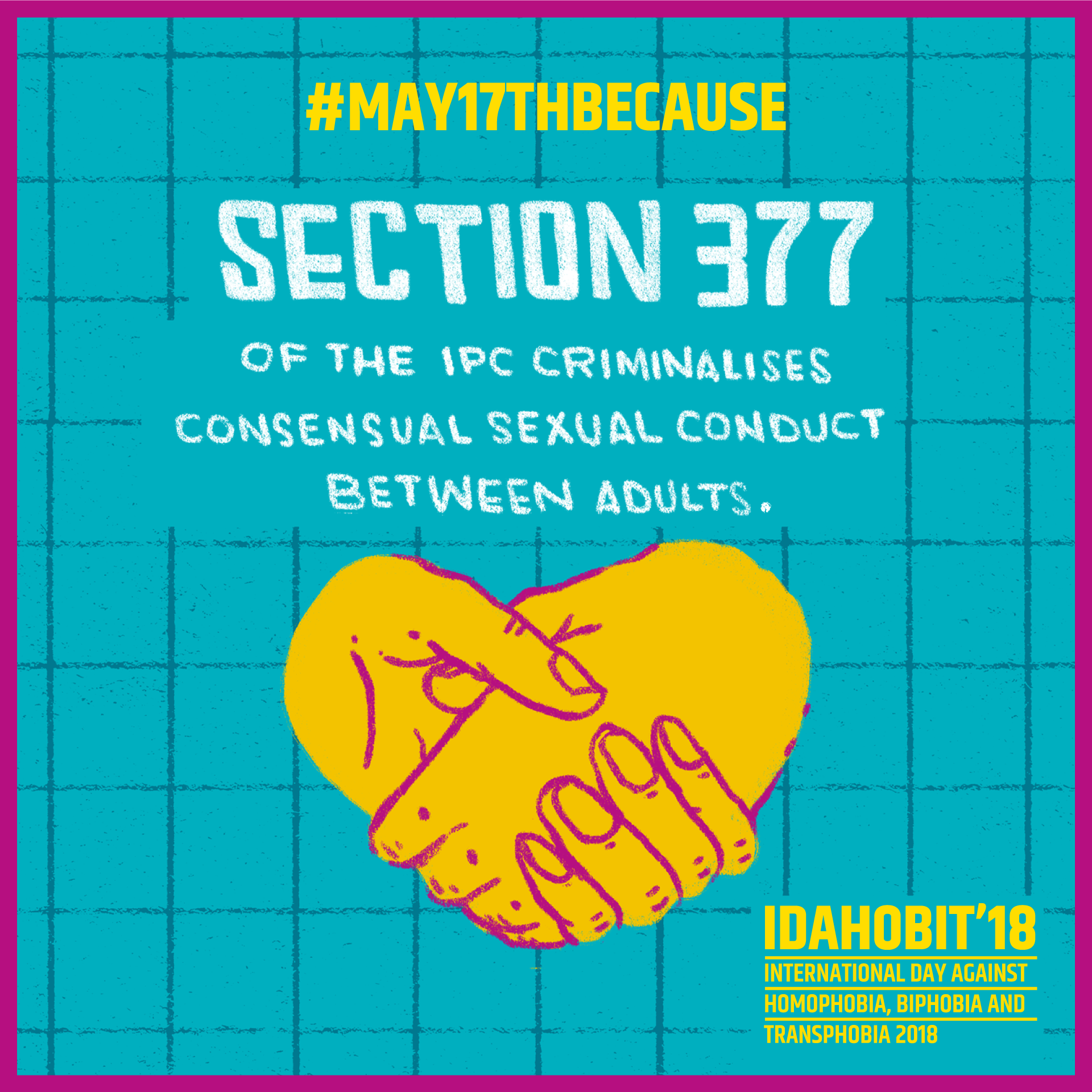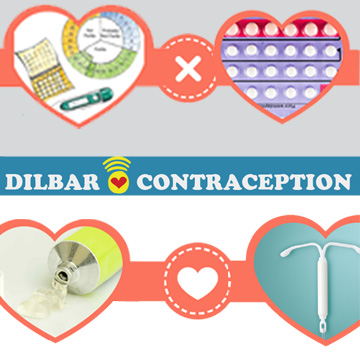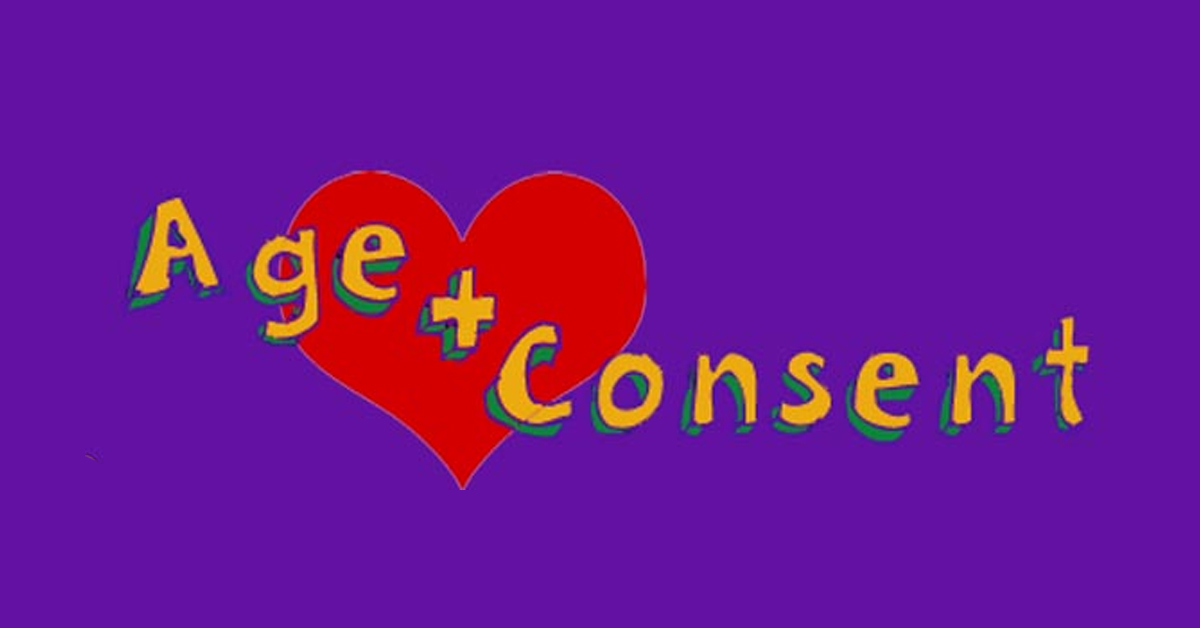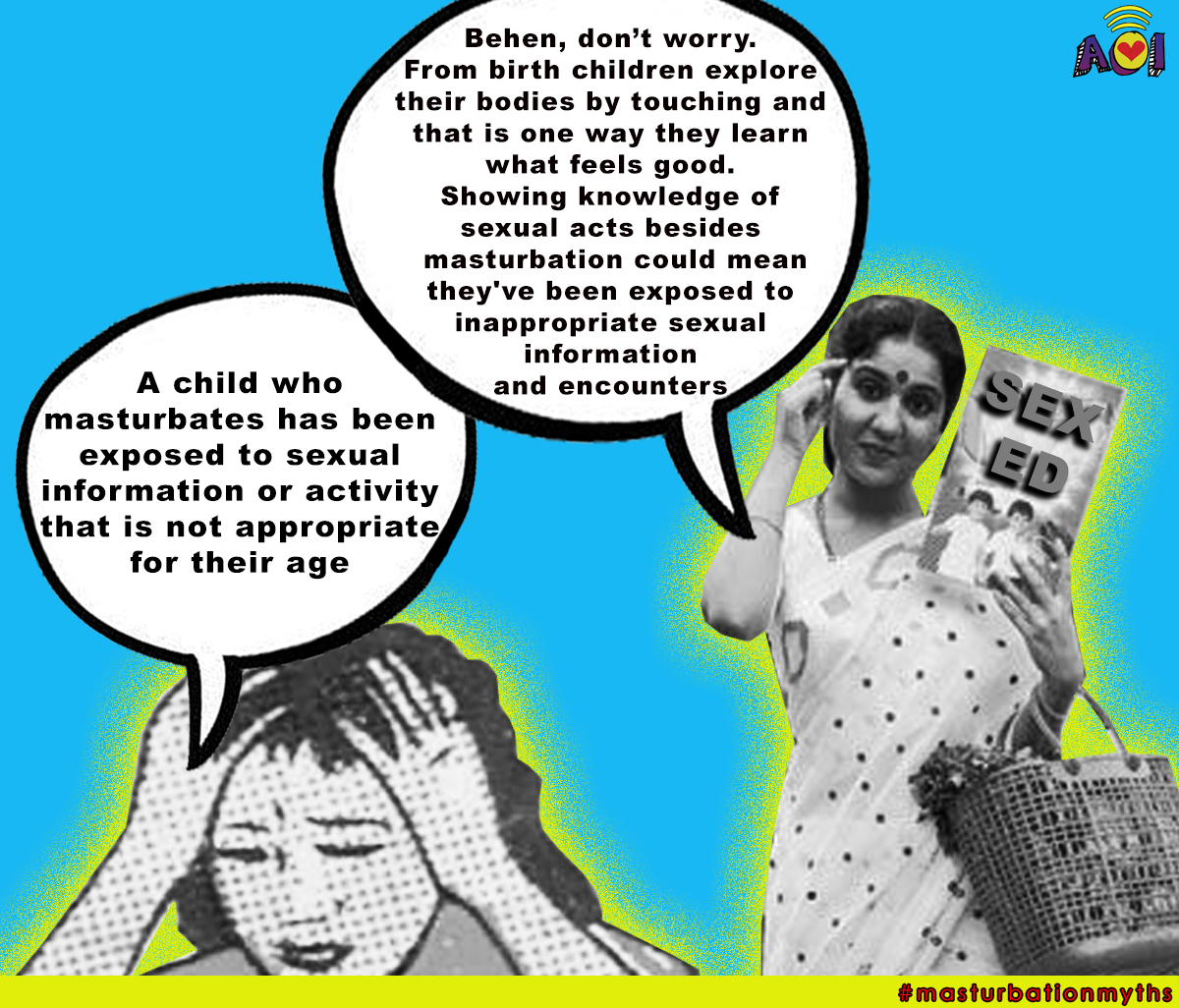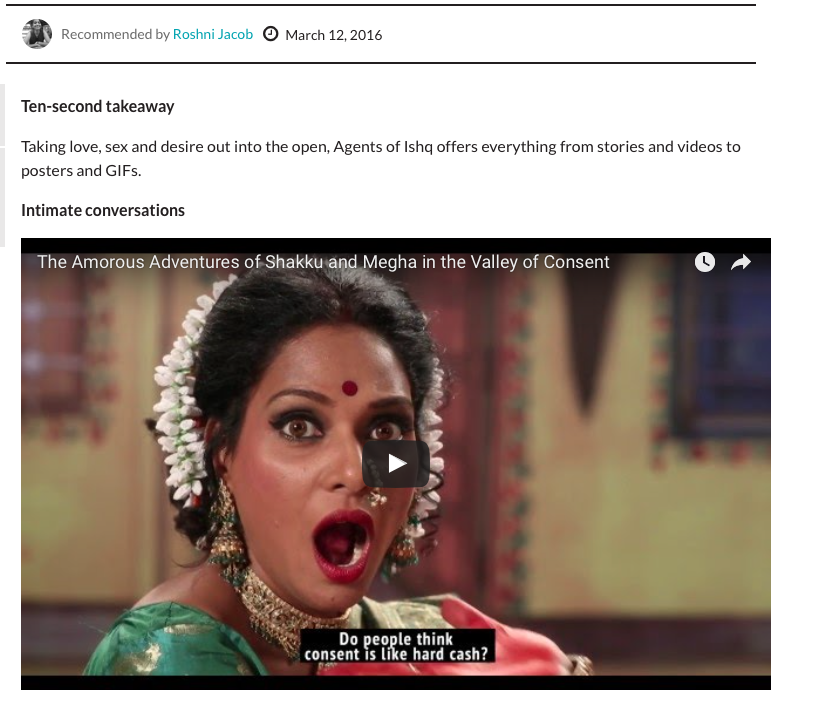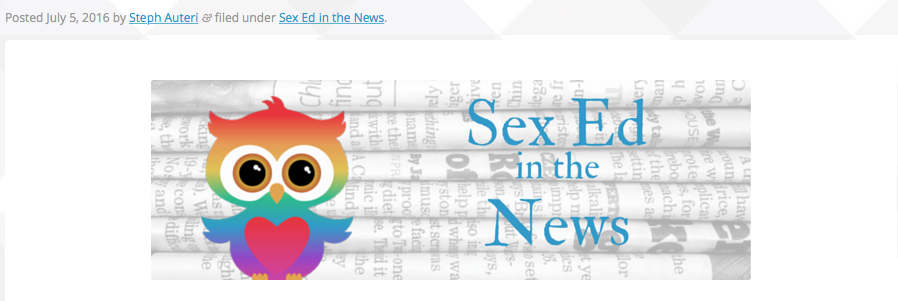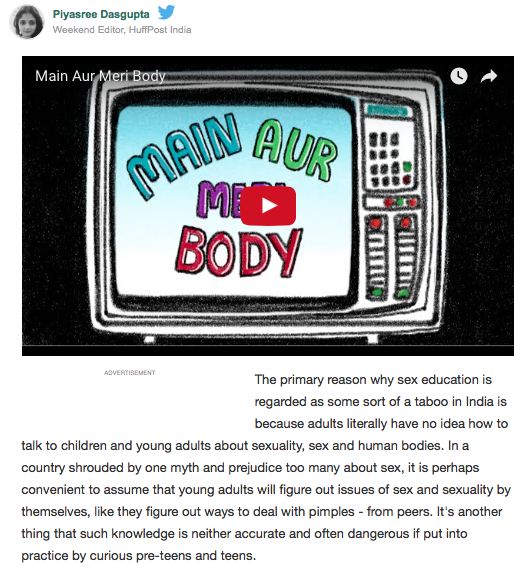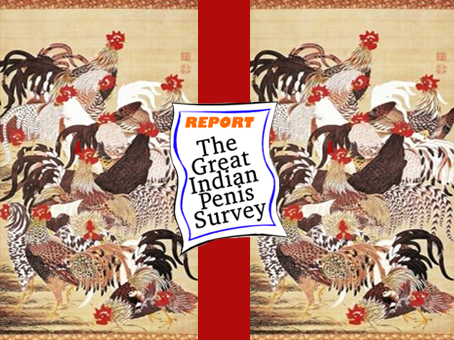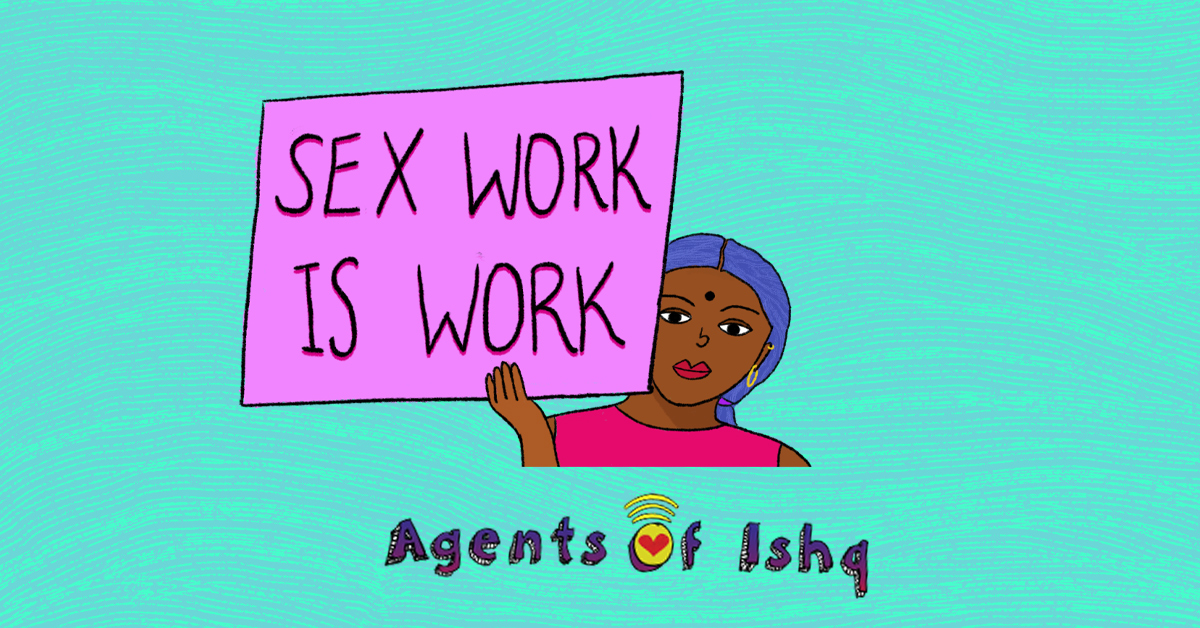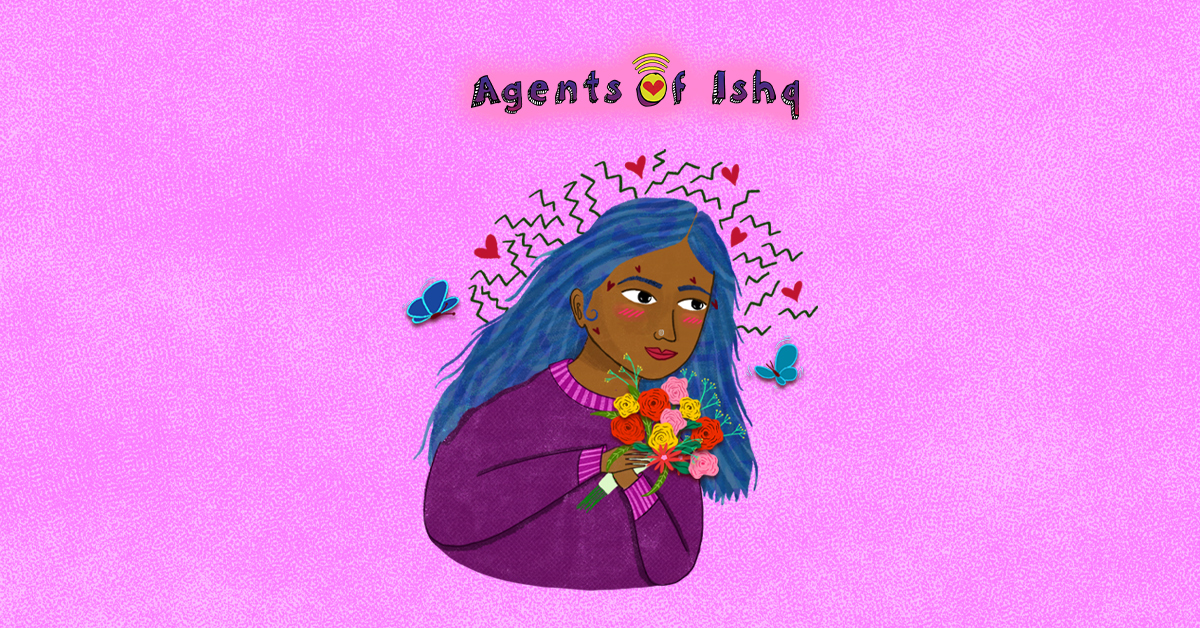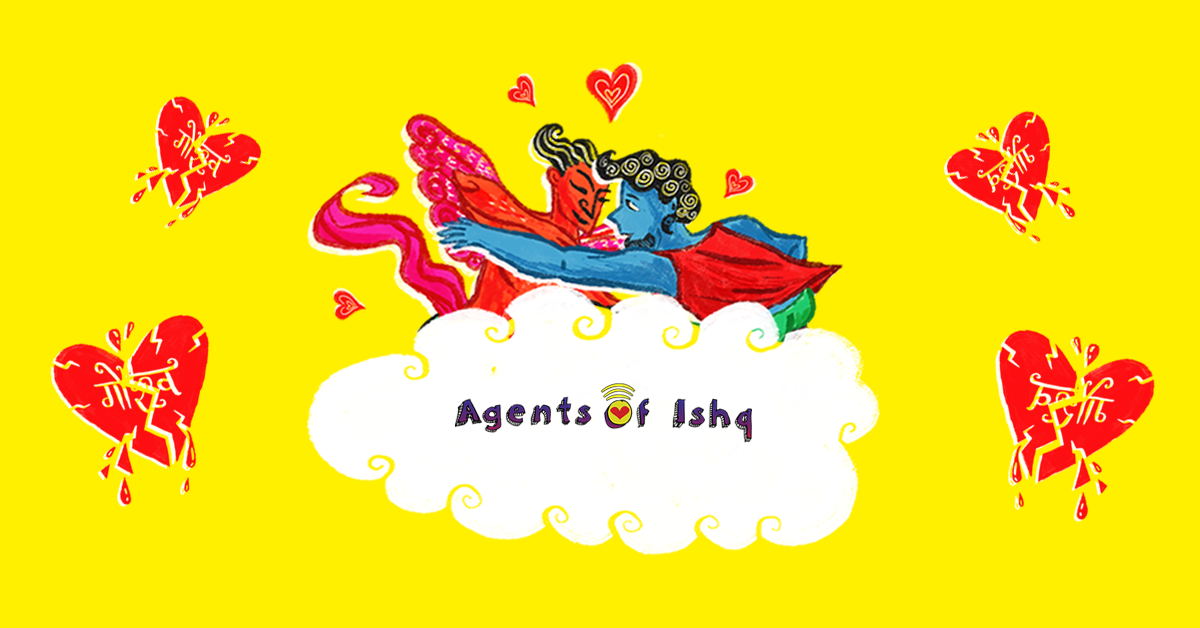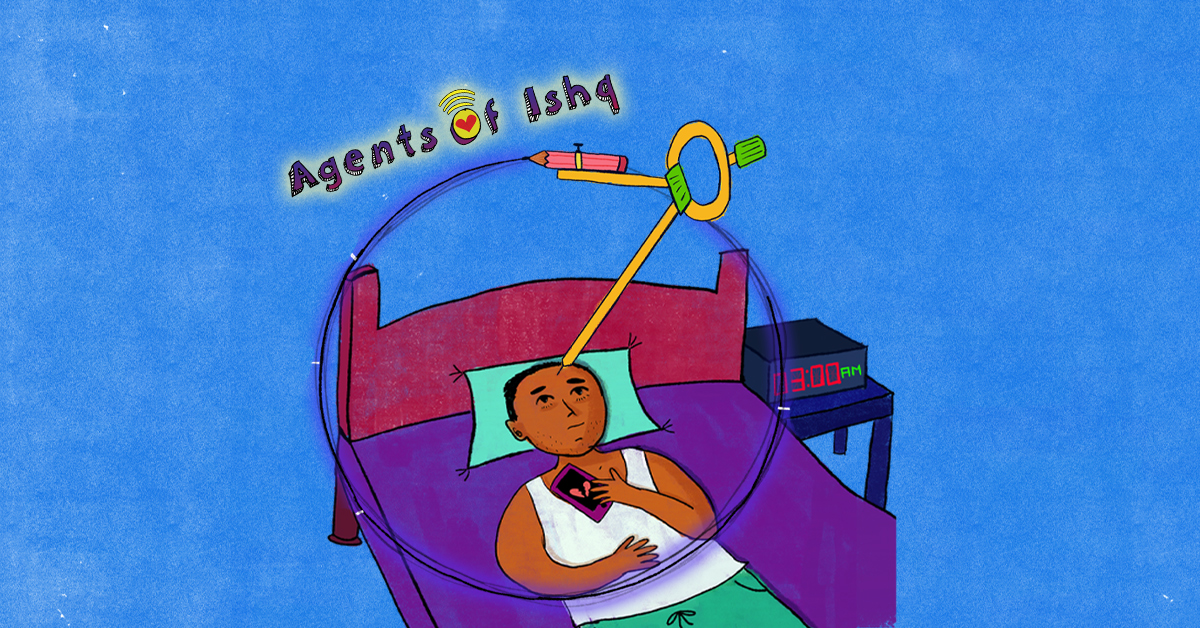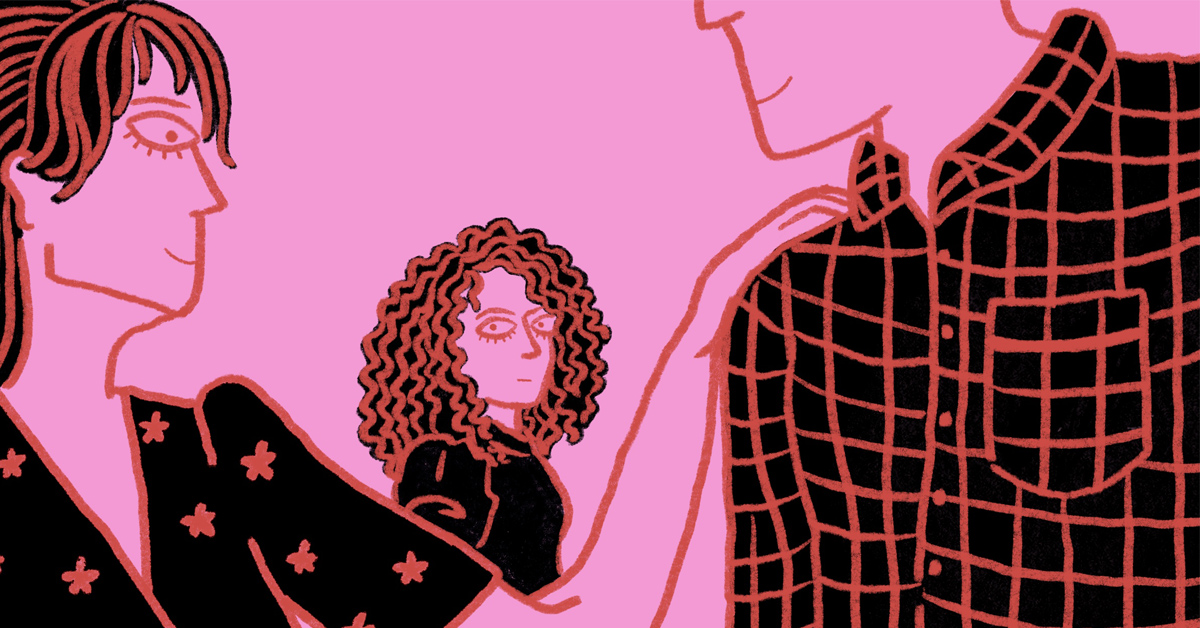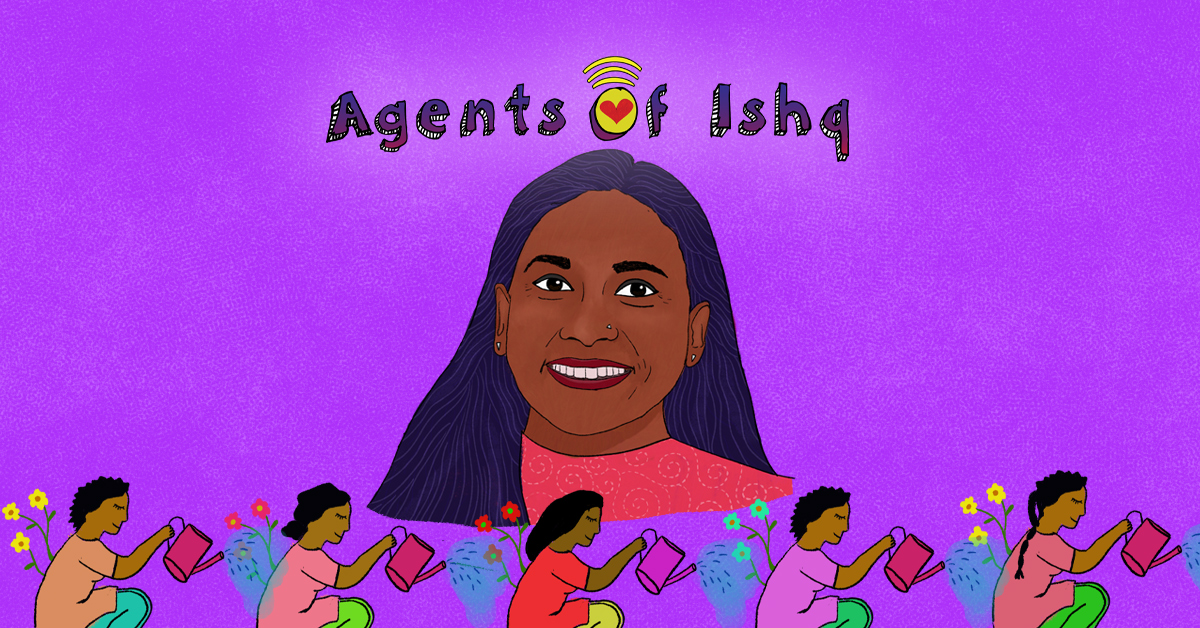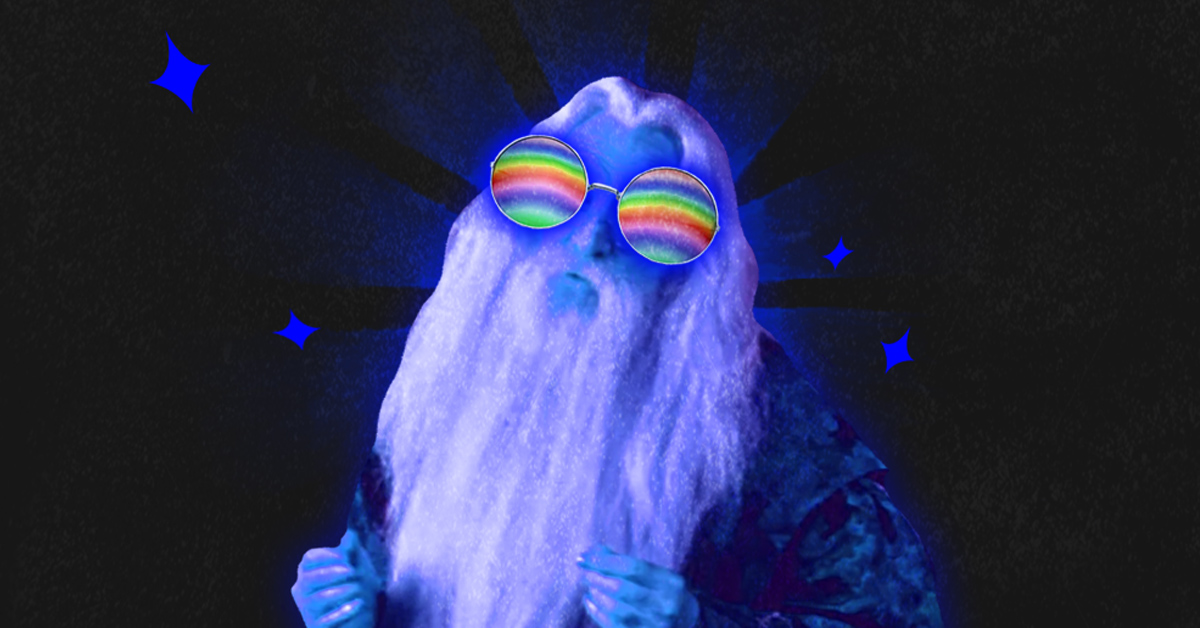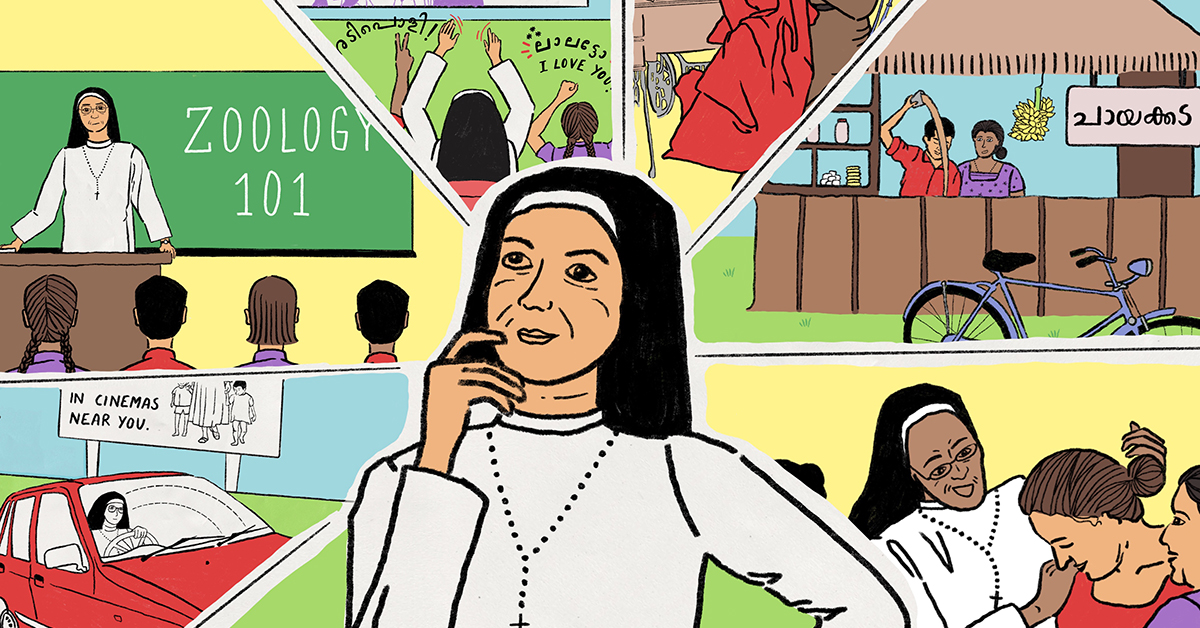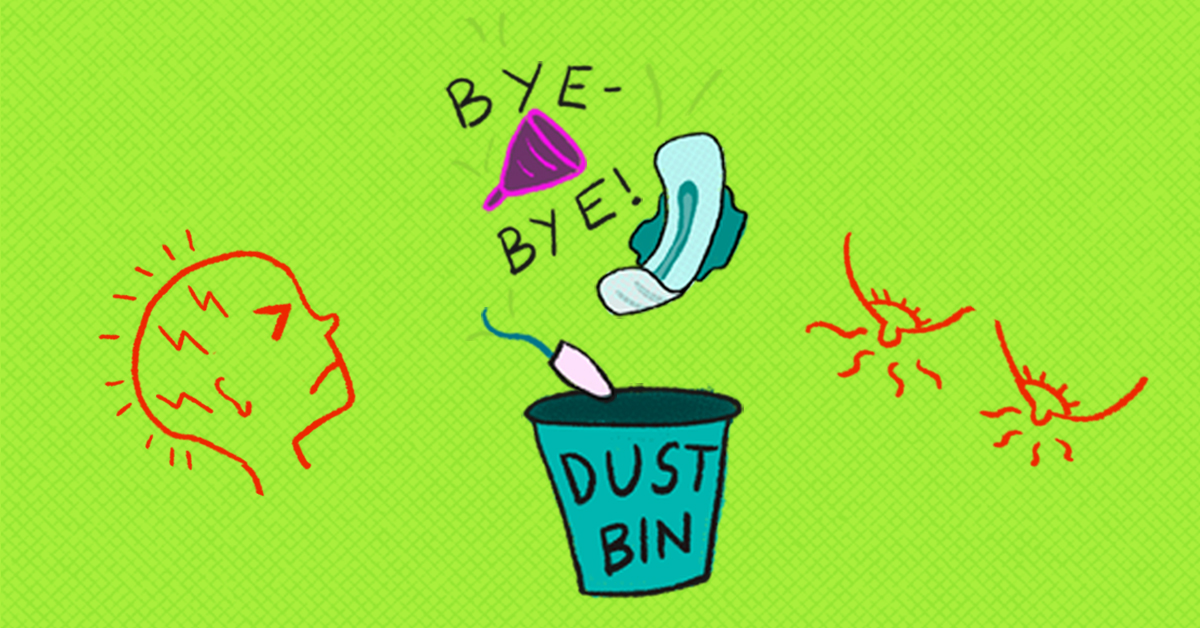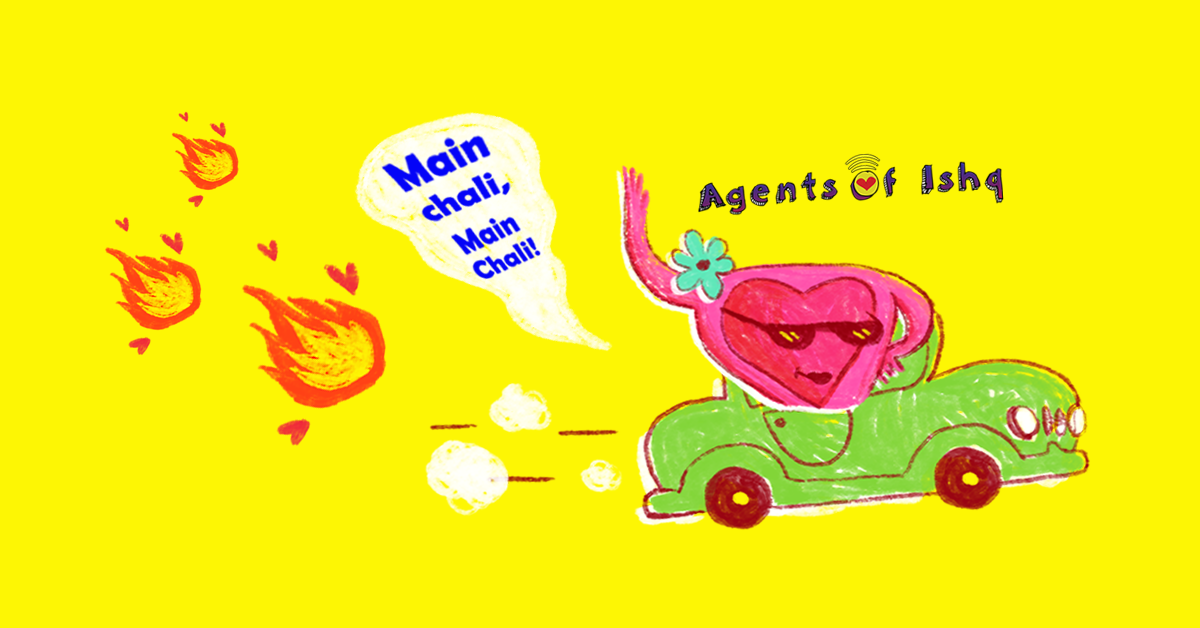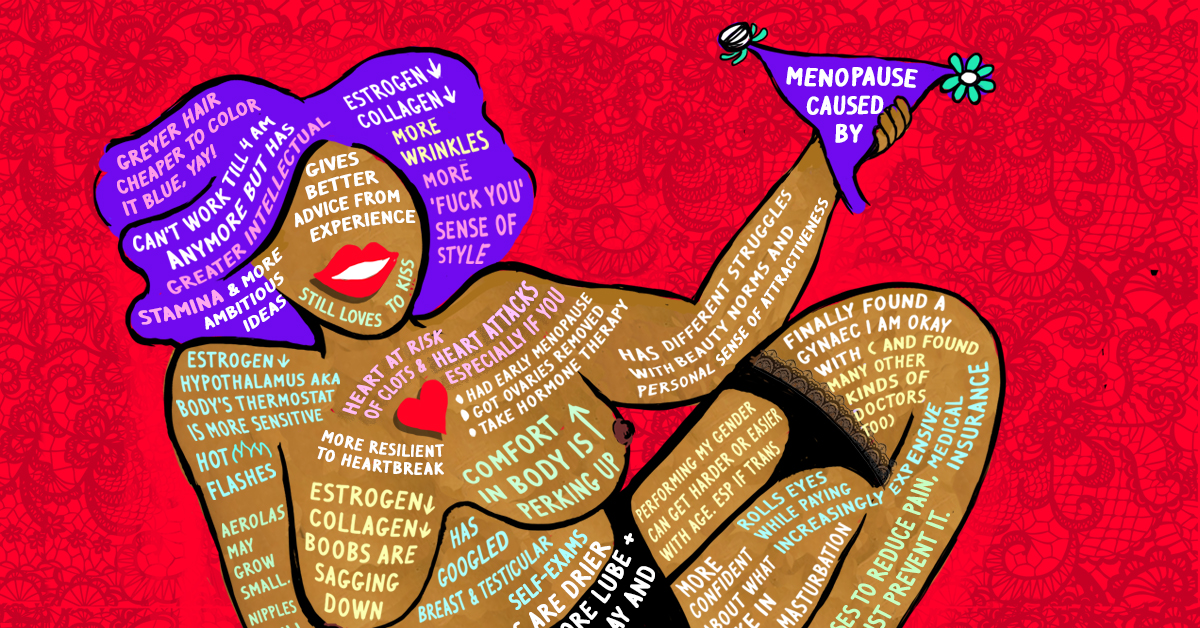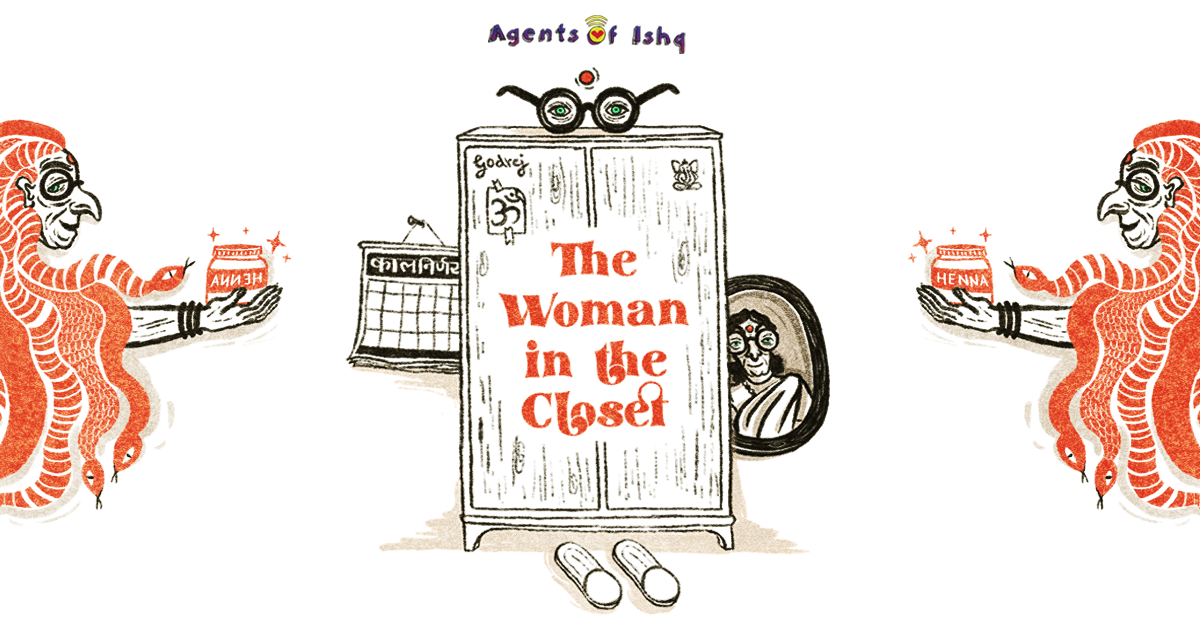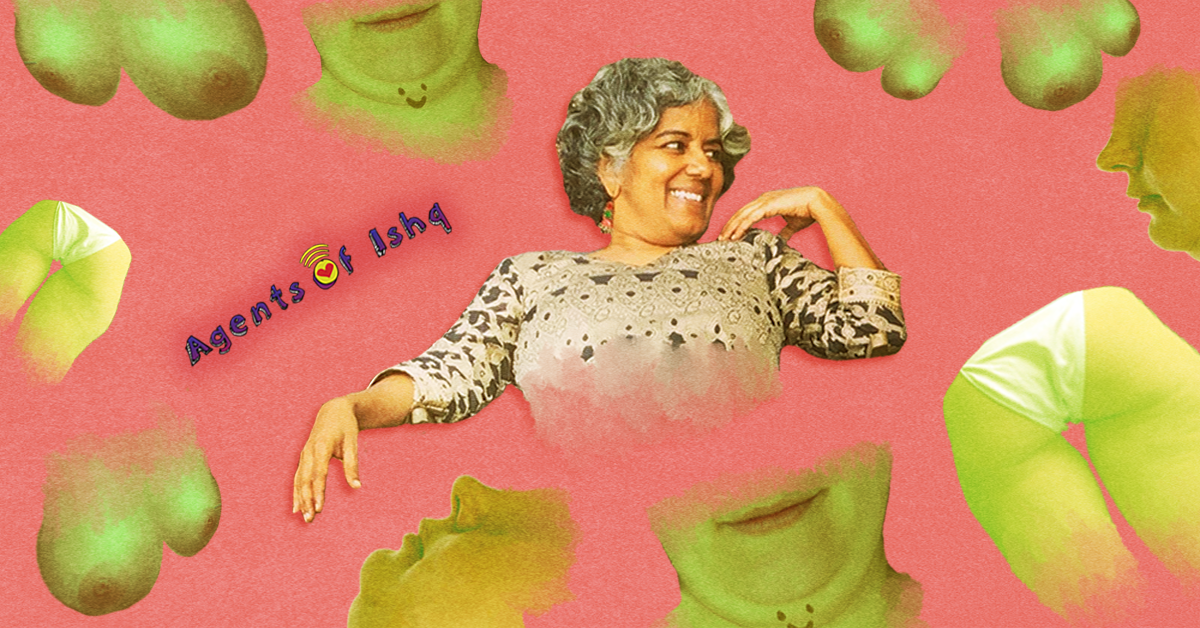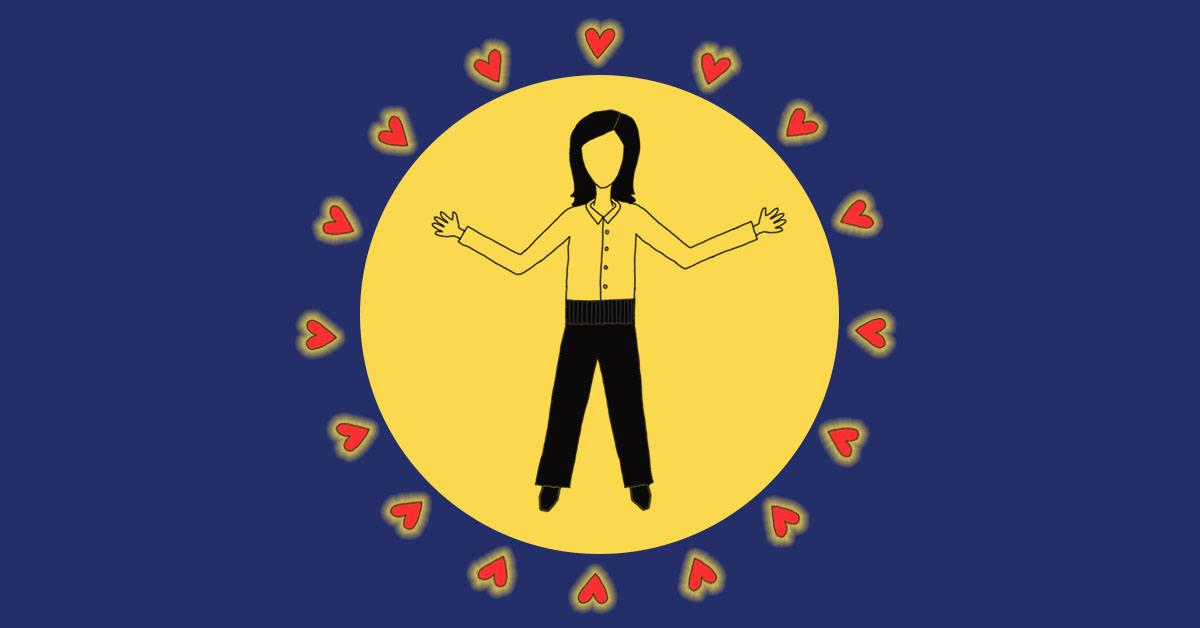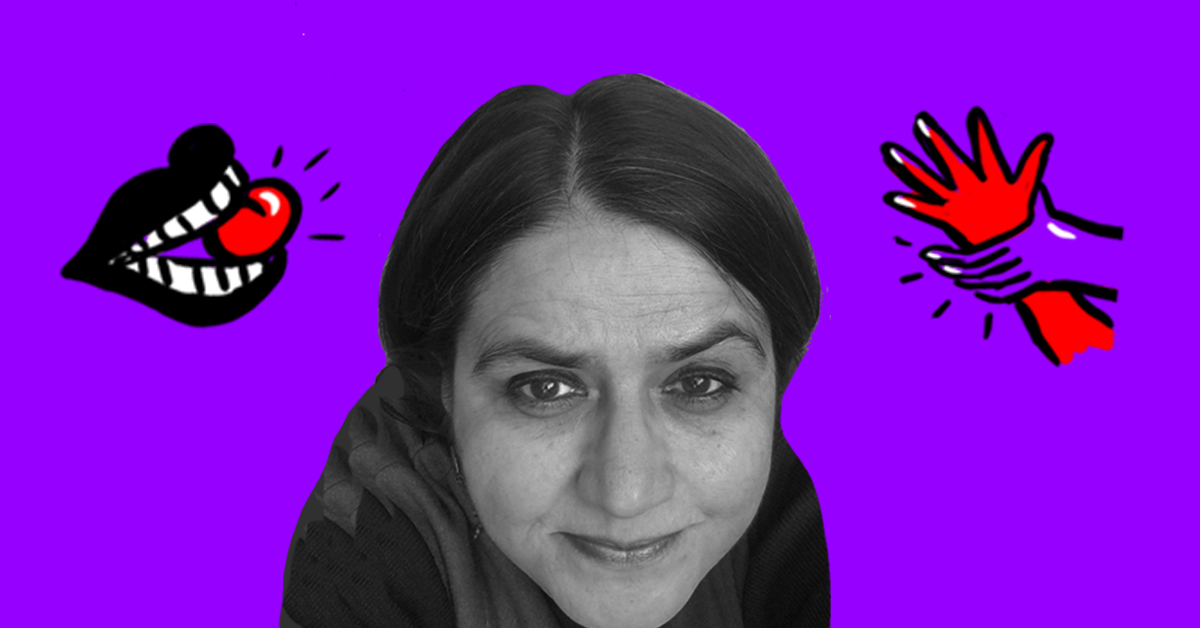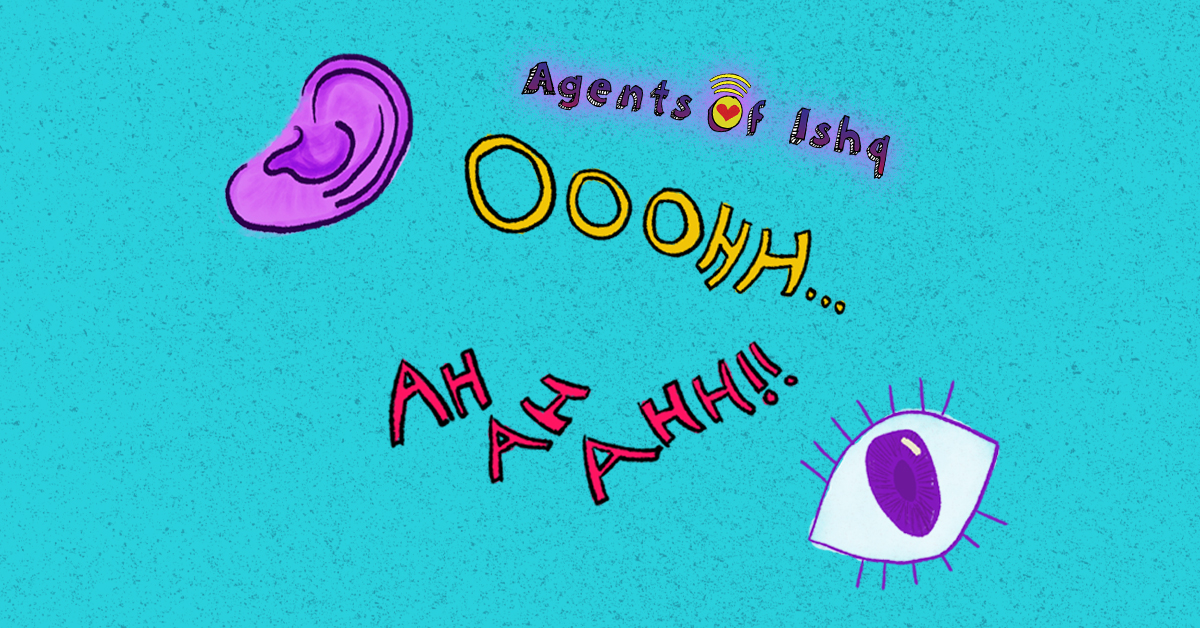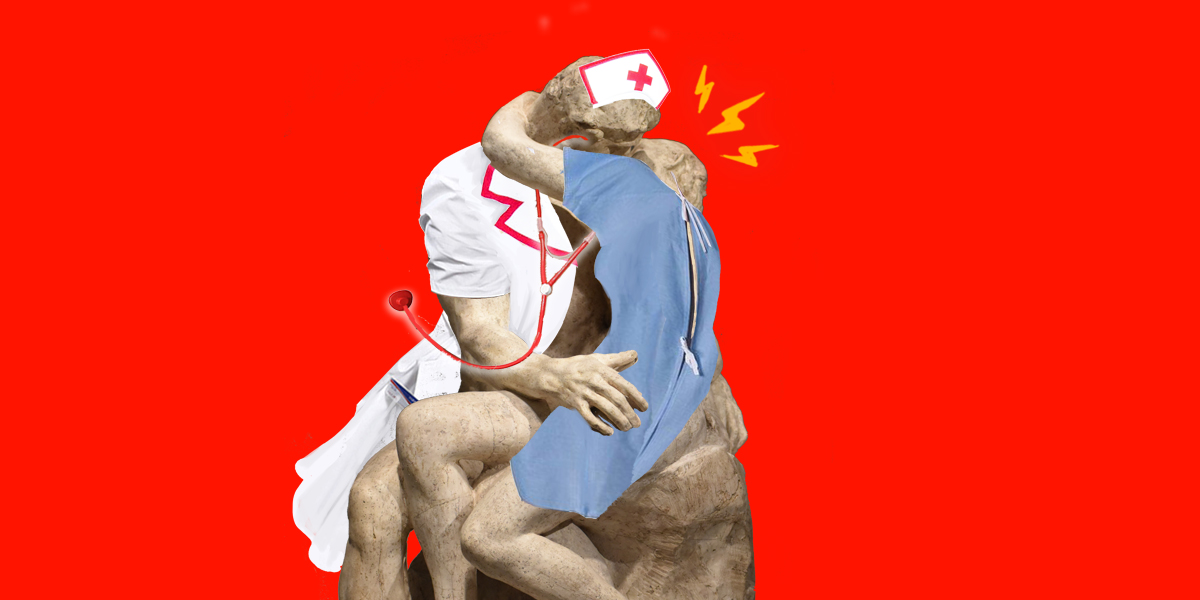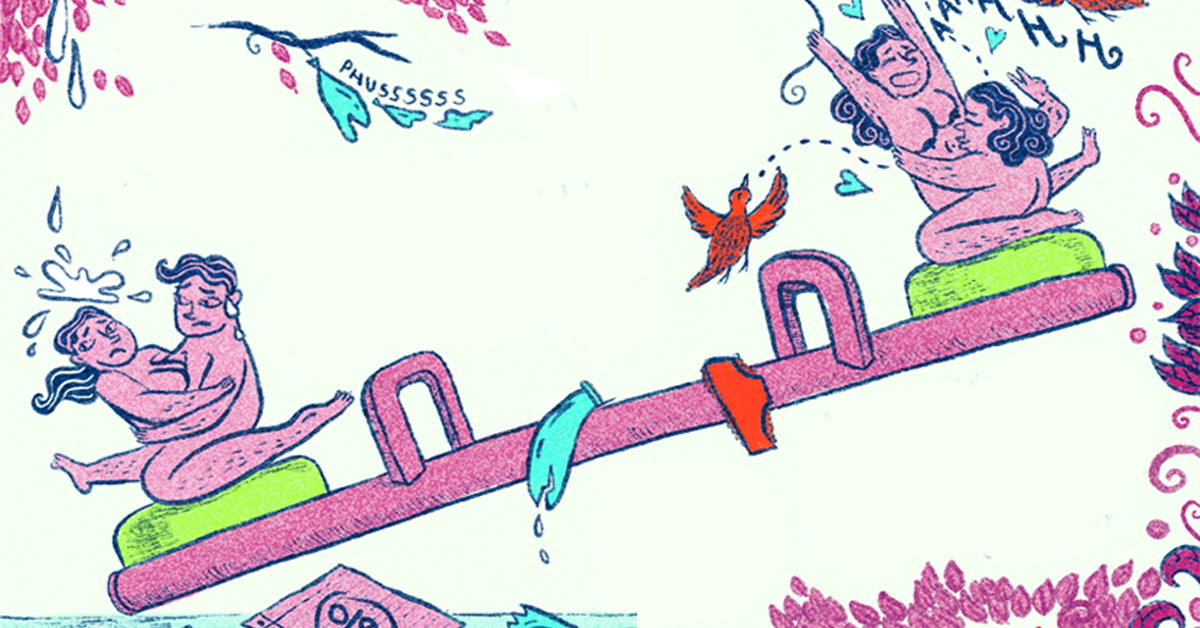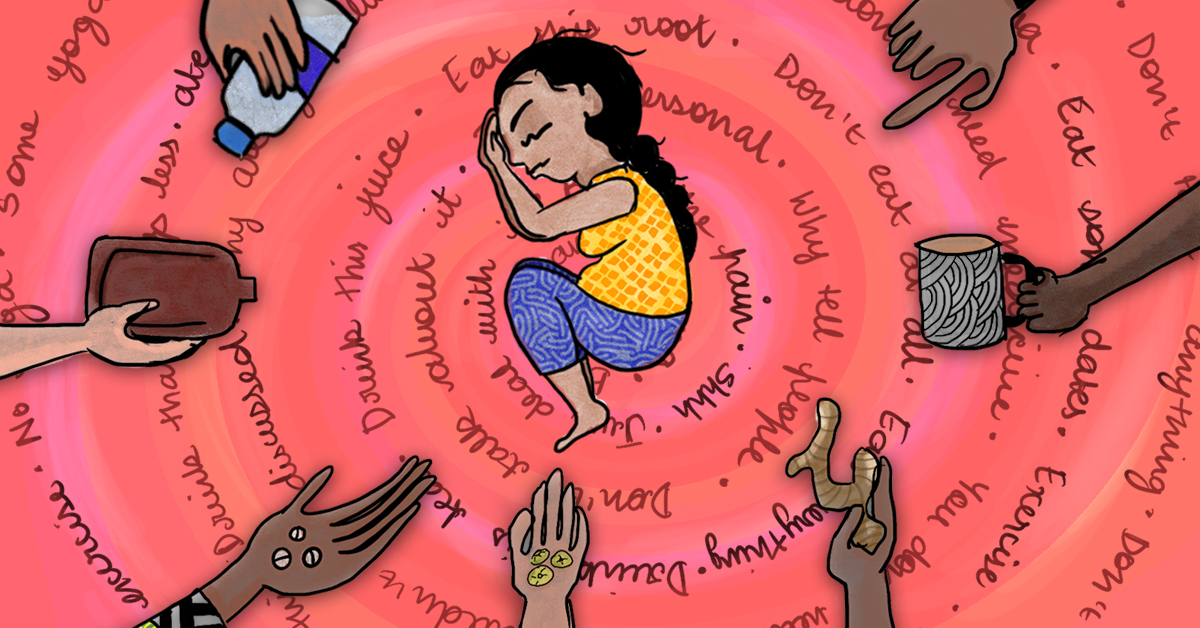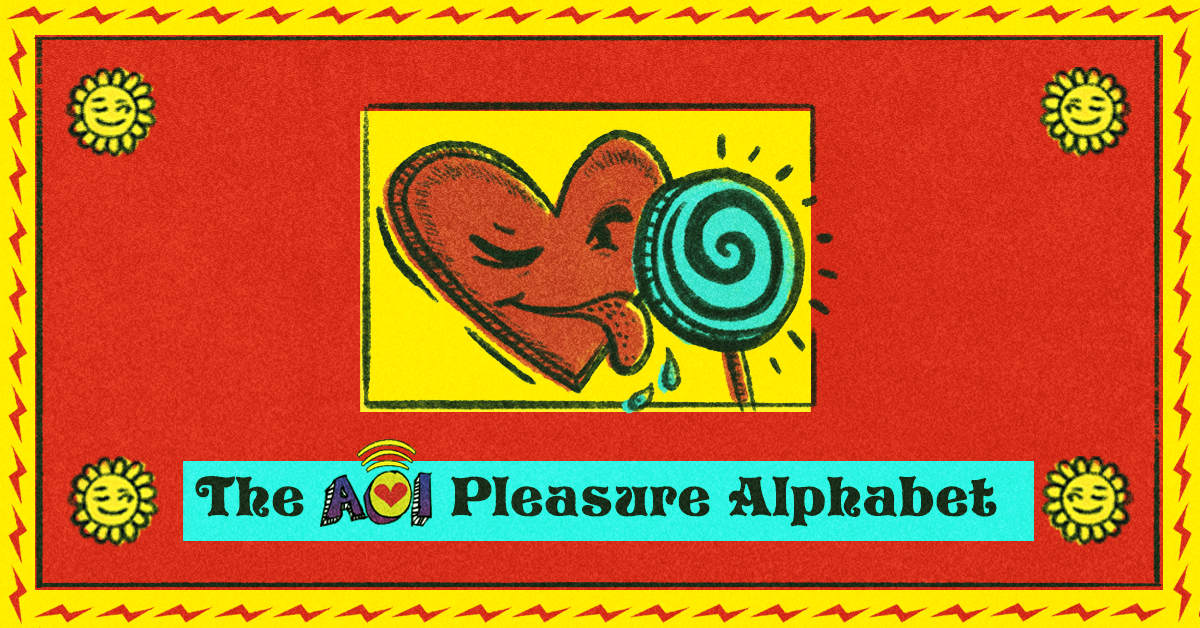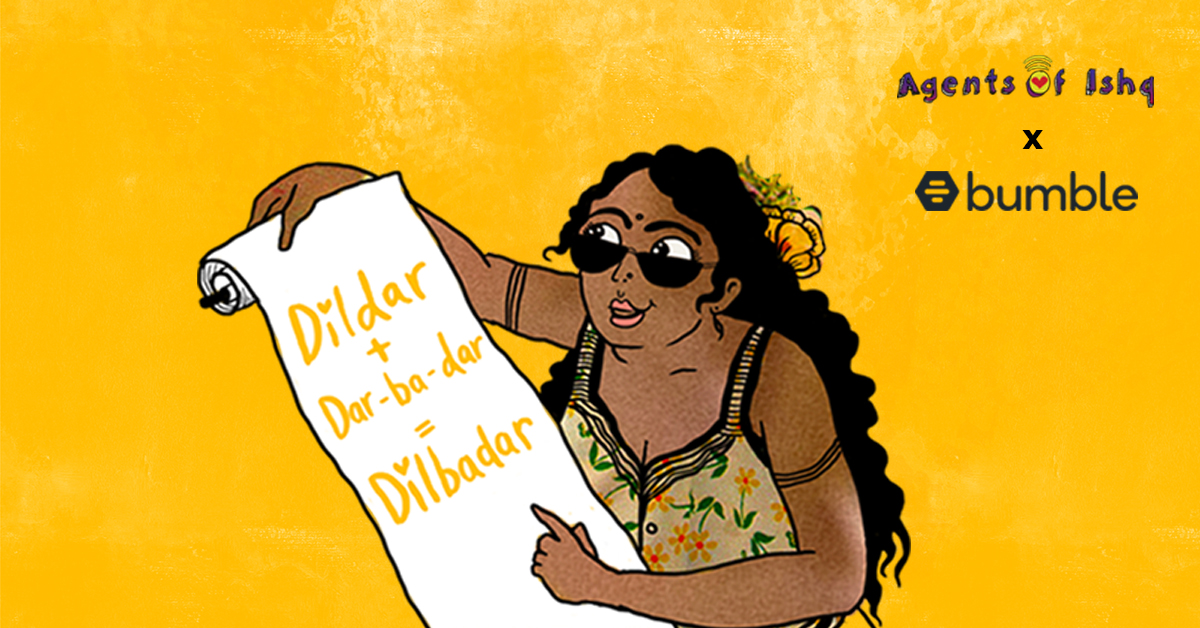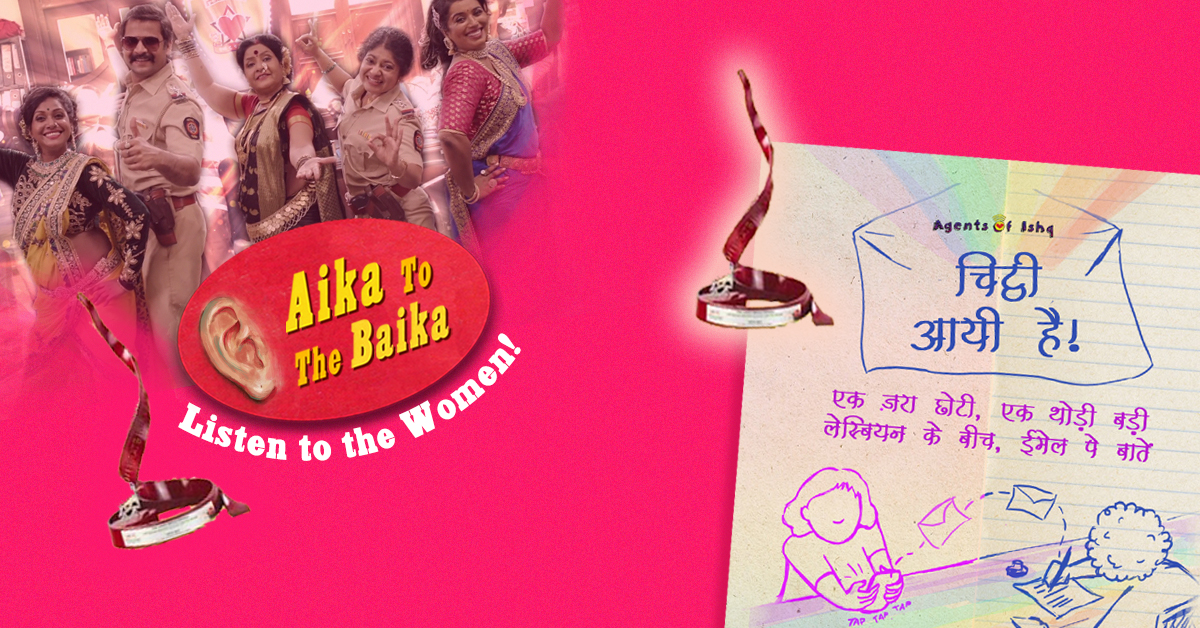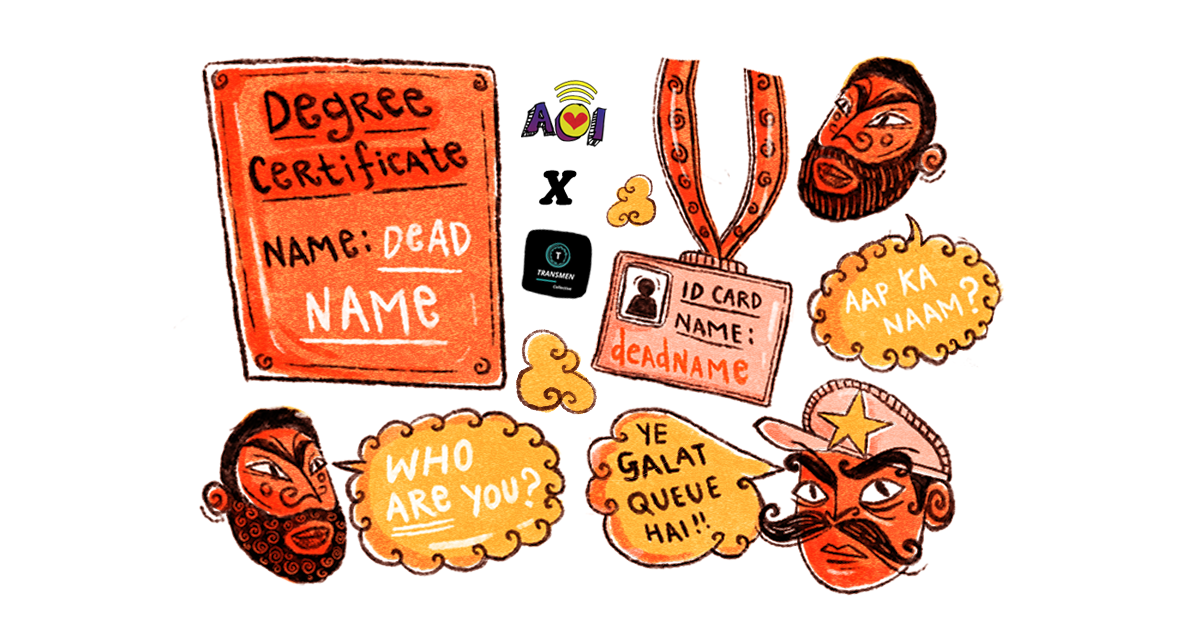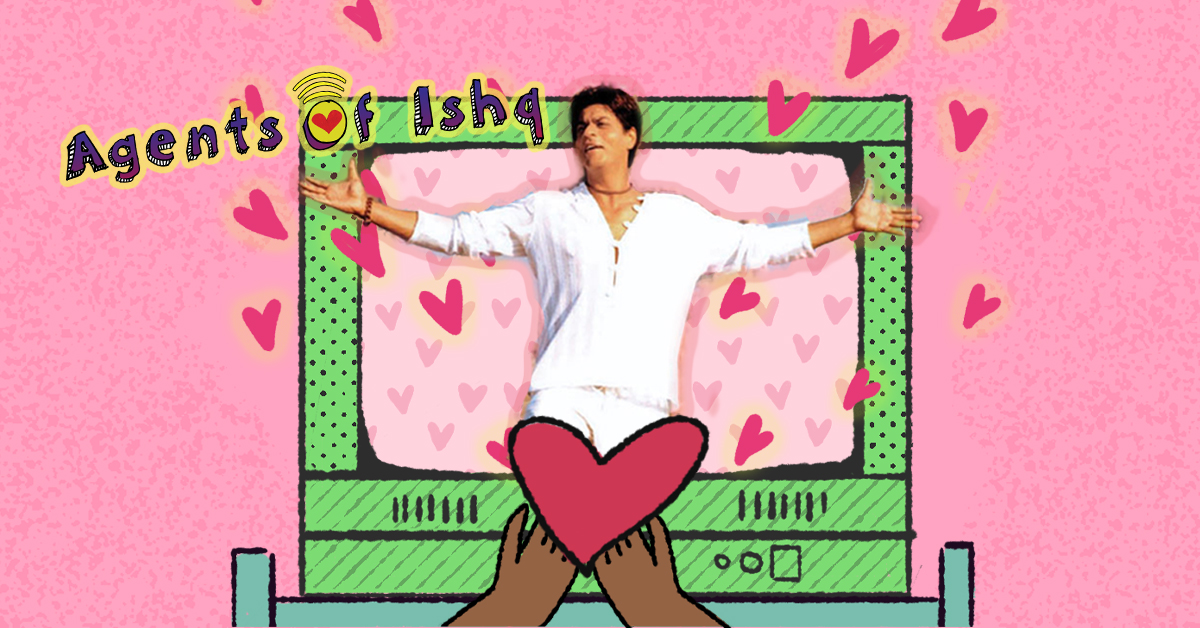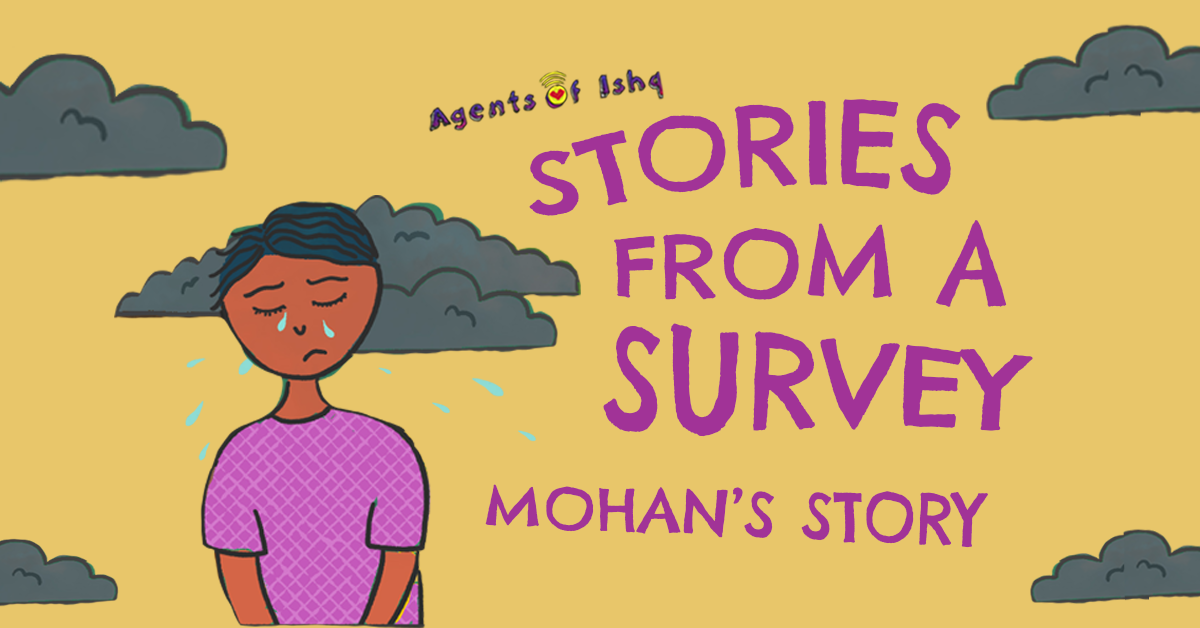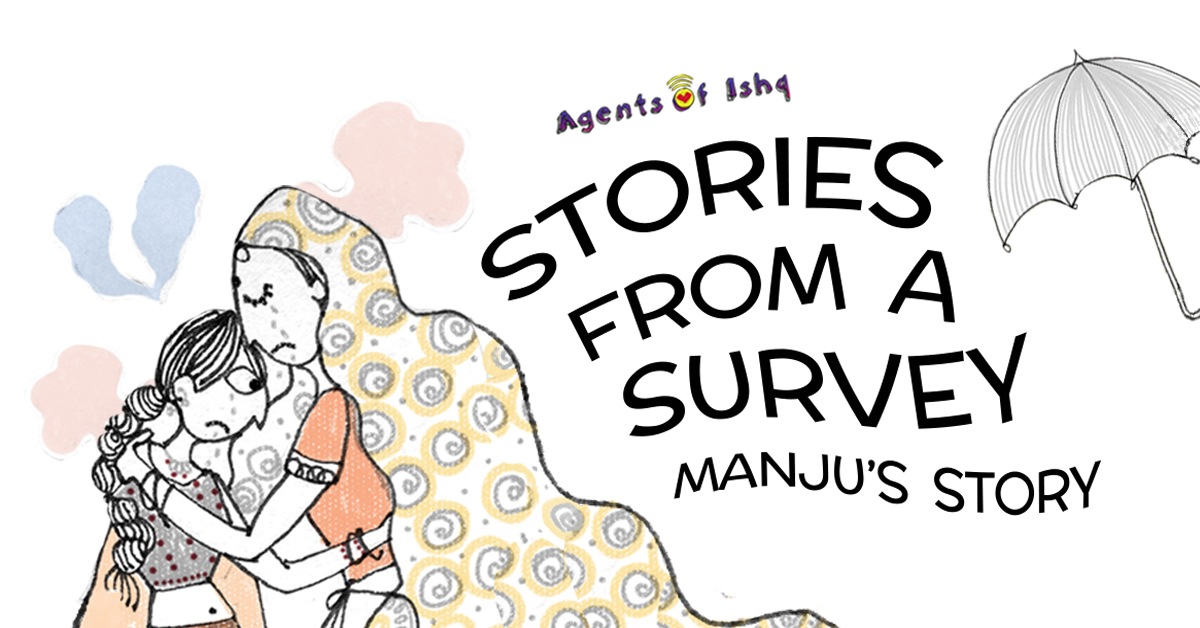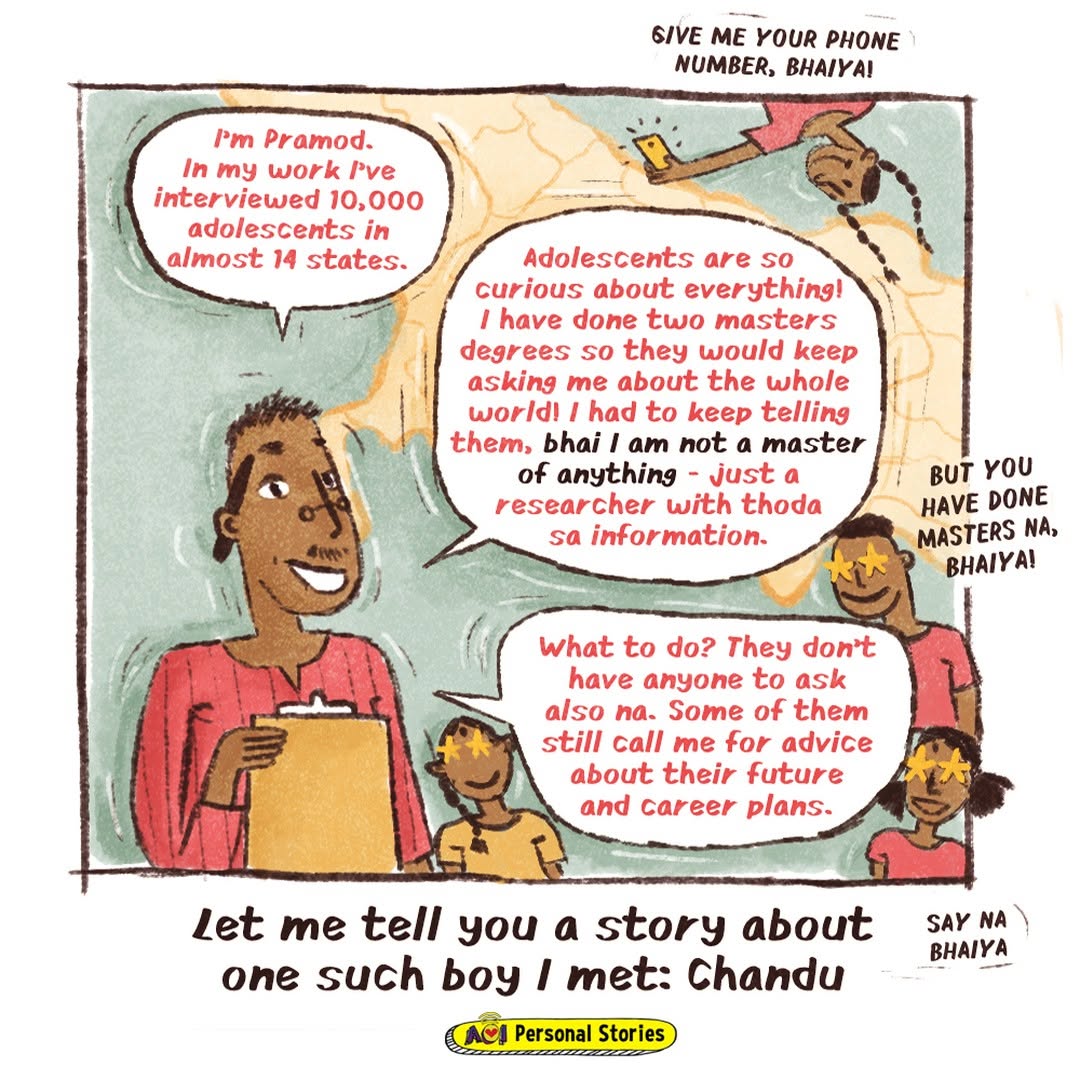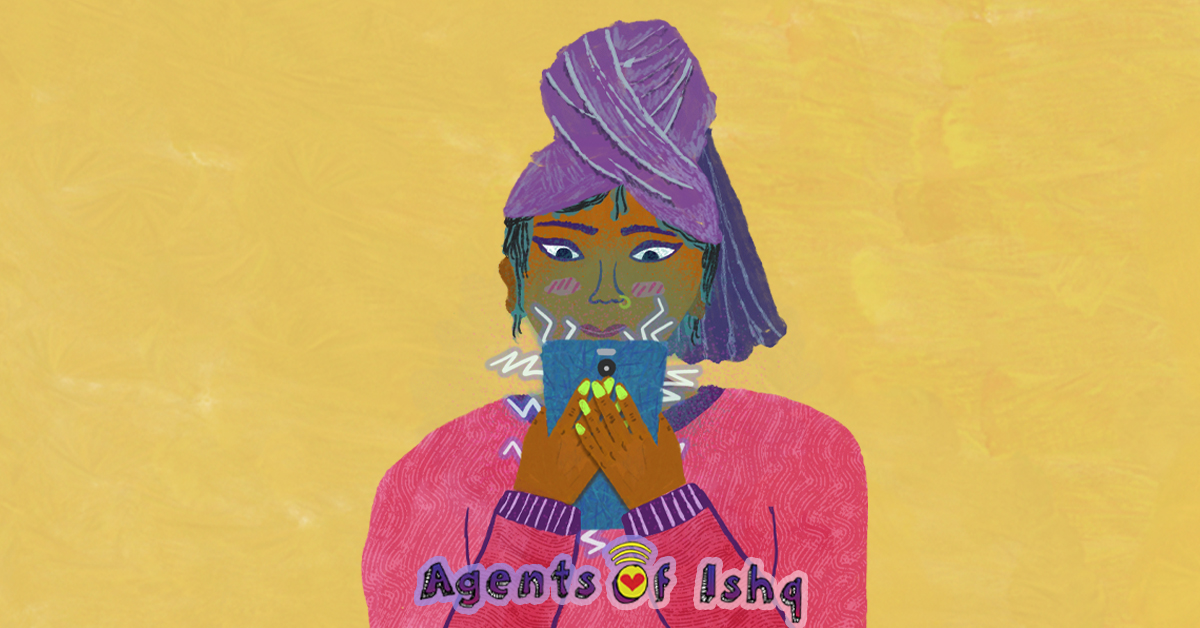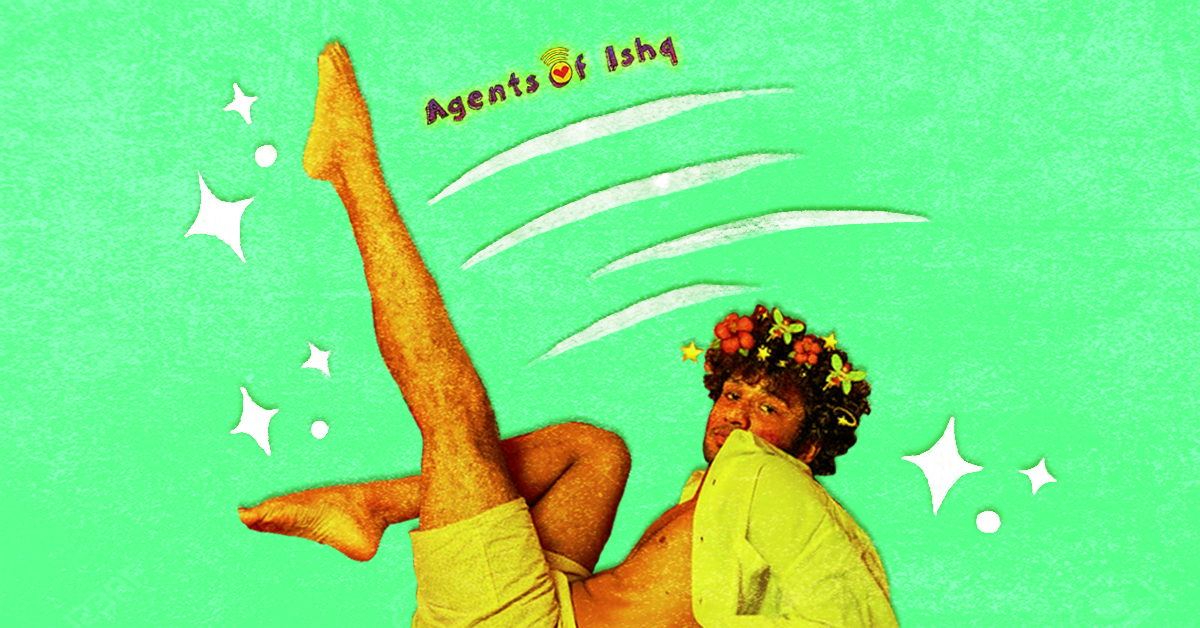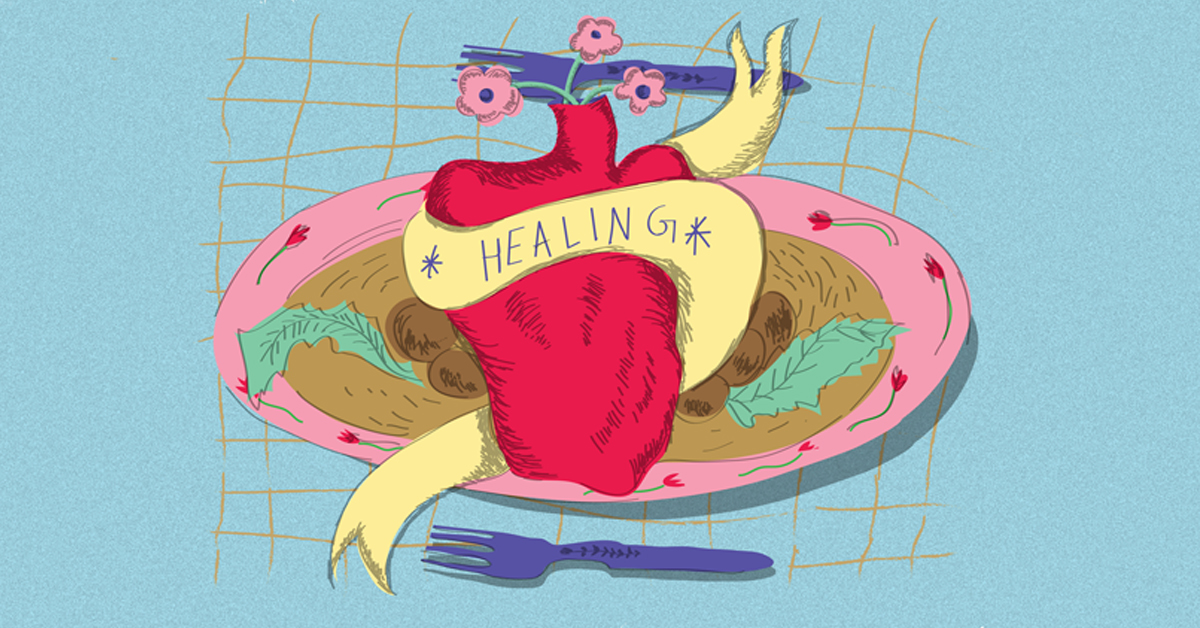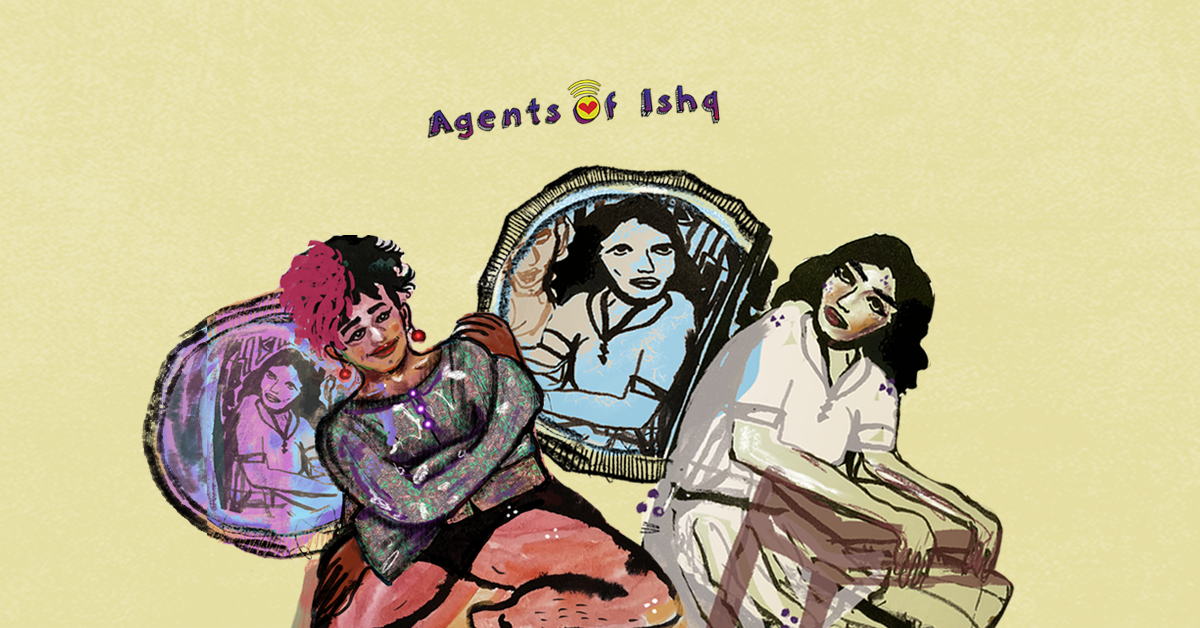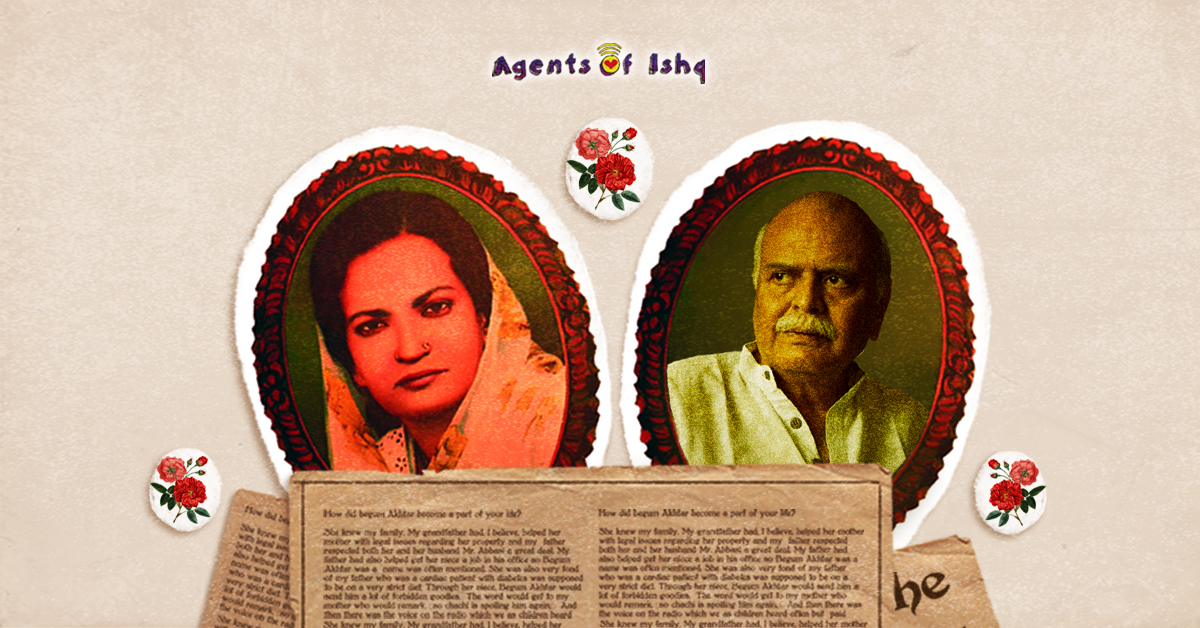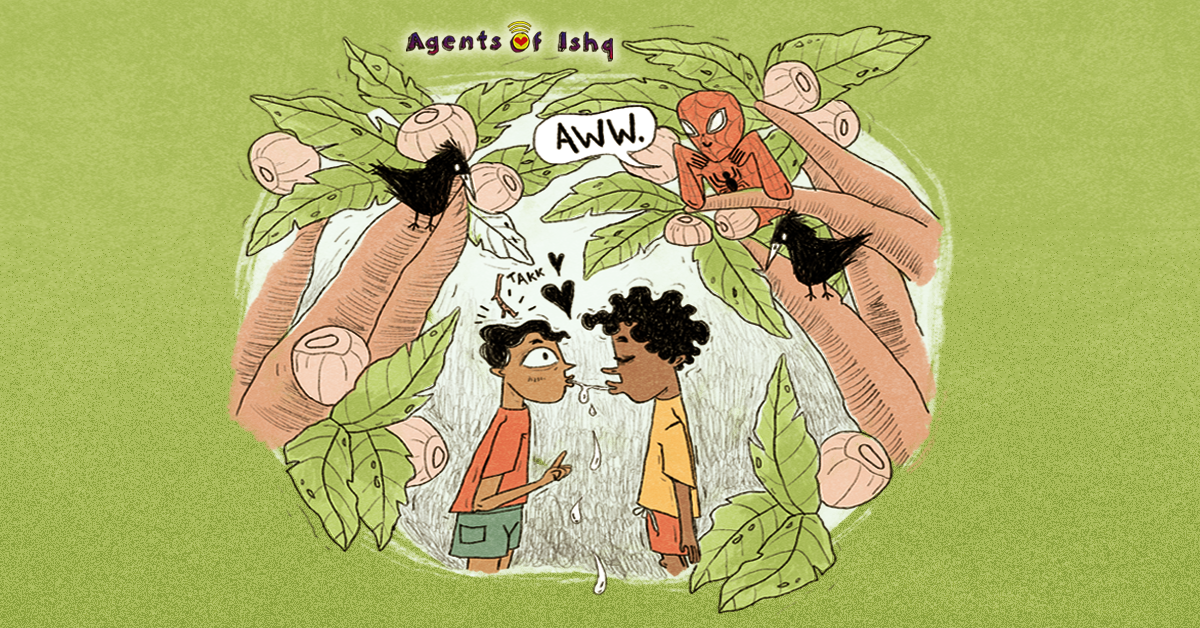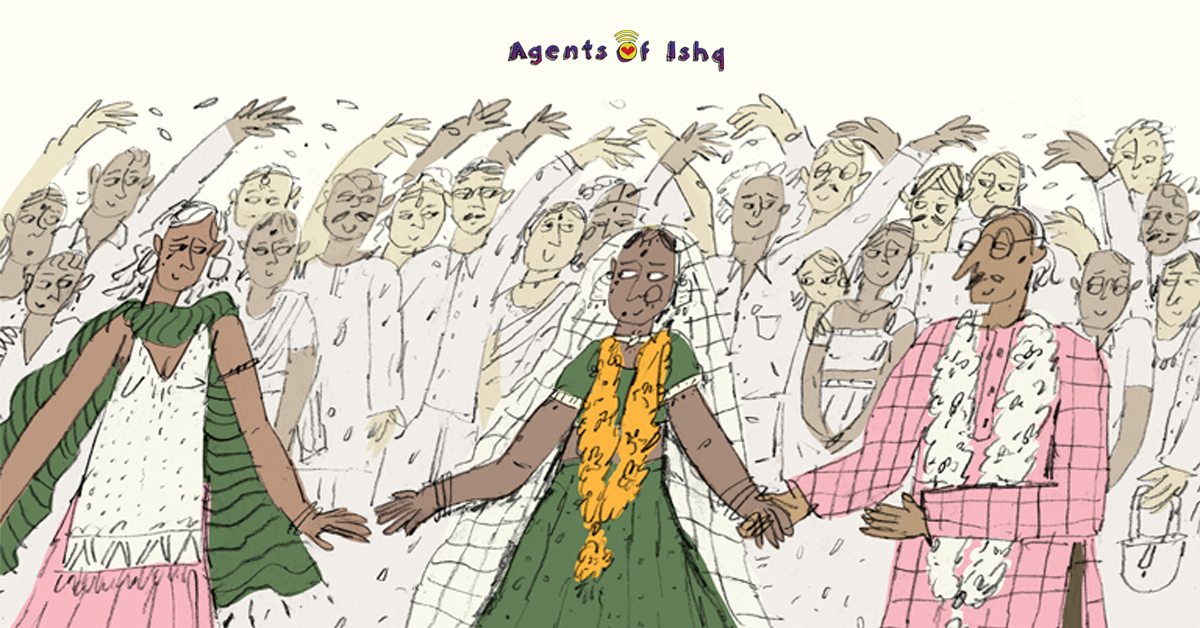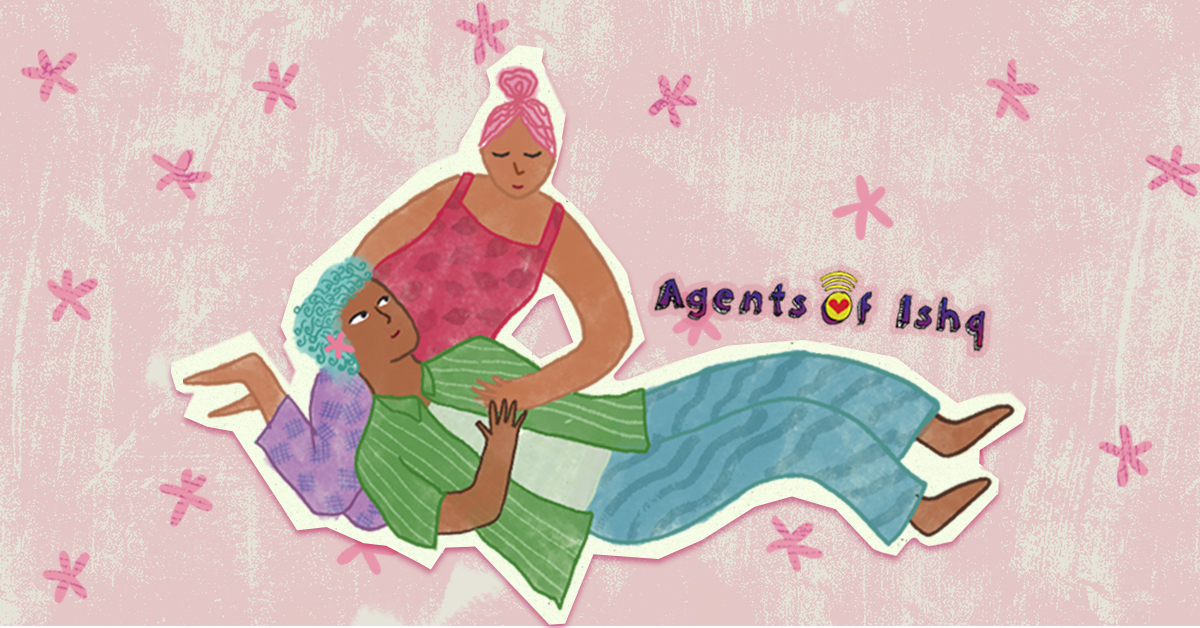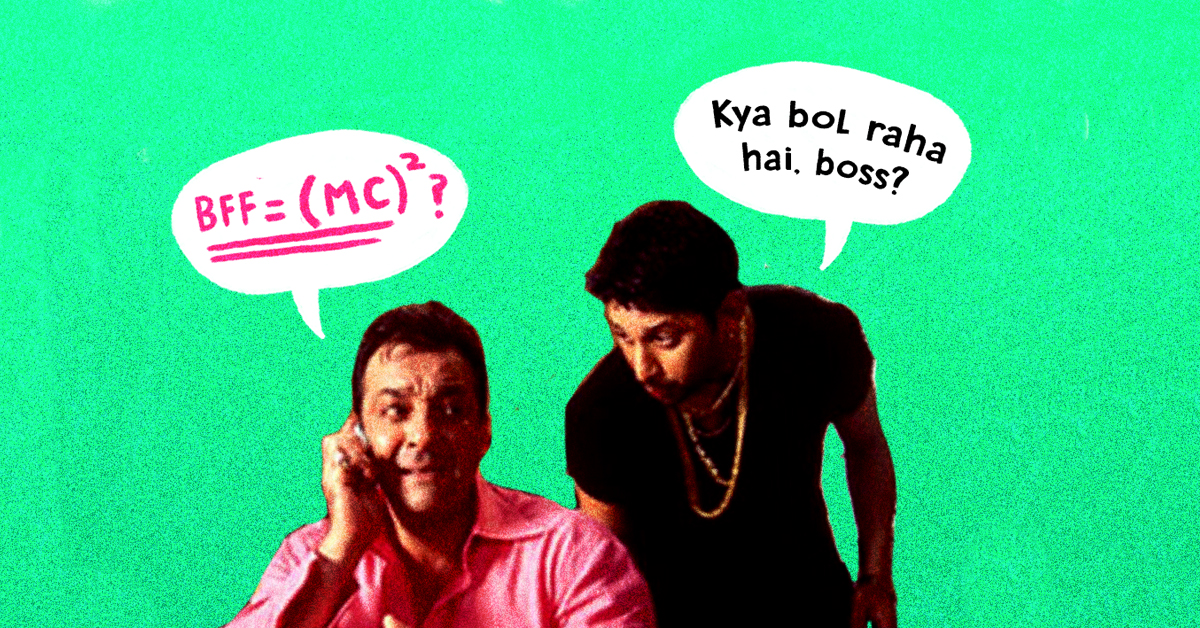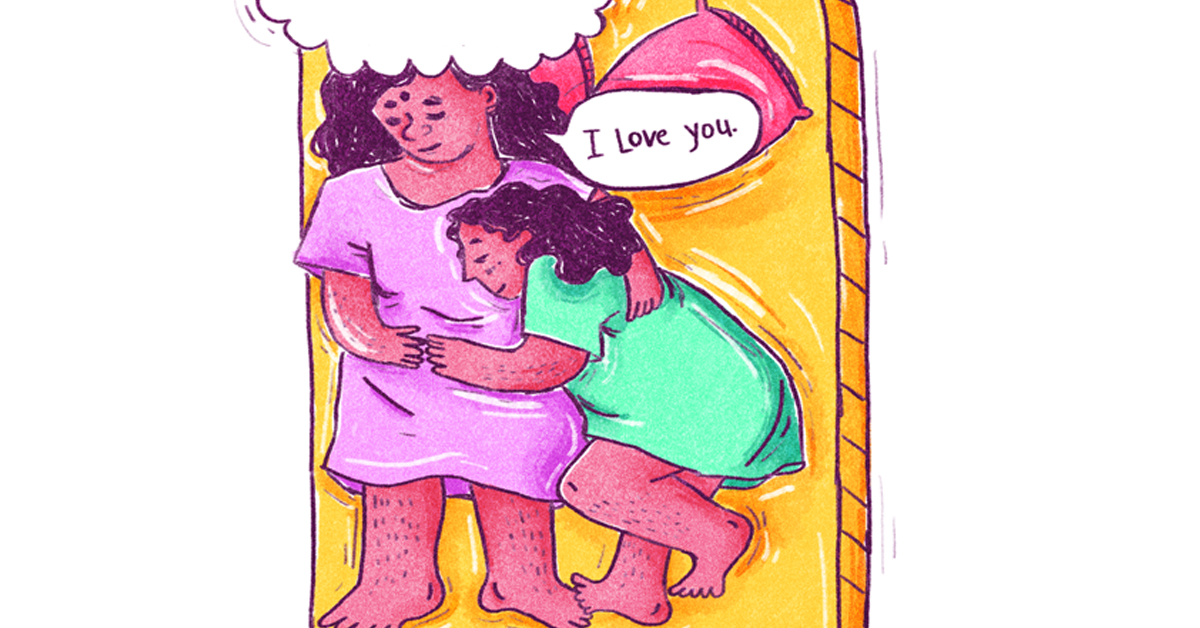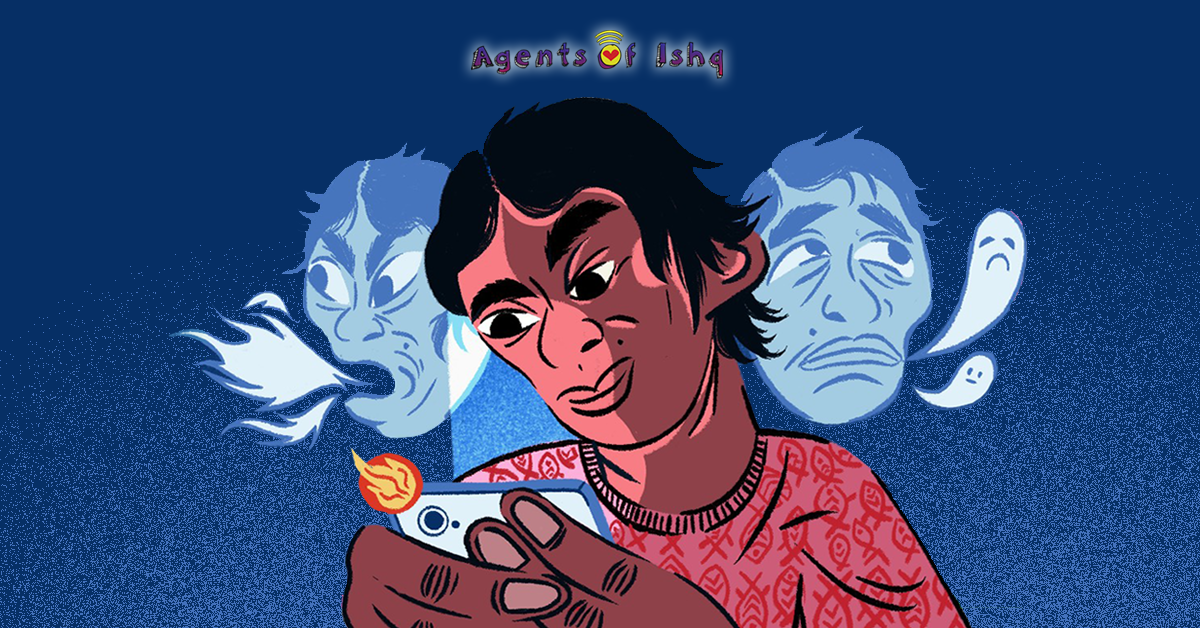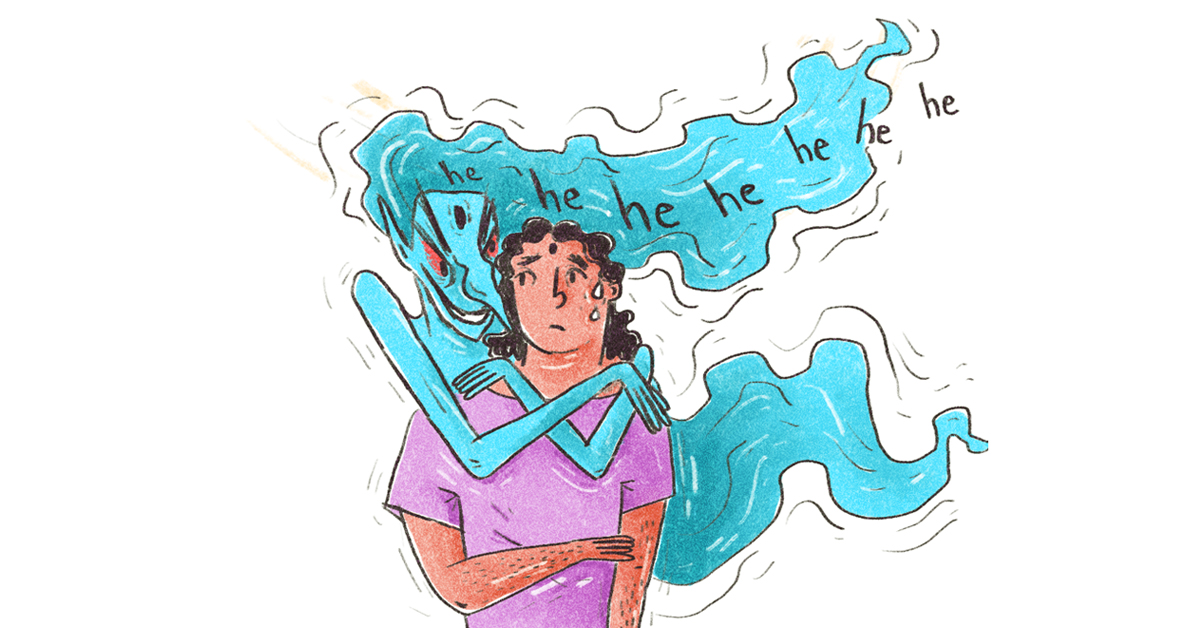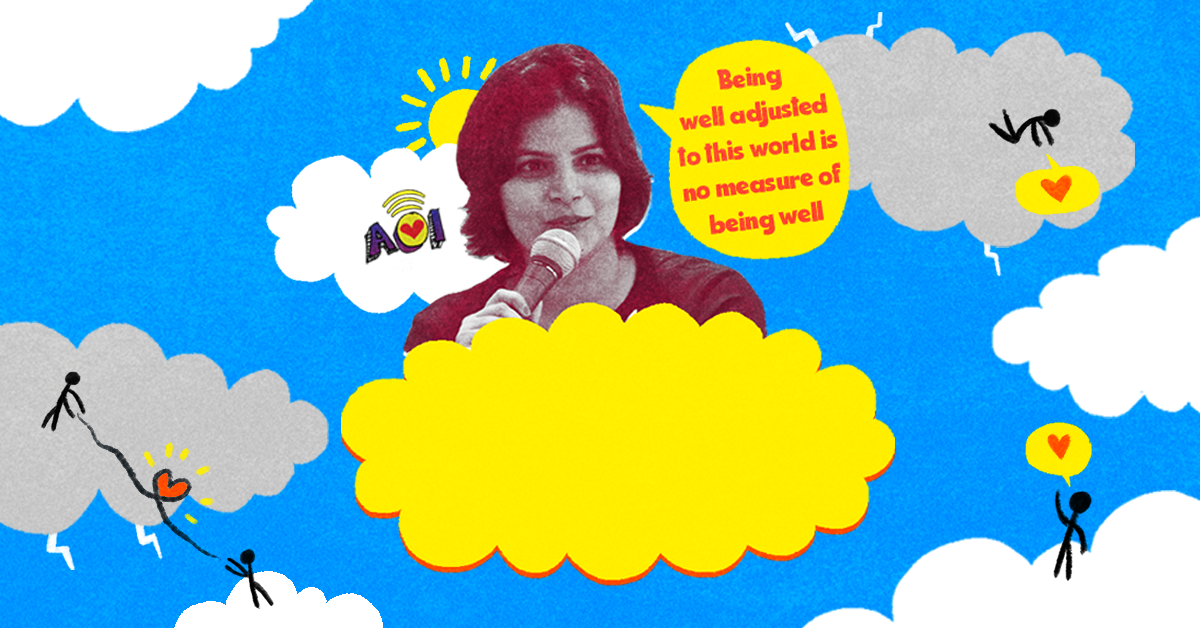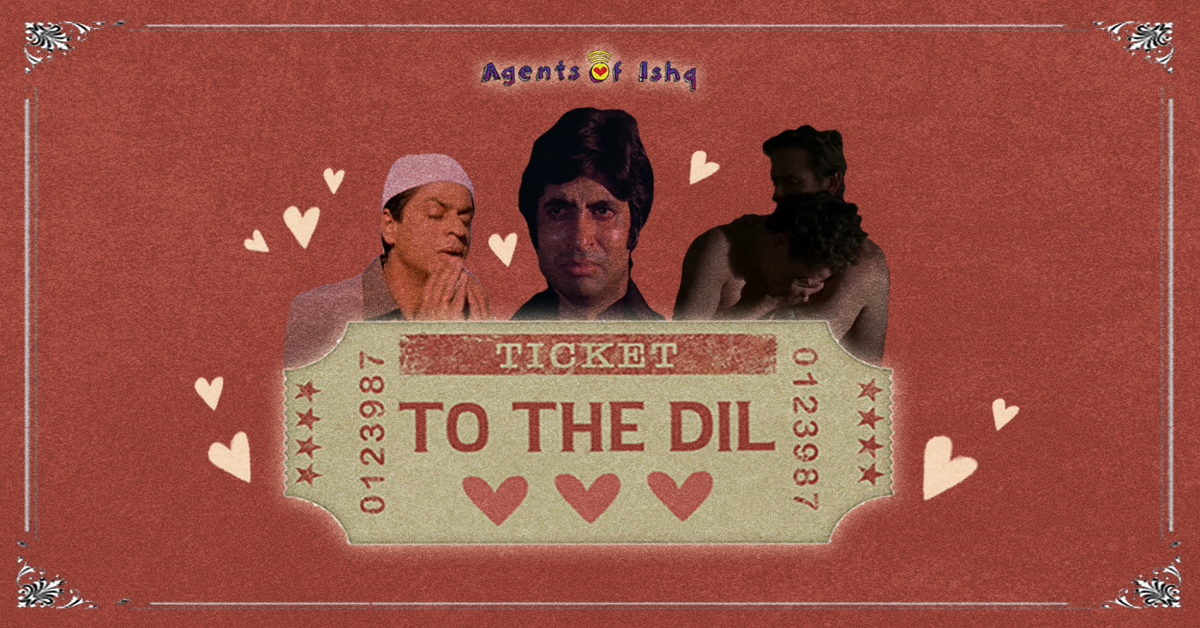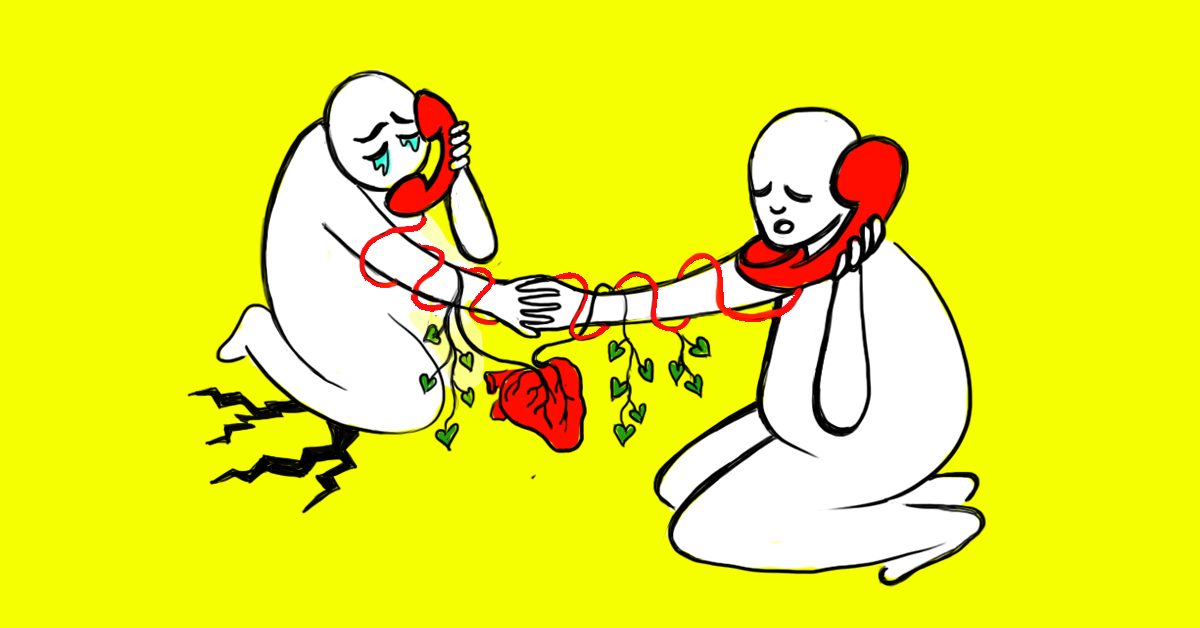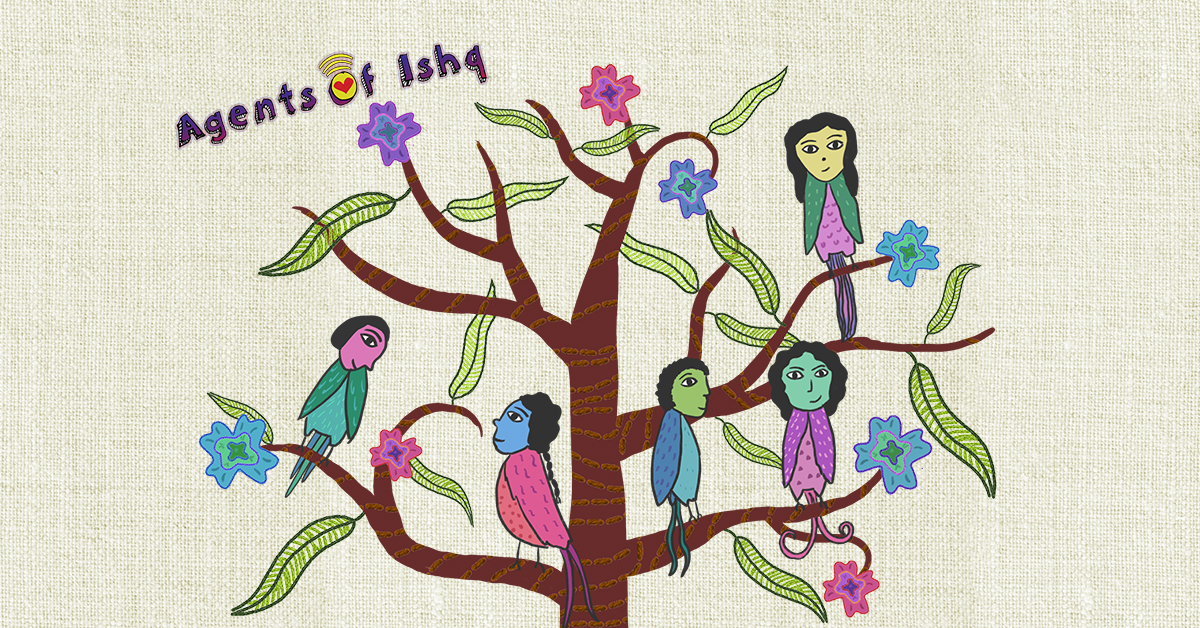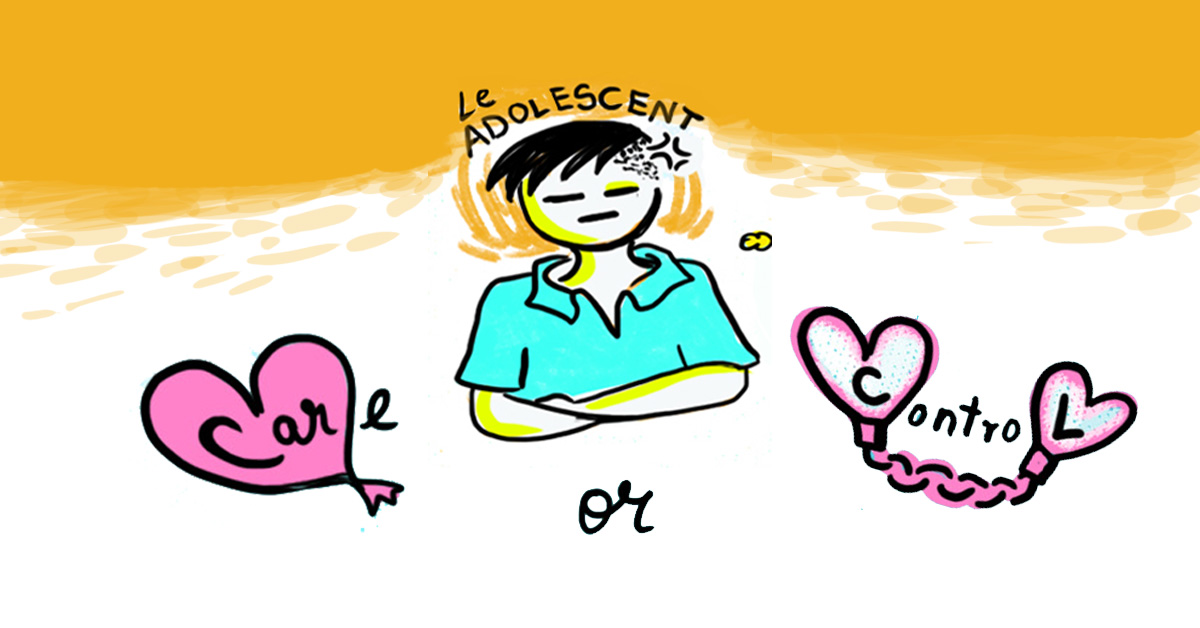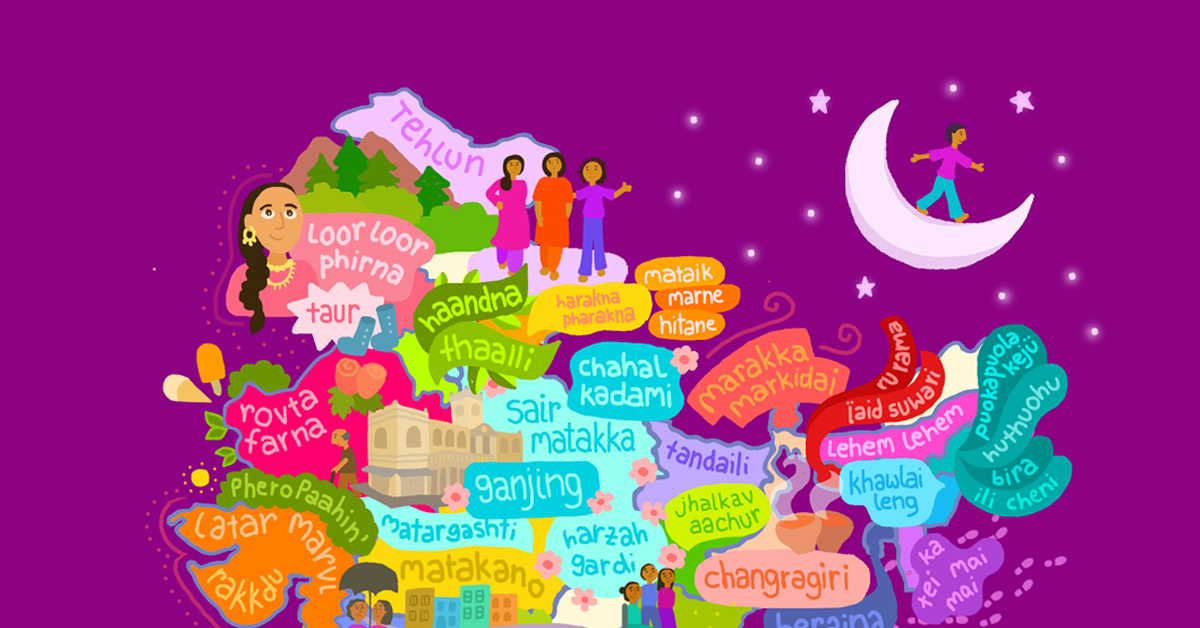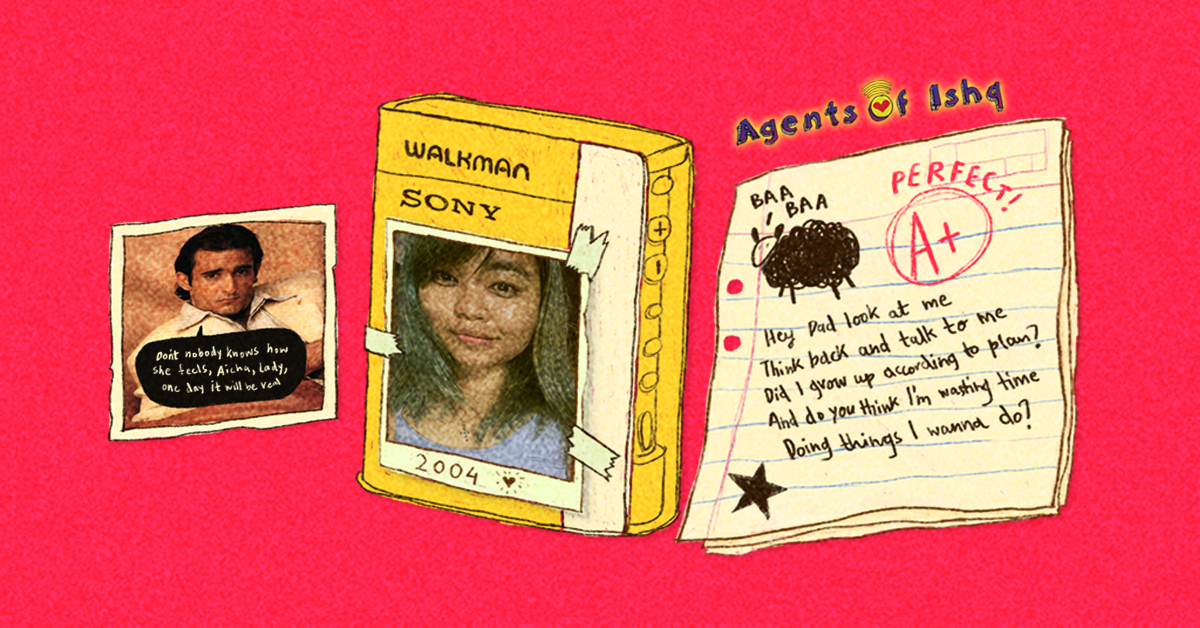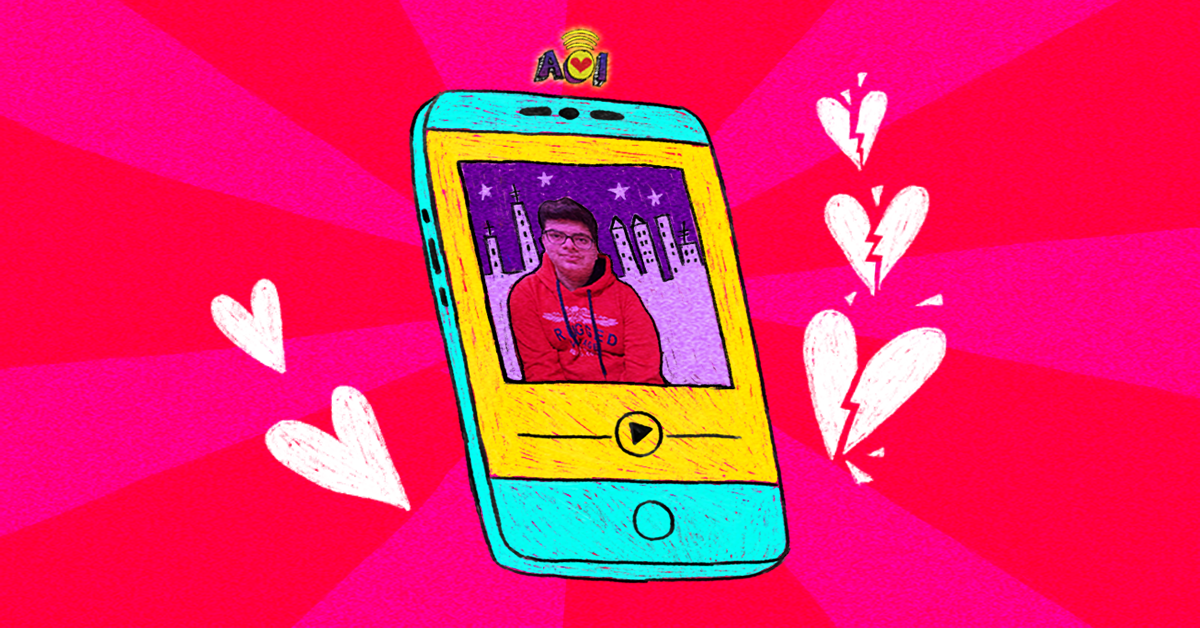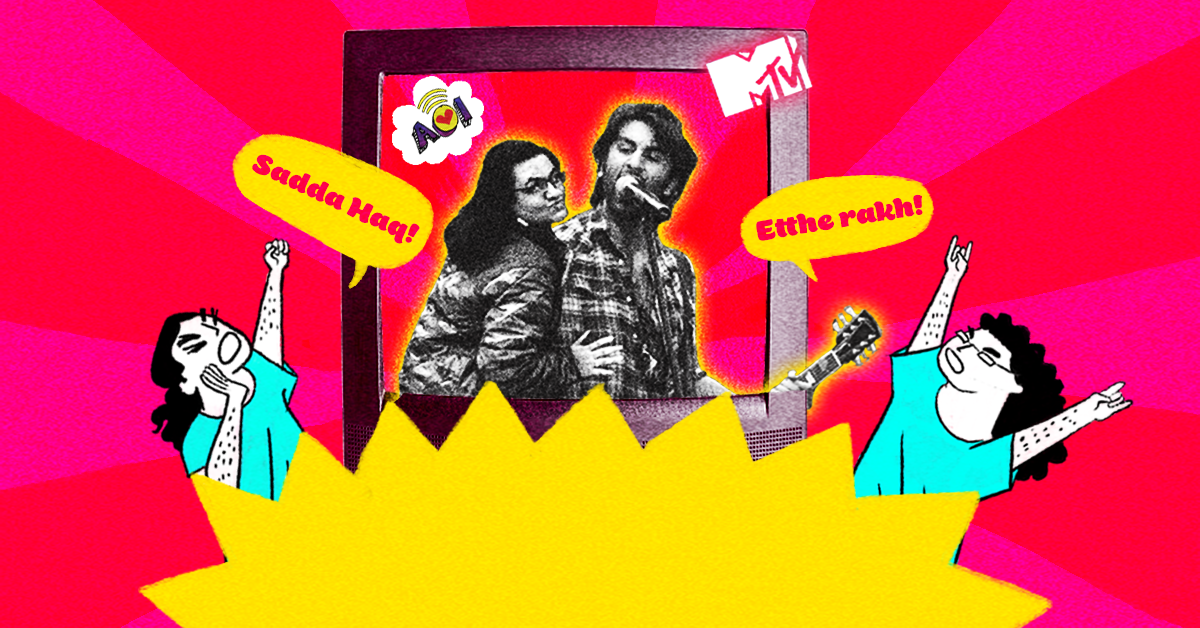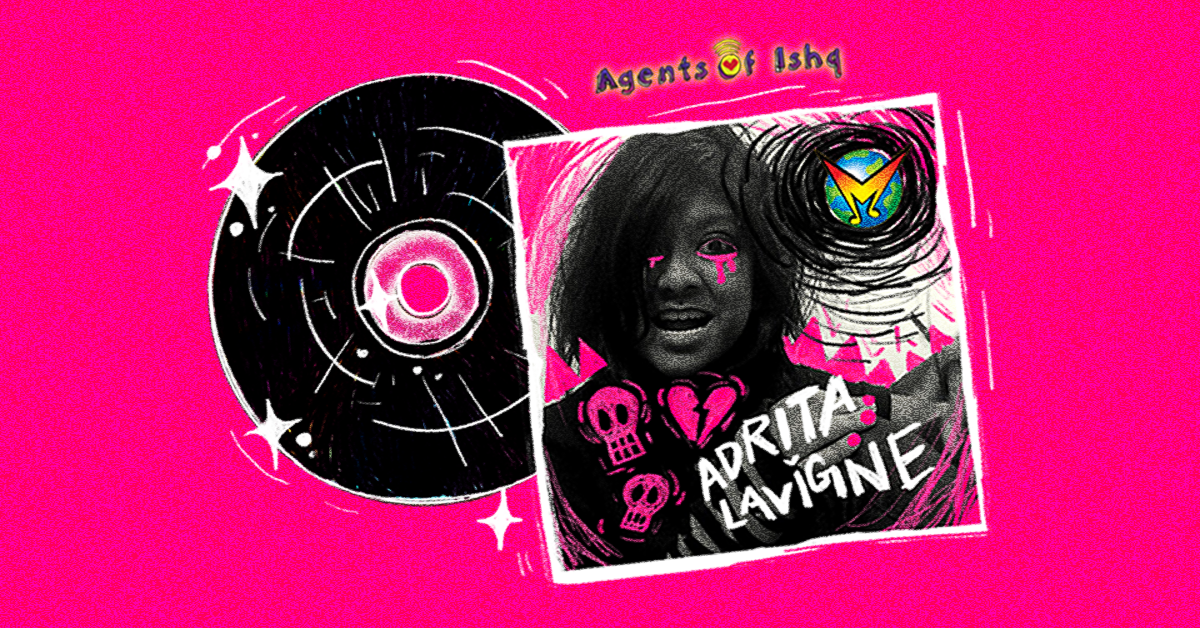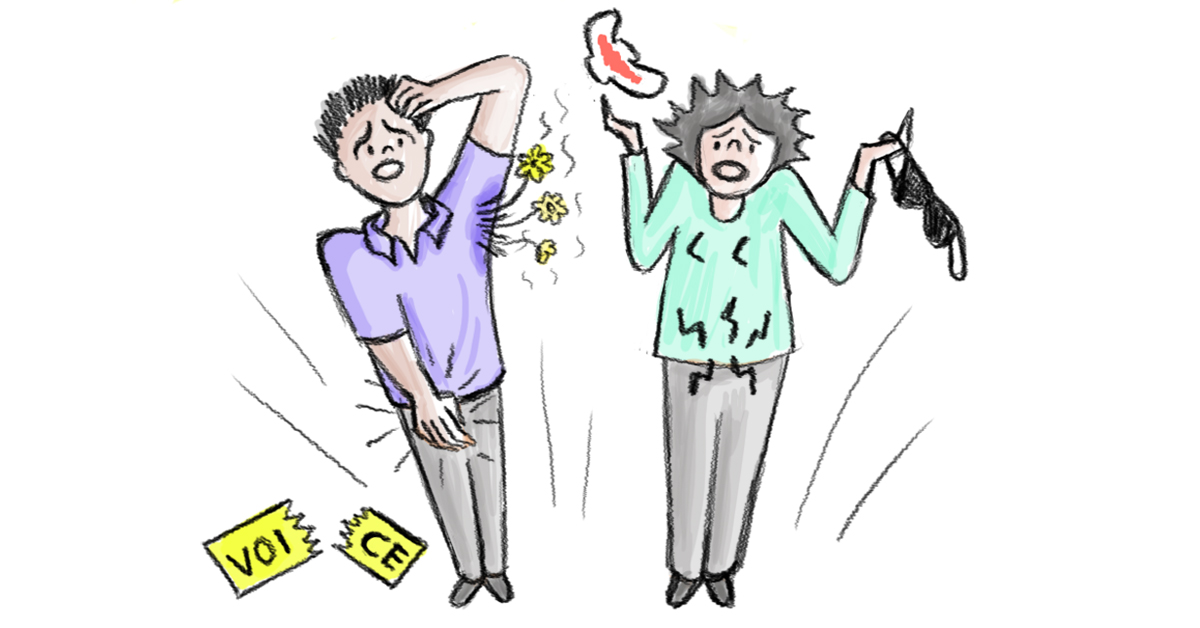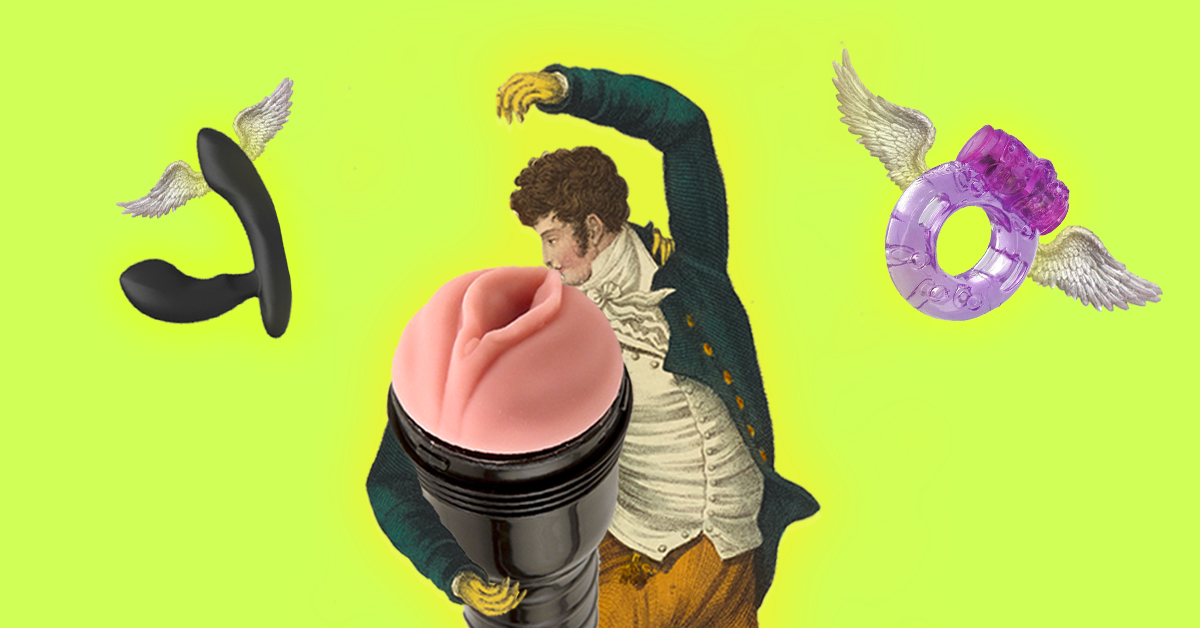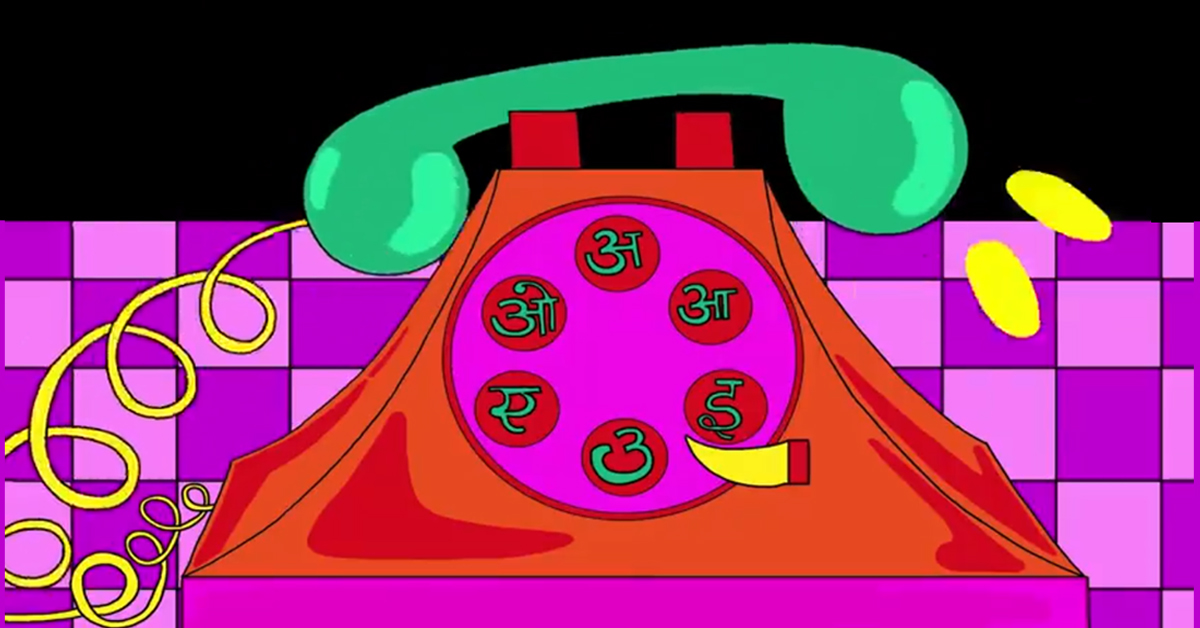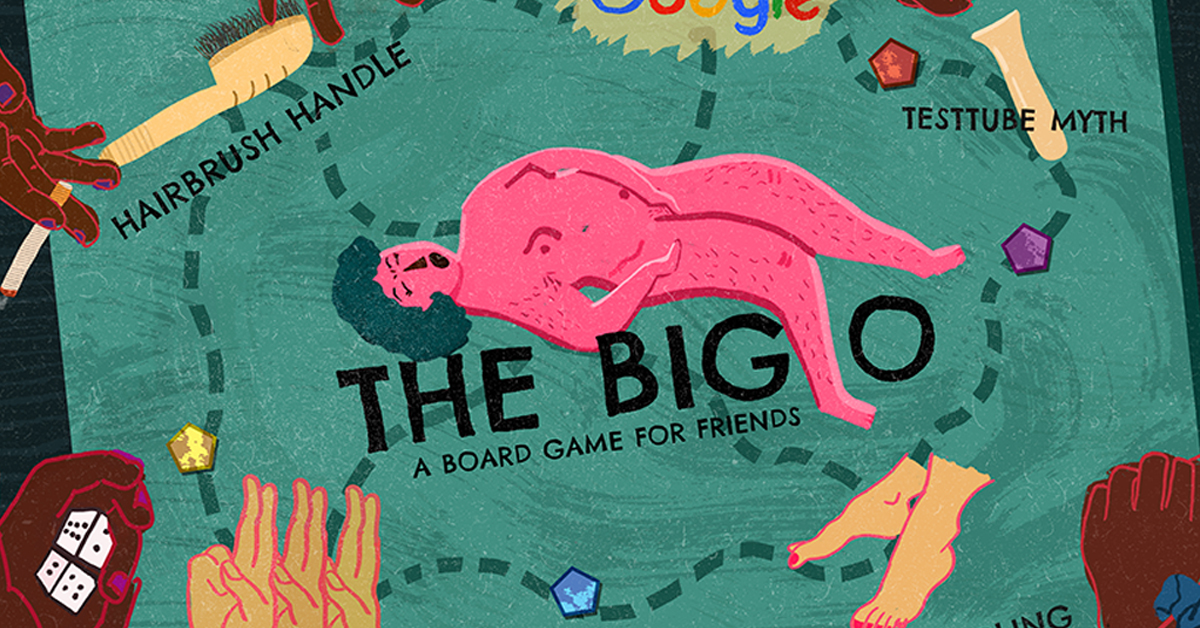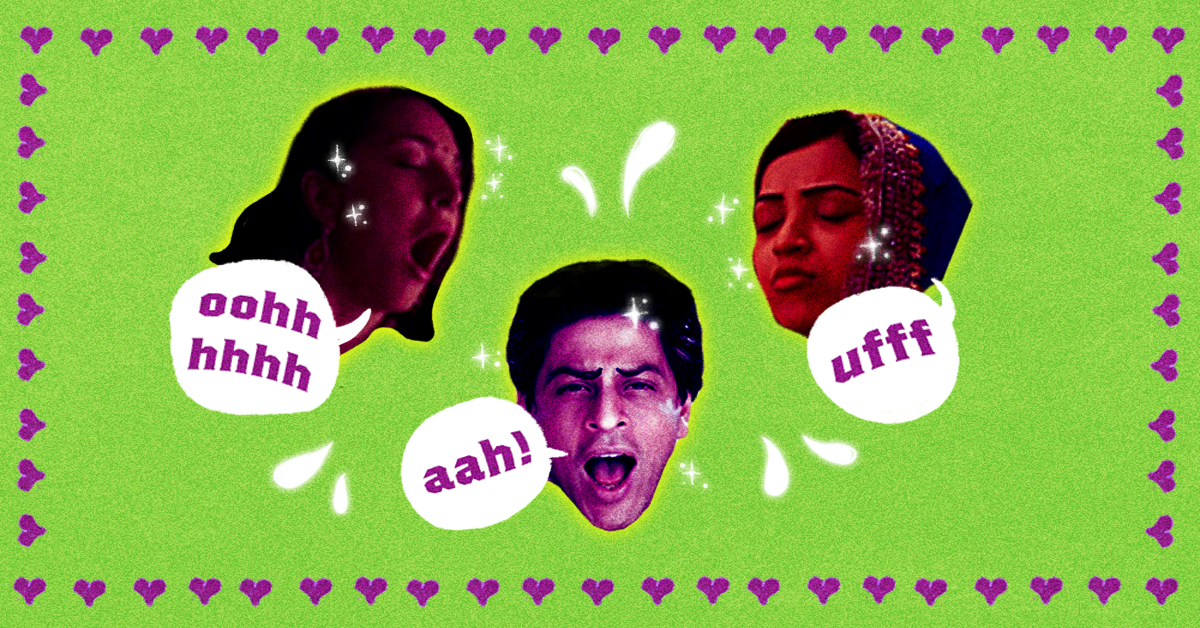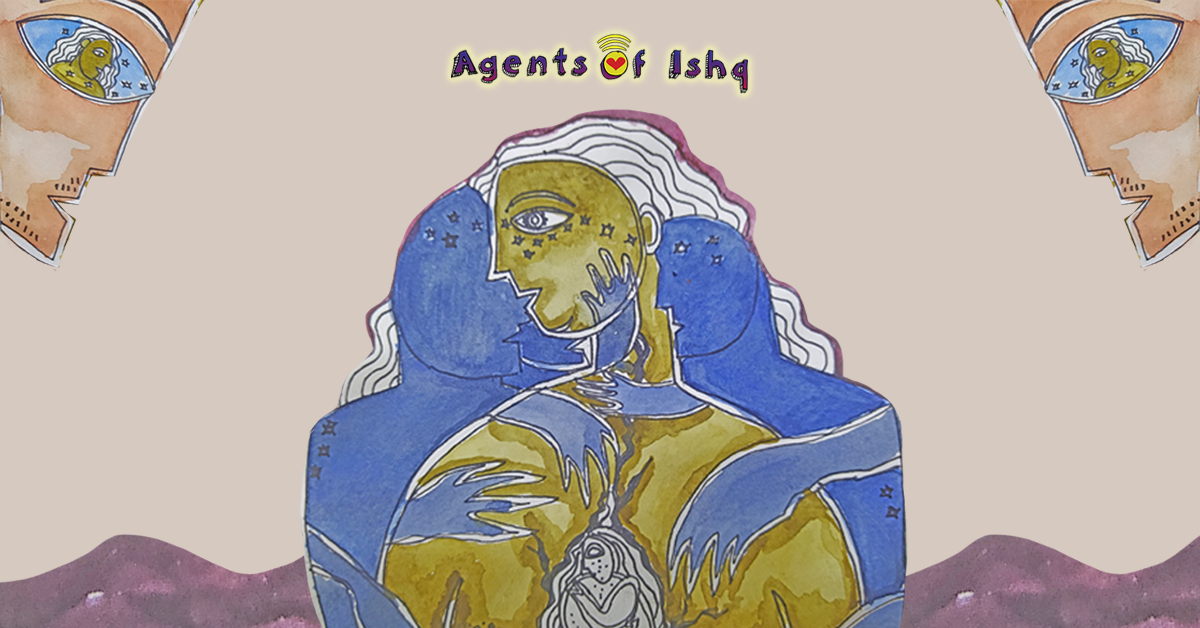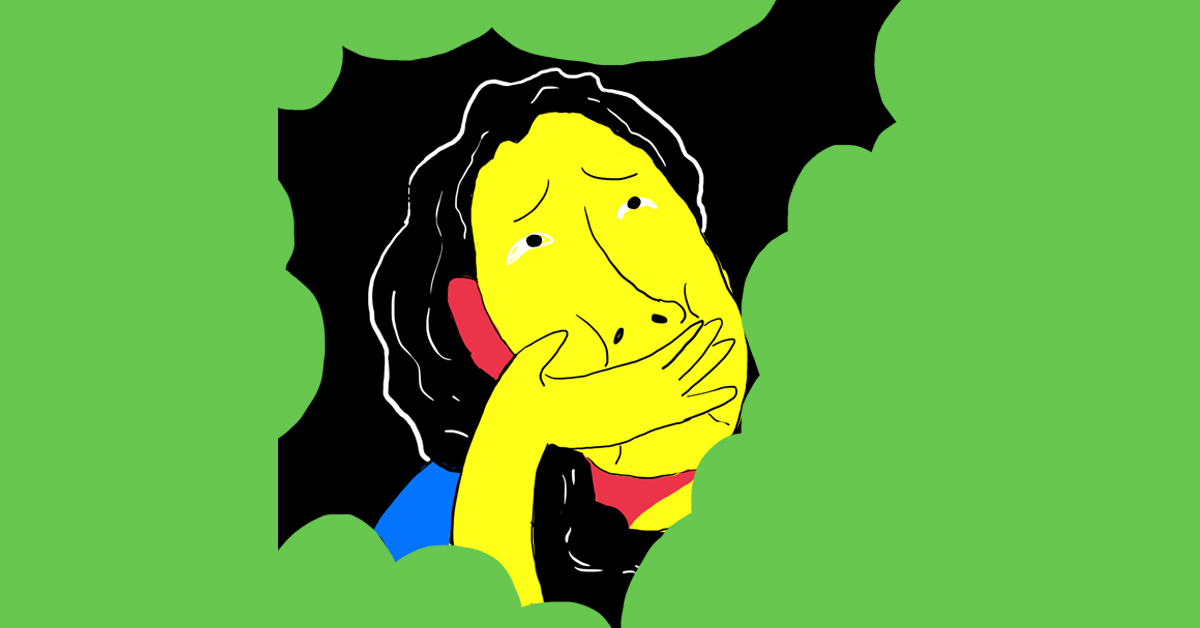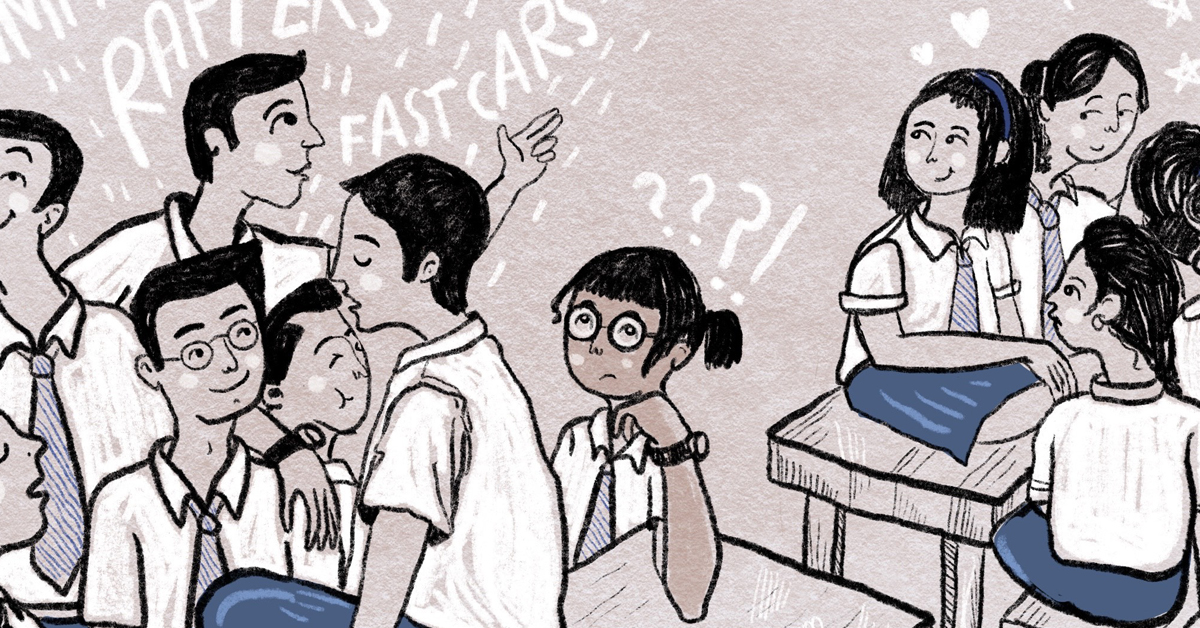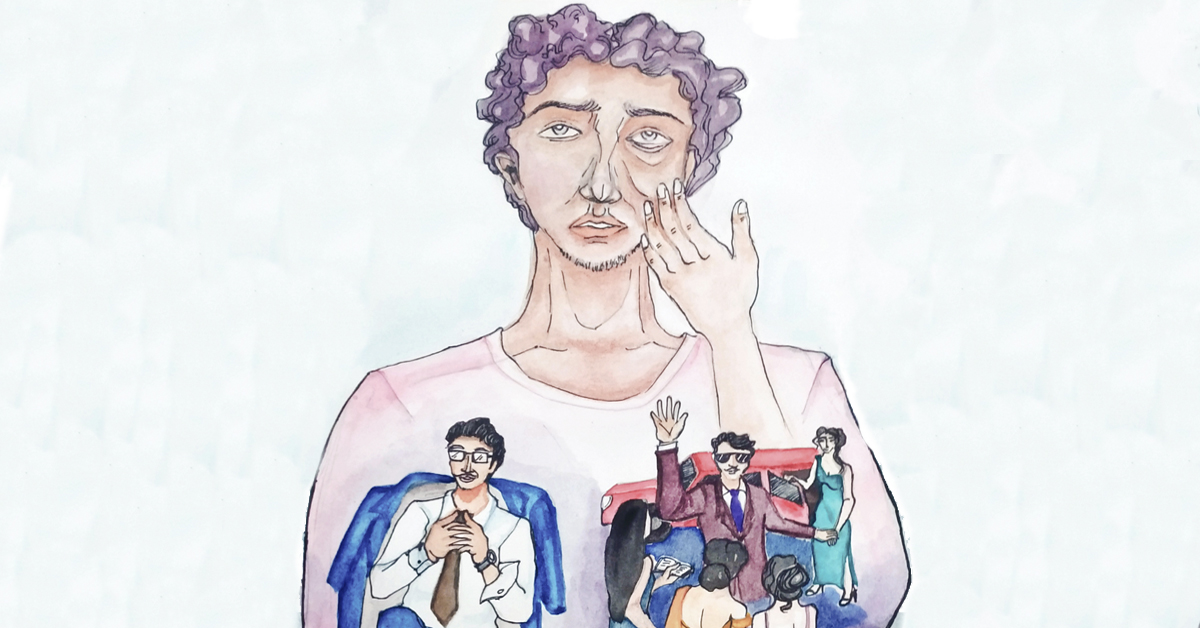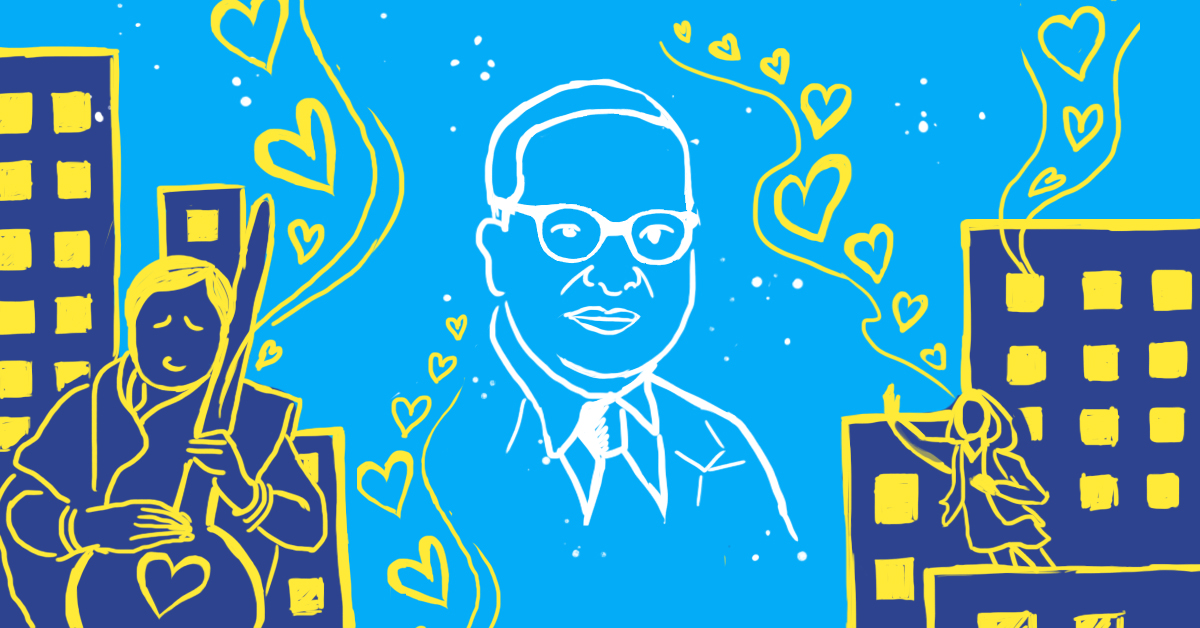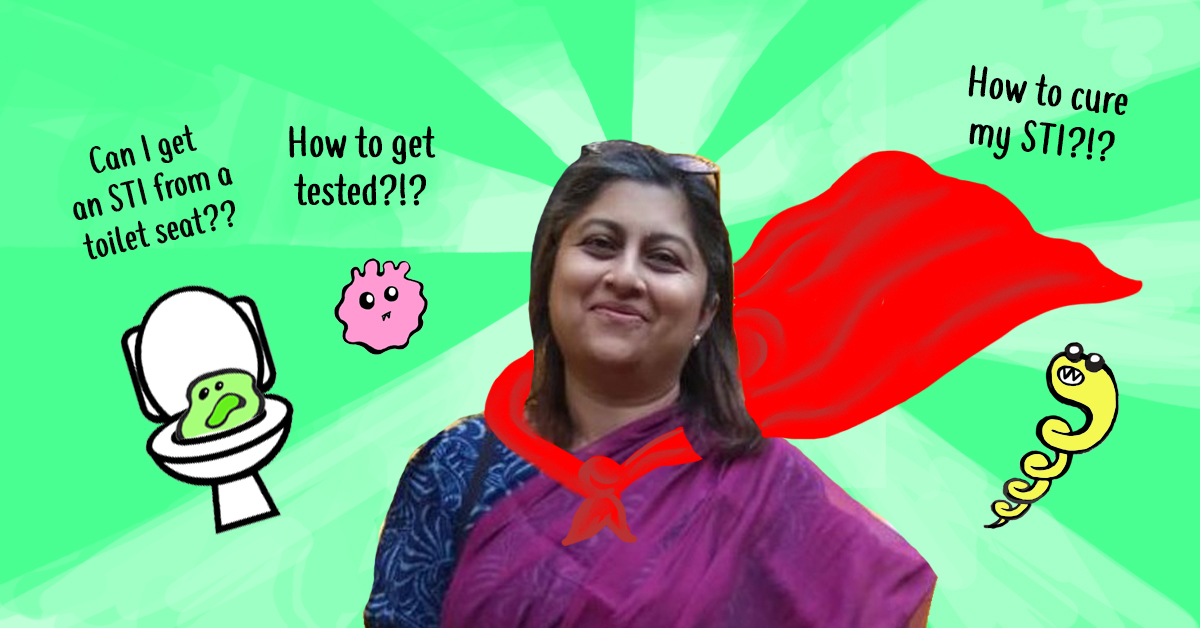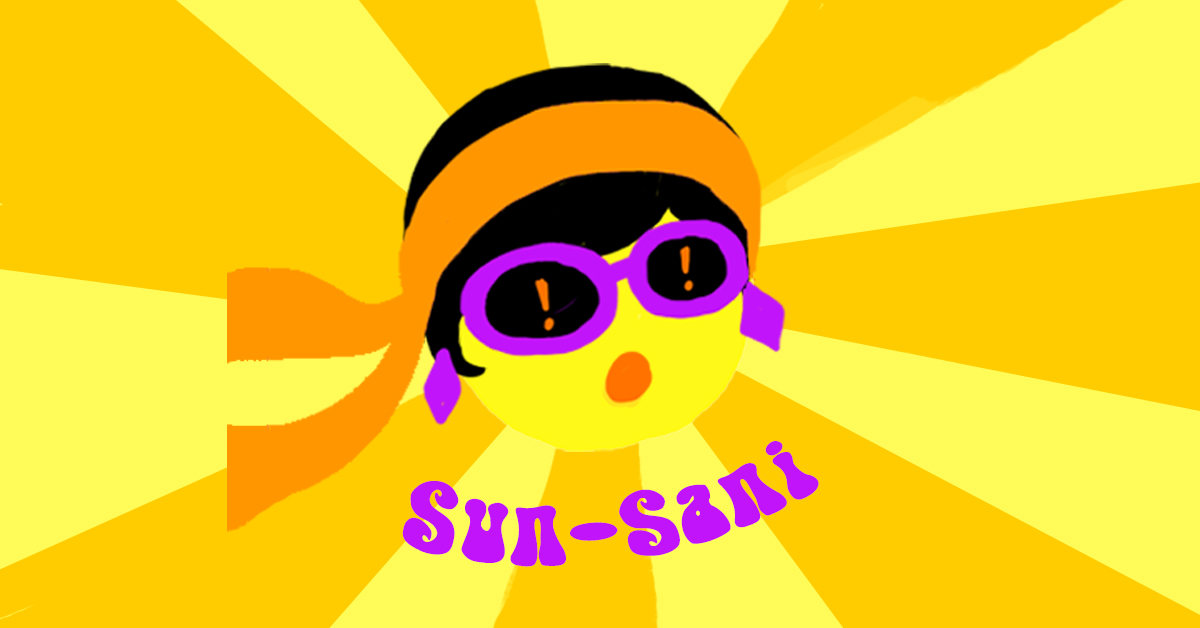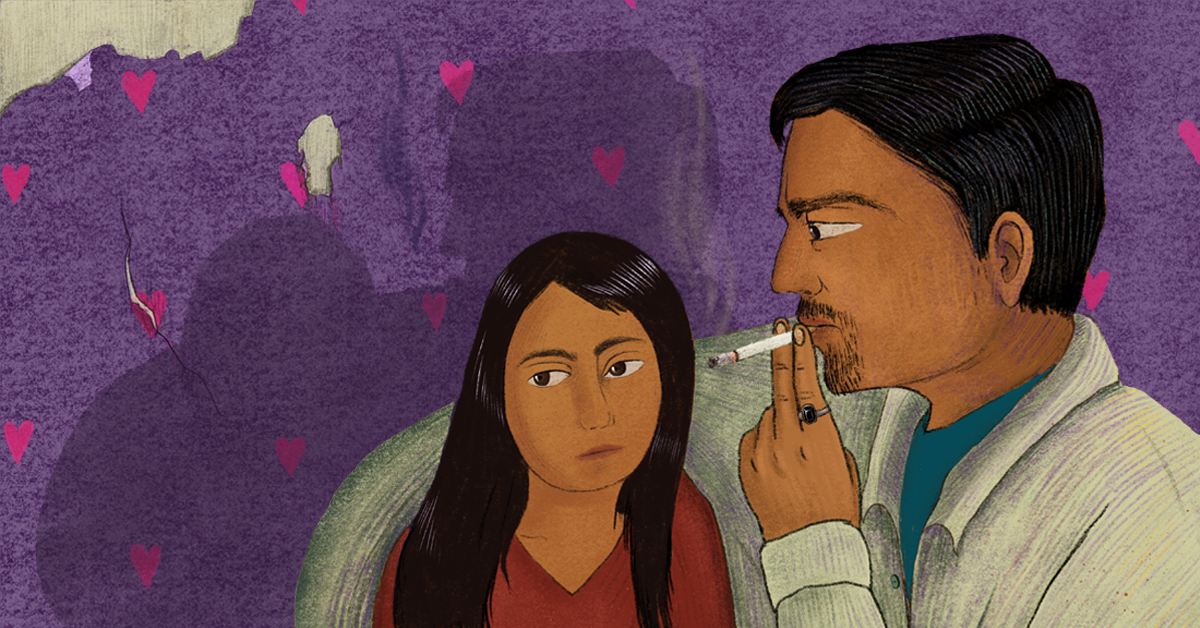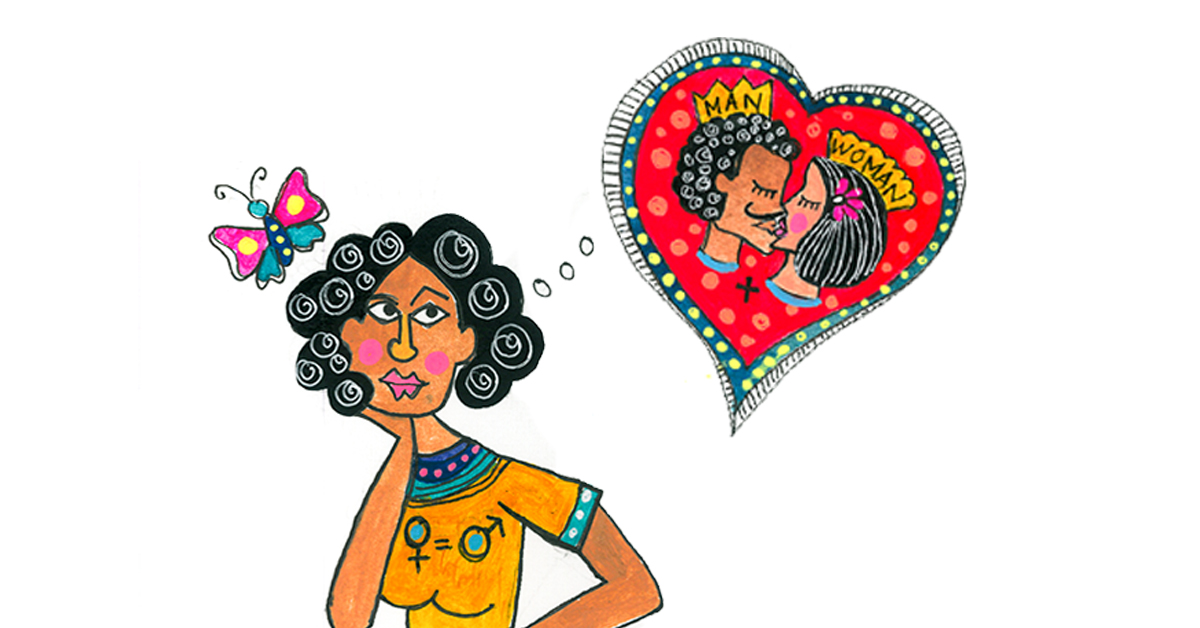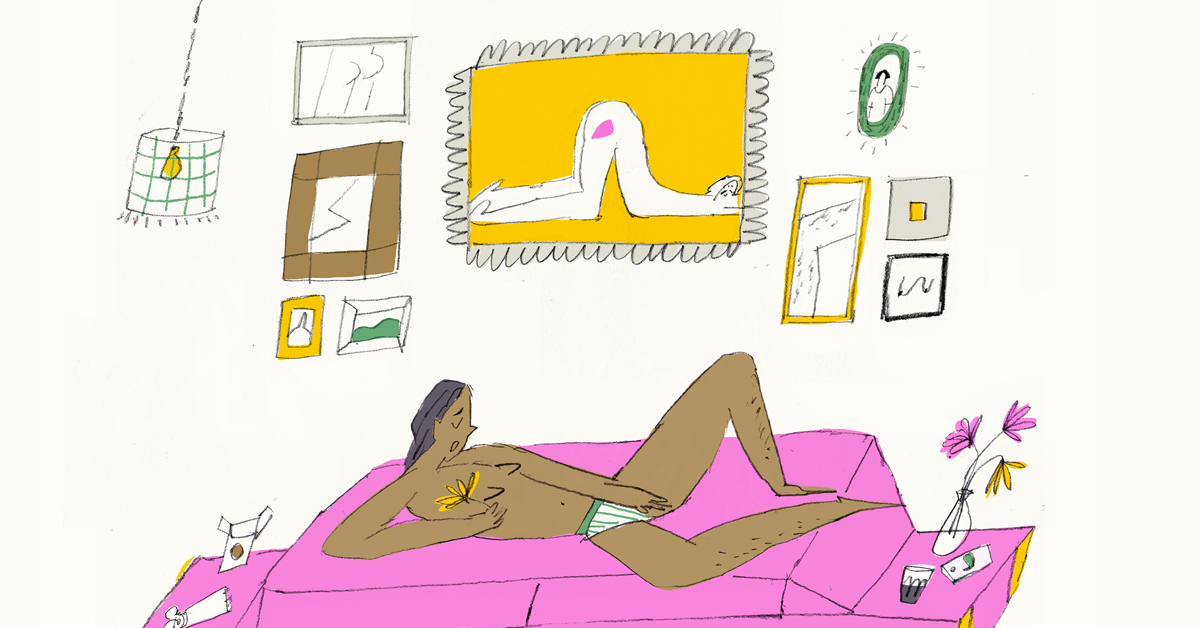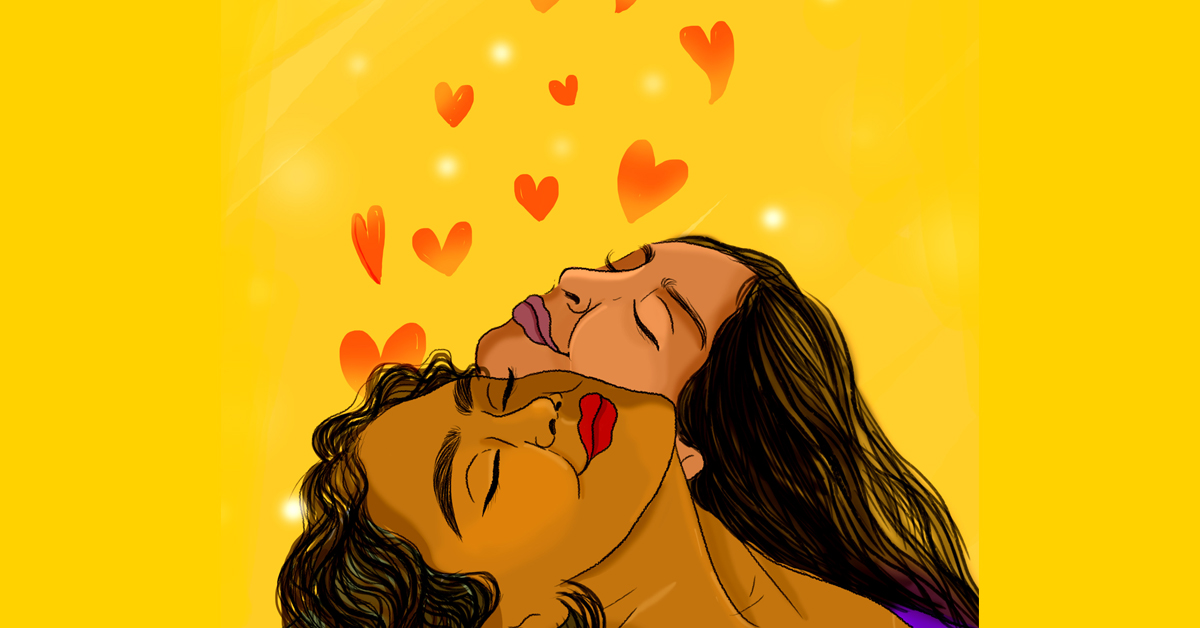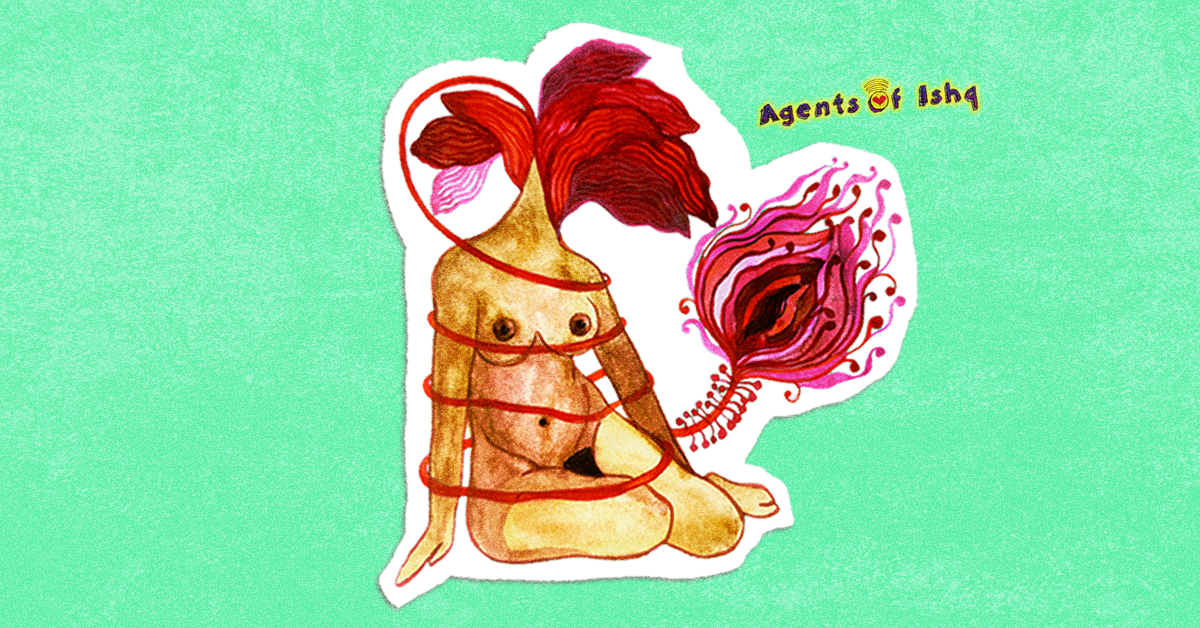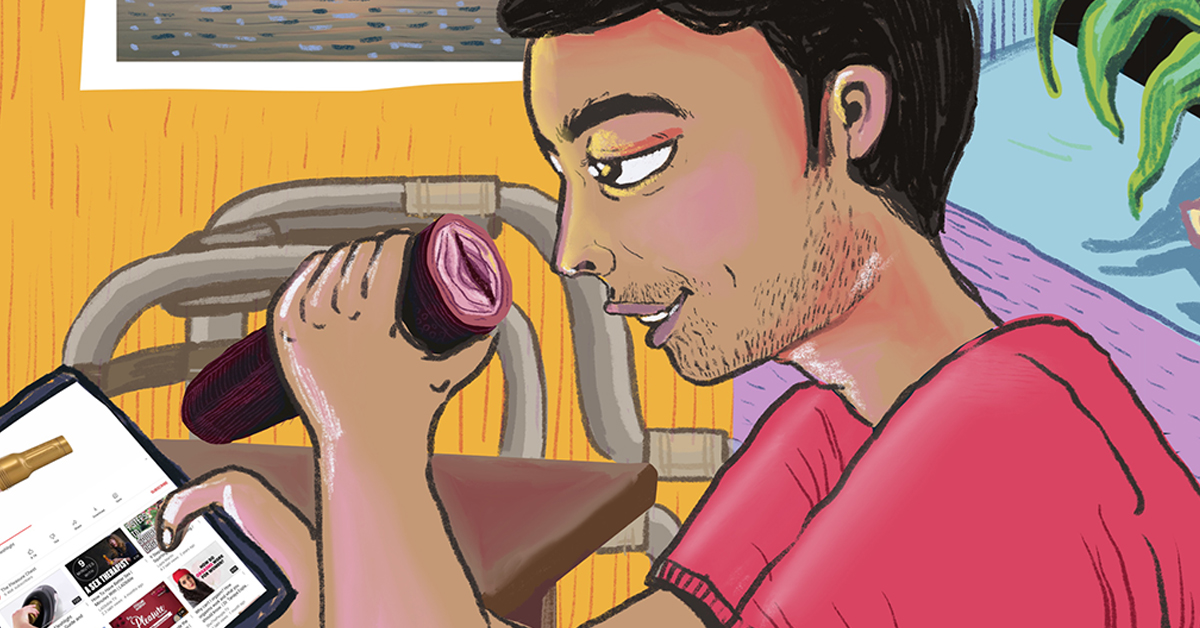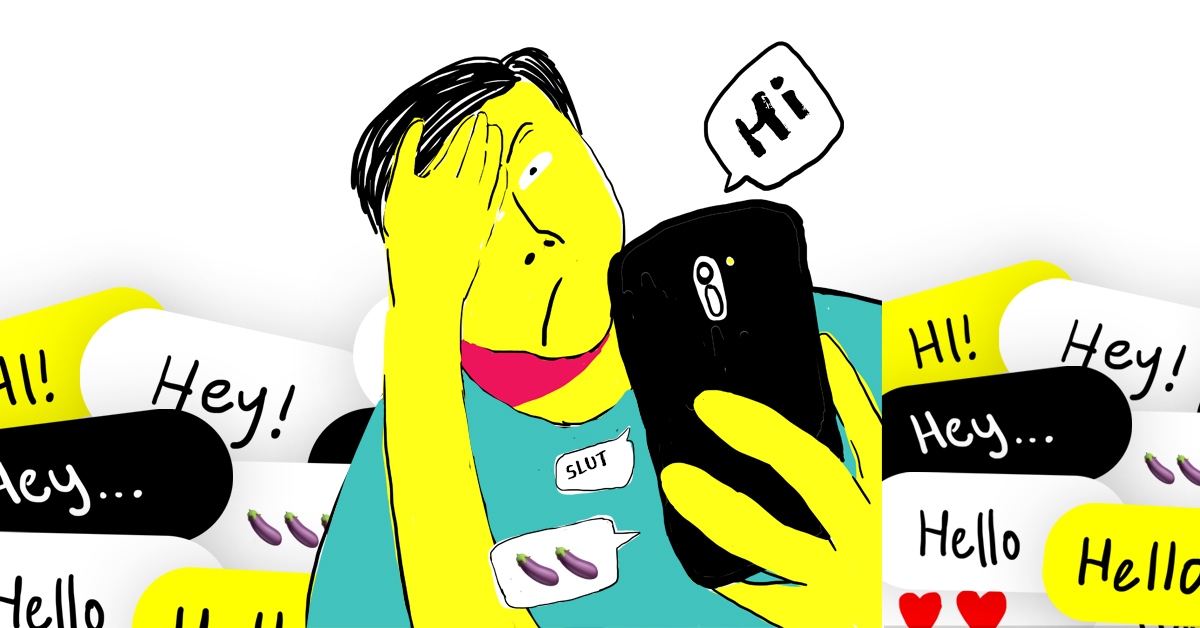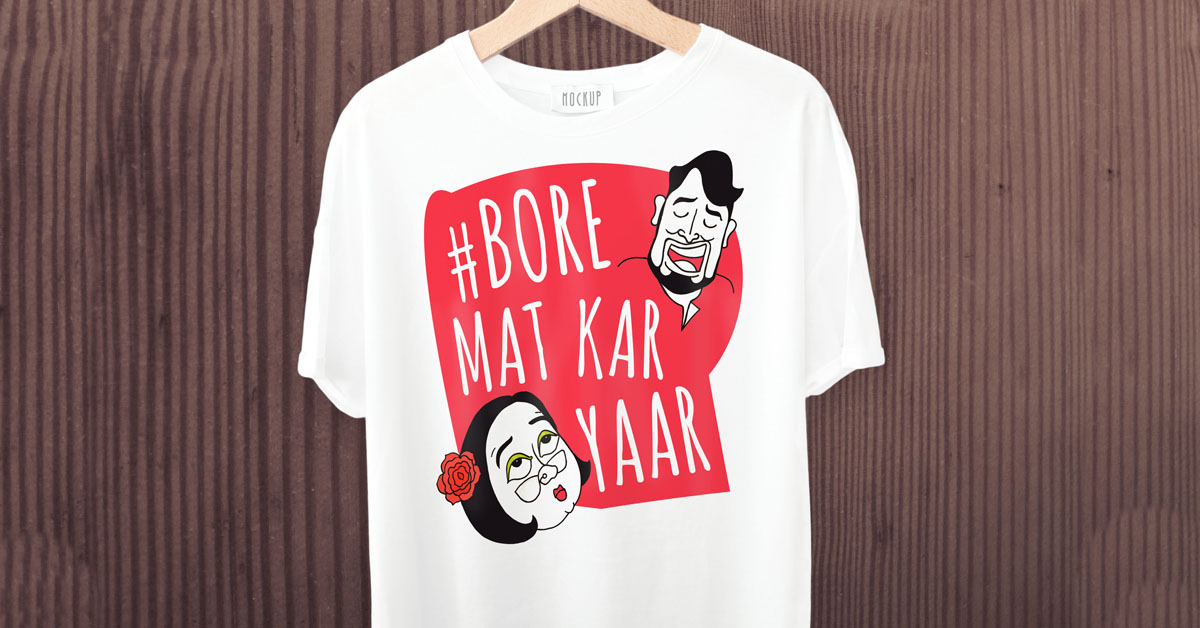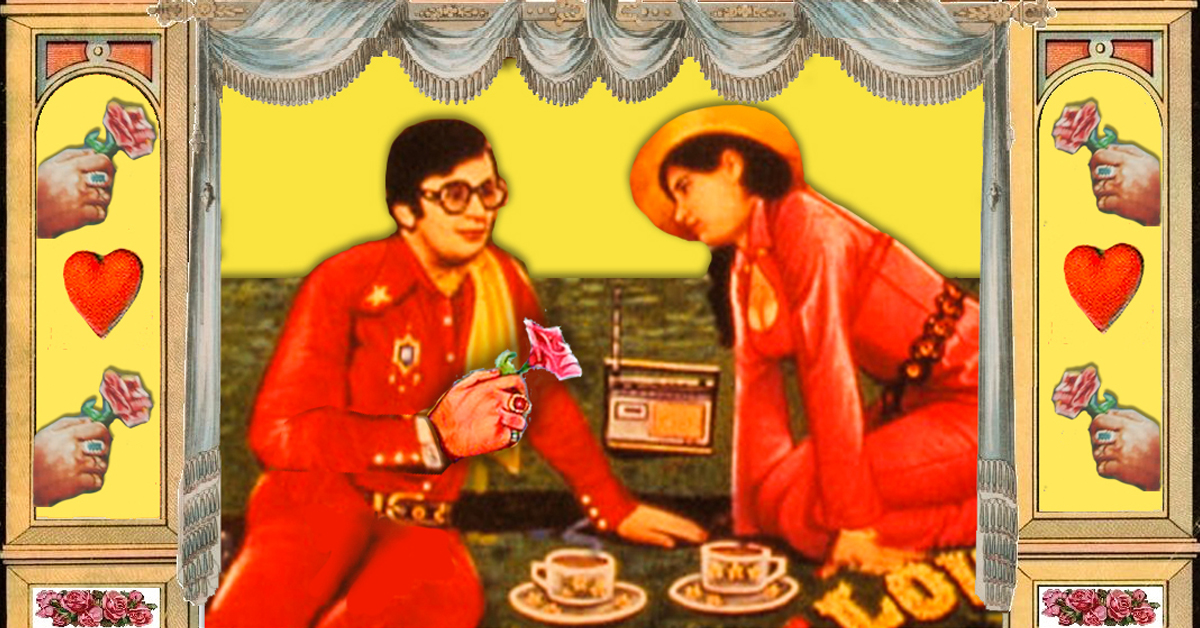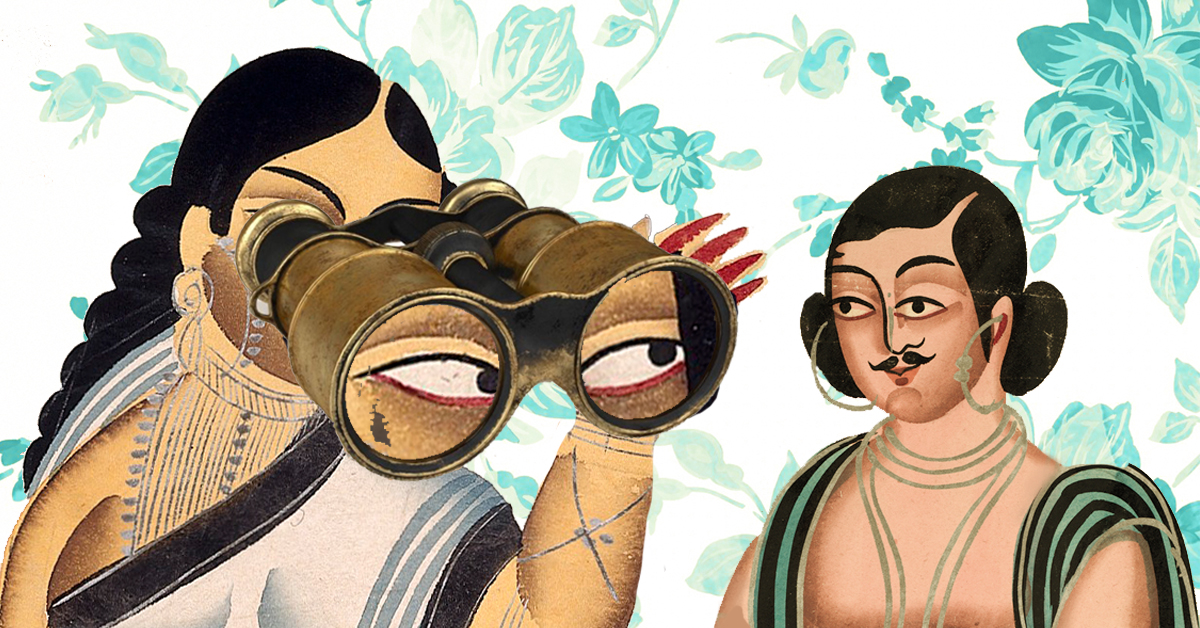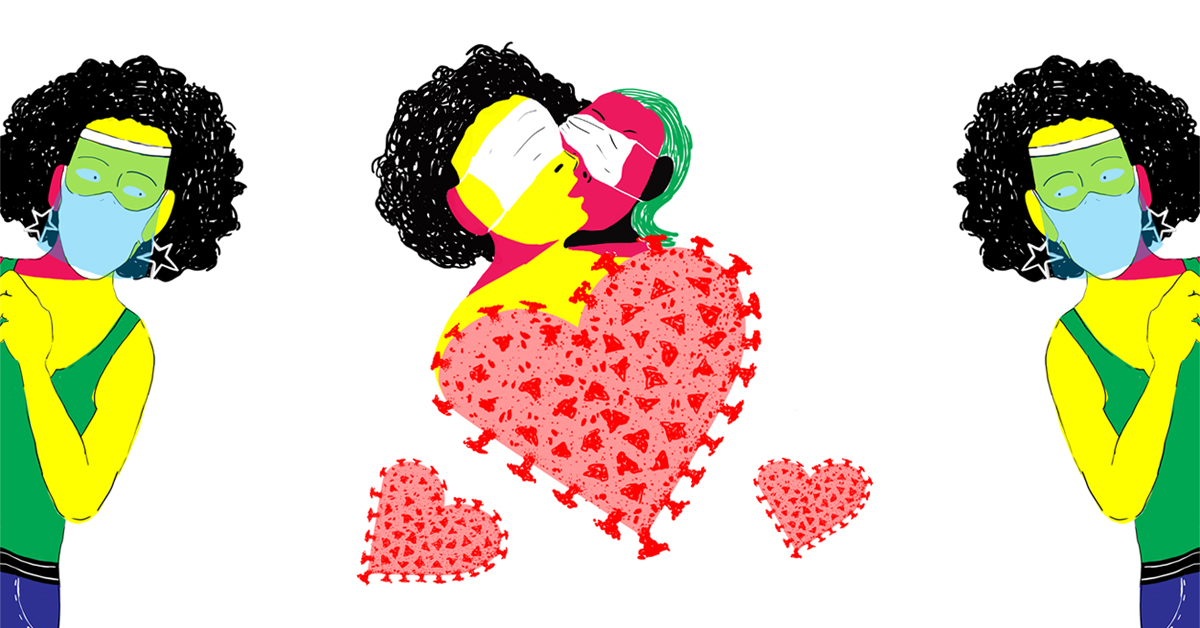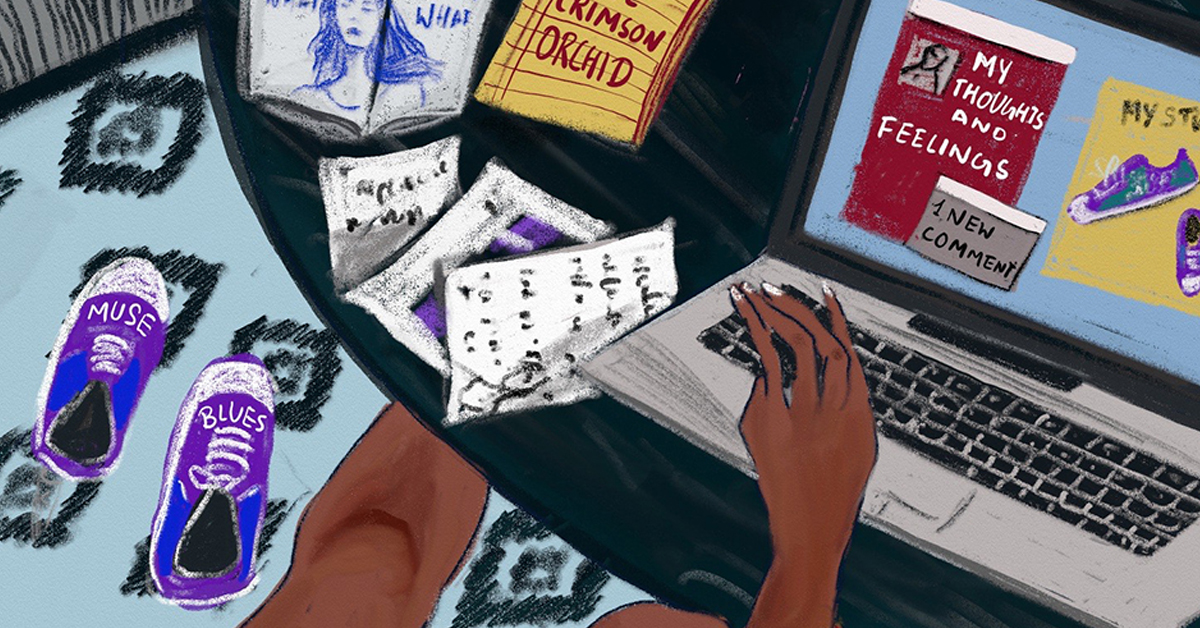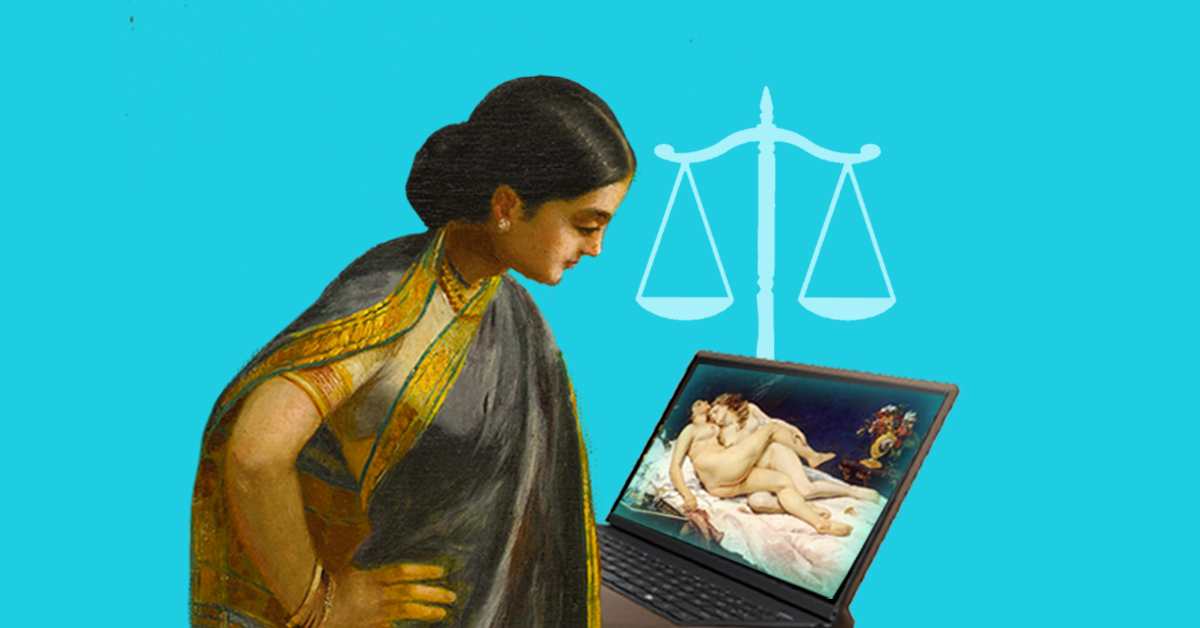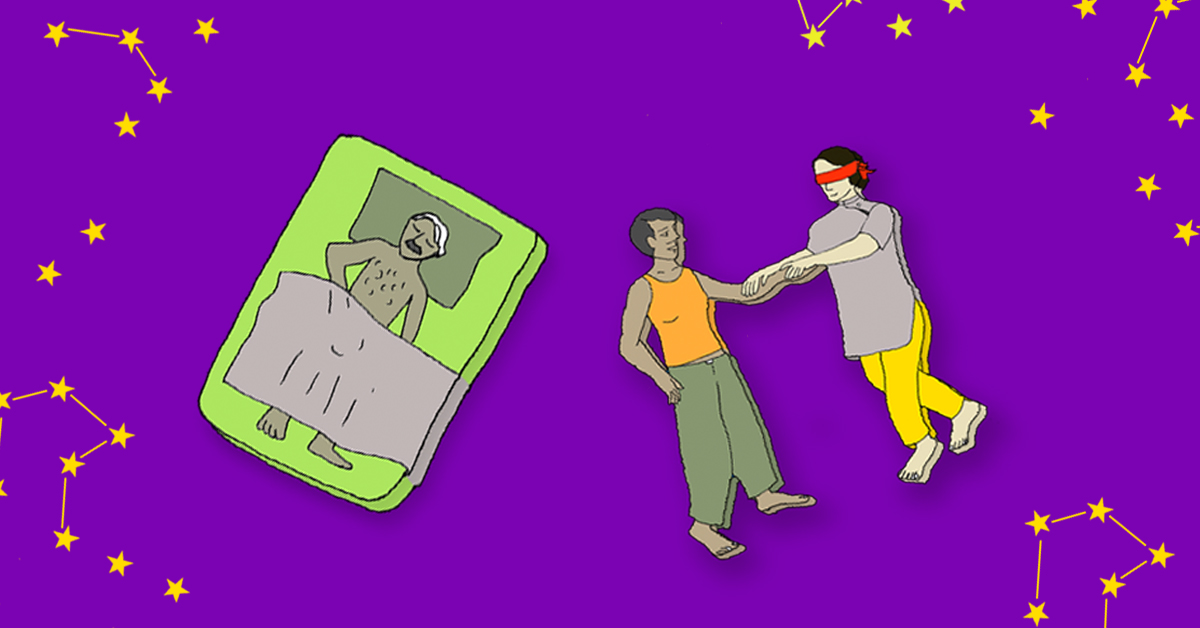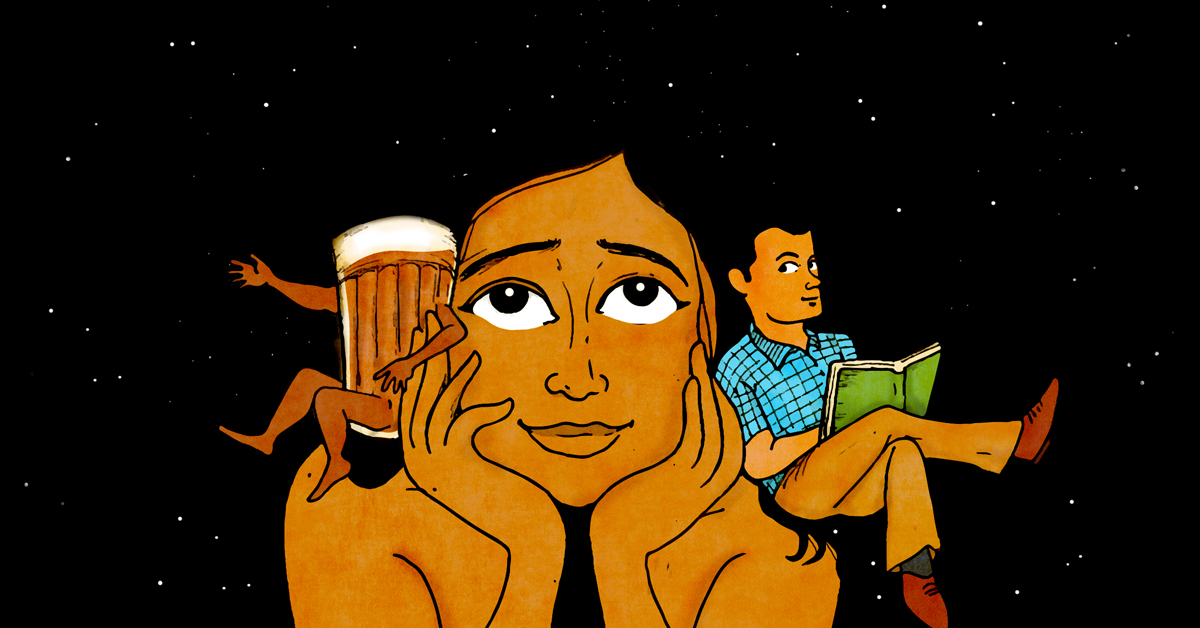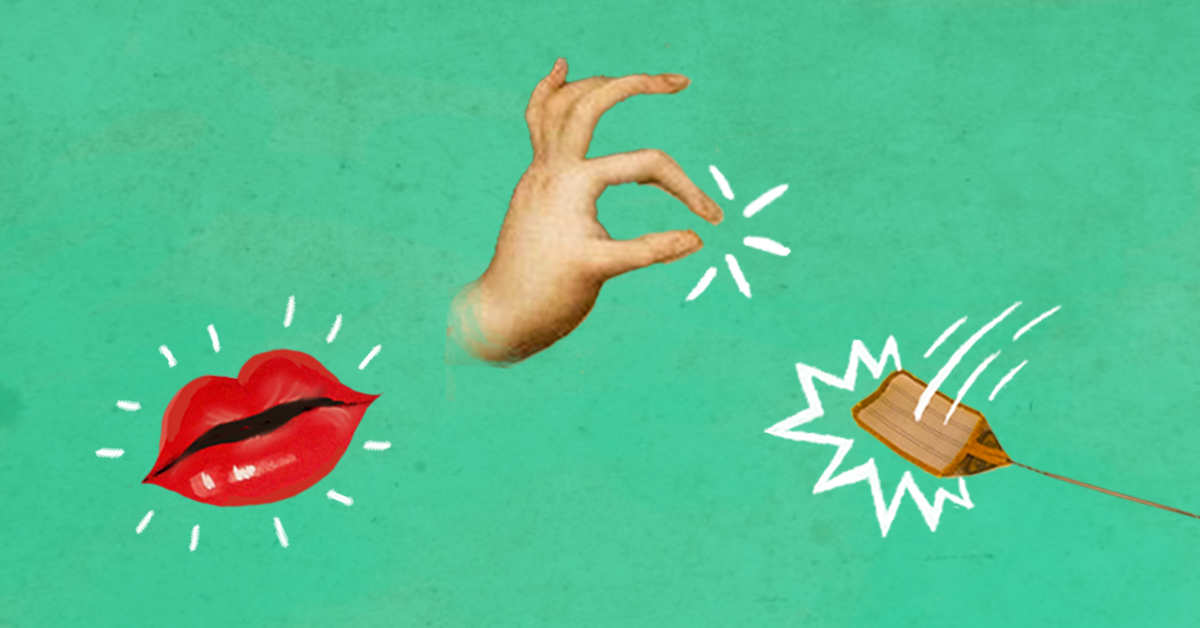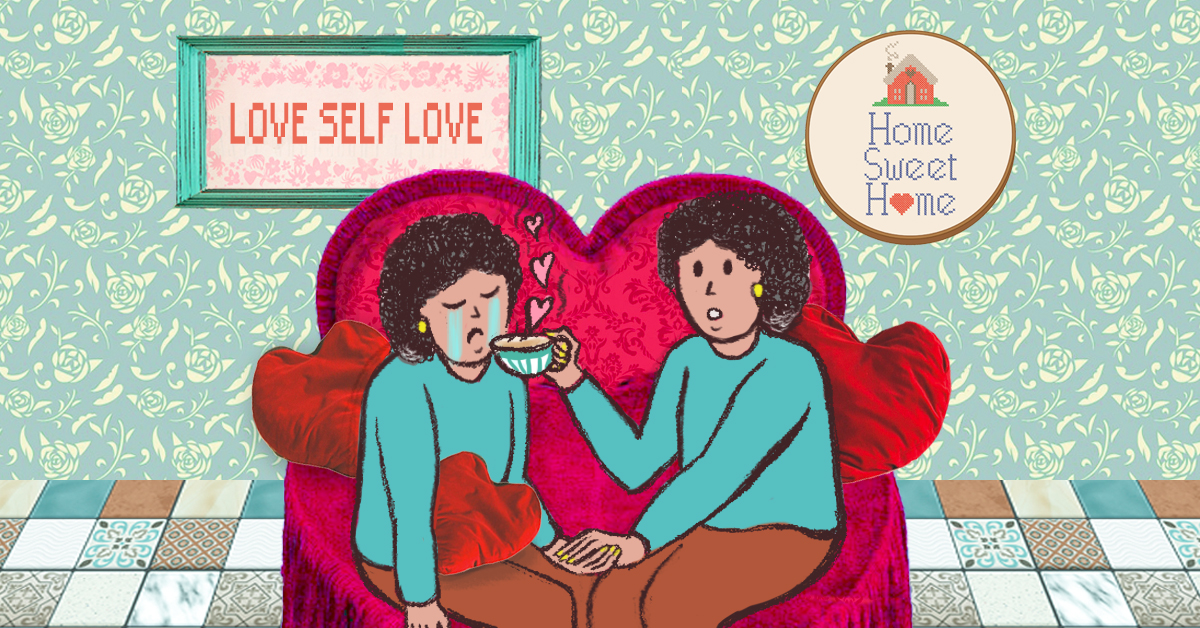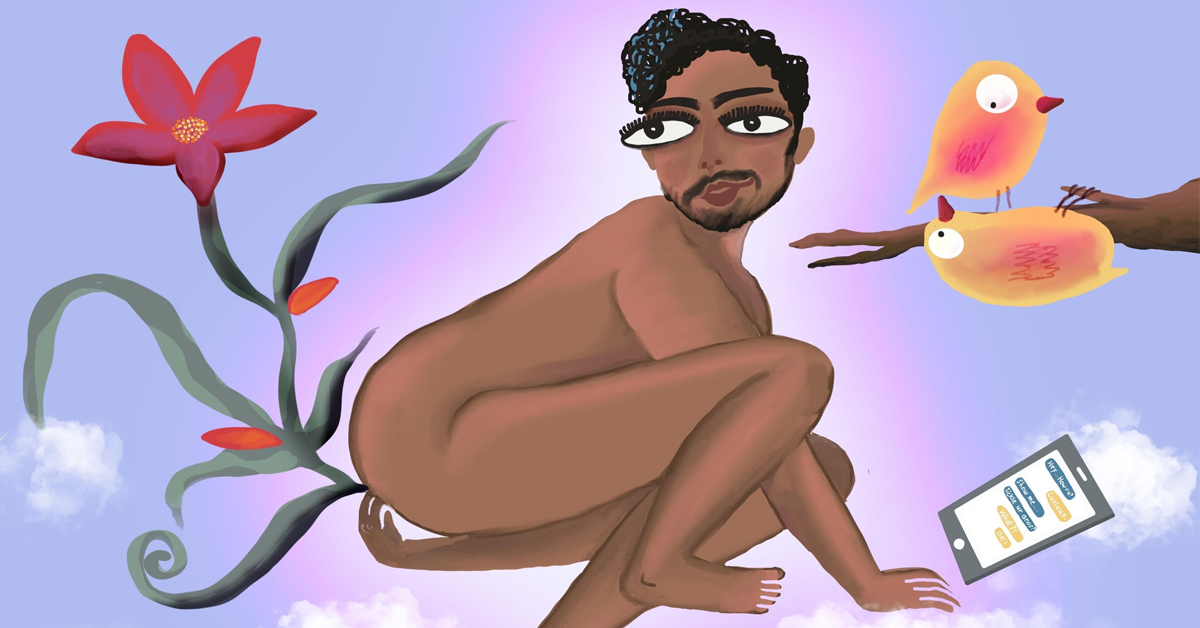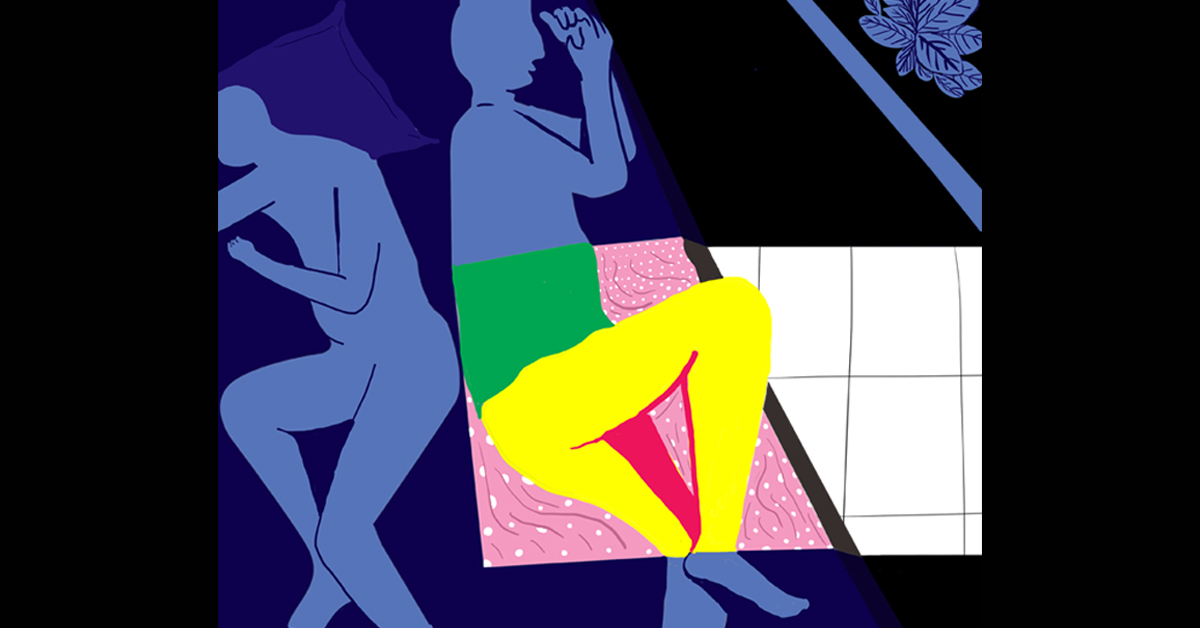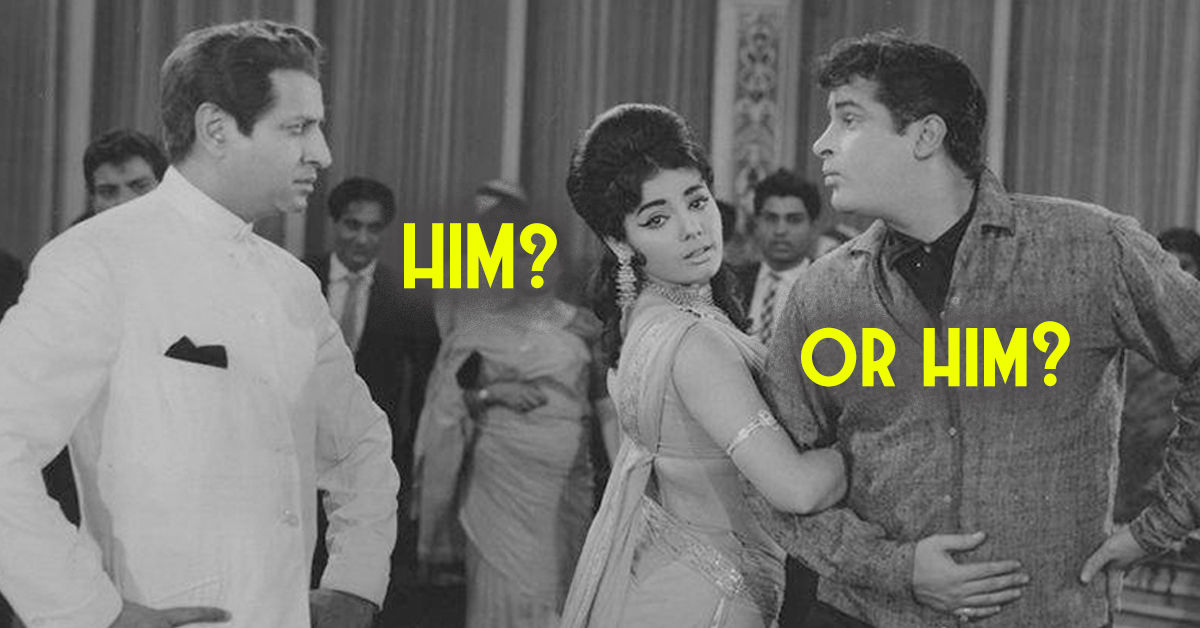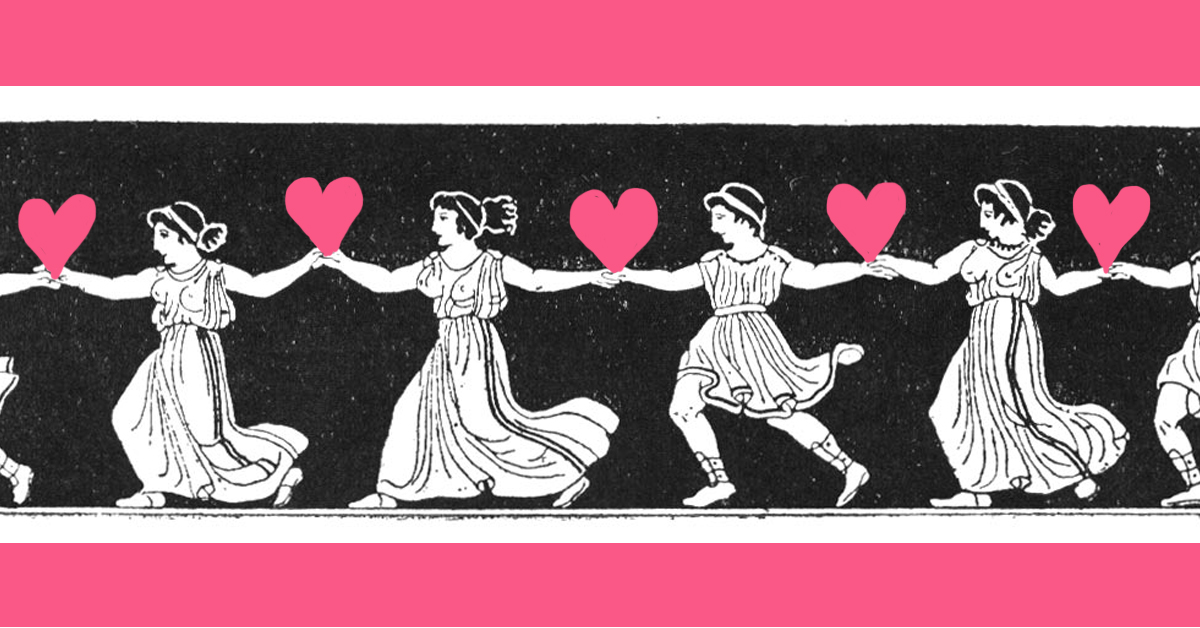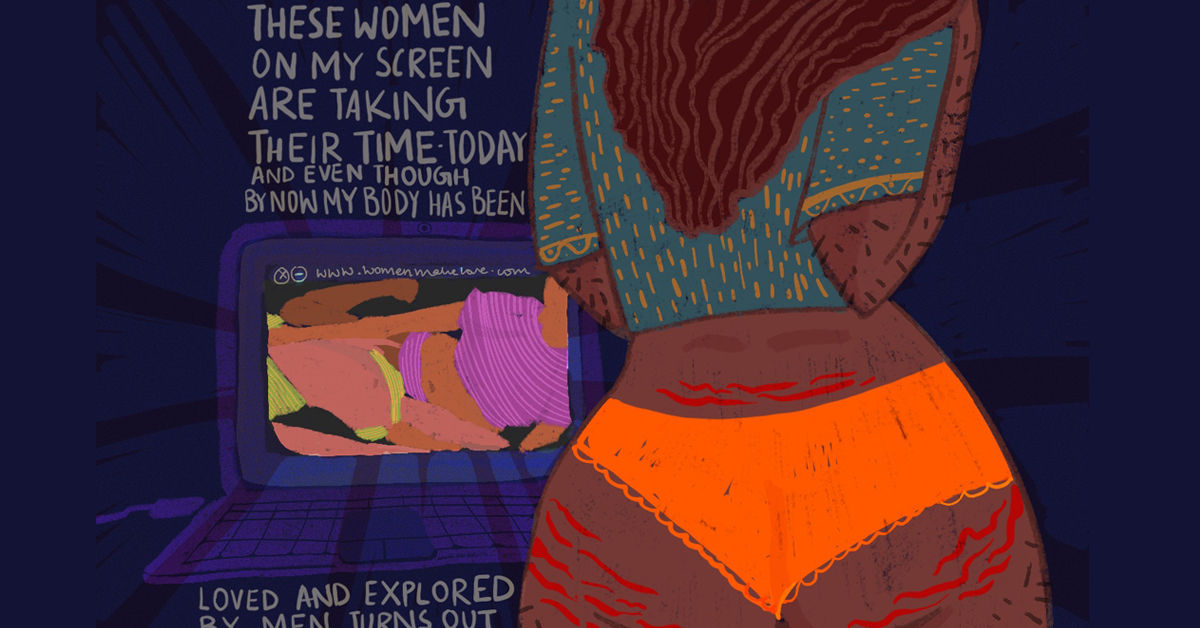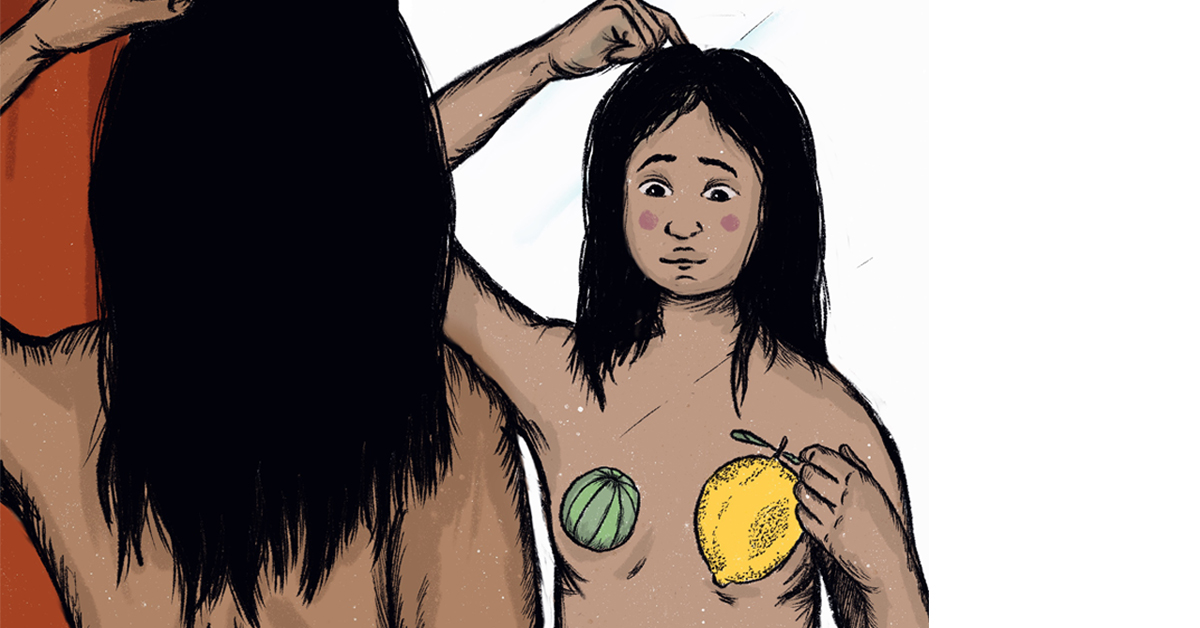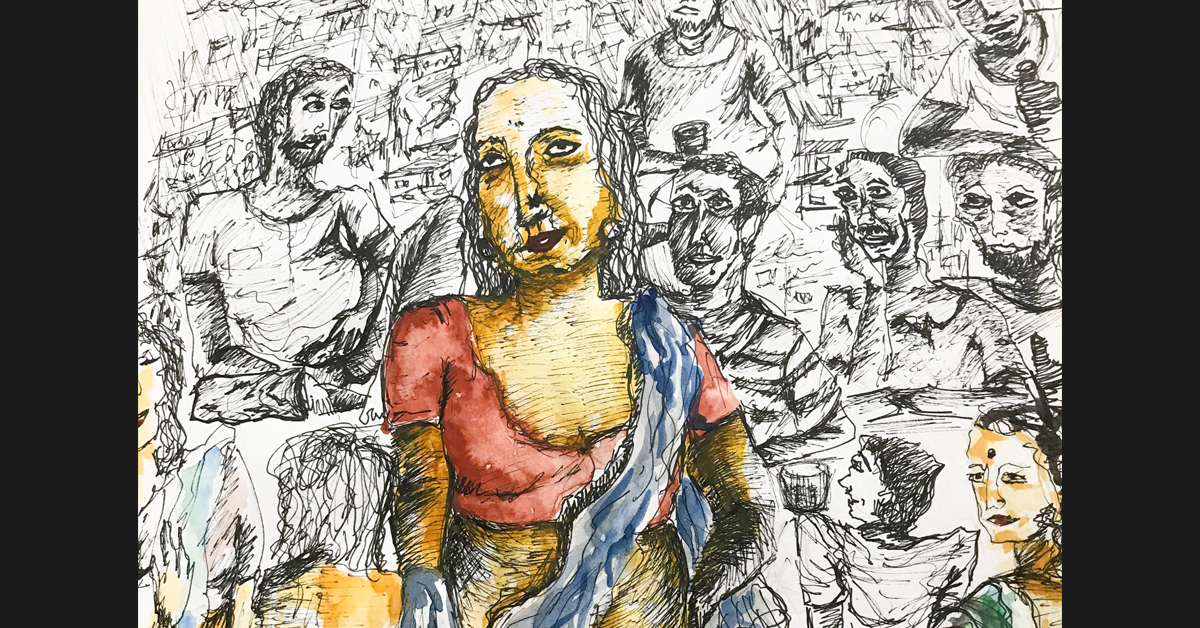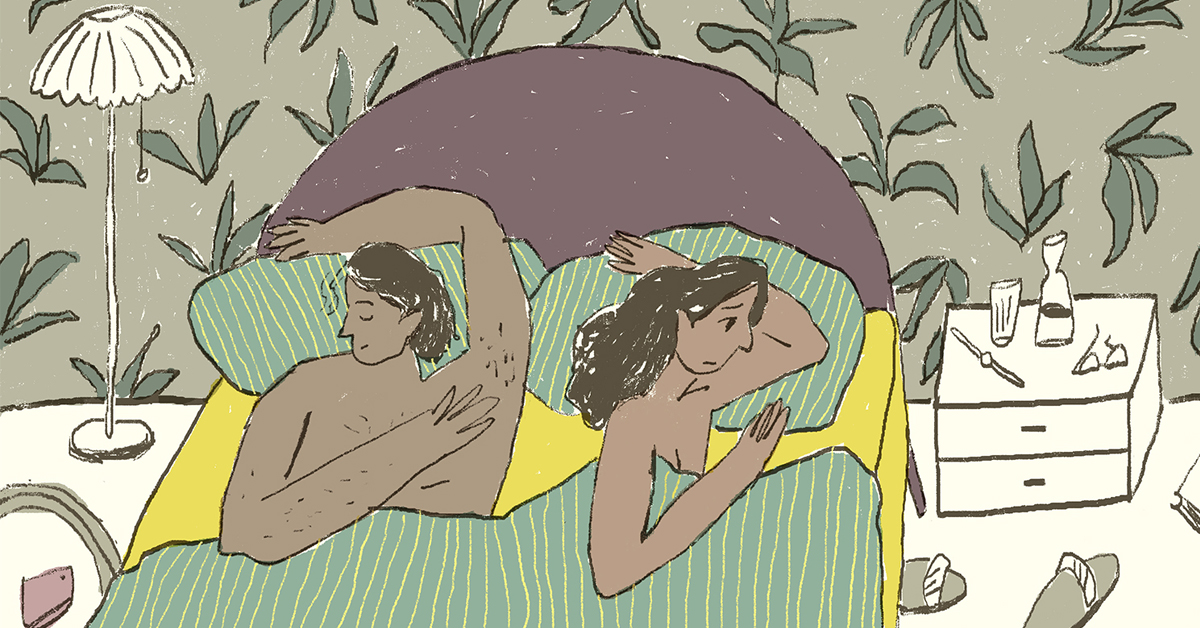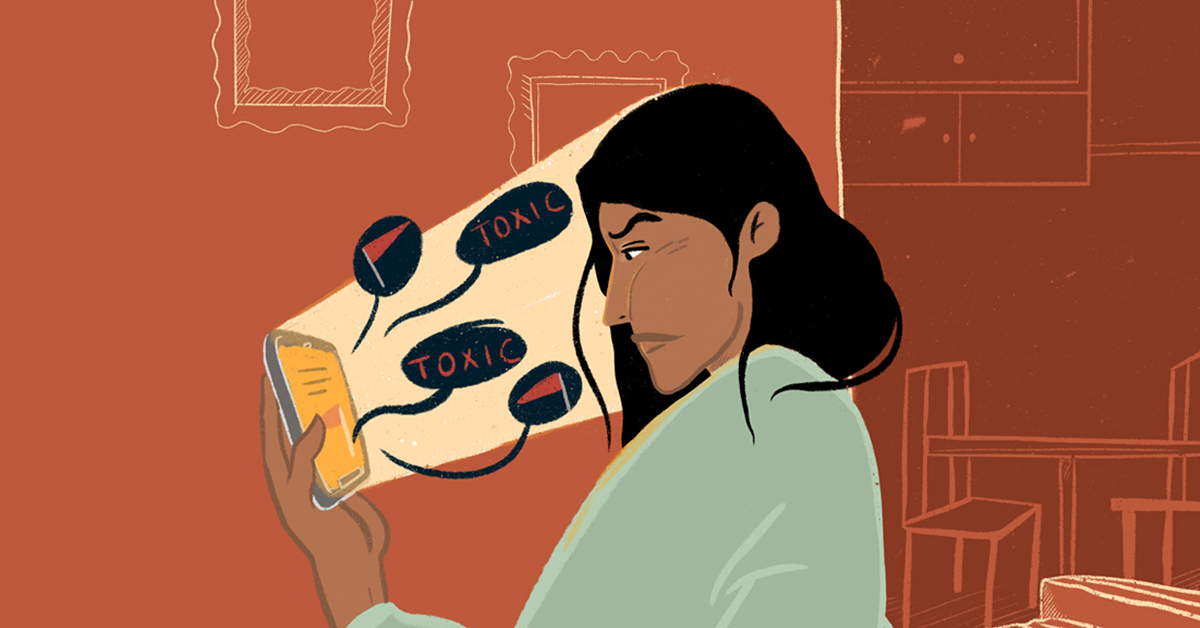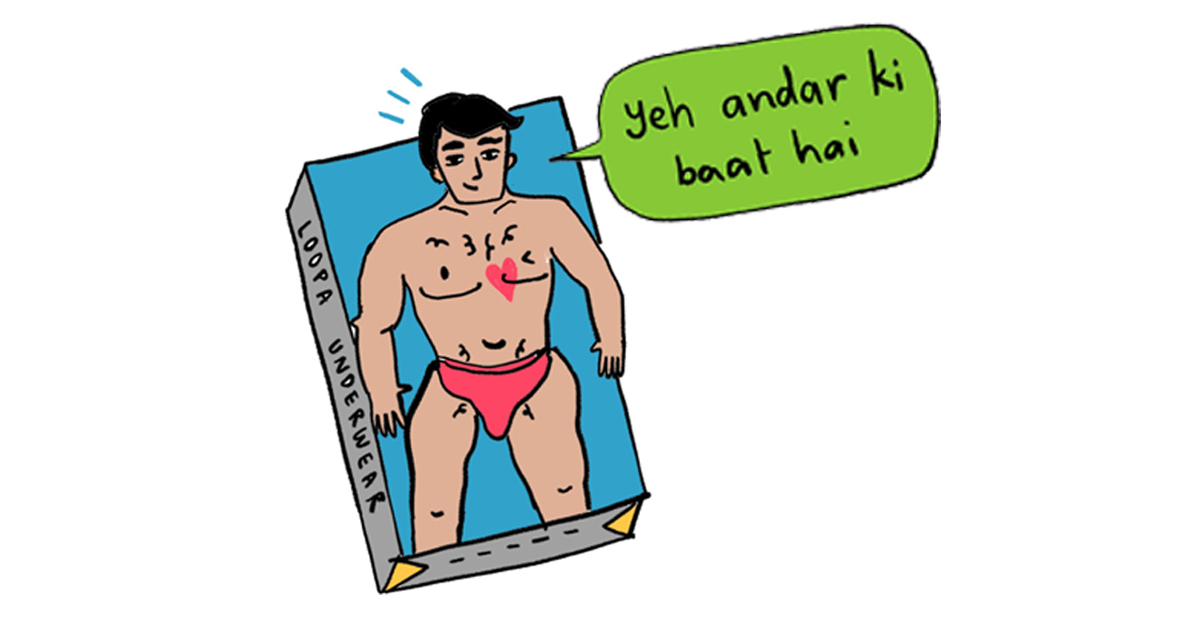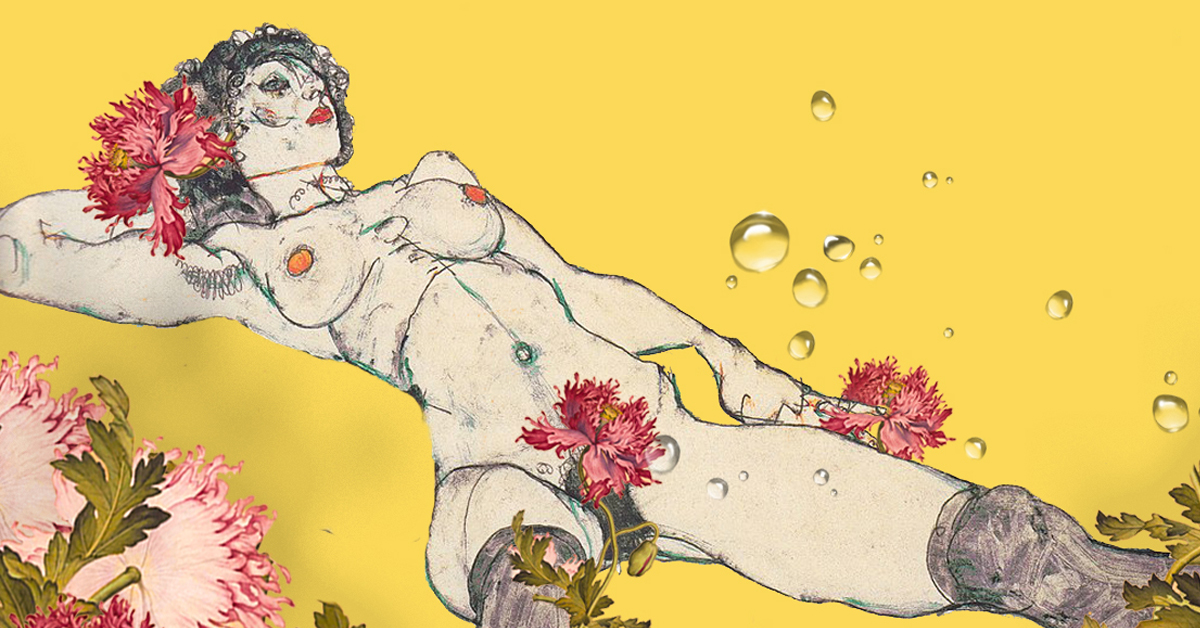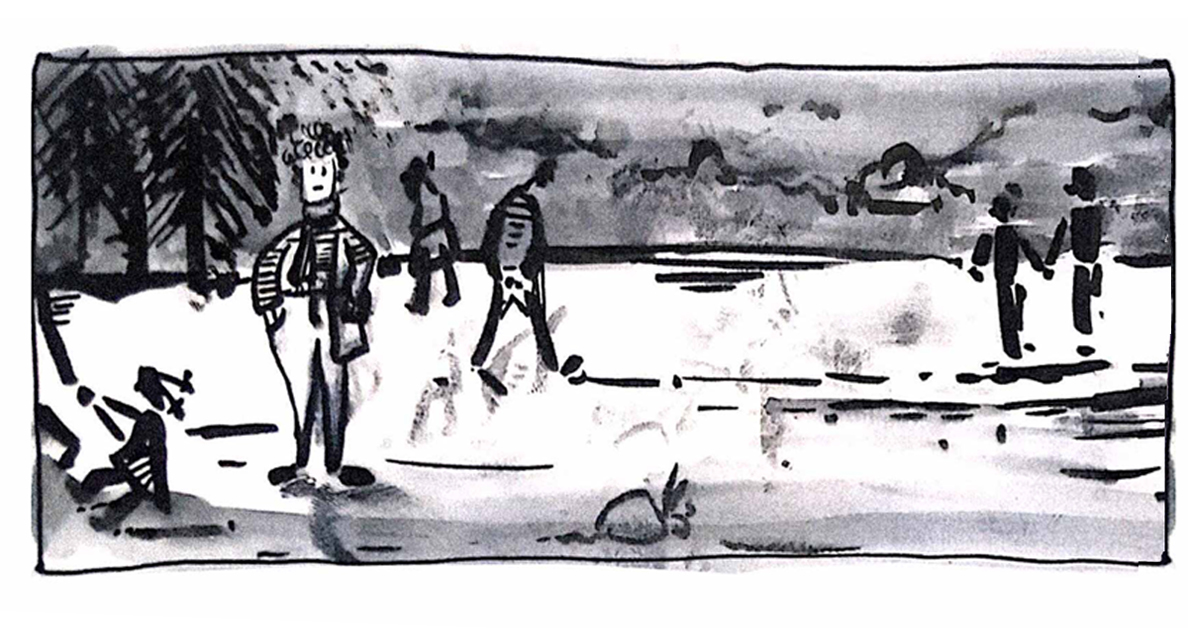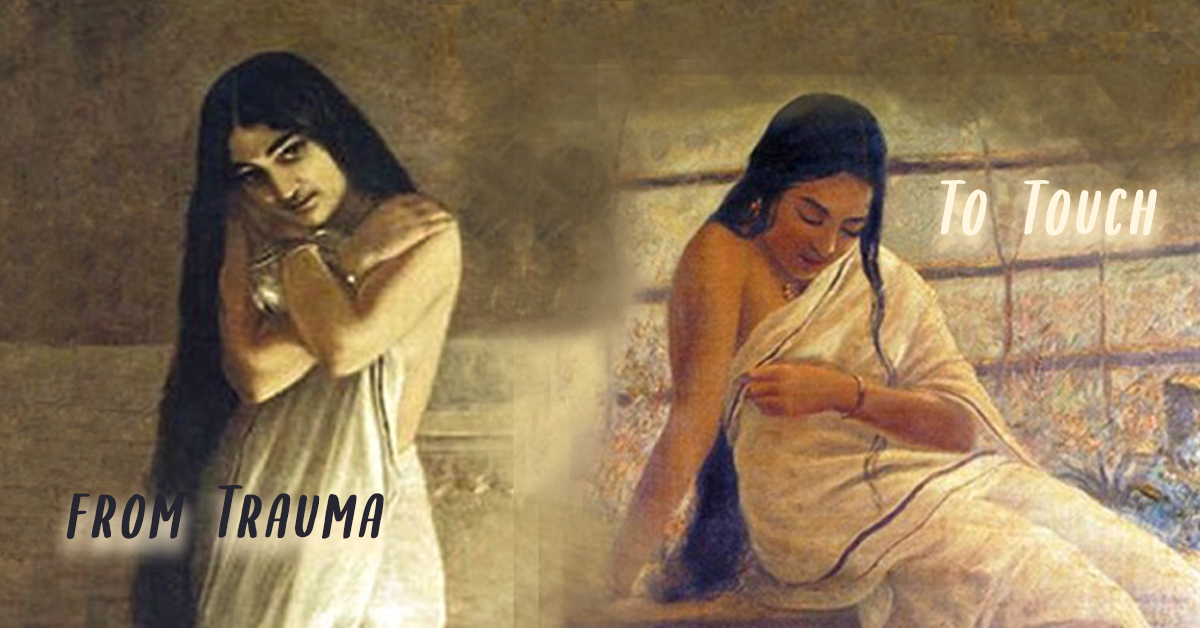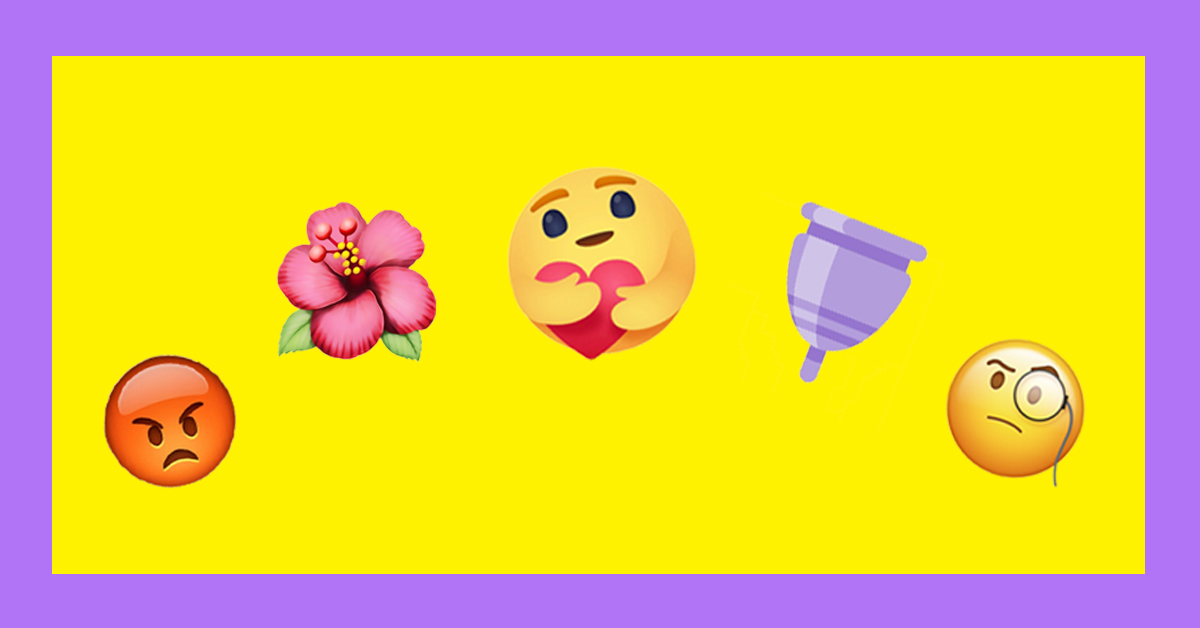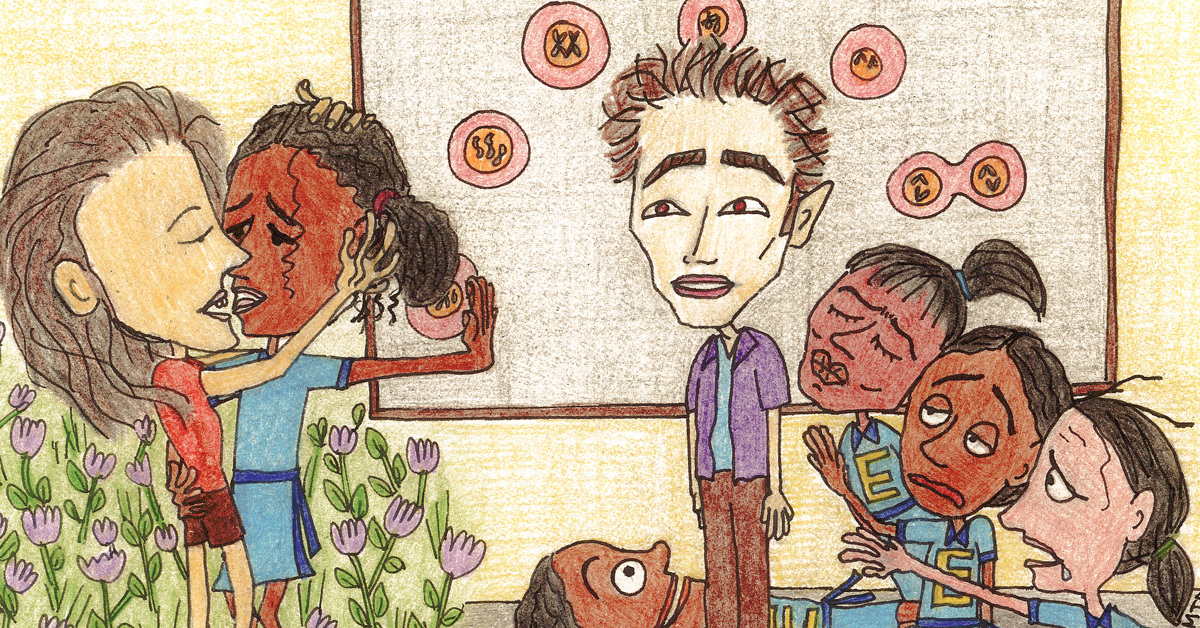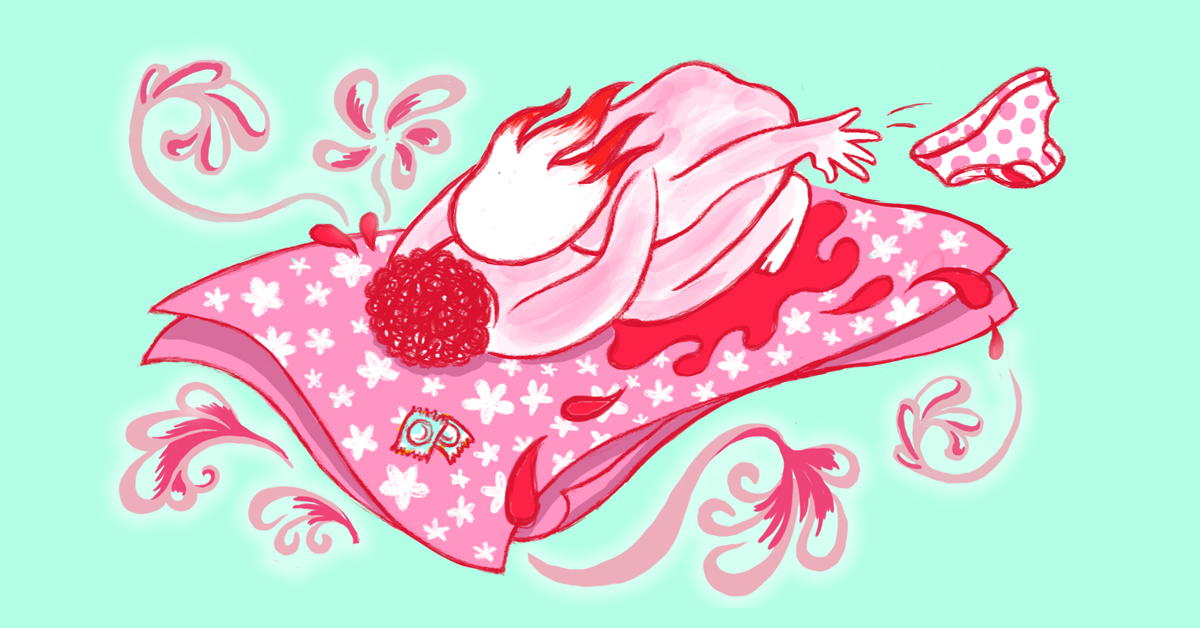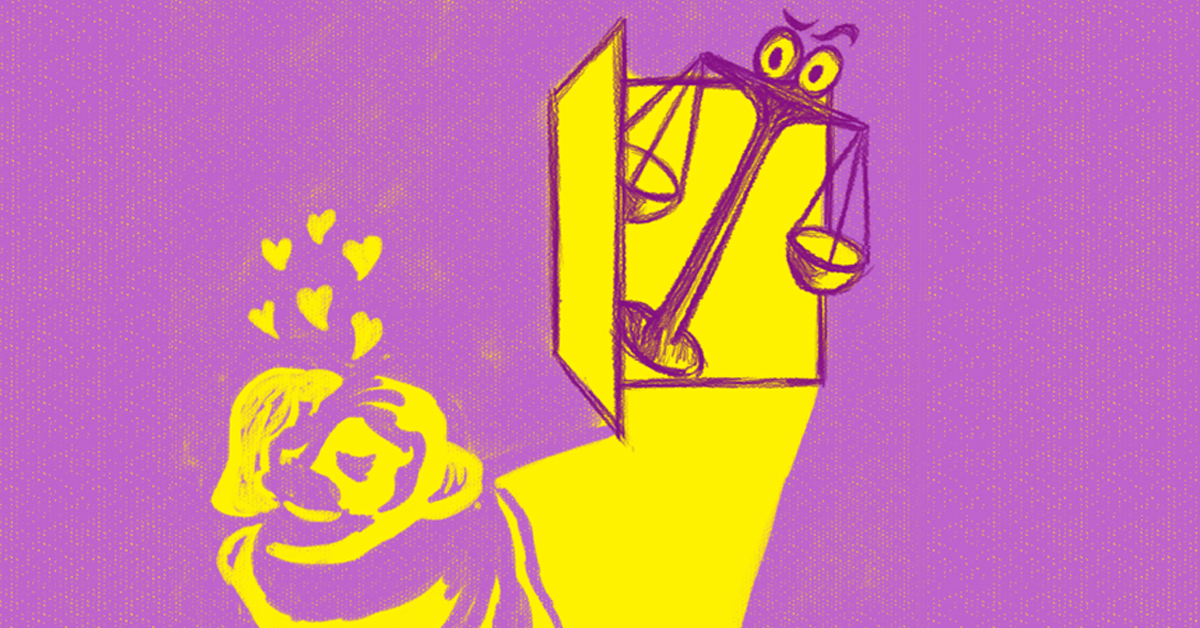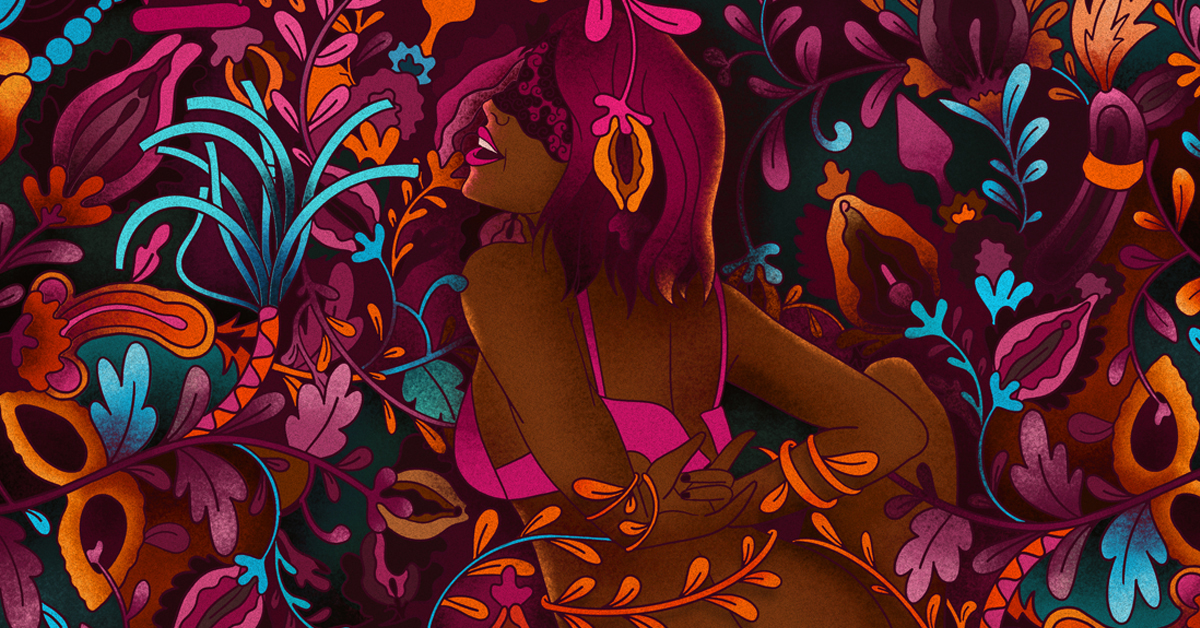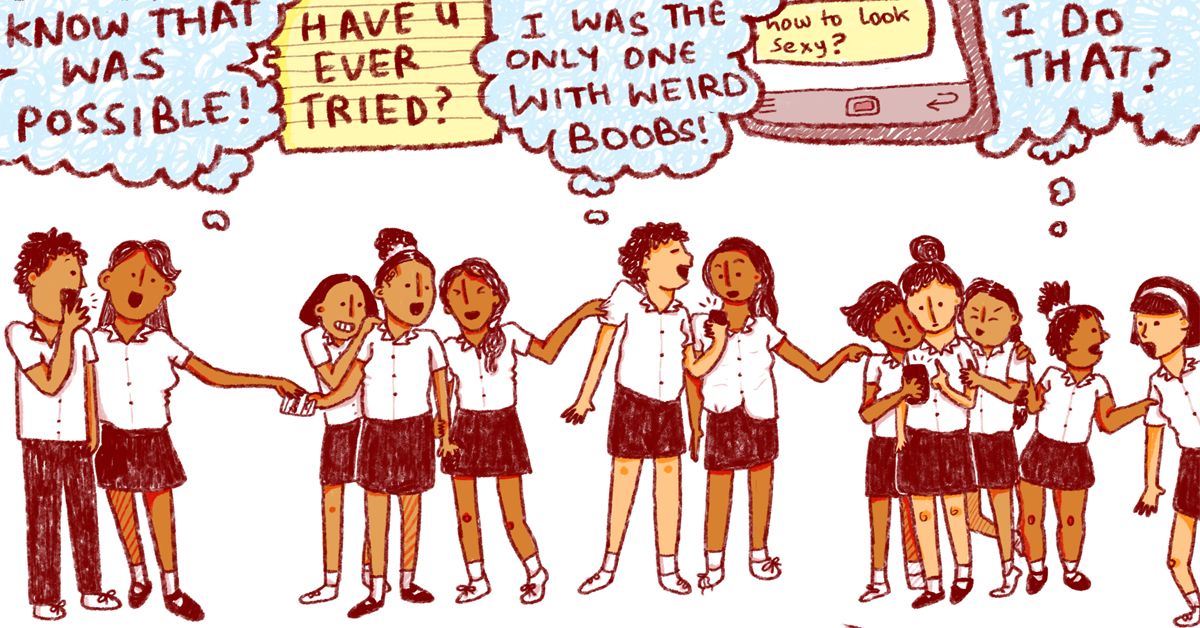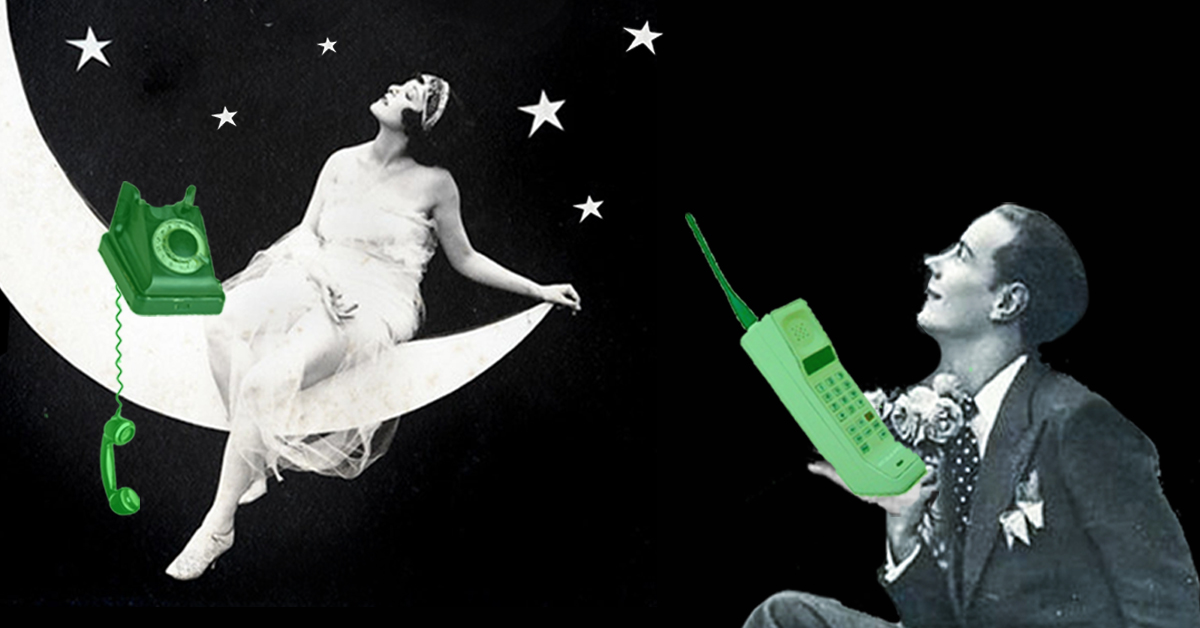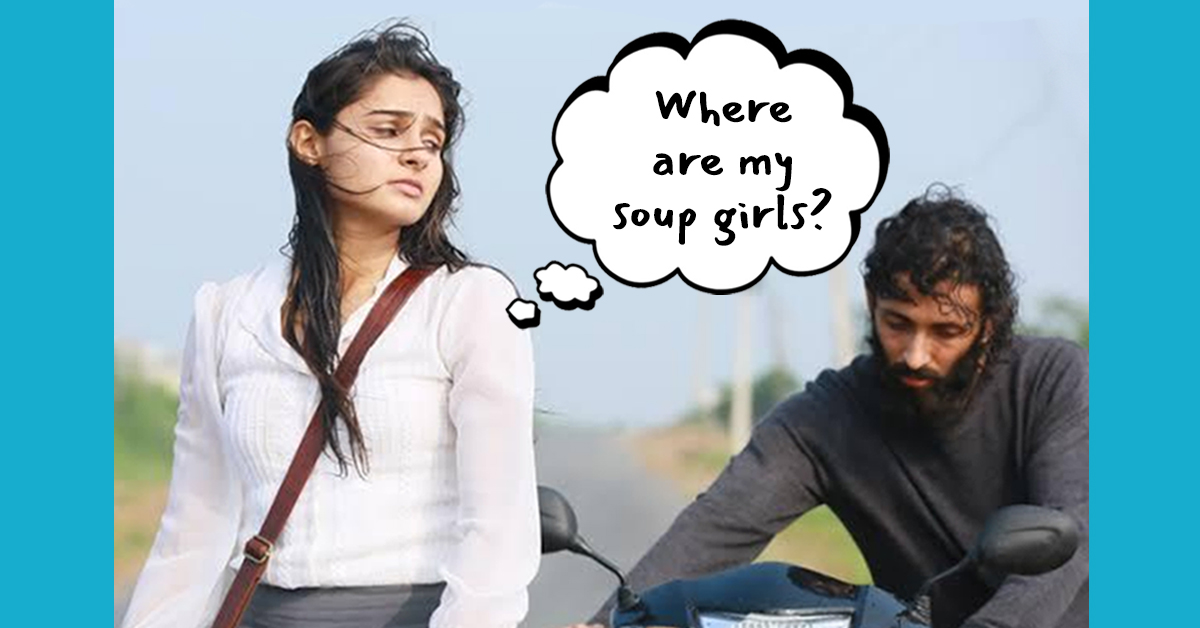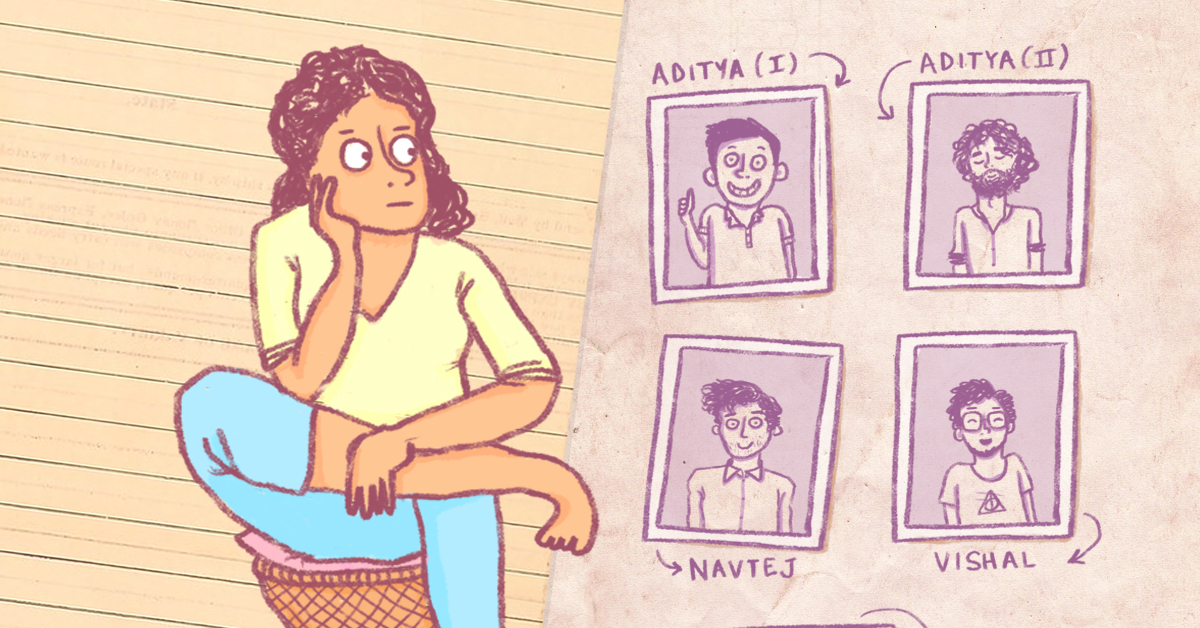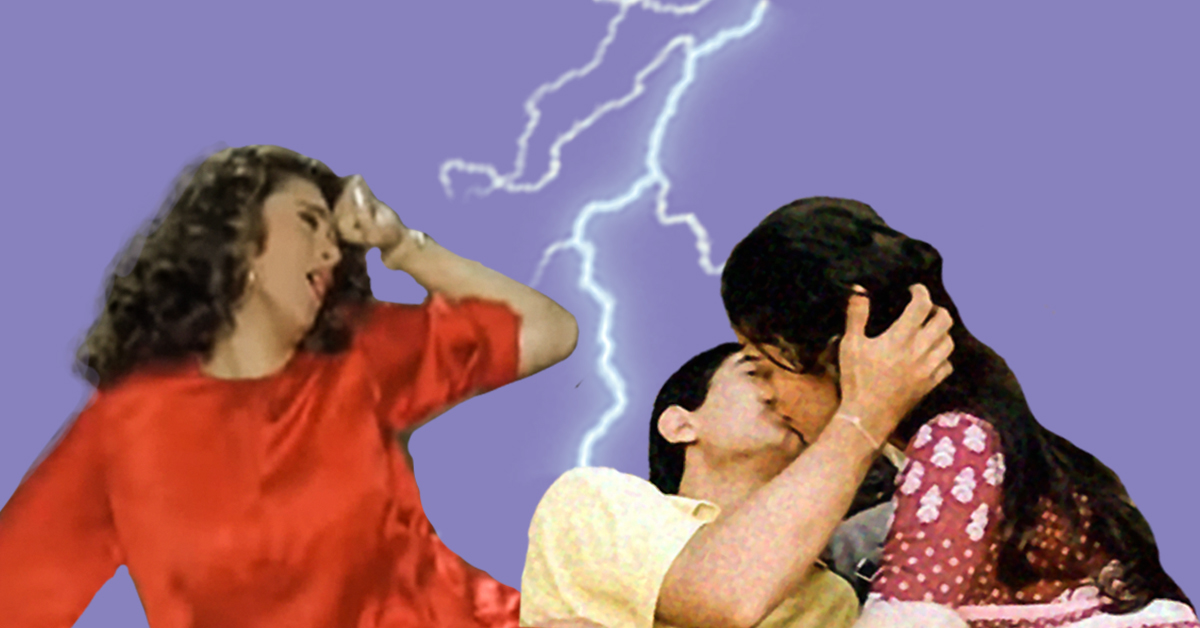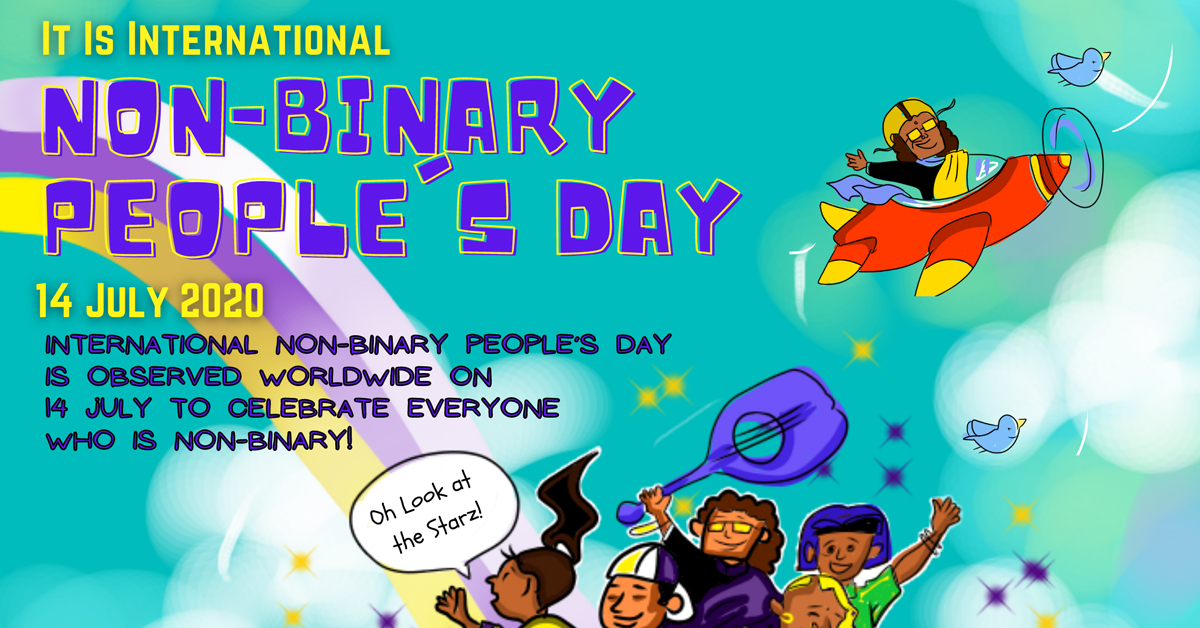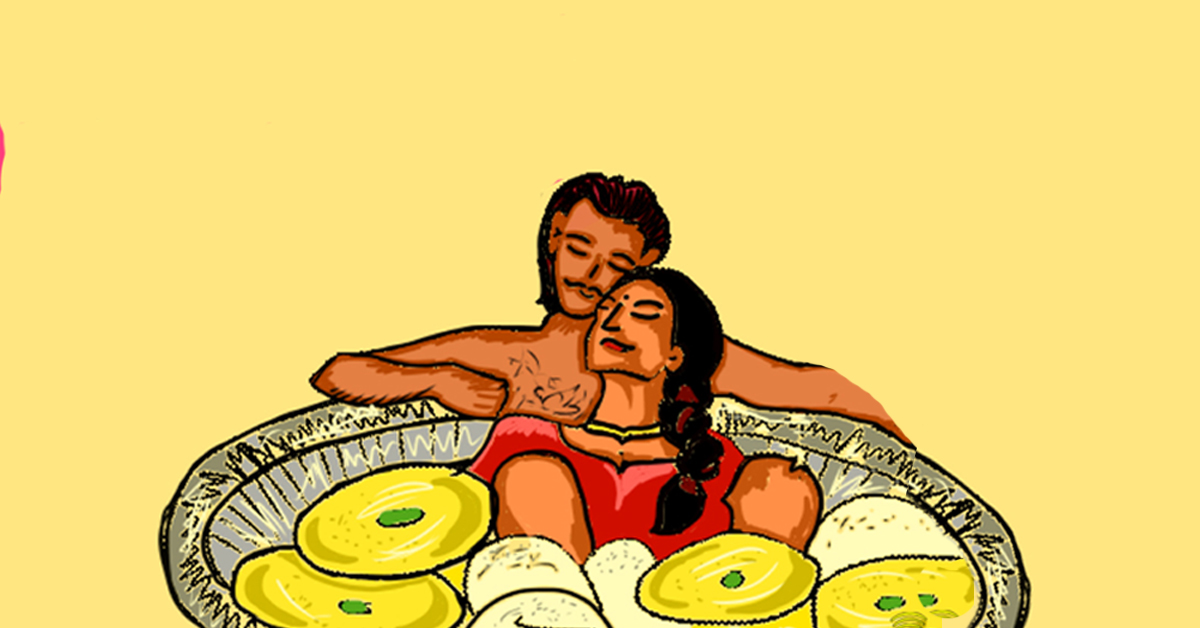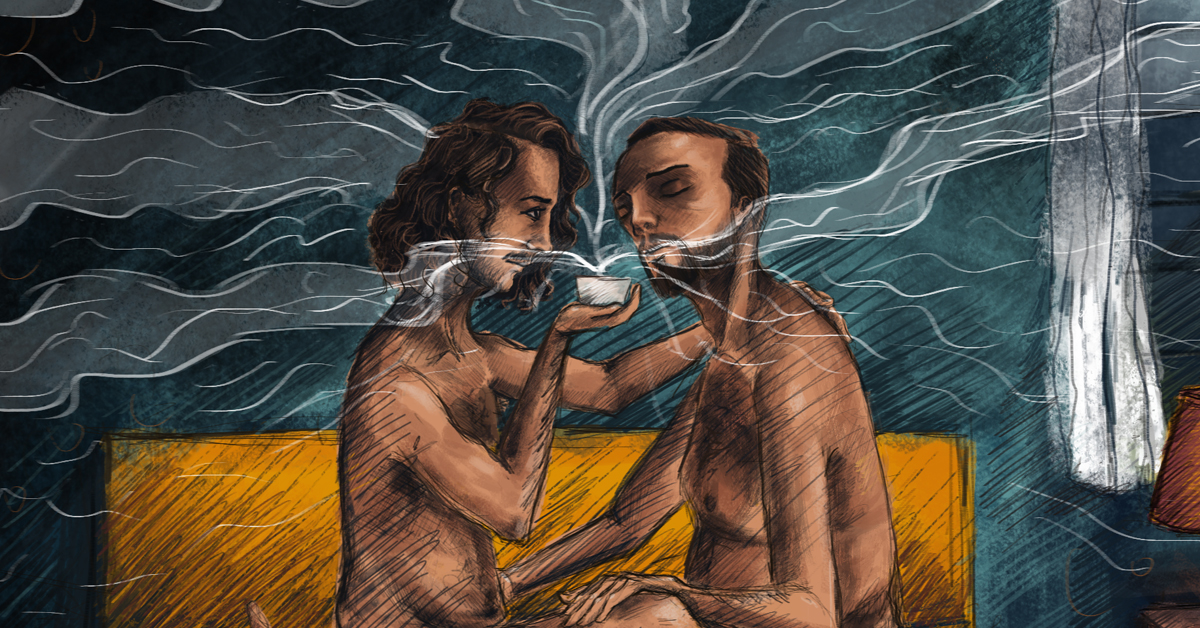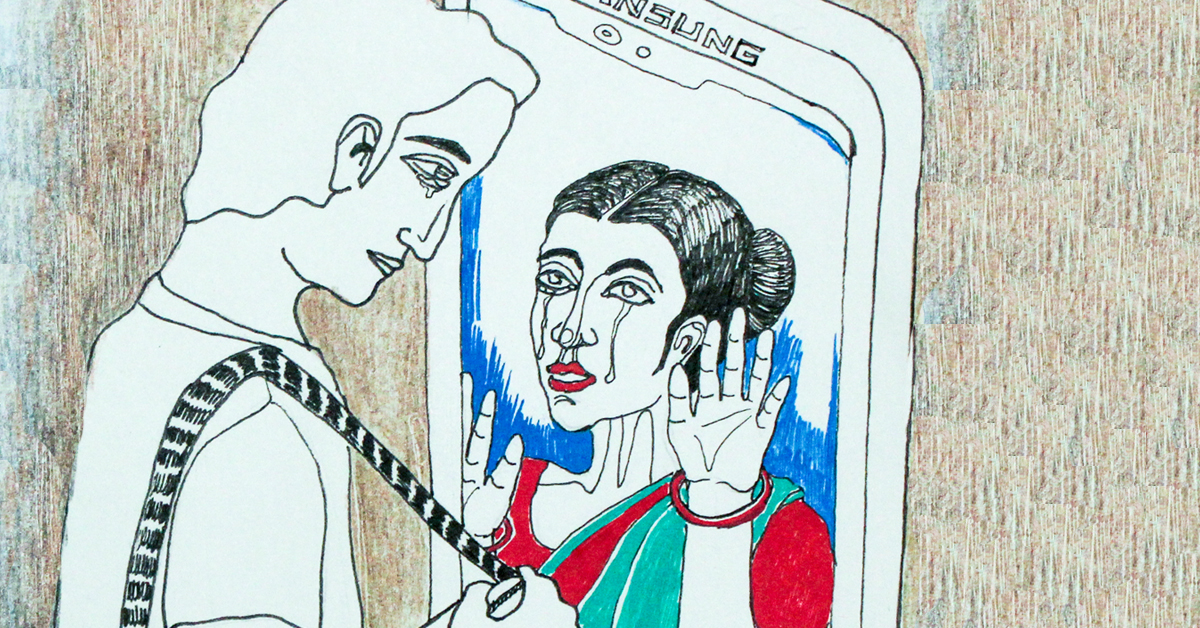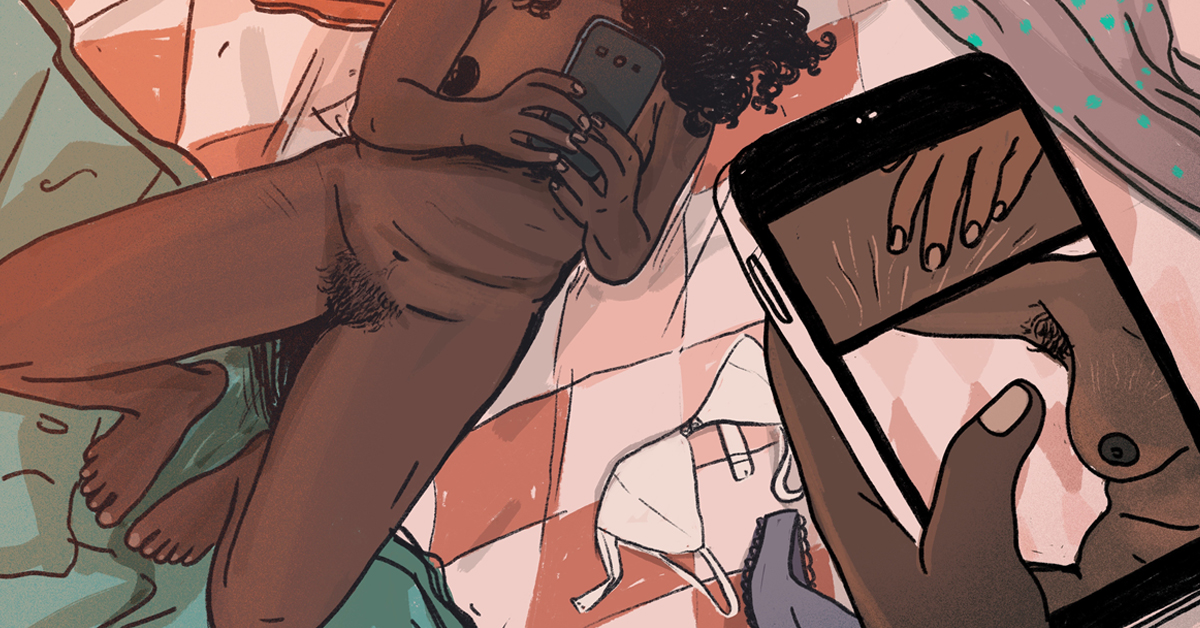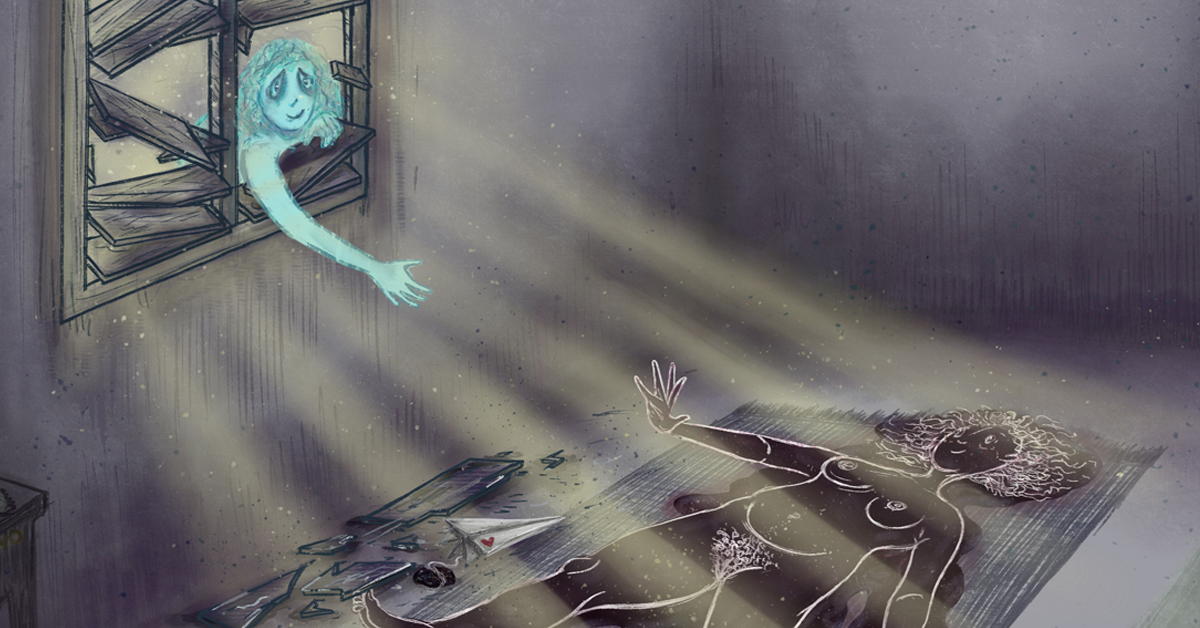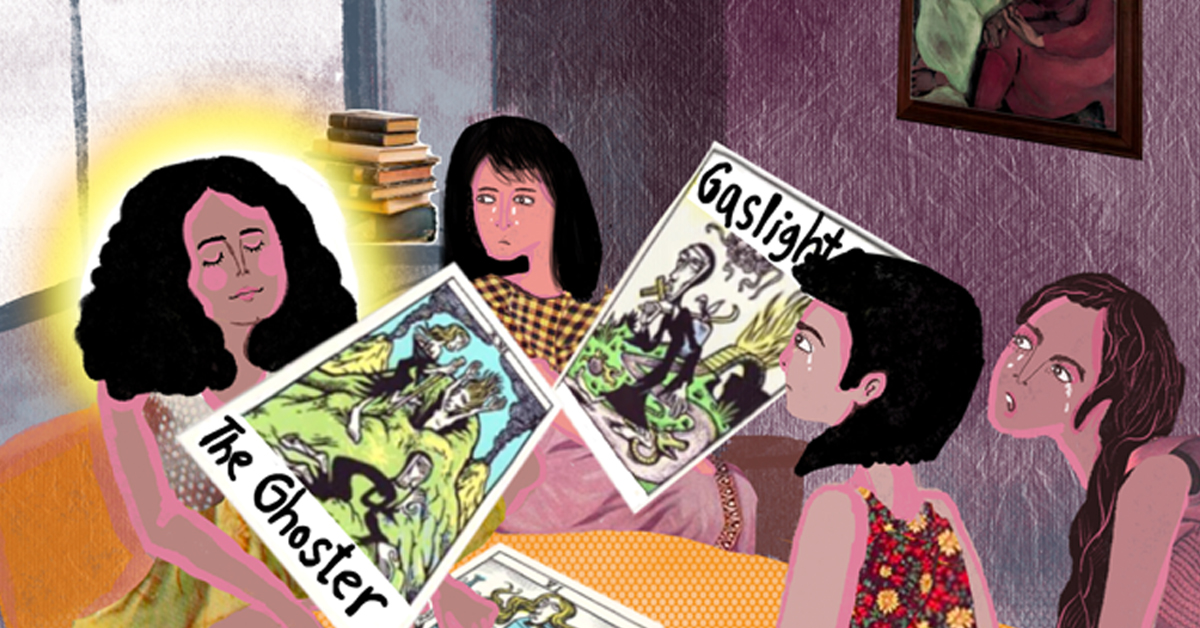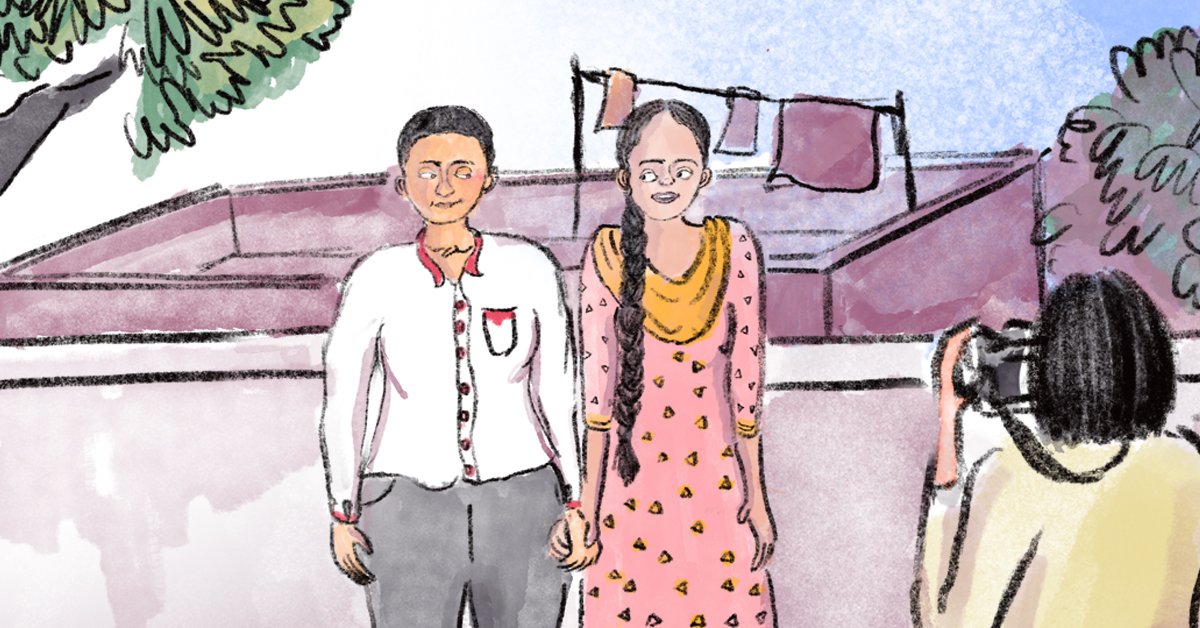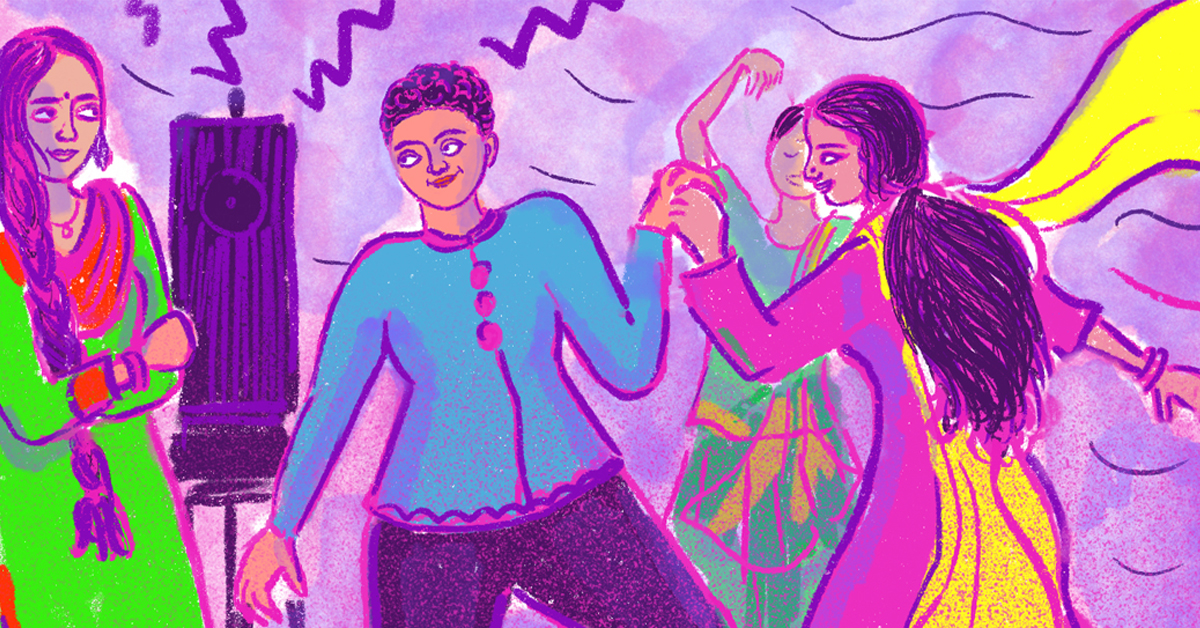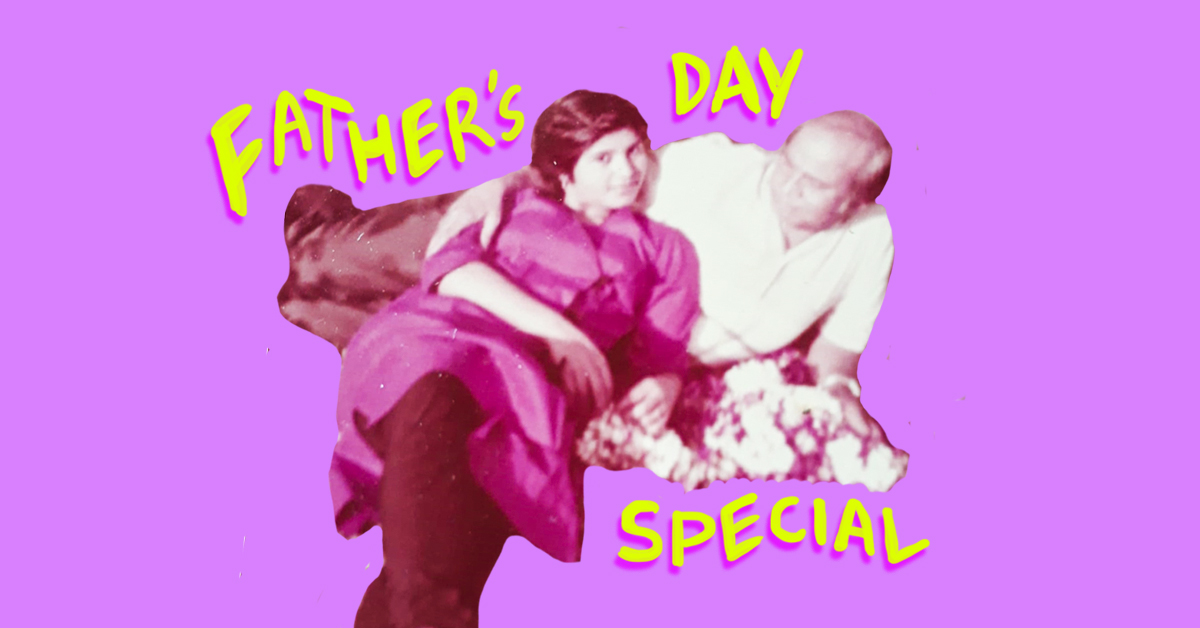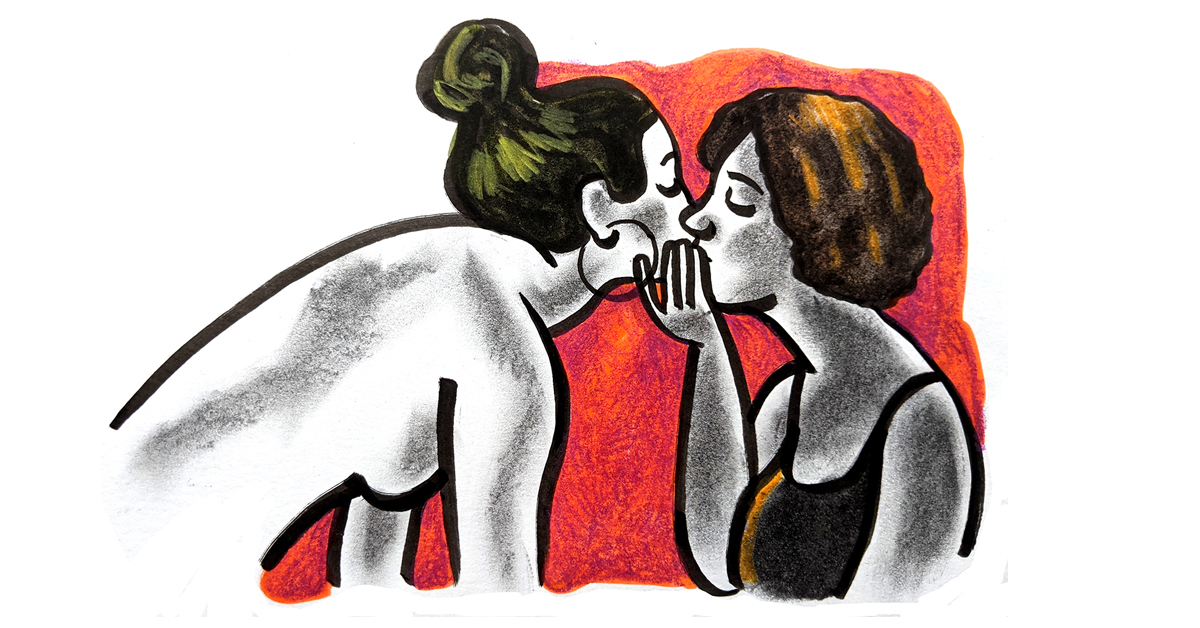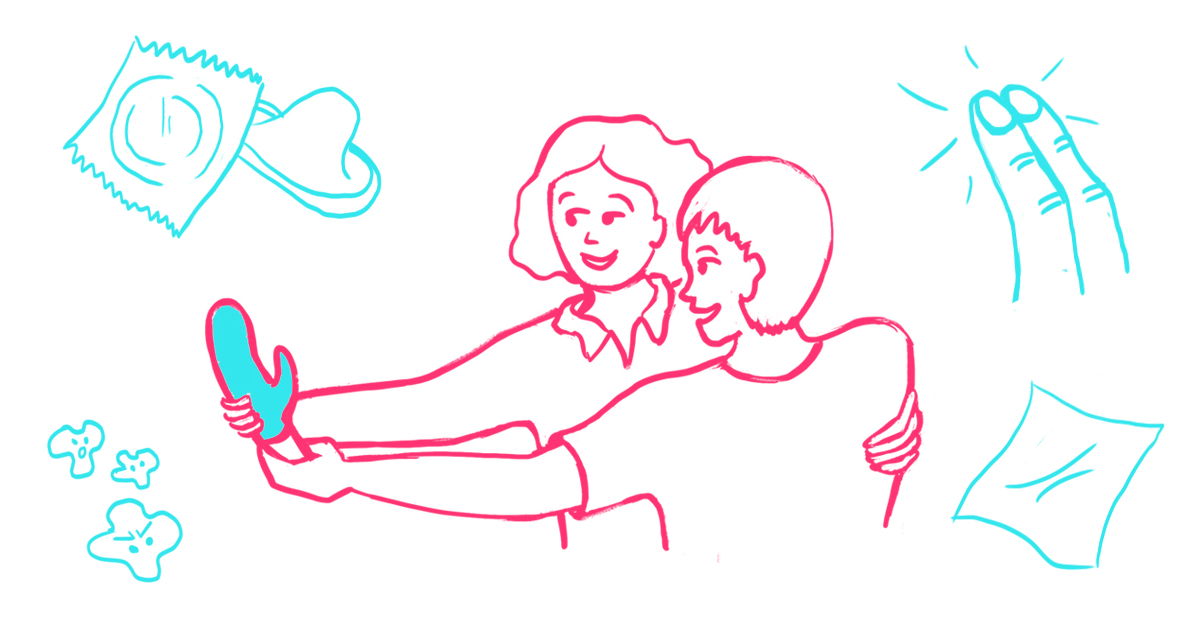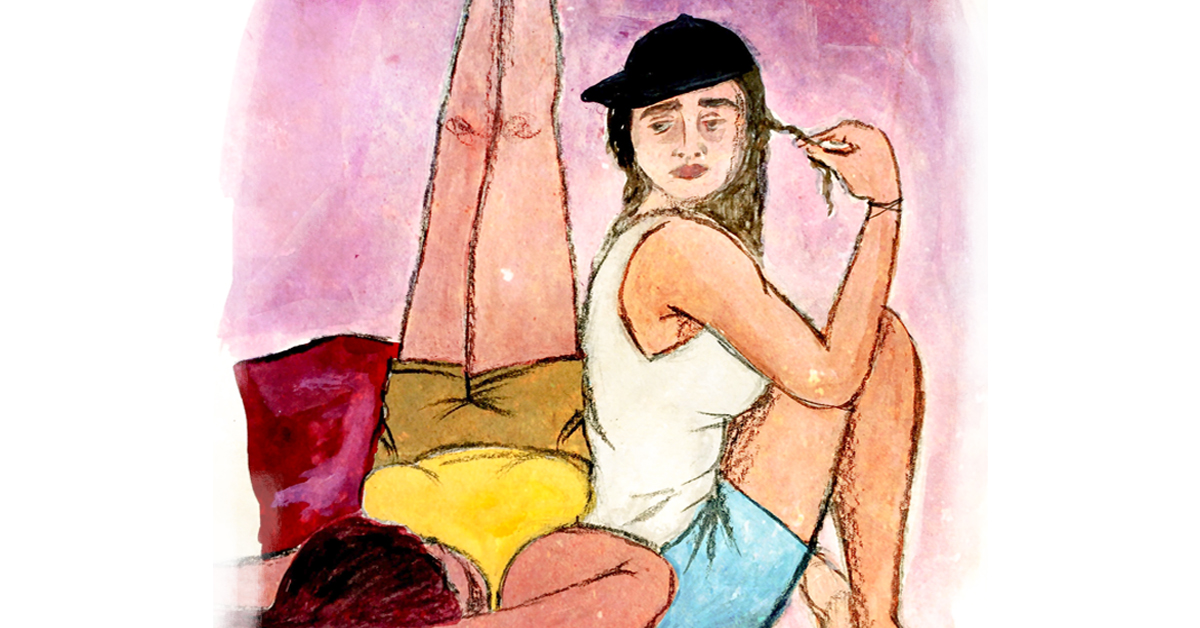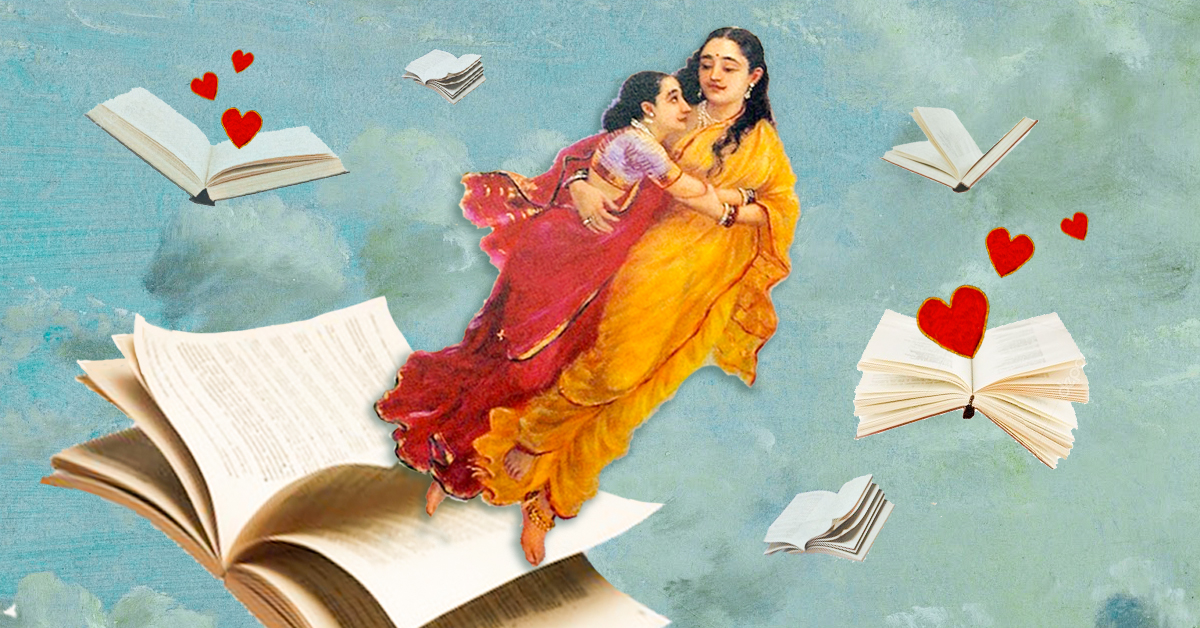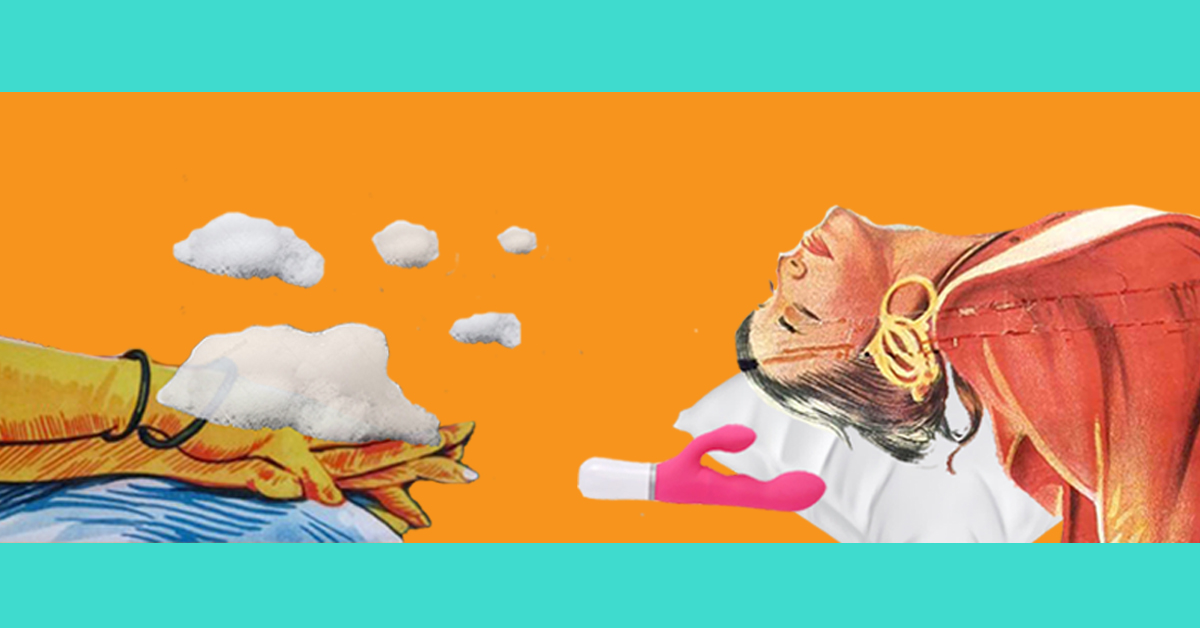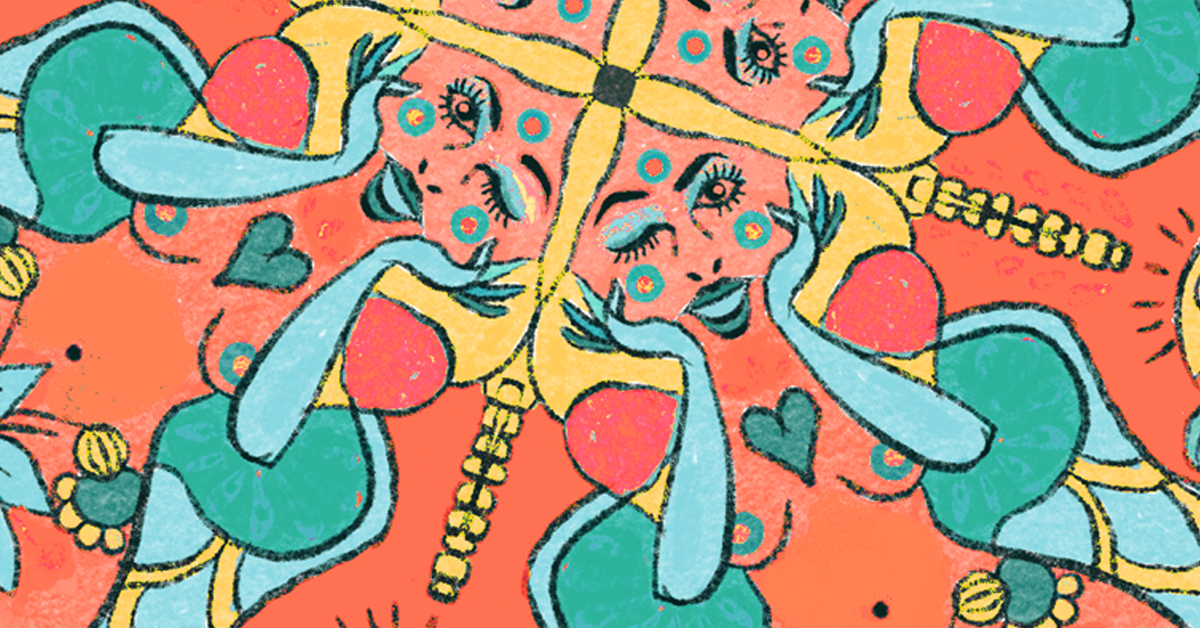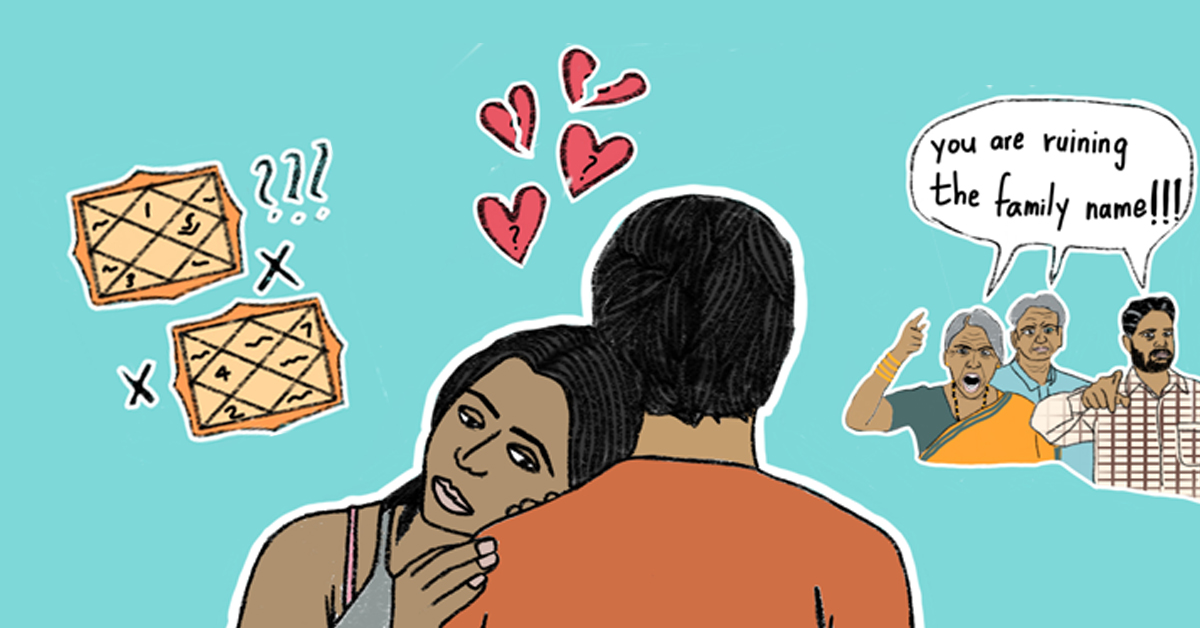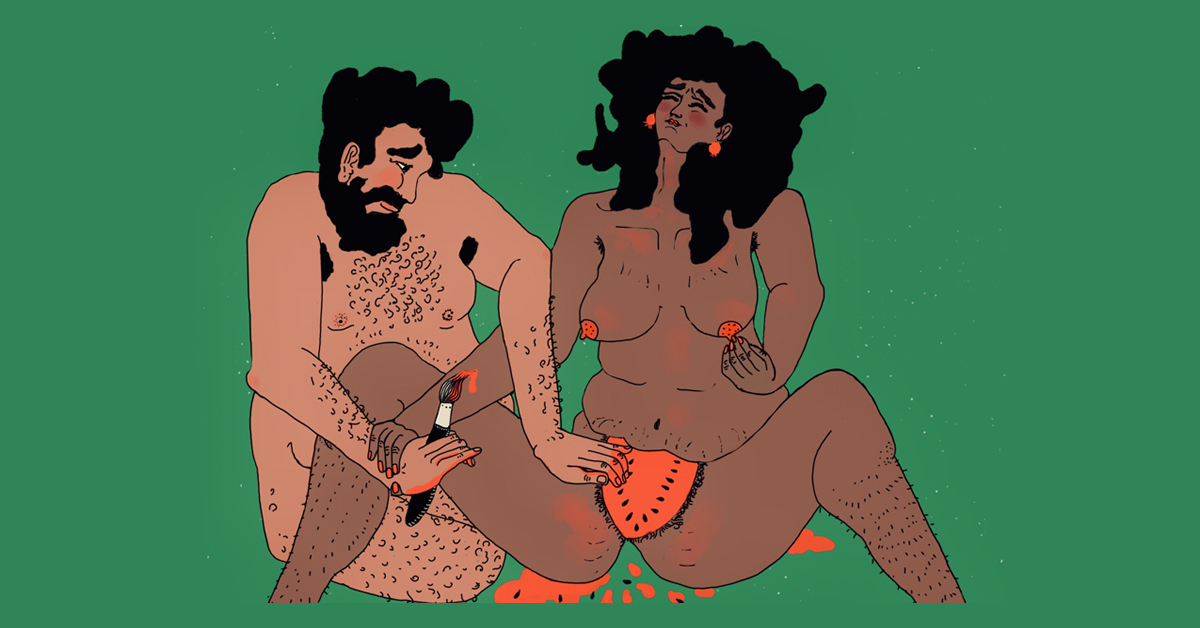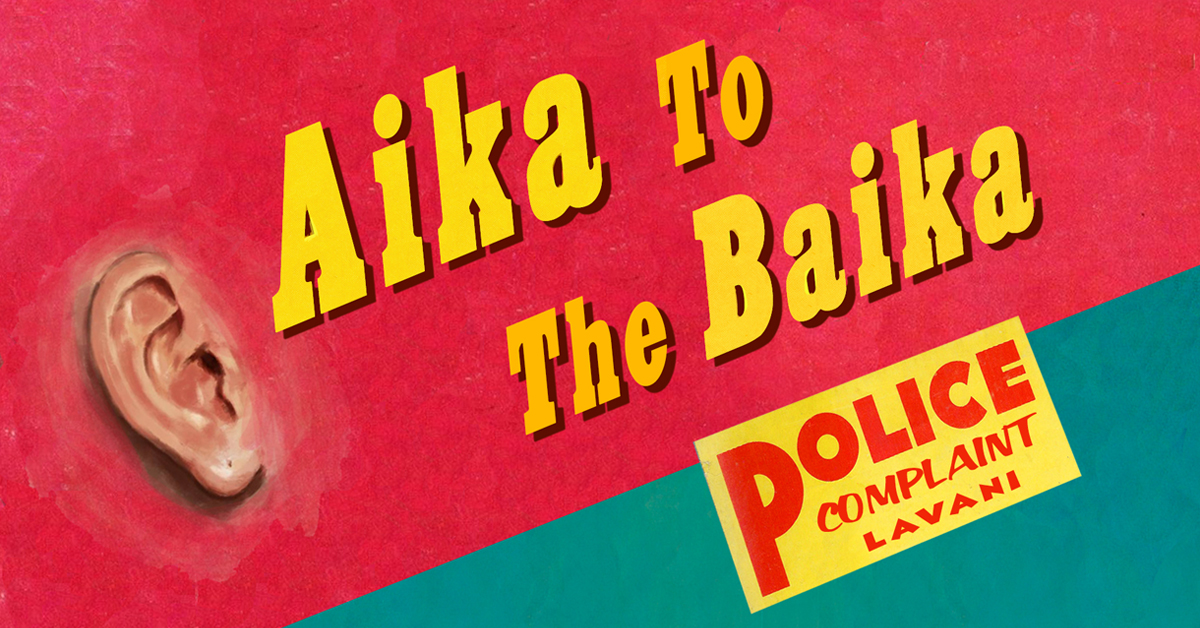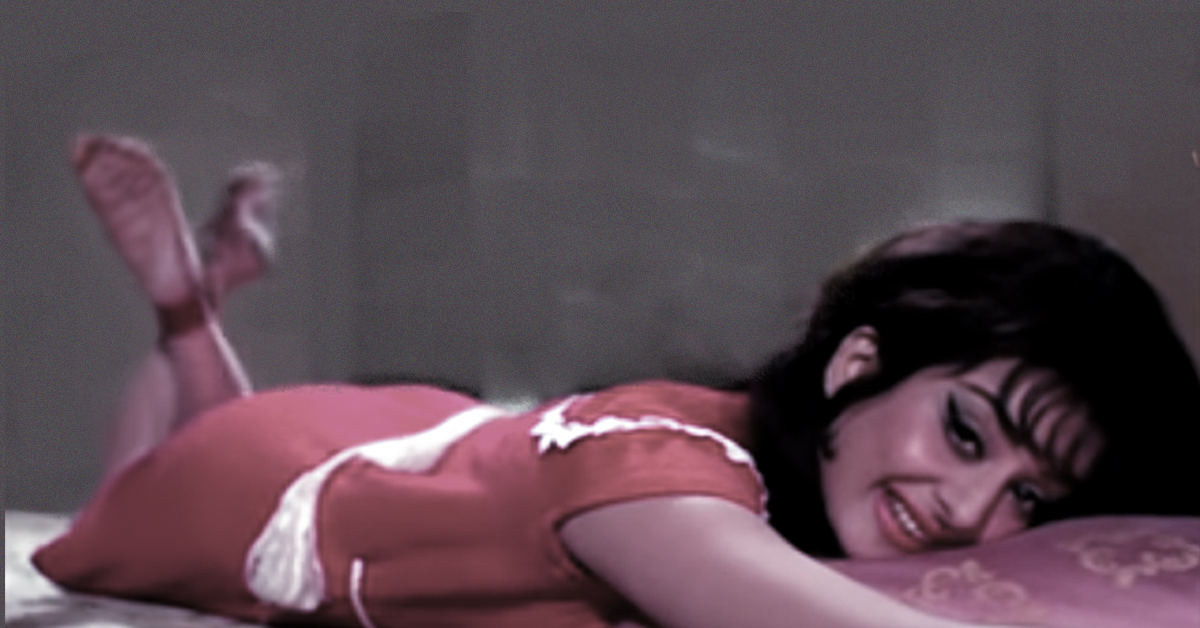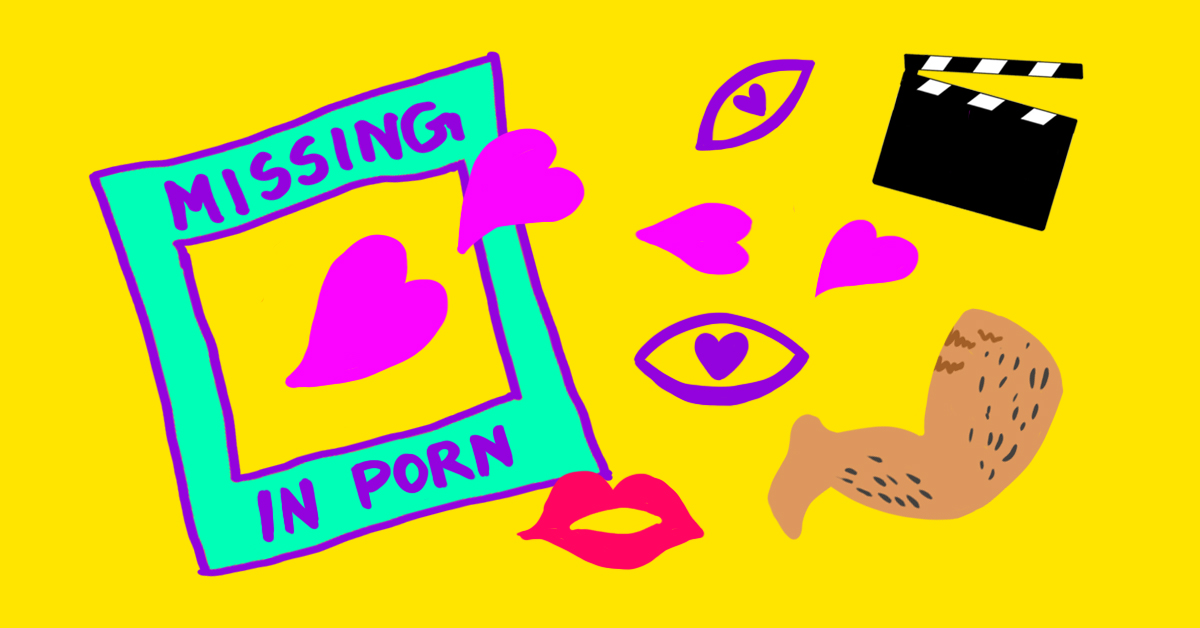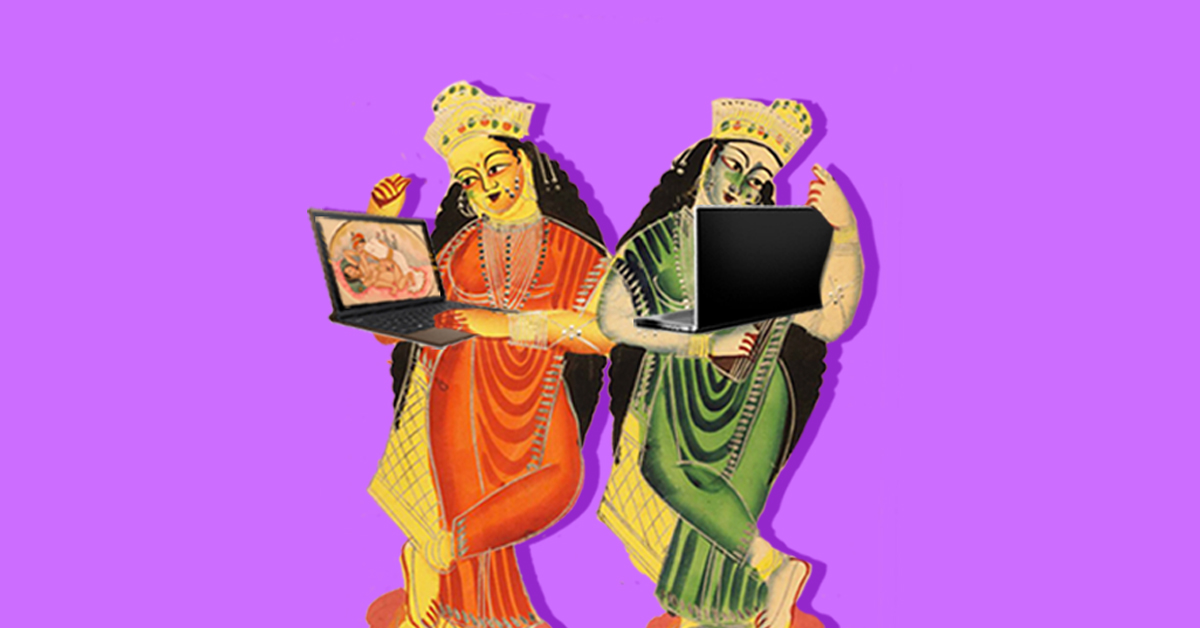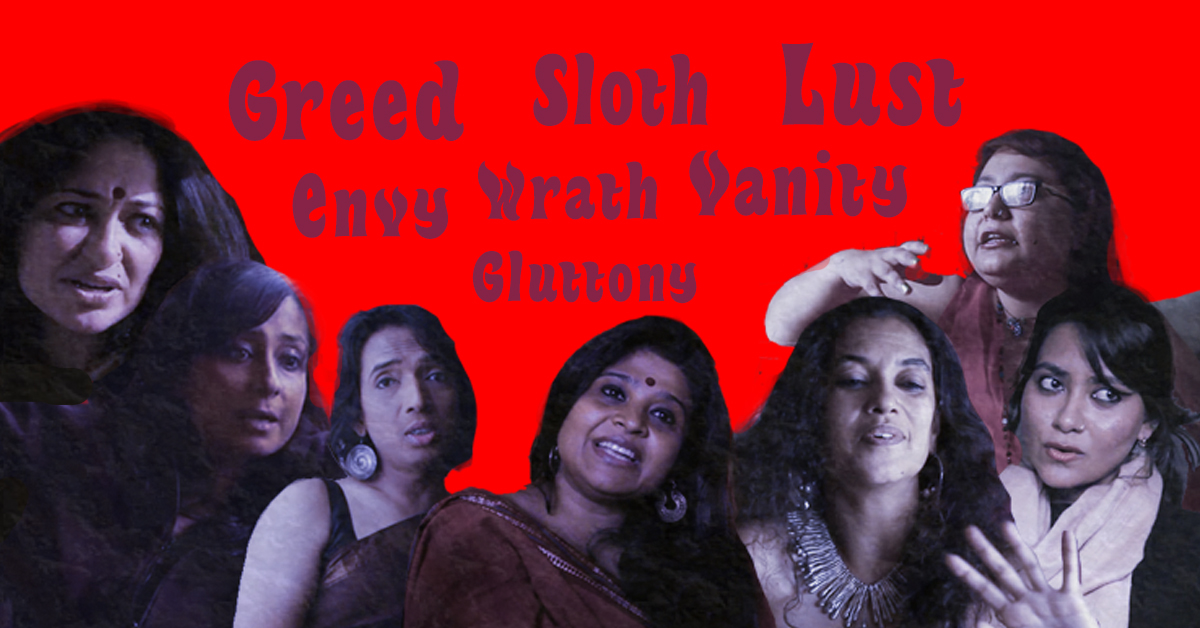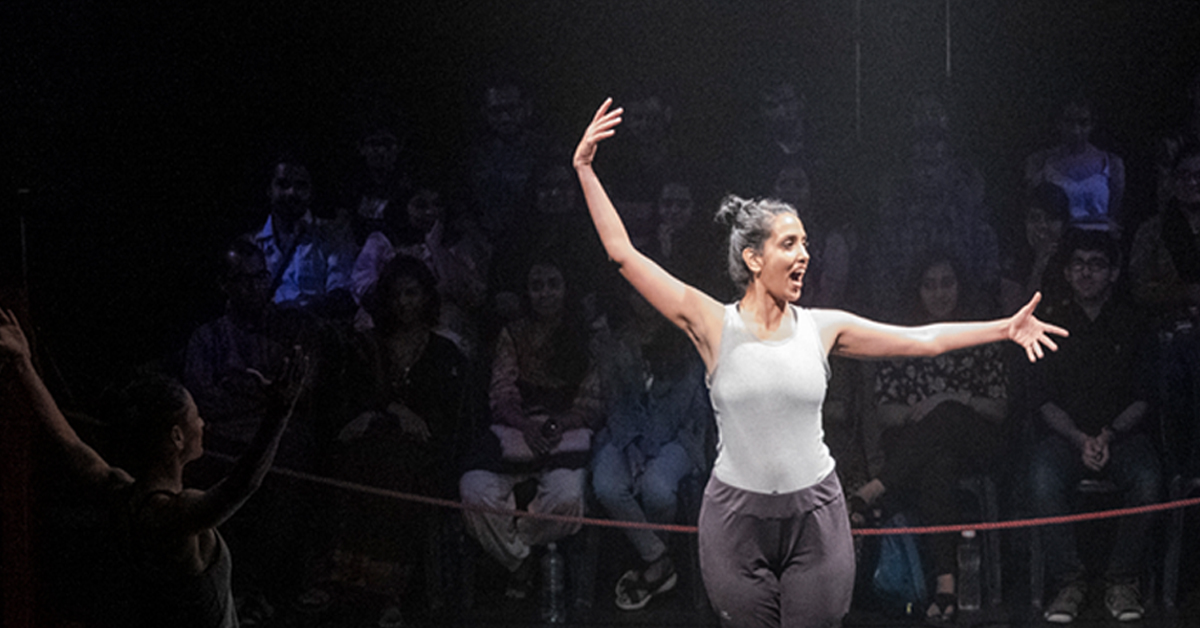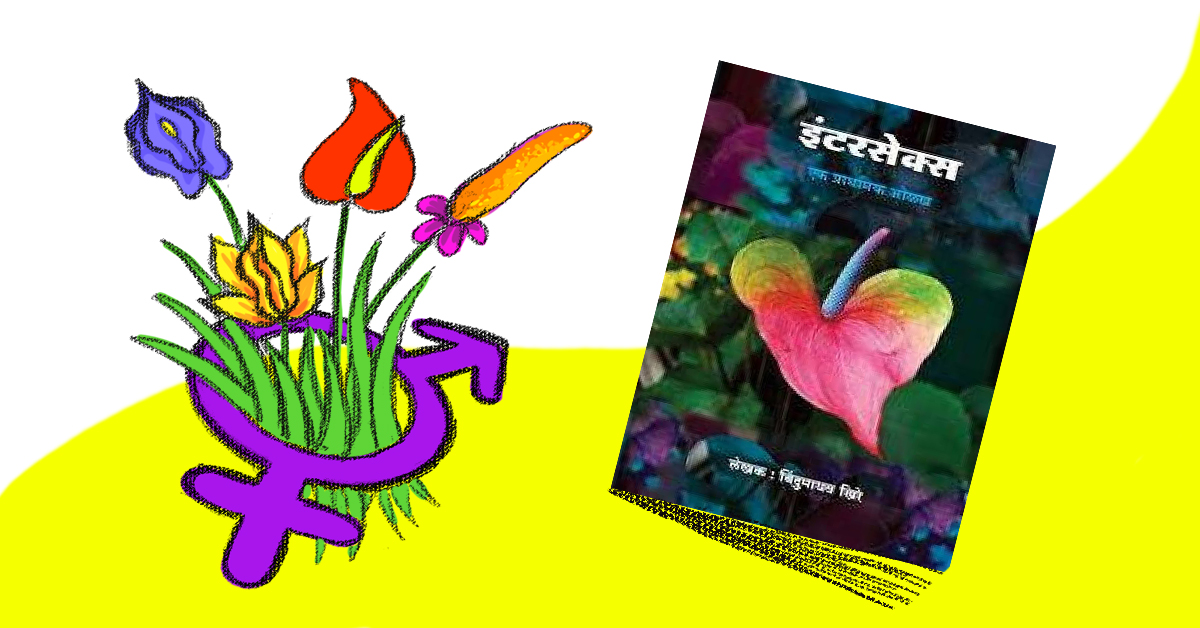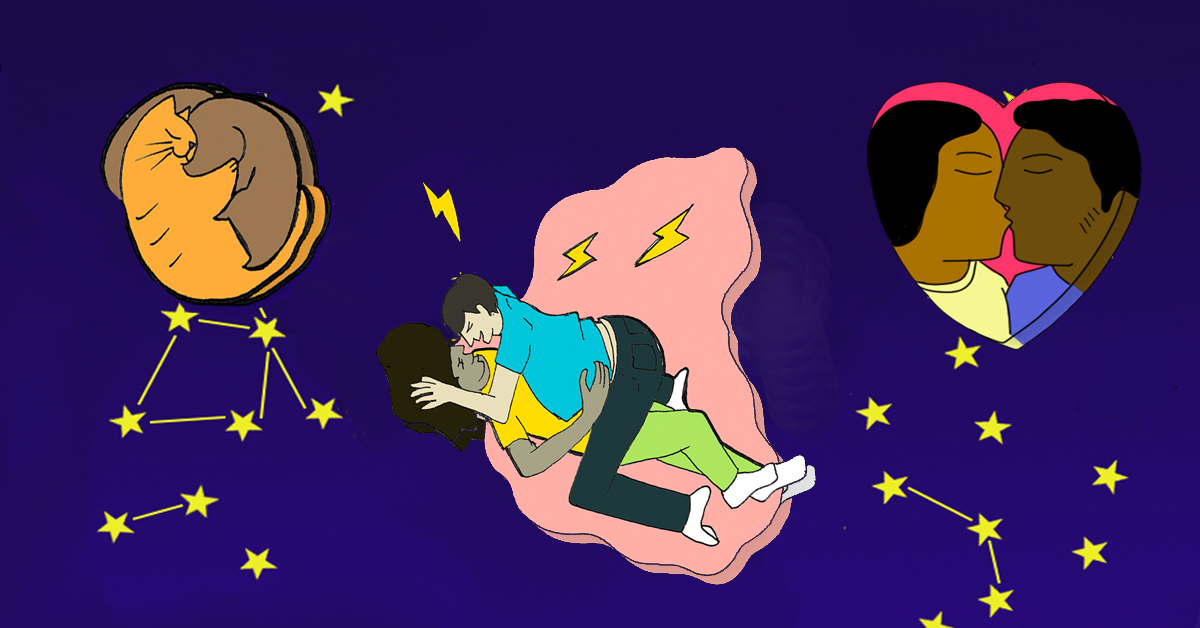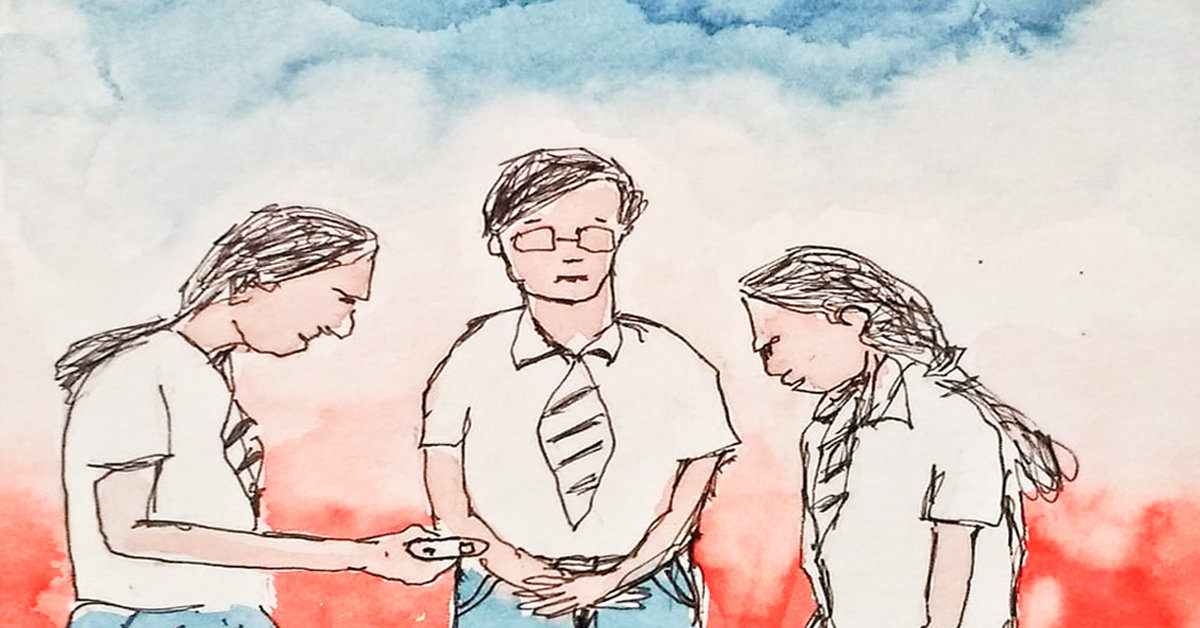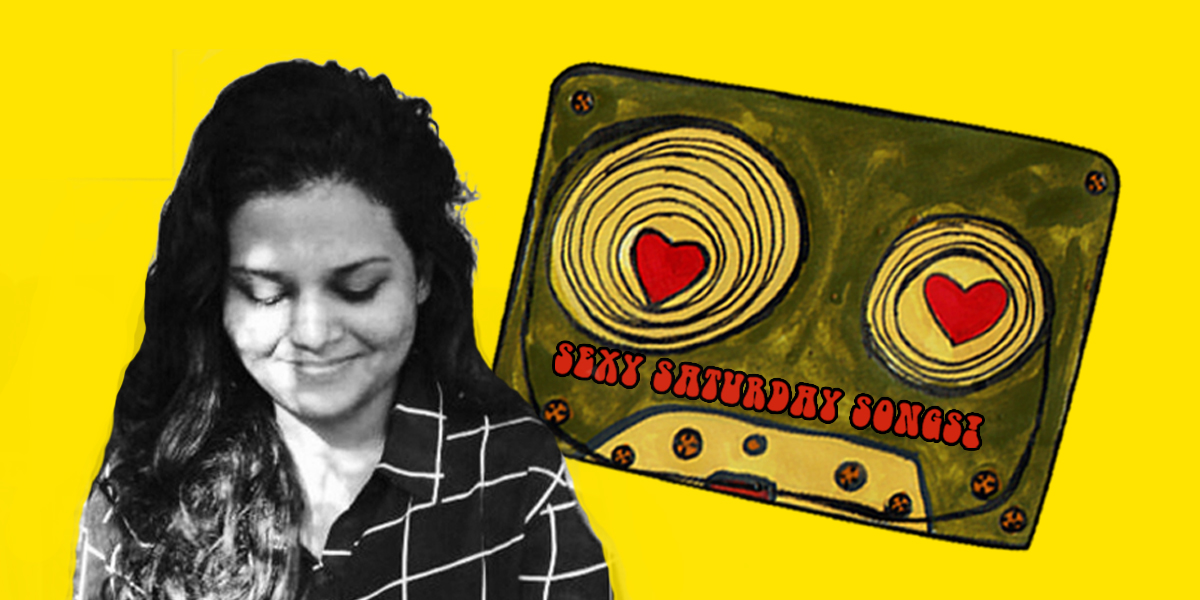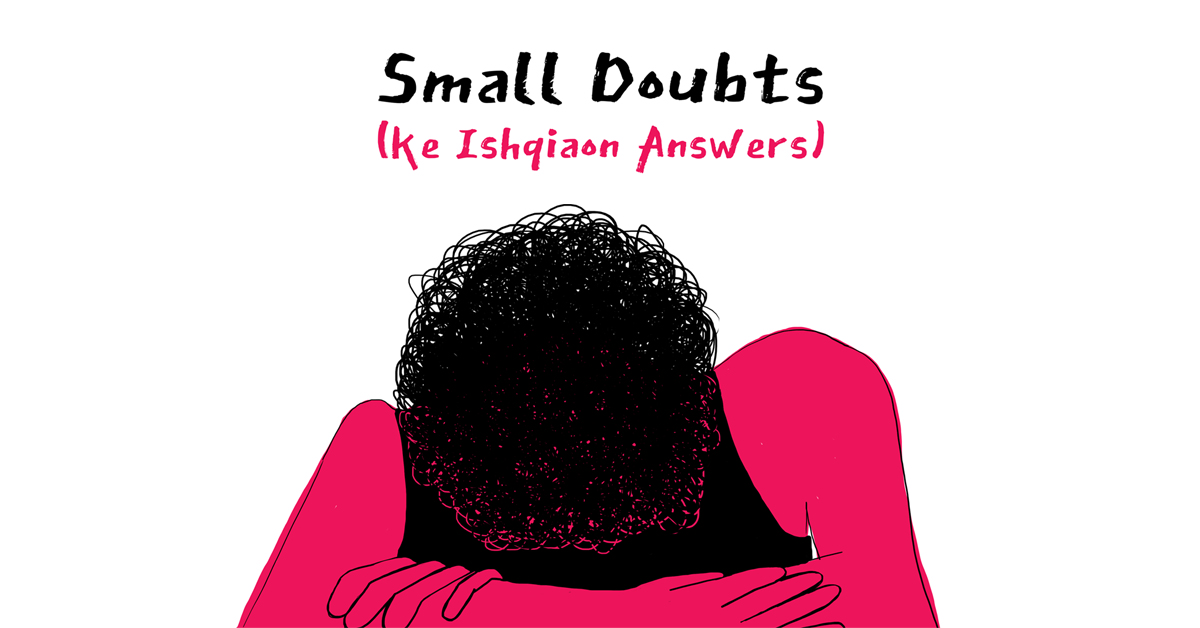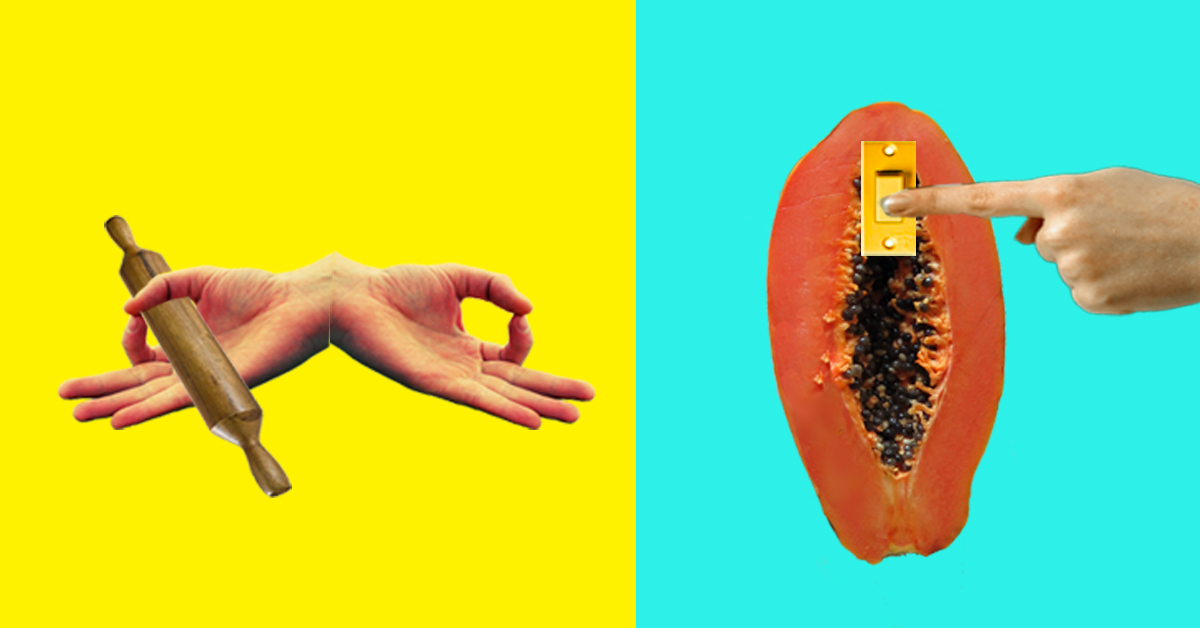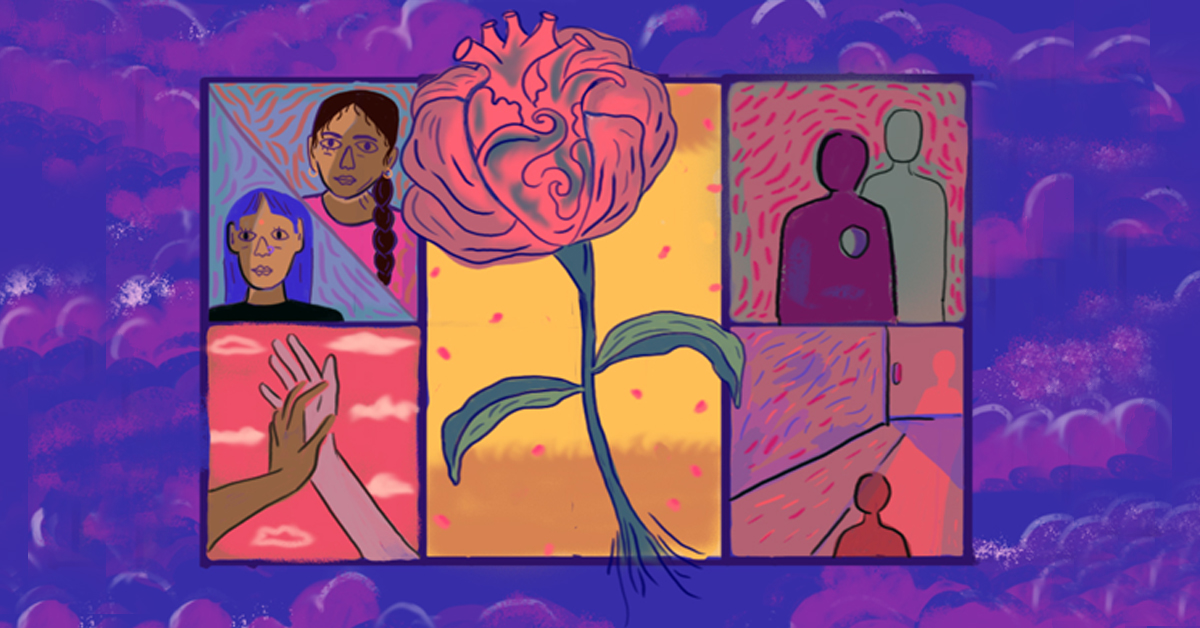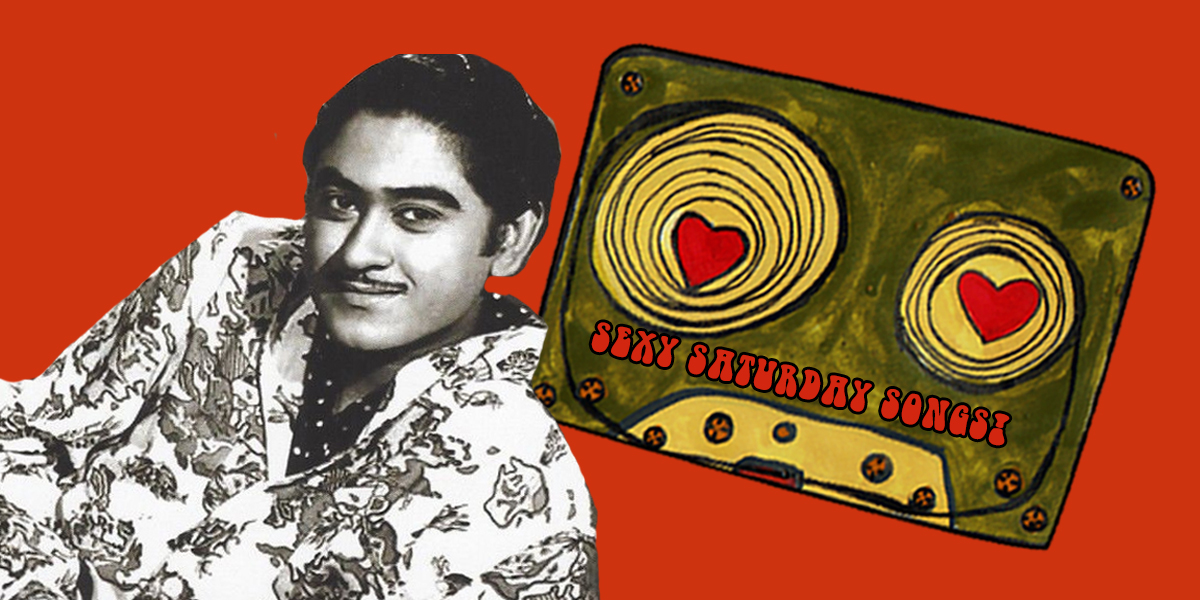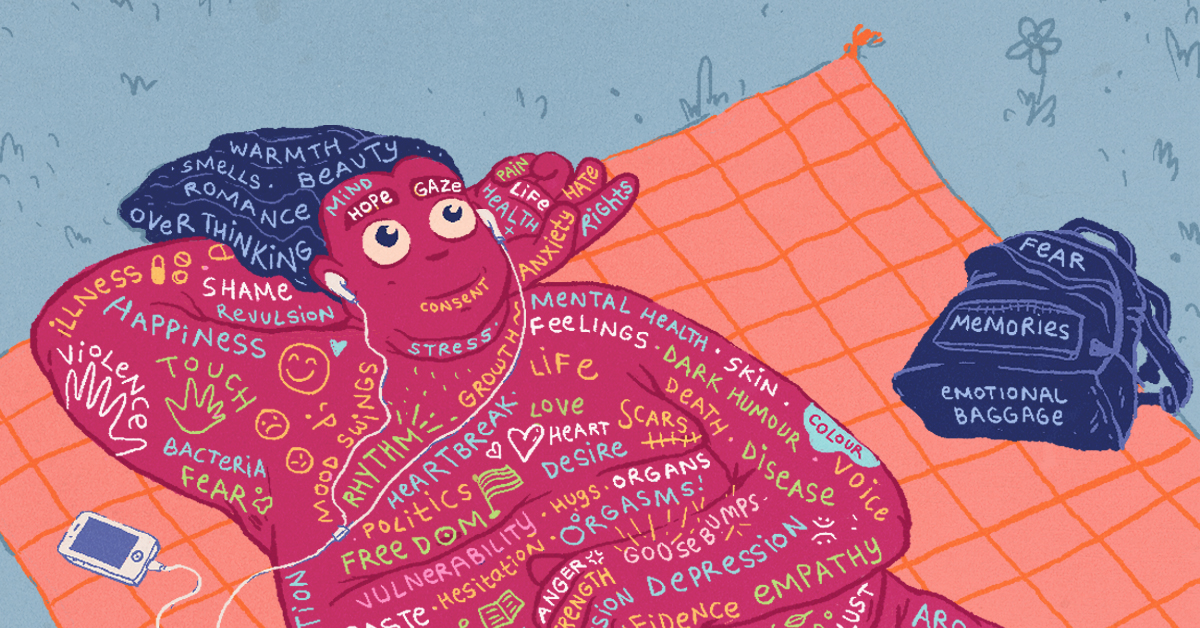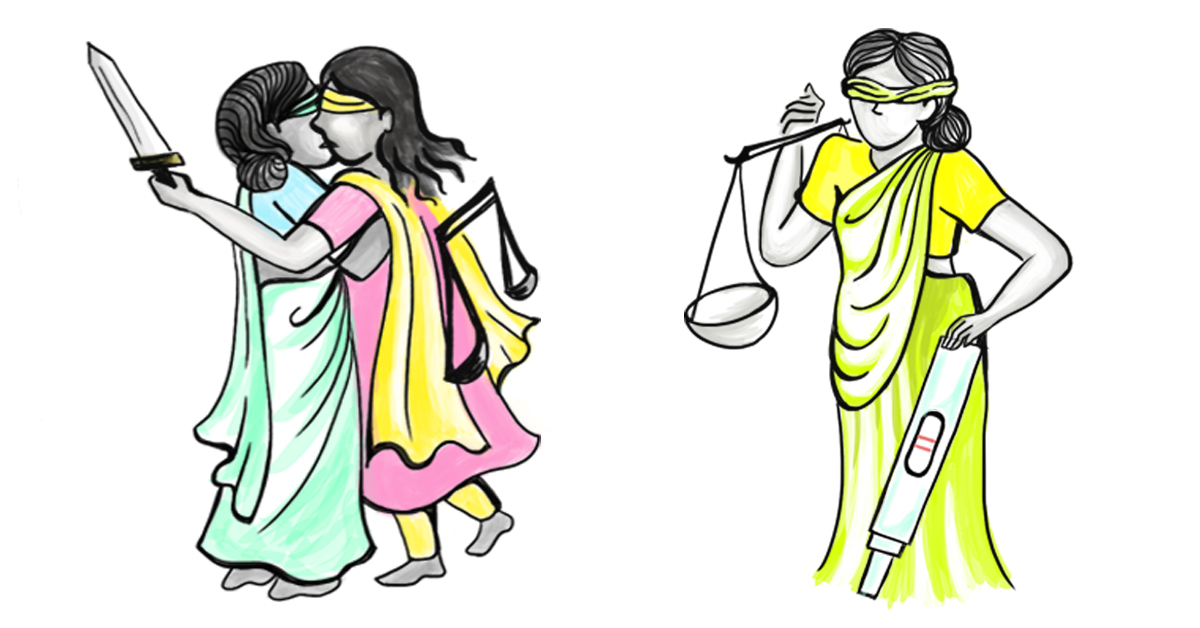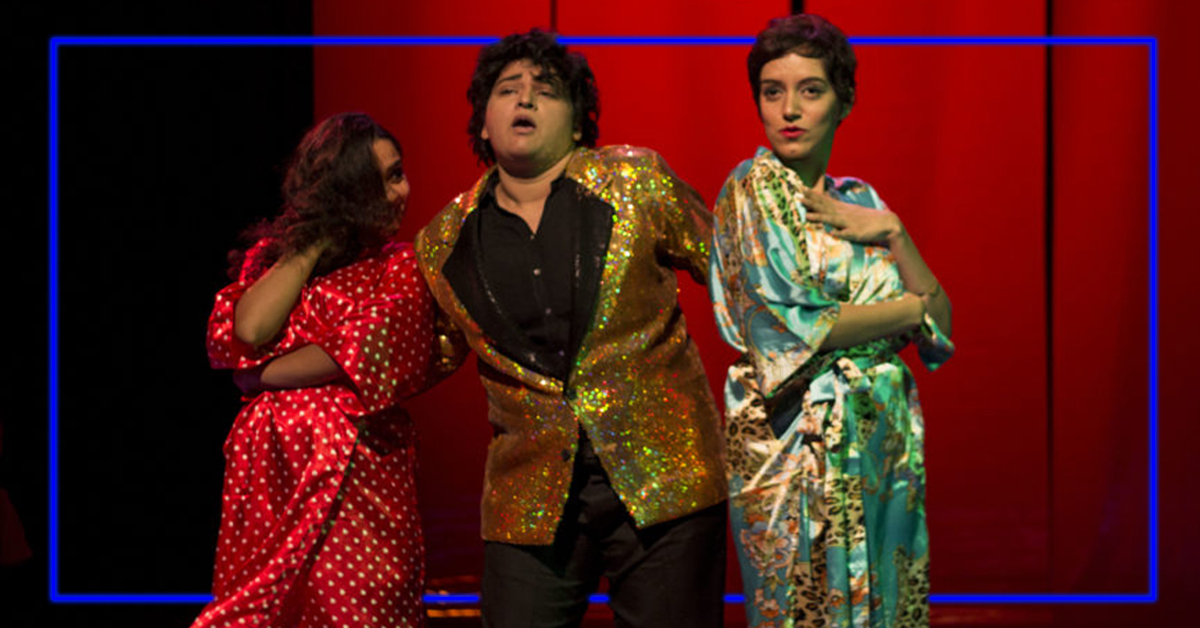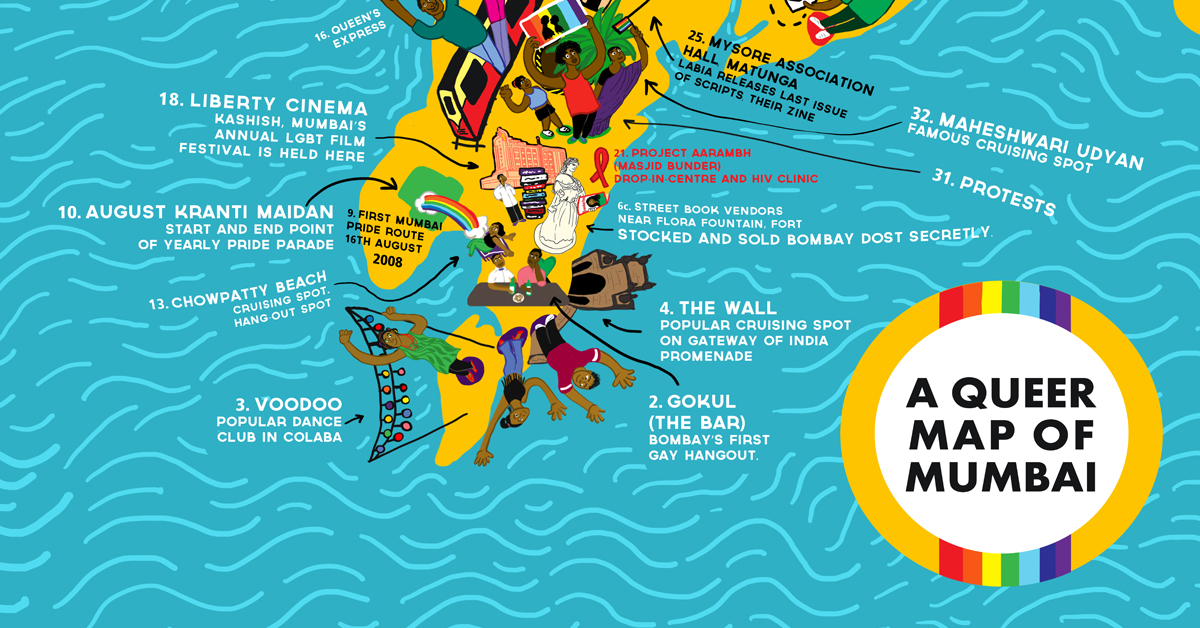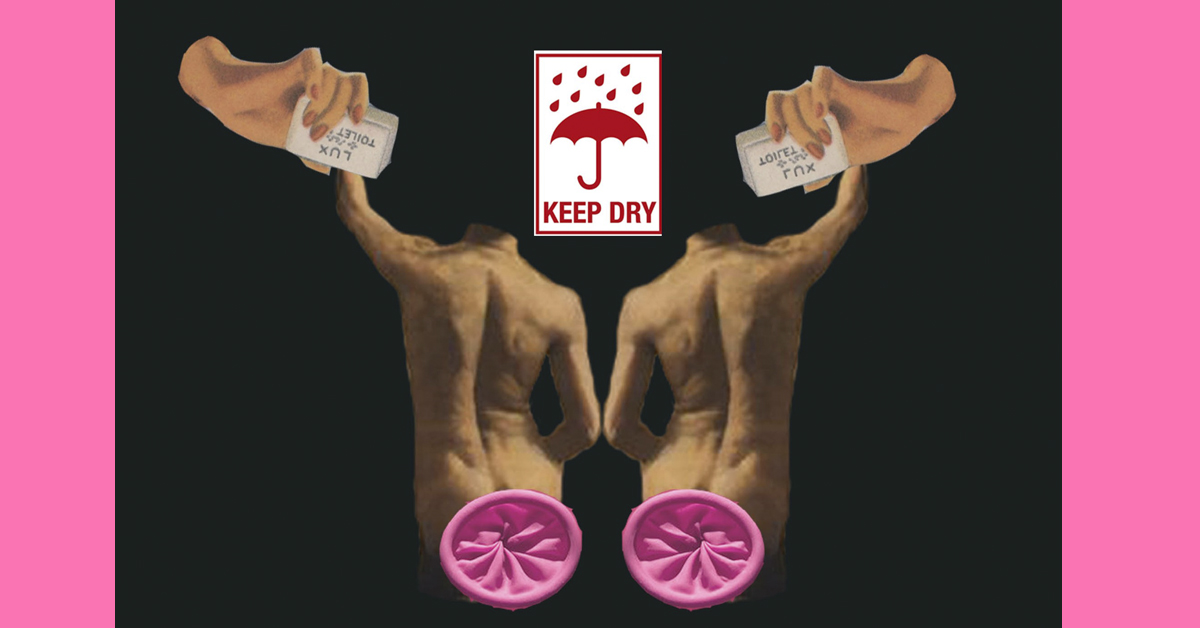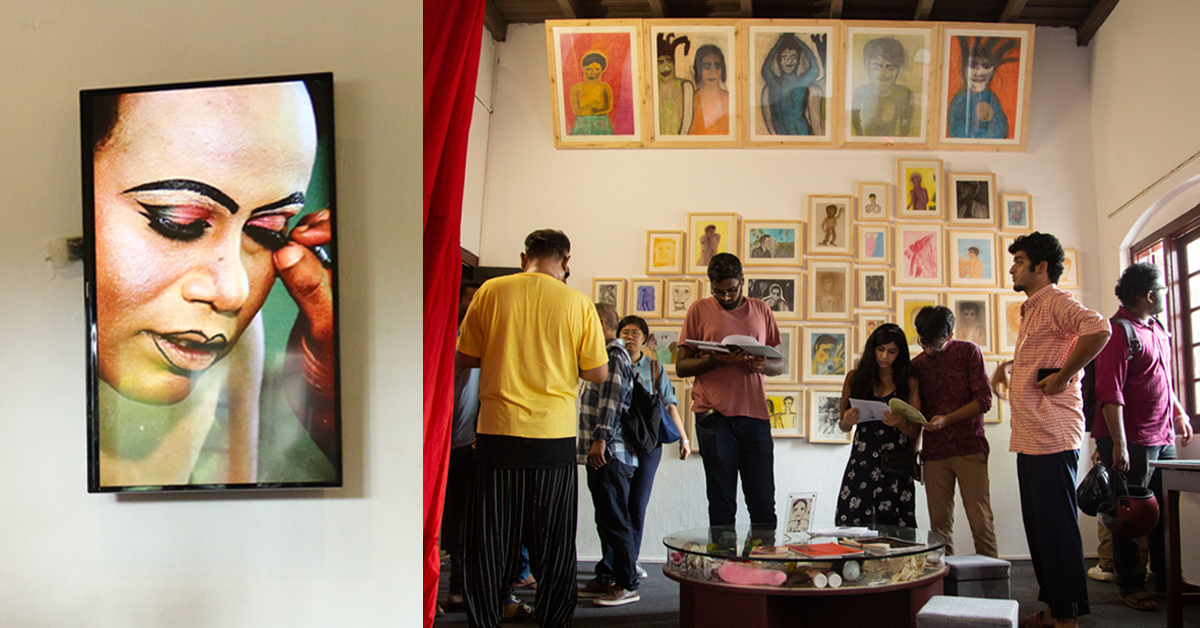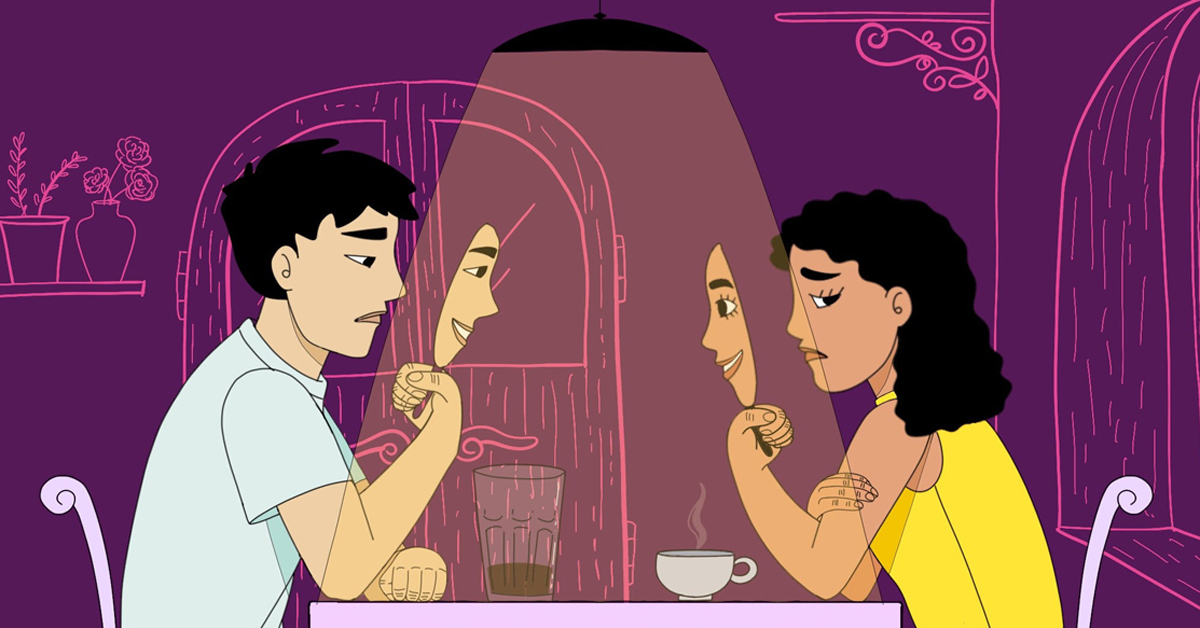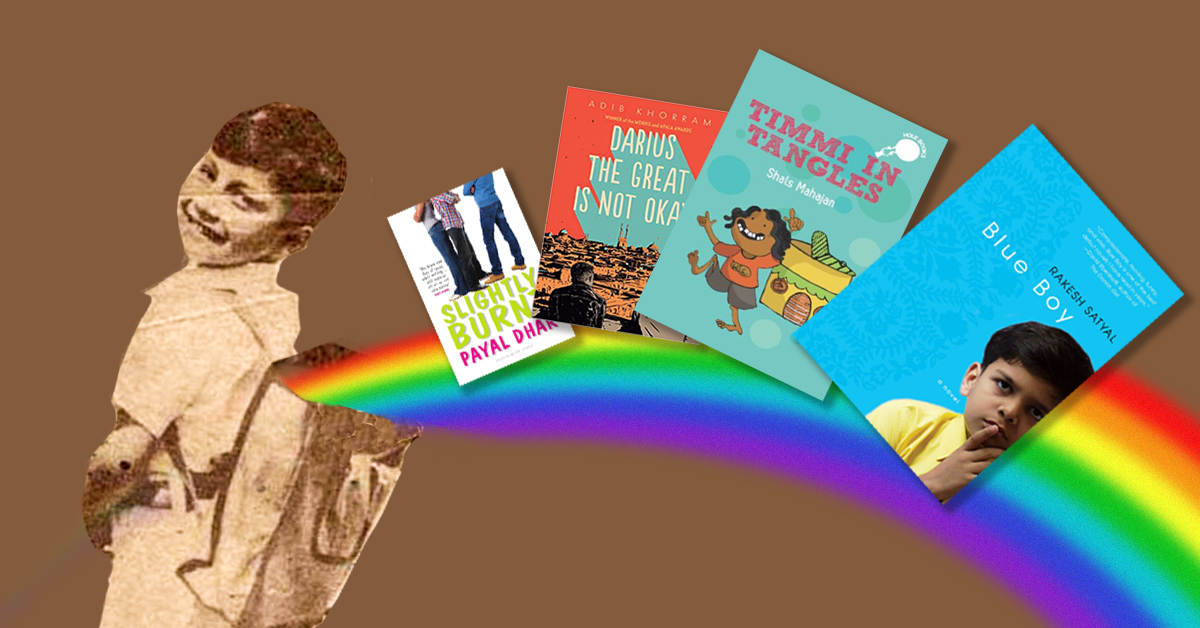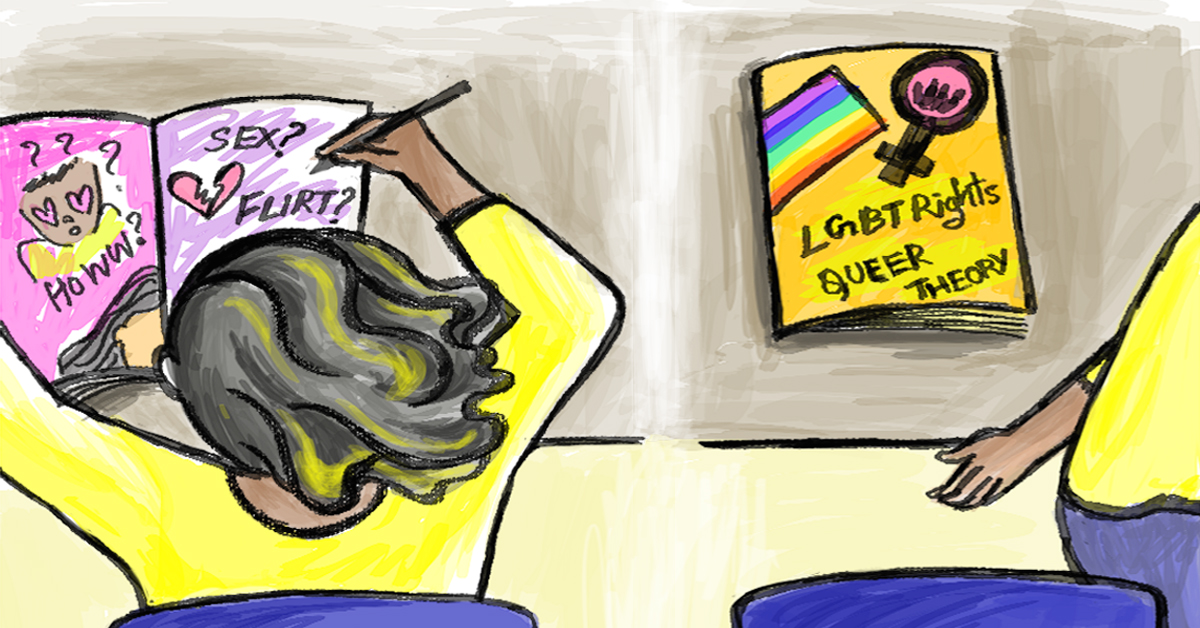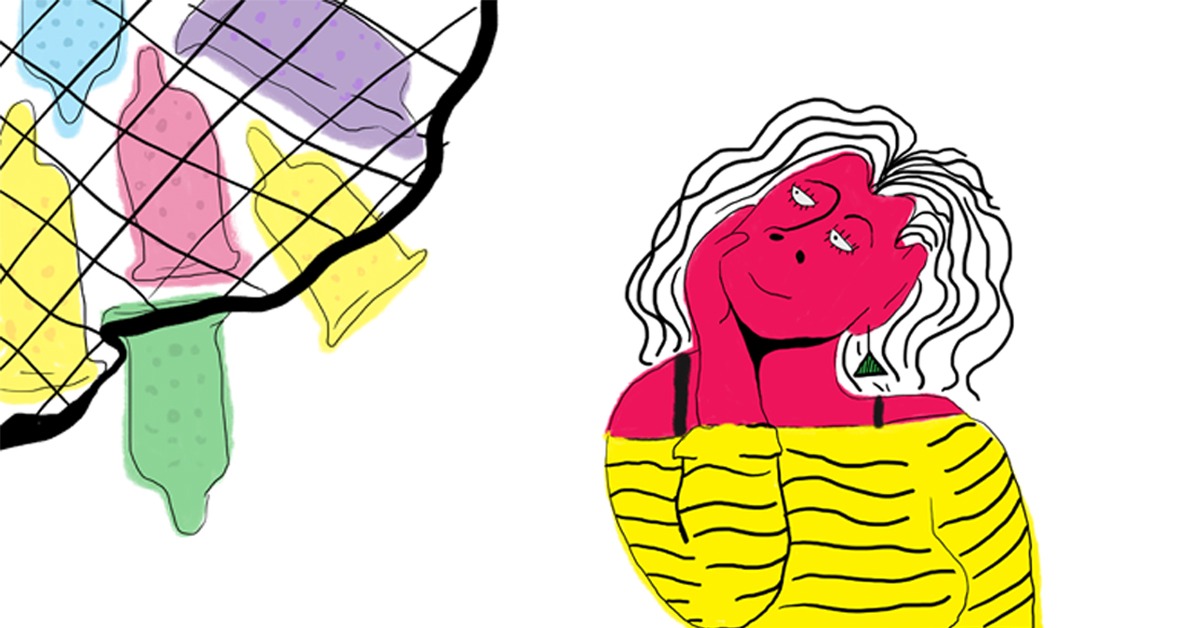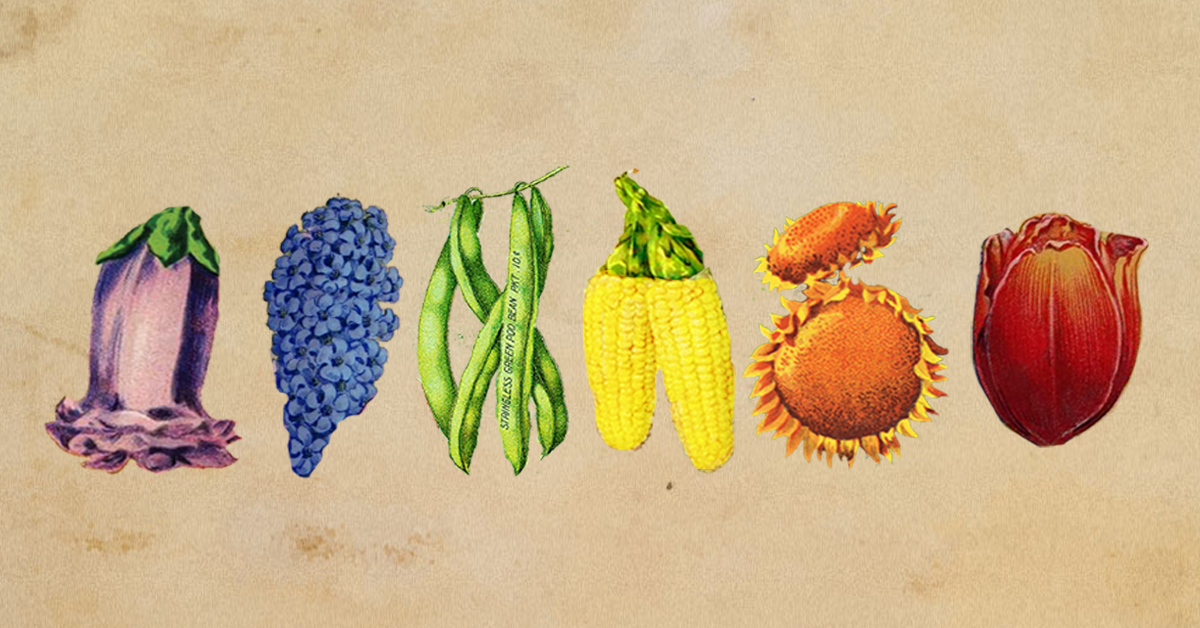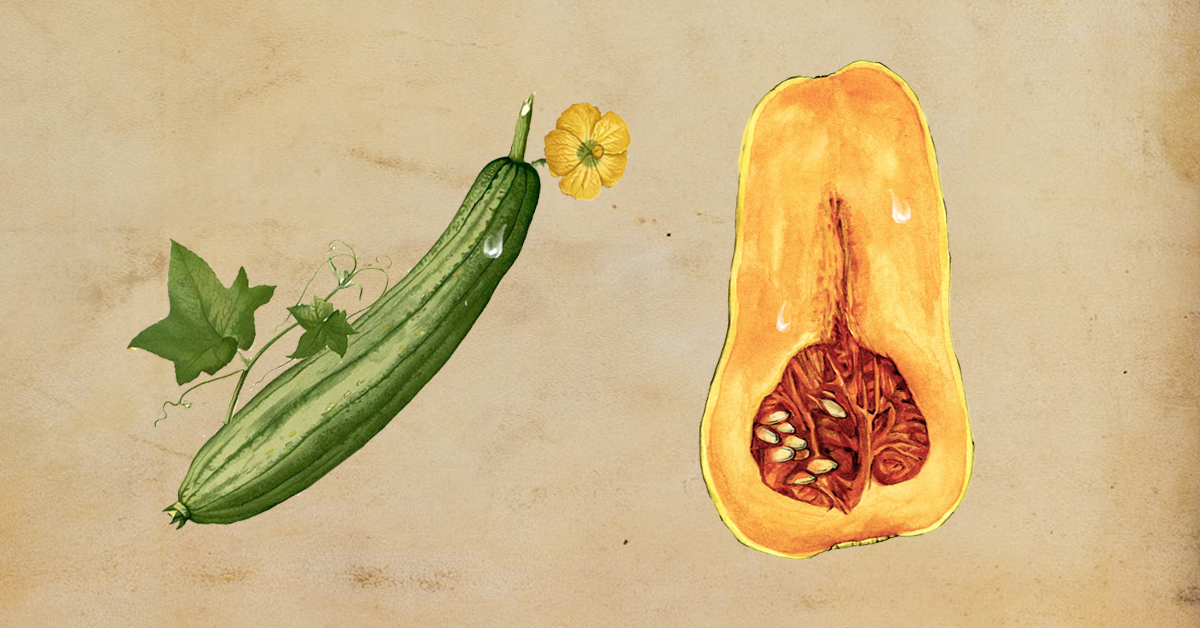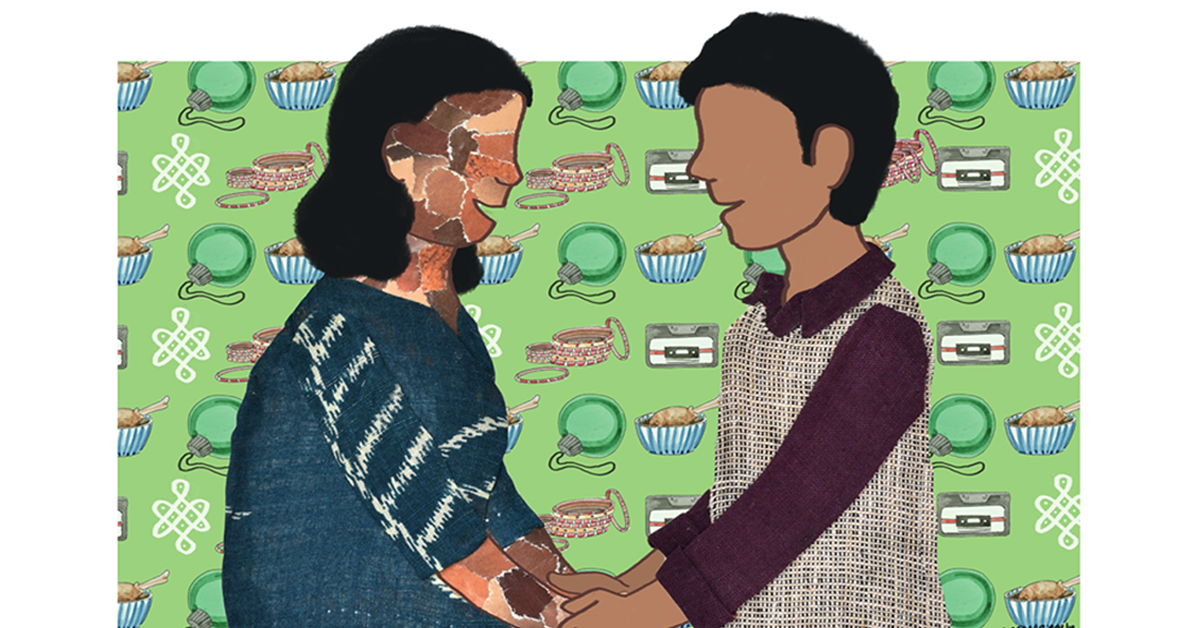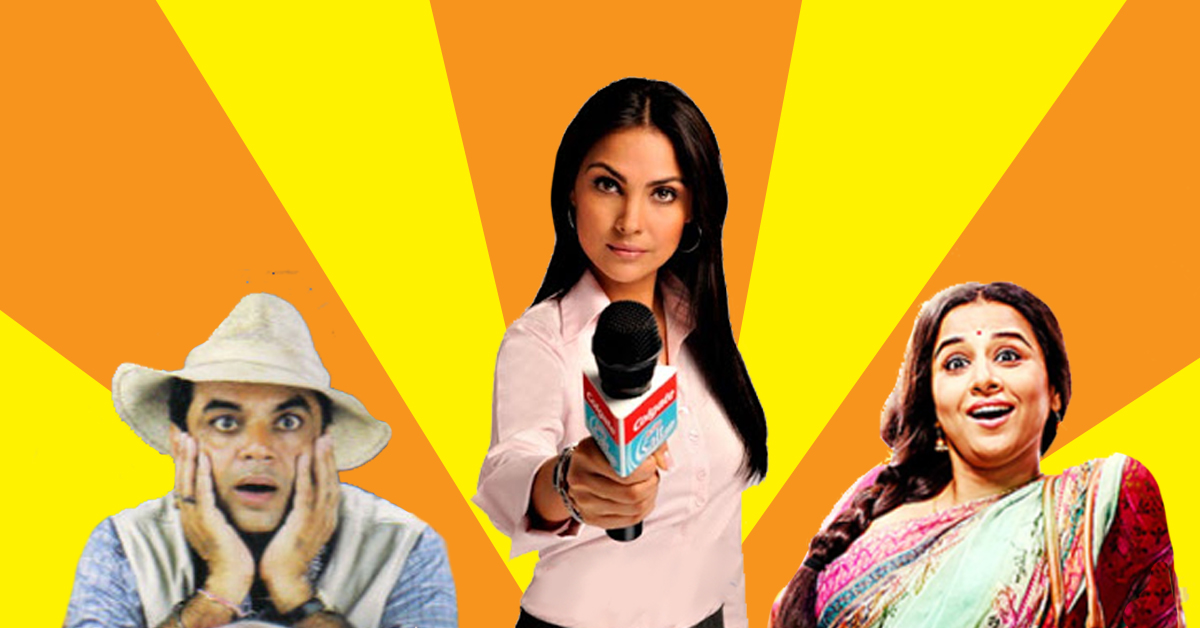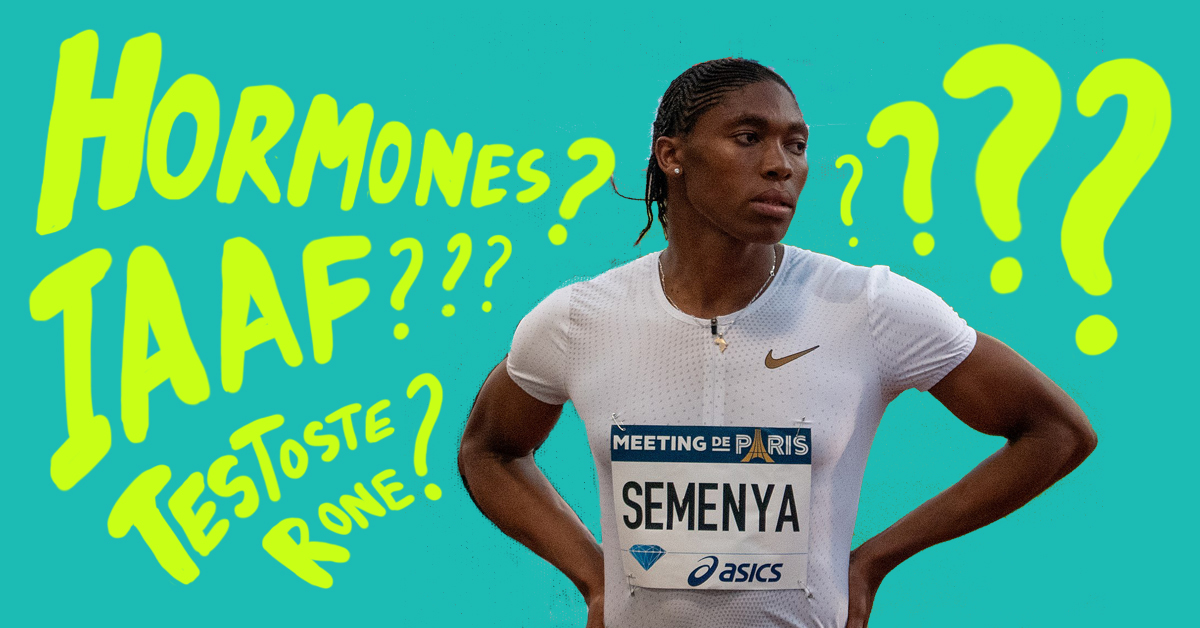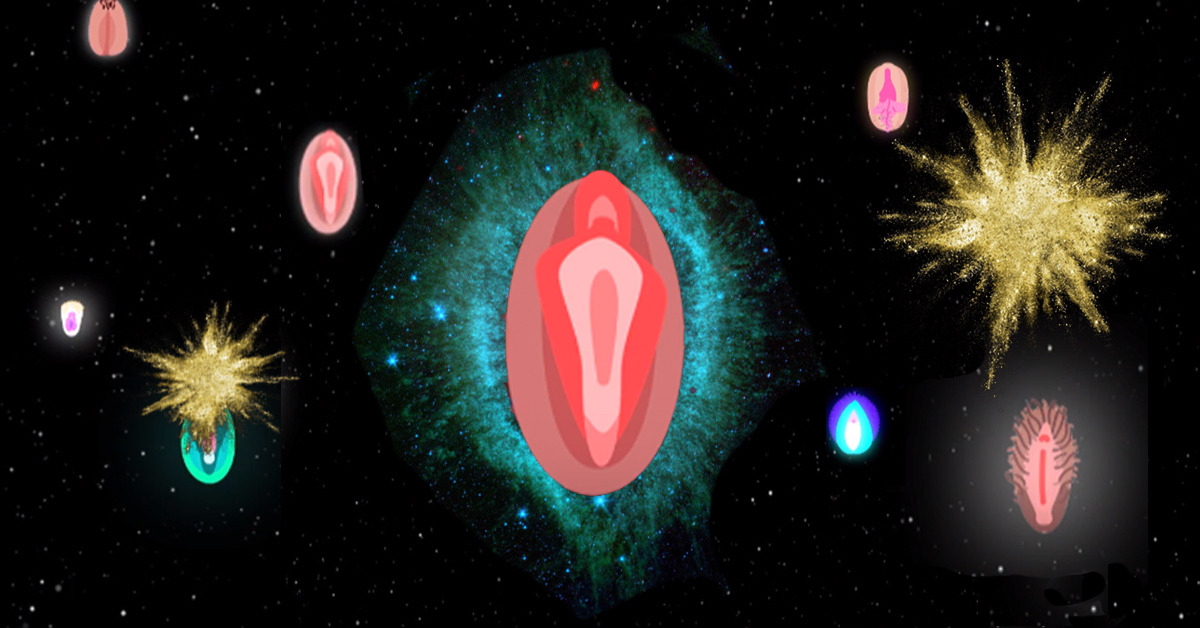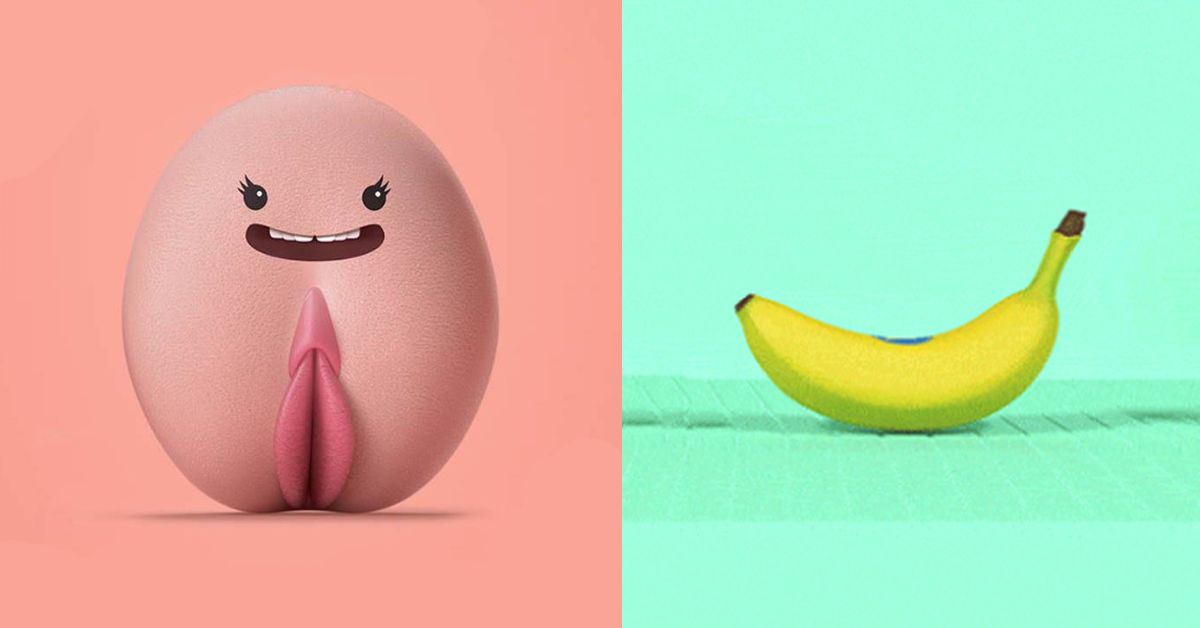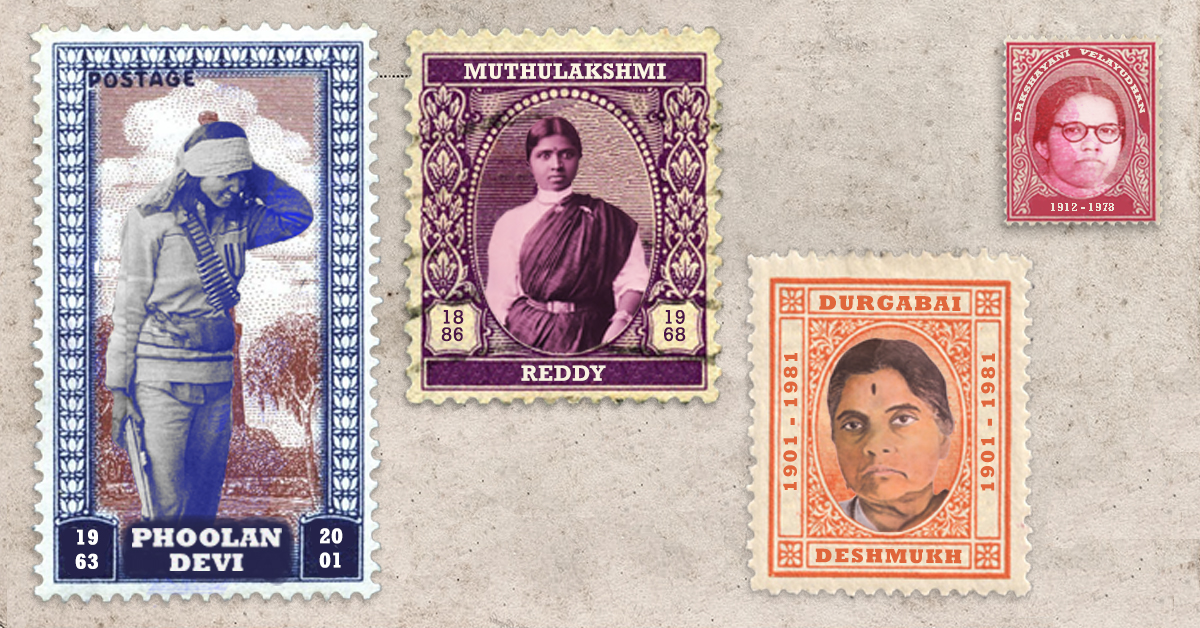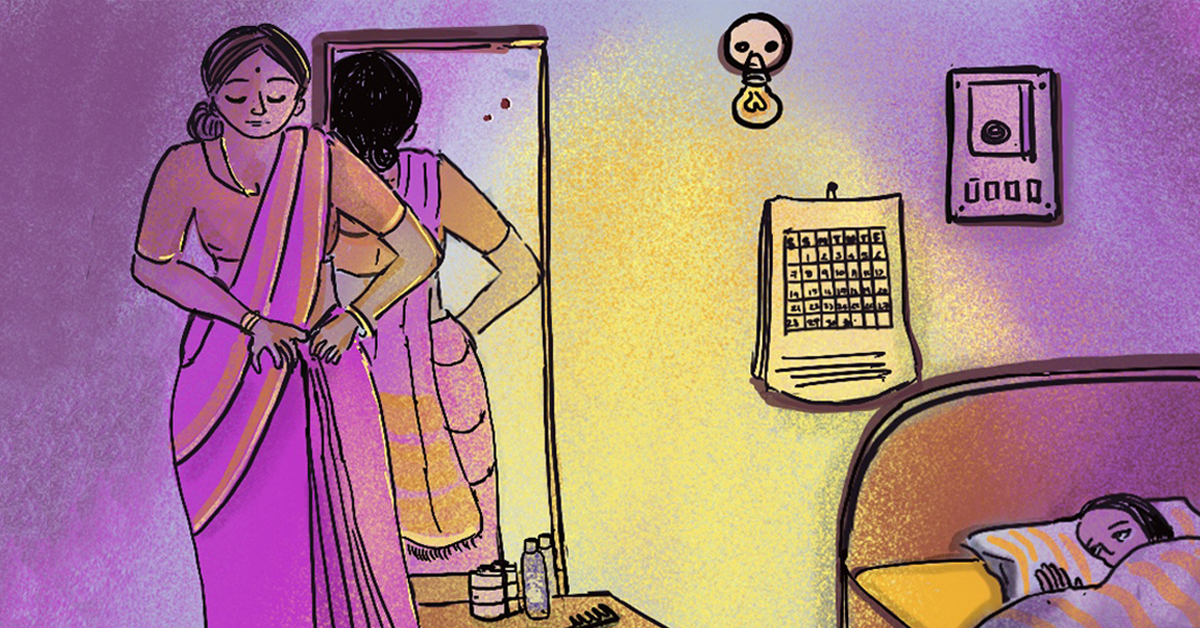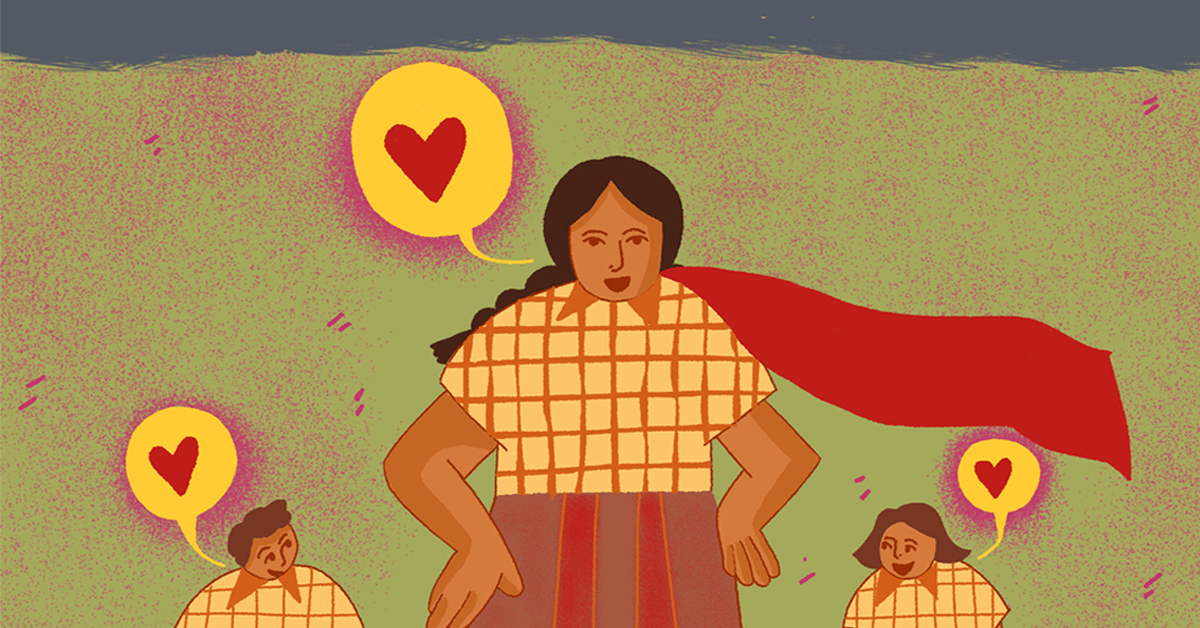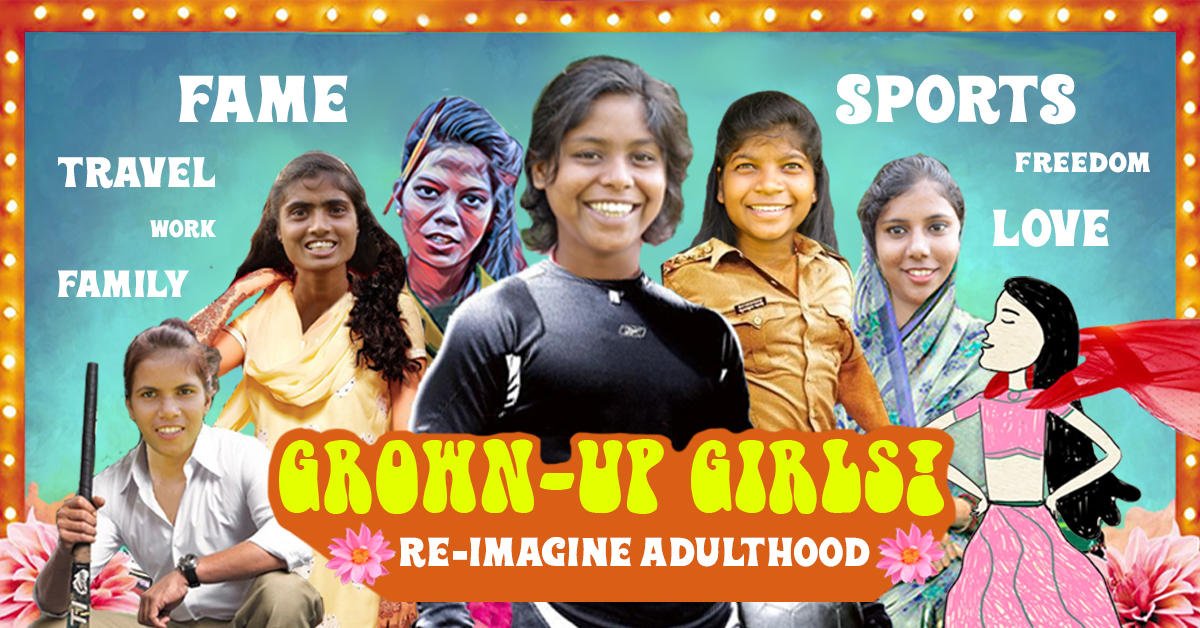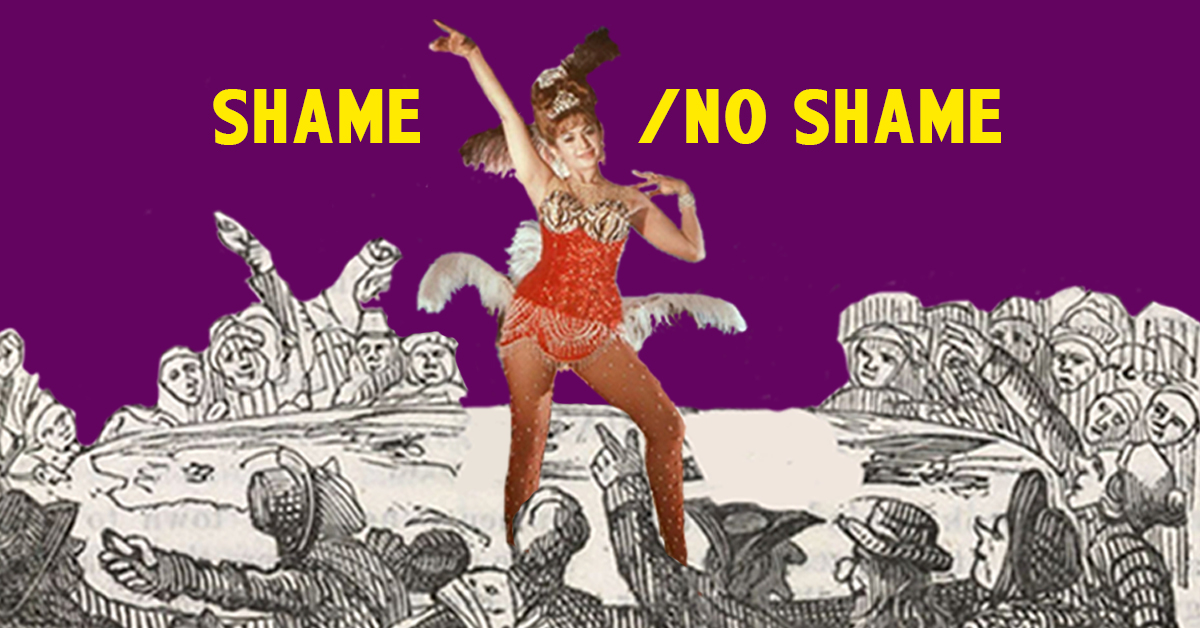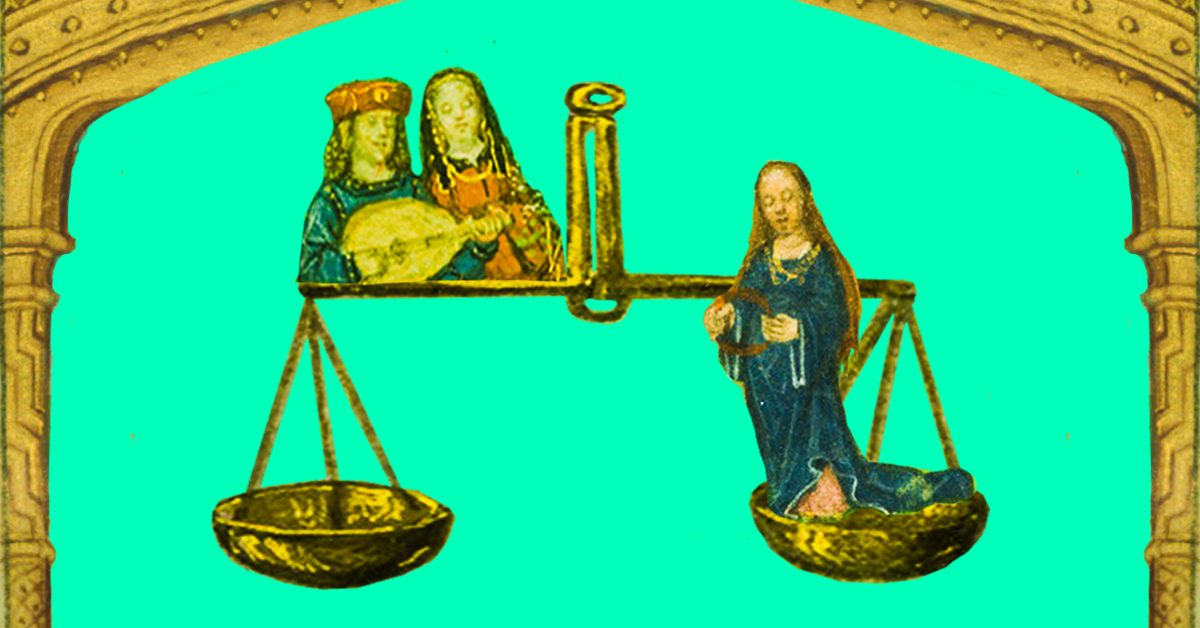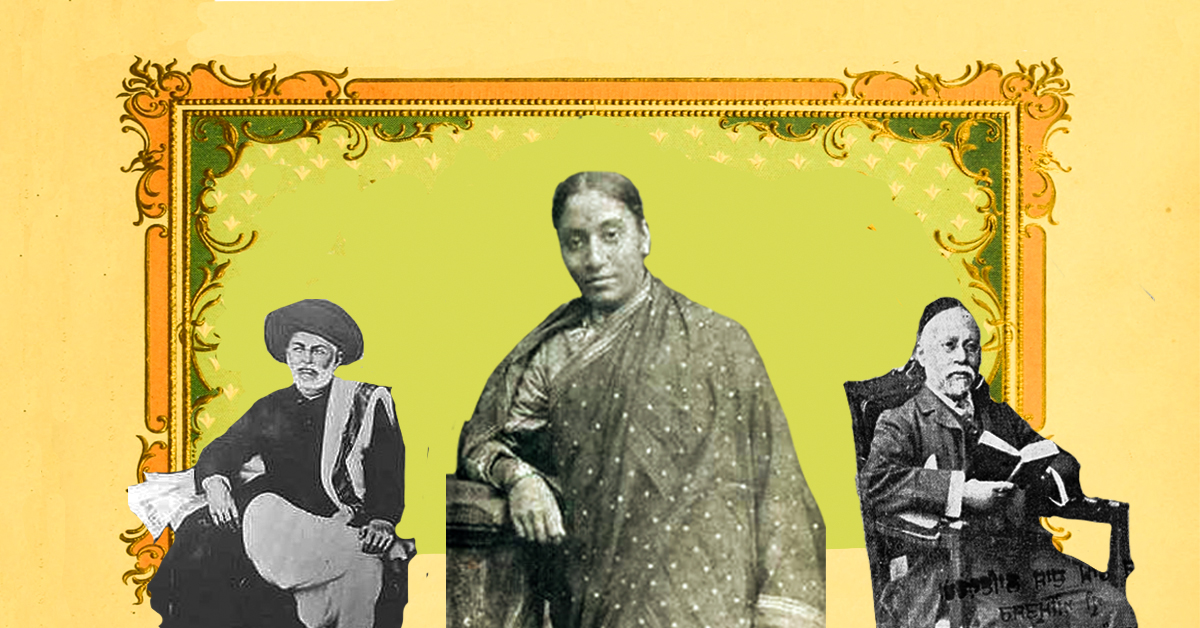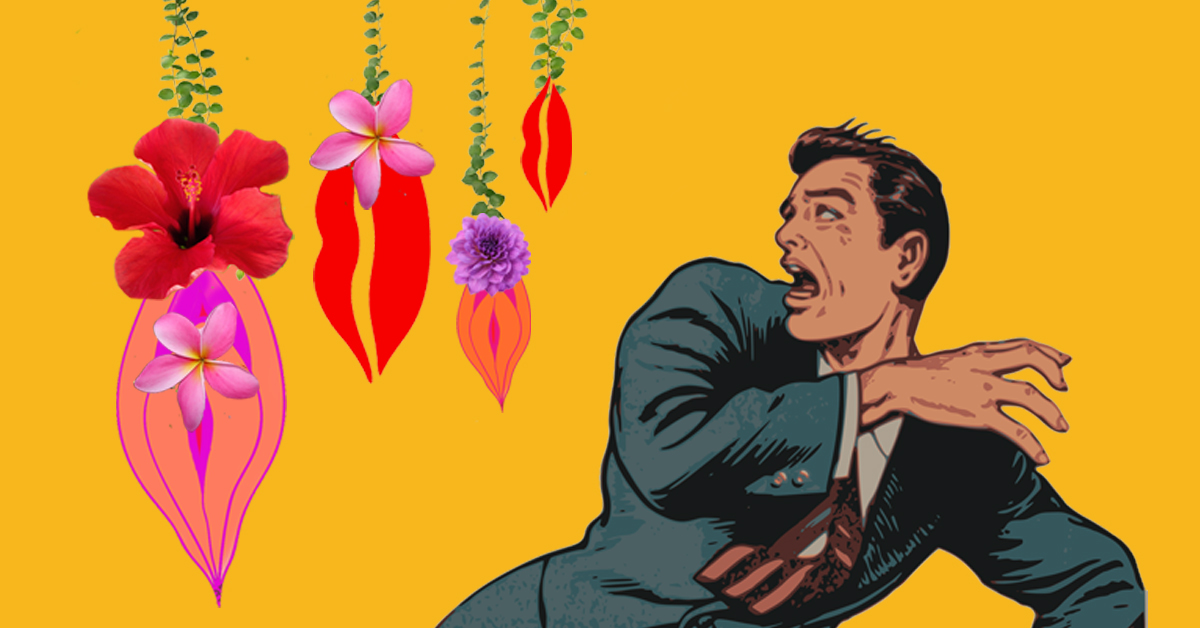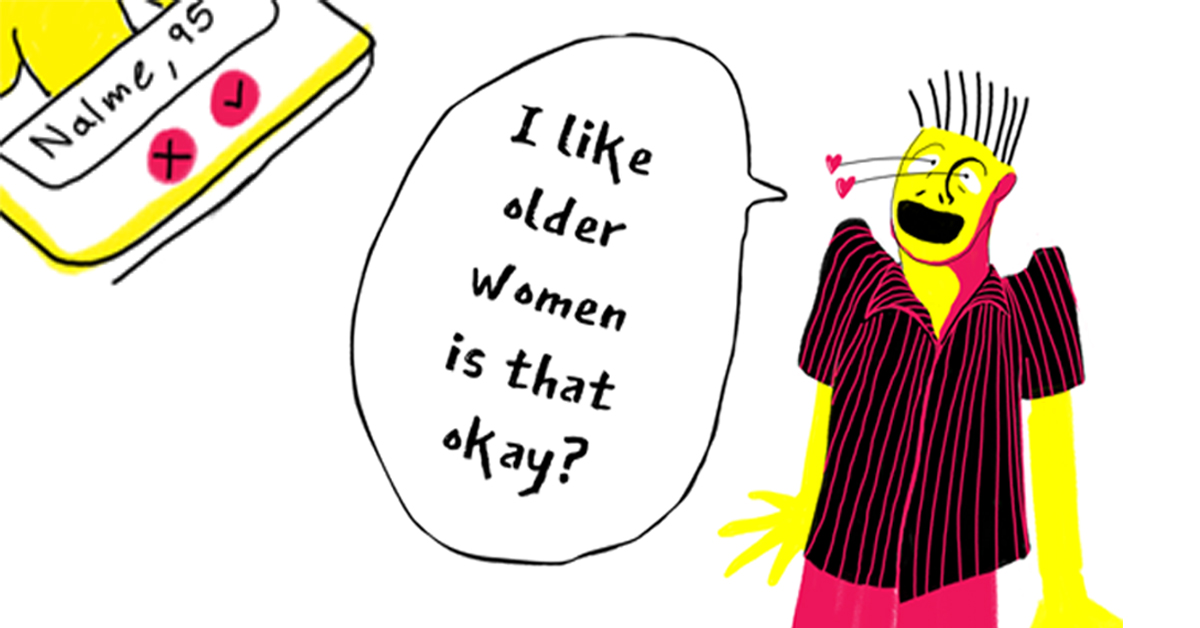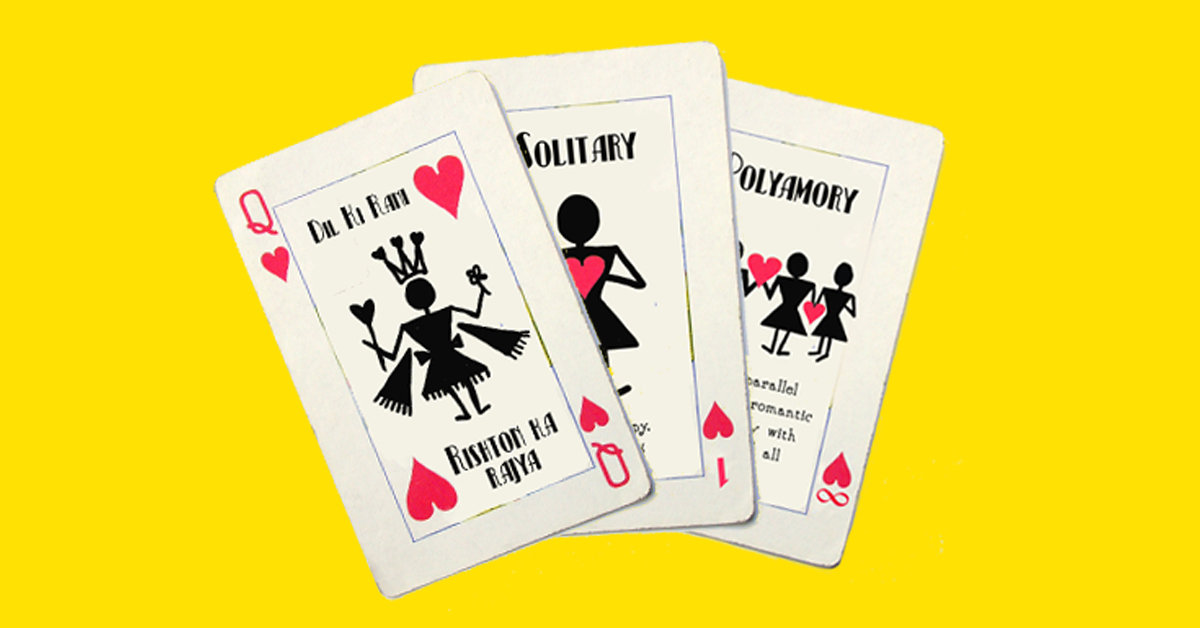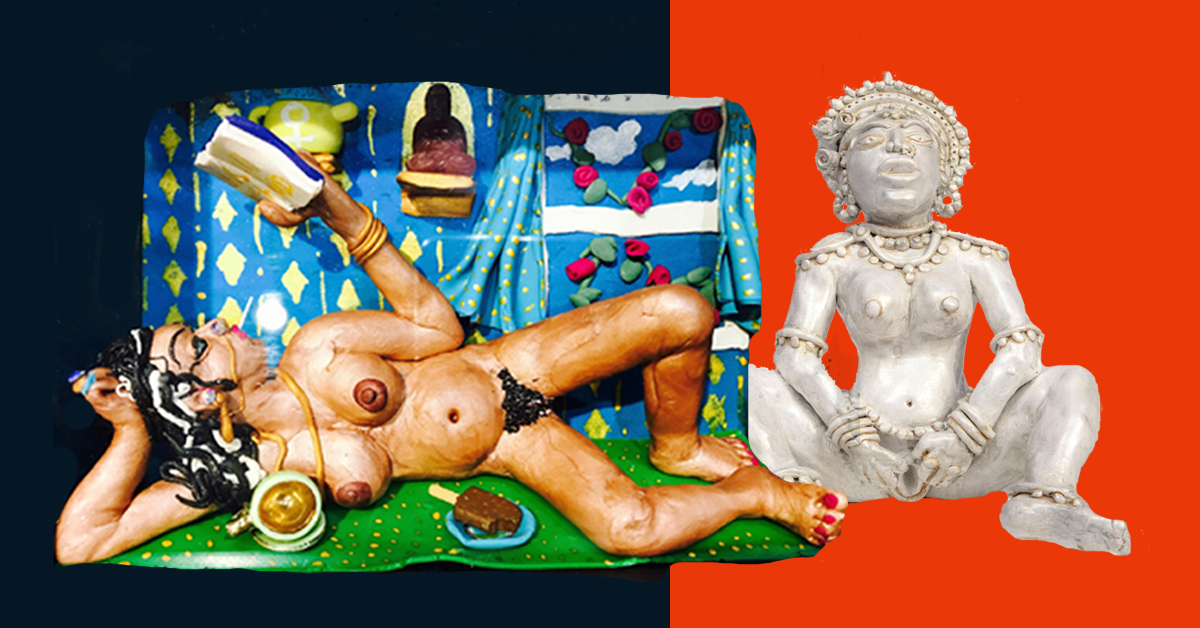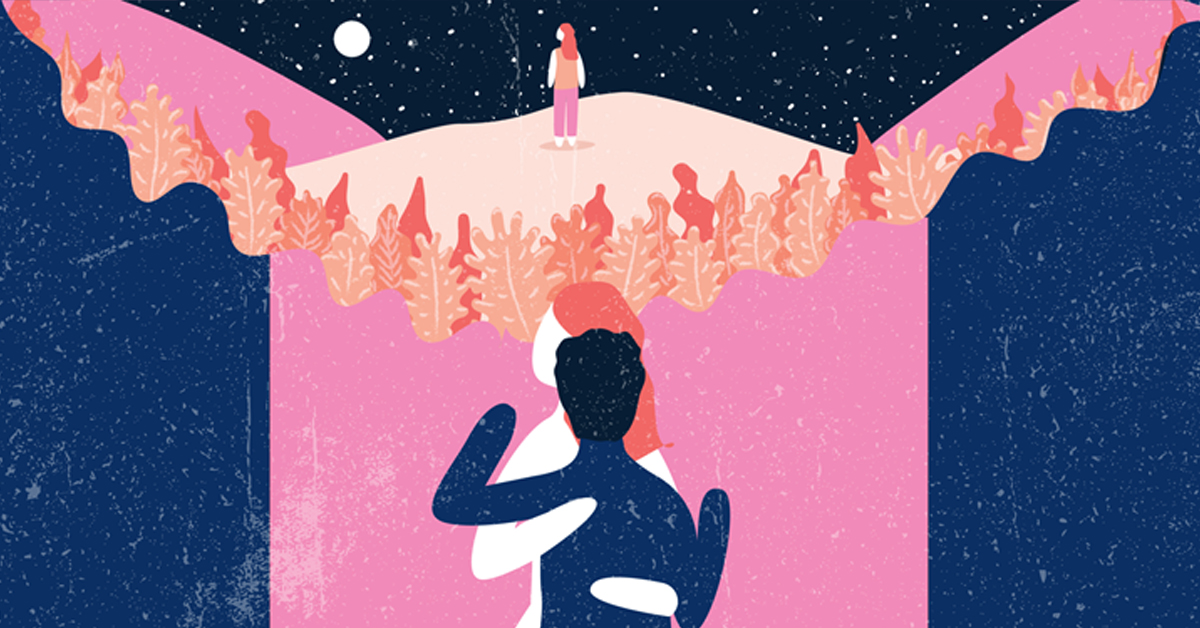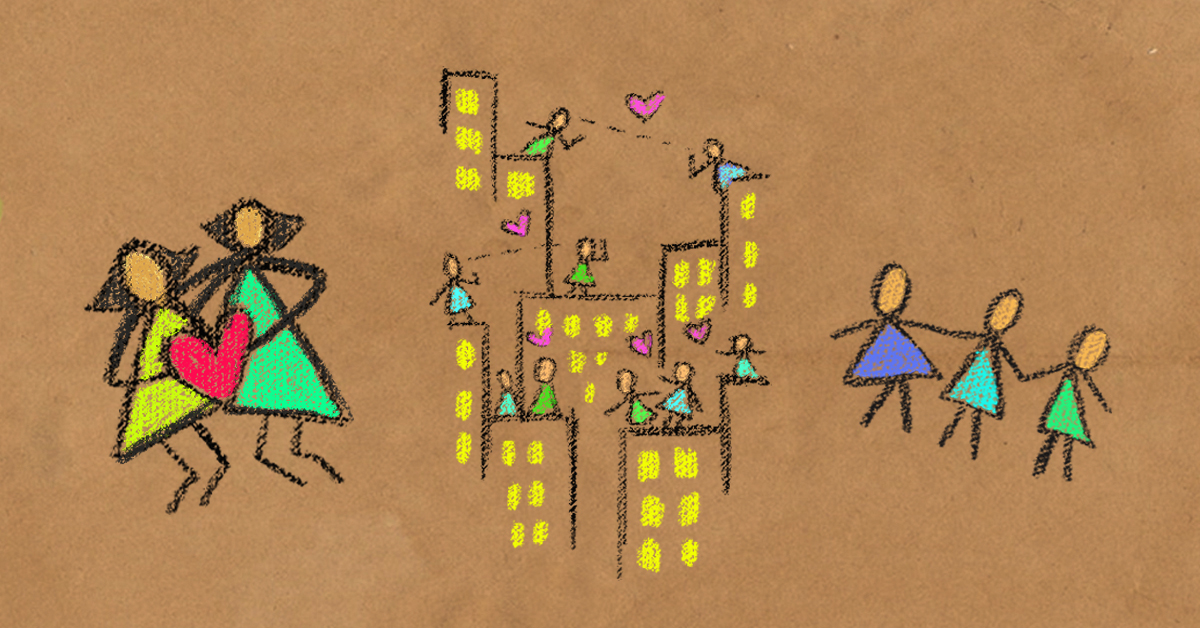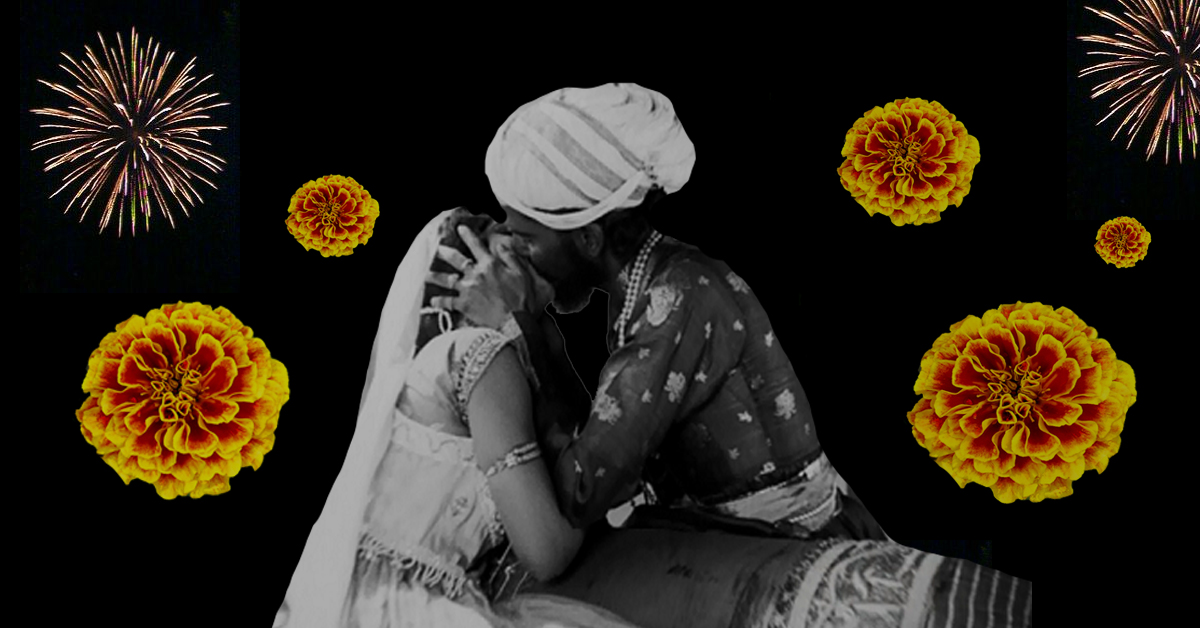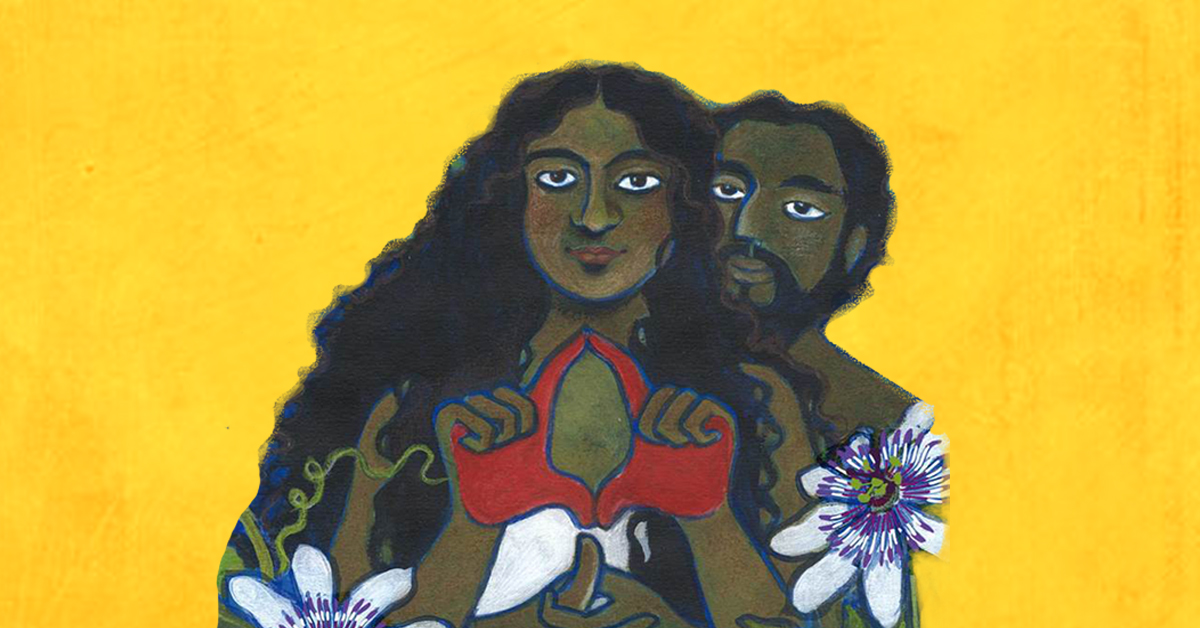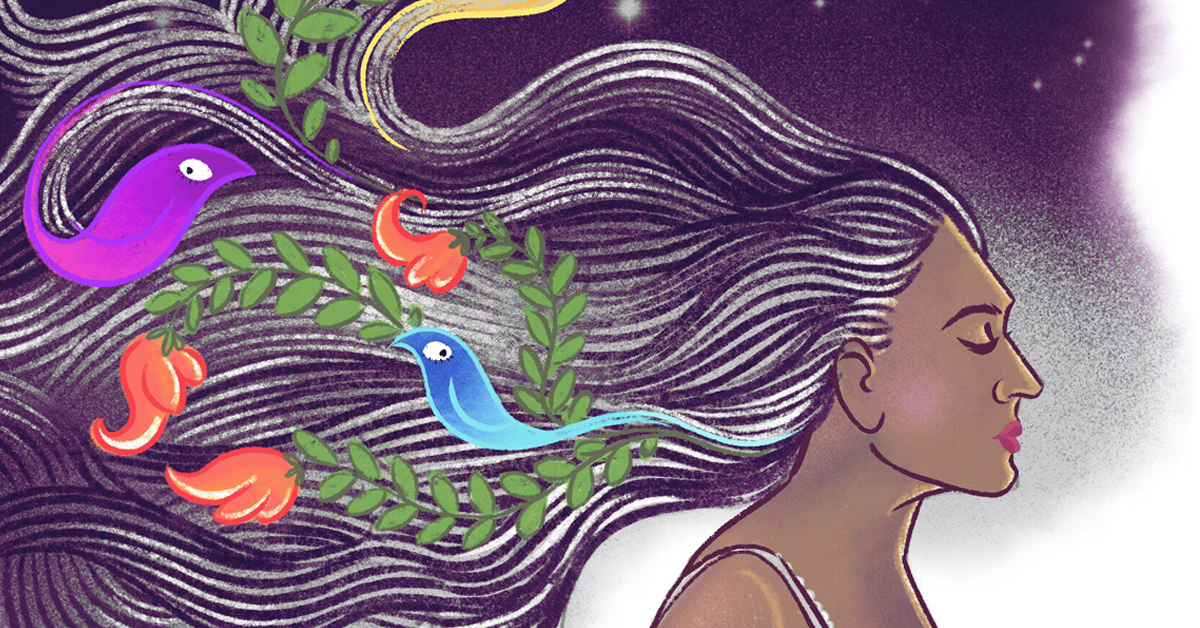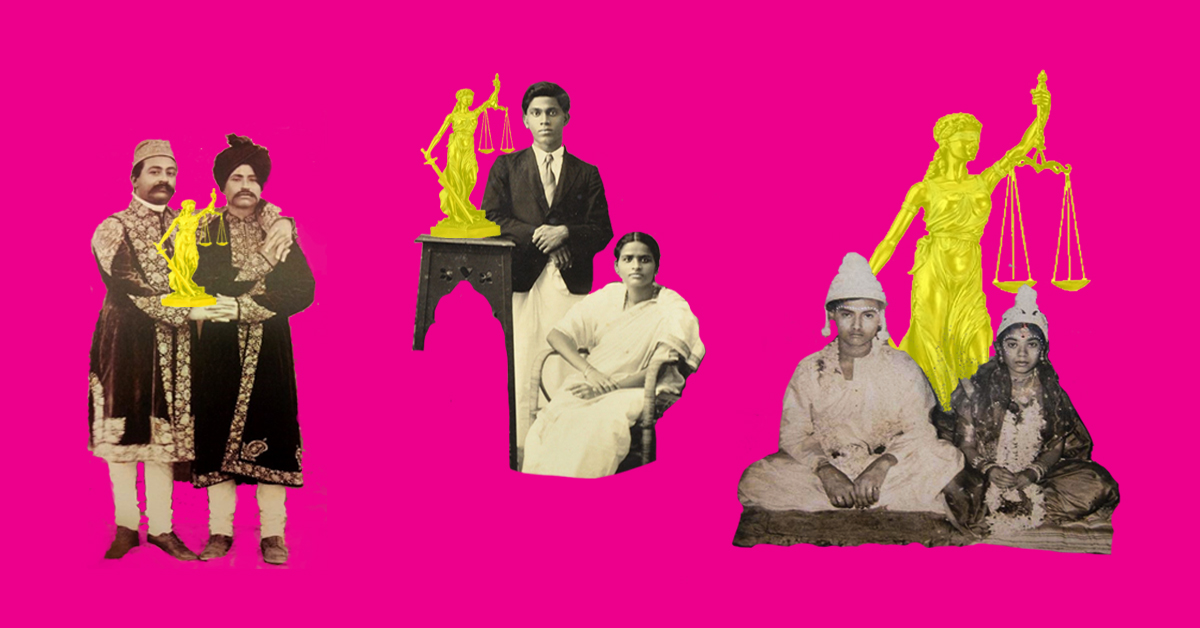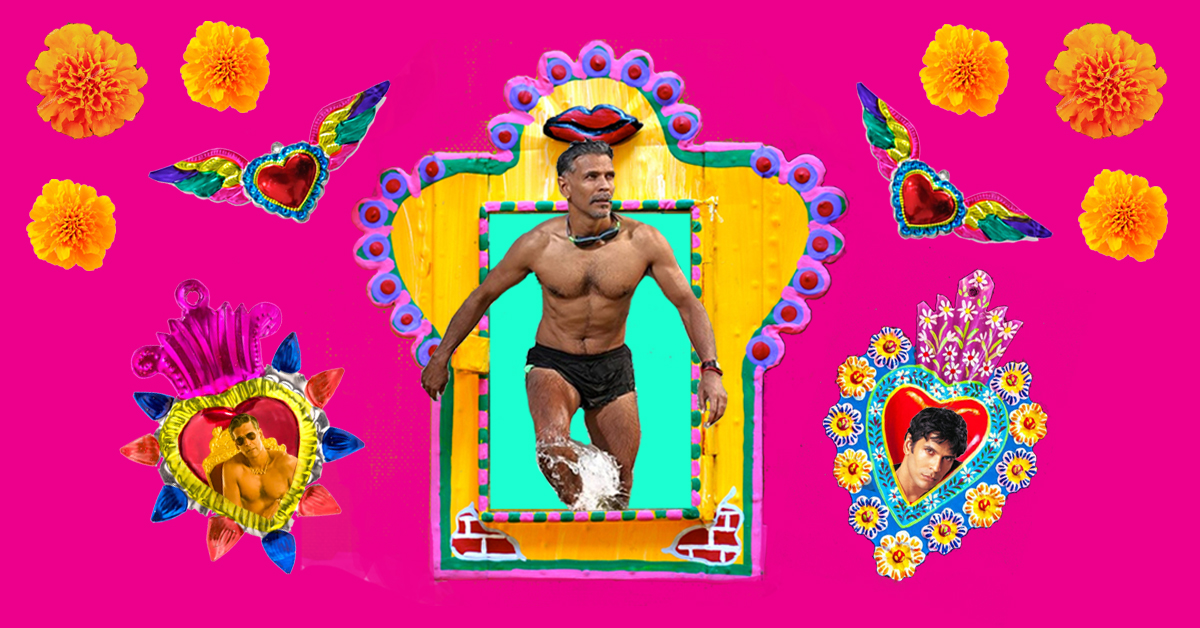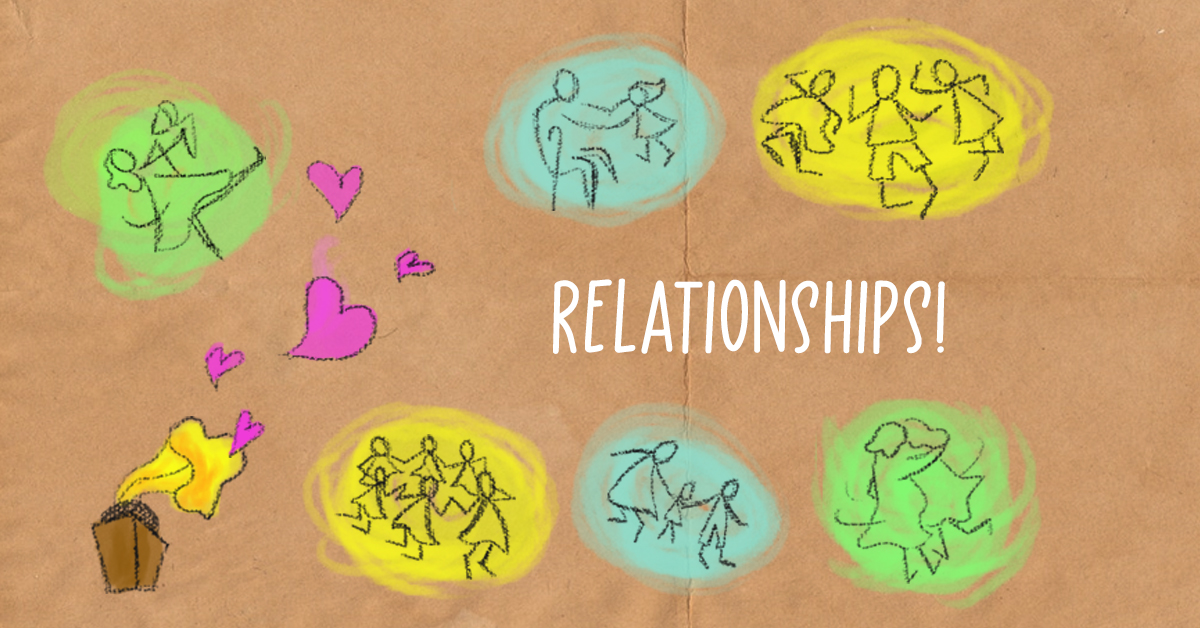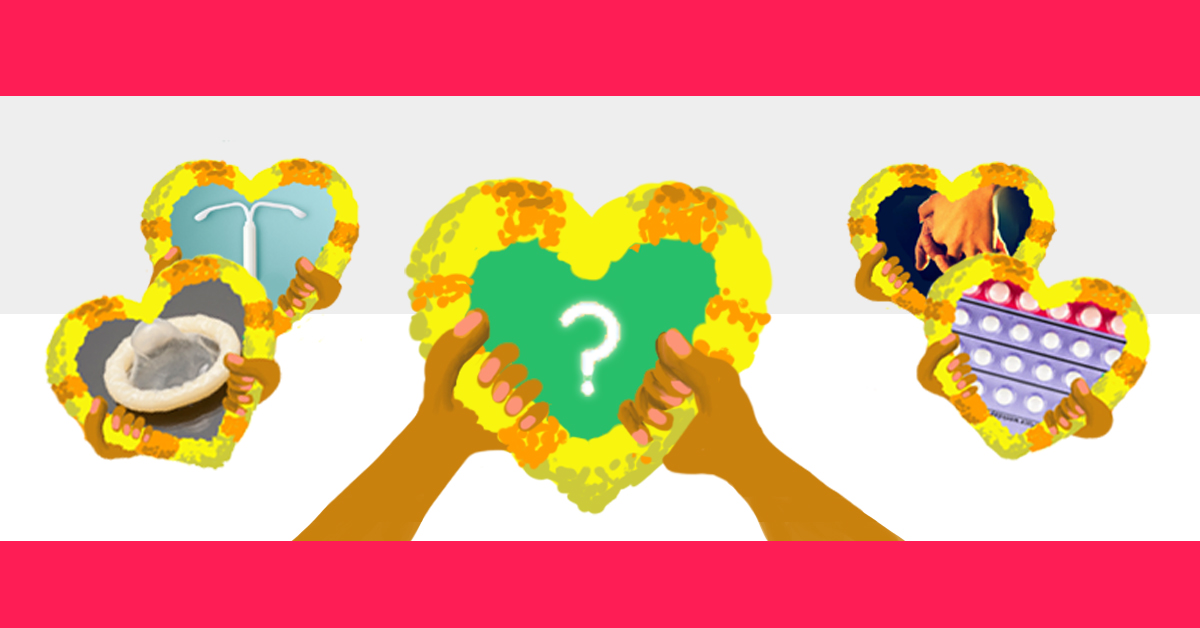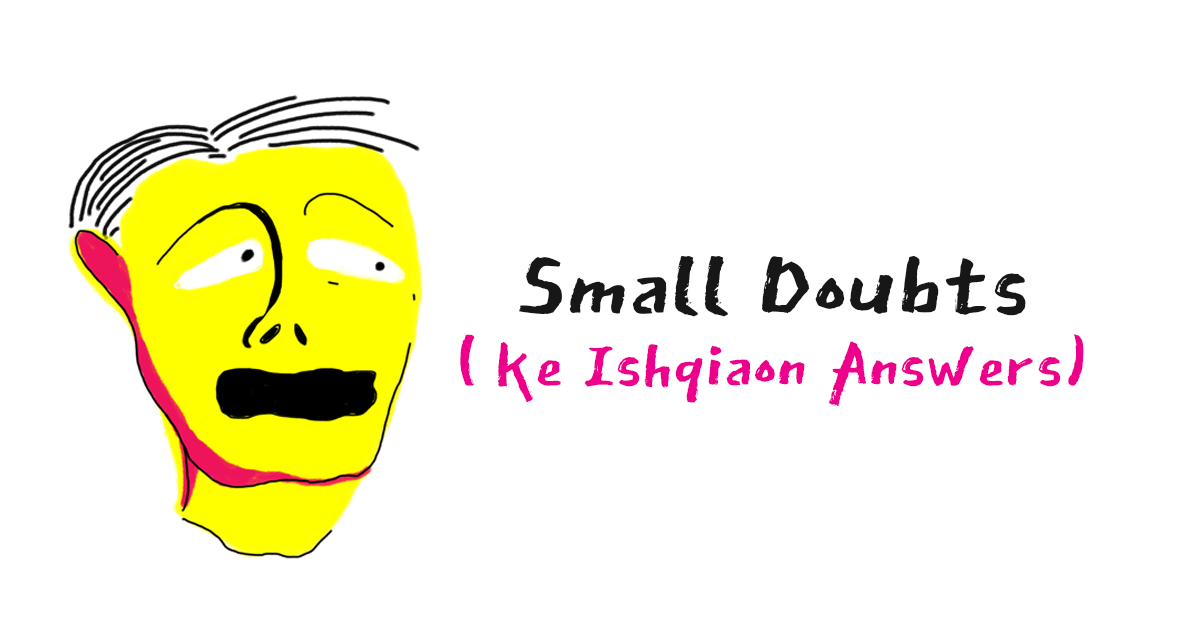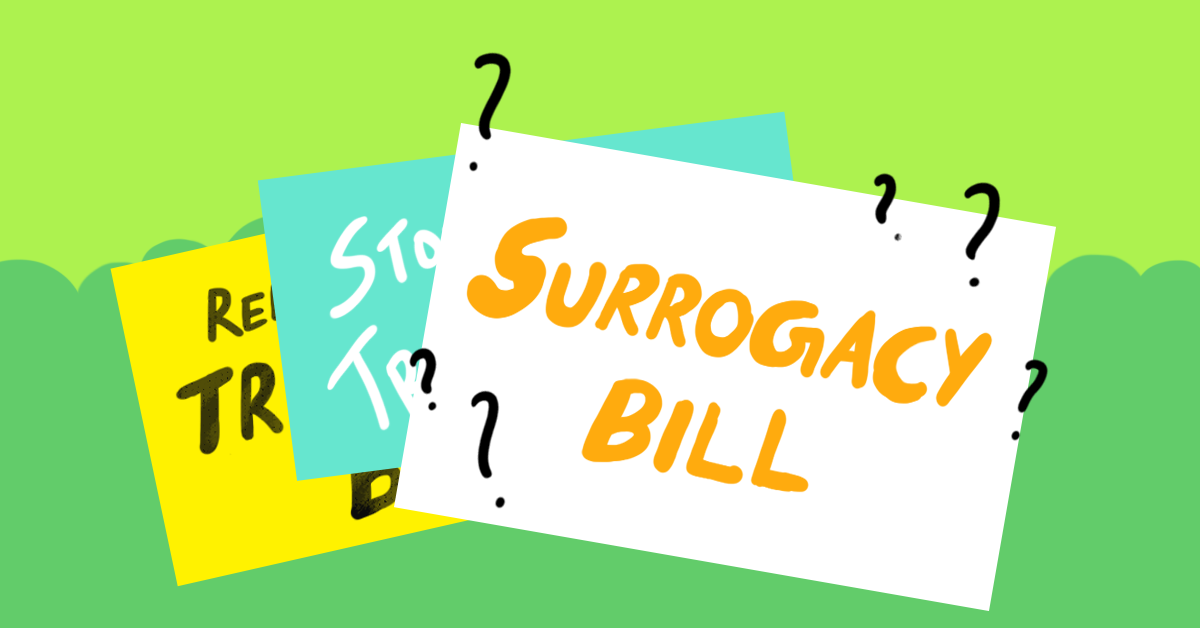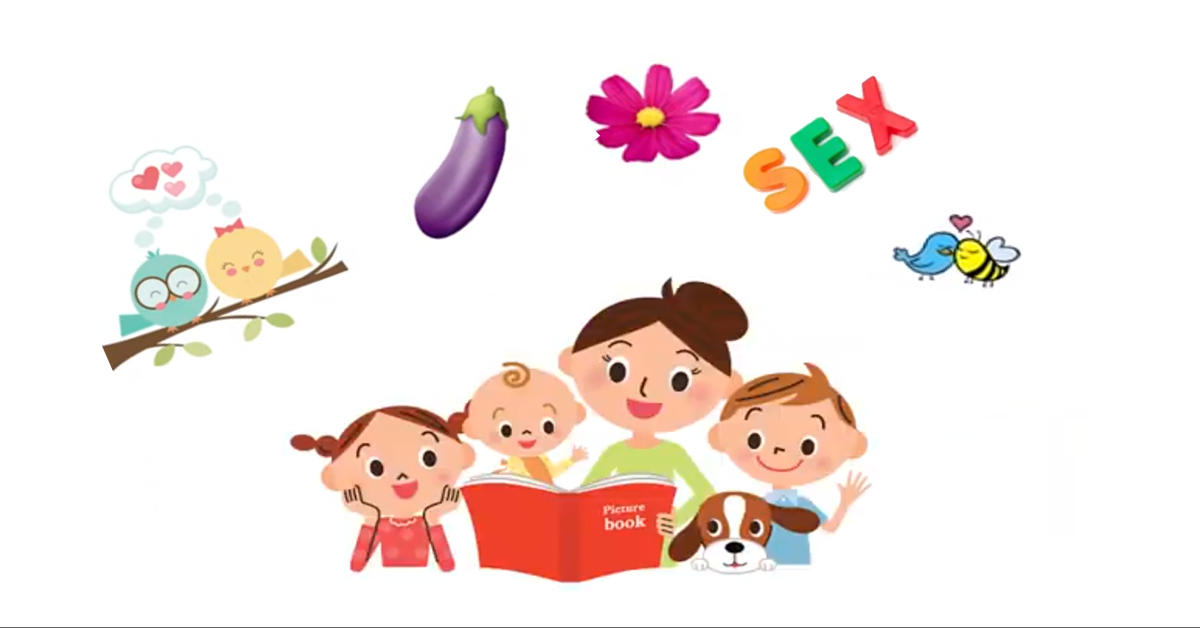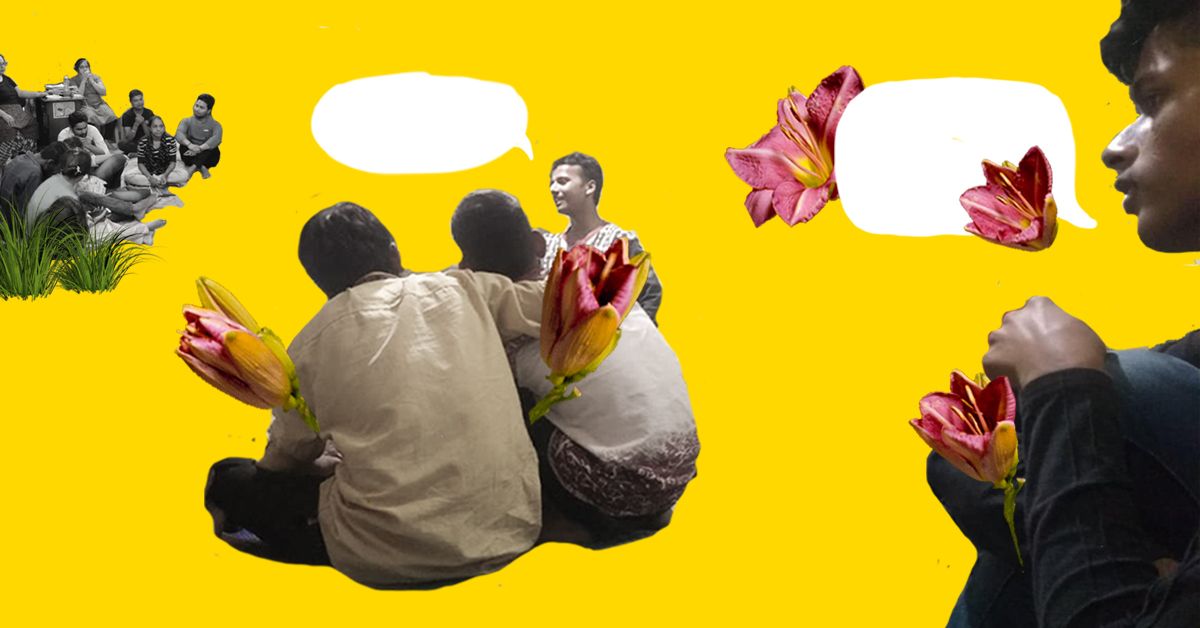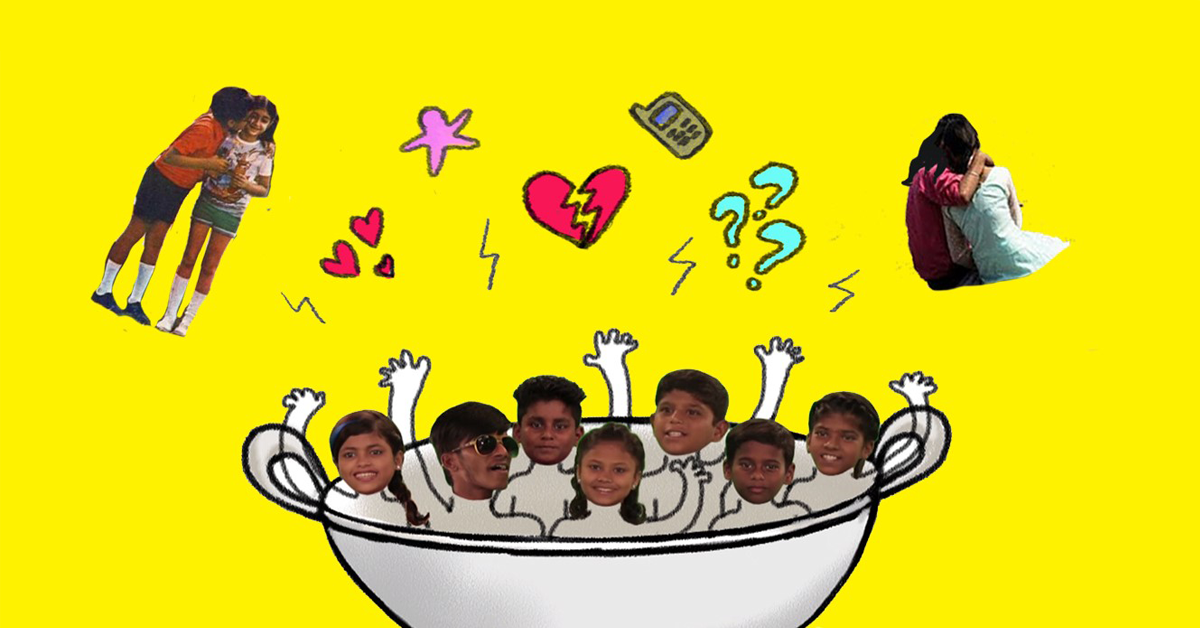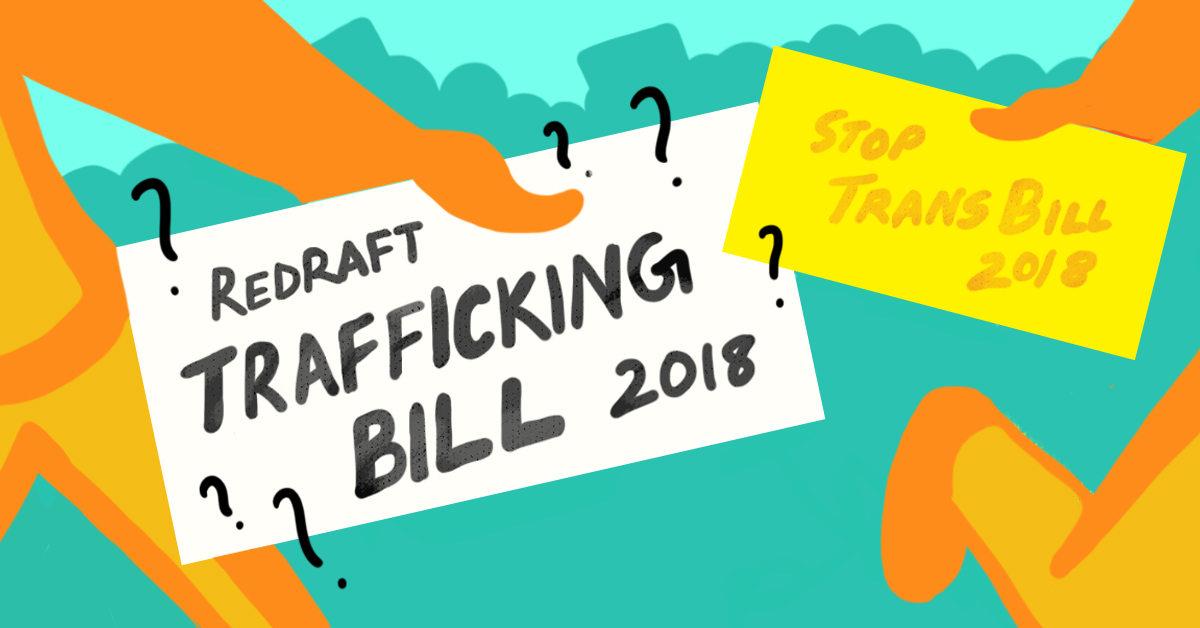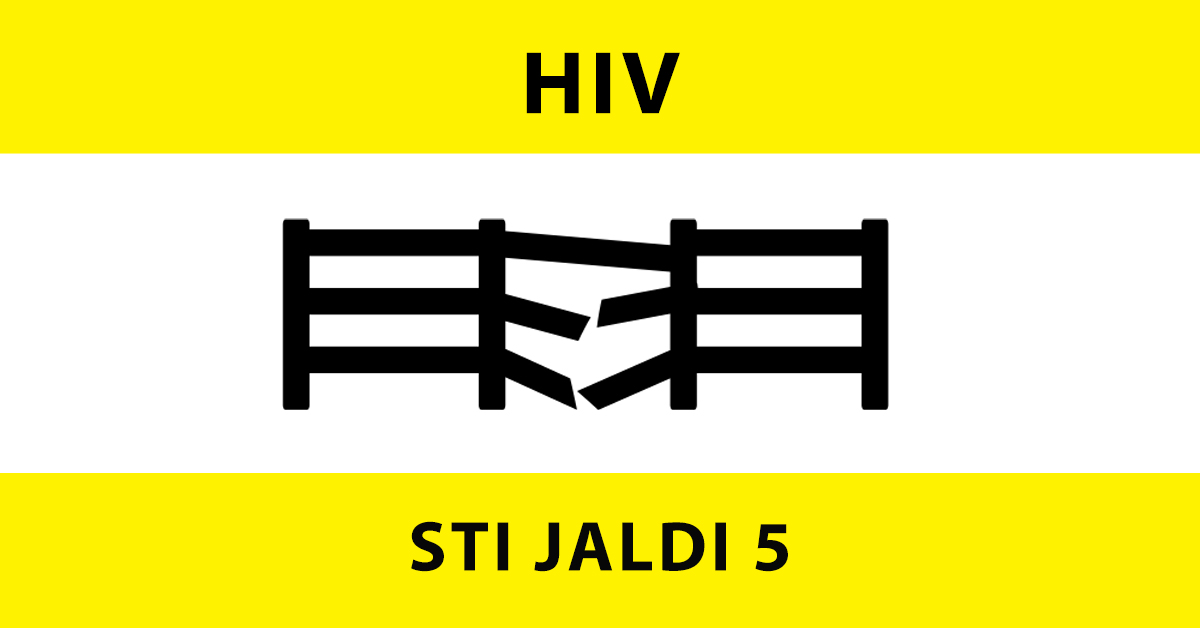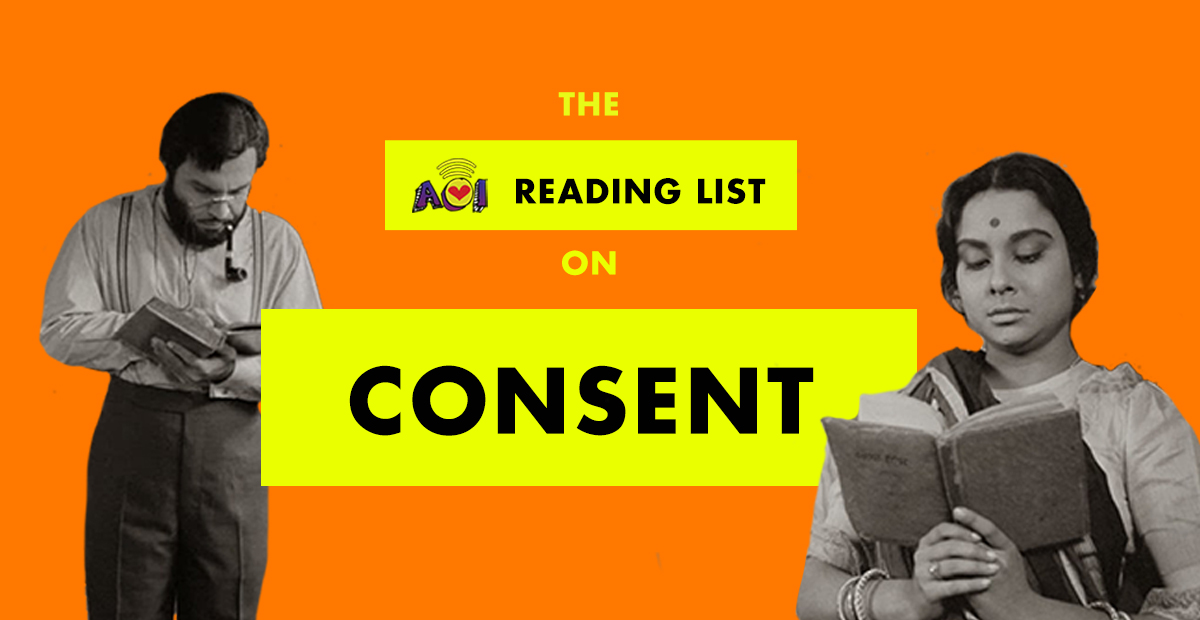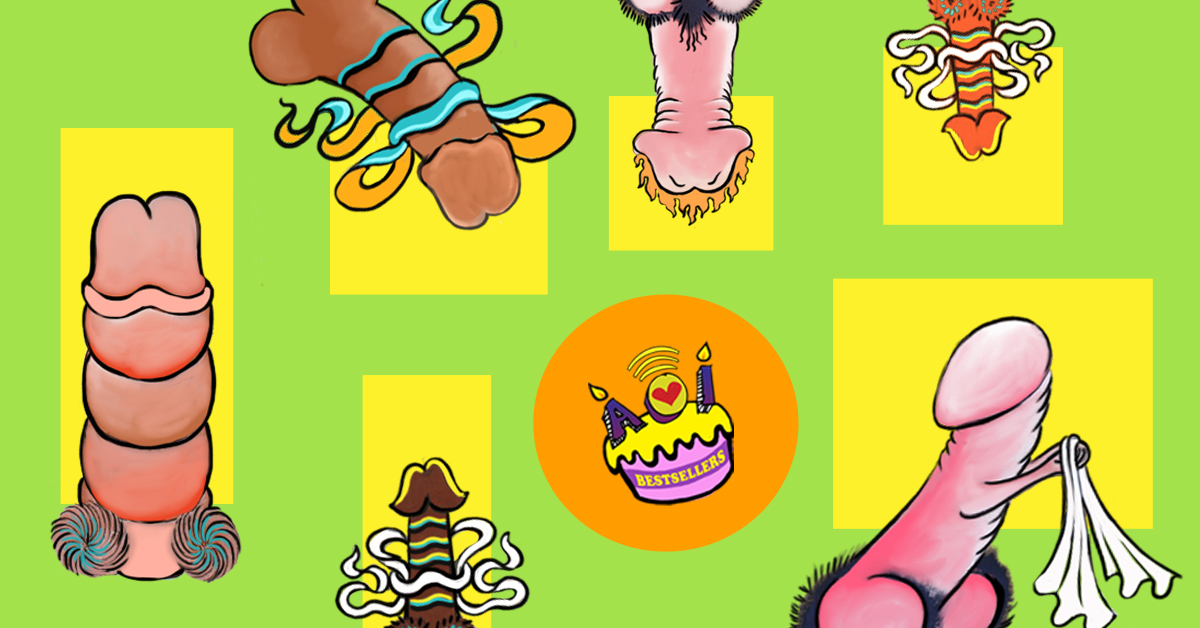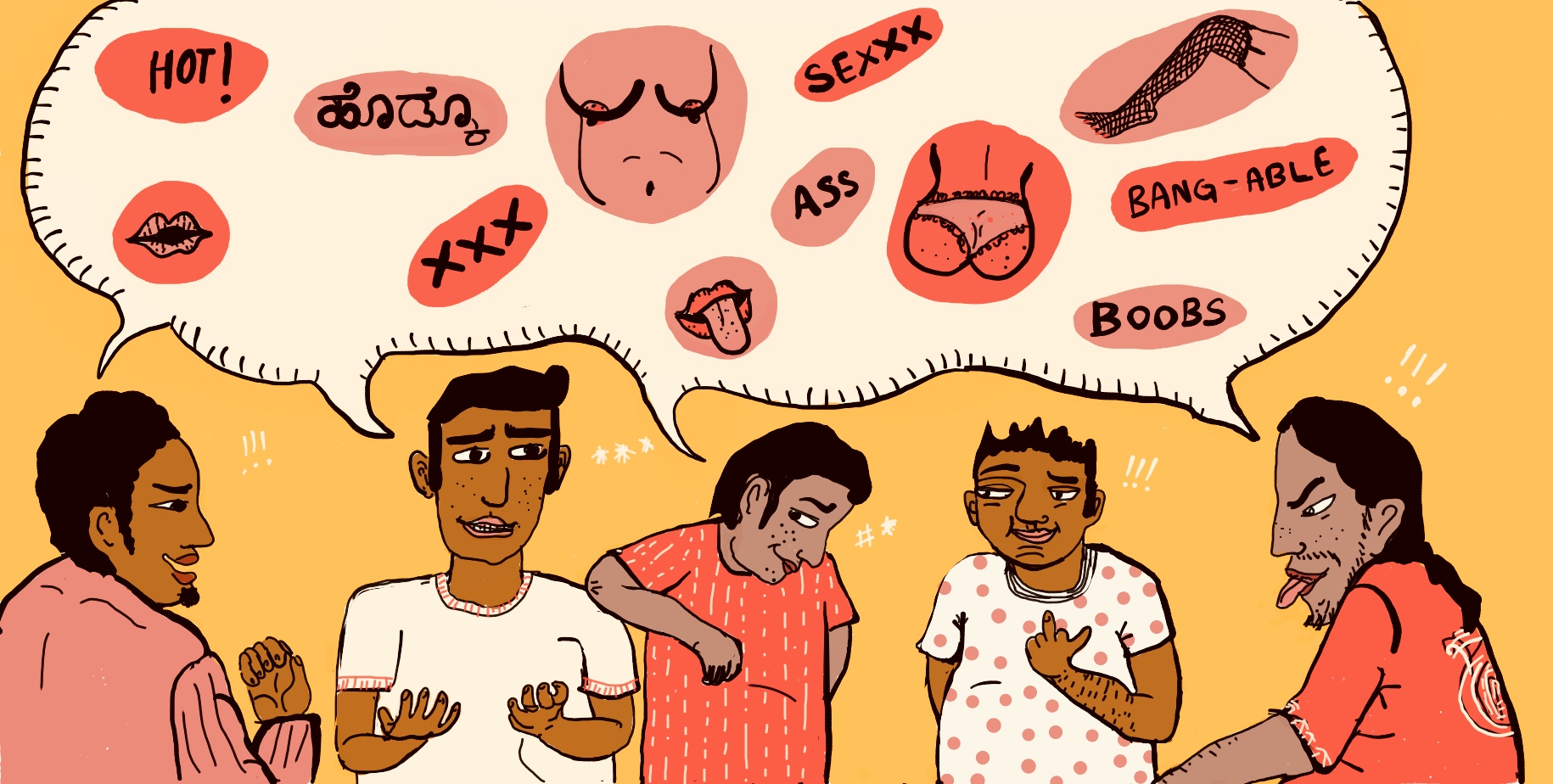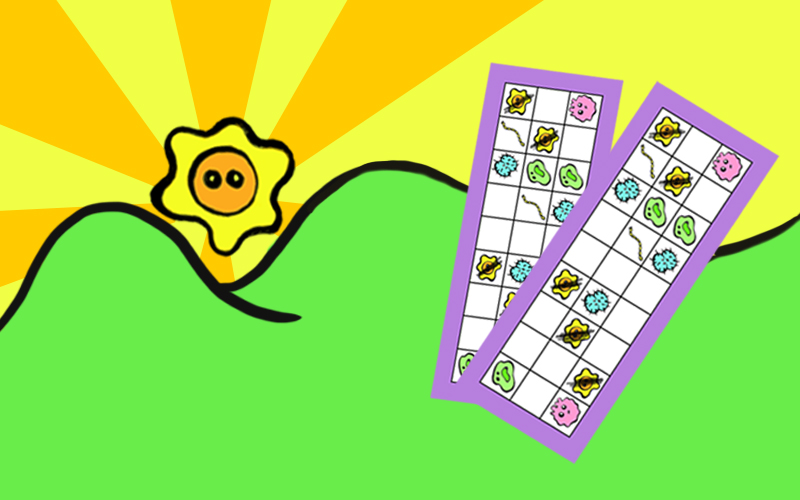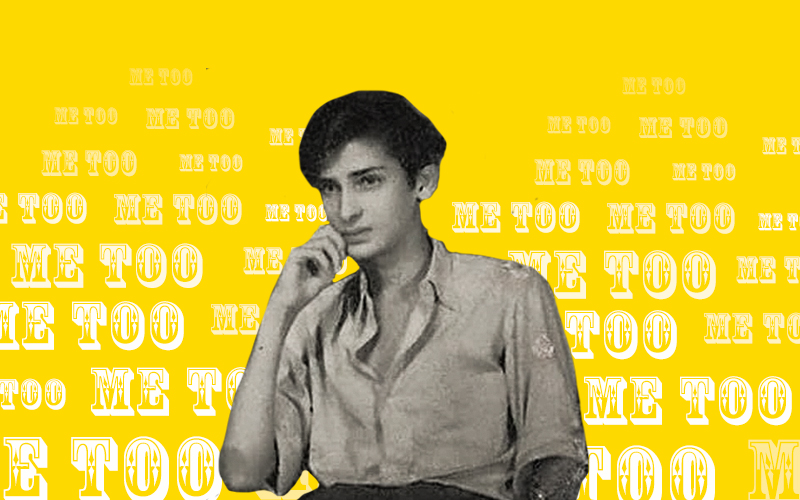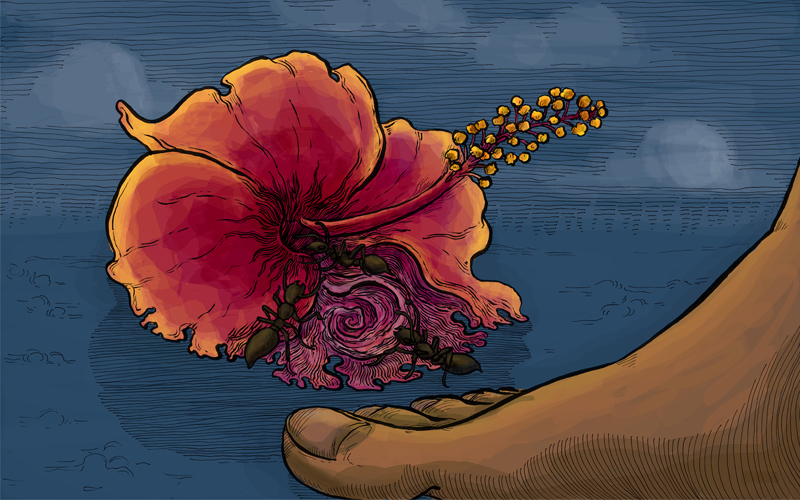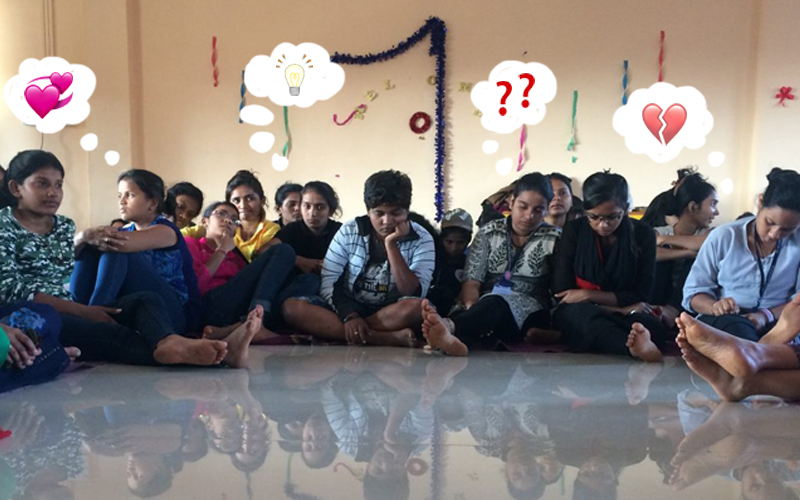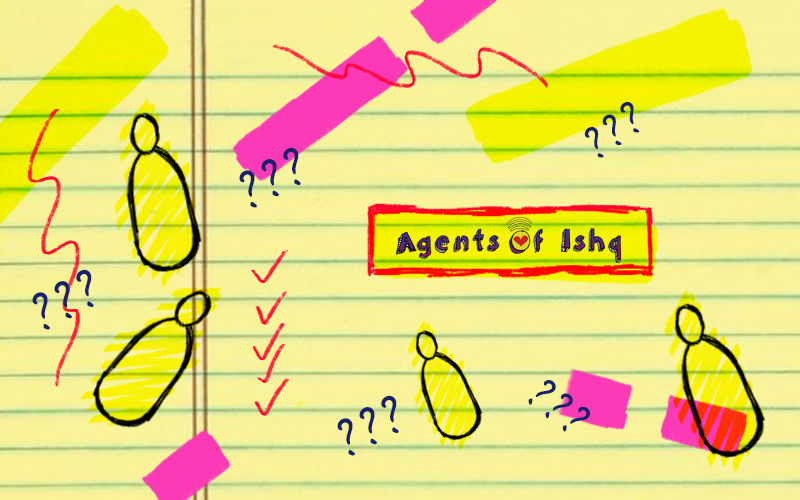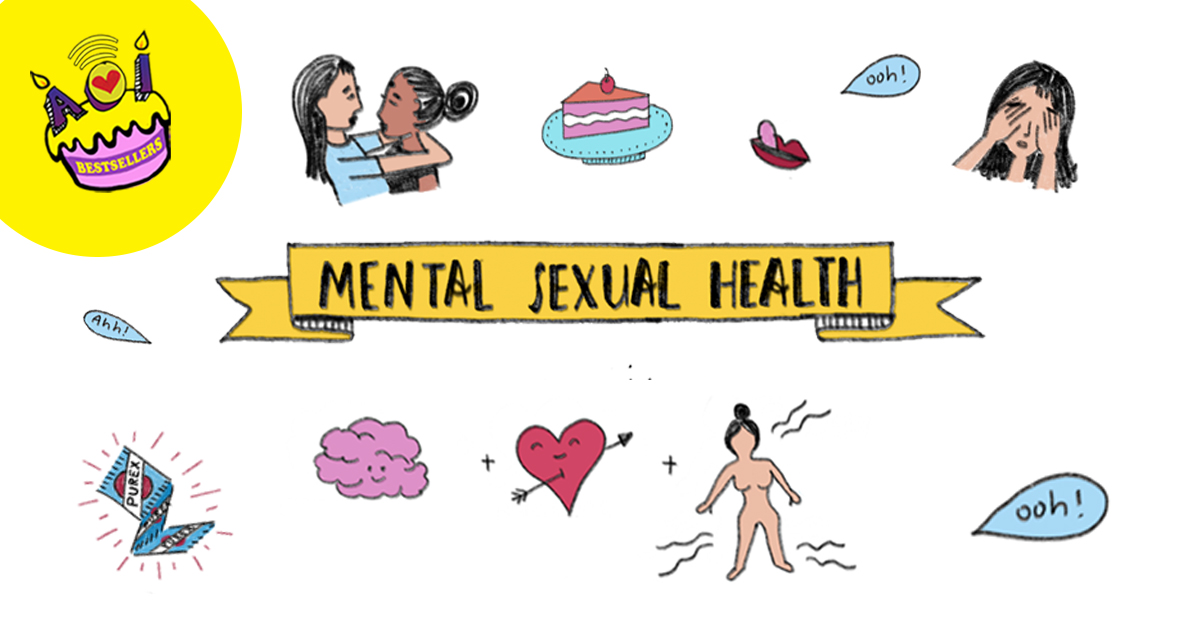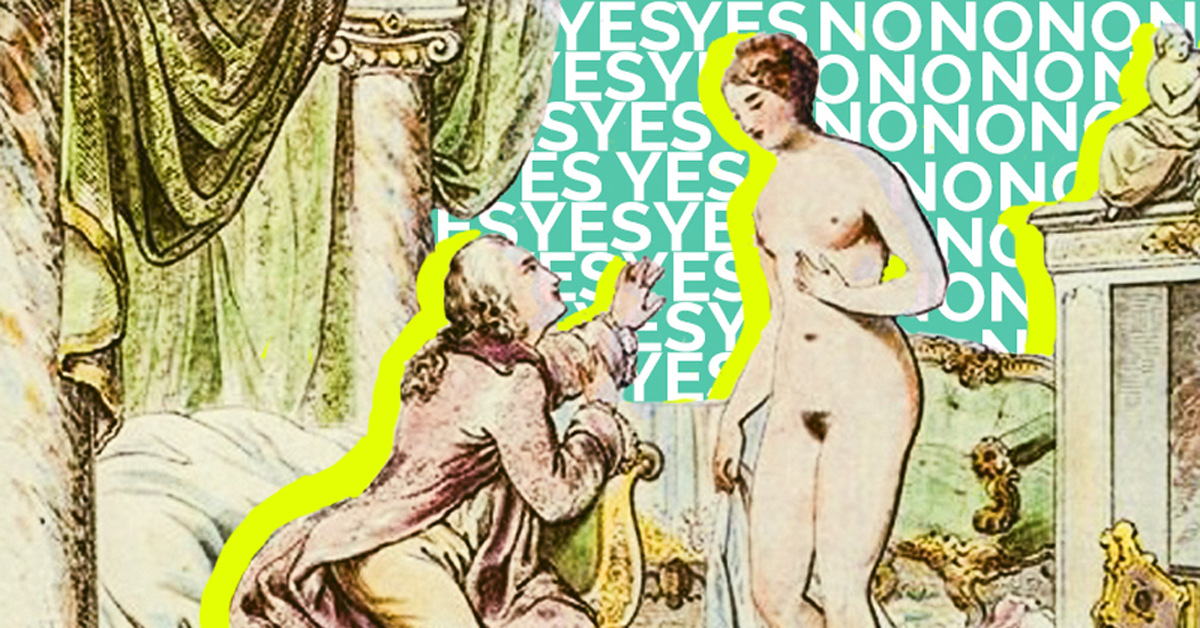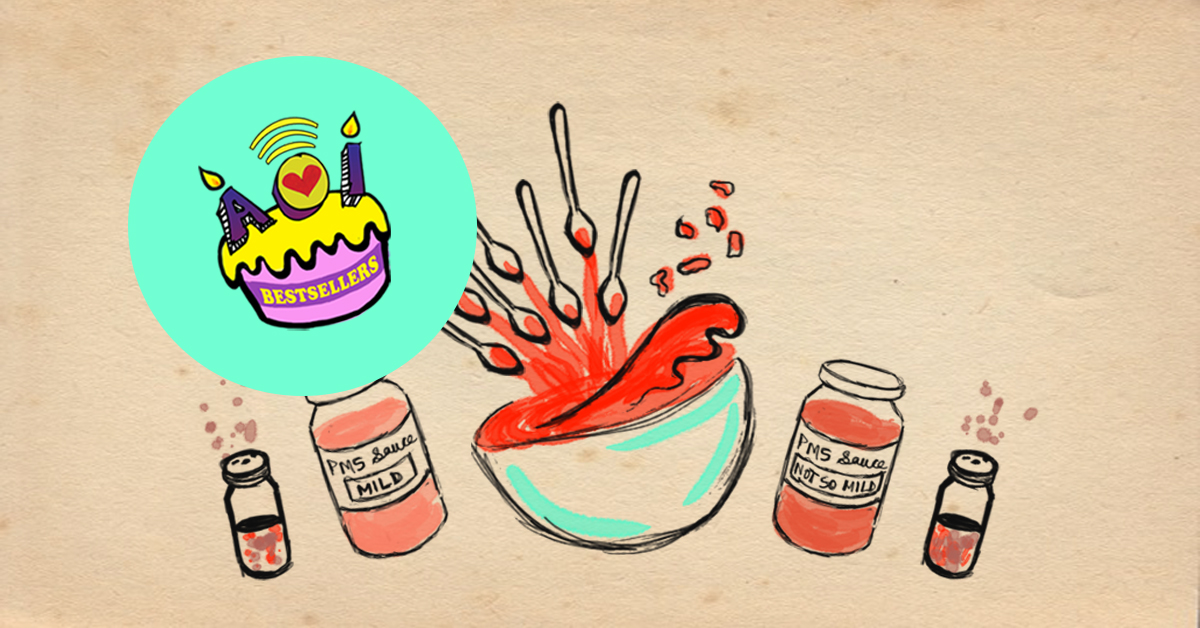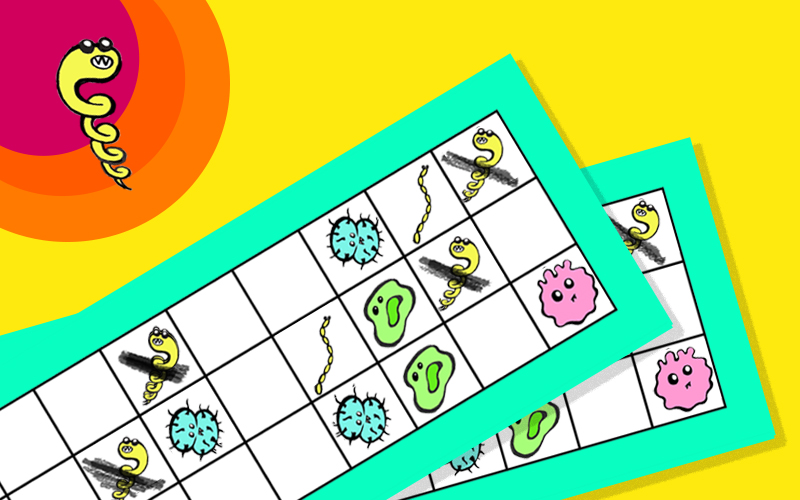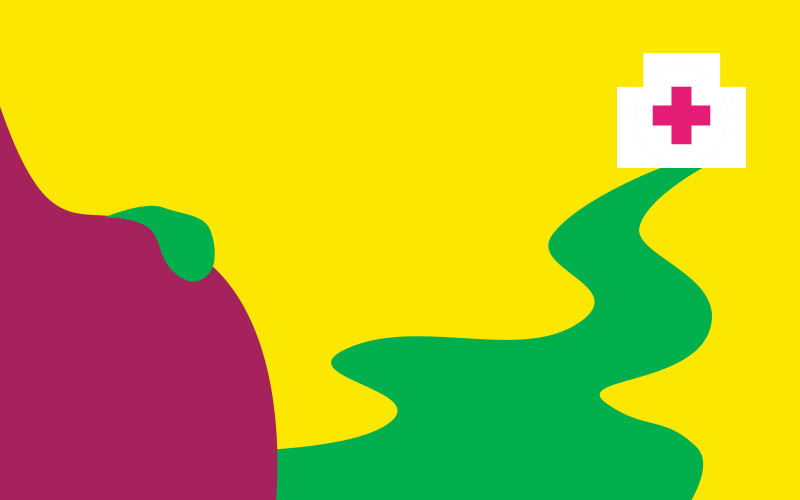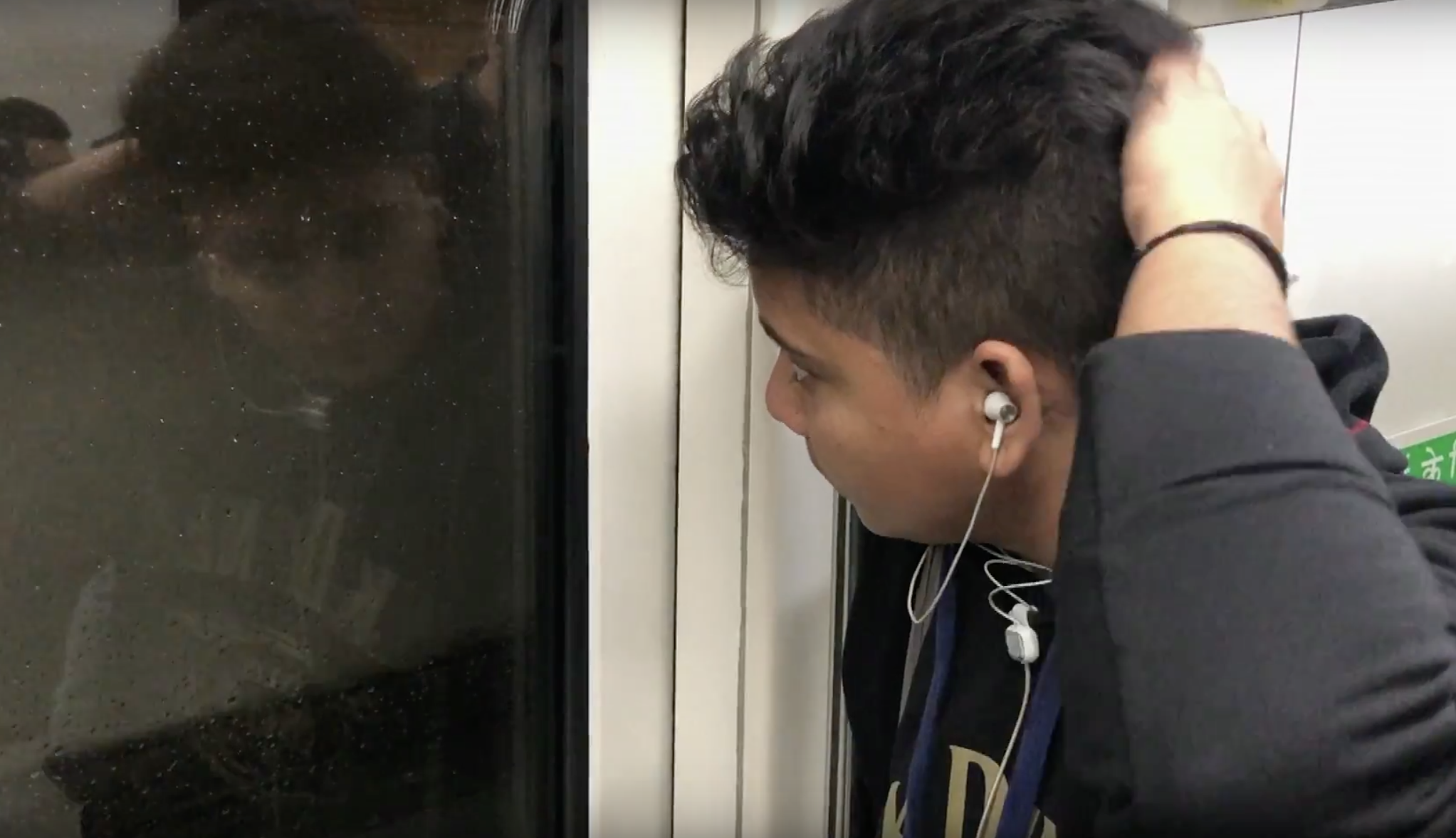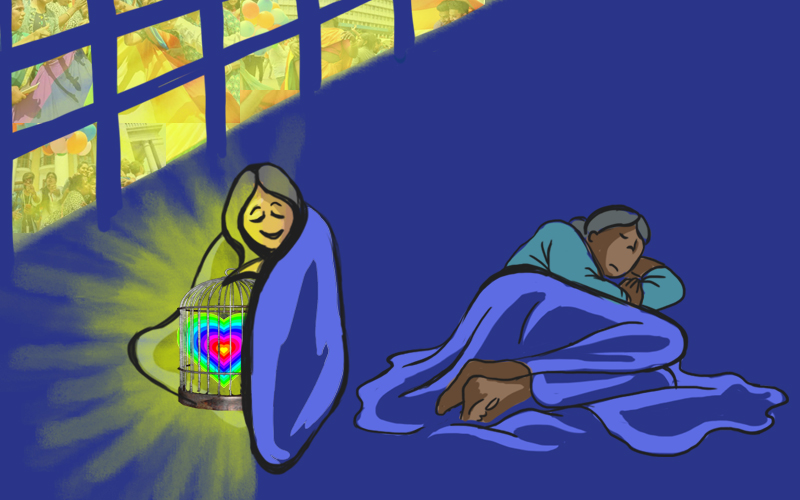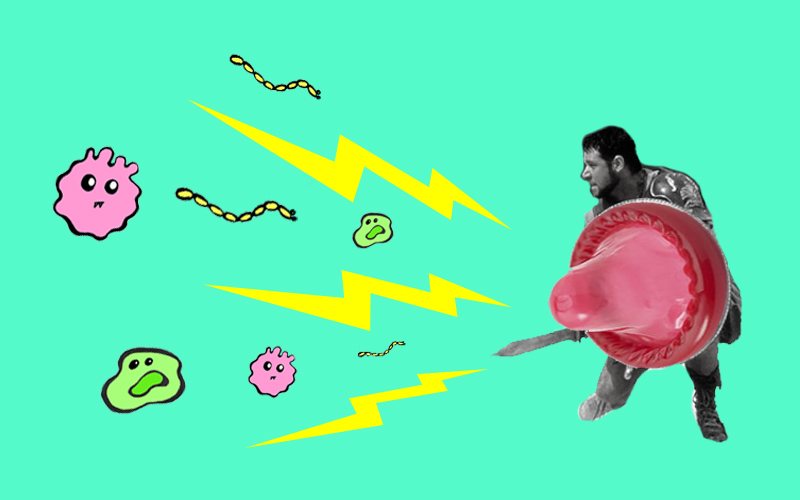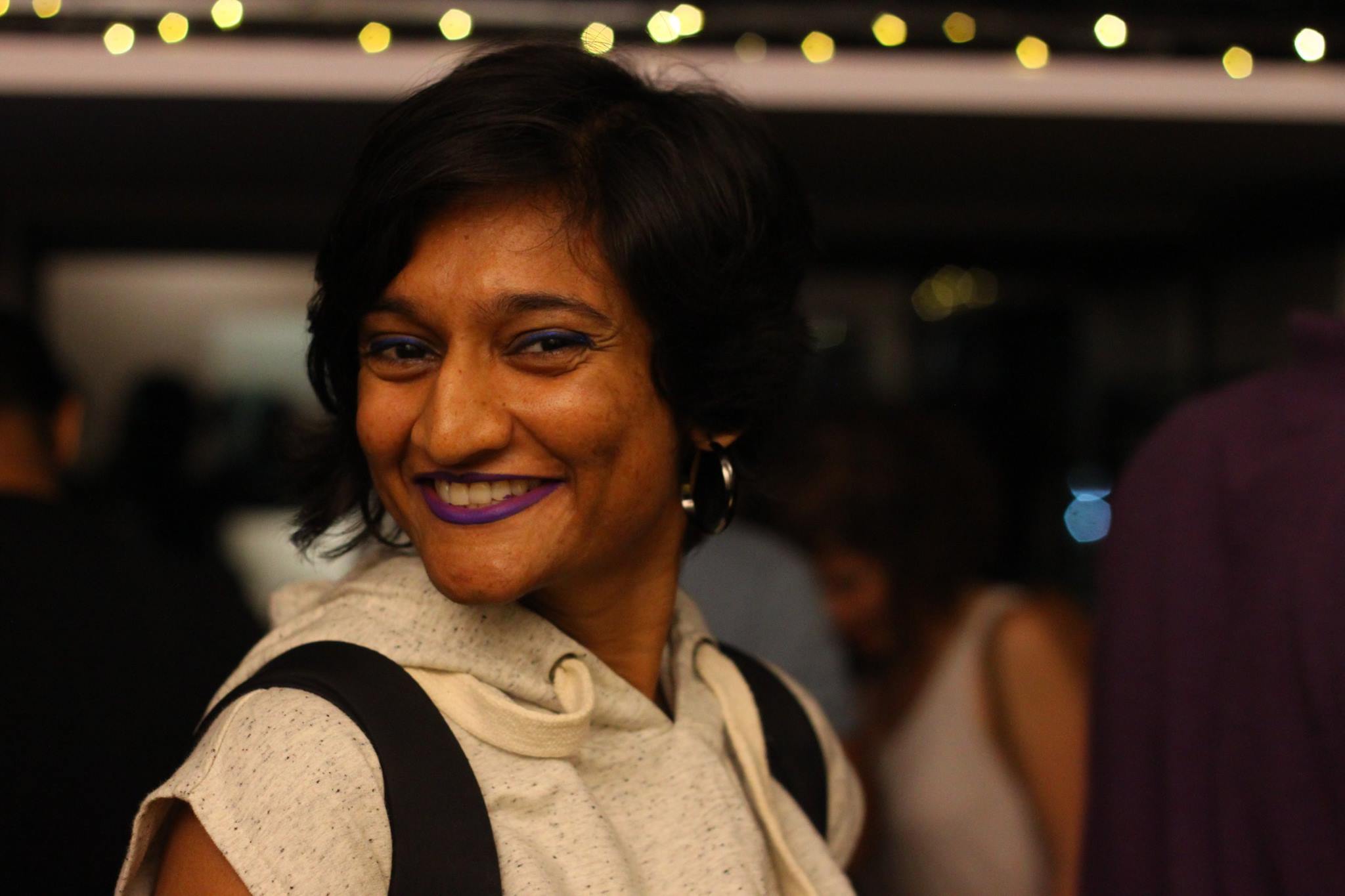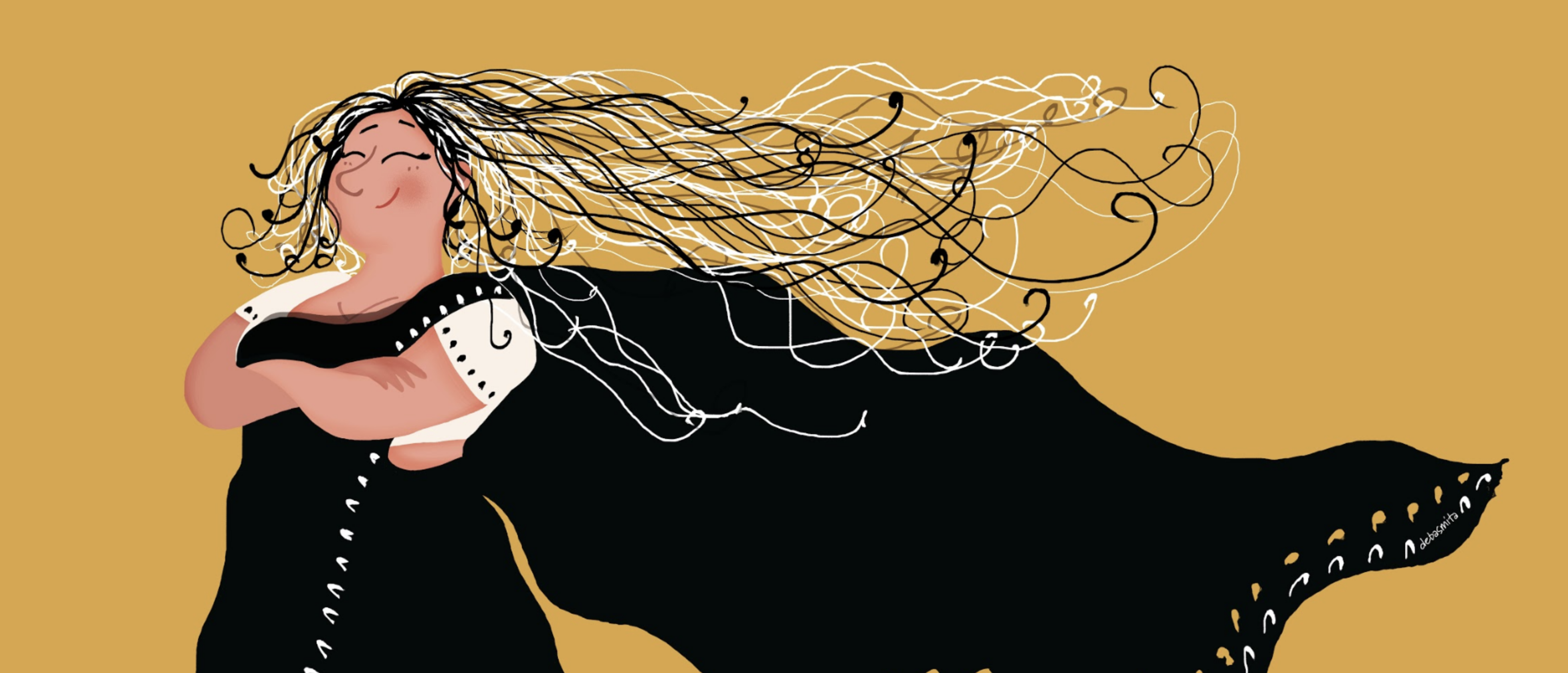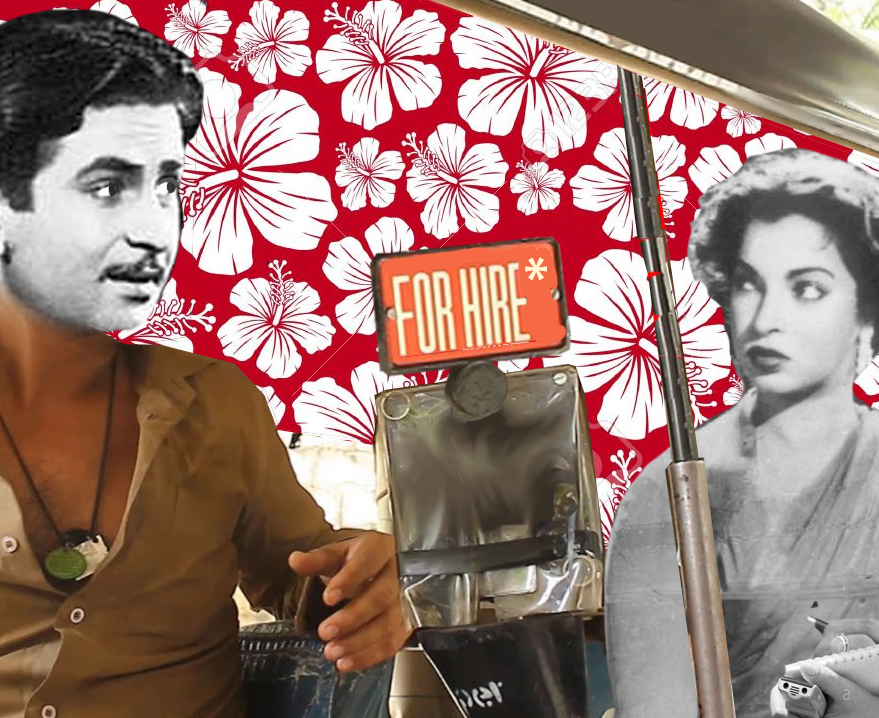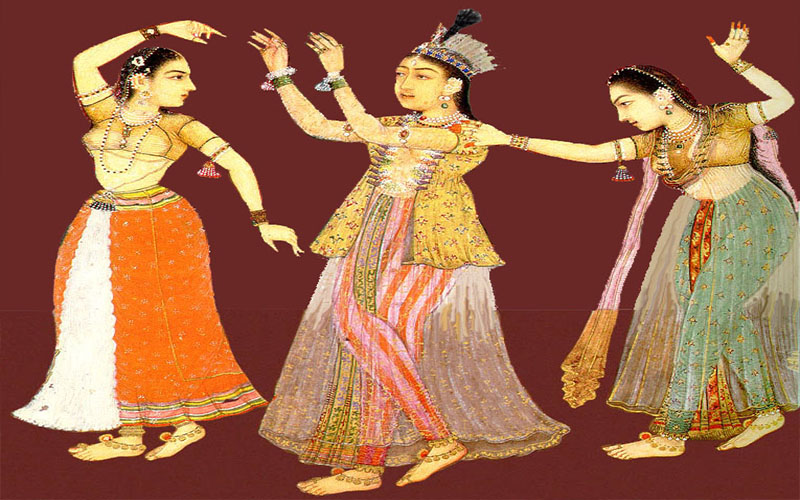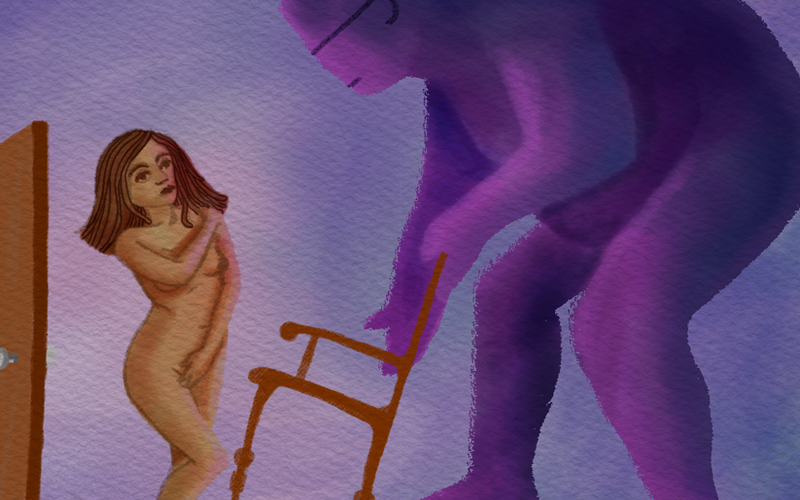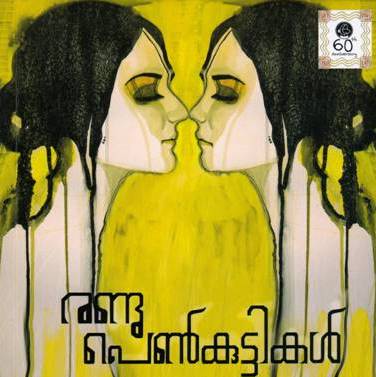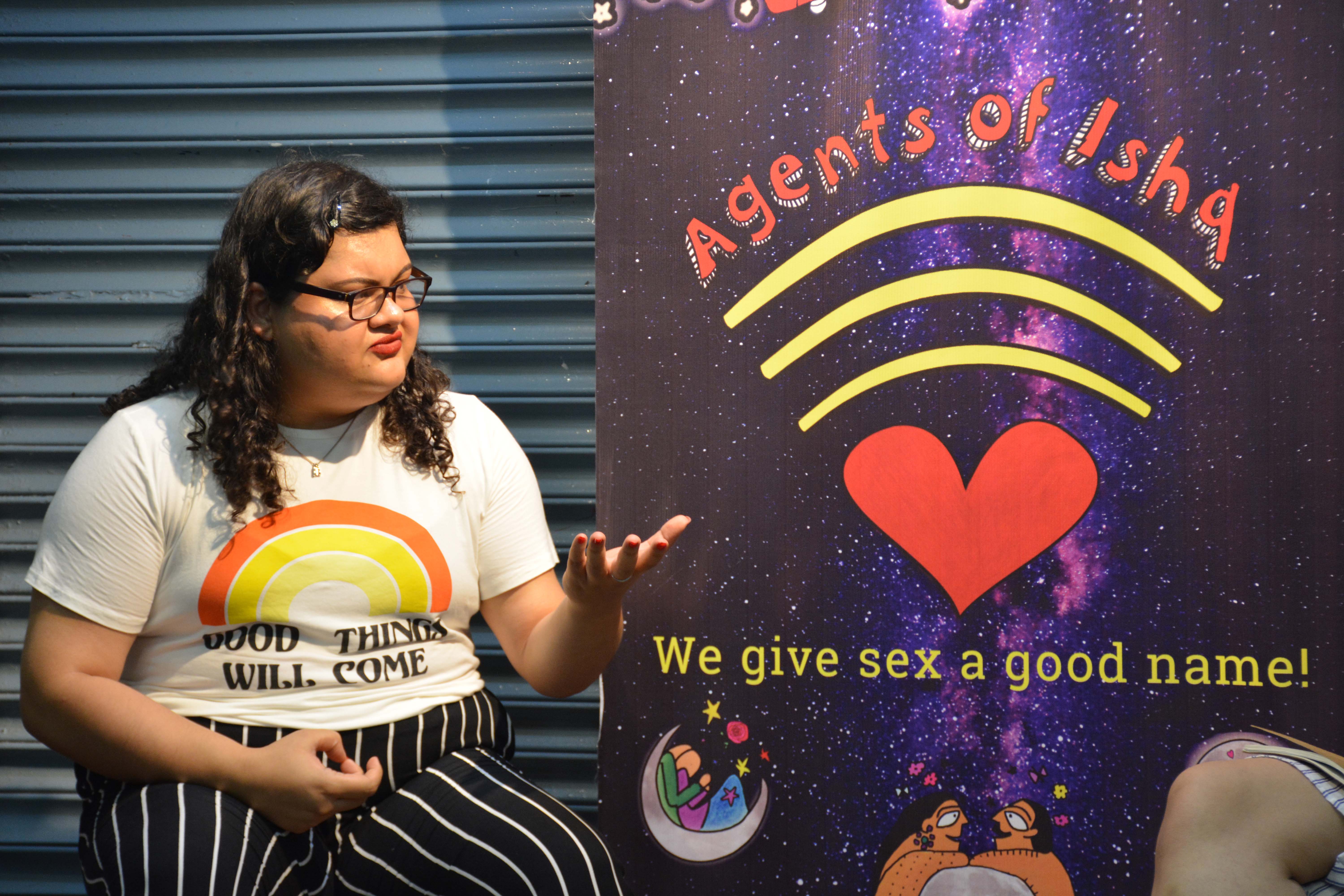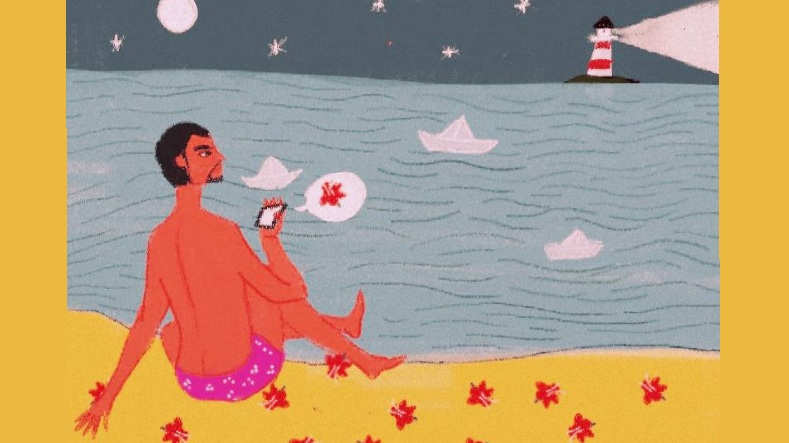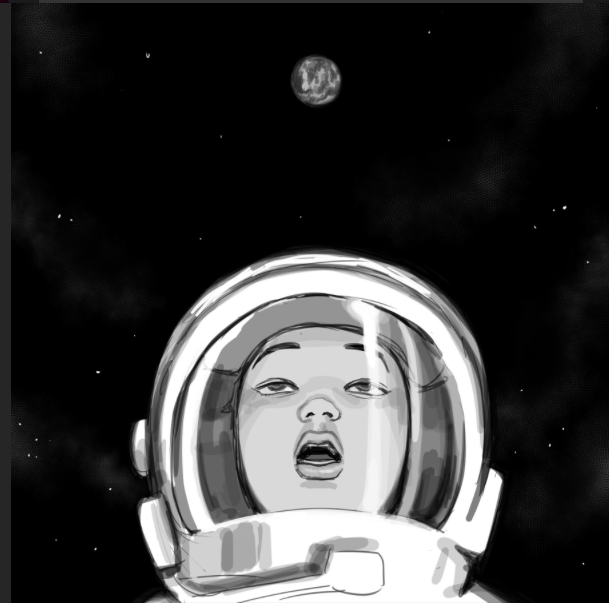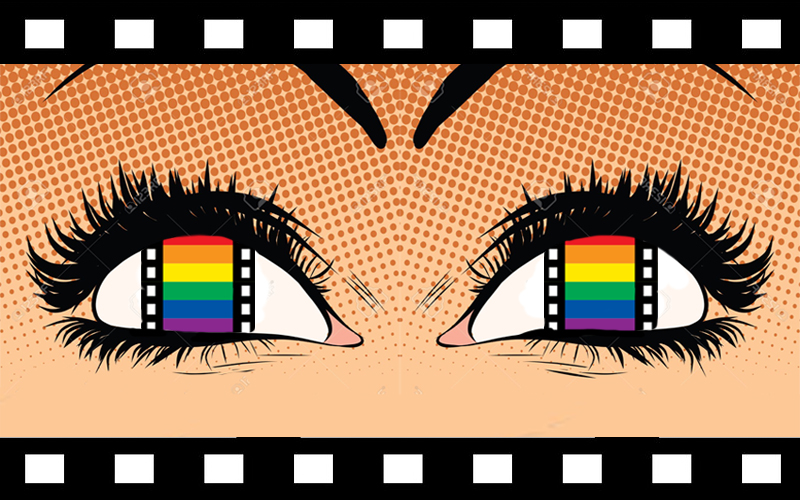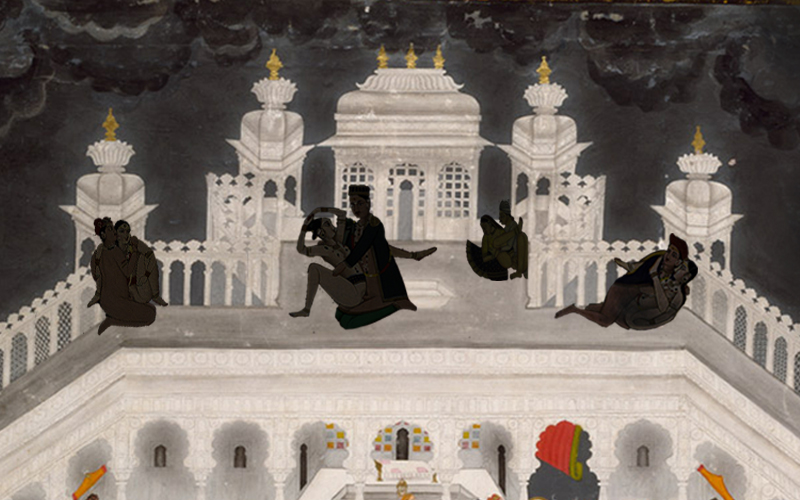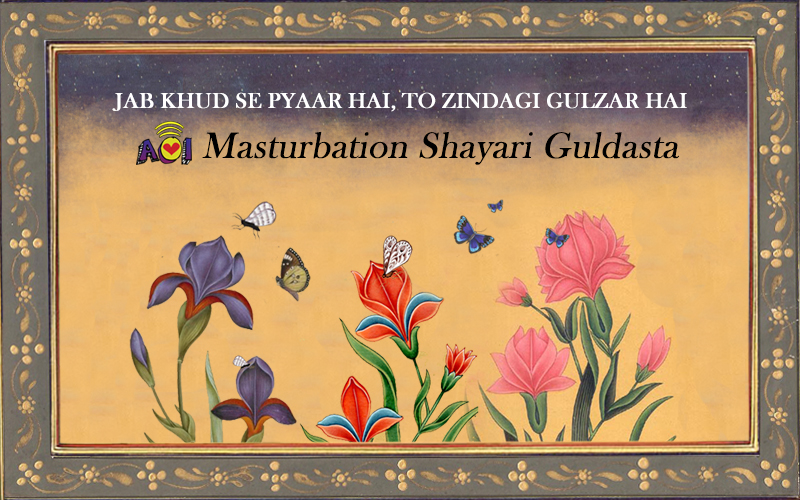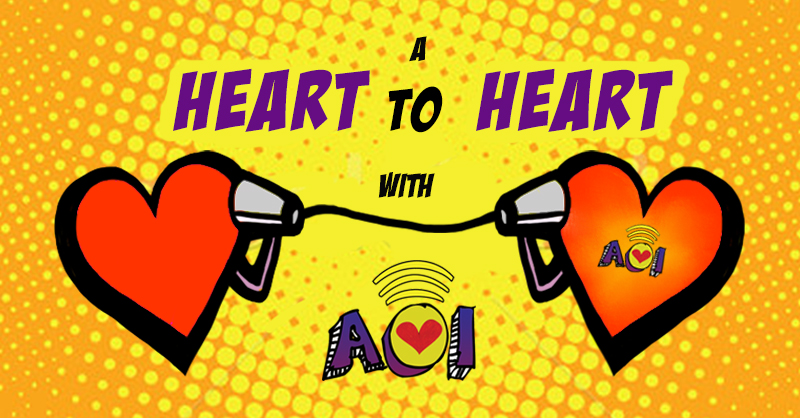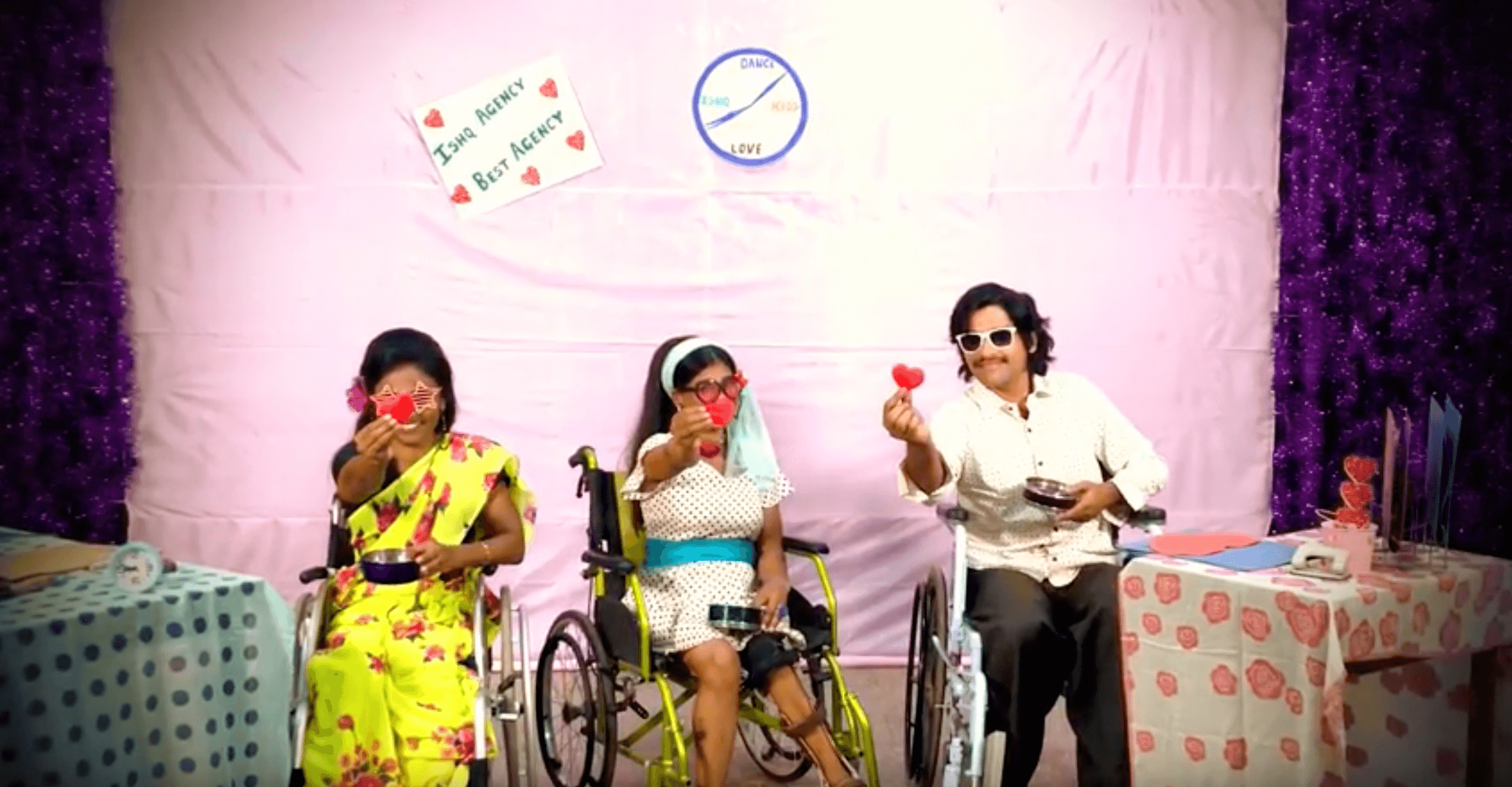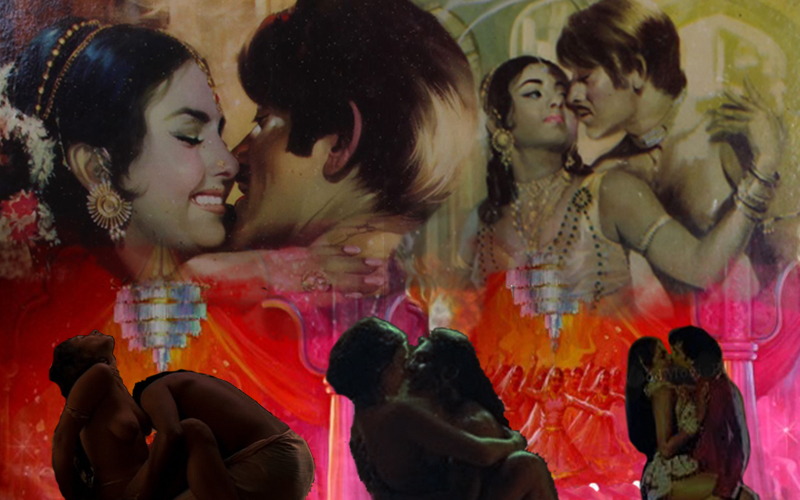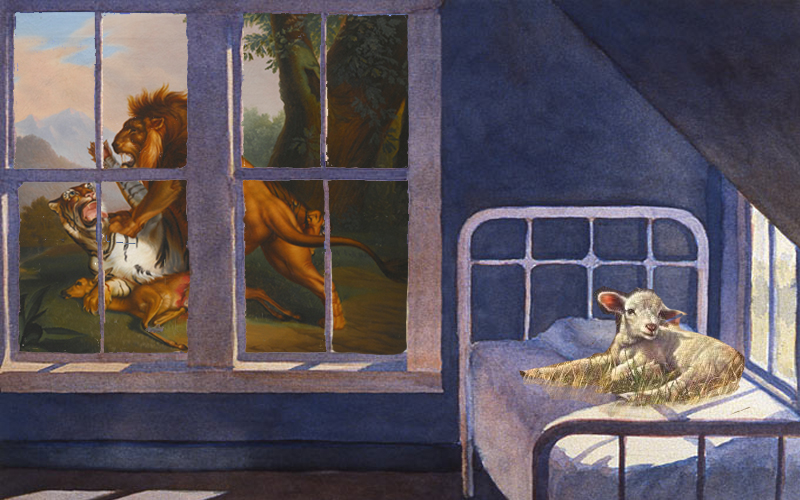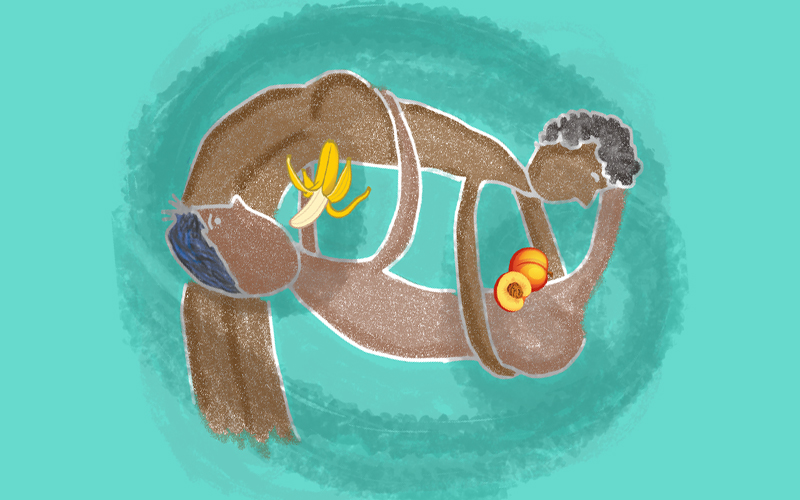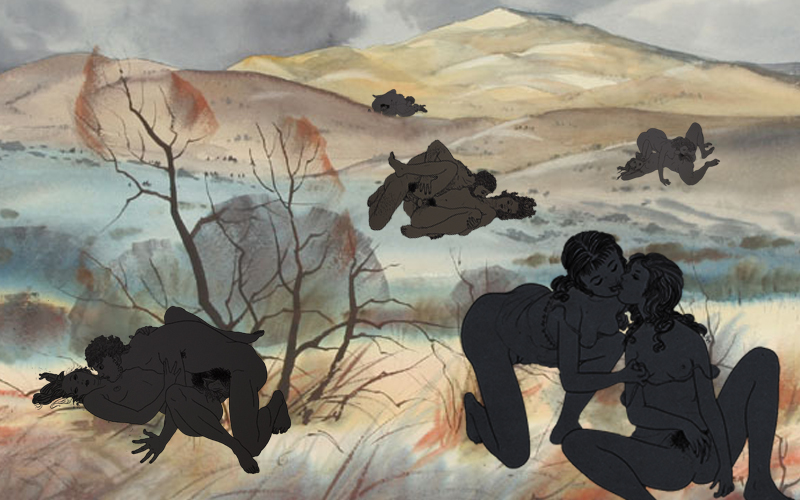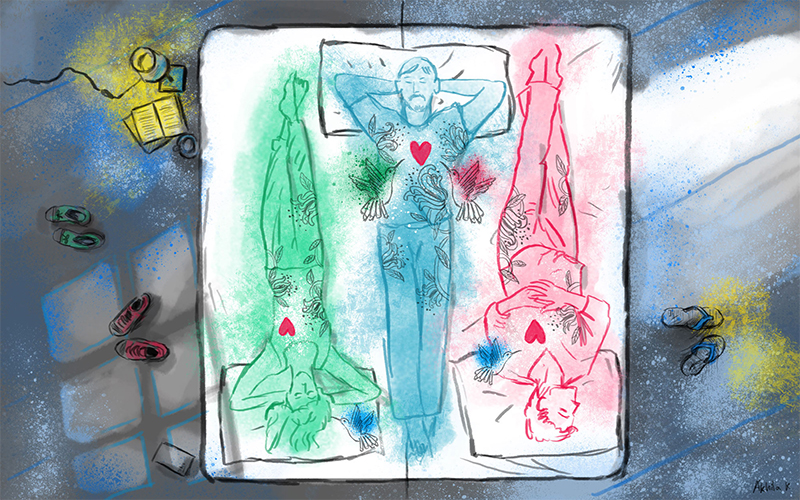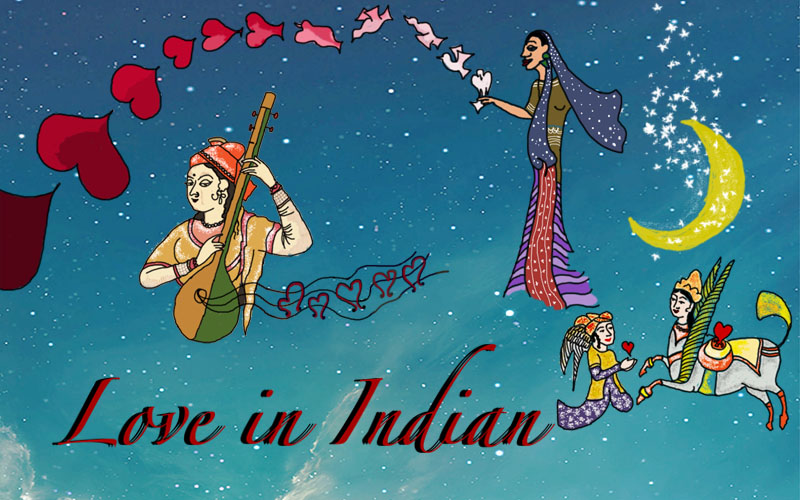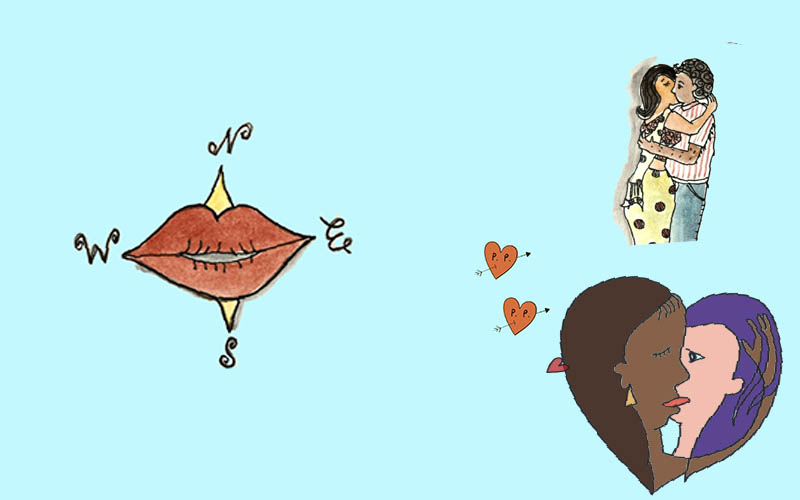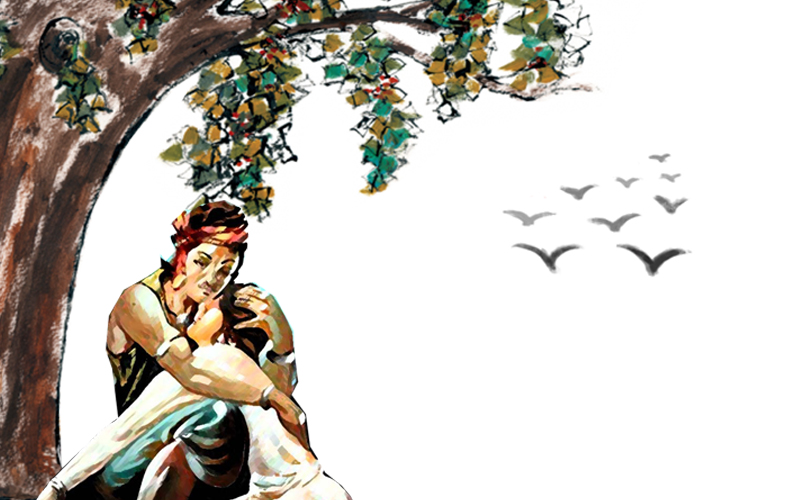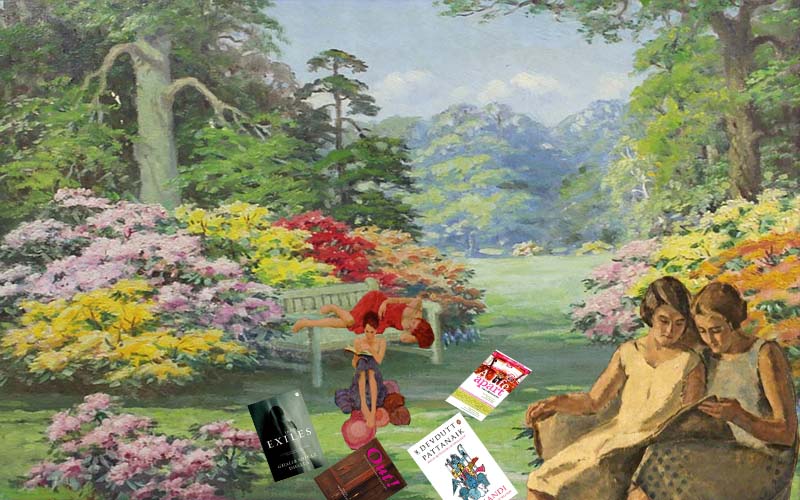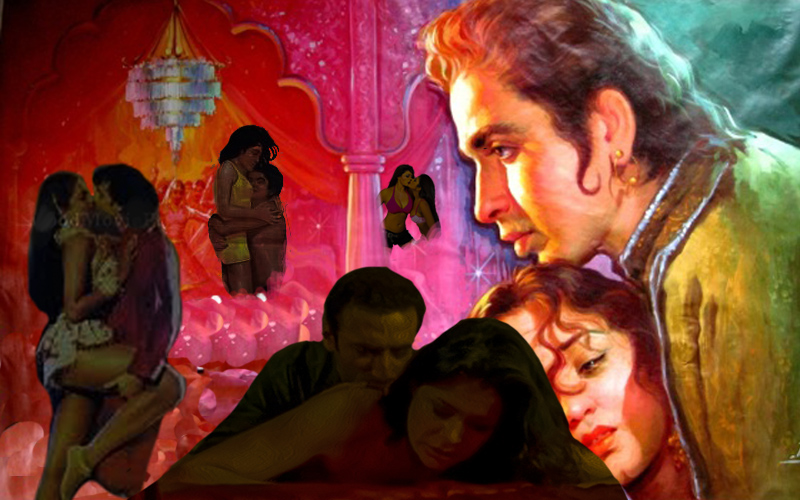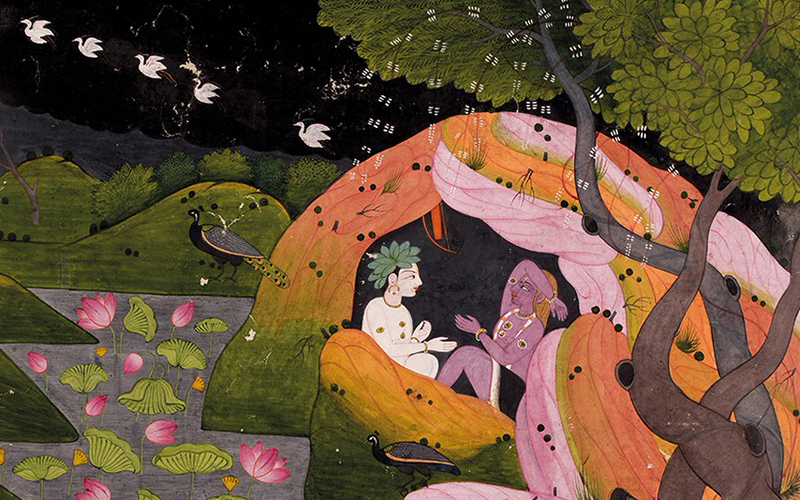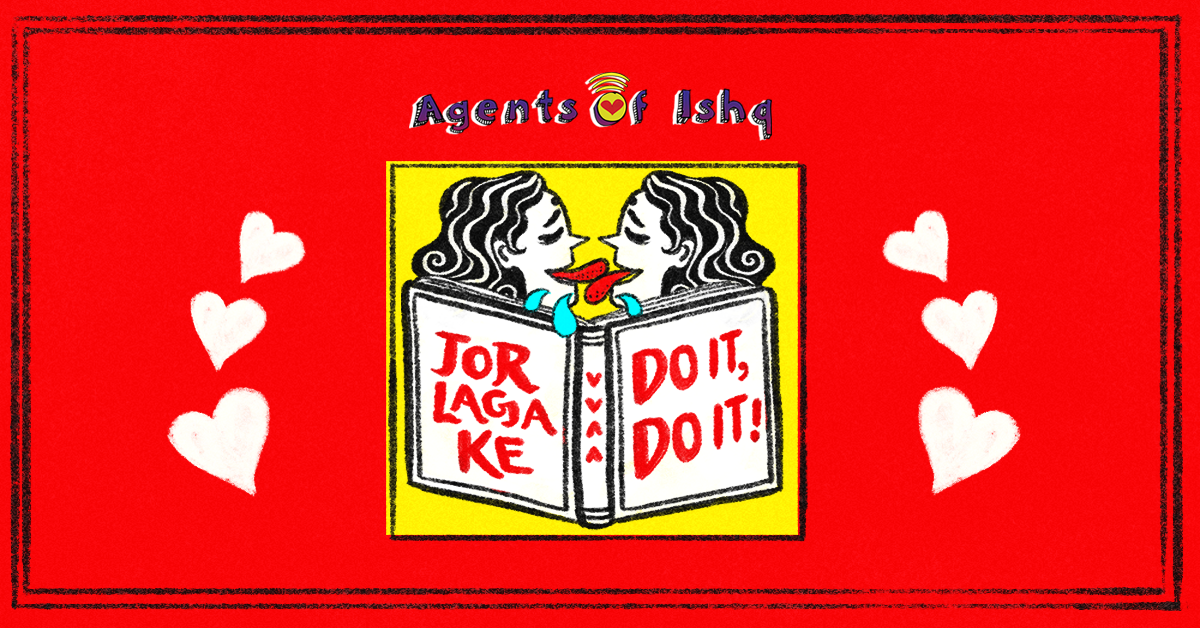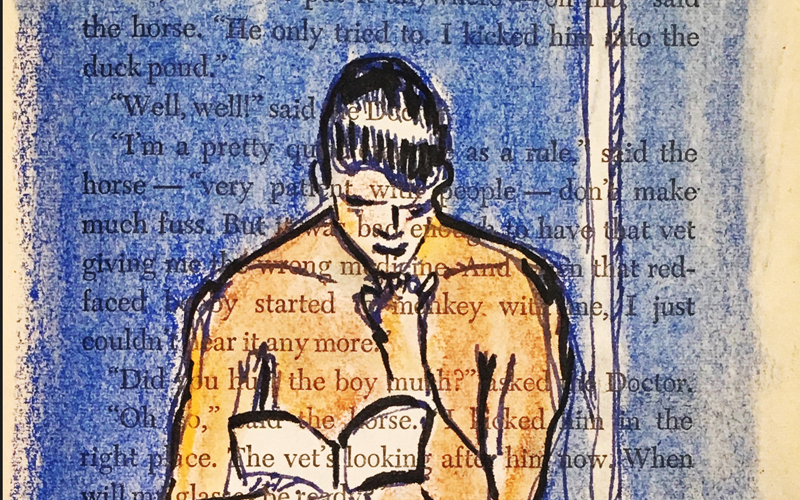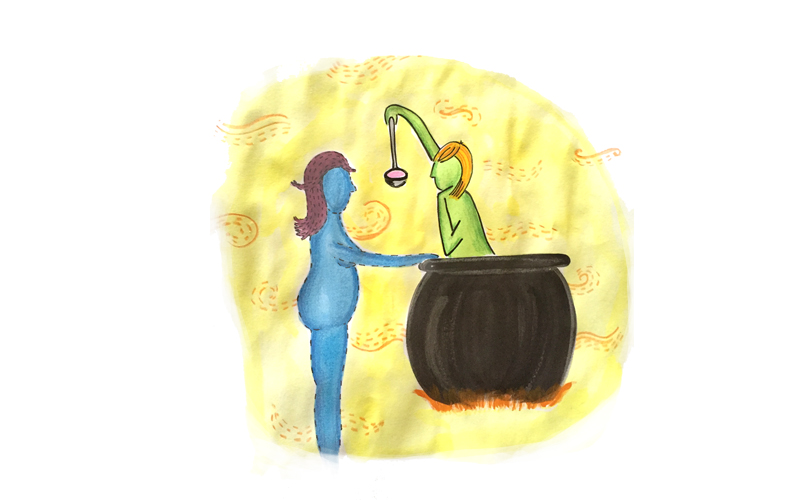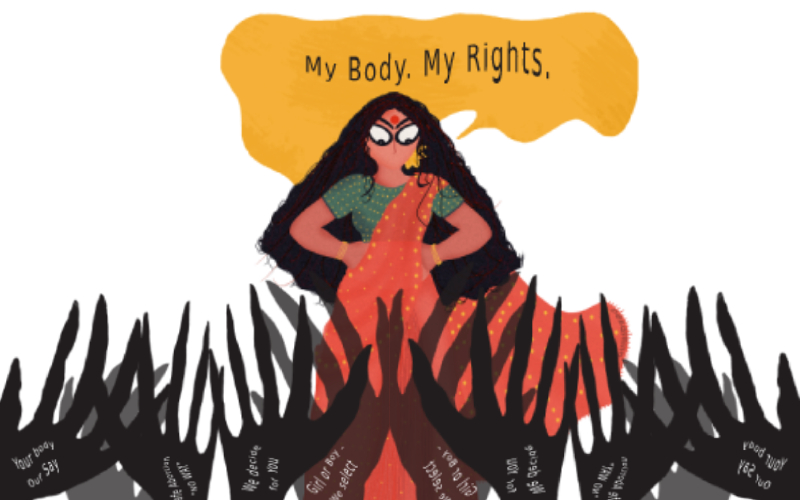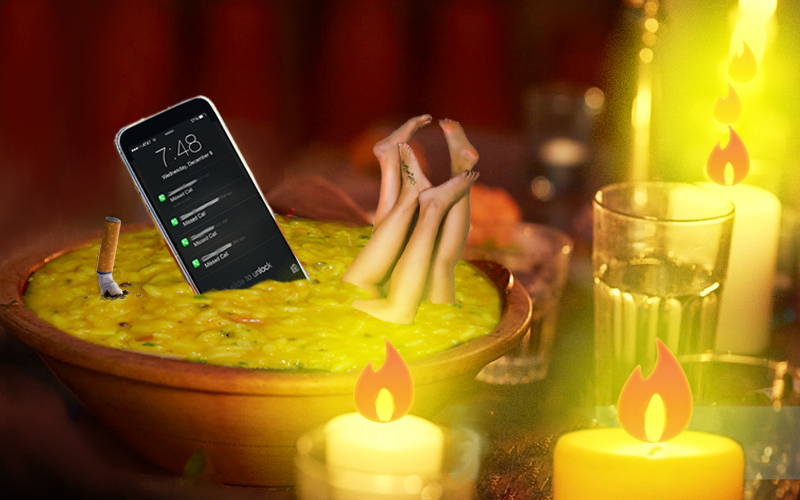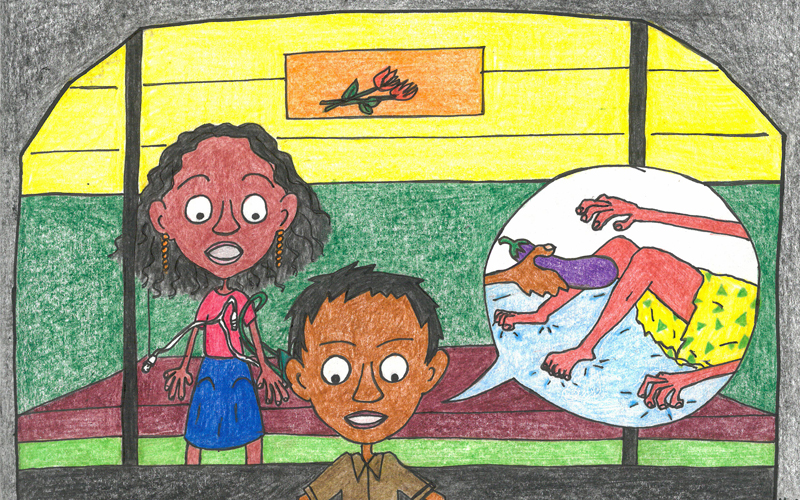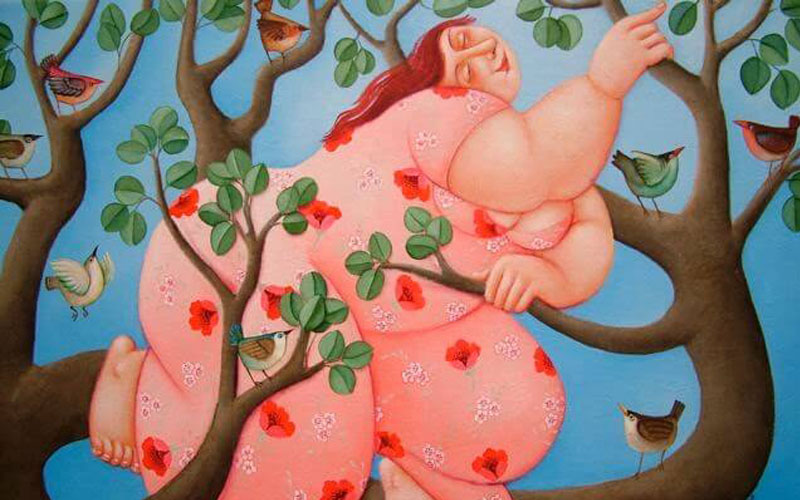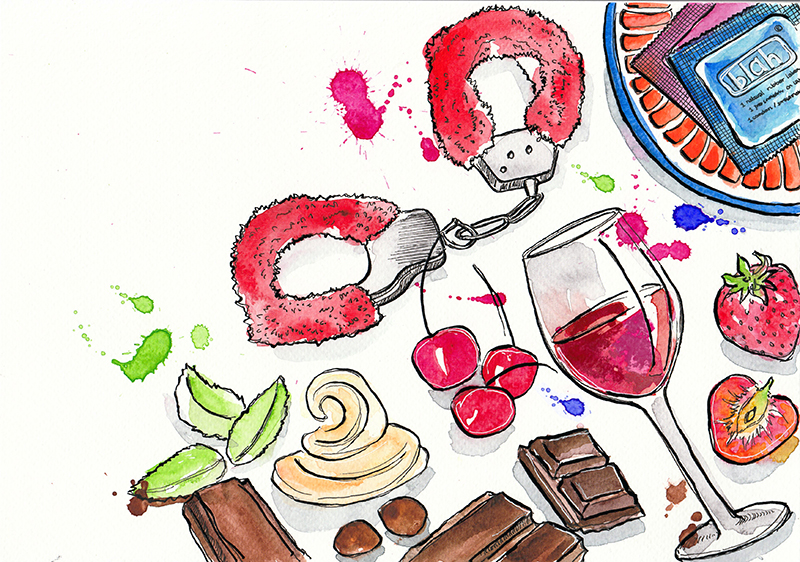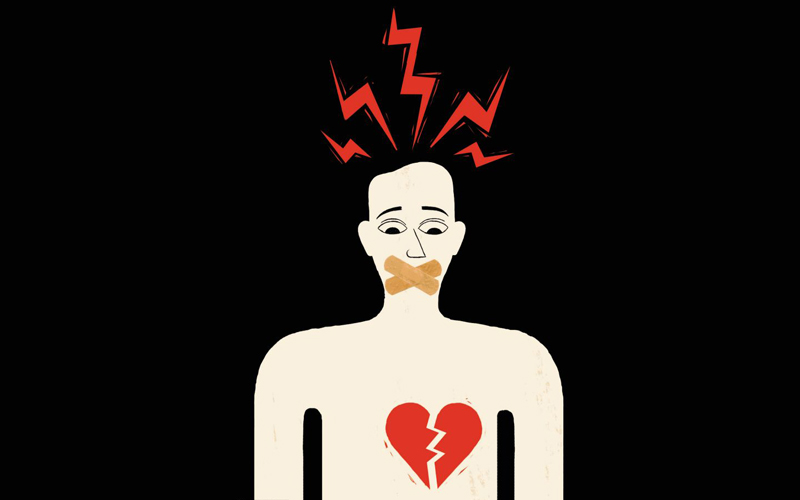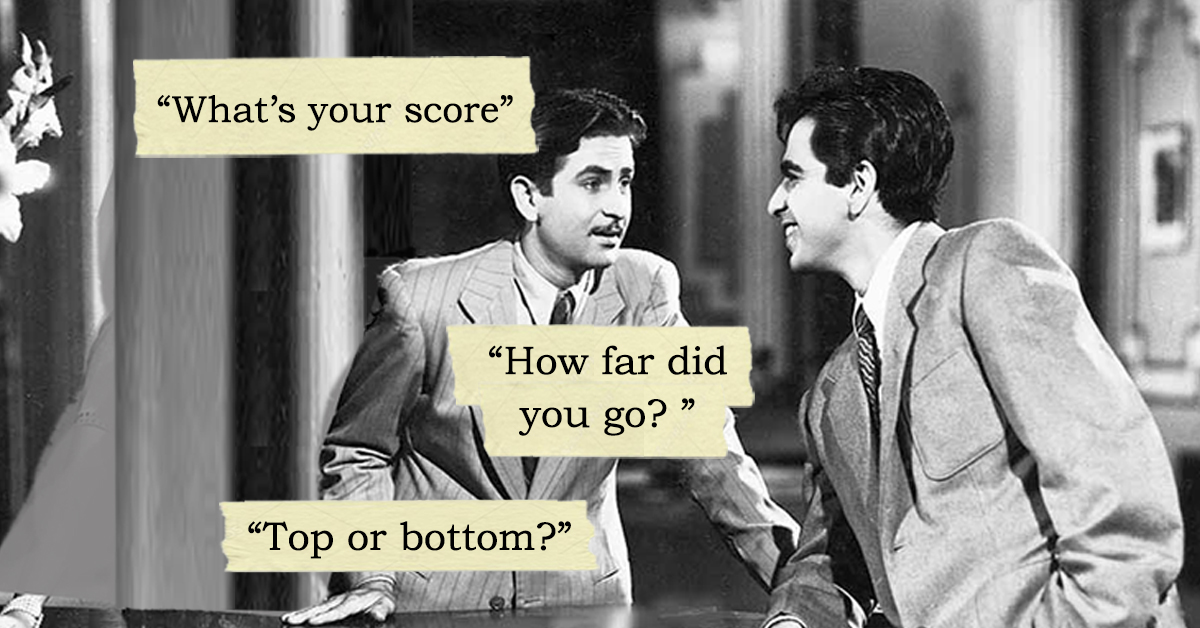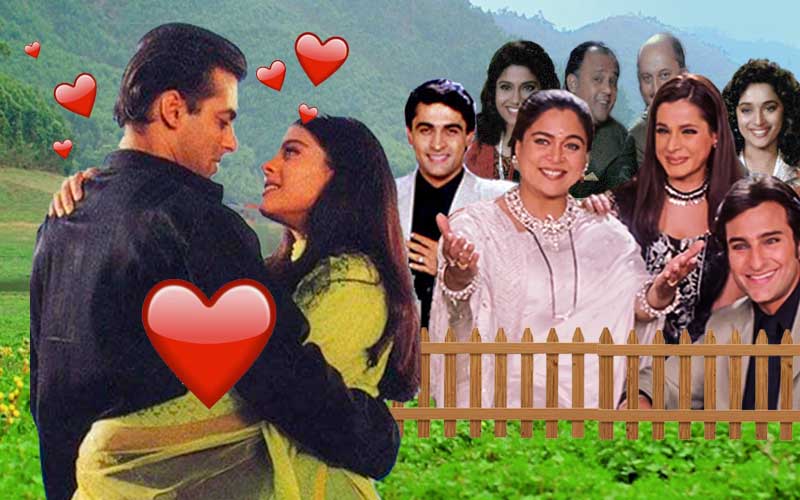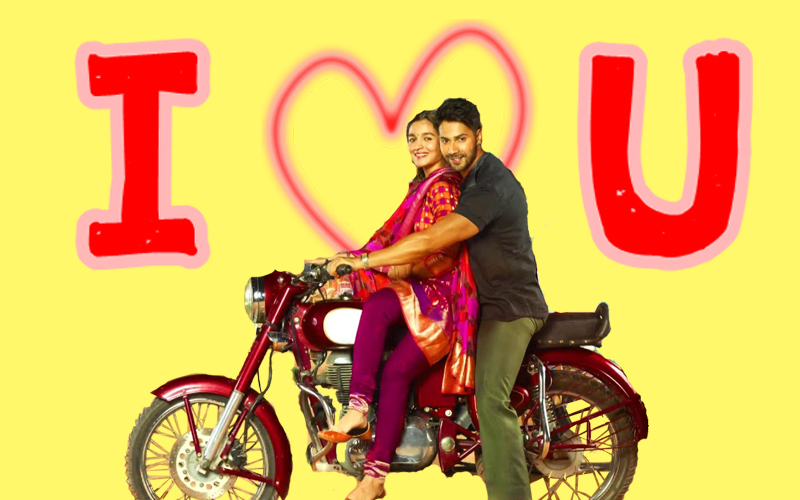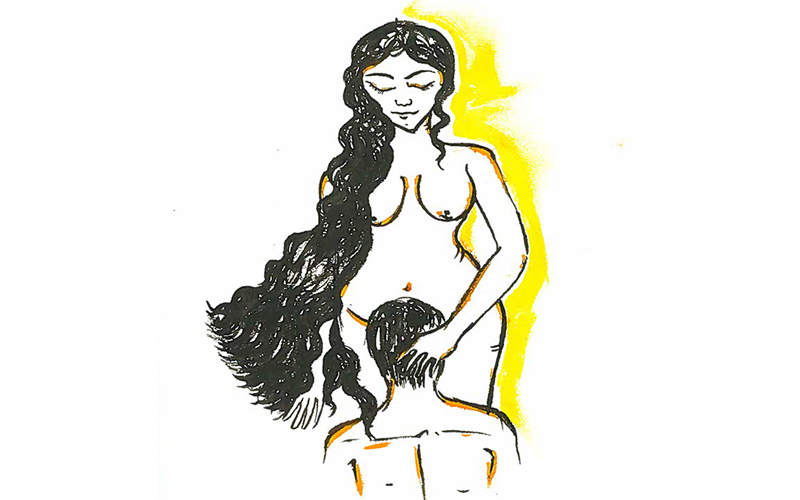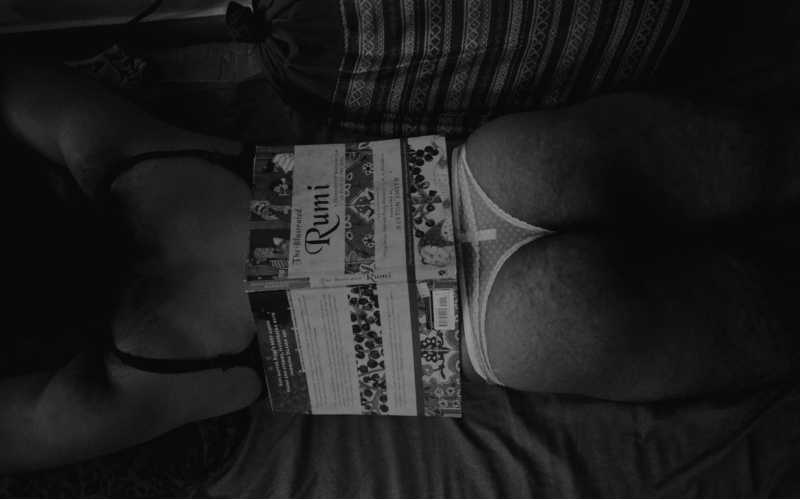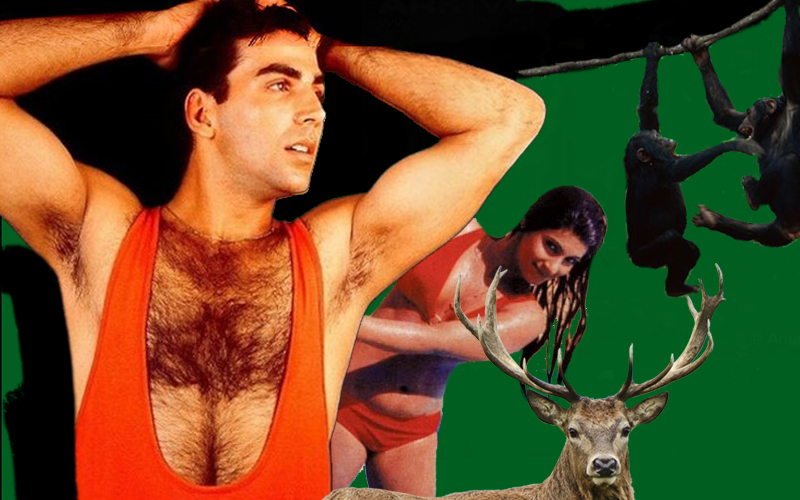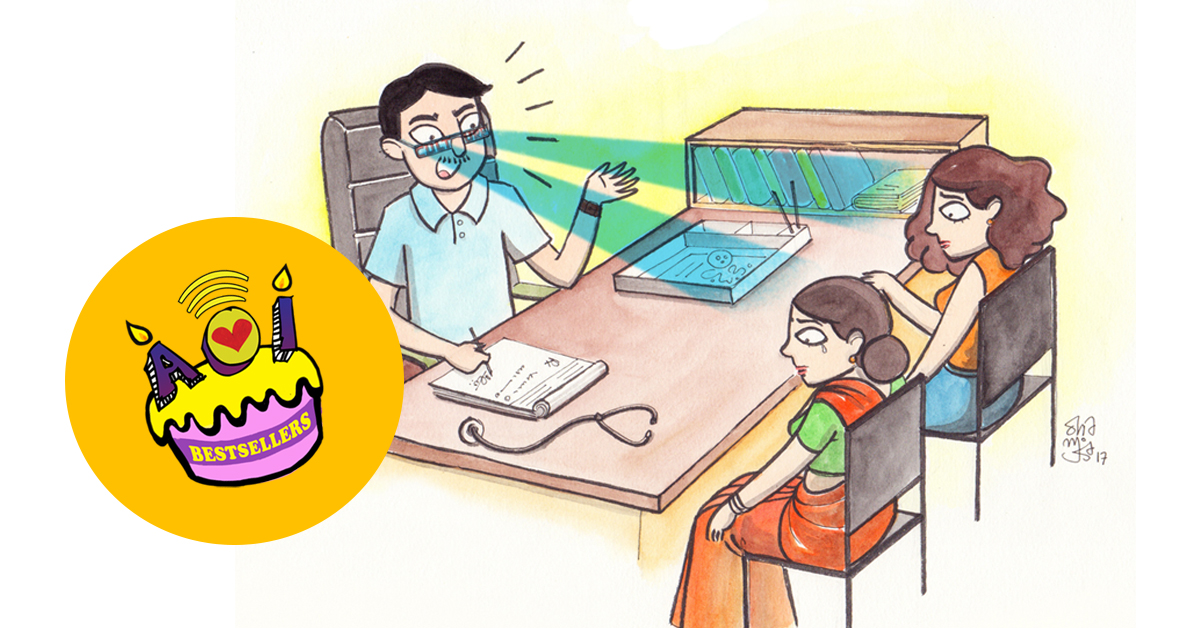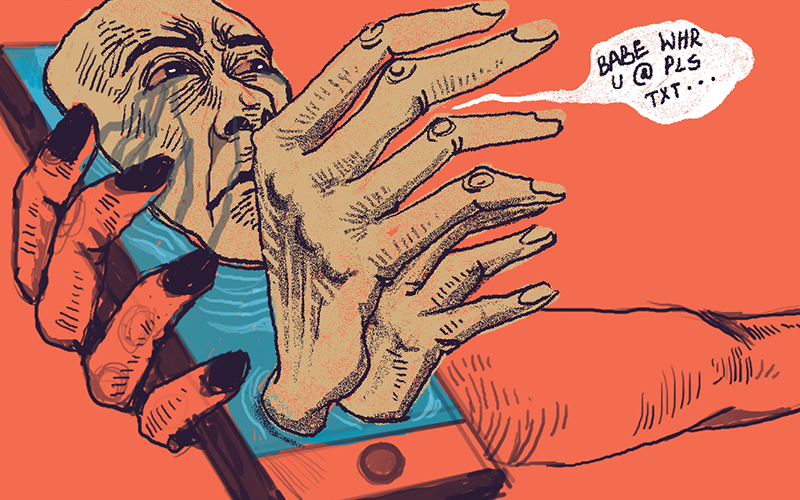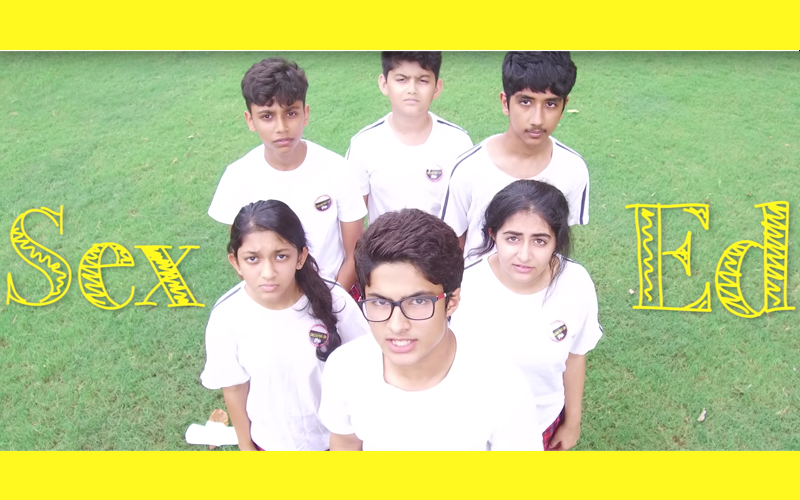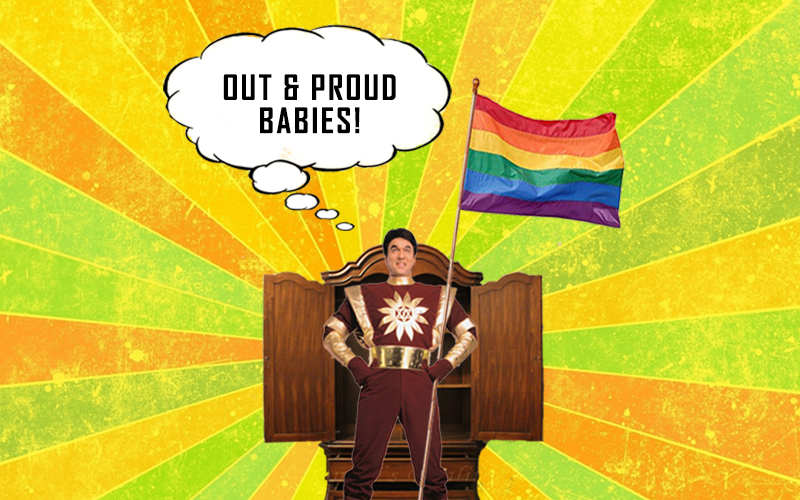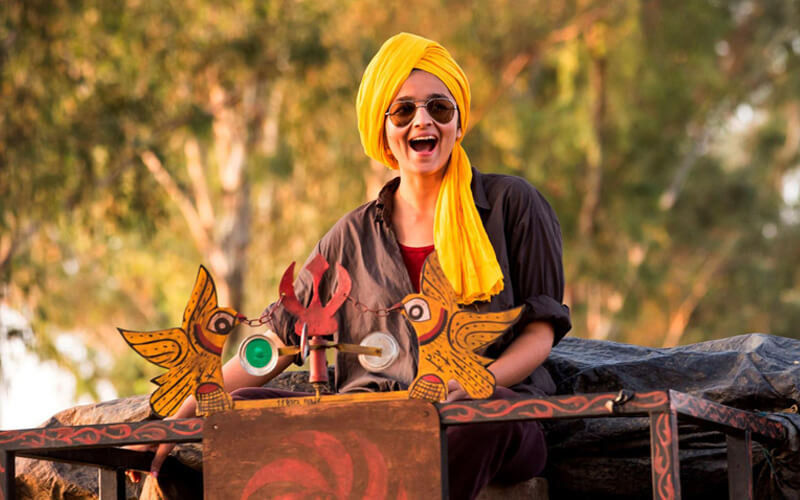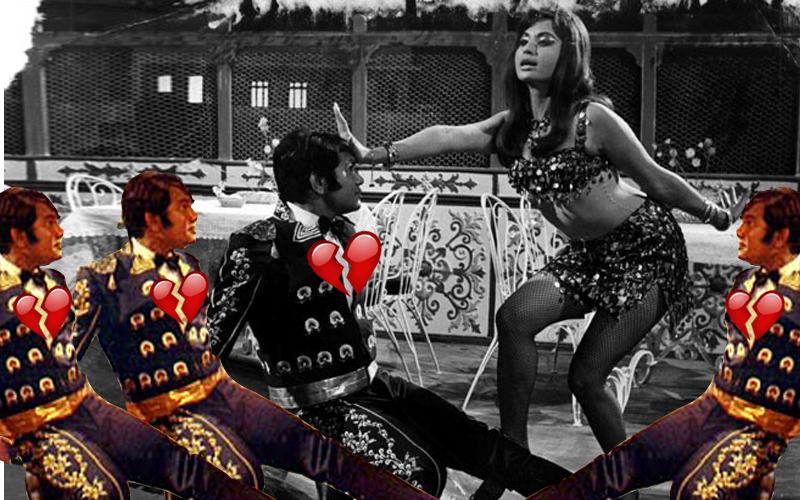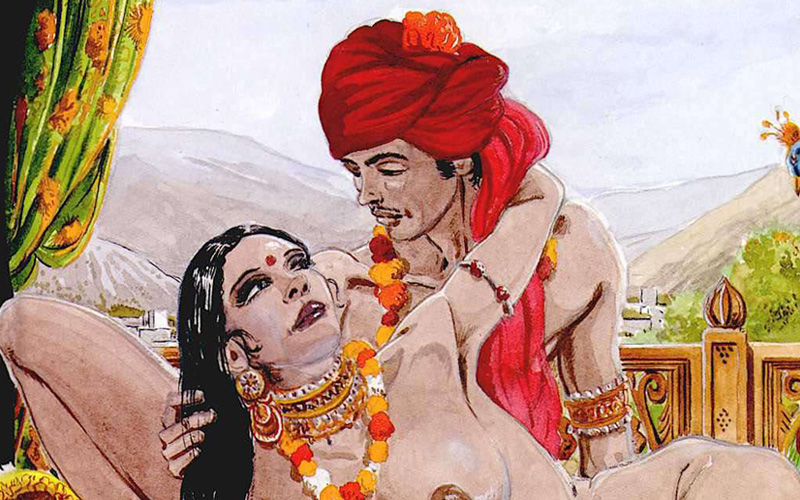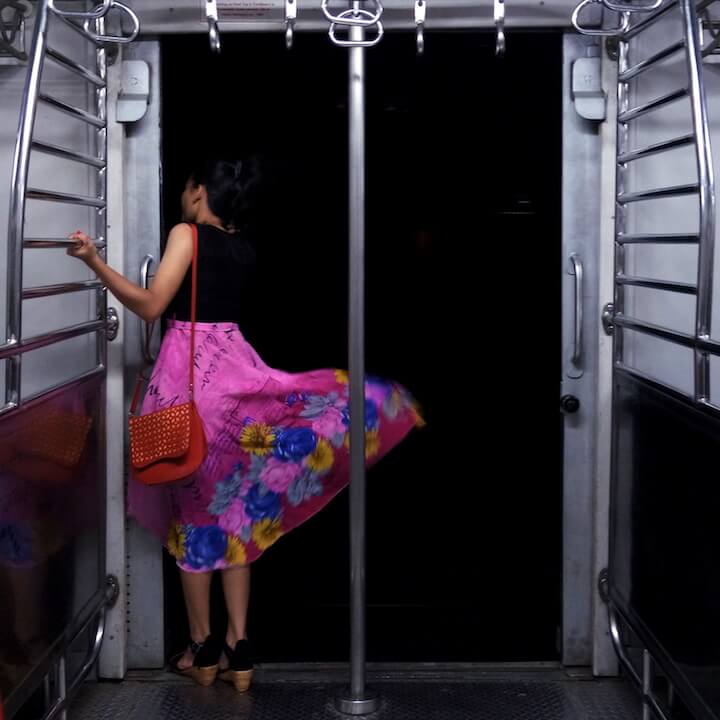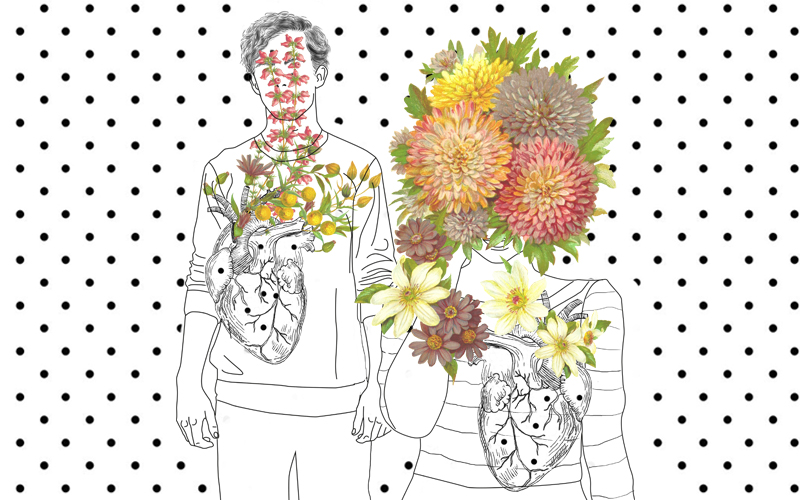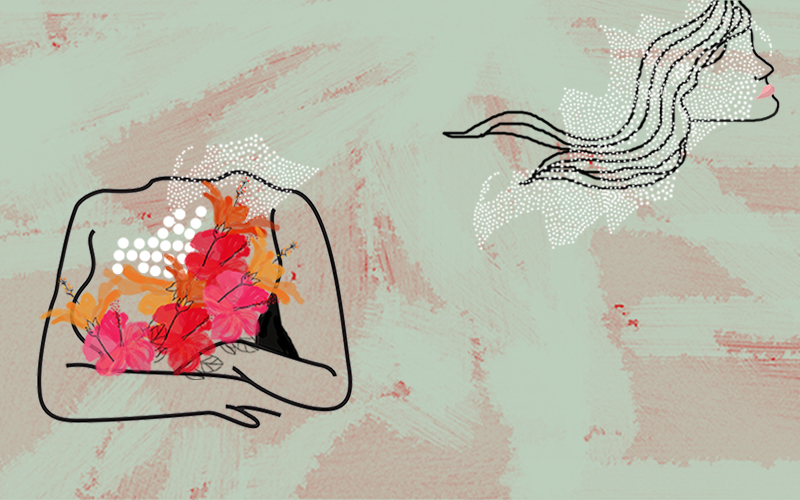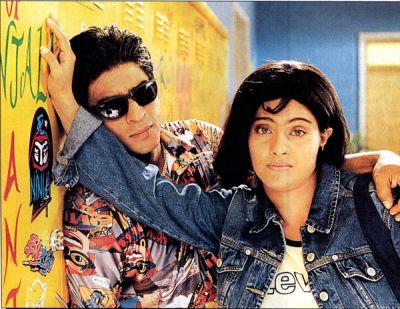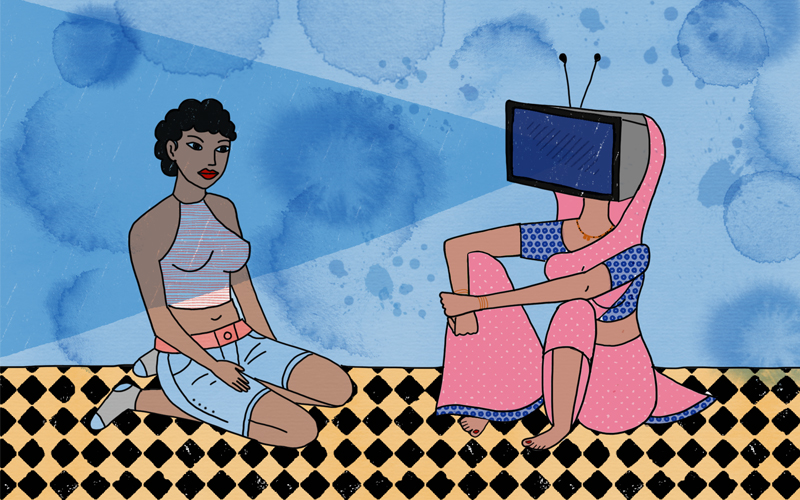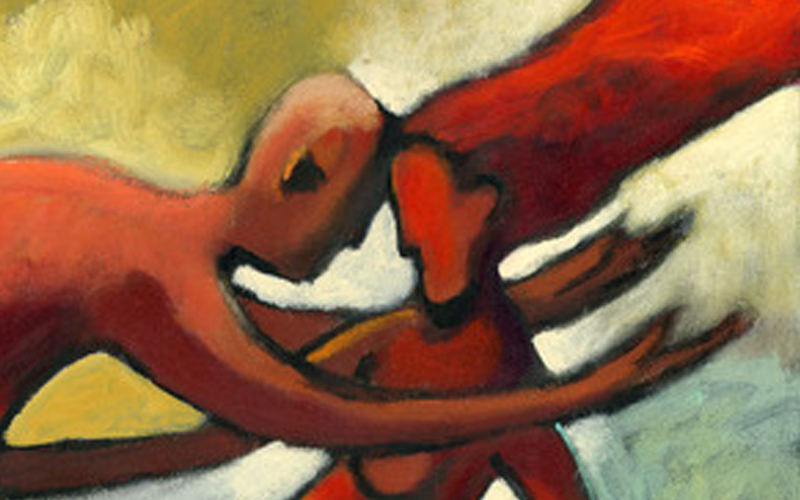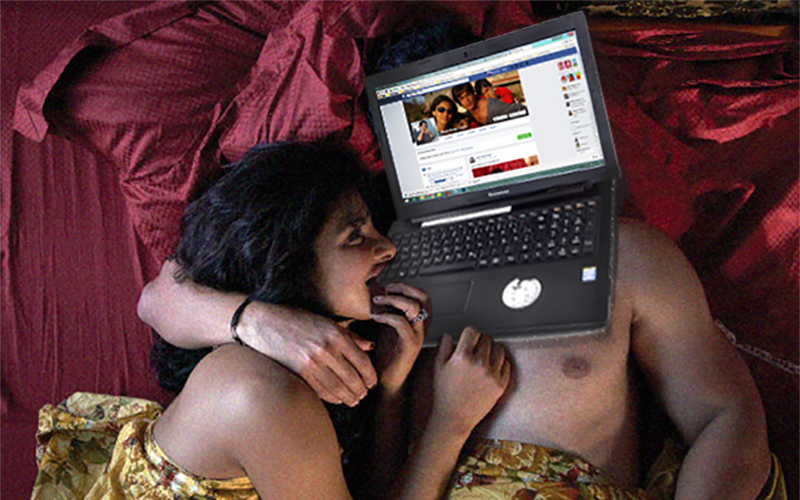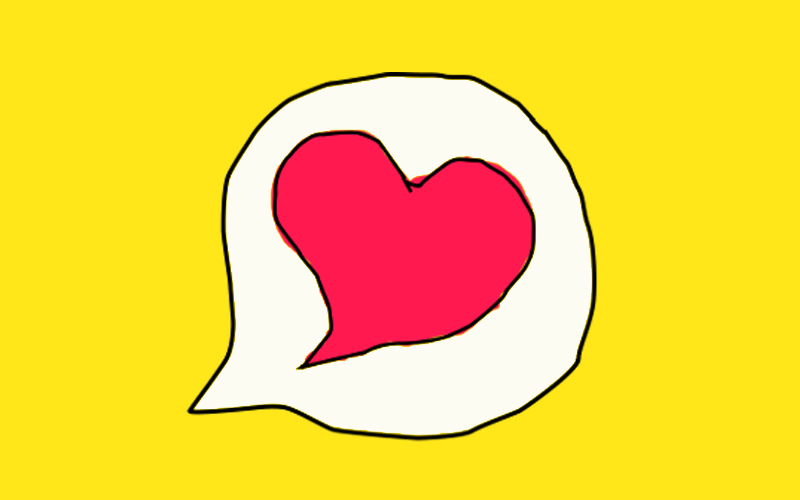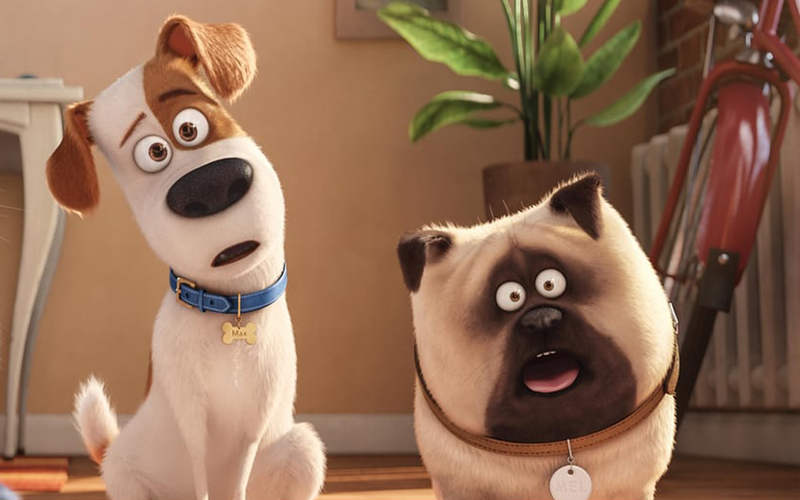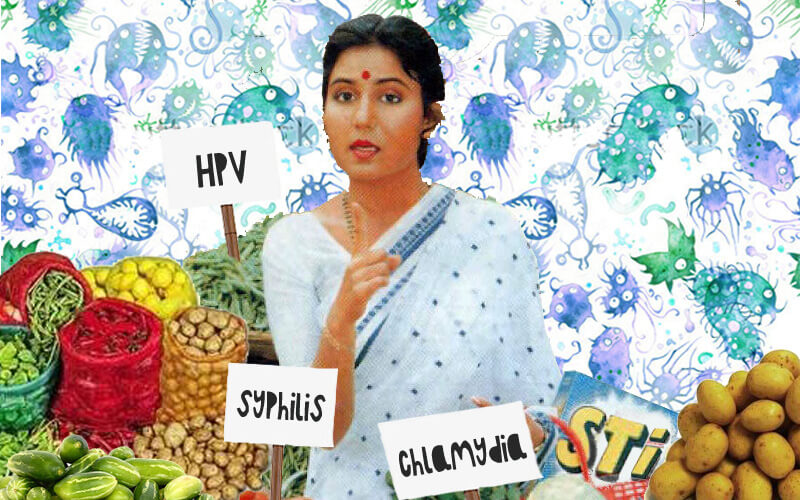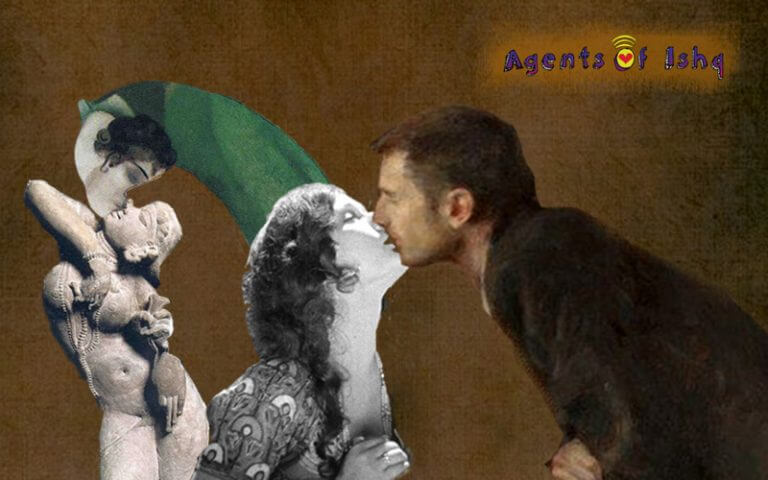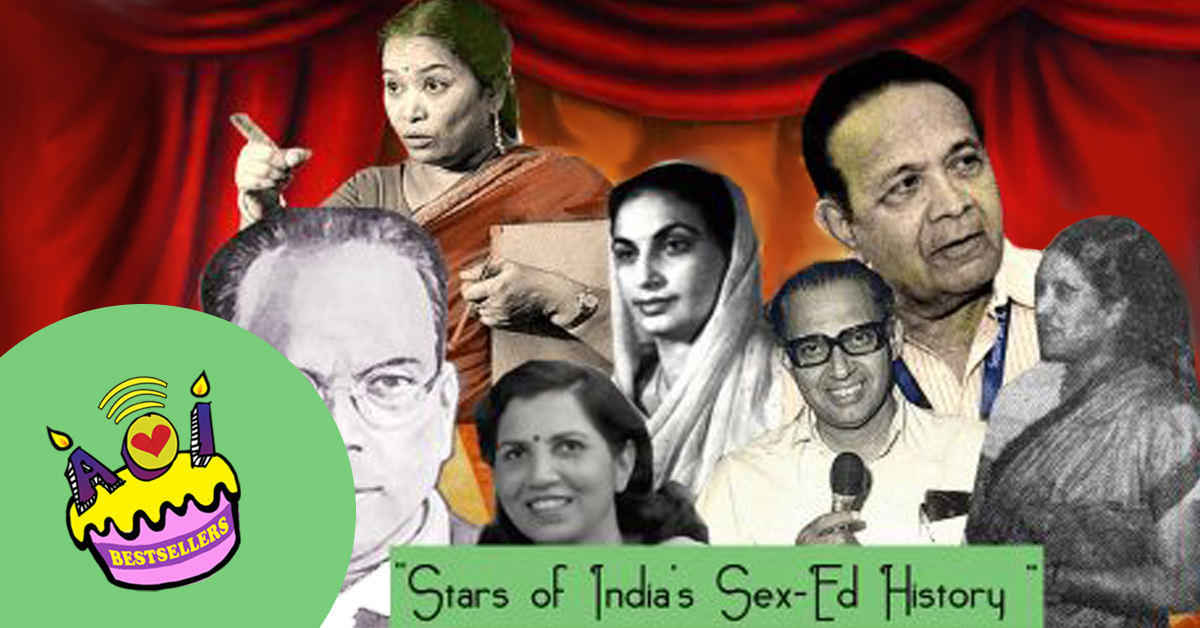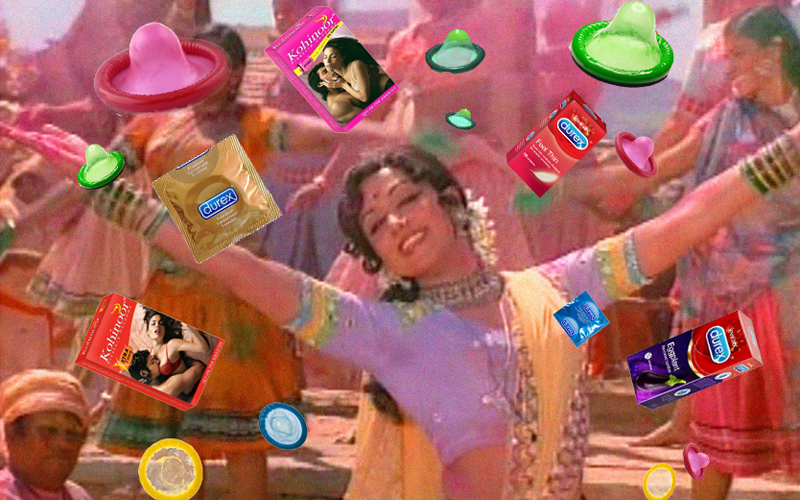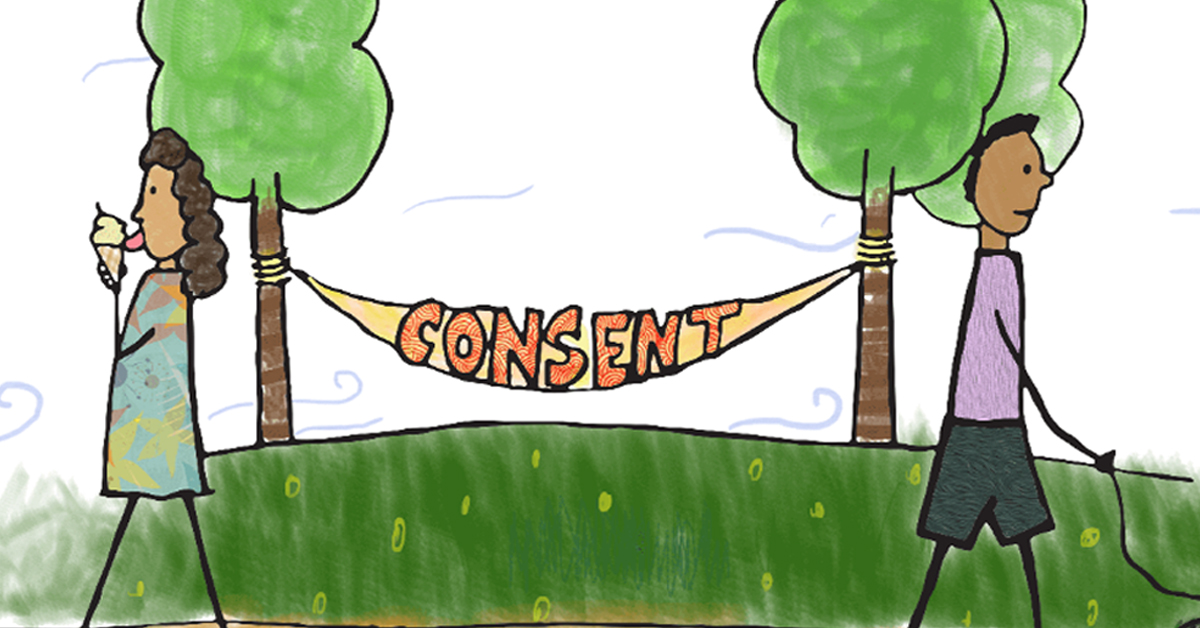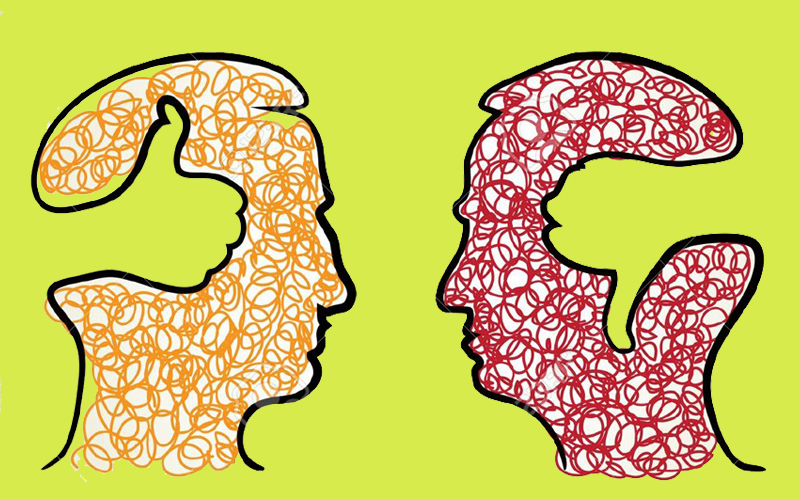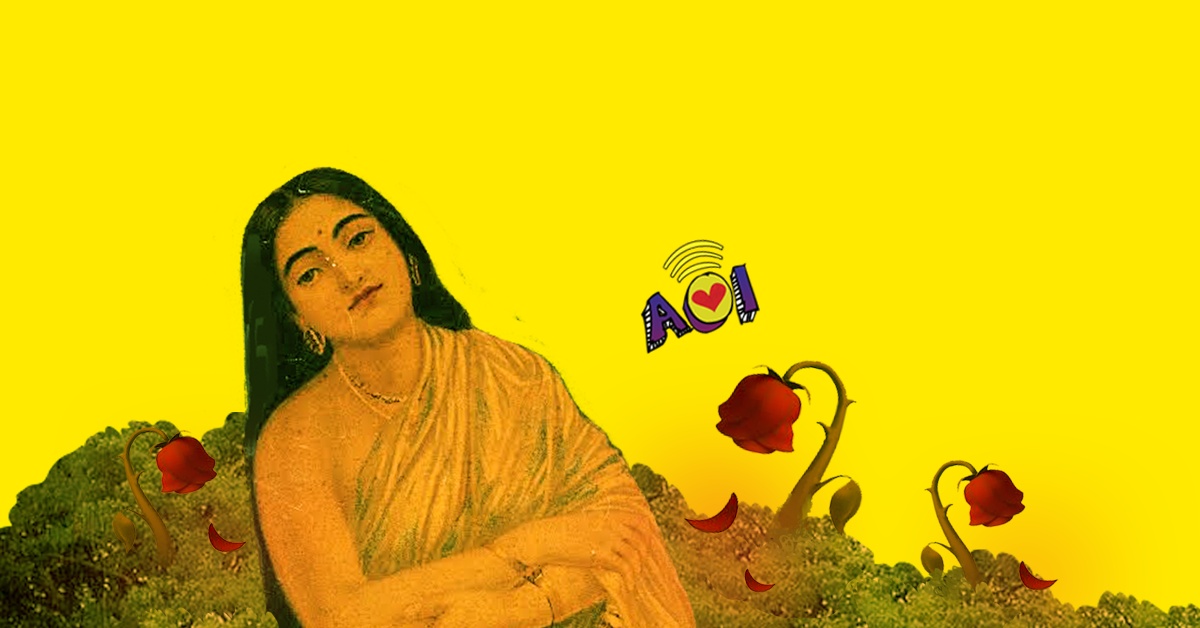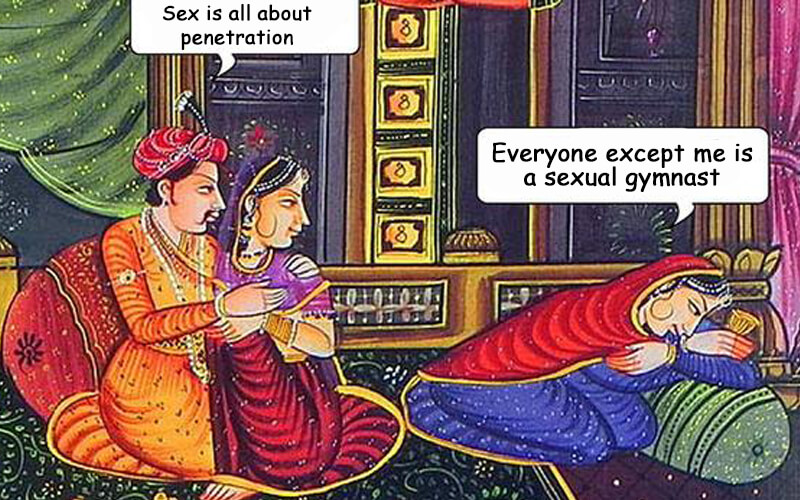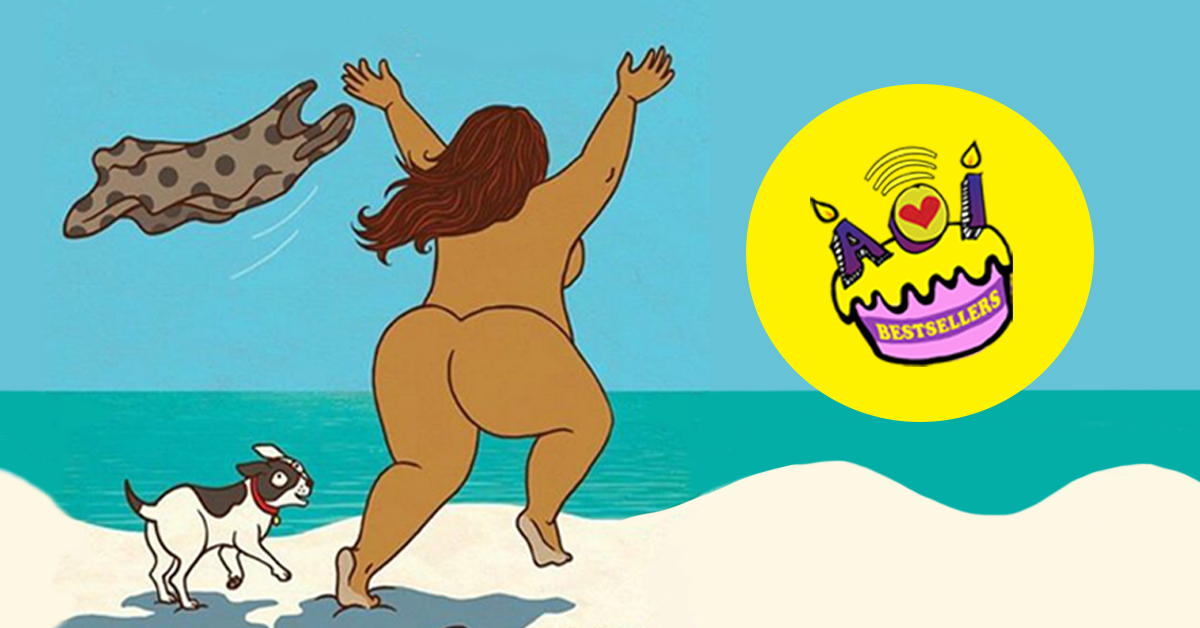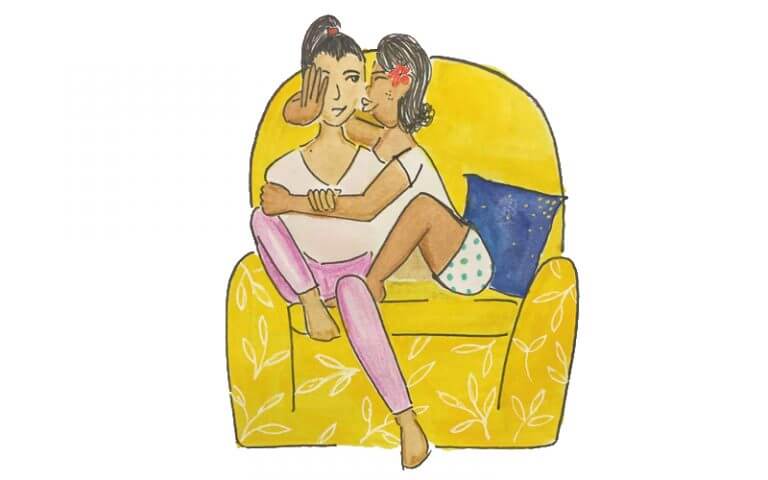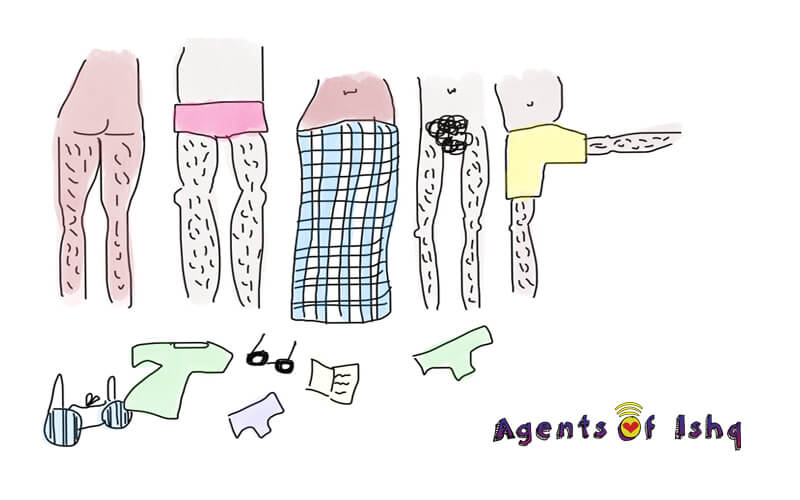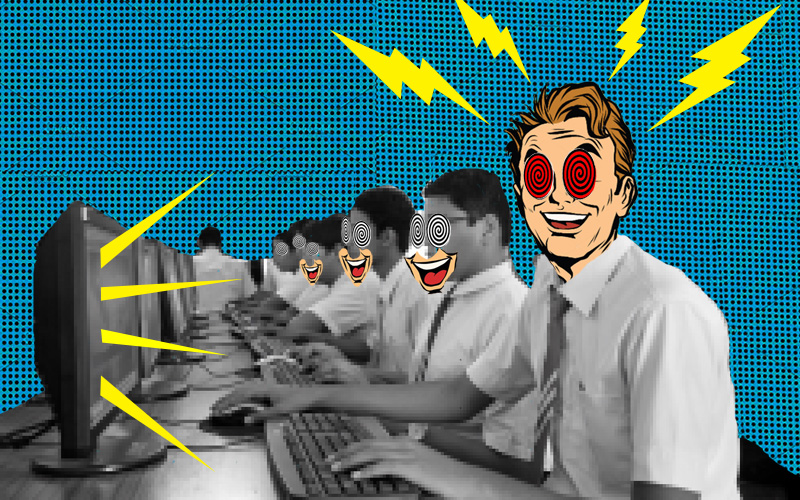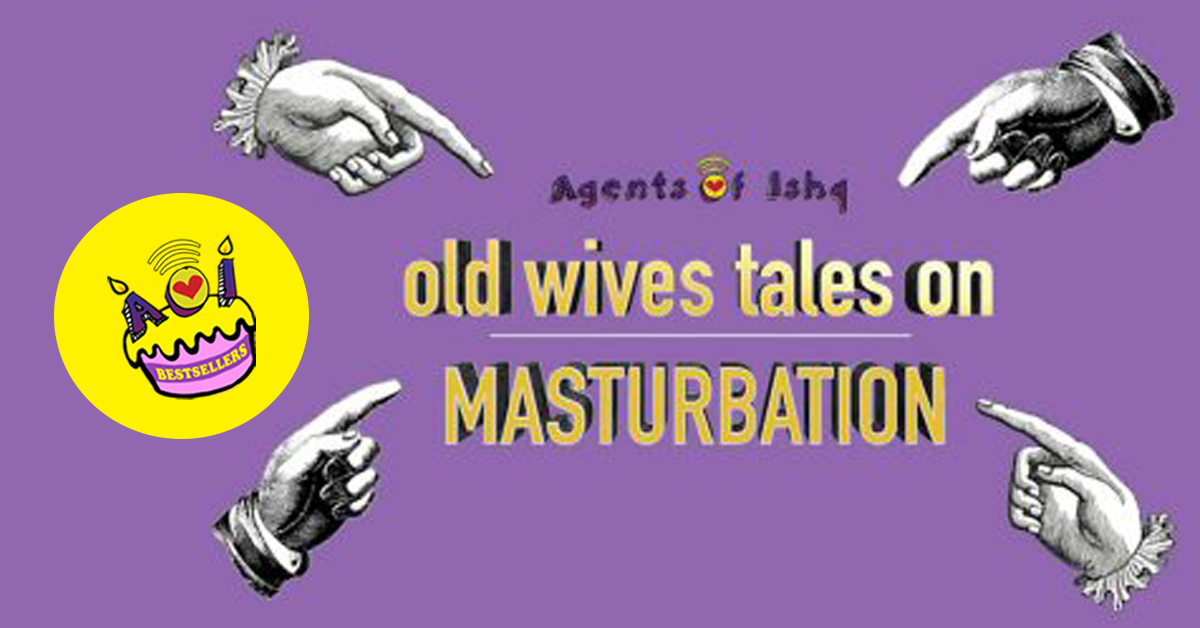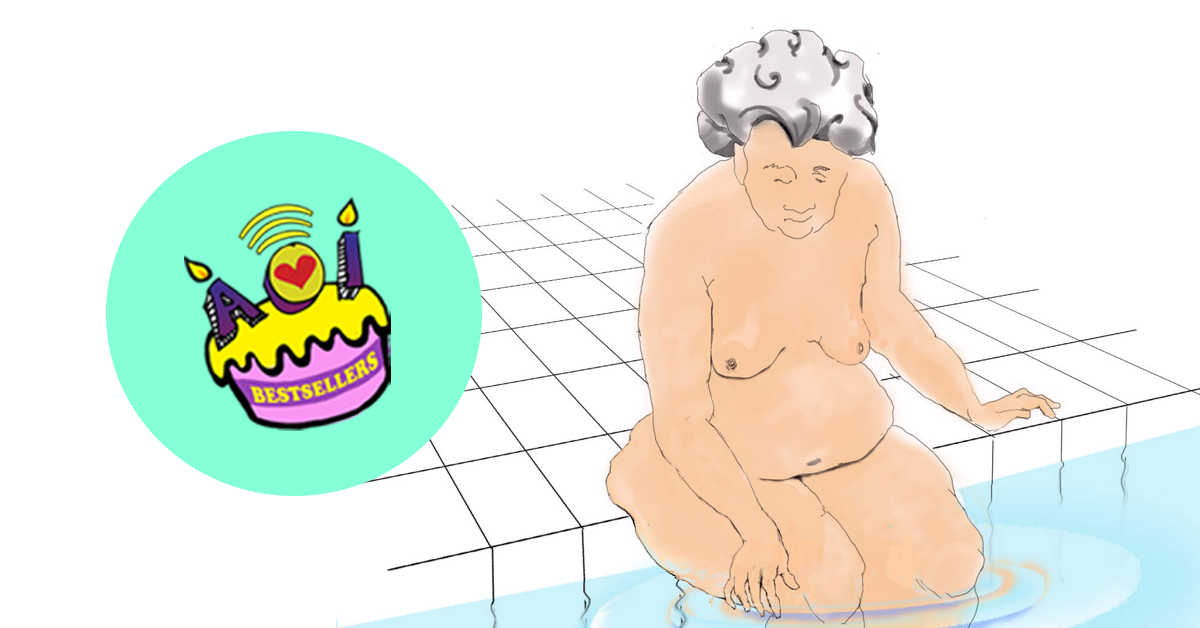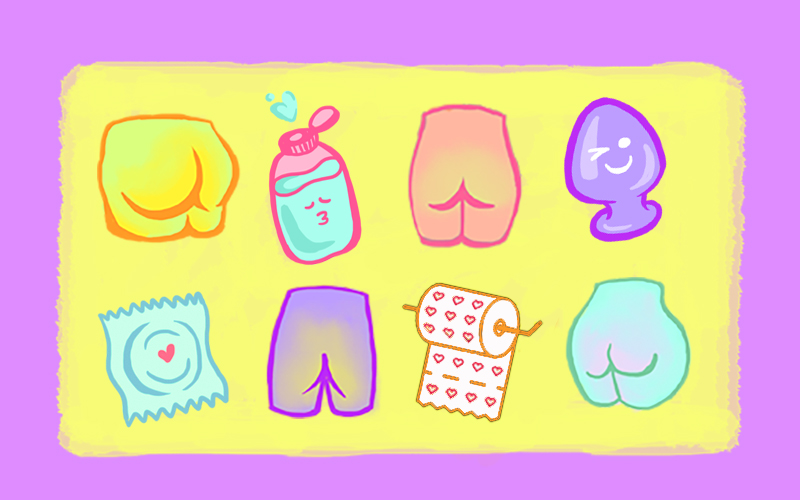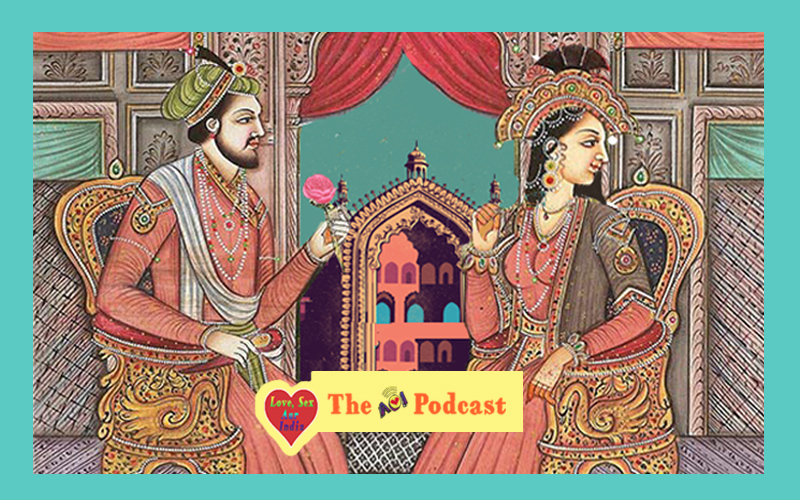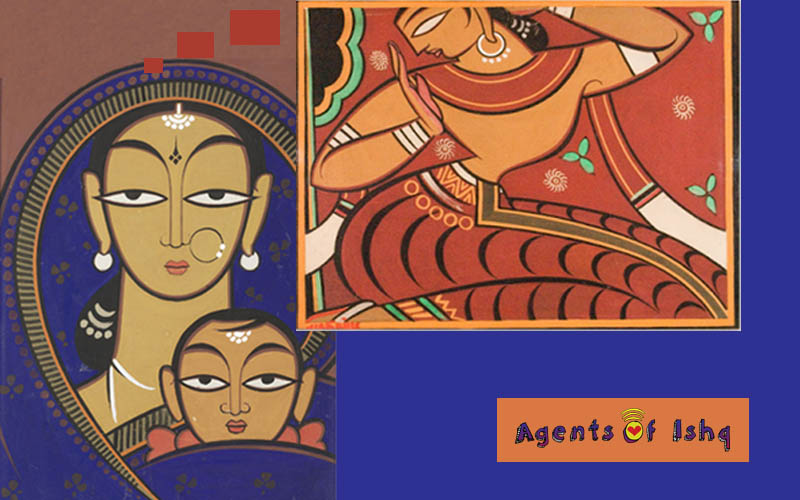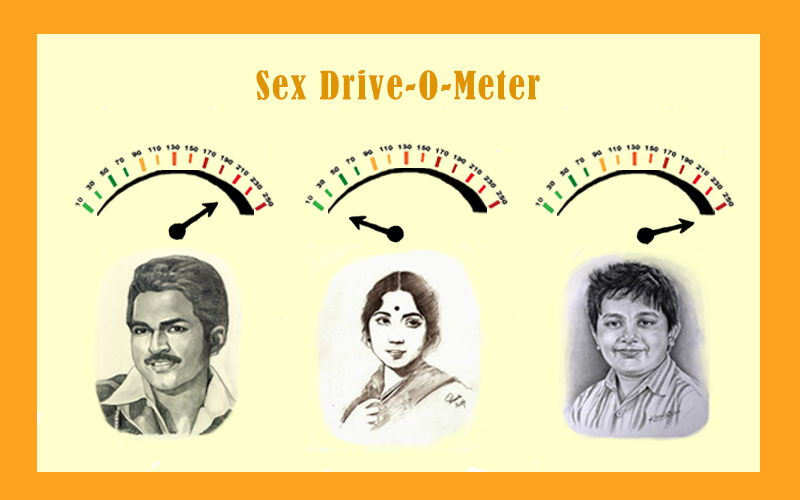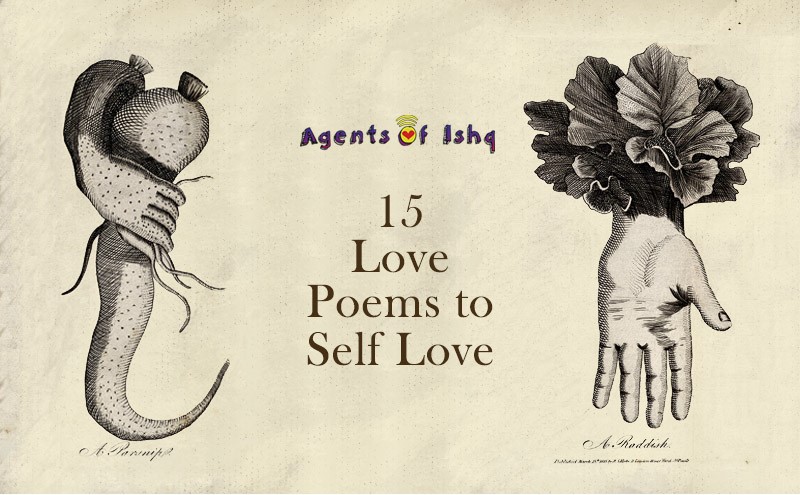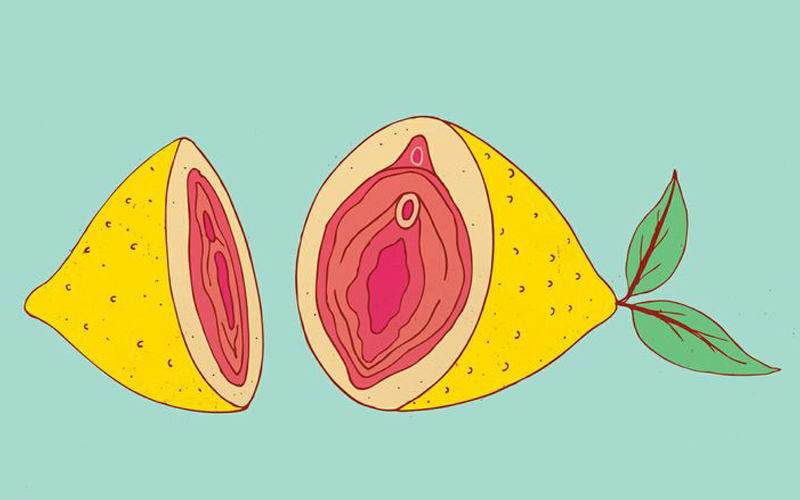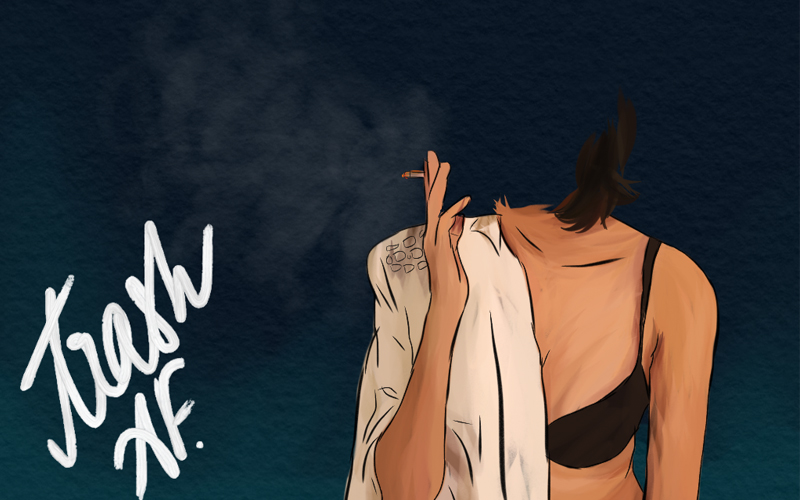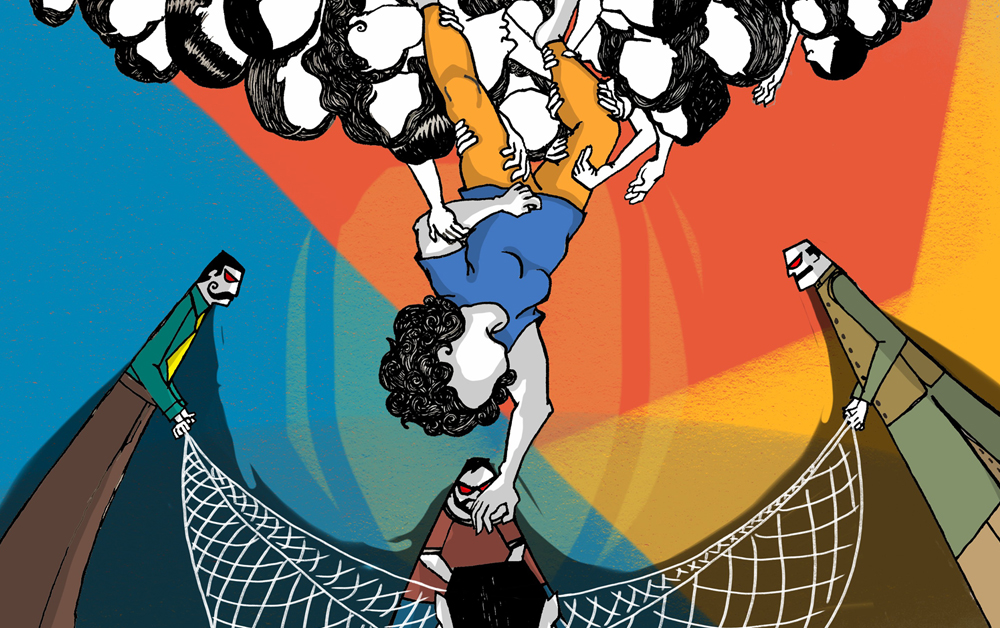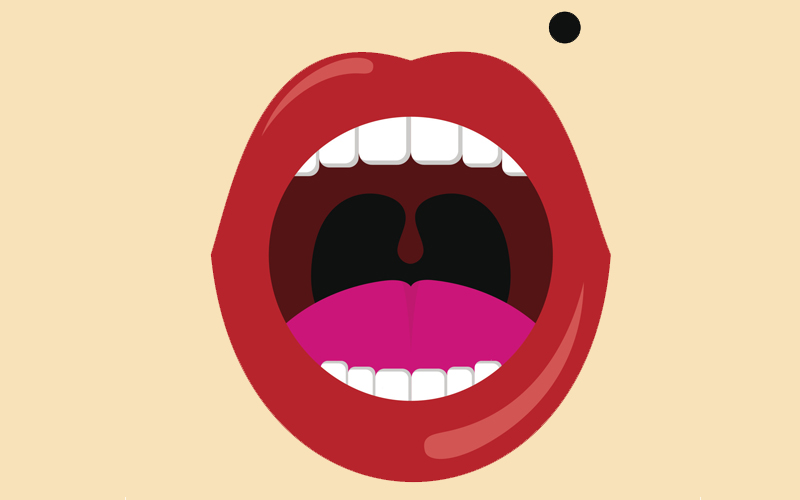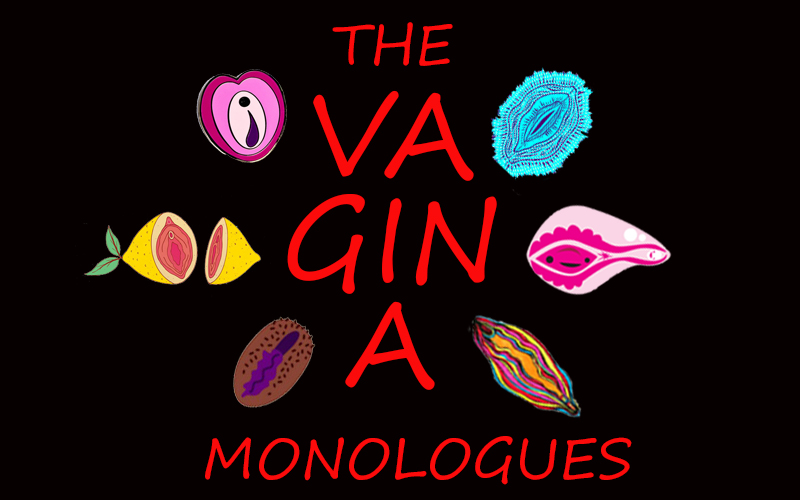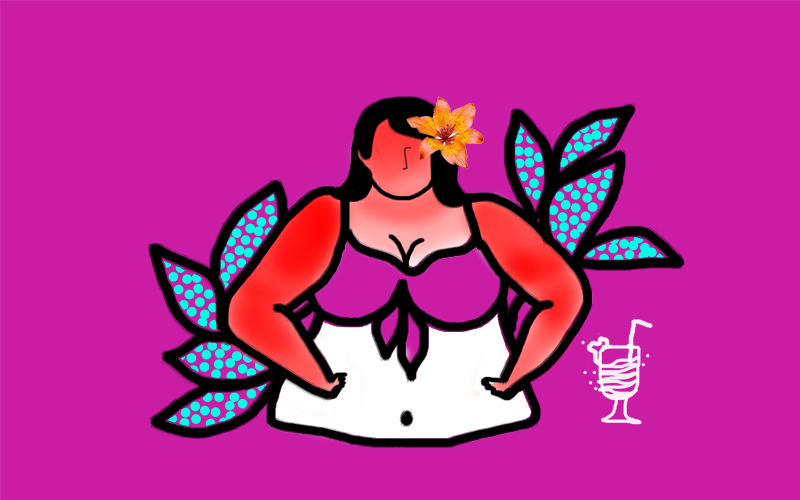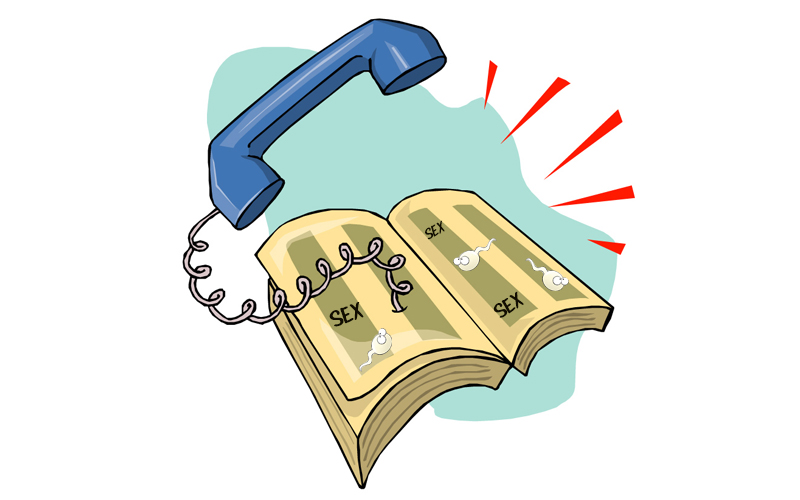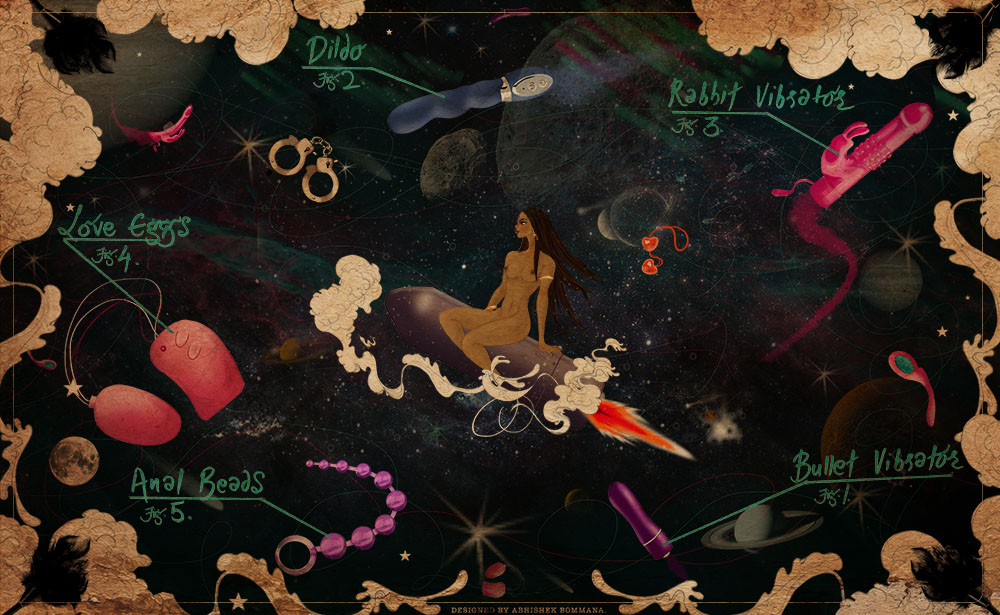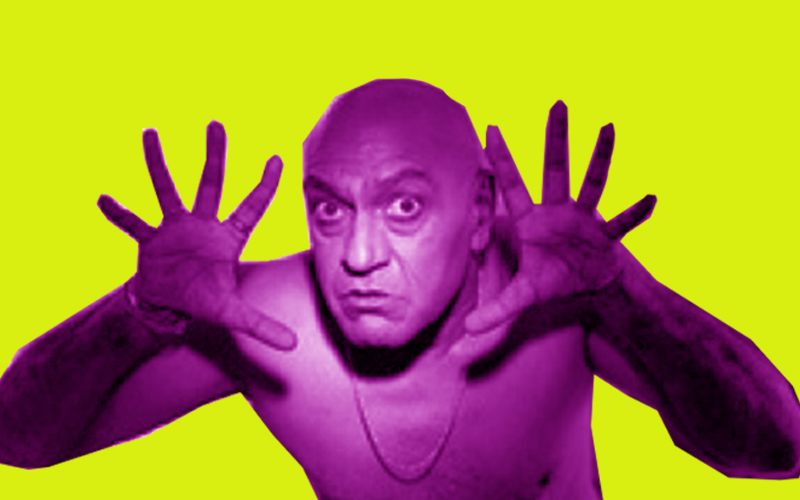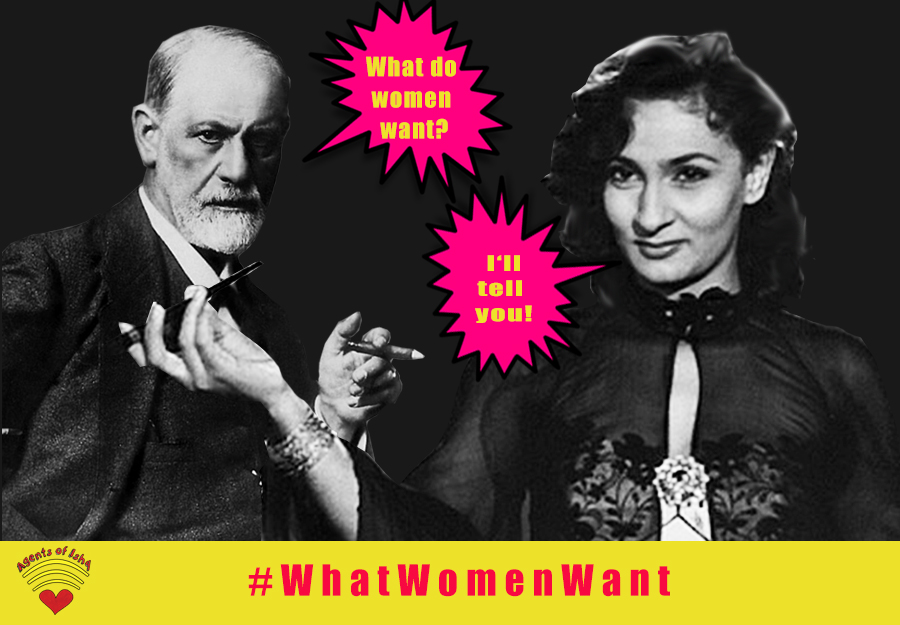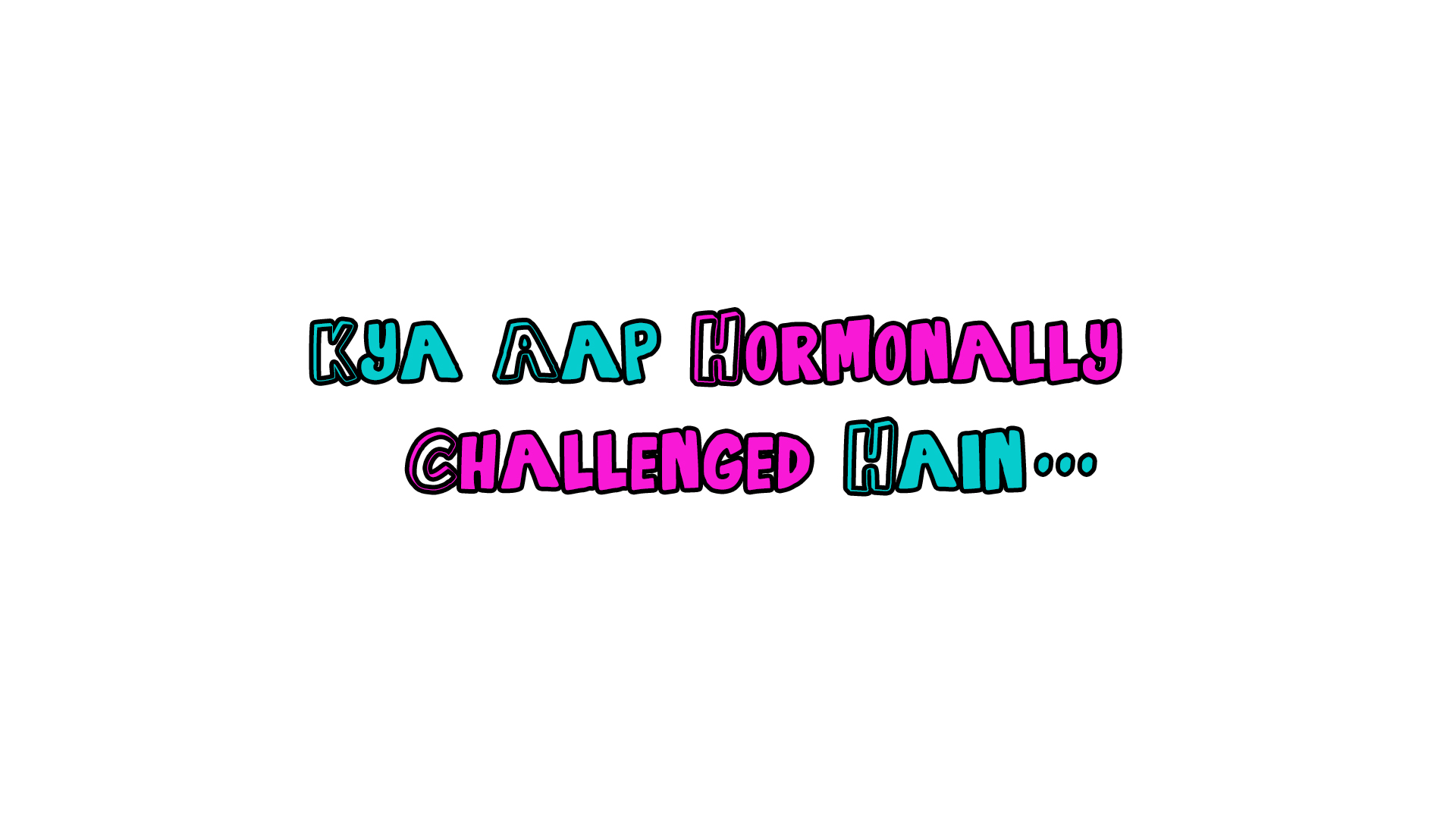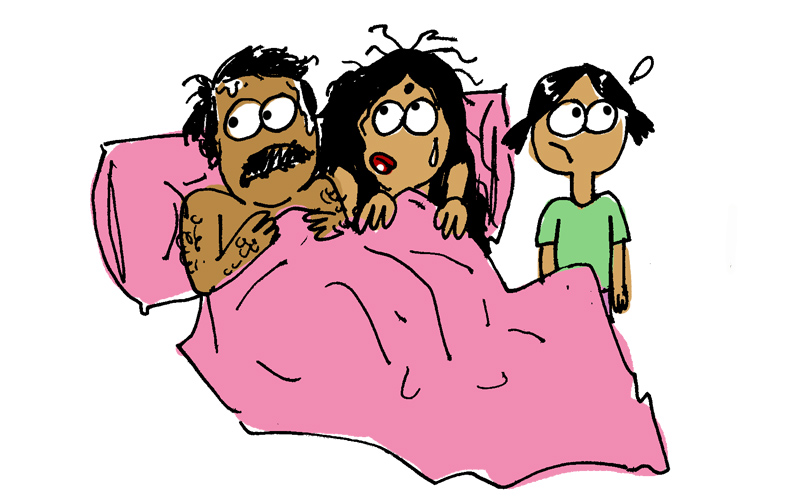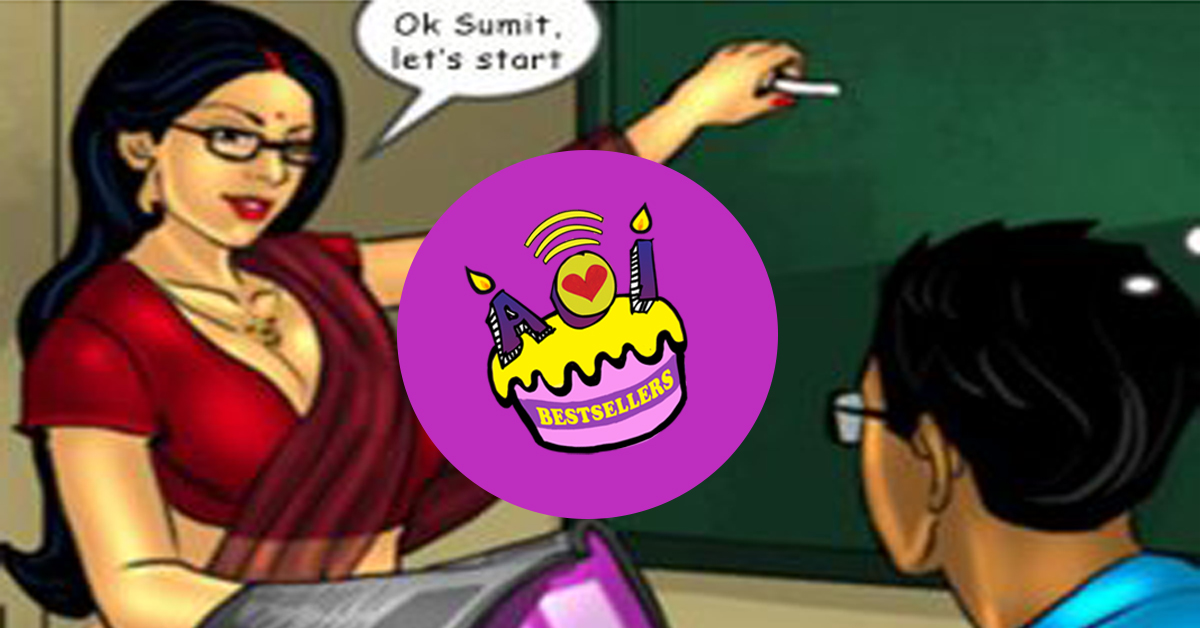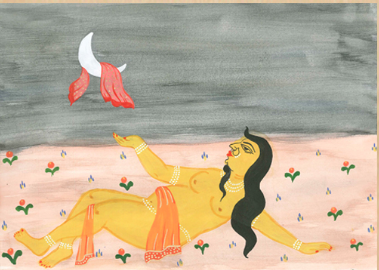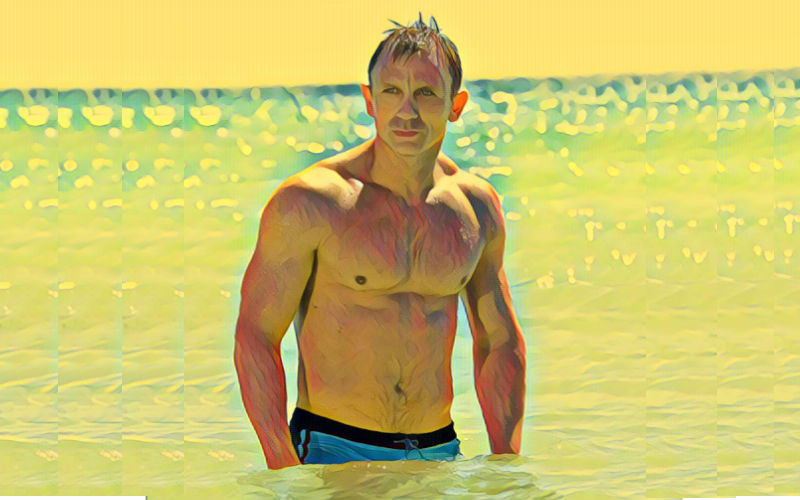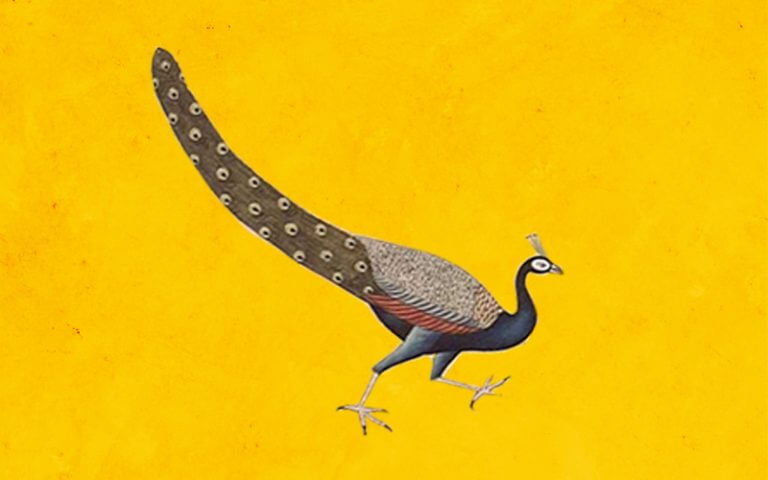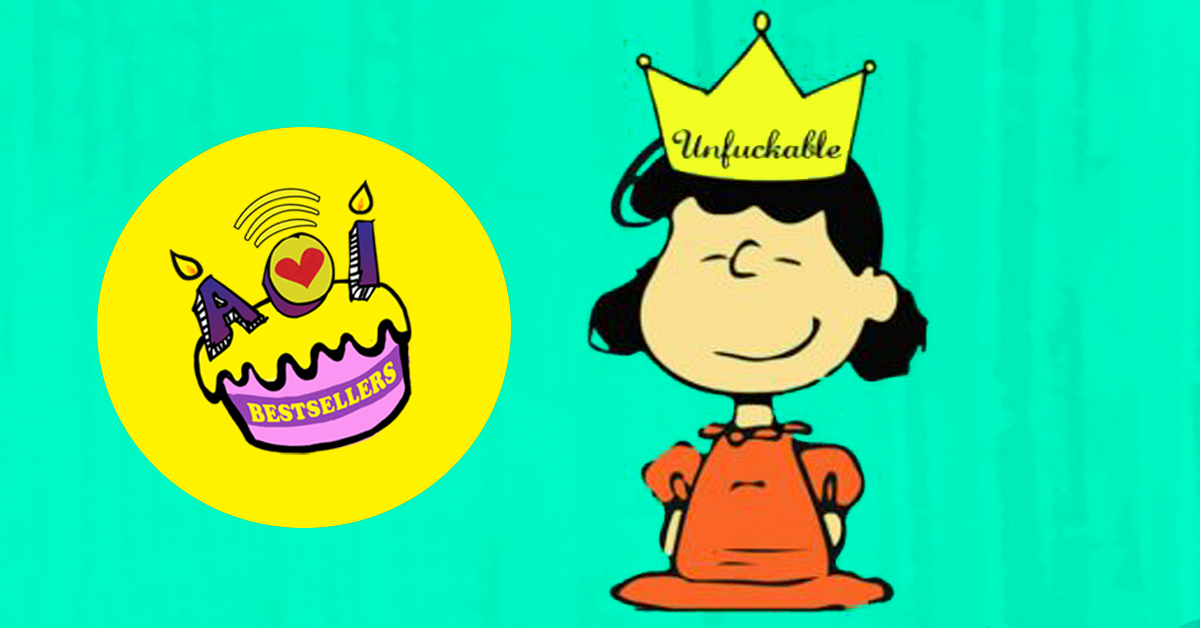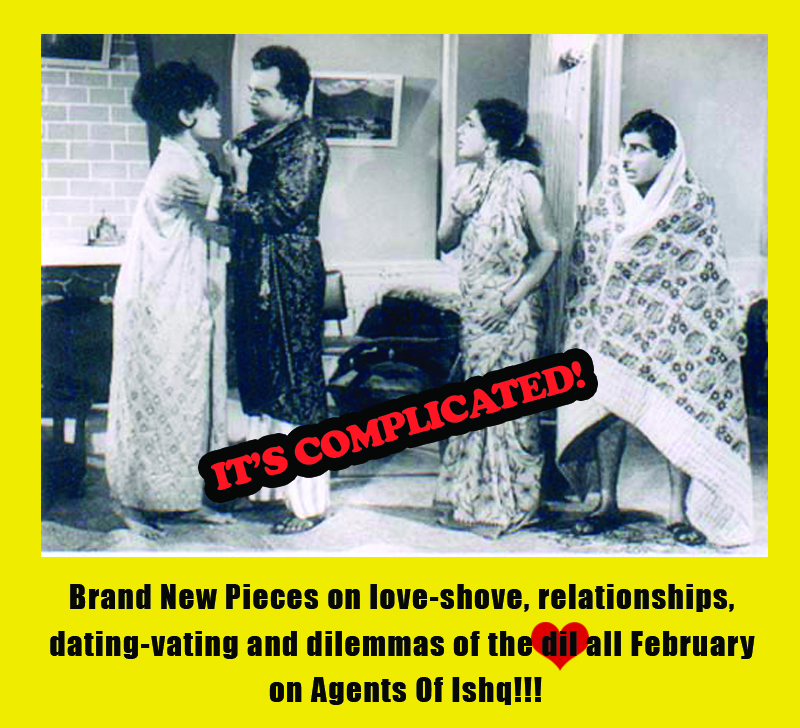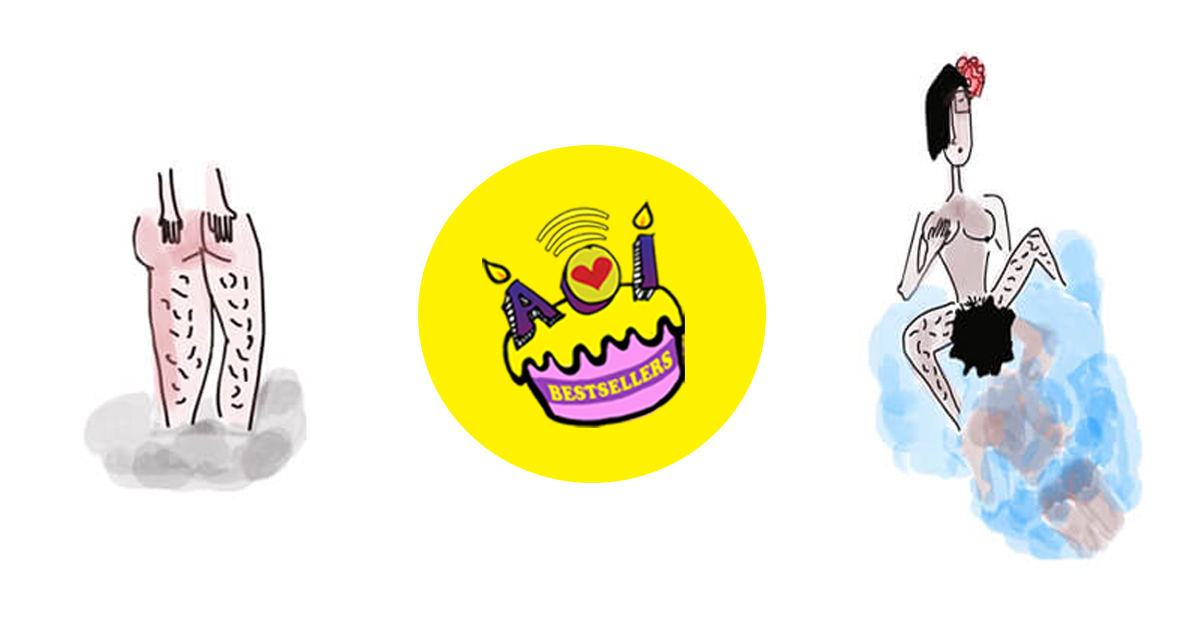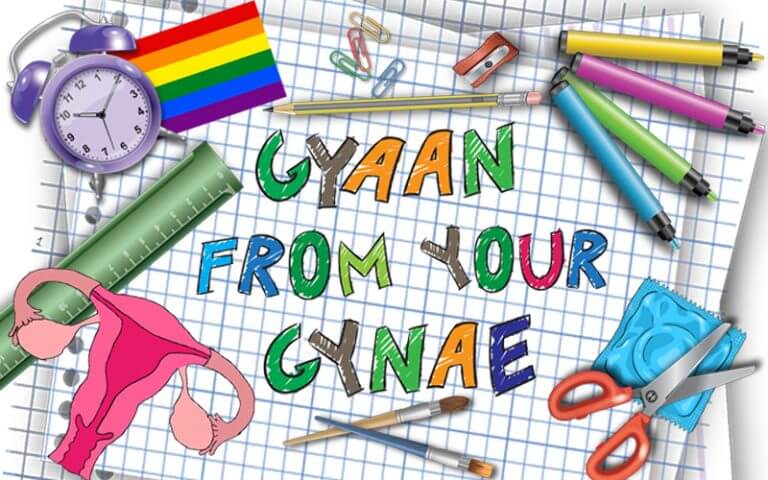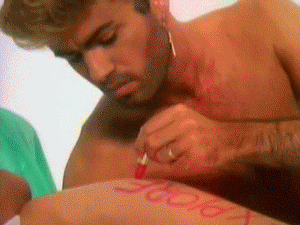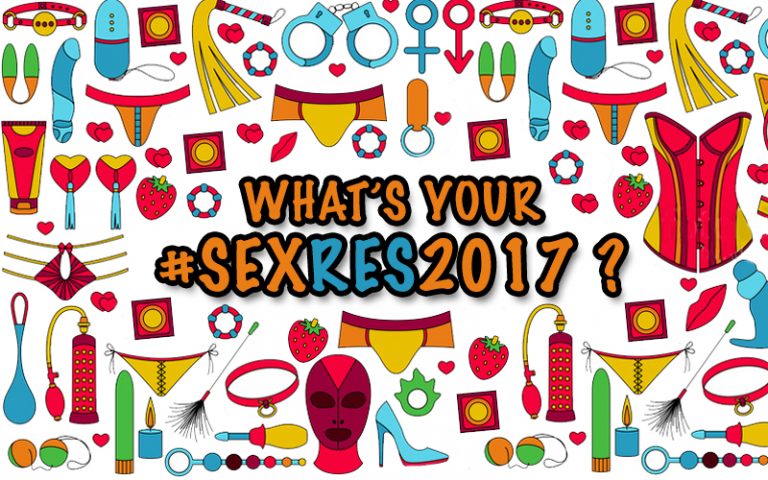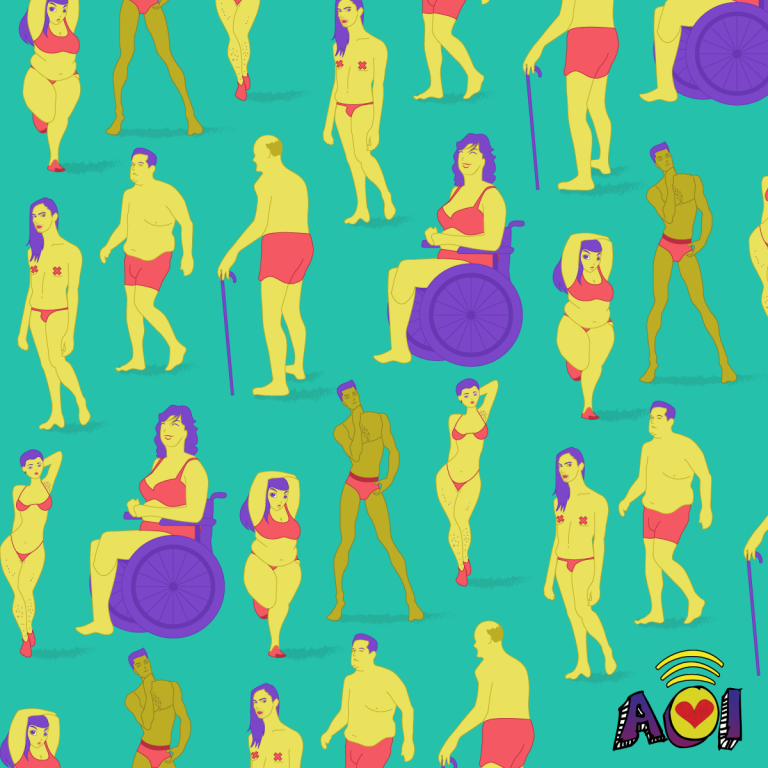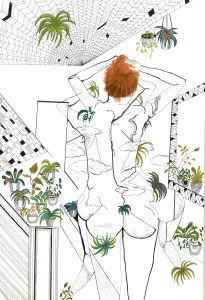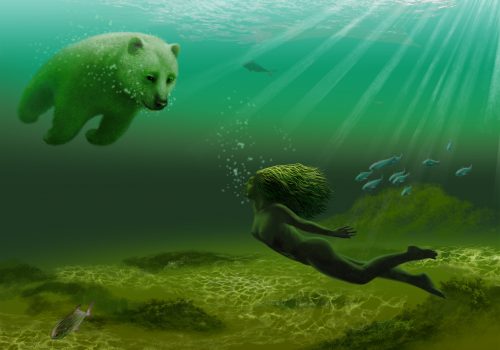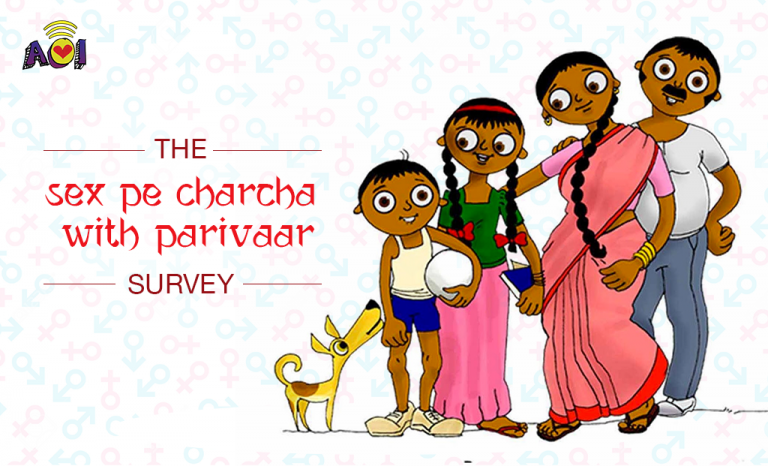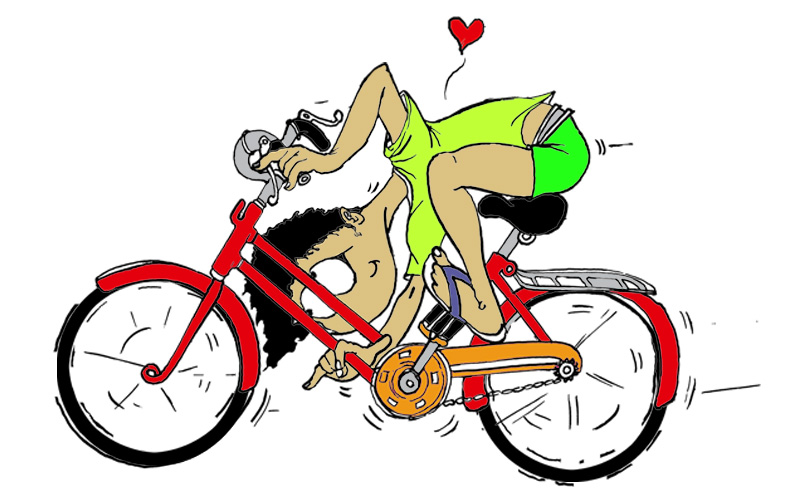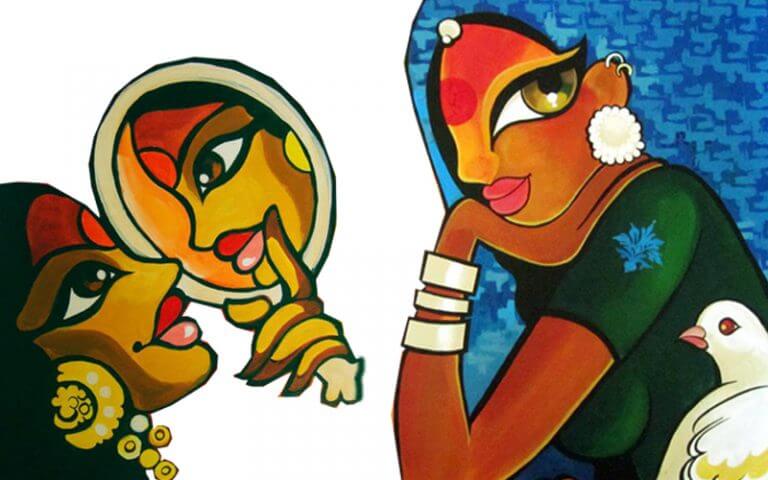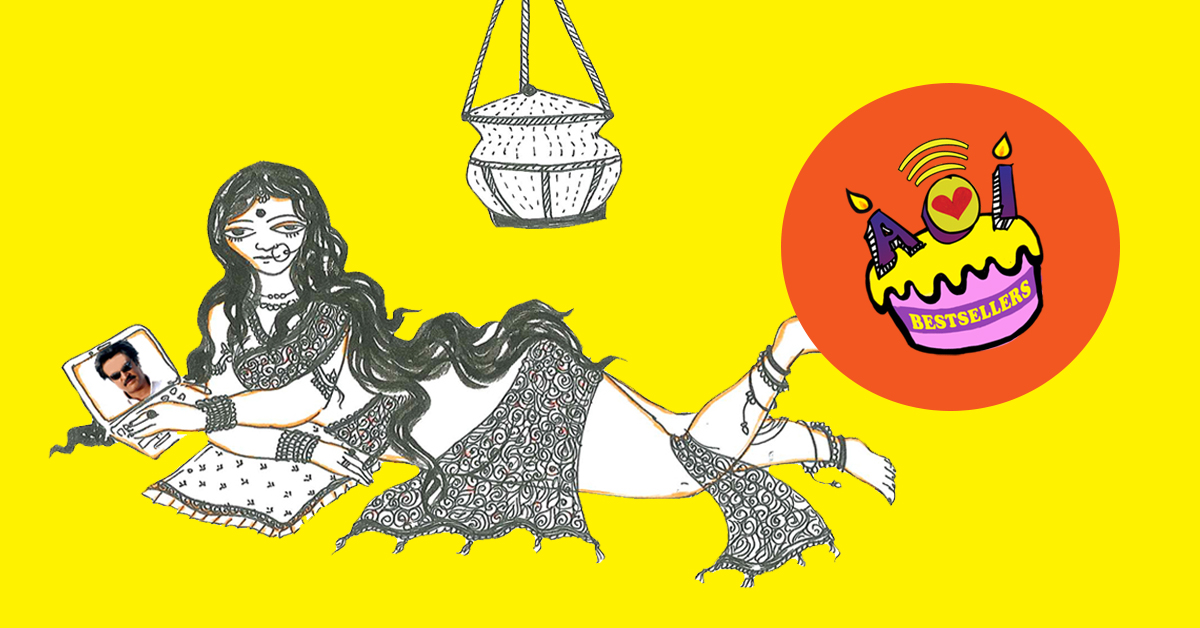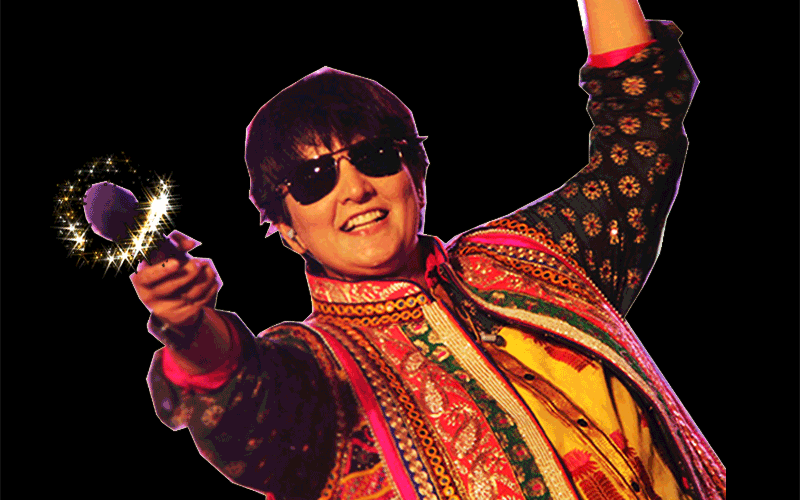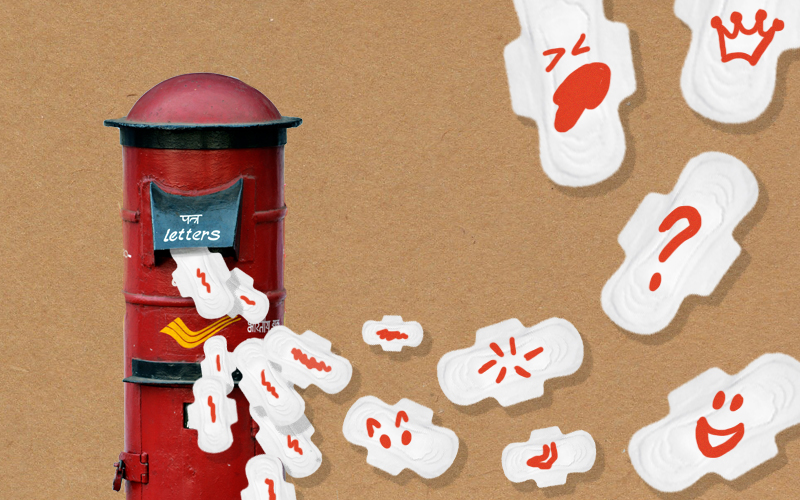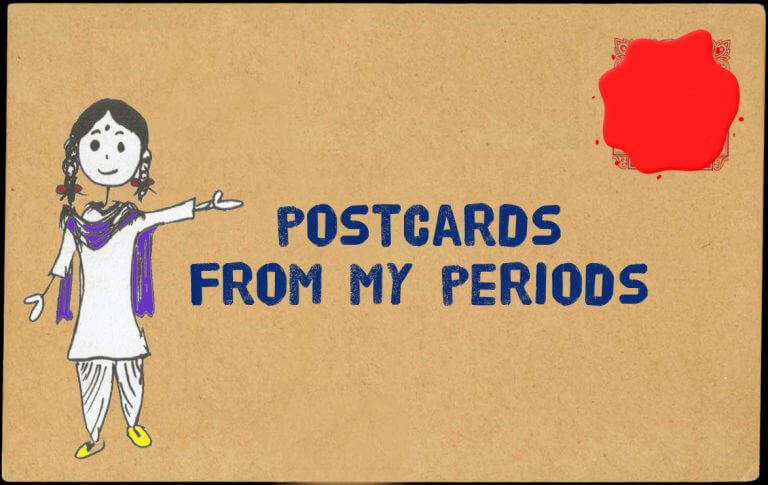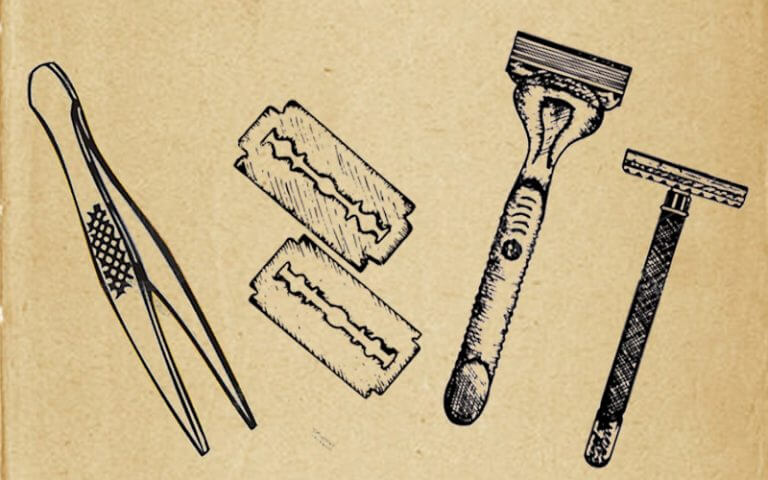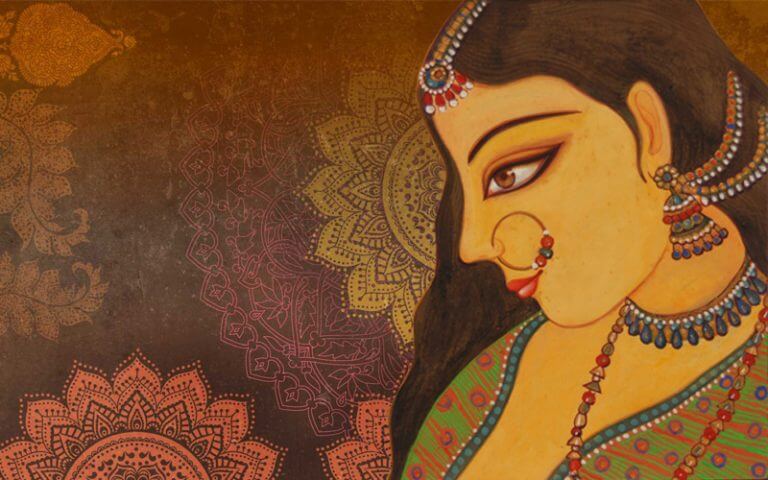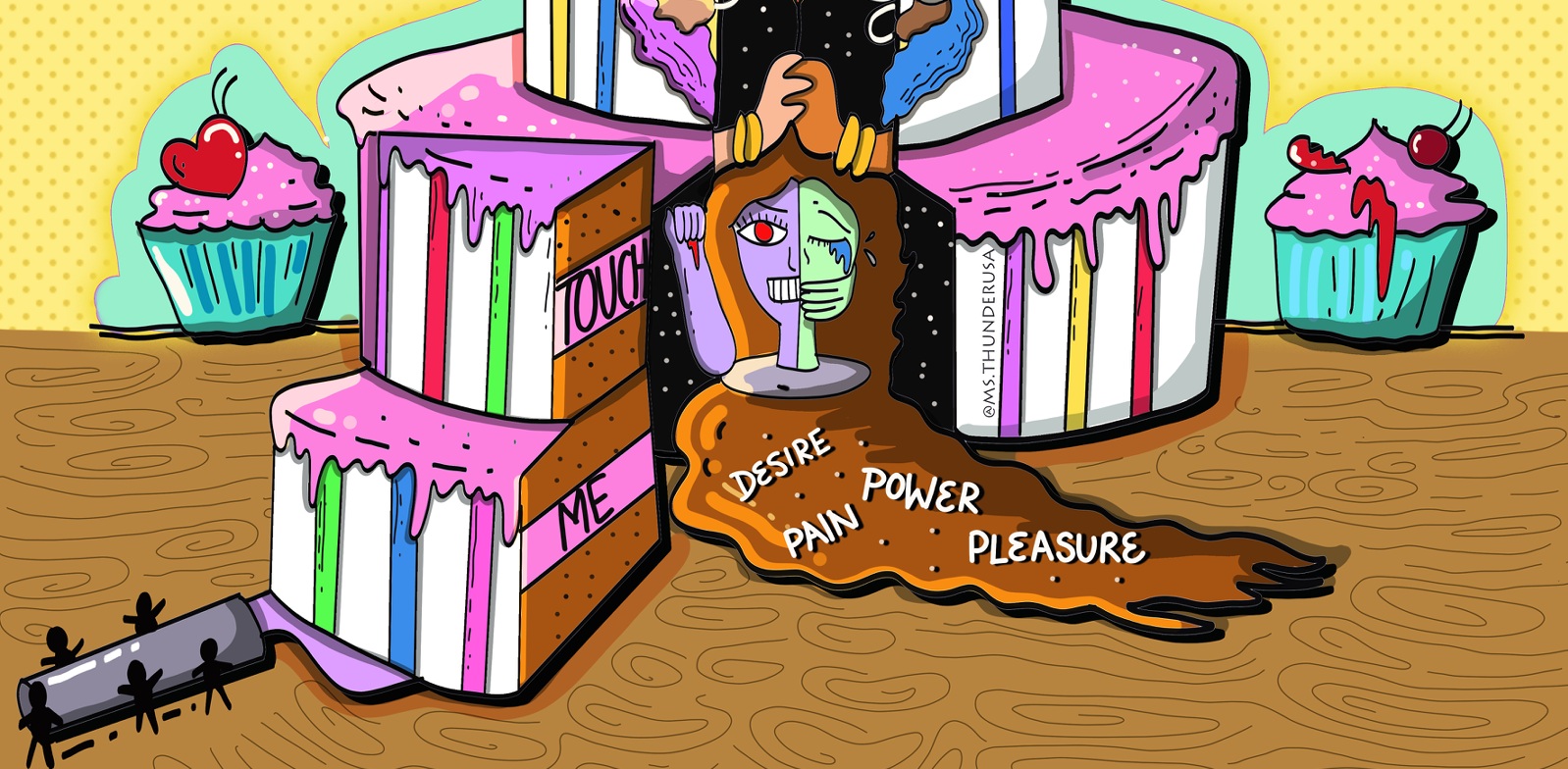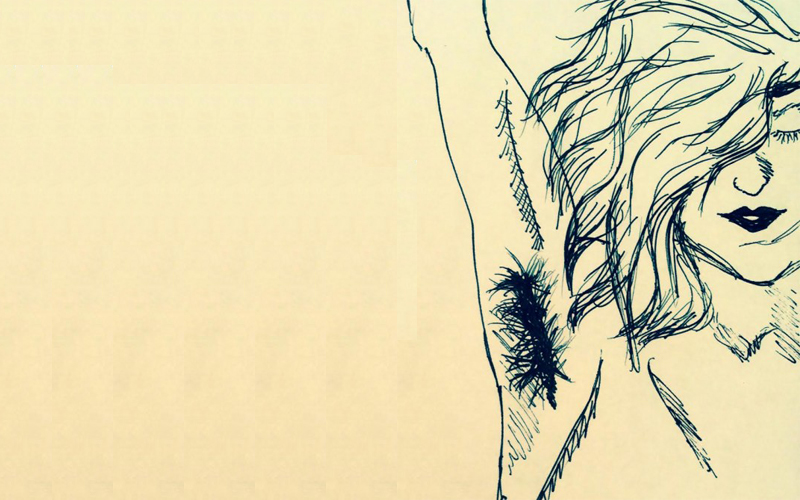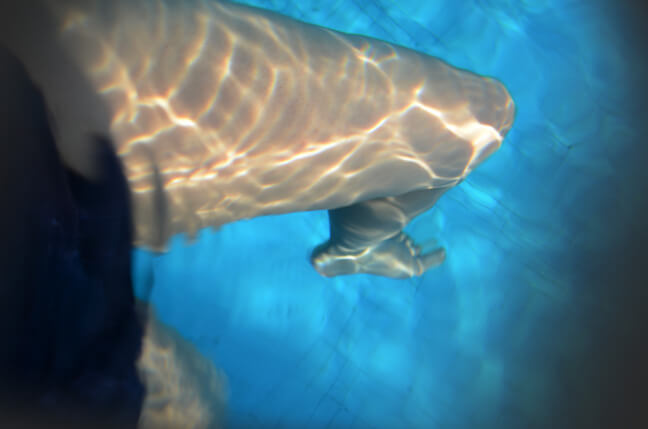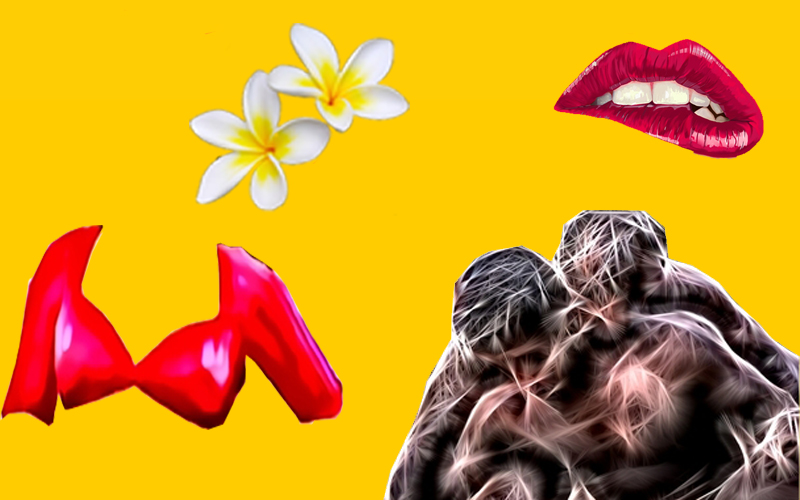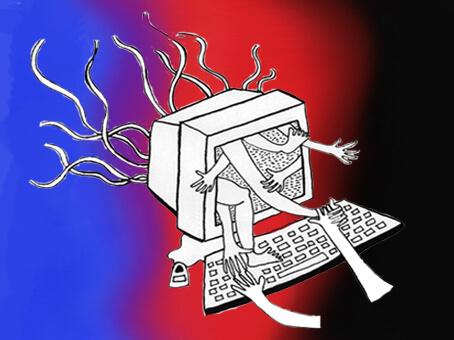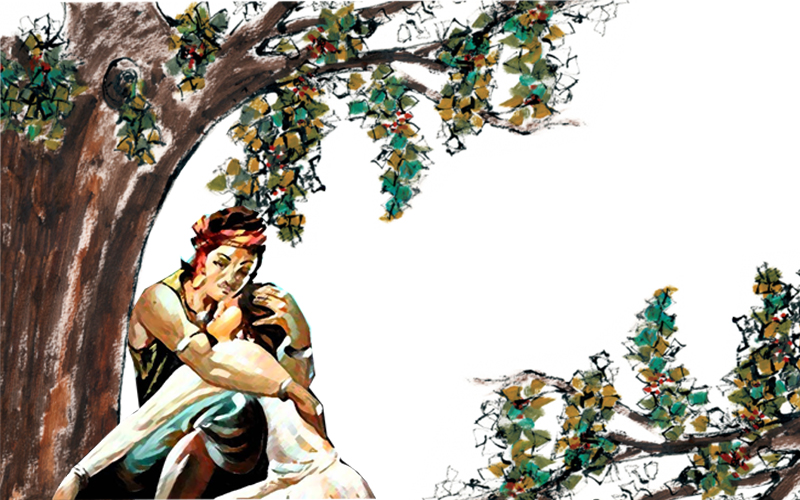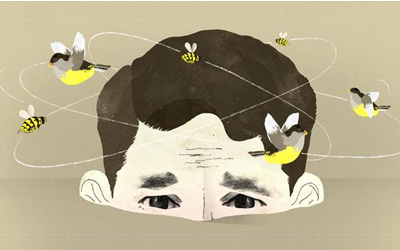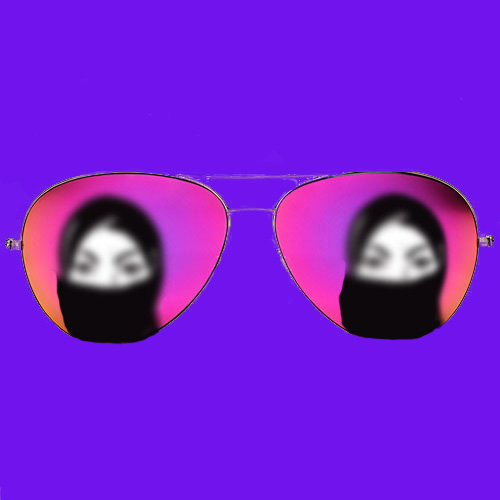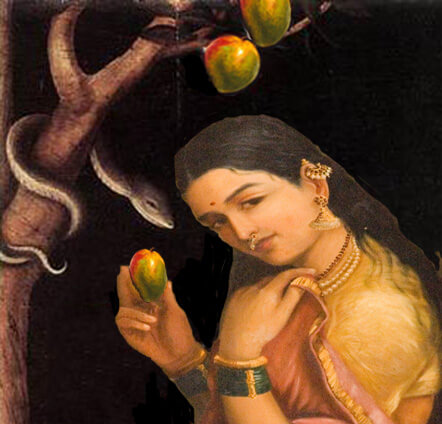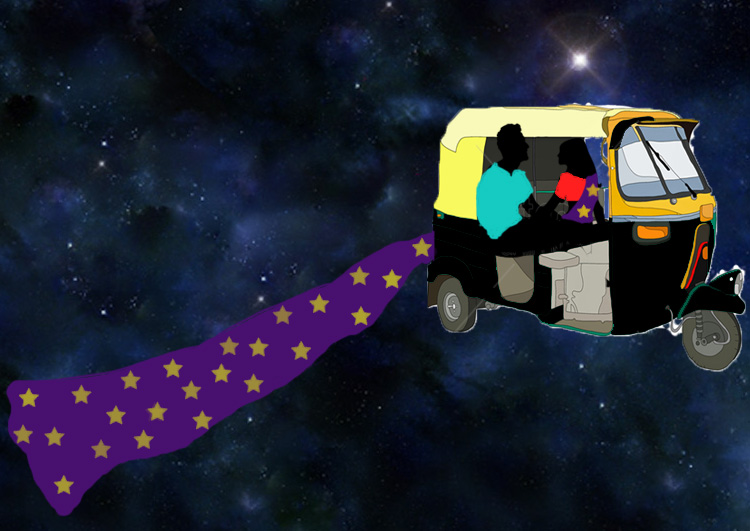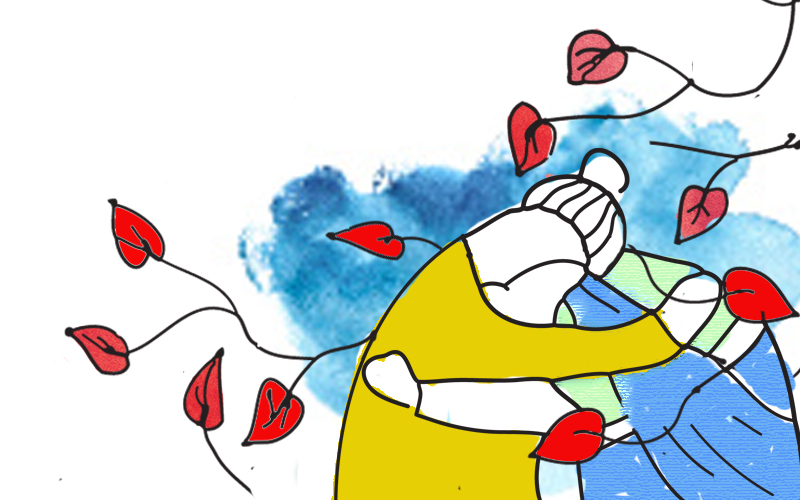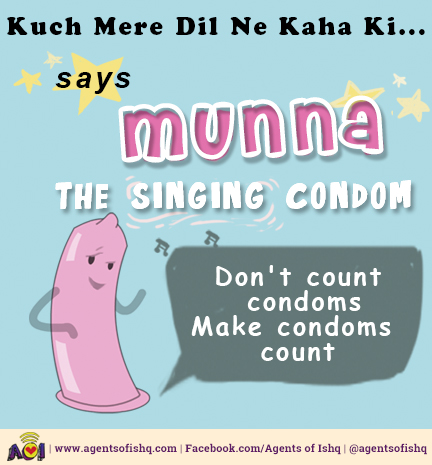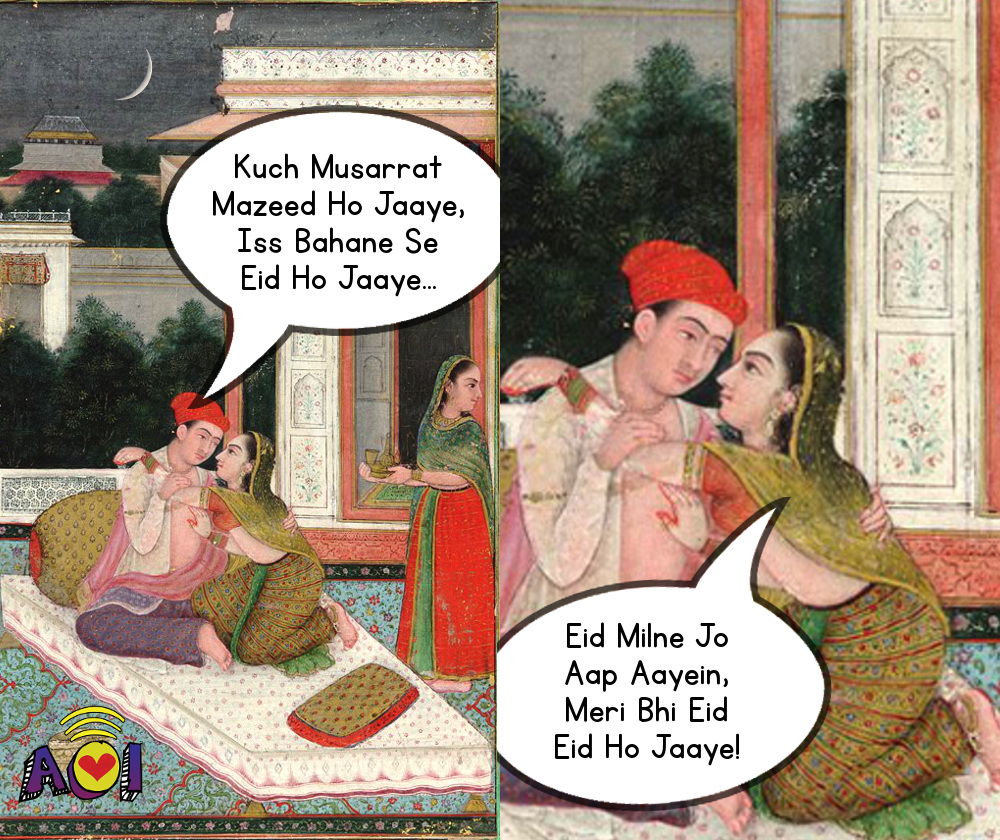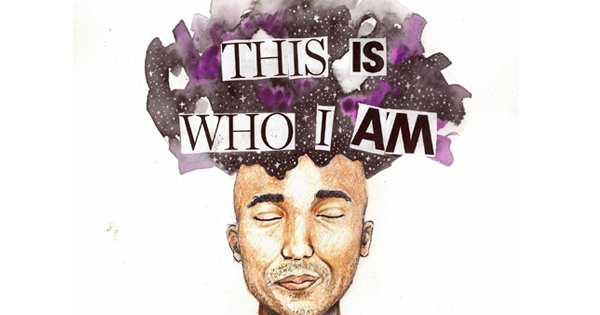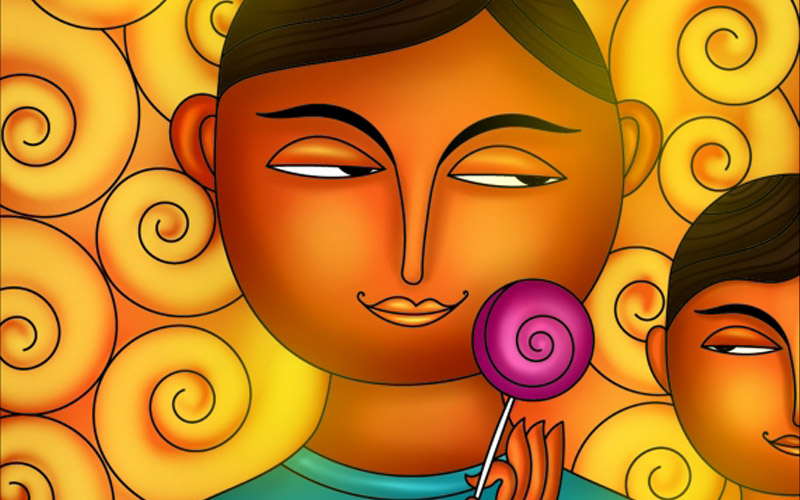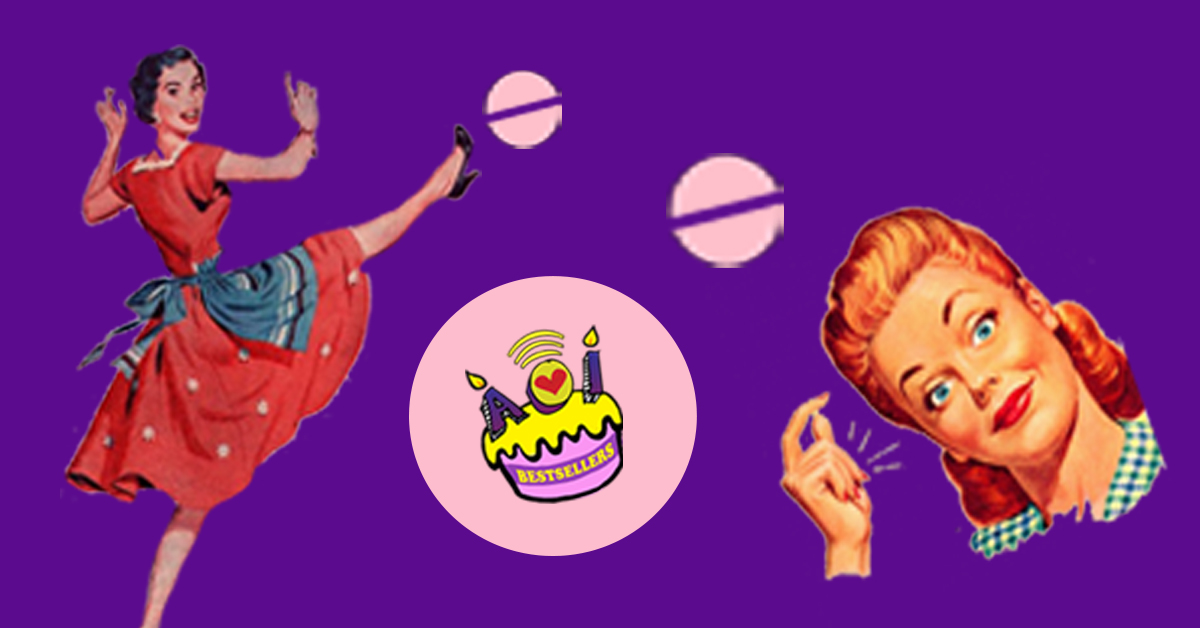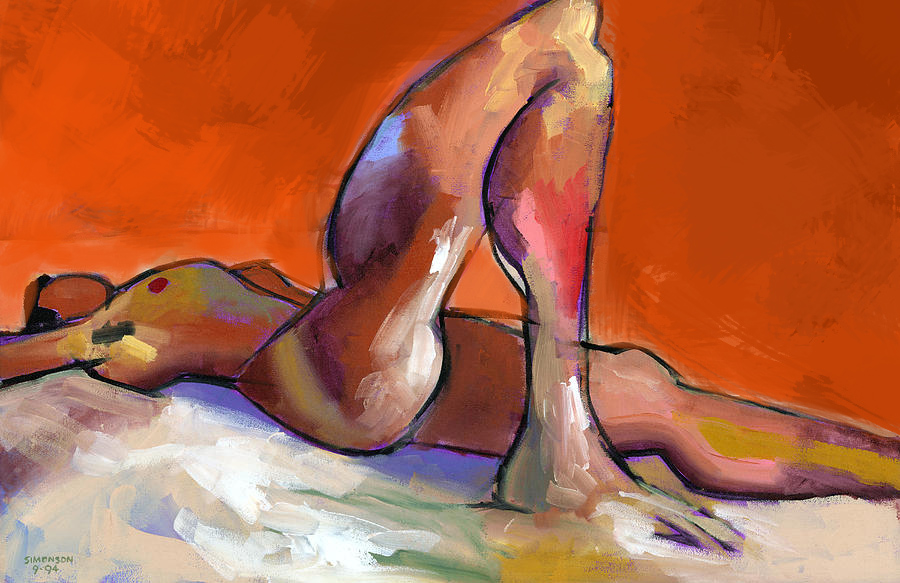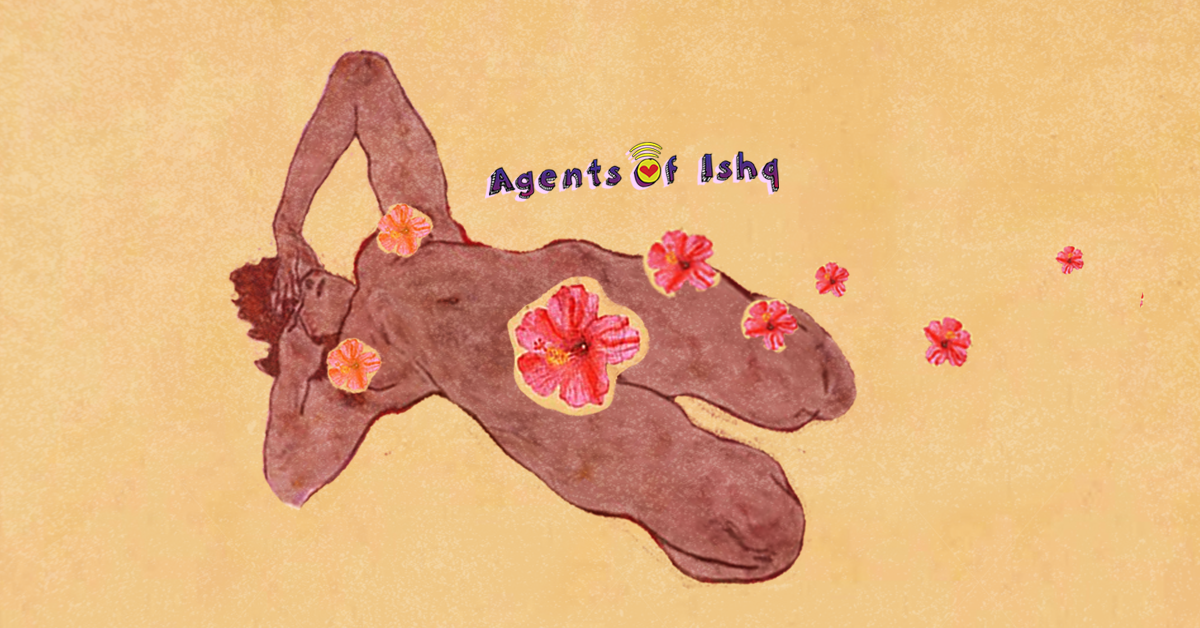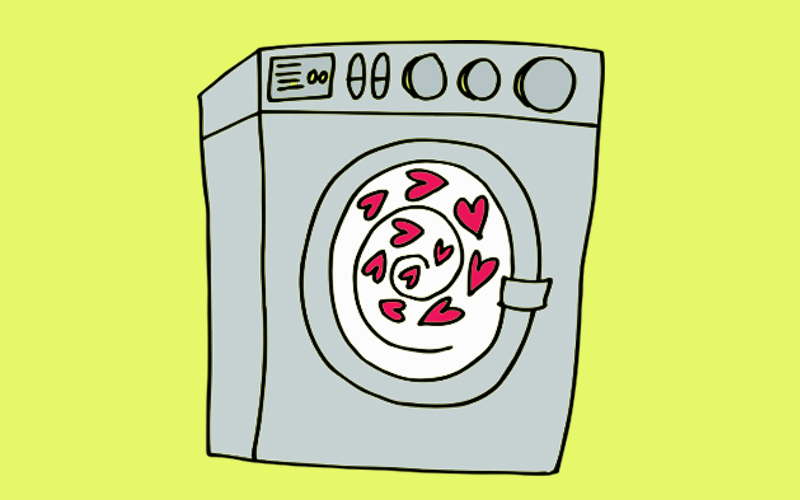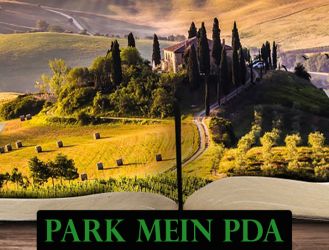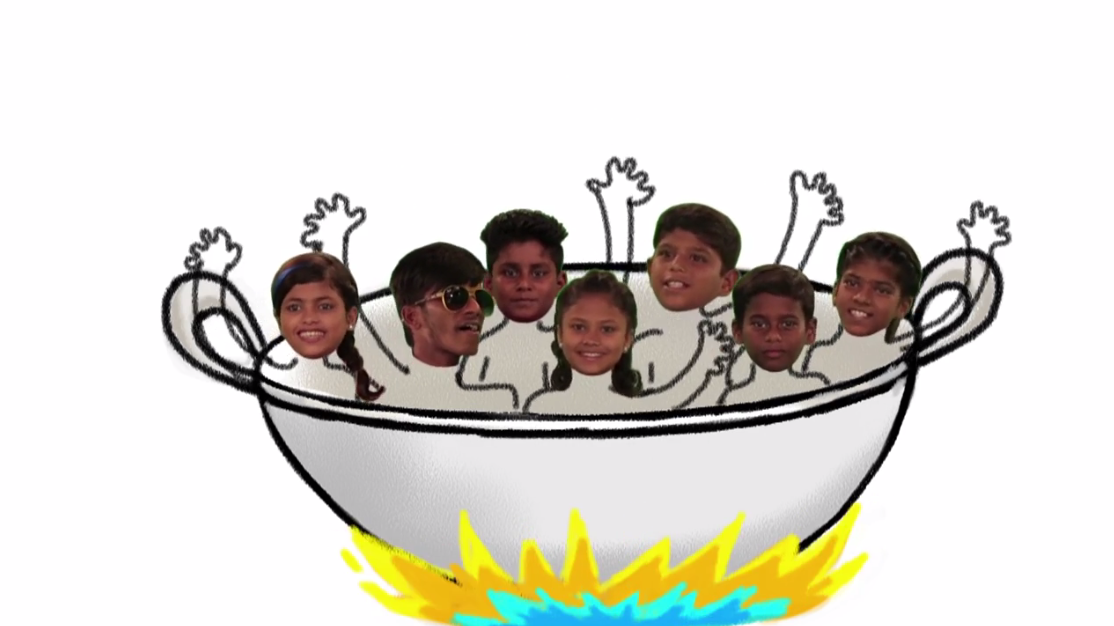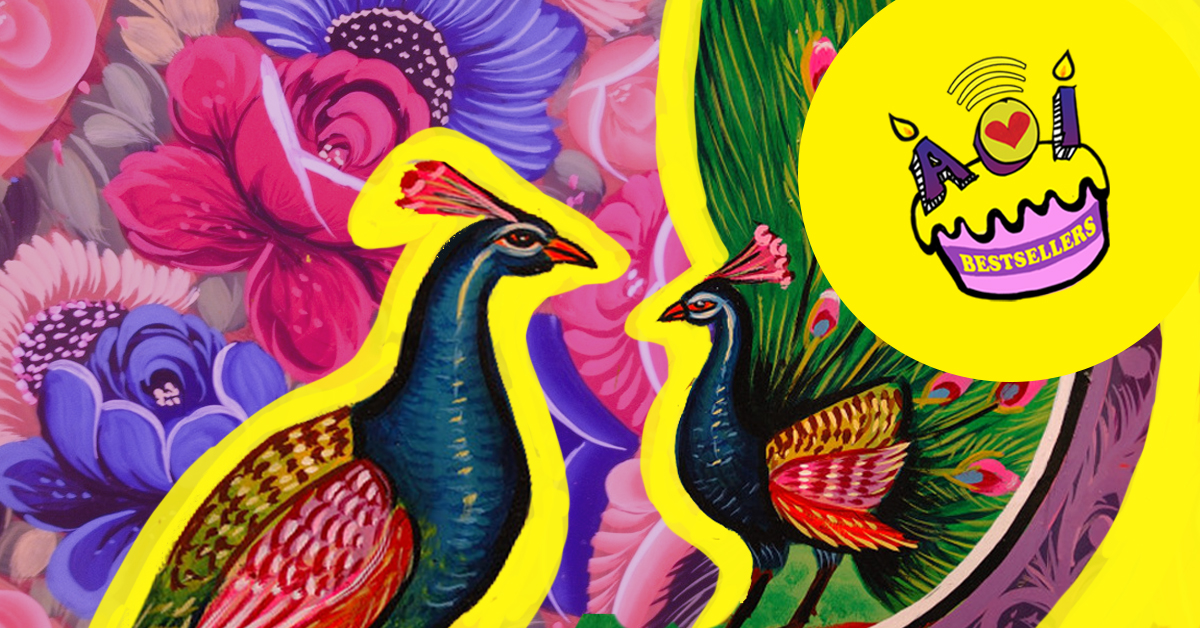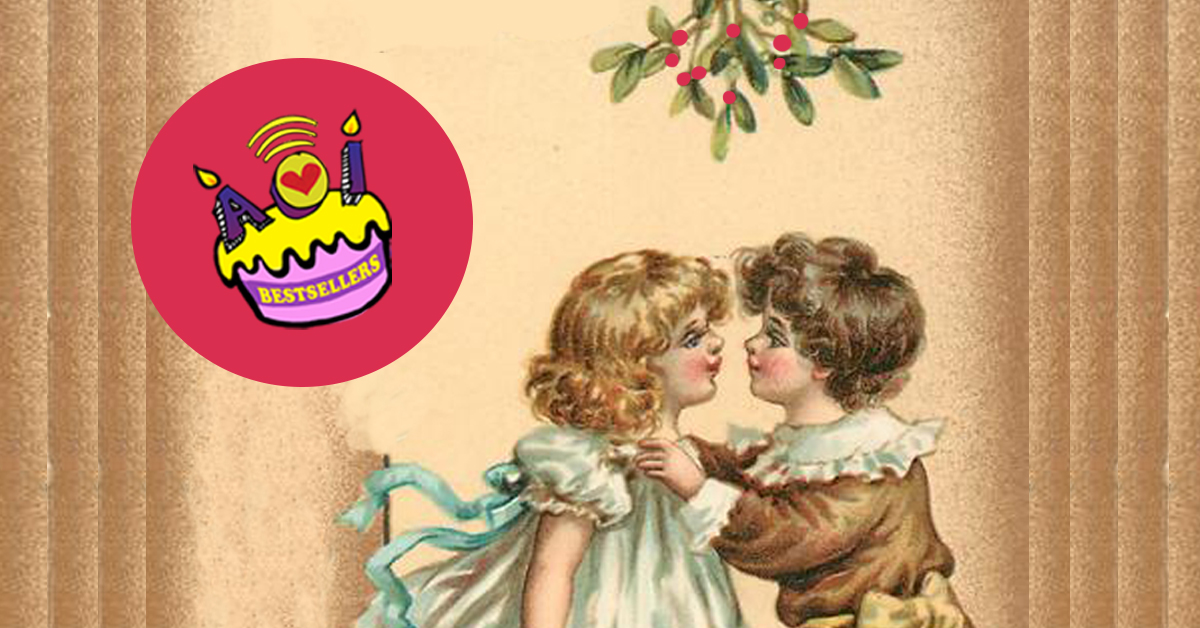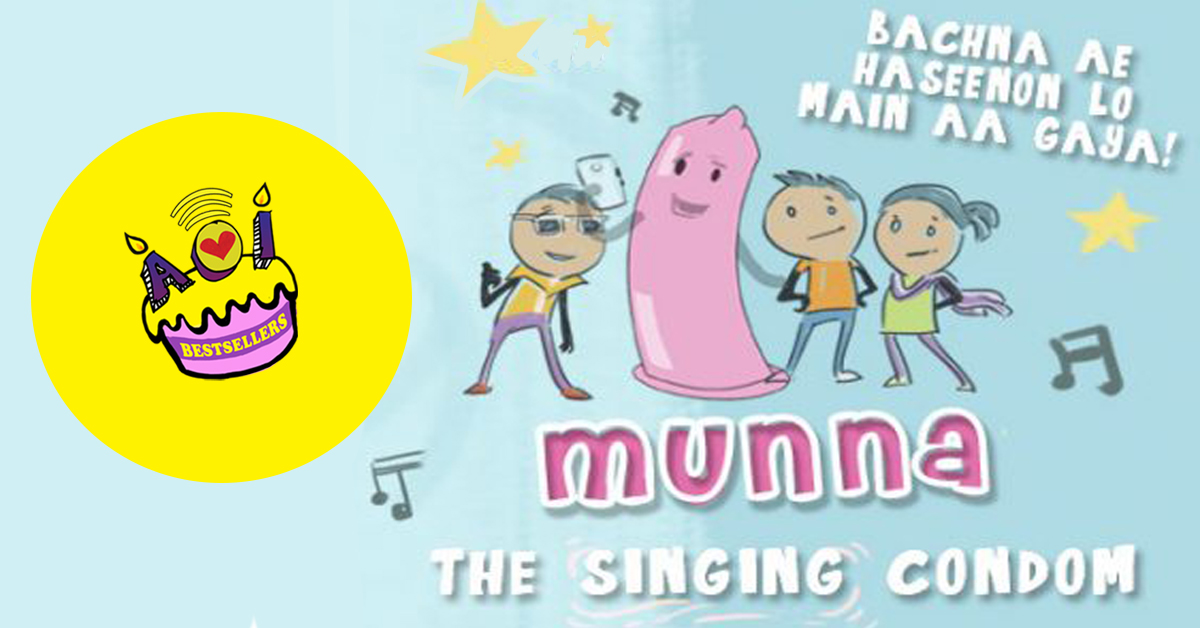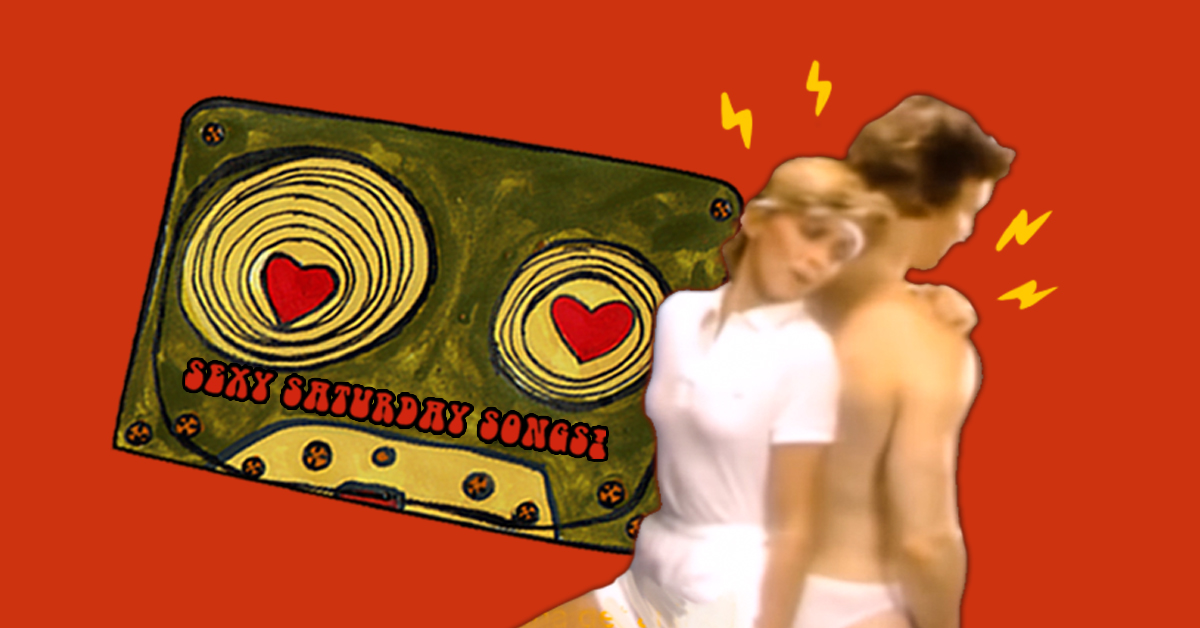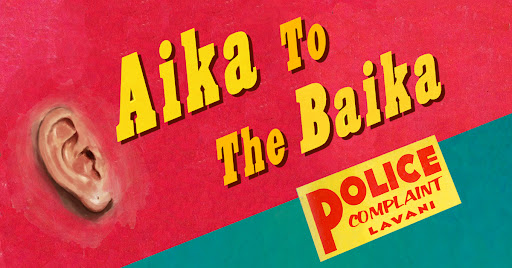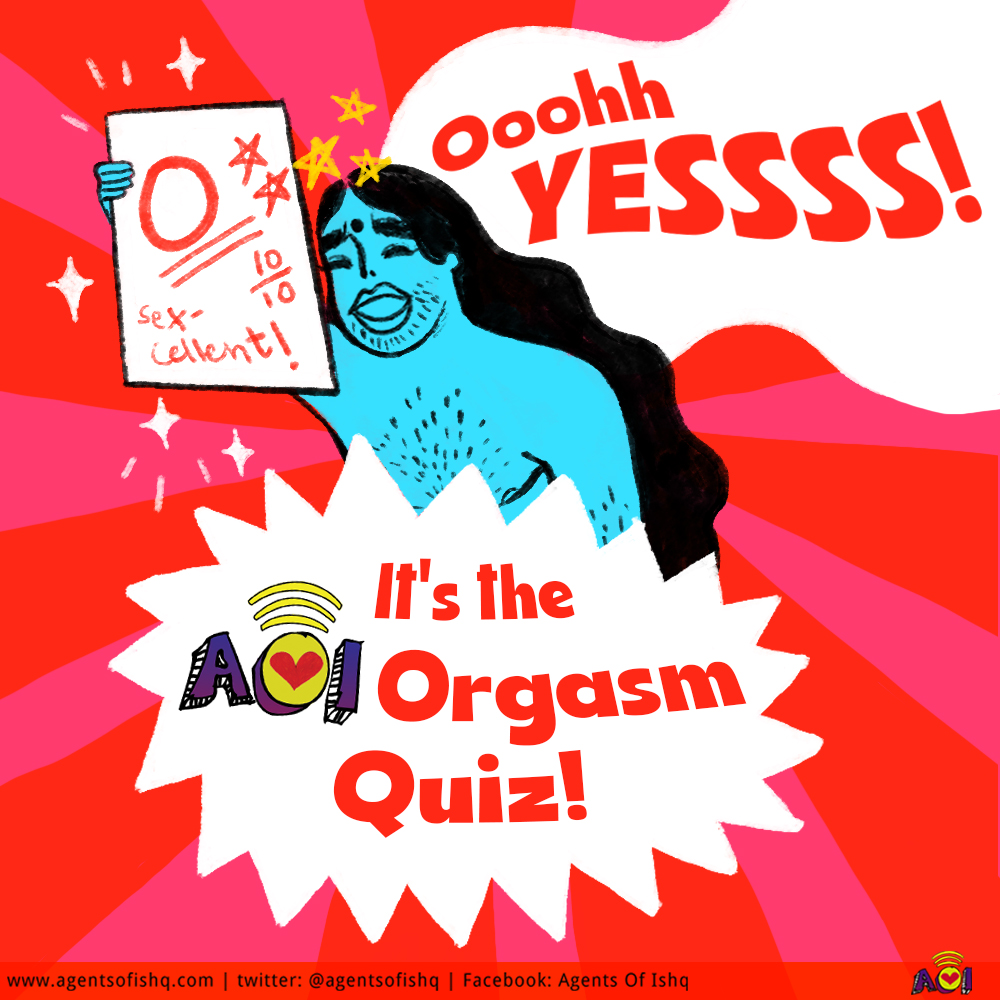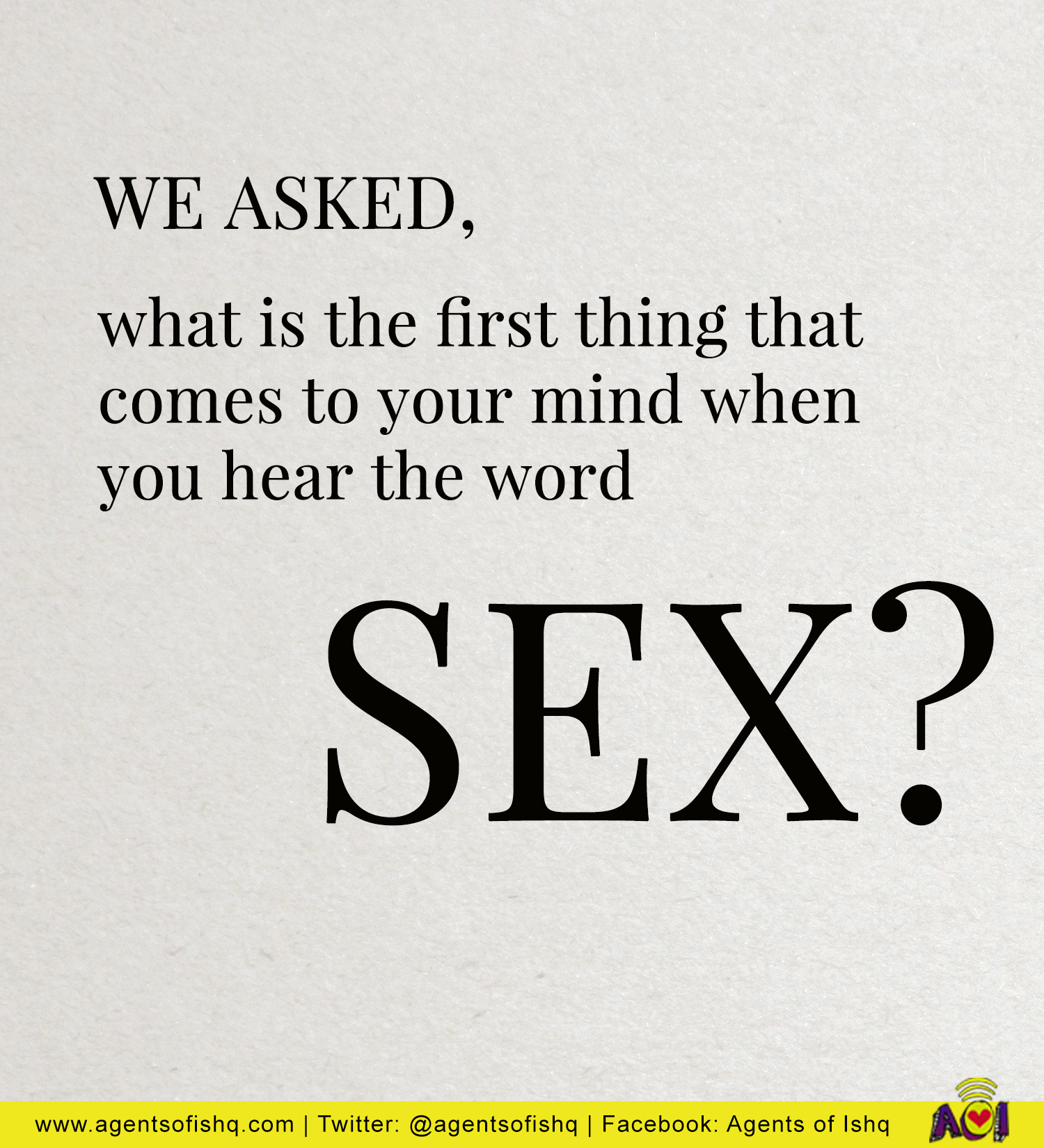An interview with the creator of a superb web series about queer people in Chennai Puu is a gorgeous webcomic about Saboor and Jameel, two housemates in Chennai, and other people whose lives intersect with theirs. Puu (which is Tamil for ‘flower’) deals with themes of love, religion and identity, and shows us that while life can be complicated, love makes it worthwhile.The comic, which appears in weekly episodes (and is still ongoing, so do catch up if you aren’t up-to-date yet!), is a series of chapters that take us through ordinary events as well as extraordinary ones. If we see Jameel, a Bharatnatyam dancer, lost in emotion as he performs on stage, or cuddling with his lover Saboor, we also see Noor the lawyer prepare to fight battles on behalf of the queer community in court, or Mukhil, a trans woman, survive an attempt to kill her in order to stop her from getting political power in Tamil Nadu. Above all, Puu is a story about all the things that love makes possible.We spoke to Nabigal-Nayagam Haider Ali, the creator of Puu – a 20-year-old originally from Tamil Nadu, currently studying animation in California – about his wonderful, extraordinary work. How did the idea for Puu first begin to form? When I was in my senior year of high school, I drew a very lanky character with very big eyebrows and named him Jameel. As I began to draw him more, I developed a whole story for him. Initially, Puu (which has been through many different working titles) involved Saboor and Jameel as school students who slowly fall in love but are found out by their families and separated – they meet again later, as adults, but Saboor dies in an accident and Jameel from that point onwards has to make peace with his dead lover by turning towards spirituality. I dumped that plot around a year later because it was too depressing, and then the year after, I decided to have a second go at the story – from scratch – and started the first chapter of Puu, which has Saboor and Jameel as adult roommates/housemates rather than school friends.
How did the idea for Puu first begin to form? When I was in my senior year of high school, I drew a very lanky character with very big eyebrows and named him Jameel. As I began to draw him more, I developed a whole story for him. Initially, Puu (which has been through many different working titles) involved Saboor and Jameel as school students who slowly fall in love but are found out by their families and separated – they meet again later, as adults, but Saboor dies in an accident and Jameel from that point onwards has to make peace with his dead lover by turning towards spirituality. I dumped that plot around a year later because it was too depressing, and then the year after, I decided to have a second go at the story – from scratch – and started the first chapter of Puu, which has Saboor and Jameel as adult roommates/housemates rather than school friends.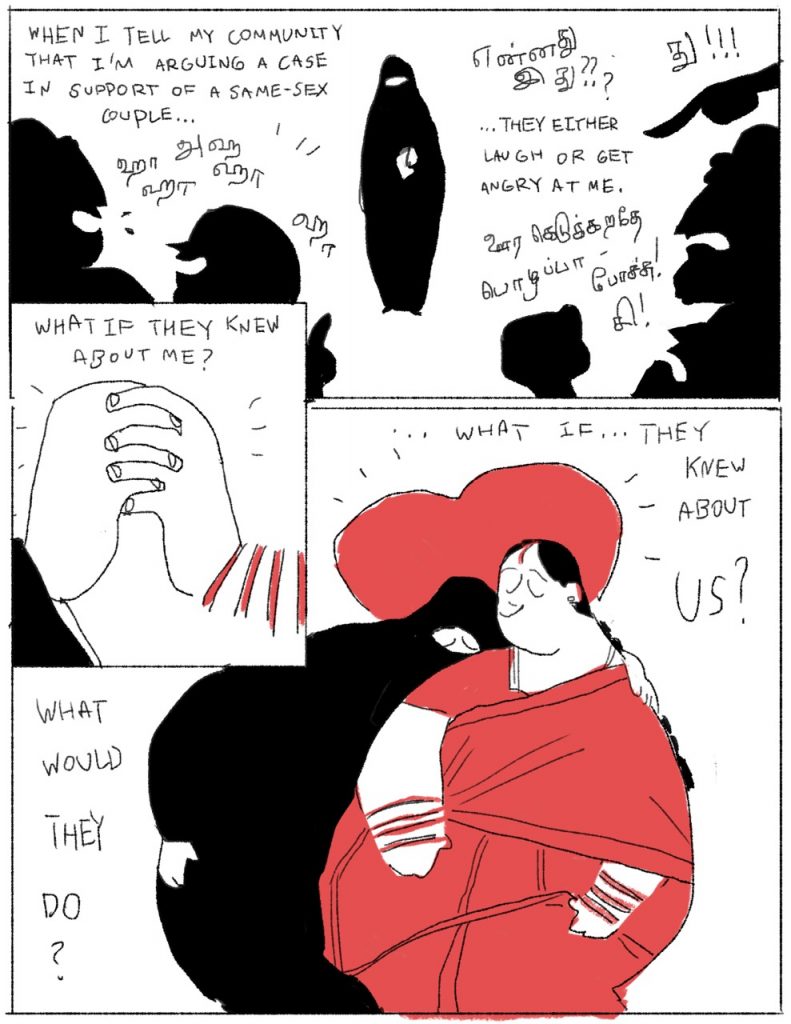 As we go from chapter to chapter and learn more about the characters in the story, we learn that each of them has a complex backstory that often defies our expectations. Why was it important to have so many characters, each shown in this detailed way? I wanted to showcase the diversity and variety of life experiences that LGBTQ people have. There's no one story of coming out, no one story of rejection/acceptance from family, no one story of dealing with religion in relation to identity. It was important for me to depict at least a glimpse of these complexities. Saboor, for example, was a fearful, closeted child from an Iyengar Brahmin family but later becomes a devout Muslim who comes to terms with the fact that he’s gay and rather genderfluid. Jameel is a trans man and unlike Saboor, he had a very good relationship with his parent, and though Jameel is a Muslim too, he doesn’t quite always “practice” Islam in terms of its rituals, doesn’t always pray, fasts on-and-off, maybe sneaks in a drink or two (this isn’t shown in the comic yet but I do have plans of showing this side of him later).No one’s stories in Puu fit a cookie cutter type of characterisation; everyone breaks barriers, stereotypes, and common perceptions in some way, which is just how real life works. Nothing is sugar coated, but nothing is constantly awful either.In Puu, we see men in domestic spaces, and are given a glimpse of their intimate lives. The women, in contrast, are seen more often in the public sphere. Noor the lawyer and Mukhil the politician have lovers, dreams, hopes, just as the men do, but they are also powerful agents of change on a scale quite different from that of the men. Could you say more about that?I want to subvert a lot of standards that society expects in real life, such as men occupying spaces of power and women occupying domestic spaces. While Noor and Mukhil focus on social change, Jameel and Saboor focus more on inward reflection and healing, which isn't depicted often. Noor is in fact a very important part of the final arc and all of this ties into that eventual end of Puu, though I can't say much about that now!
As we go from chapter to chapter and learn more about the characters in the story, we learn that each of them has a complex backstory that often defies our expectations. Why was it important to have so many characters, each shown in this detailed way? I wanted to showcase the diversity and variety of life experiences that LGBTQ people have. There's no one story of coming out, no one story of rejection/acceptance from family, no one story of dealing with religion in relation to identity. It was important for me to depict at least a glimpse of these complexities. Saboor, for example, was a fearful, closeted child from an Iyengar Brahmin family but later becomes a devout Muslim who comes to terms with the fact that he’s gay and rather genderfluid. Jameel is a trans man and unlike Saboor, he had a very good relationship with his parent, and though Jameel is a Muslim too, he doesn’t quite always “practice” Islam in terms of its rituals, doesn’t always pray, fasts on-and-off, maybe sneaks in a drink or two (this isn’t shown in the comic yet but I do have plans of showing this side of him later).No one’s stories in Puu fit a cookie cutter type of characterisation; everyone breaks barriers, stereotypes, and common perceptions in some way, which is just how real life works. Nothing is sugar coated, but nothing is constantly awful either.In Puu, we see men in domestic spaces, and are given a glimpse of their intimate lives. The women, in contrast, are seen more often in the public sphere. Noor the lawyer and Mukhil the politician have lovers, dreams, hopes, just as the men do, but they are also powerful agents of change on a scale quite different from that of the men. Could you say more about that?I want to subvert a lot of standards that society expects in real life, such as men occupying spaces of power and women occupying domestic spaces. While Noor and Mukhil focus on social change, Jameel and Saboor focus more on inward reflection and healing, which isn't depicted often. Noor is in fact a very important part of the final arc and all of this ties into that eventual end of Puu, though I can't say much about that now! Puu’s entire universe is built on love, and is shaped by it – whether it is the relationship between two housemates, or the political fate of Tamil Nadu. Is this a reflection of the world as you see it, or the world as you want it to be? I think in real life the world is very much dictated by decisions of love and hate. Through love, patient, empathetic decisions are made, and through hate, rash, harmful decisions are made.In Puu, the characters’ opponents are very much fueled by hate; for example, Saboor’s family is incredibly Islamophobic and homophobic, two forms of hate that severely impact the mental health and wellbeing of their child. Jameel’s self-hatred almost creates a rift between him and Saboor, not to mention that it also forms a dent in his happiness whenever it comes up. Mukhil’s rise to power is challenged by people who are a reflection of a society that cannot swallow that she is a successful trans woman. Noor is fighting against homophobia as a systematic form of oppression supported by law in India. The lack of empathy is what continues to uphold the sustained oppression of the LGBT community.The characters themselves, on the other hand, are all lovers – and they don’t just love each other. Saboor is in love with his faith, Jameel is in love with his art, Noor and Mukhil are in love with the concept of justice. This forms the antidote for many of their struggles and keeps pushing them forward.I hope that through Puu people can learn to be gentle, kind, and loving more than they are unsympathetic and hateful. So while I borrow from the real world, many of the positive lessons from Puu are things I want to see more of in real life.Puu tells stories about lovers, using plenty of art to show their love. While both Jameel and Saboor are artistes, their love in the webcomic is shown not just through the images you draw but through snippets from lyrics, Urdu literature, Tamil poetry, references to architecture and much more. Would you agree that Puu is as much about art as it is about love?In my opinion, a good story needs absolutely needs art. Without the aesthetics, the little flourishes, the poetry hidden in prose, the intimate insight into detail, context, and relationships, and the necessary pauses and moments of reflection, a story merely reads like a summary.What role did your own journey with religion play in how you show Islam in Puu? I was born into a Hindu Brahmin family and converted to Islam, much like Saboor did. My parents are largely right wing Hindus in ideology/politics and raised me with a lot of inaccurate/wrongful anti-Muslim messages and ideas, and when I hinted that I converted, I suffered a lot of physical and emotional abuse at home until I pretended to be Hindu again. While Muslims from Muslim families make jokes about Islamophobia as a way of reclaiming the bias against them, I sometimes still find myself uncomfortable with it because of the seriousness in which Islamophobic rhetoric was used against me by my own family, rather than facing bias only from outsiders. There’s a chapter that shows this – in Jameel's playful portrayal of a stereotype and Saboor's shock in response – but with humour.
Puu’s entire universe is built on love, and is shaped by it – whether it is the relationship between two housemates, or the political fate of Tamil Nadu. Is this a reflection of the world as you see it, or the world as you want it to be? I think in real life the world is very much dictated by decisions of love and hate. Through love, patient, empathetic decisions are made, and through hate, rash, harmful decisions are made.In Puu, the characters’ opponents are very much fueled by hate; for example, Saboor’s family is incredibly Islamophobic and homophobic, two forms of hate that severely impact the mental health and wellbeing of their child. Jameel’s self-hatred almost creates a rift between him and Saboor, not to mention that it also forms a dent in his happiness whenever it comes up. Mukhil’s rise to power is challenged by people who are a reflection of a society that cannot swallow that she is a successful trans woman. Noor is fighting against homophobia as a systematic form of oppression supported by law in India. The lack of empathy is what continues to uphold the sustained oppression of the LGBT community.The characters themselves, on the other hand, are all lovers – and they don’t just love each other. Saboor is in love with his faith, Jameel is in love with his art, Noor and Mukhil are in love with the concept of justice. This forms the antidote for many of their struggles and keeps pushing them forward.I hope that through Puu people can learn to be gentle, kind, and loving more than they are unsympathetic and hateful. So while I borrow from the real world, many of the positive lessons from Puu are things I want to see more of in real life.Puu tells stories about lovers, using plenty of art to show their love. While both Jameel and Saboor are artistes, their love in the webcomic is shown not just through the images you draw but through snippets from lyrics, Urdu literature, Tamil poetry, references to architecture and much more. Would you agree that Puu is as much about art as it is about love?In my opinion, a good story needs absolutely needs art. Without the aesthetics, the little flourishes, the poetry hidden in prose, the intimate insight into detail, context, and relationships, and the necessary pauses and moments of reflection, a story merely reads like a summary.What role did your own journey with religion play in how you show Islam in Puu? I was born into a Hindu Brahmin family and converted to Islam, much like Saboor did. My parents are largely right wing Hindus in ideology/politics and raised me with a lot of inaccurate/wrongful anti-Muslim messages and ideas, and when I hinted that I converted, I suffered a lot of physical and emotional abuse at home until I pretended to be Hindu again. While Muslims from Muslim families make jokes about Islamophobia as a way of reclaiming the bias against them, I sometimes still find myself uncomfortable with it because of the seriousness in which Islamophobic rhetoric was used against me by my own family, rather than facing bias only from outsiders. There’s a chapter that shows this – in Jameel's playful portrayal of a stereotype and Saboor's shock in response – but with humour. In Puu, Islam is depicted in a very non-organised sense, leaning more towards Sufism that Saboor himself draws the lines for. Saboor is a “practicing” Muslim, meaning he fulfills all five pillars of the religion, but he is by no means a traditional Muslim in the sense that he doesn’t fit the Muslim community’s (as a whole) idea of Islam, where rules maintaining a strict gender binary and the idea of relationships being only between a man and a woman are considered a large part of the faith. This mirrors my own relationship with Islam, where even though I practice as best as I can, my trans masculine identity is often seen as incompatible with Islam by many Muslims. Part of Puu’s creation came from my own frustration with organised religion, where everyone is expected to find a path to God all in the same way, whether it is through organised Agamic Hinduism, which I followed when I was younger, or later with organised Islam. So my goal in Puu is to also show that LGBT identities aren’t incompatible with one’s individual spirituality and path to God, and of course to showcase religious LGBT people, which isn’t something we see a lot of representation of.How do you define love? And what has love meant to you in your life?I think the beauty of love is that it is something that can't be defined. To me, it's always something that transgresses our boundaries, as true love pushes one to do anything and break any barriers. In my life, love has come as support from my friends and peers, as the friendship between me and my sister, and now newly for about a year or so from an unexpected lover! Every time I feel that I cannot accomplish something, all of this love is the only thing that gives me confidence to carry onward.Now that you're 70 chapters in, where do your ideas and inspiration come from week after week?Each chapter really is whatever I'm feeling for the day! I do have a general, vague sense of the ending now but everything in between is absolutely spontaneous.For you, what is the best thing about working on Puu?I love seeing my characters come to life and I love seeing others take interest in my characters too!WATCH OUR NEW VIDEO ON PLEASURE, CONSENT AND RELATIONSHIPS!
In Puu, Islam is depicted in a very non-organised sense, leaning more towards Sufism that Saboor himself draws the lines for. Saboor is a “practicing” Muslim, meaning he fulfills all five pillars of the religion, but he is by no means a traditional Muslim in the sense that he doesn’t fit the Muslim community’s (as a whole) idea of Islam, where rules maintaining a strict gender binary and the idea of relationships being only between a man and a woman are considered a large part of the faith. This mirrors my own relationship with Islam, where even though I practice as best as I can, my trans masculine identity is often seen as incompatible with Islam by many Muslims. Part of Puu’s creation came from my own frustration with organised religion, where everyone is expected to find a path to God all in the same way, whether it is through organised Agamic Hinduism, which I followed when I was younger, or later with organised Islam. So my goal in Puu is to also show that LGBT identities aren’t incompatible with one’s individual spirituality and path to God, and of course to showcase religious LGBT people, which isn’t something we see a lot of representation of.How do you define love? And what has love meant to you in your life?I think the beauty of love is that it is something that can't be defined. To me, it's always something that transgresses our boundaries, as true love pushes one to do anything and break any barriers. In my life, love has come as support from my friends and peers, as the friendship between me and my sister, and now newly for about a year or so from an unexpected lover! Every time I feel that I cannot accomplish something, all of this love is the only thing that gives me confidence to carry onward.Now that you're 70 chapters in, where do your ideas and inspiration come from week after week?Each chapter really is whatever I'm feeling for the day! I do have a general, vague sense of the ending now but everything in between is absolutely spontaneous.For you, what is the best thing about working on Puu?I love seeing my characters come to life and I love seeing others take interest in my characters too!WATCH OUR NEW VIDEO ON PLEASURE, CONSENT AND RELATIONSHIPS!
 How did the idea for Puu first begin to form? When I was in my senior year of high school, I drew a very lanky character with very big eyebrows and named him Jameel. As I began to draw him more, I developed a whole story for him. Initially, Puu (which has been through many different working titles) involved Saboor and Jameel as school students who slowly fall in love but are found out by their families and separated – they meet again later, as adults, but Saboor dies in an accident and Jameel from that point onwards has to make peace with his dead lover by turning towards spirituality. I dumped that plot around a year later because it was too depressing, and then the year after, I decided to have a second go at the story – from scratch – and started the first chapter of Puu, which has Saboor and Jameel as adult roommates/housemates rather than school friends.
How did the idea for Puu first begin to form? When I was in my senior year of high school, I drew a very lanky character with very big eyebrows and named him Jameel. As I began to draw him more, I developed a whole story for him. Initially, Puu (which has been through many different working titles) involved Saboor and Jameel as school students who slowly fall in love but are found out by their families and separated – they meet again later, as adults, but Saboor dies in an accident and Jameel from that point onwards has to make peace with his dead lover by turning towards spirituality. I dumped that plot around a year later because it was too depressing, and then the year after, I decided to have a second go at the story – from scratch – and started the first chapter of Puu, which has Saboor and Jameel as adult roommates/housemates rather than school friends. As we go from chapter to chapter and learn more about the characters in the story, we learn that each of them has a complex backstory that often defies our expectations. Why was it important to have so many characters, each shown in this detailed way? I wanted to showcase the diversity and variety of life experiences that LGBTQ people have. There's no one story of coming out, no one story of rejection/acceptance from family, no one story of dealing with religion in relation to identity. It was important for me to depict at least a glimpse of these complexities. Saboor, for example, was a fearful, closeted child from an Iyengar Brahmin family but later becomes a devout Muslim who comes to terms with the fact that he’s gay and rather genderfluid. Jameel is a trans man and unlike Saboor, he had a very good relationship with his parent, and though Jameel is a Muslim too, he doesn’t quite always “practice” Islam in terms of its rituals, doesn’t always pray, fasts on-and-off, maybe sneaks in a drink or two (this isn’t shown in the comic yet but I do have plans of showing this side of him later).No one’s stories in Puu fit a cookie cutter type of characterisation; everyone breaks barriers, stereotypes, and common perceptions in some way, which is just how real life works. Nothing is sugar coated, but nothing is constantly awful either.In Puu, we see men in domestic spaces, and are given a glimpse of their intimate lives. The women, in contrast, are seen more often in the public sphere. Noor the lawyer and Mukhil the politician have lovers, dreams, hopes, just as the men do, but they are also powerful agents of change on a scale quite different from that of the men. Could you say more about that?I want to subvert a lot of standards that society expects in real life, such as men occupying spaces of power and women occupying domestic spaces. While Noor and Mukhil focus on social change, Jameel and Saboor focus more on inward reflection and healing, which isn't depicted often. Noor is in fact a very important part of the final arc and all of this ties into that eventual end of Puu, though I can't say much about that now!
As we go from chapter to chapter and learn more about the characters in the story, we learn that each of them has a complex backstory that often defies our expectations. Why was it important to have so many characters, each shown in this detailed way? I wanted to showcase the diversity and variety of life experiences that LGBTQ people have. There's no one story of coming out, no one story of rejection/acceptance from family, no one story of dealing with religion in relation to identity. It was important for me to depict at least a glimpse of these complexities. Saboor, for example, was a fearful, closeted child from an Iyengar Brahmin family but later becomes a devout Muslim who comes to terms with the fact that he’s gay and rather genderfluid. Jameel is a trans man and unlike Saboor, he had a very good relationship with his parent, and though Jameel is a Muslim too, he doesn’t quite always “practice” Islam in terms of its rituals, doesn’t always pray, fasts on-and-off, maybe sneaks in a drink or two (this isn’t shown in the comic yet but I do have plans of showing this side of him later).No one’s stories in Puu fit a cookie cutter type of characterisation; everyone breaks barriers, stereotypes, and common perceptions in some way, which is just how real life works. Nothing is sugar coated, but nothing is constantly awful either.In Puu, we see men in domestic spaces, and are given a glimpse of their intimate lives. The women, in contrast, are seen more often in the public sphere. Noor the lawyer and Mukhil the politician have lovers, dreams, hopes, just as the men do, but they are also powerful agents of change on a scale quite different from that of the men. Could you say more about that?I want to subvert a lot of standards that society expects in real life, such as men occupying spaces of power and women occupying domestic spaces. While Noor and Mukhil focus on social change, Jameel and Saboor focus more on inward reflection and healing, which isn't depicted often. Noor is in fact a very important part of the final arc and all of this ties into that eventual end of Puu, though I can't say much about that now! Puu’s entire universe is built on love, and is shaped by it – whether it is the relationship between two housemates, or the political fate of Tamil Nadu. Is this a reflection of the world as you see it, or the world as you want it to be? I think in real life the world is very much dictated by decisions of love and hate. Through love, patient, empathetic decisions are made, and through hate, rash, harmful decisions are made.In Puu, the characters’ opponents are very much fueled by hate; for example, Saboor’s family is incredibly Islamophobic and homophobic, two forms of hate that severely impact the mental health and wellbeing of their child. Jameel’s self-hatred almost creates a rift between him and Saboor, not to mention that it also forms a dent in his happiness whenever it comes up. Mukhil’s rise to power is challenged by people who are a reflection of a society that cannot swallow that she is a successful trans woman. Noor is fighting against homophobia as a systematic form of oppression supported by law in India. The lack of empathy is what continues to uphold the sustained oppression of the LGBT community.The characters themselves, on the other hand, are all lovers – and they don’t just love each other. Saboor is in love with his faith, Jameel is in love with his art, Noor and Mukhil are in love with the concept of justice. This forms the antidote for many of their struggles and keeps pushing them forward.I hope that through Puu people can learn to be gentle, kind, and loving more than they are unsympathetic and hateful. So while I borrow from the real world, many of the positive lessons from Puu are things I want to see more of in real life.Puu tells stories about lovers, using plenty of art to show their love. While both Jameel and Saboor are artistes, their love in the webcomic is shown not just through the images you draw but through snippets from lyrics, Urdu literature, Tamil poetry, references to architecture and much more. Would you agree that Puu is as much about art as it is about love?In my opinion, a good story needs absolutely needs art. Without the aesthetics, the little flourishes, the poetry hidden in prose, the intimate insight into detail, context, and relationships, and the necessary pauses and moments of reflection, a story merely reads like a summary.What role did your own journey with religion play in how you show Islam in Puu? I was born into a Hindu Brahmin family and converted to Islam, much like Saboor did. My parents are largely right wing Hindus in ideology/politics and raised me with a lot of inaccurate/wrongful anti-Muslim messages and ideas, and when I hinted that I converted, I suffered a lot of physical and emotional abuse at home until I pretended to be Hindu again. While Muslims from Muslim families make jokes about Islamophobia as a way of reclaiming the bias against them, I sometimes still find myself uncomfortable with it because of the seriousness in which Islamophobic rhetoric was used against me by my own family, rather than facing bias only from outsiders. There’s a chapter that shows this – in Jameel's playful portrayal of a stereotype and Saboor's shock in response – but with humour.
Puu’s entire universe is built on love, and is shaped by it – whether it is the relationship between two housemates, or the political fate of Tamil Nadu. Is this a reflection of the world as you see it, or the world as you want it to be? I think in real life the world is very much dictated by decisions of love and hate. Through love, patient, empathetic decisions are made, and through hate, rash, harmful decisions are made.In Puu, the characters’ opponents are very much fueled by hate; for example, Saboor’s family is incredibly Islamophobic and homophobic, two forms of hate that severely impact the mental health and wellbeing of their child. Jameel’s self-hatred almost creates a rift between him and Saboor, not to mention that it also forms a dent in his happiness whenever it comes up. Mukhil’s rise to power is challenged by people who are a reflection of a society that cannot swallow that she is a successful trans woman. Noor is fighting against homophobia as a systematic form of oppression supported by law in India. The lack of empathy is what continues to uphold the sustained oppression of the LGBT community.The characters themselves, on the other hand, are all lovers – and they don’t just love each other. Saboor is in love with his faith, Jameel is in love with his art, Noor and Mukhil are in love with the concept of justice. This forms the antidote for many of their struggles and keeps pushing them forward.I hope that through Puu people can learn to be gentle, kind, and loving more than they are unsympathetic and hateful. So while I borrow from the real world, many of the positive lessons from Puu are things I want to see more of in real life.Puu tells stories about lovers, using plenty of art to show their love. While both Jameel and Saboor are artistes, their love in the webcomic is shown not just through the images you draw but through snippets from lyrics, Urdu literature, Tamil poetry, references to architecture and much more. Would you agree that Puu is as much about art as it is about love?In my opinion, a good story needs absolutely needs art. Without the aesthetics, the little flourishes, the poetry hidden in prose, the intimate insight into detail, context, and relationships, and the necessary pauses and moments of reflection, a story merely reads like a summary.What role did your own journey with religion play in how you show Islam in Puu? I was born into a Hindu Brahmin family and converted to Islam, much like Saboor did. My parents are largely right wing Hindus in ideology/politics and raised me with a lot of inaccurate/wrongful anti-Muslim messages and ideas, and when I hinted that I converted, I suffered a lot of physical and emotional abuse at home until I pretended to be Hindu again. While Muslims from Muslim families make jokes about Islamophobia as a way of reclaiming the bias against them, I sometimes still find myself uncomfortable with it because of the seriousness in which Islamophobic rhetoric was used against me by my own family, rather than facing bias only from outsiders. There’s a chapter that shows this – in Jameel's playful portrayal of a stereotype and Saboor's shock in response – but with humour. In Puu, Islam is depicted in a very non-organised sense, leaning more towards Sufism that Saboor himself draws the lines for. Saboor is a “practicing” Muslim, meaning he fulfills all five pillars of the religion, but he is by no means a traditional Muslim in the sense that he doesn’t fit the Muslim community’s (as a whole) idea of Islam, where rules maintaining a strict gender binary and the idea of relationships being only between a man and a woman are considered a large part of the faith. This mirrors my own relationship with Islam, where even though I practice as best as I can, my trans masculine identity is often seen as incompatible with Islam by many Muslims. Part of Puu’s creation came from my own frustration with organised religion, where everyone is expected to find a path to God all in the same way, whether it is through organised Agamic Hinduism, which I followed when I was younger, or later with organised Islam. So my goal in Puu is to also show that LGBT identities aren’t incompatible with one’s individual spirituality and path to God, and of course to showcase religious LGBT people, which isn’t something we see a lot of representation of.How do you define love? And what has love meant to you in your life?I think the beauty of love is that it is something that can't be defined. To me, it's always something that transgresses our boundaries, as true love pushes one to do anything and break any barriers. In my life, love has come as support from my friends and peers, as the friendship between me and my sister, and now newly for about a year or so from an unexpected lover! Every time I feel that I cannot accomplish something, all of this love is the only thing that gives me confidence to carry onward.Now that you're 70 chapters in, where do your ideas and inspiration come from week after week?Each chapter really is whatever I'm feeling for the day! I do have a general, vague sense of the ending now but everything in between is absolutely spontaneous.For you, what is the best thing about working on Puu?I love seeing my characters come to life and I love seeing others take interest in my characters too!WATCH OUR NEW VIDEO ON PLEASURE, CONSENT AND RELATIONSHIPS!
In Puu, Islam is depicted in a very non-organised sense, leaning more towards Sufism that Saboor himself draws the lines for. Saboor is a “practicing” Muslim, meaning he fulfills all five pillars of the religion, but he is by no means a traditional Muslim in the sense that he doesn’t fit the Muslim community’s (as a whole) idea of Islam, where rules maintaining a strict gender binary and the idea of relationships being only between a man and a woman are considered a large part of the faith. This mirrors my own relationship with Islam, where even though I practice as best as I can, my trans masculine identity is often seen as incompatible with Islam by many Muslims. Part of Puu’s creation came from my own frustration with organised religion, where everyone is expected to find a path to God all in the same way, whether it is through organised Agamic Hinduism, which I followed when I was younger, or later with organised Islam. So my goal in Puu is to also show that LGBT identities aren’t incompatible with one’s individual spirituality and path to God, and of course to showcase religious LGBT people, which isn’t something we see a lot of representation of.How do you define love? And what has love meant to you in your life?I think the beauty of love is that it is something that can't be defined. To me, it's always something that transgresses our boundaries, as true love pushes one to do anything and break any barriers. In my life, love has come as support from my friends and peers, as the friendship between me and my sister, and now newly for about a year or so from an unexpected lover! Every time I feel that I cannot accomplish something, all of this love is the only thing that gives me confidence to carry onward.Now that you're 70 chapters in, where do your ideas and inspiration come from week after week?Each chapter really is whatever I'm feeling for the day! I do have a general, vague sense of the ending now but everything in between is absolutely spontaneous.For you, what is the best thing about working on Puu?I love seeing my characters come to life and I love seeing others take interest in my characters too!WATCH OUR NEW VIDEO ON PLEASURE, CONSENT AND RELATIONSHIPS! 


